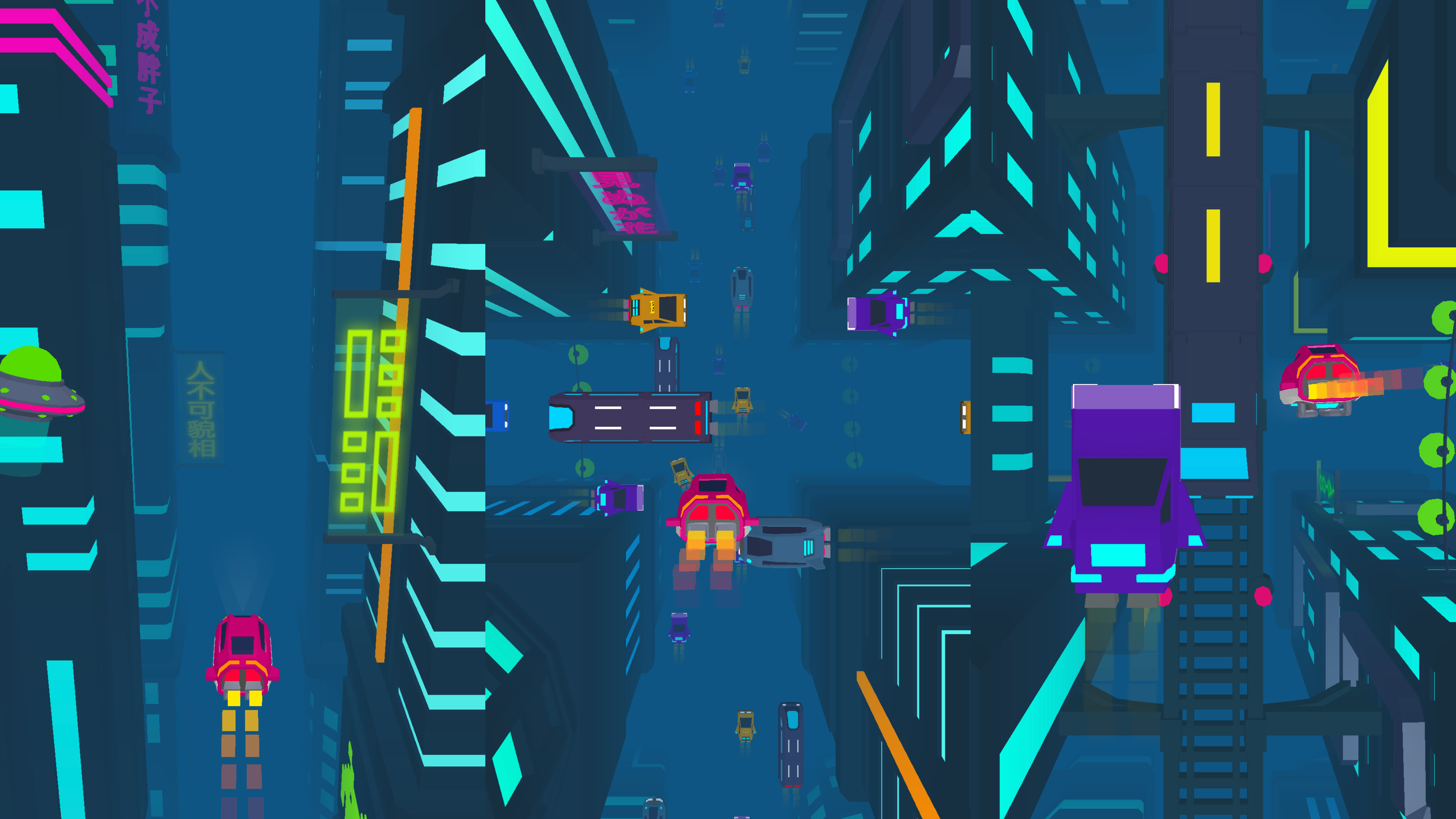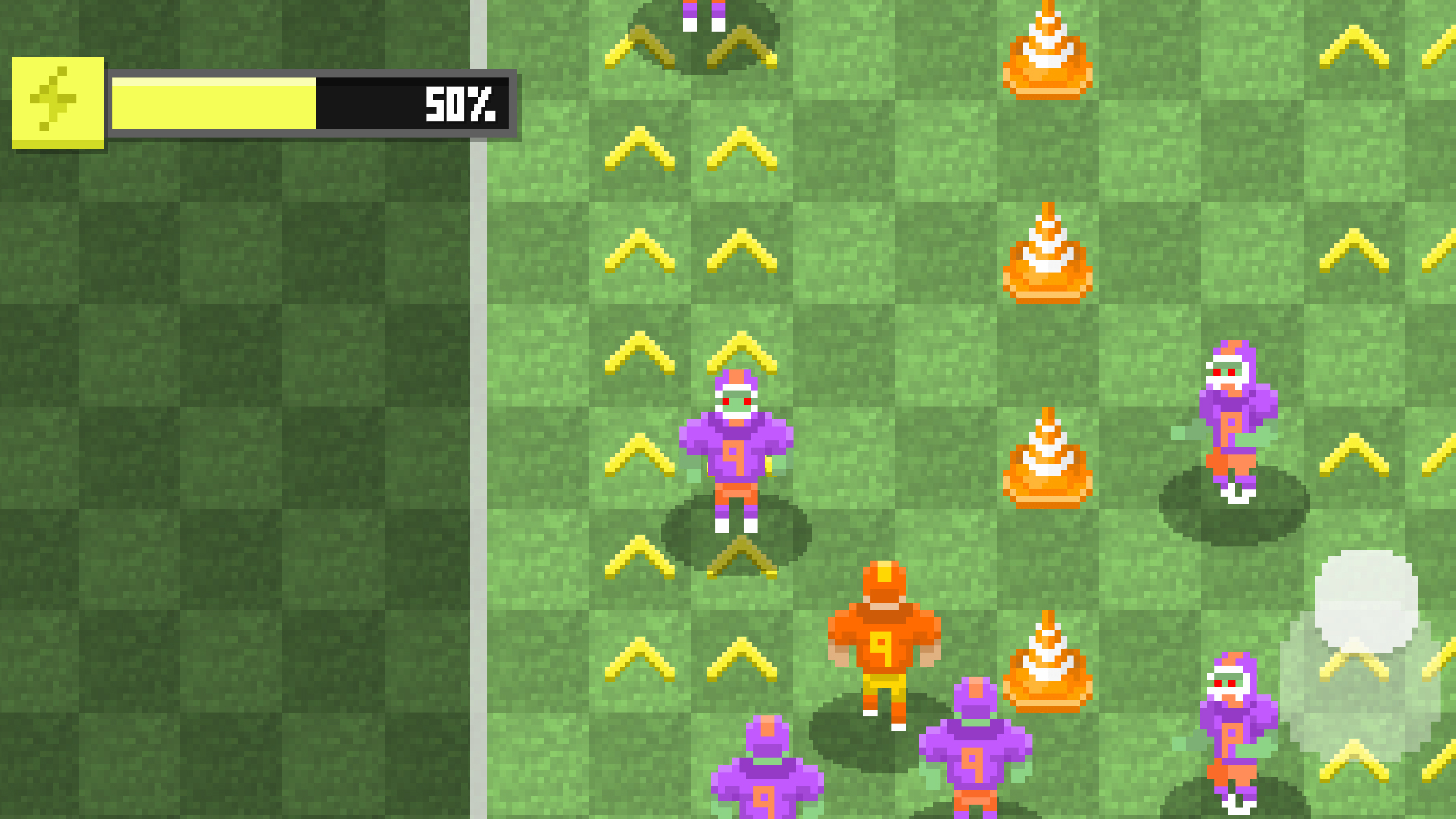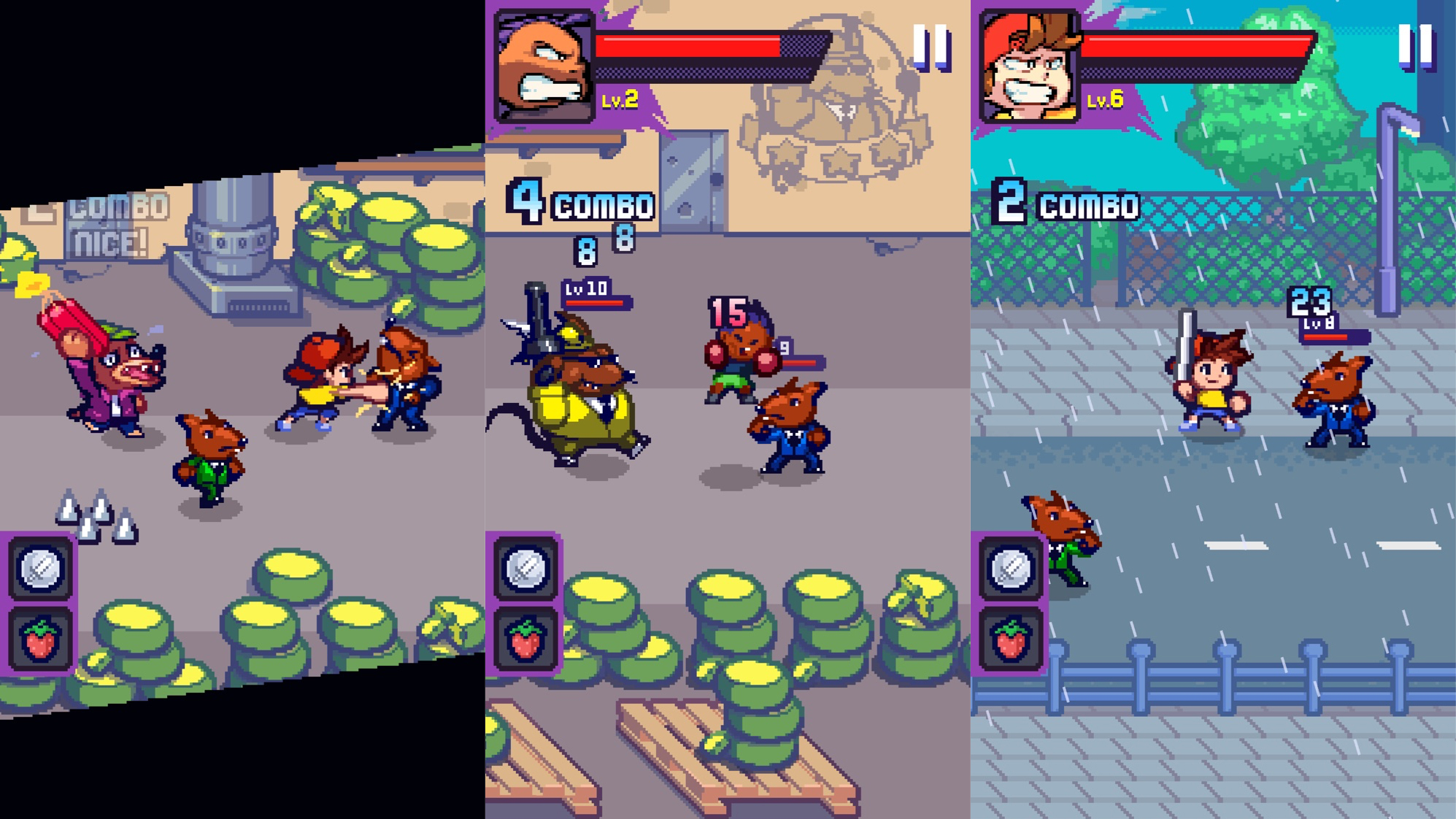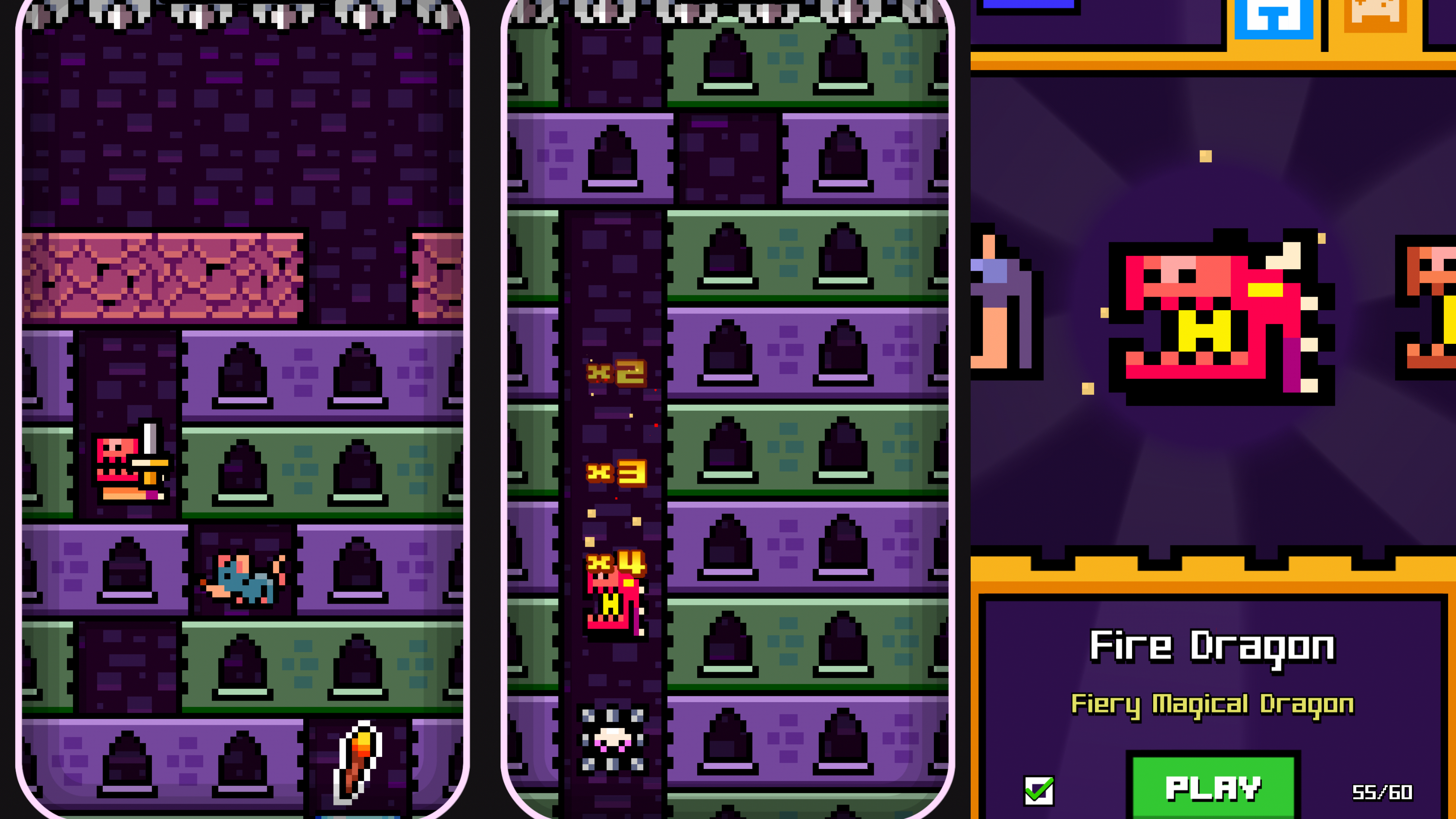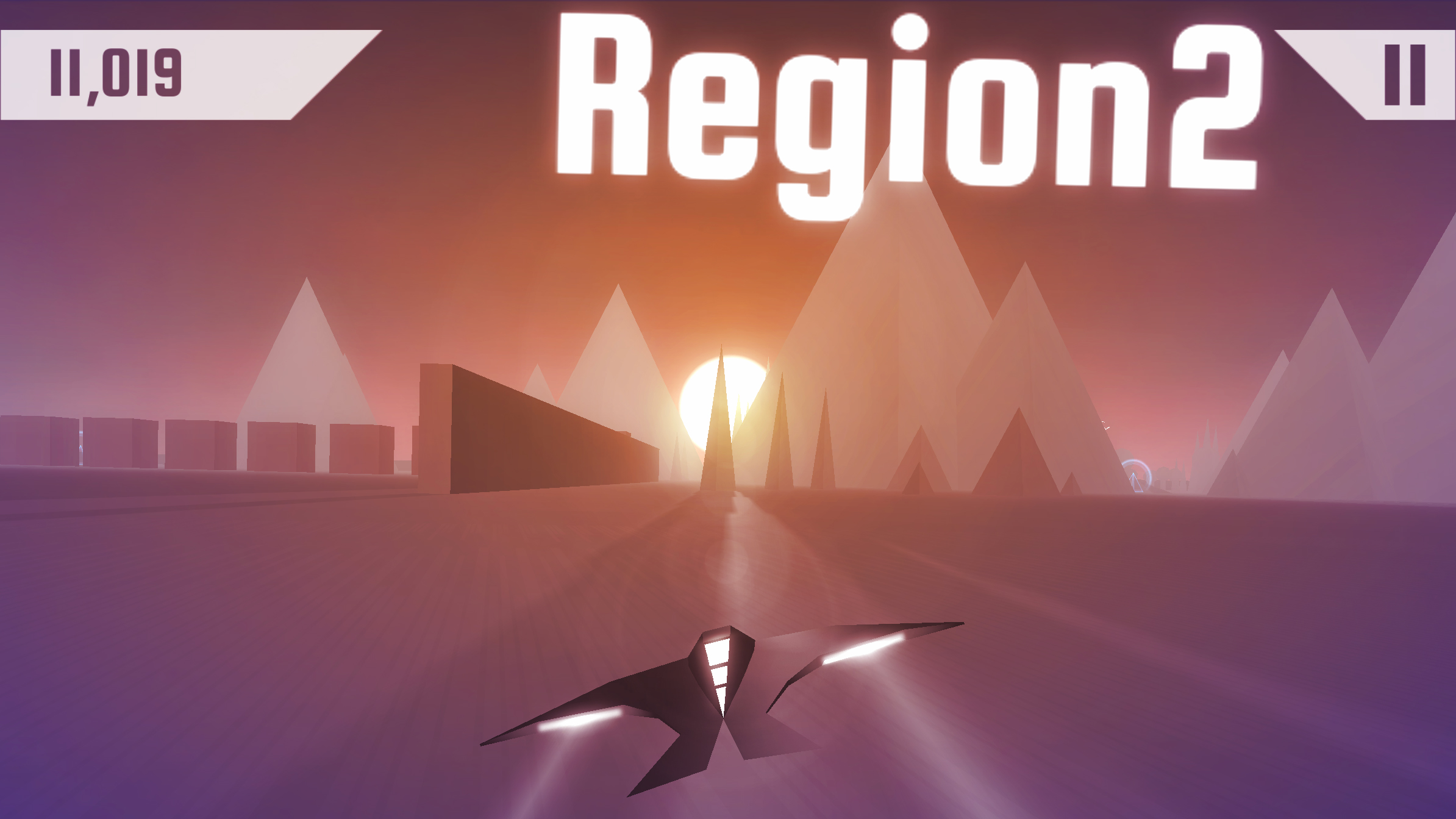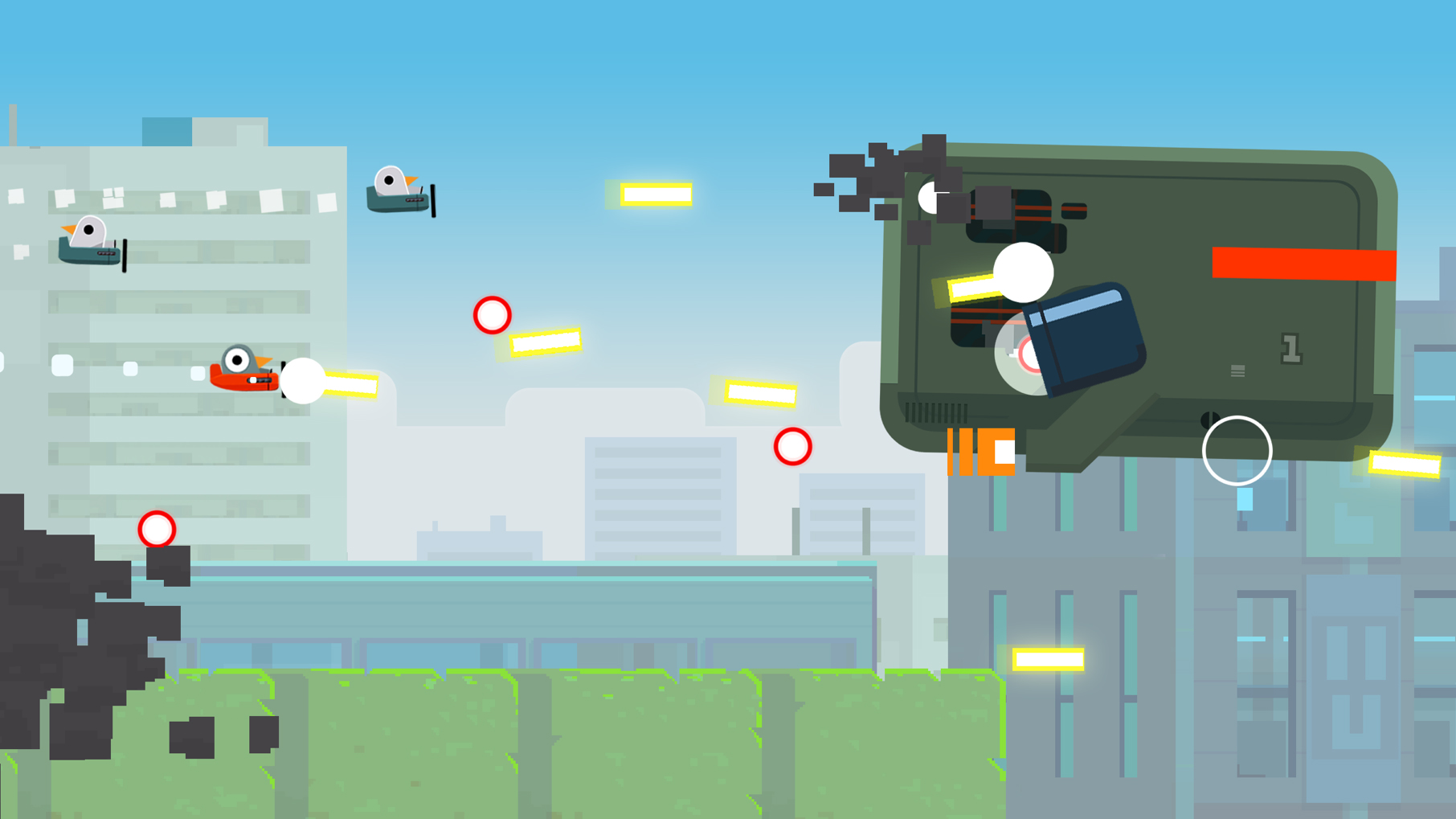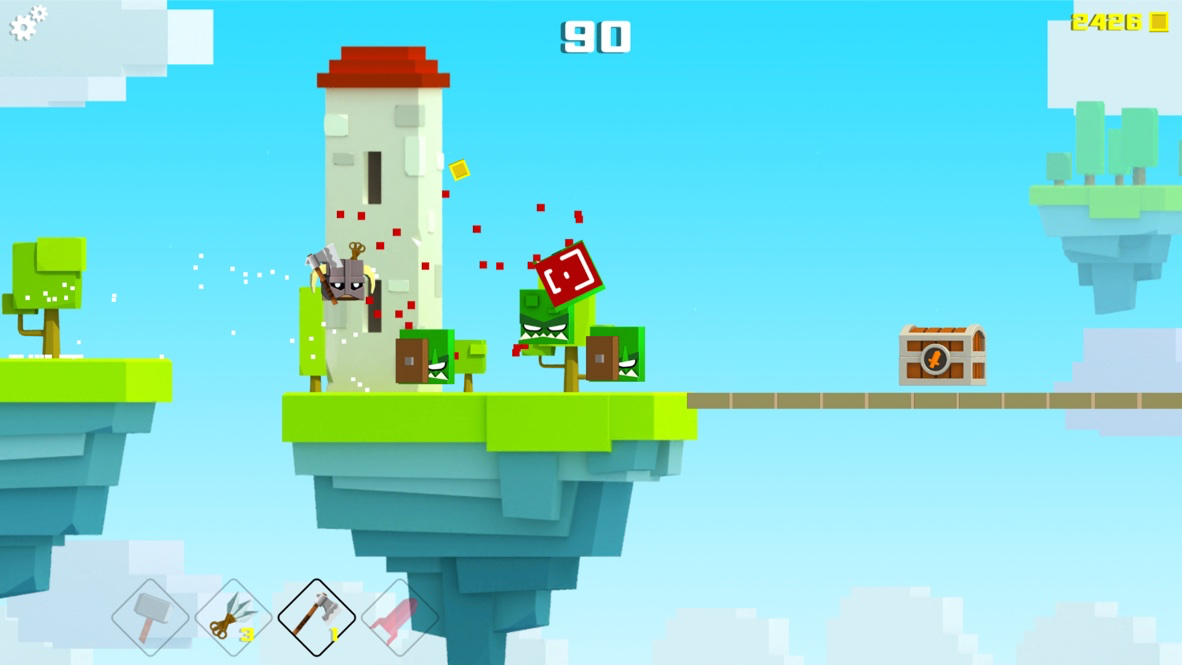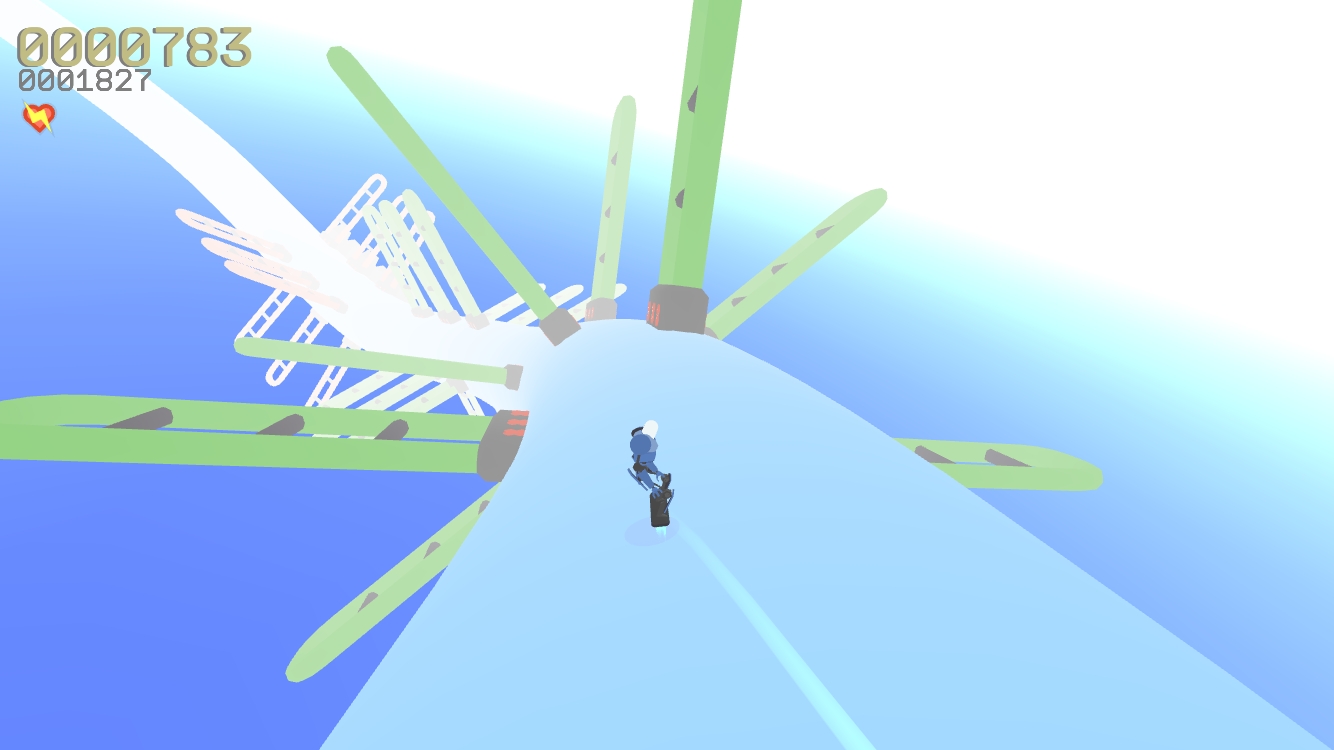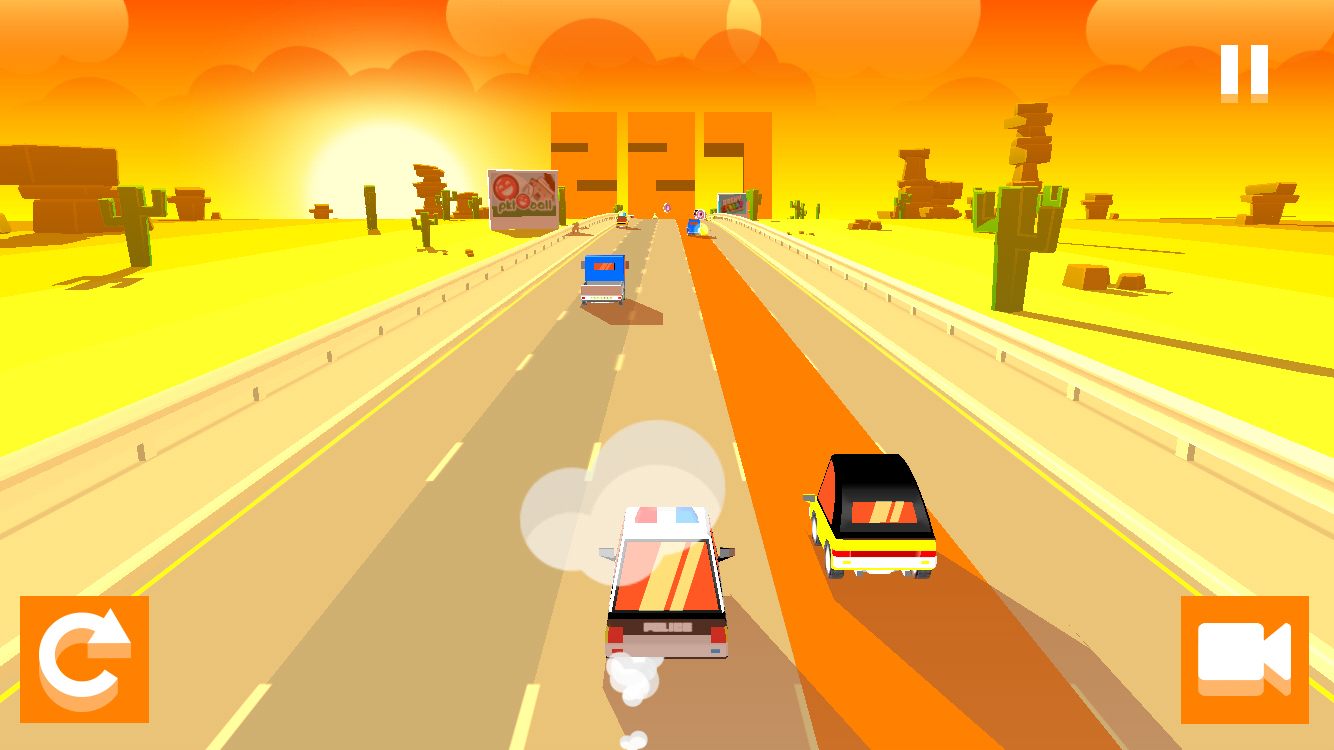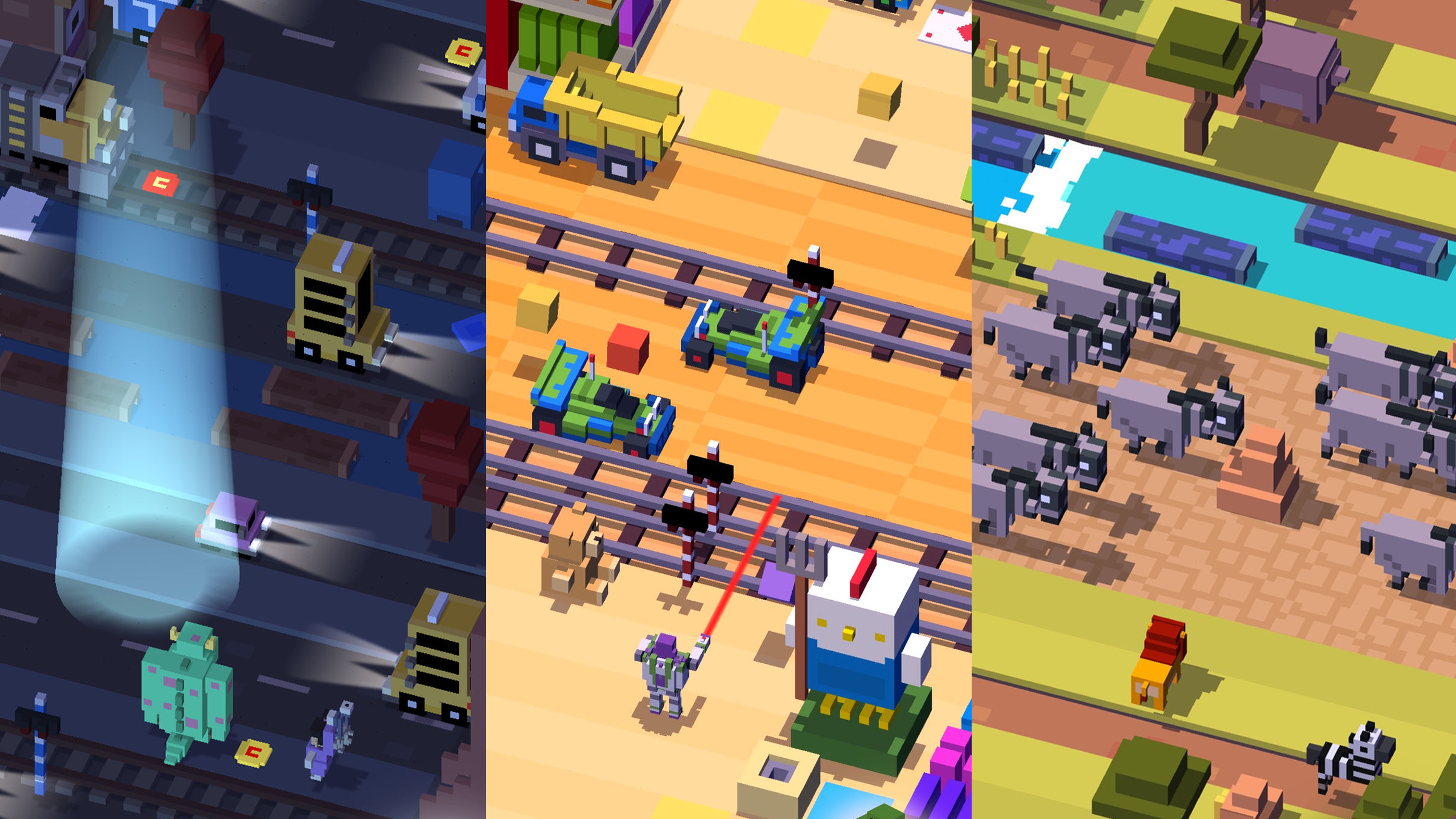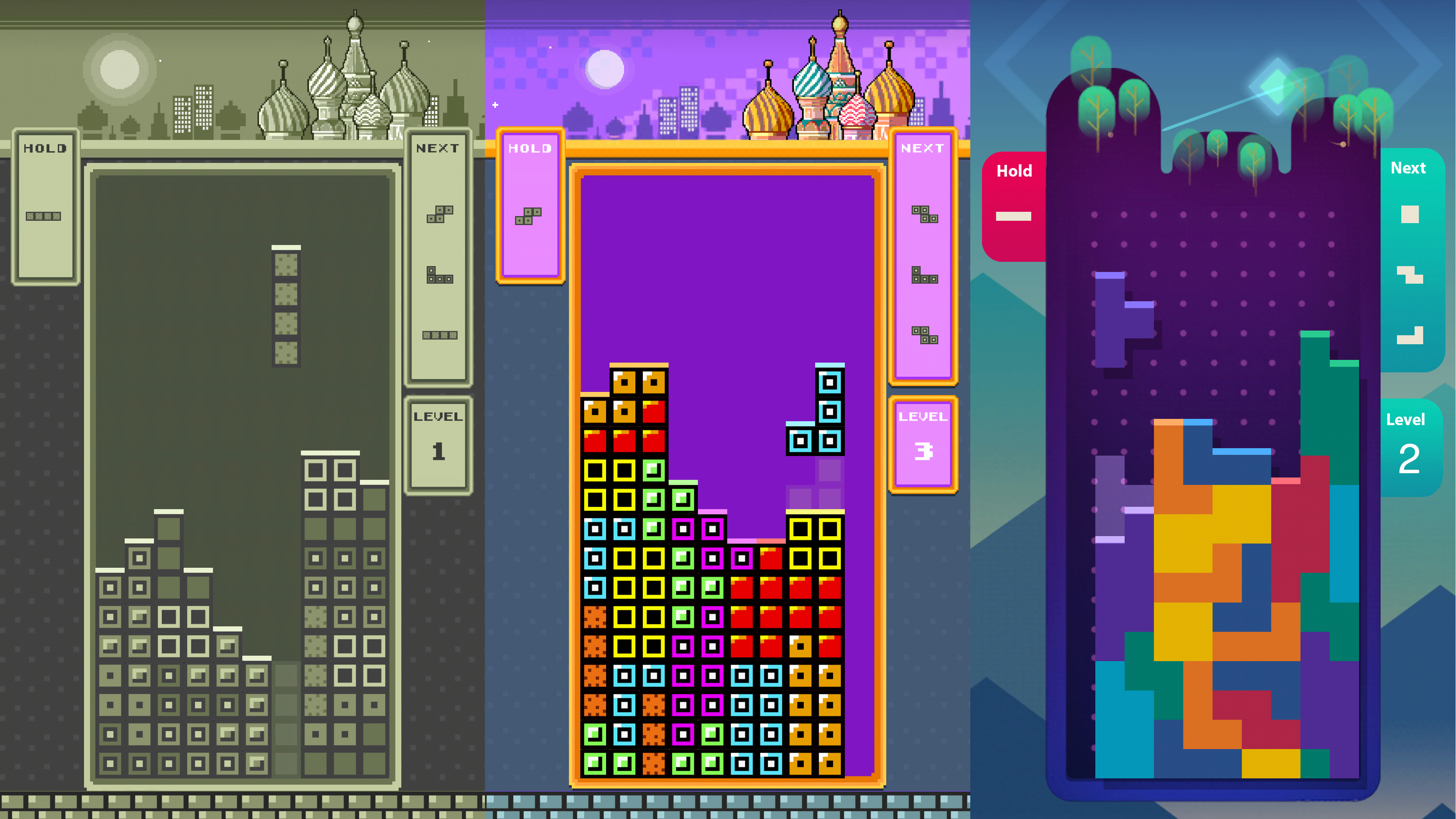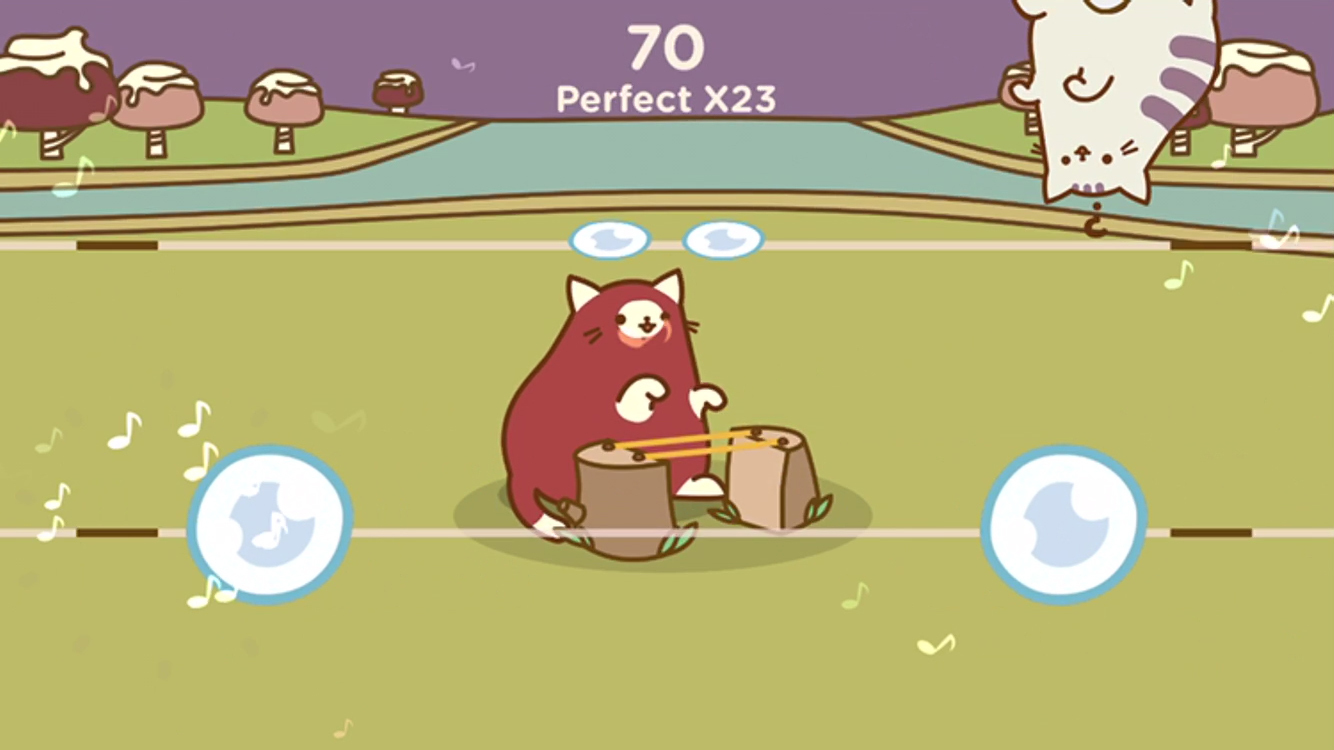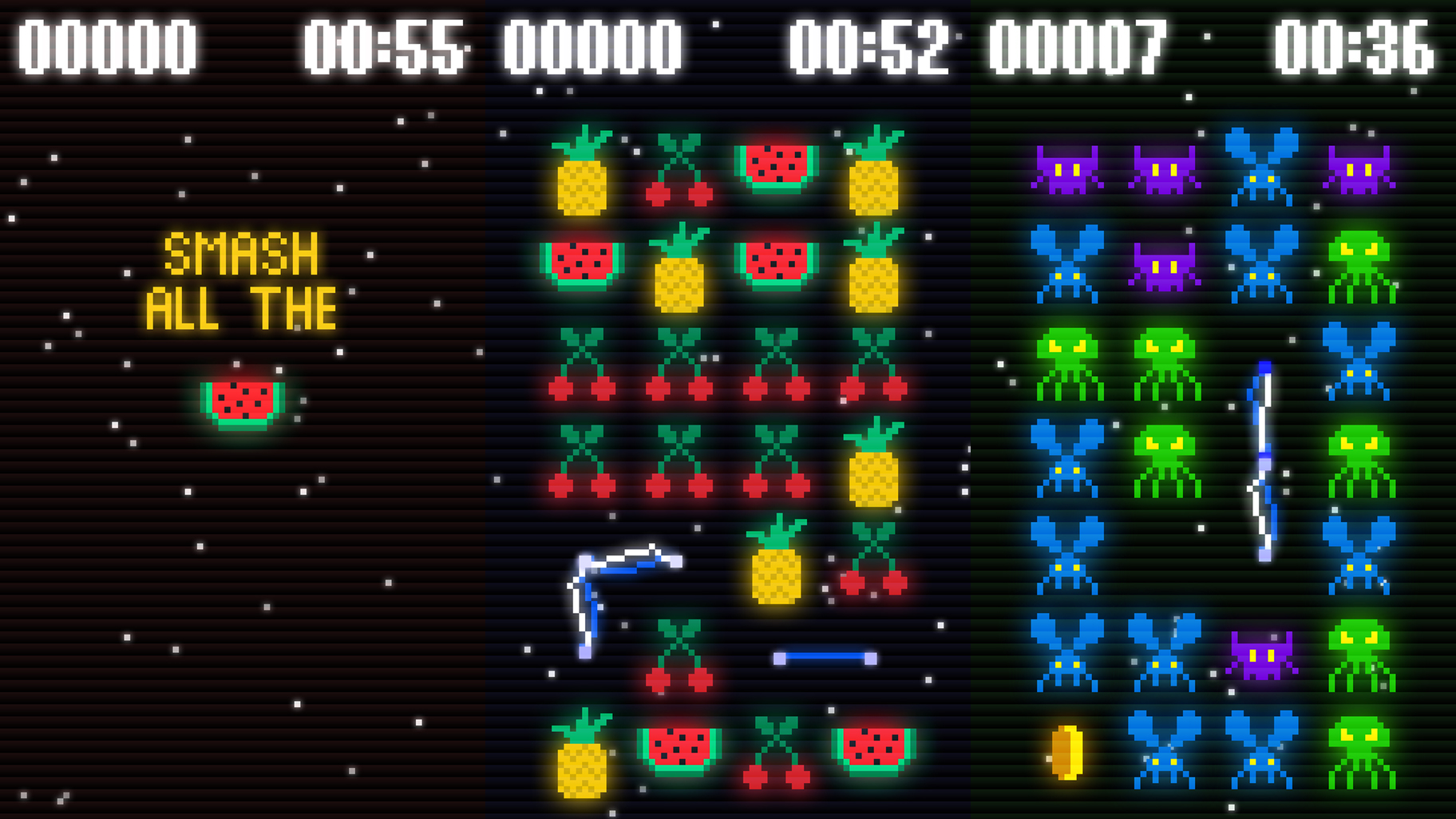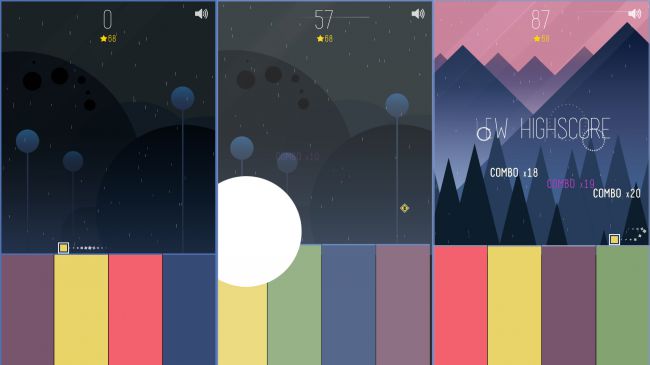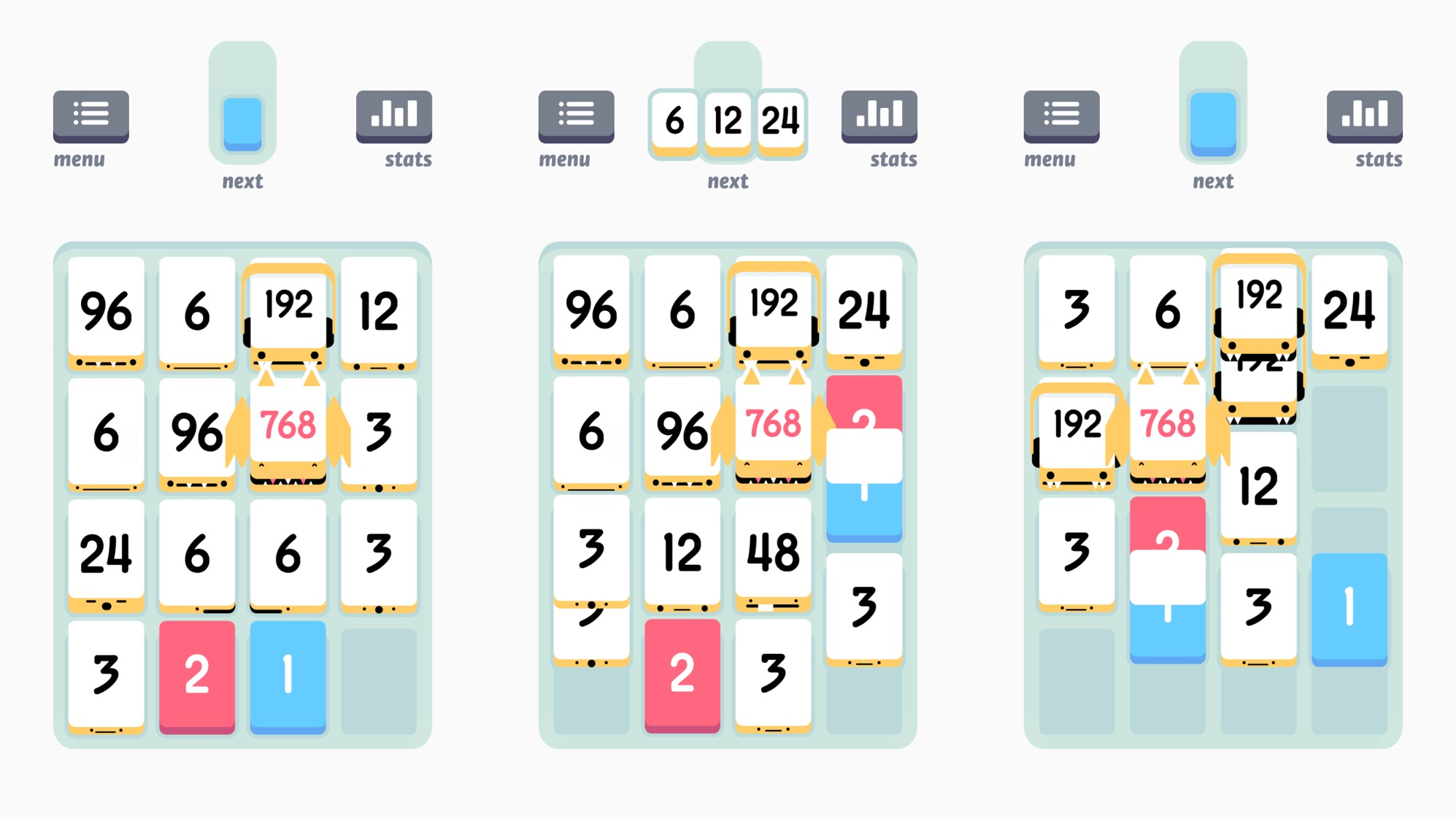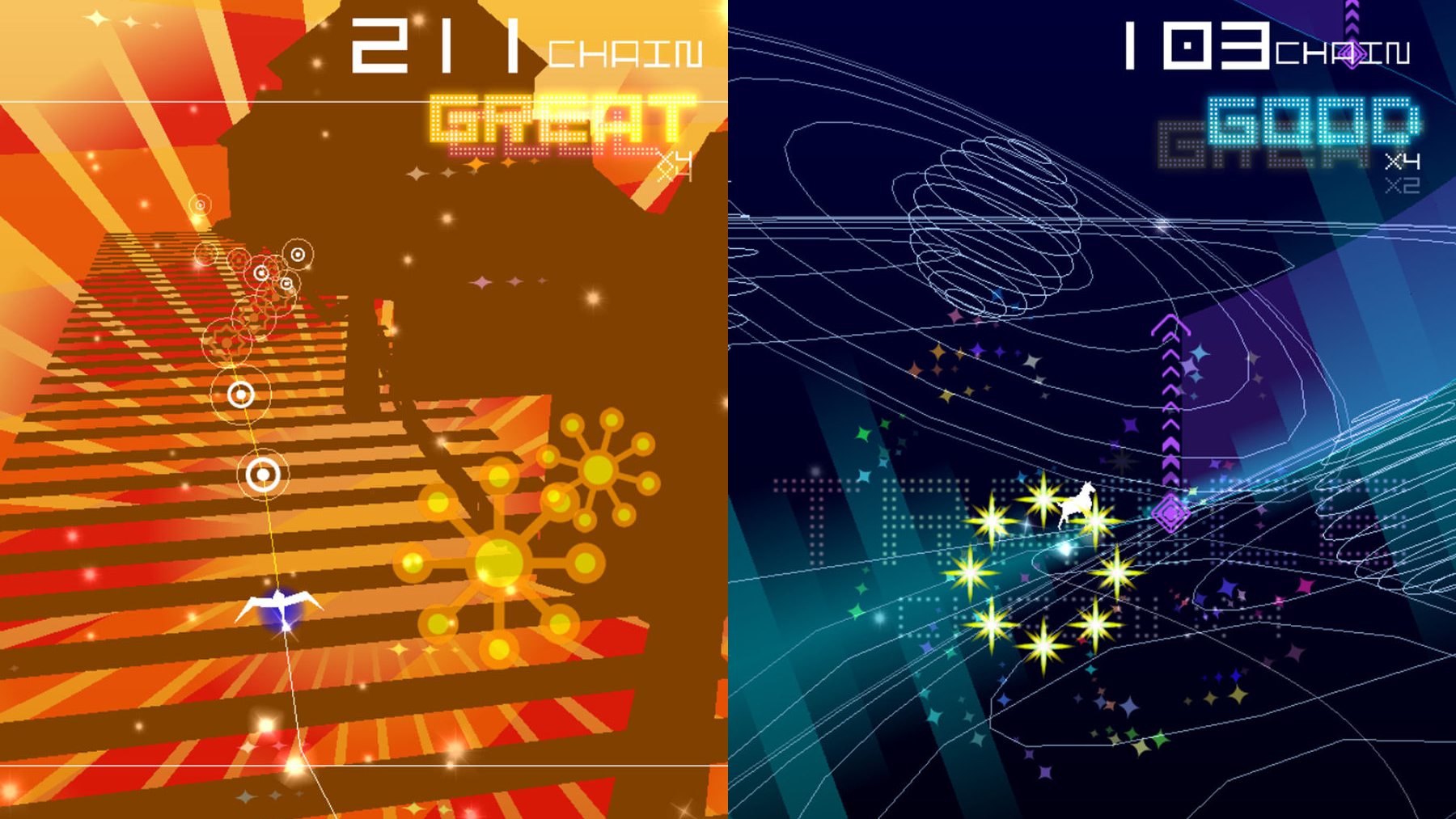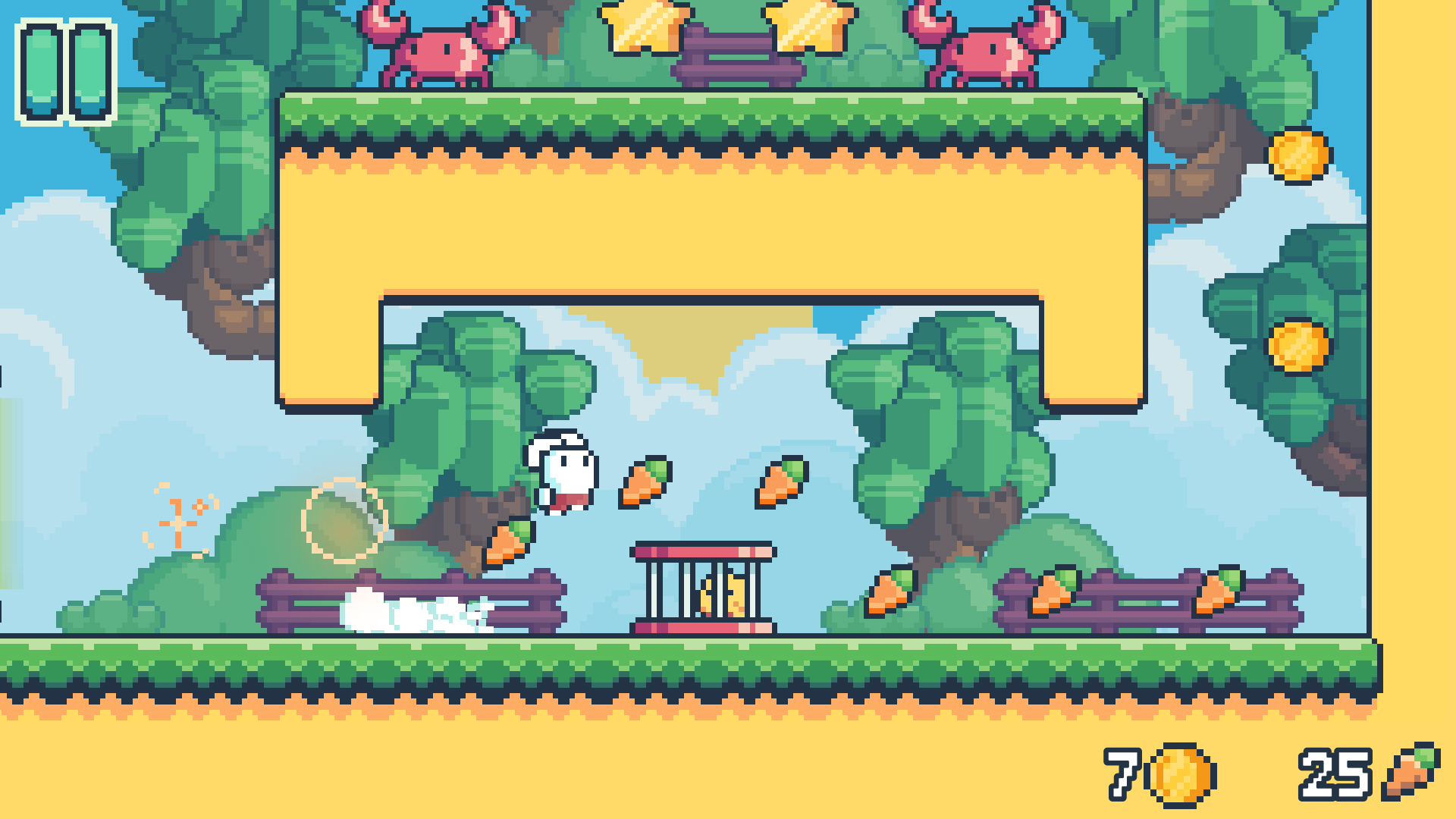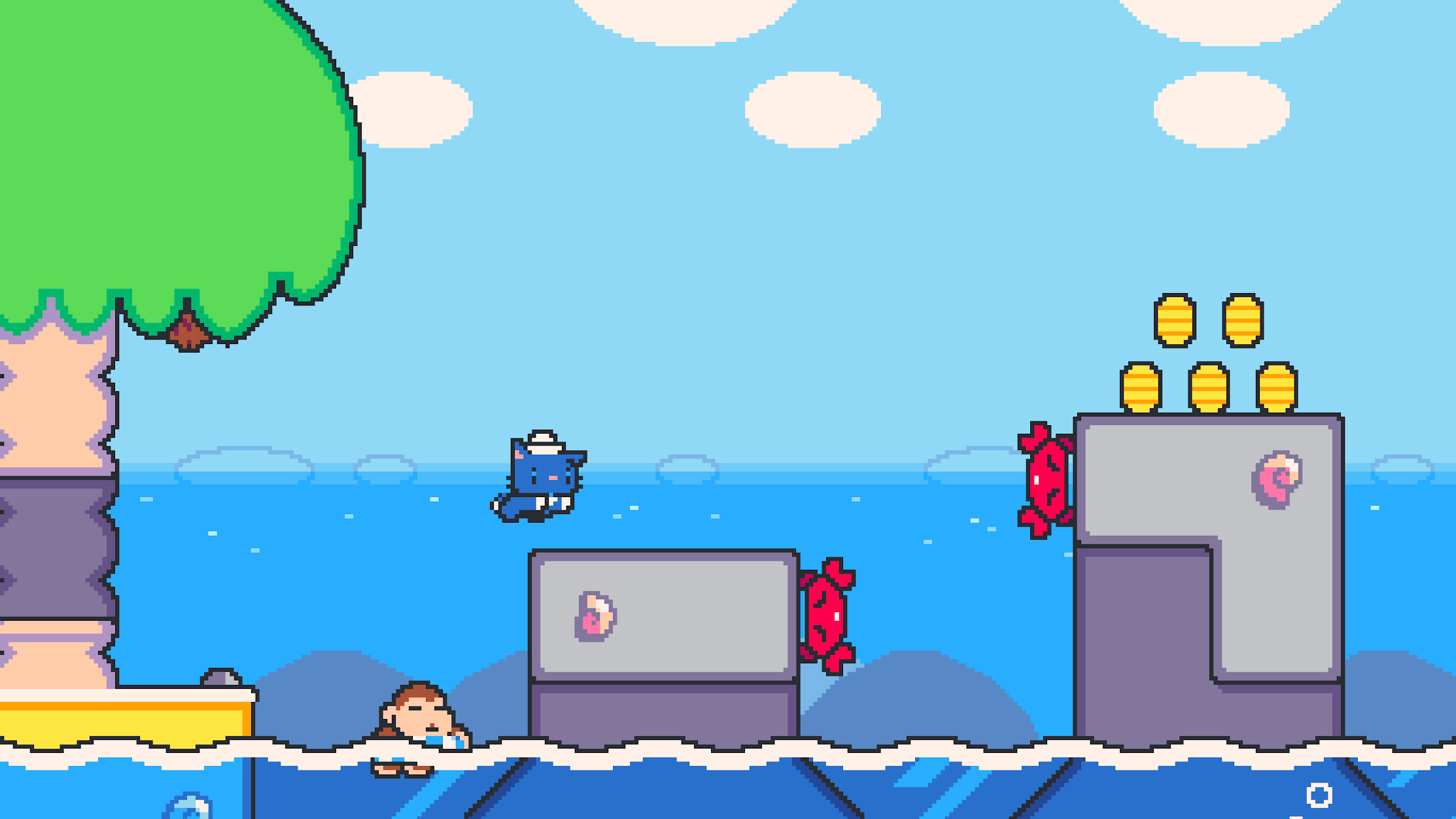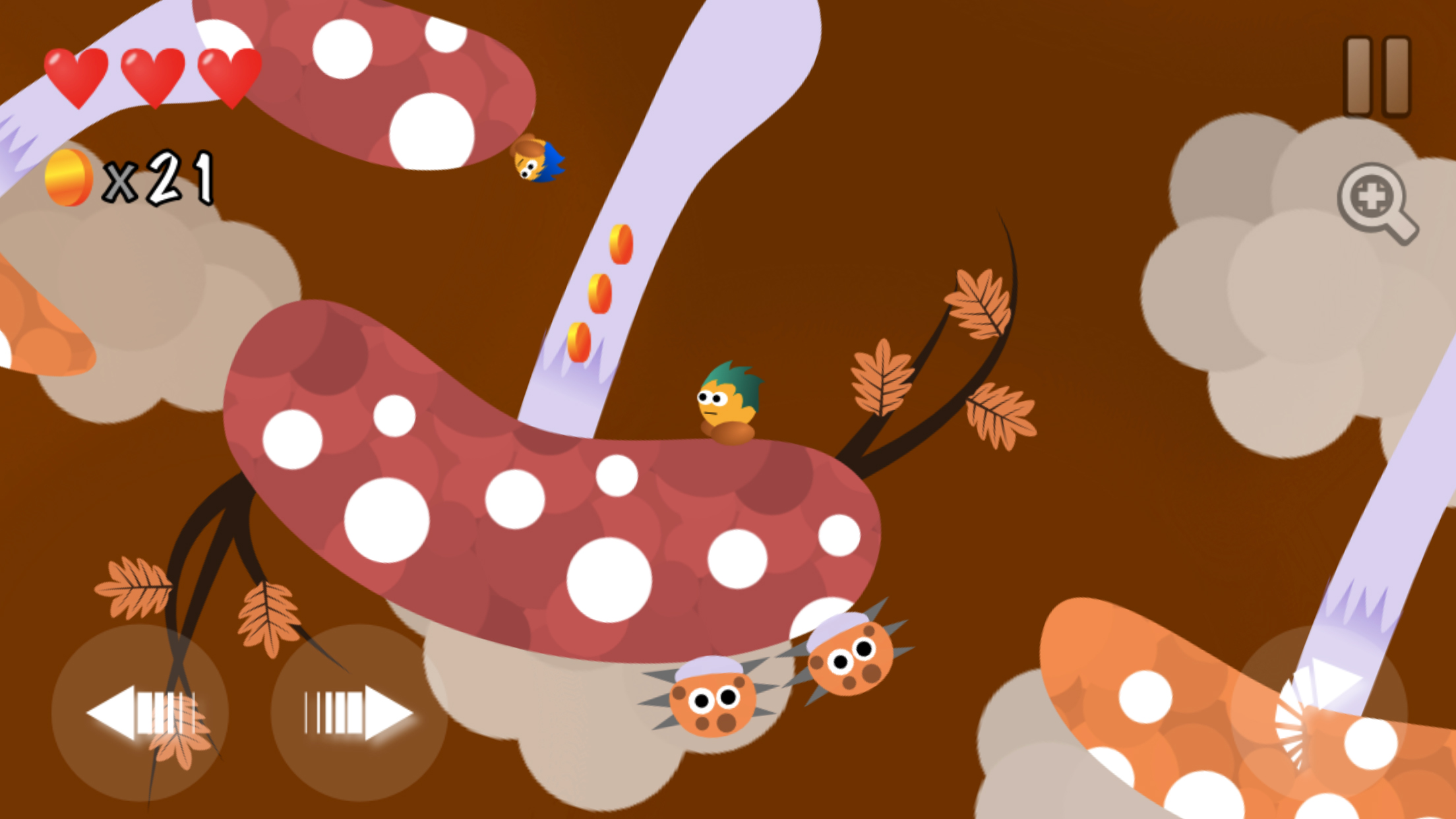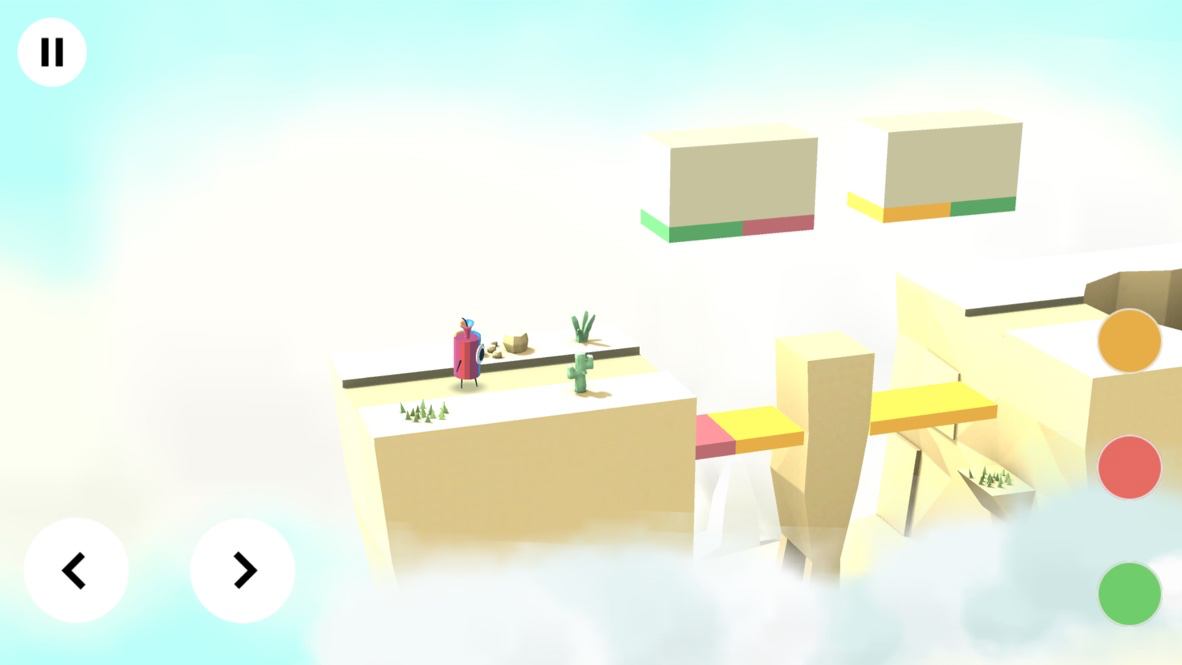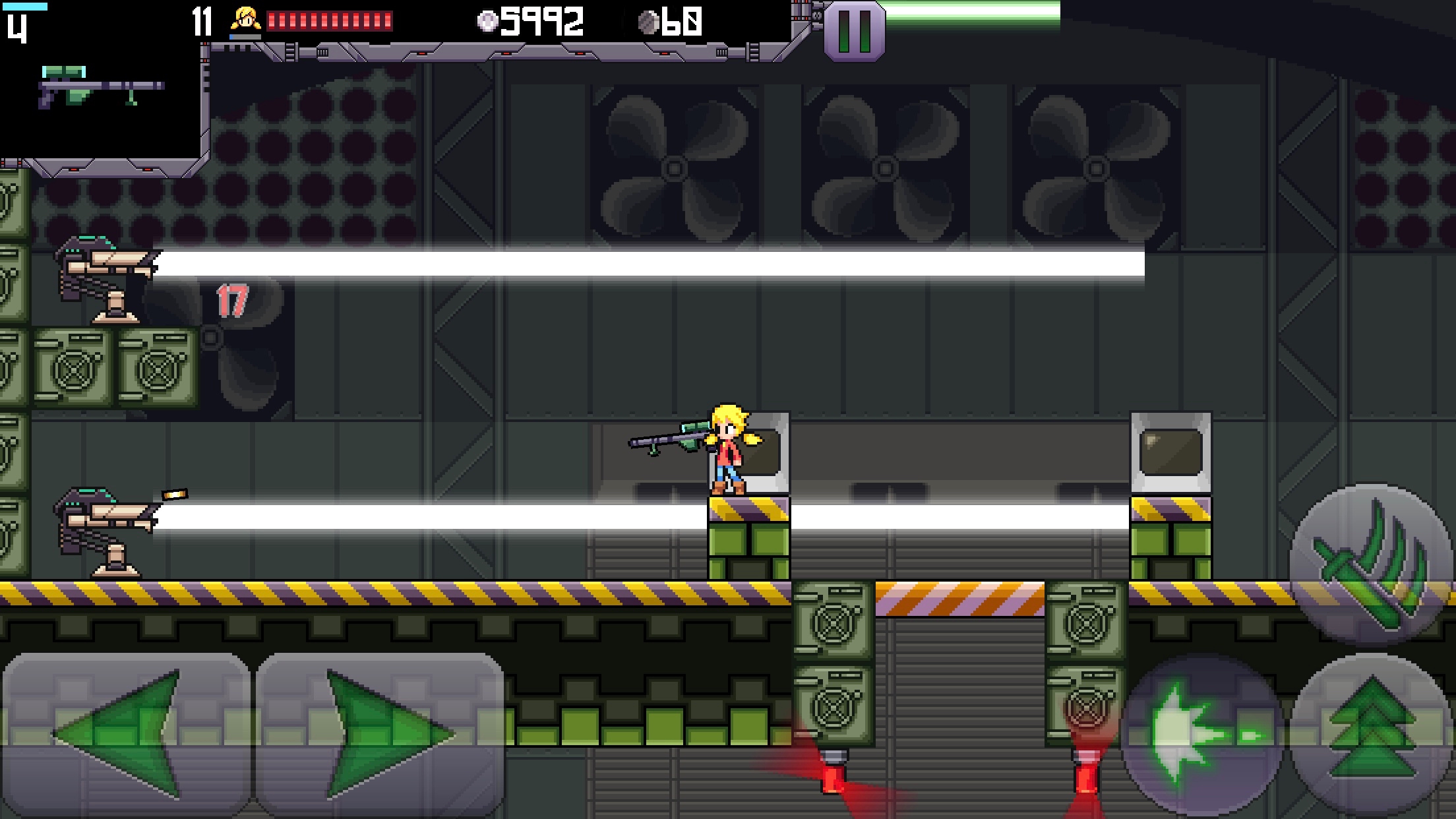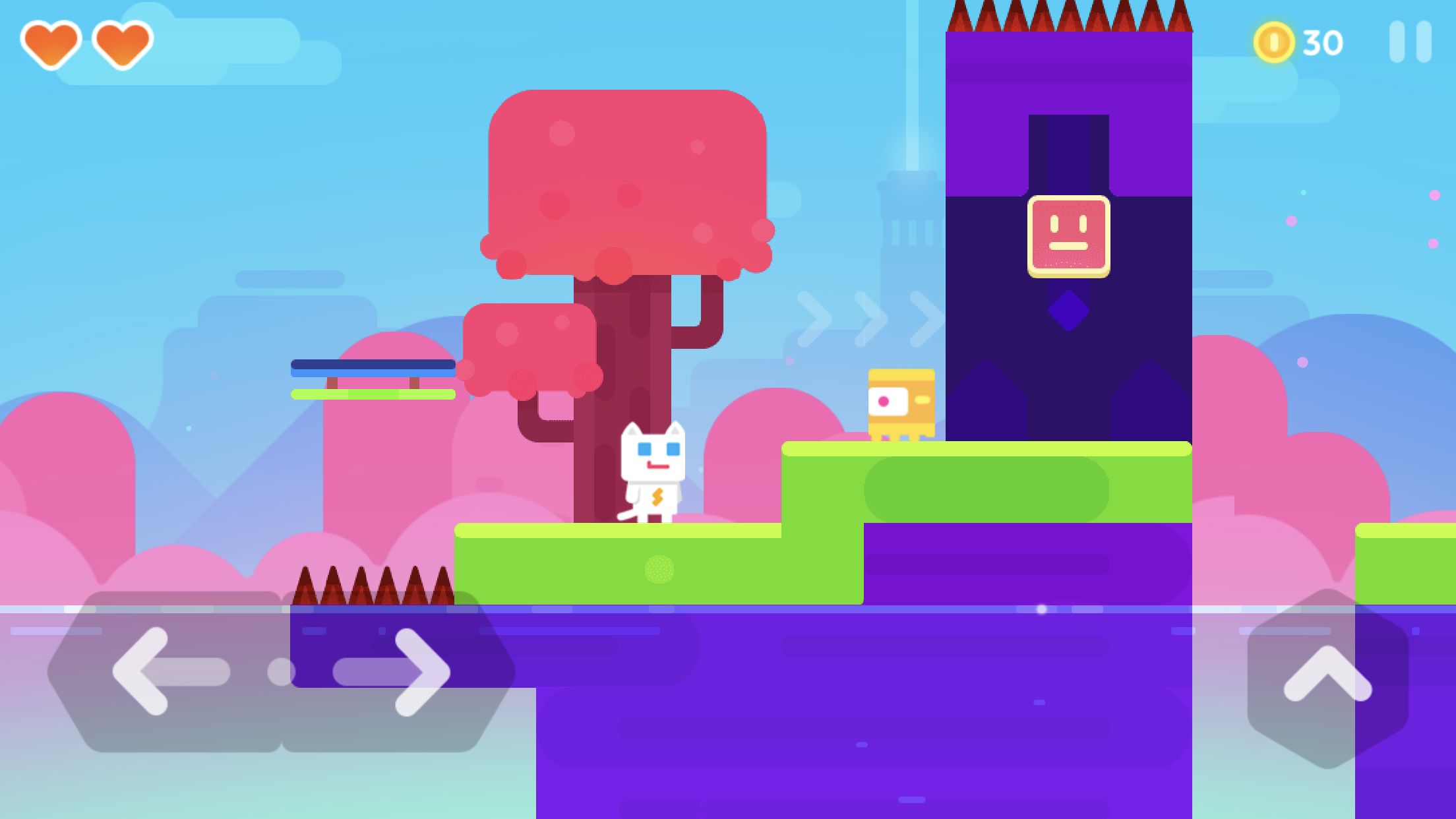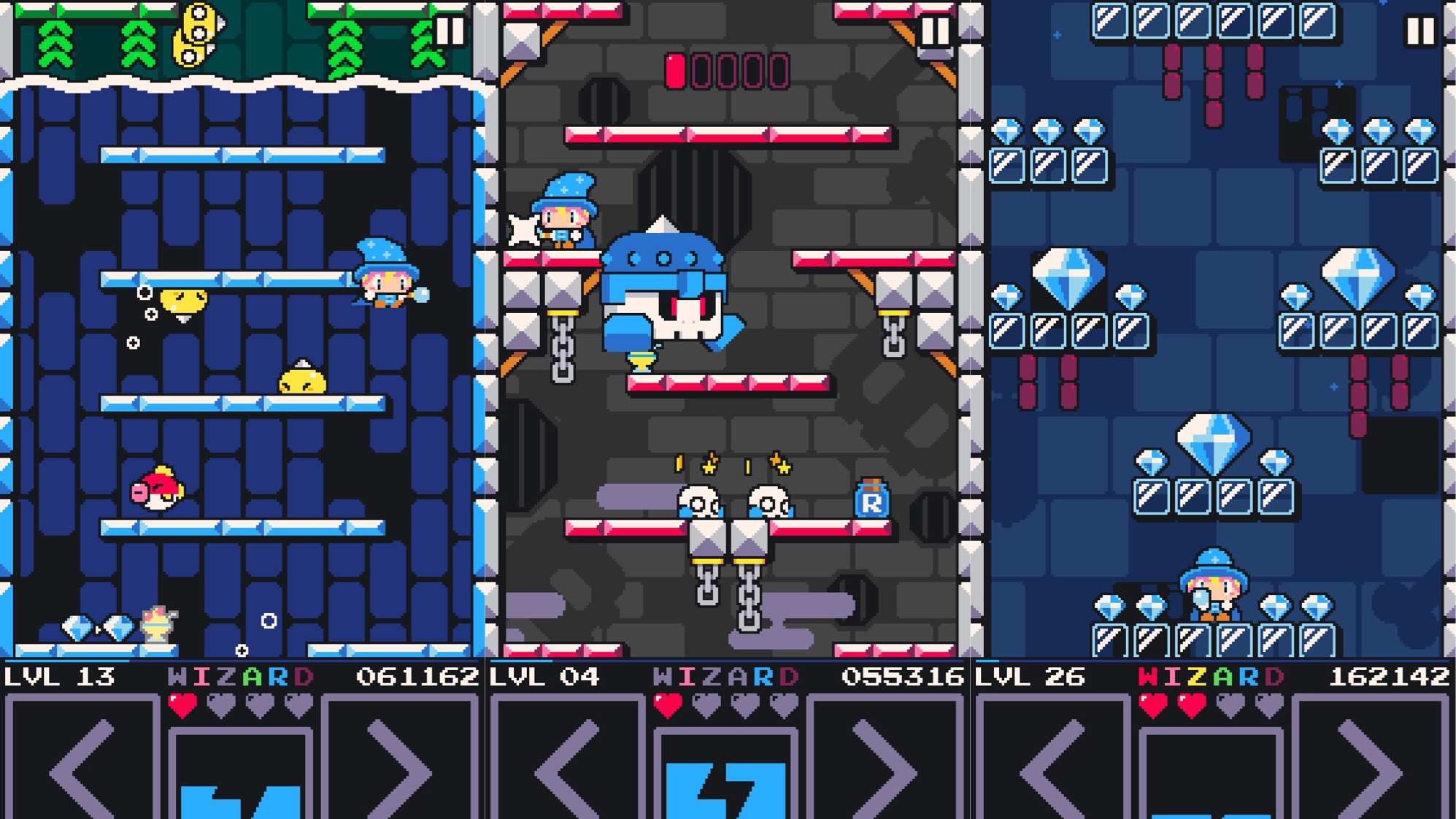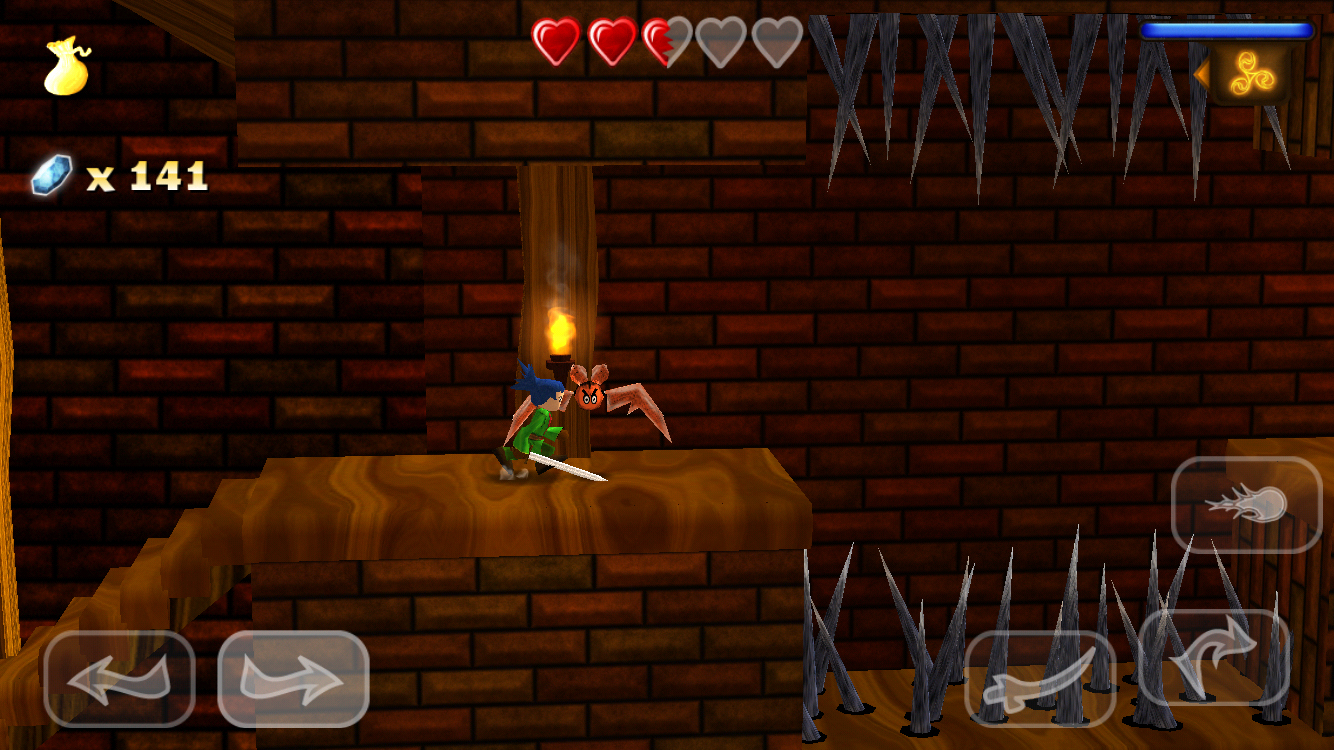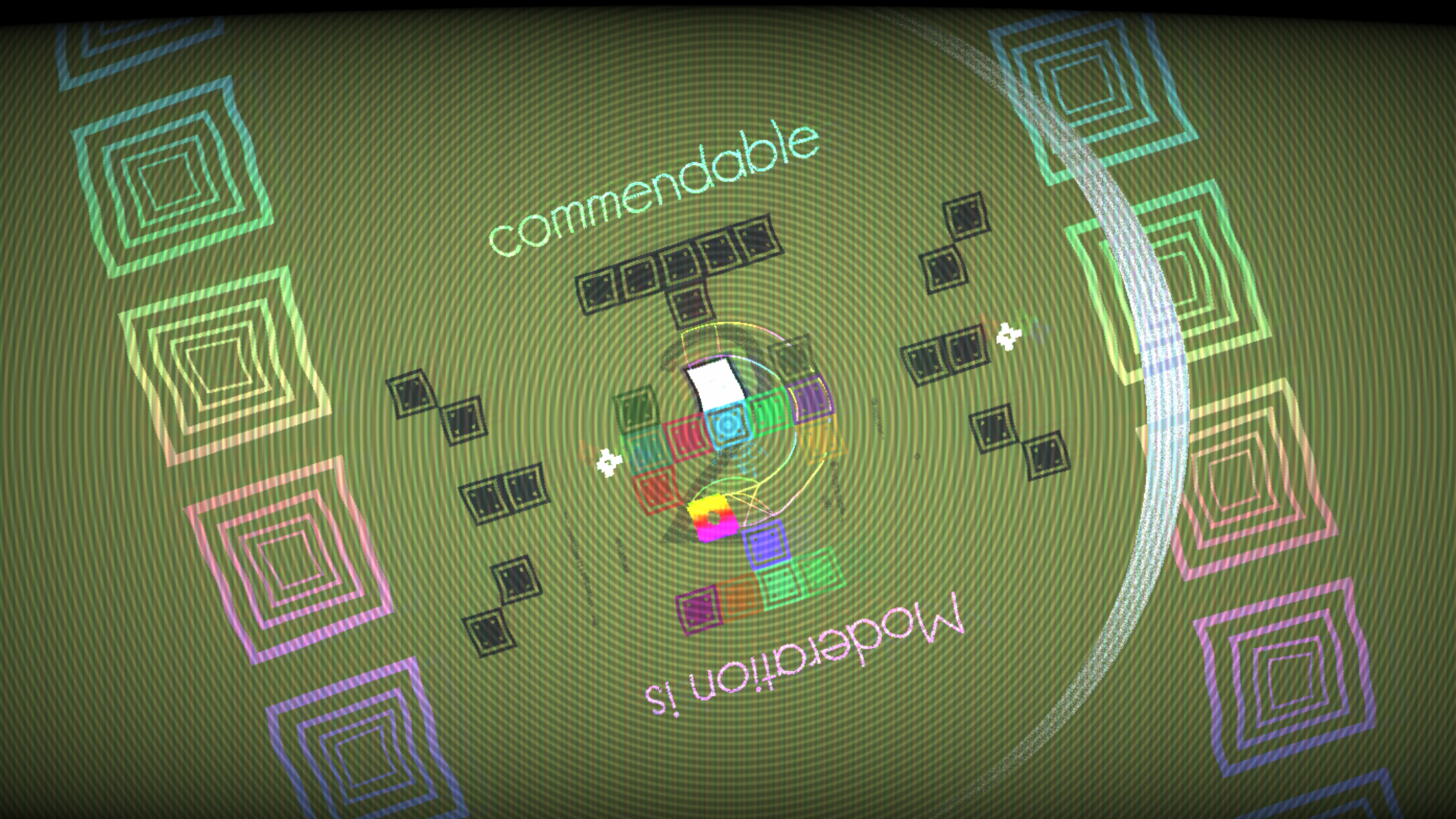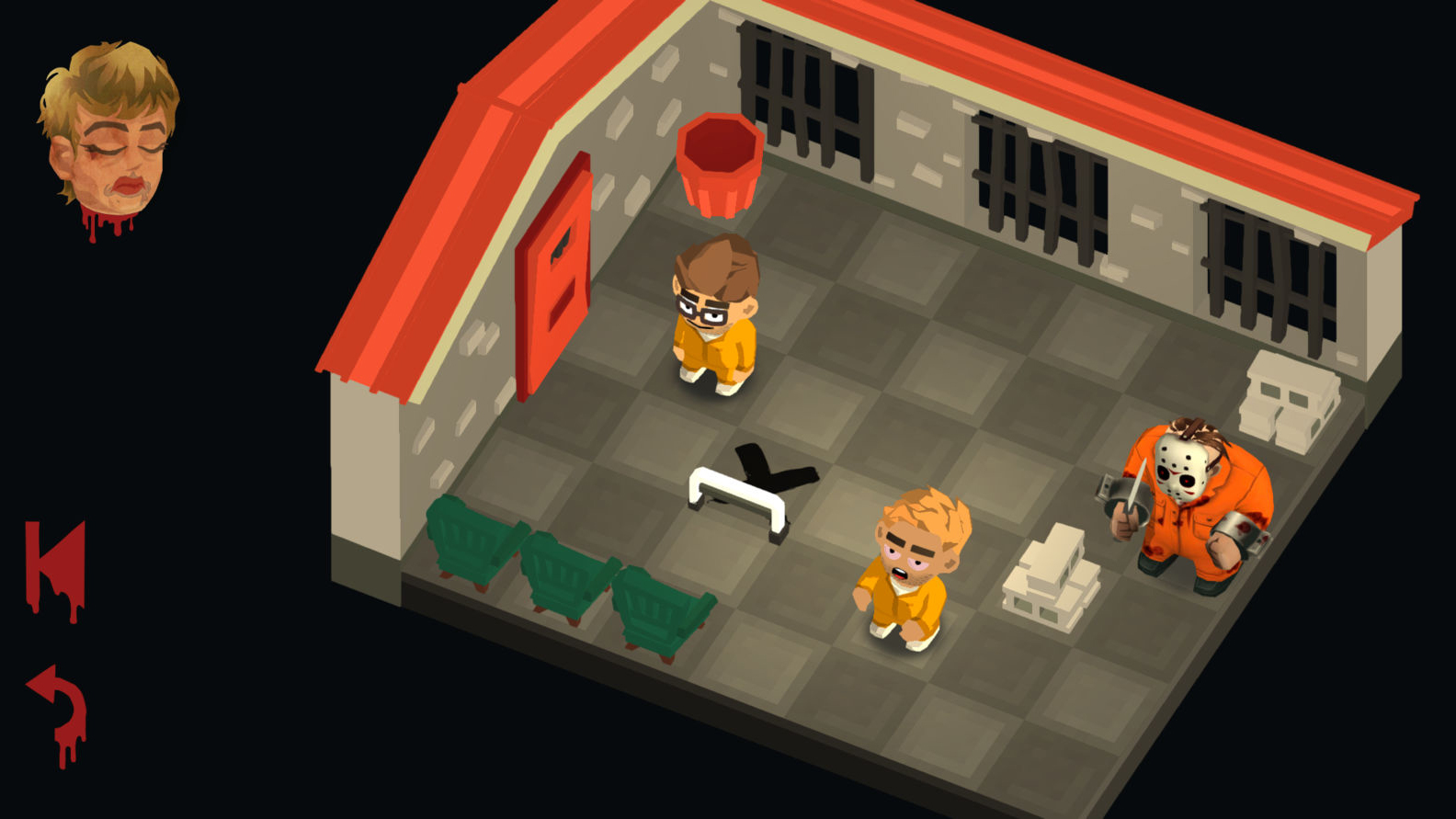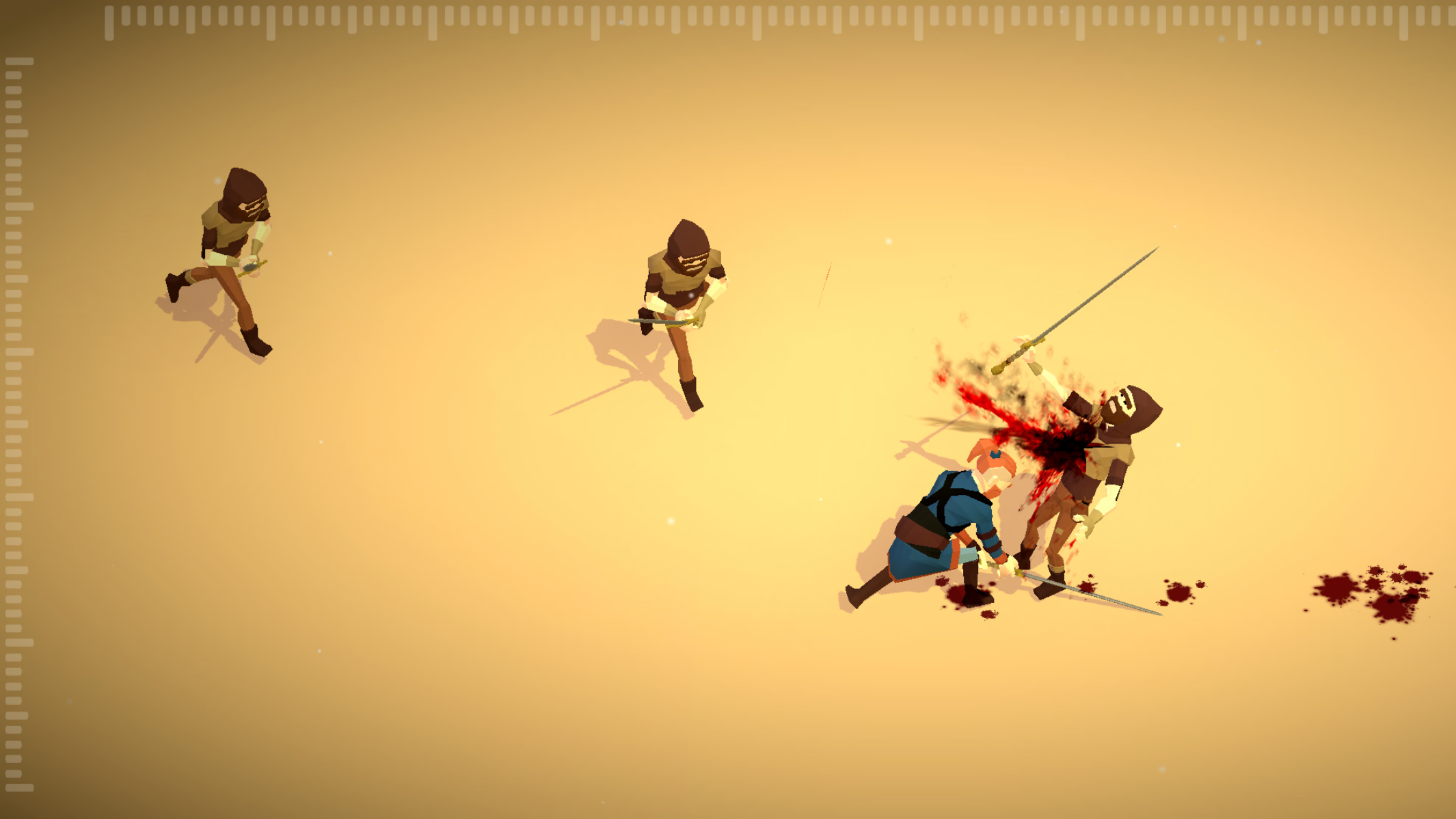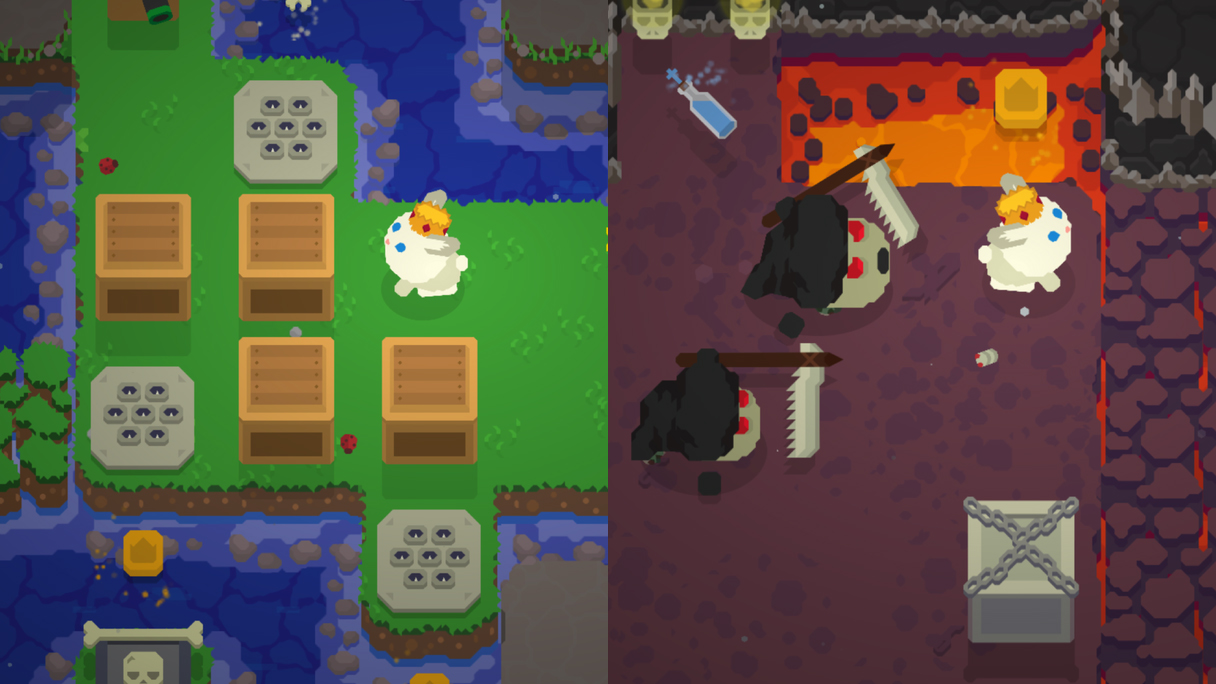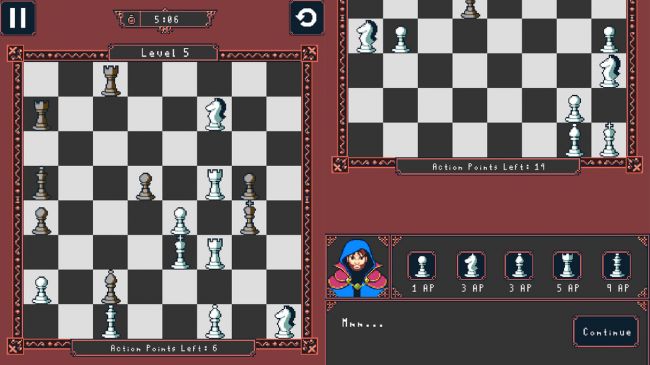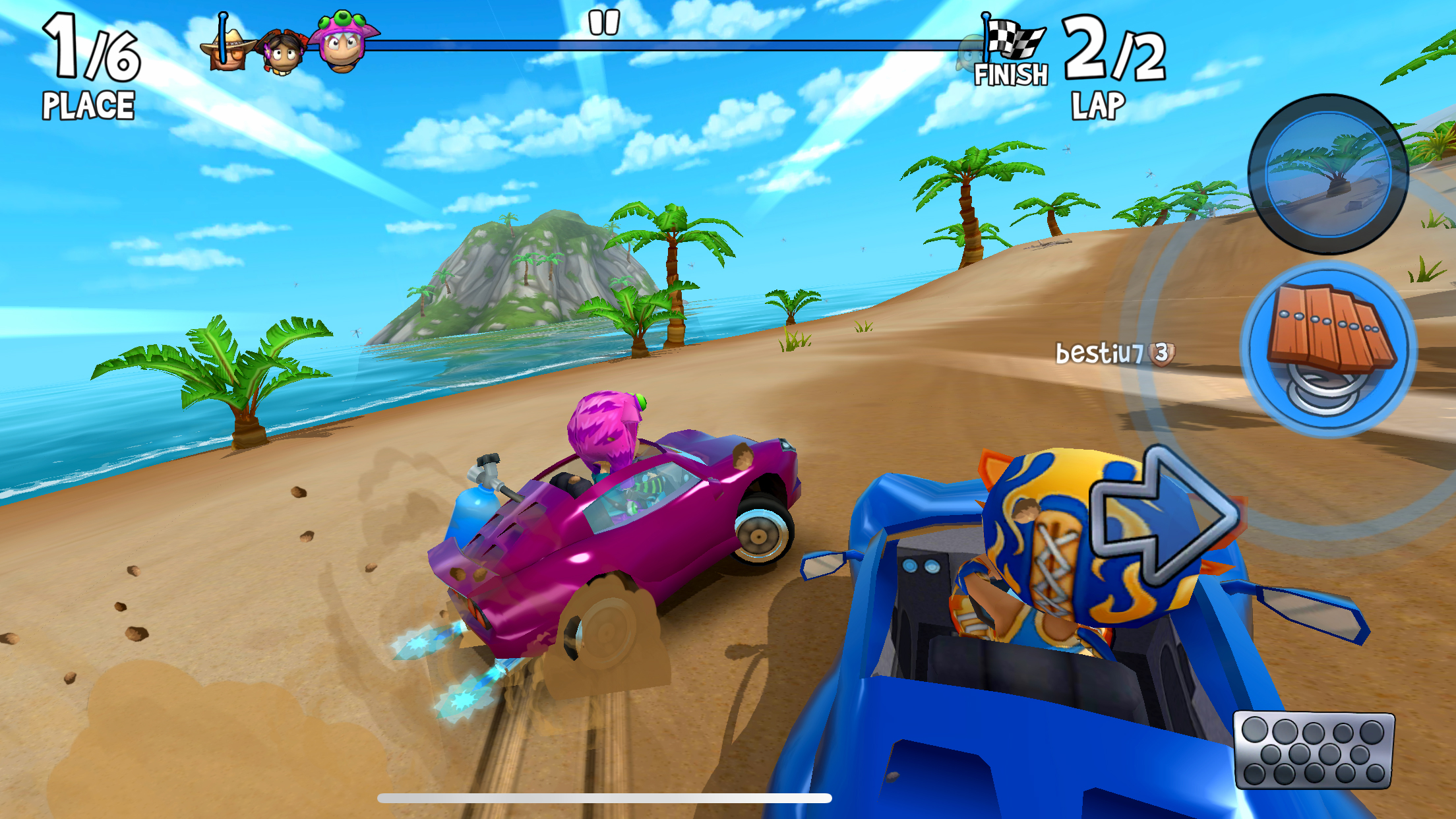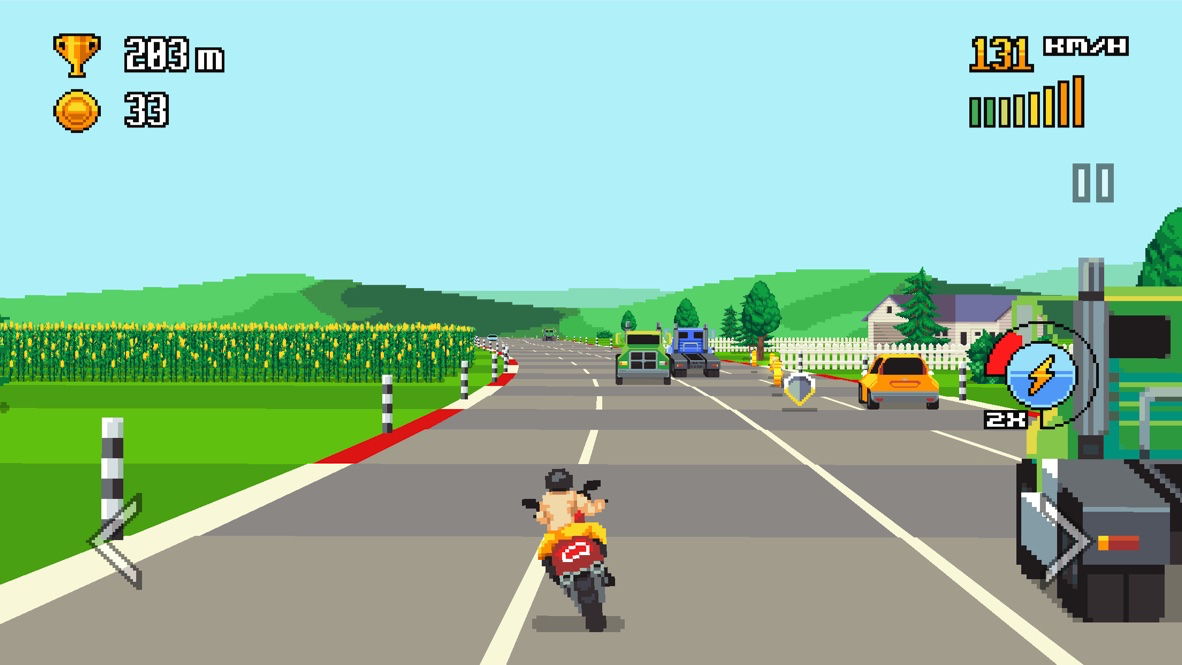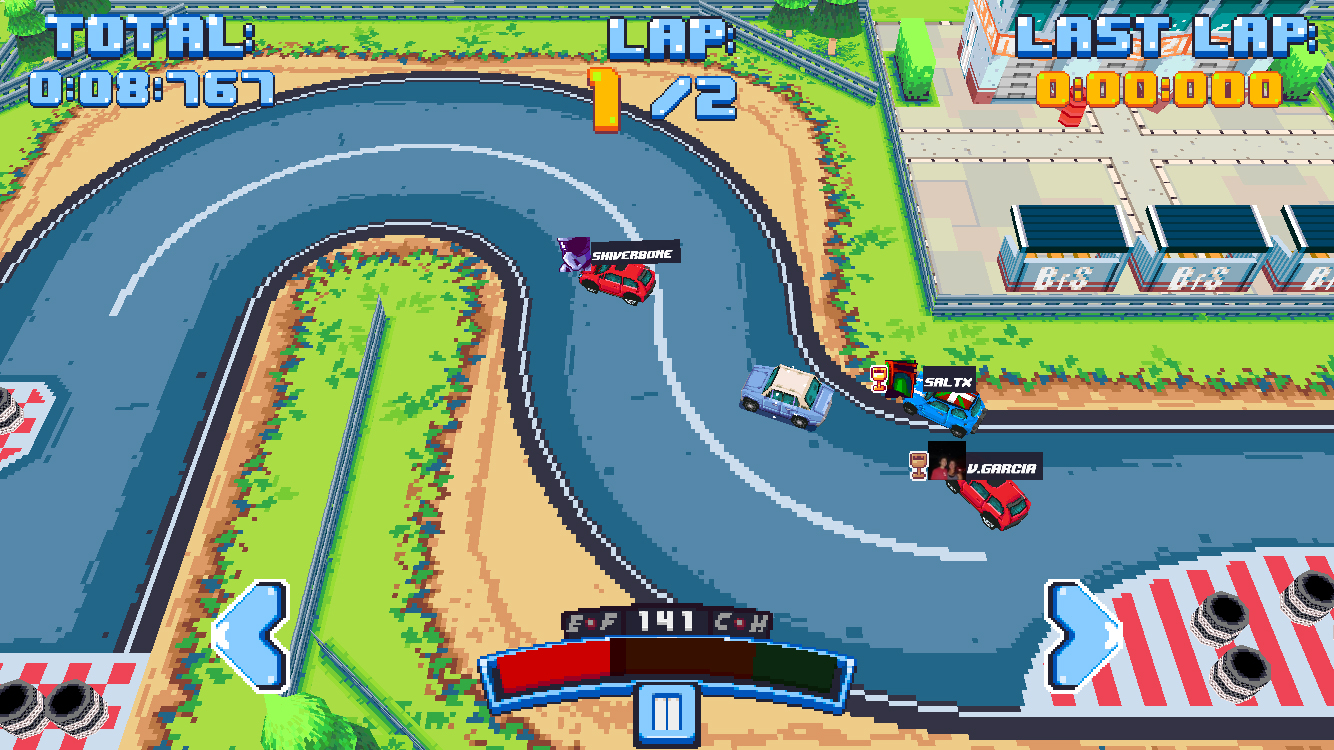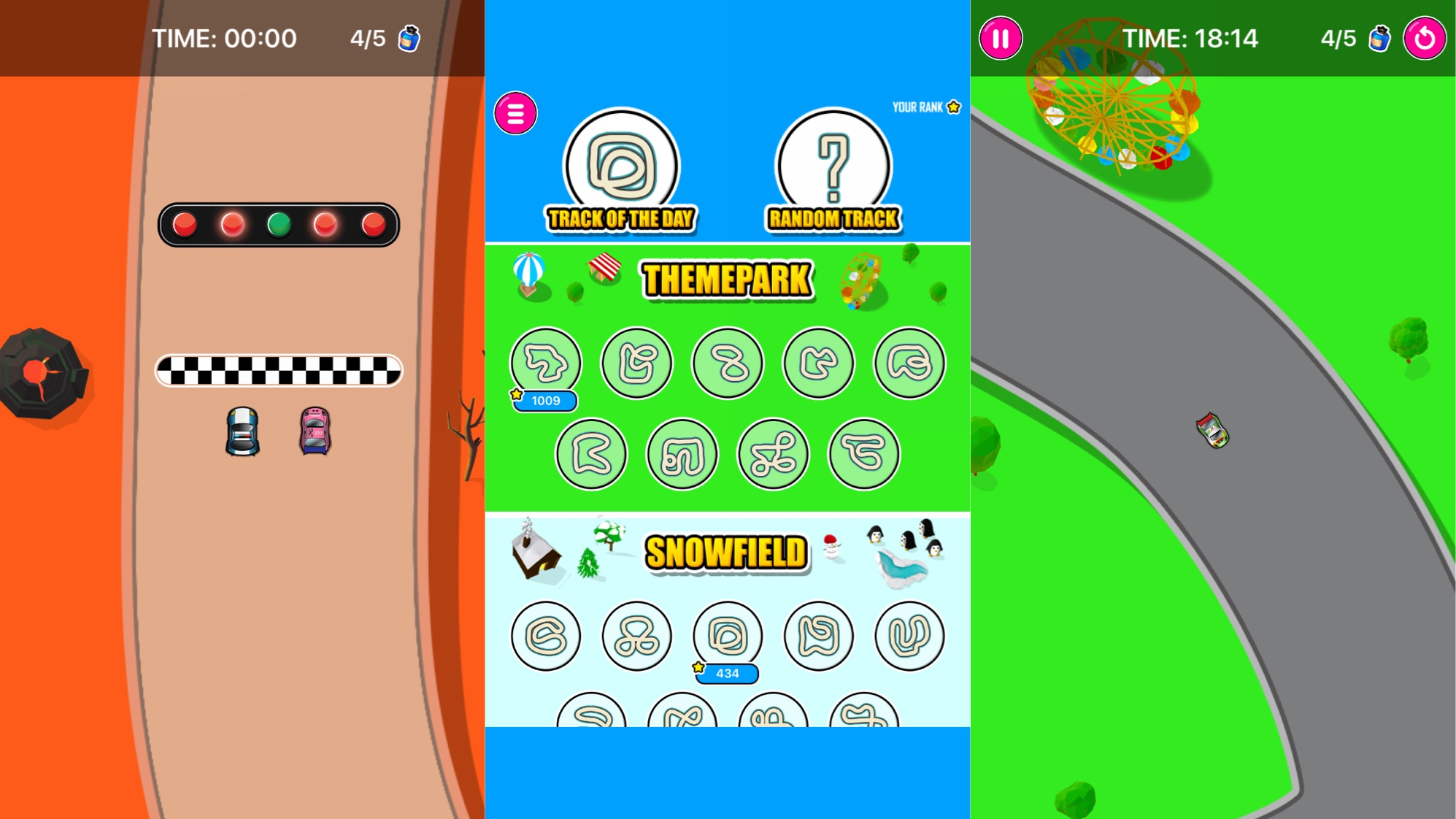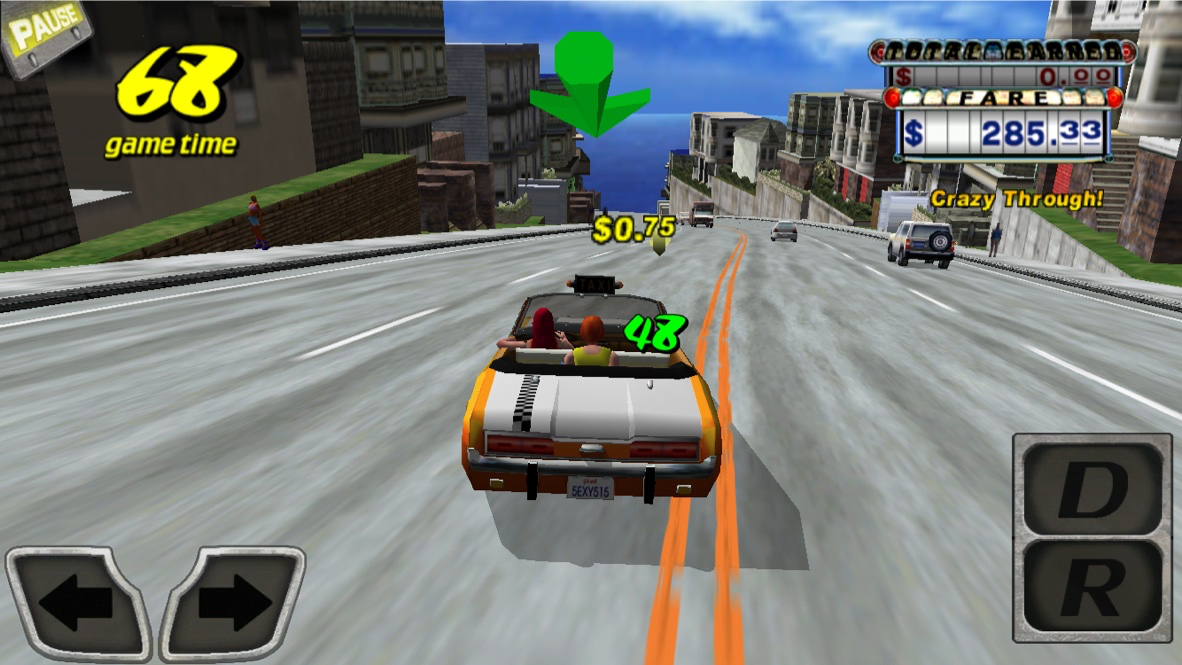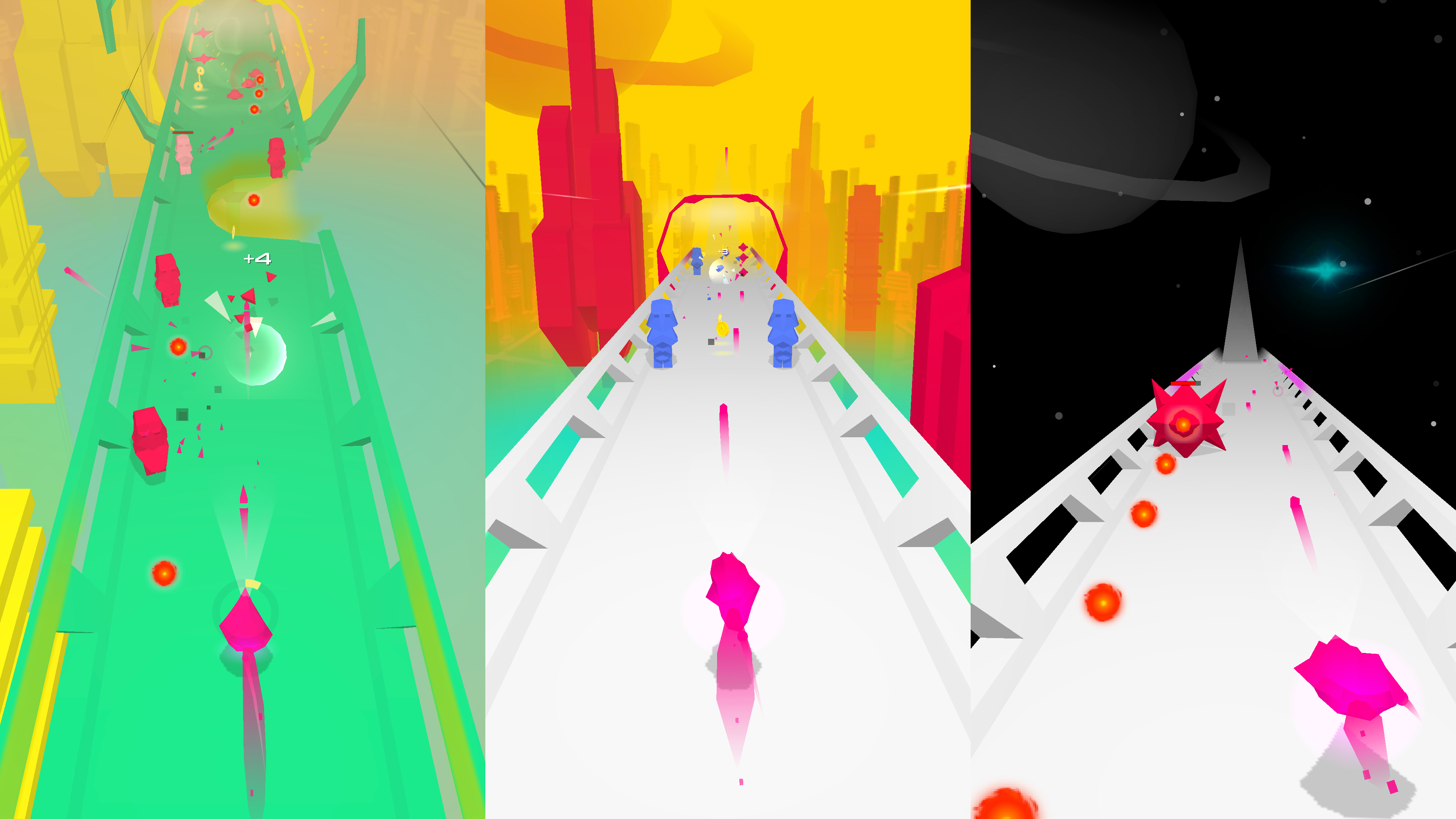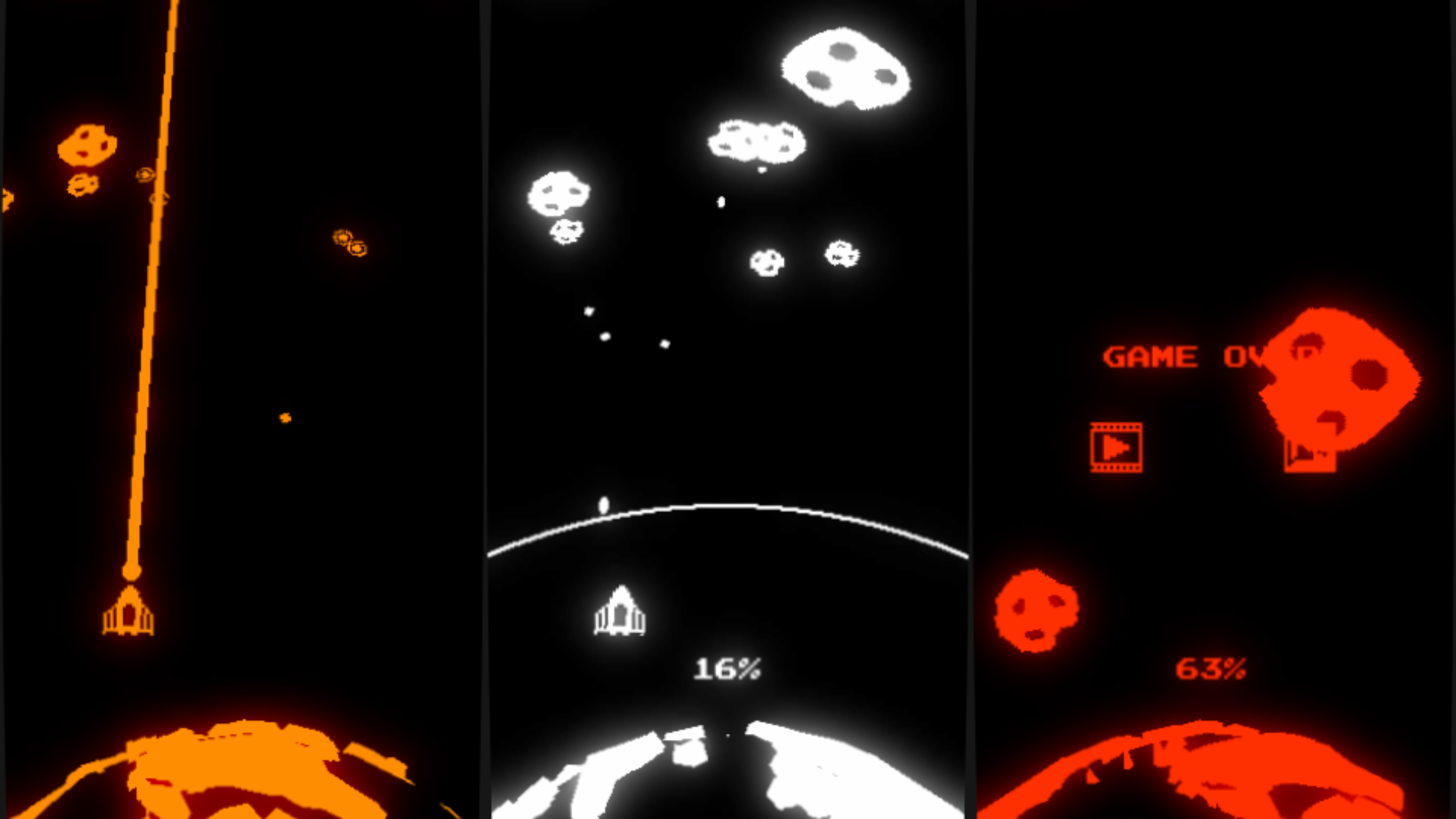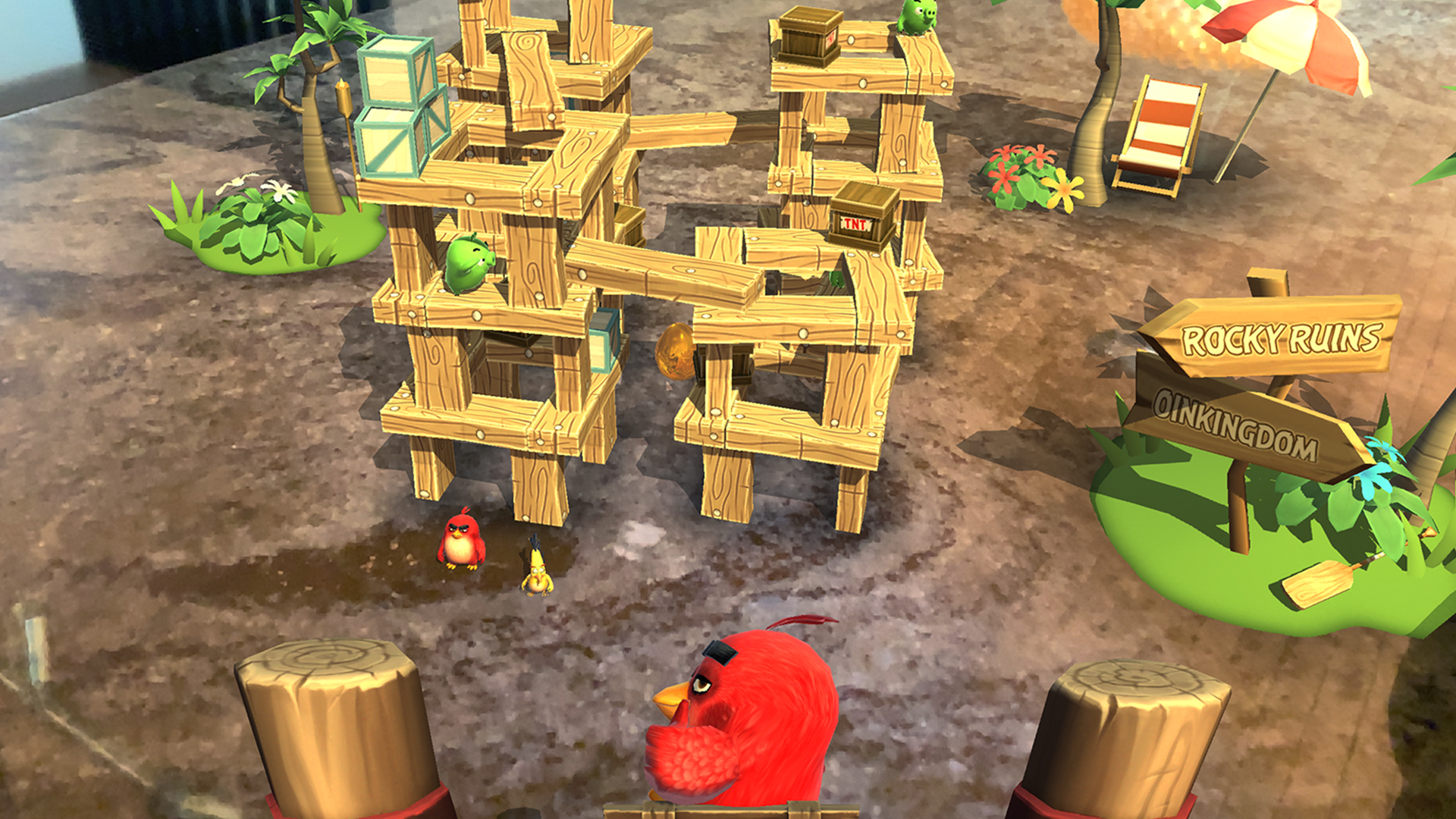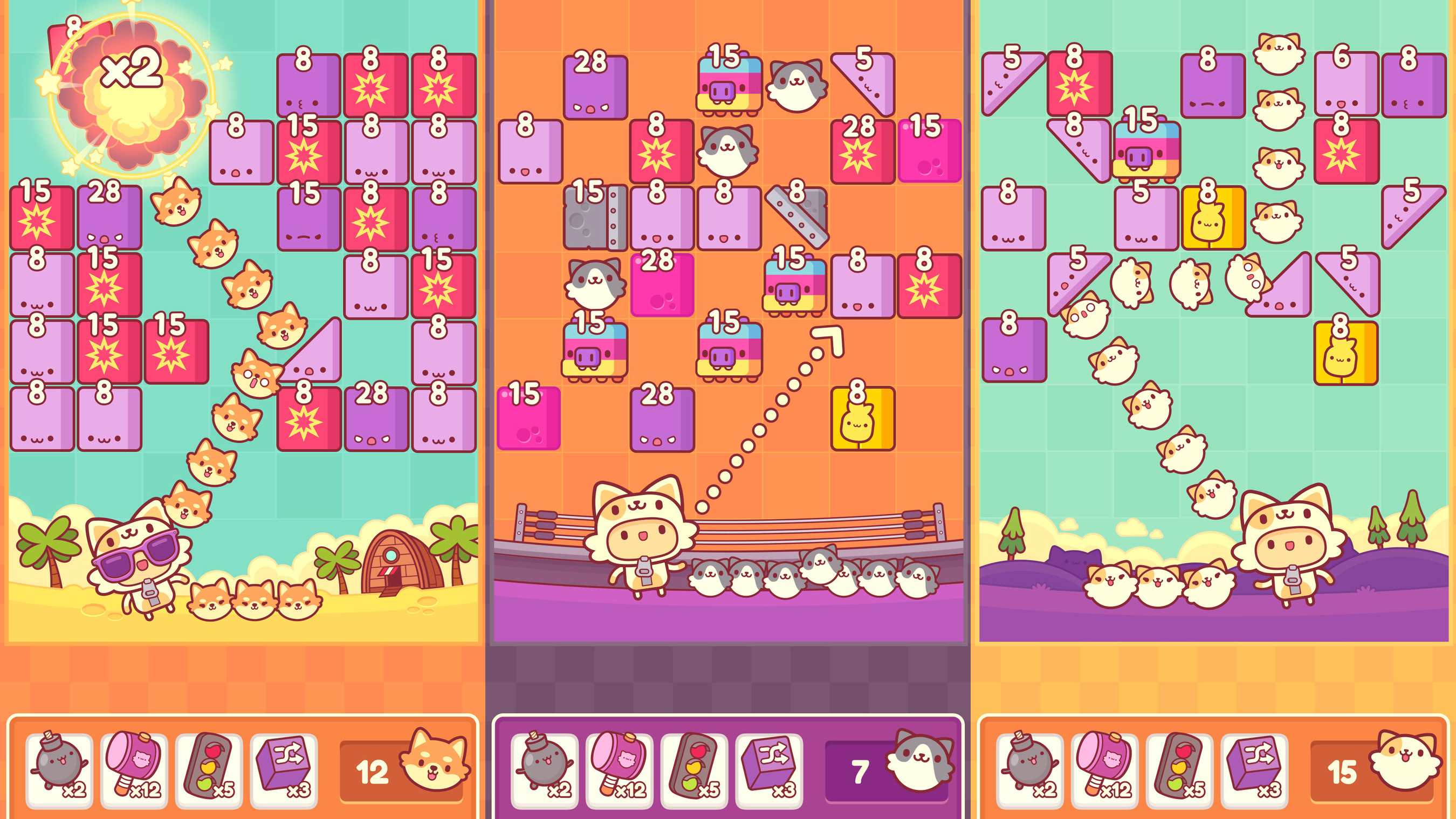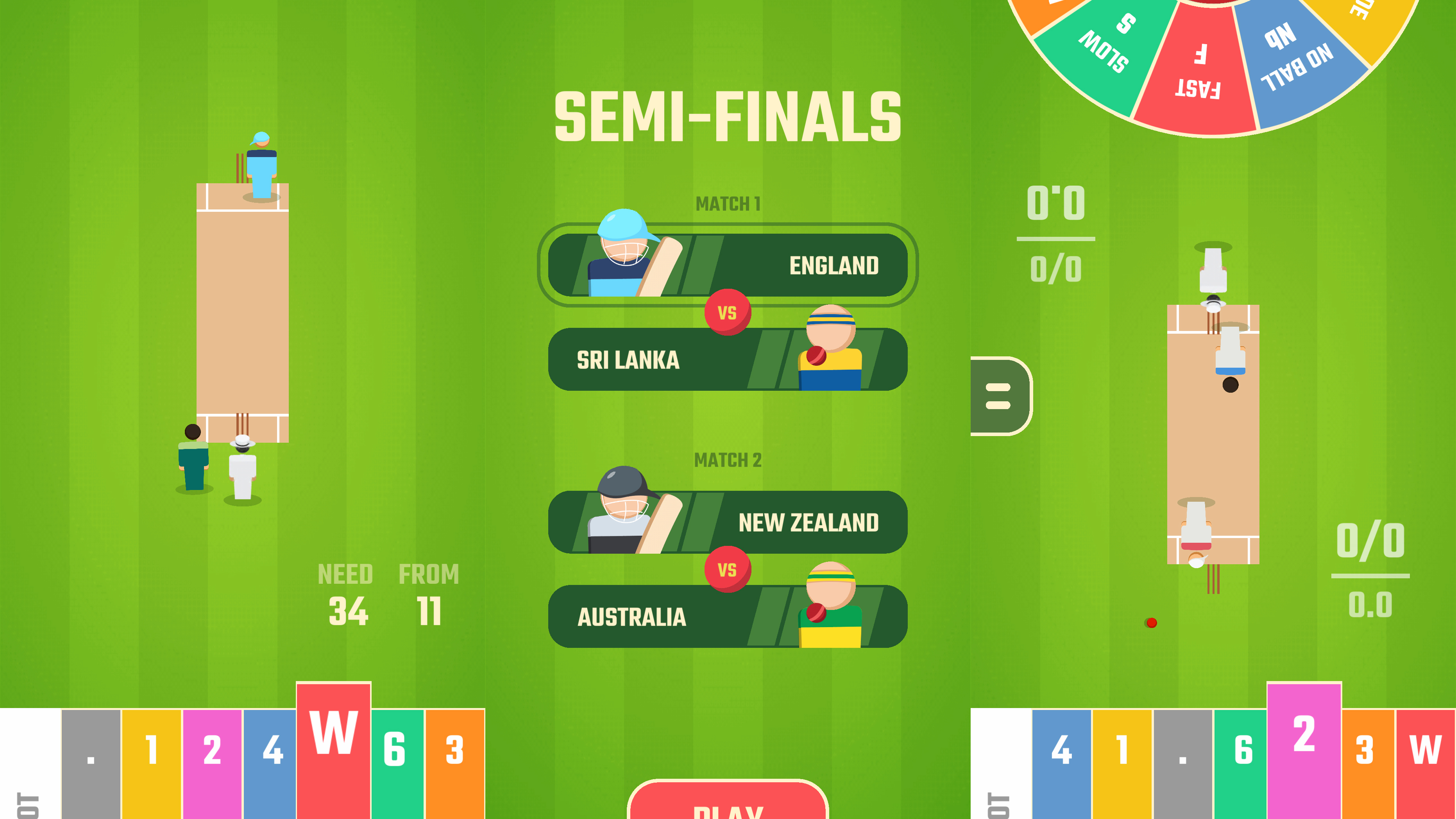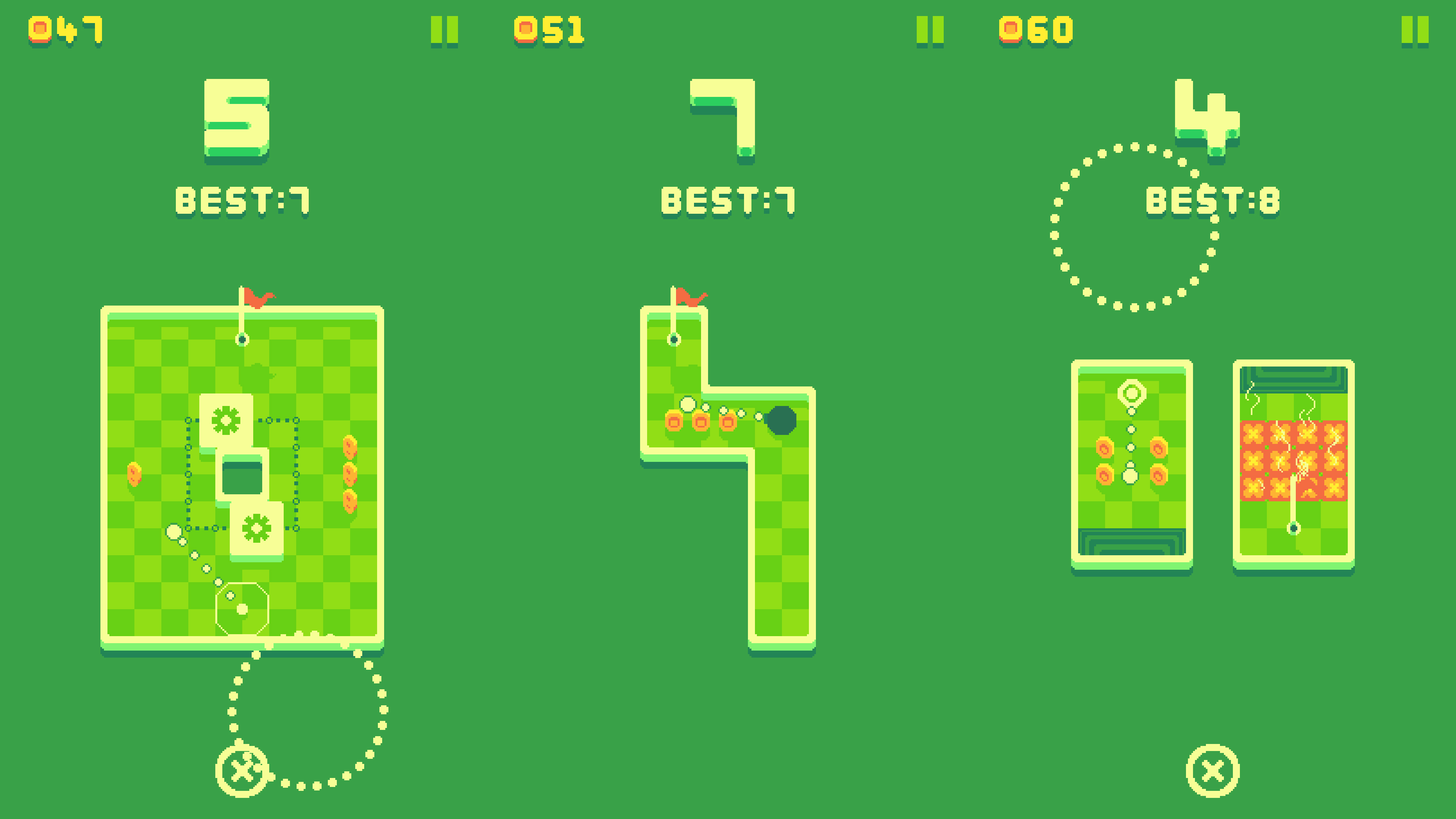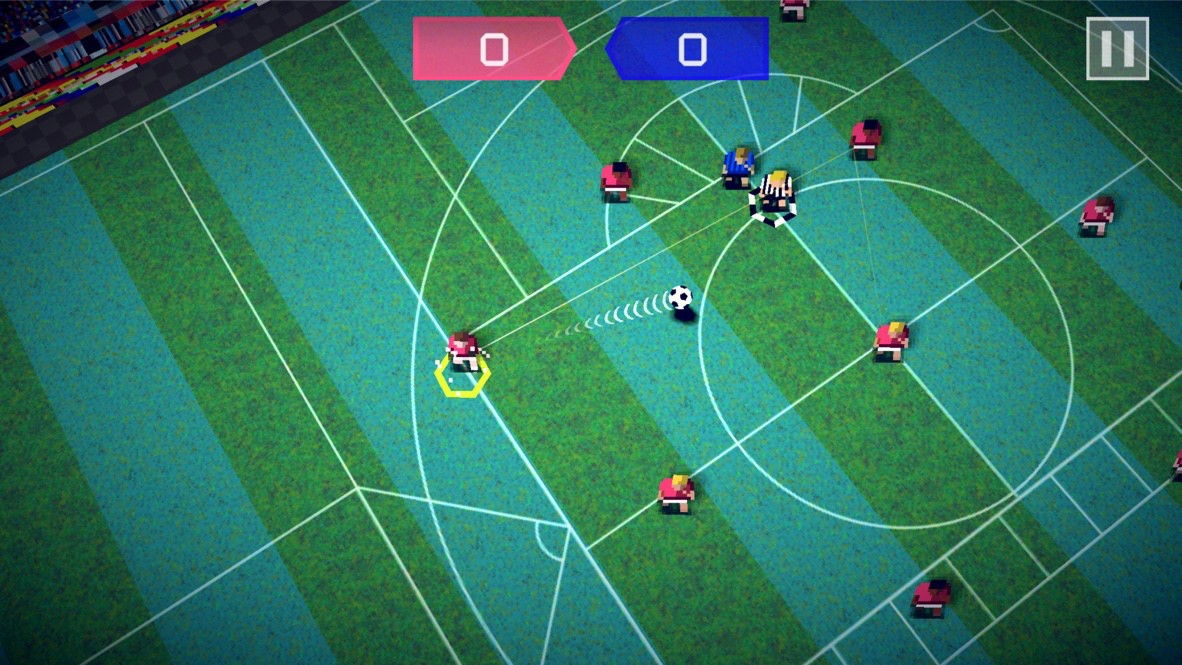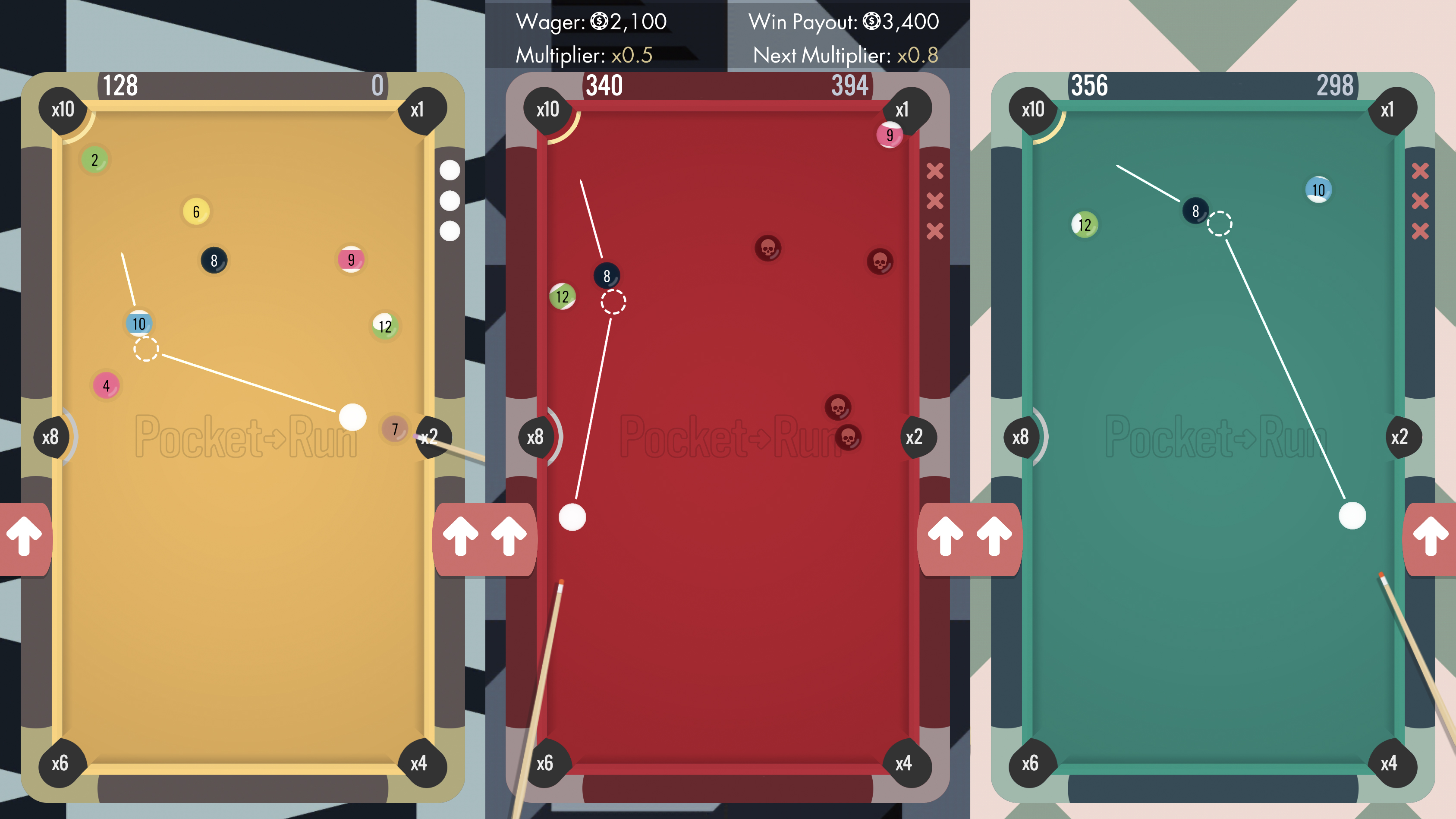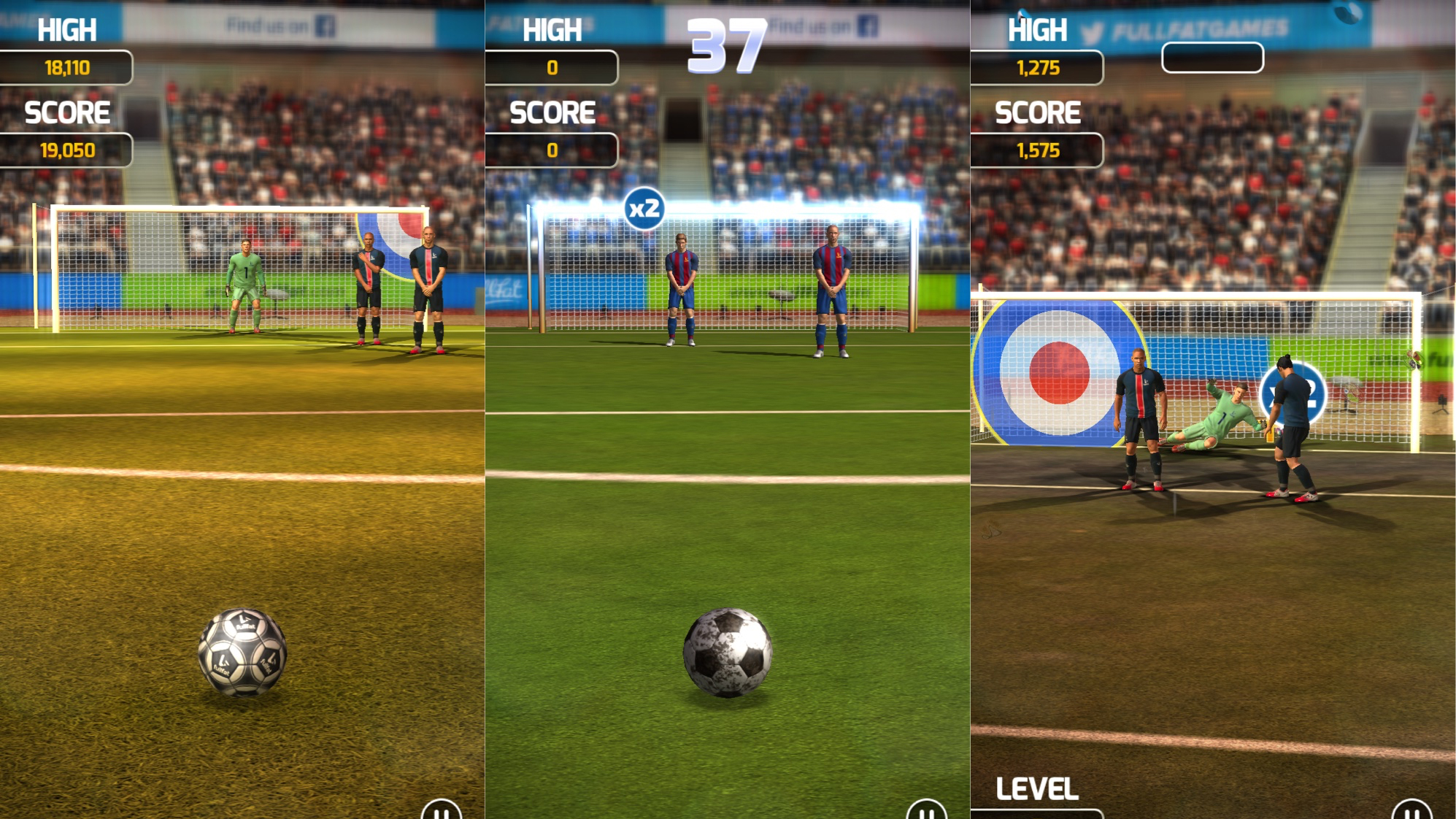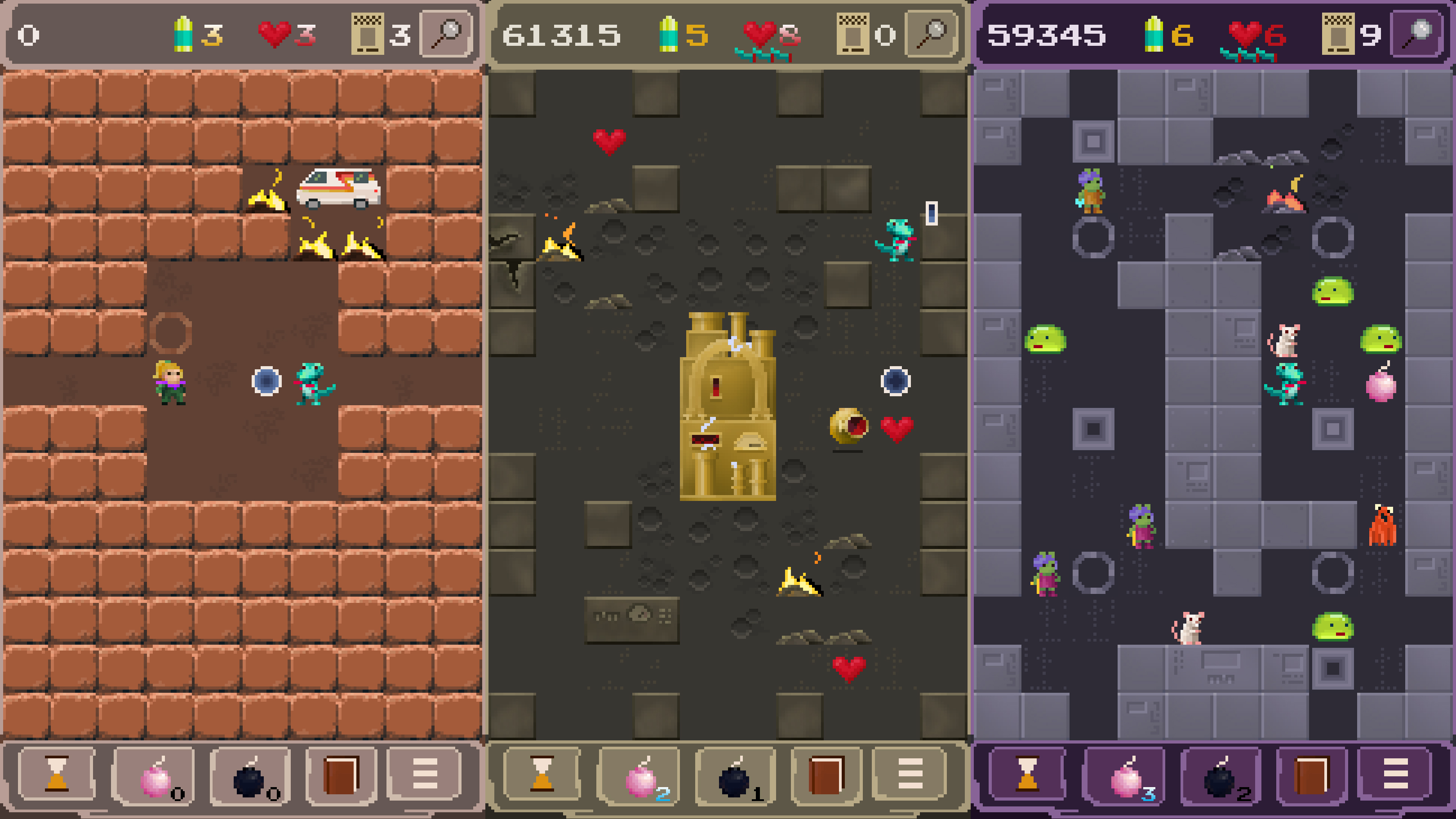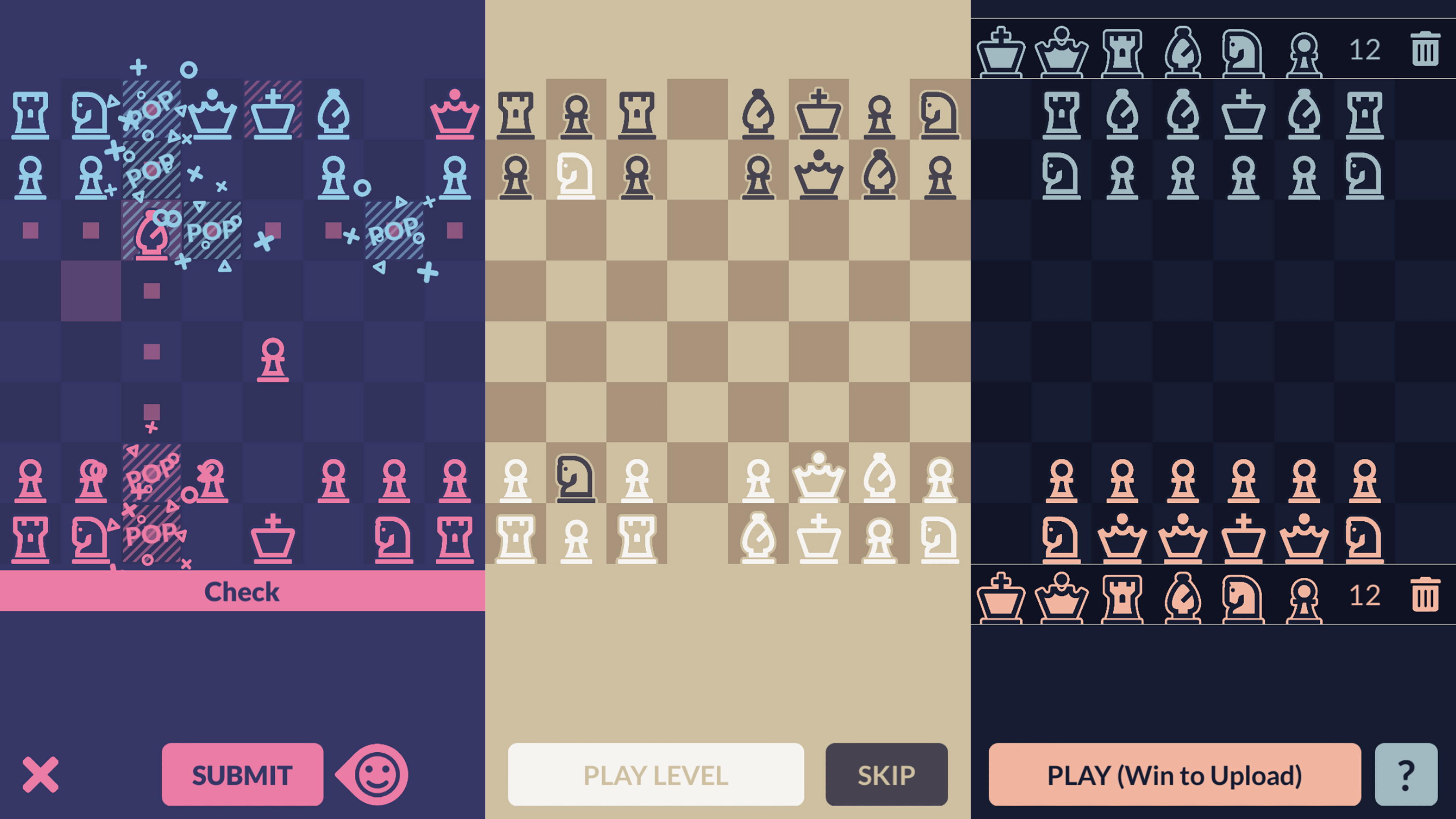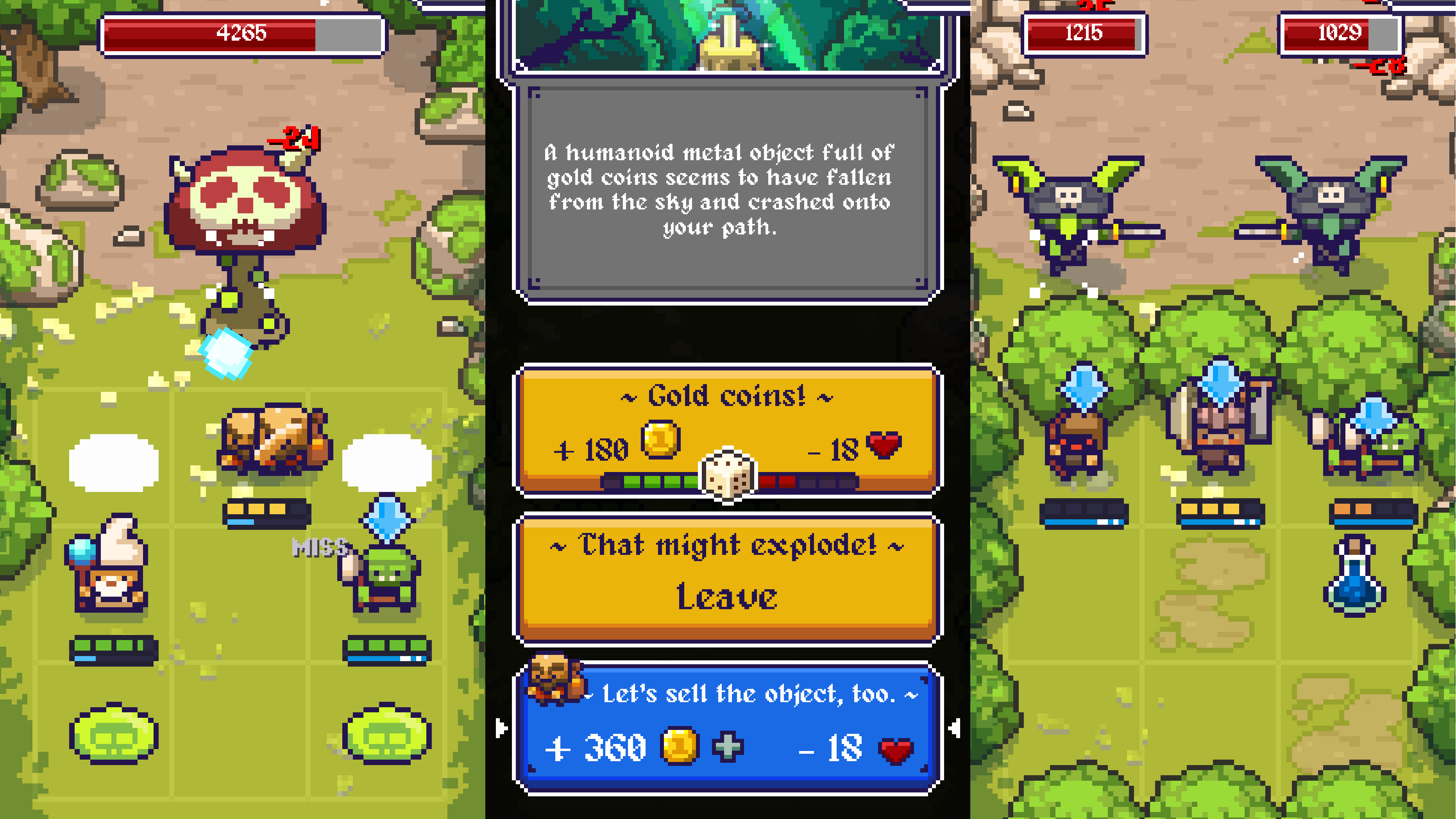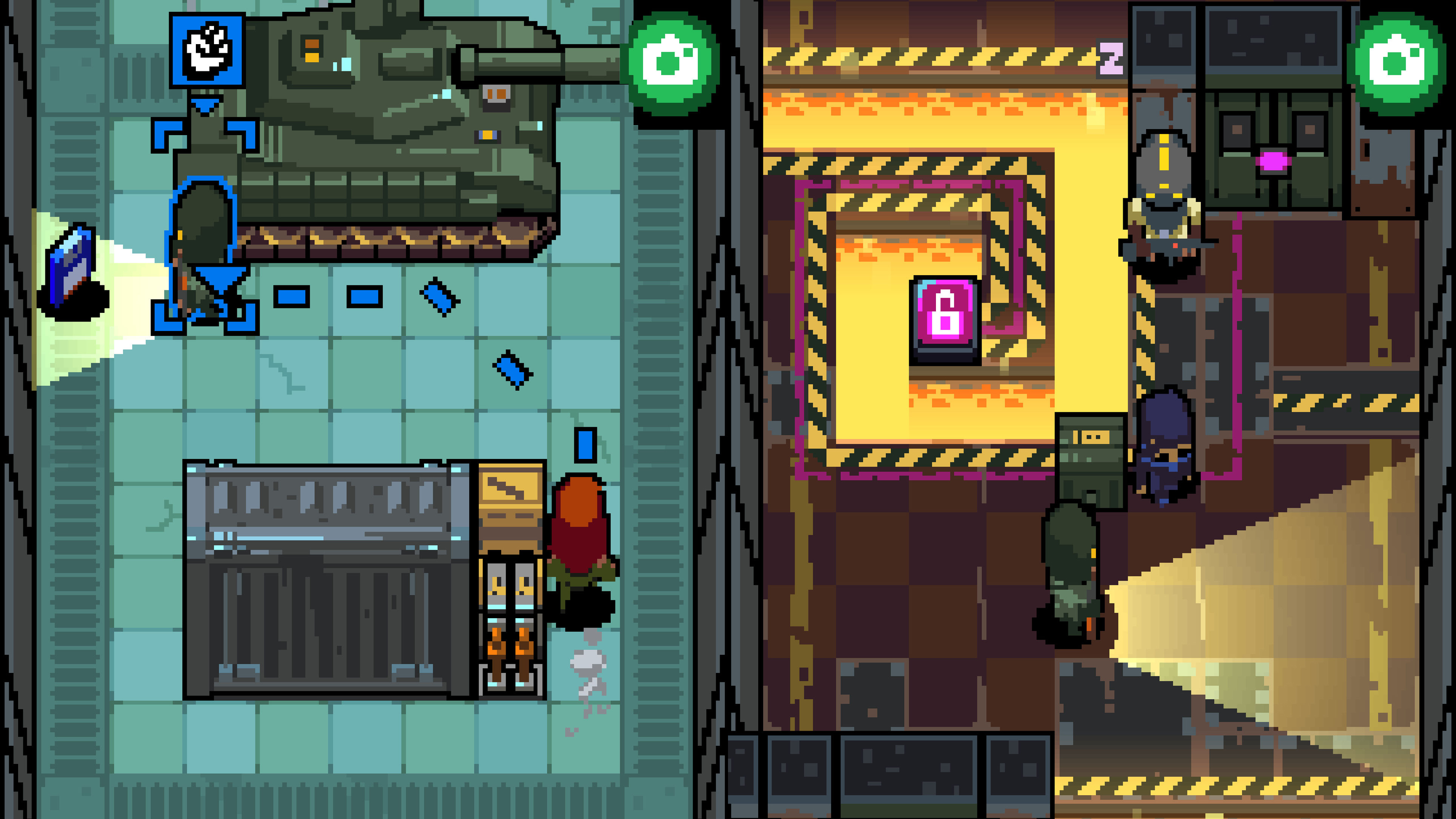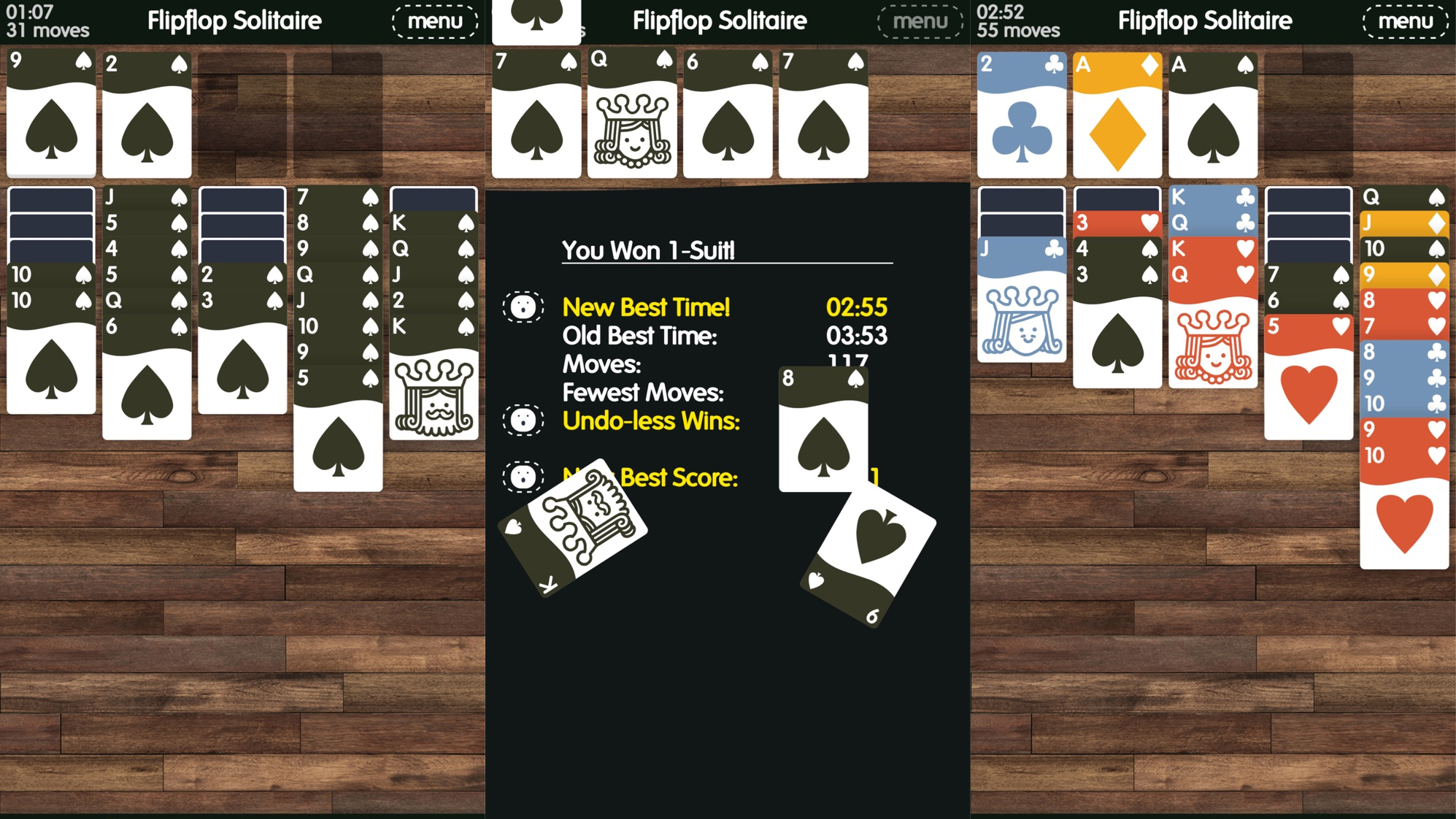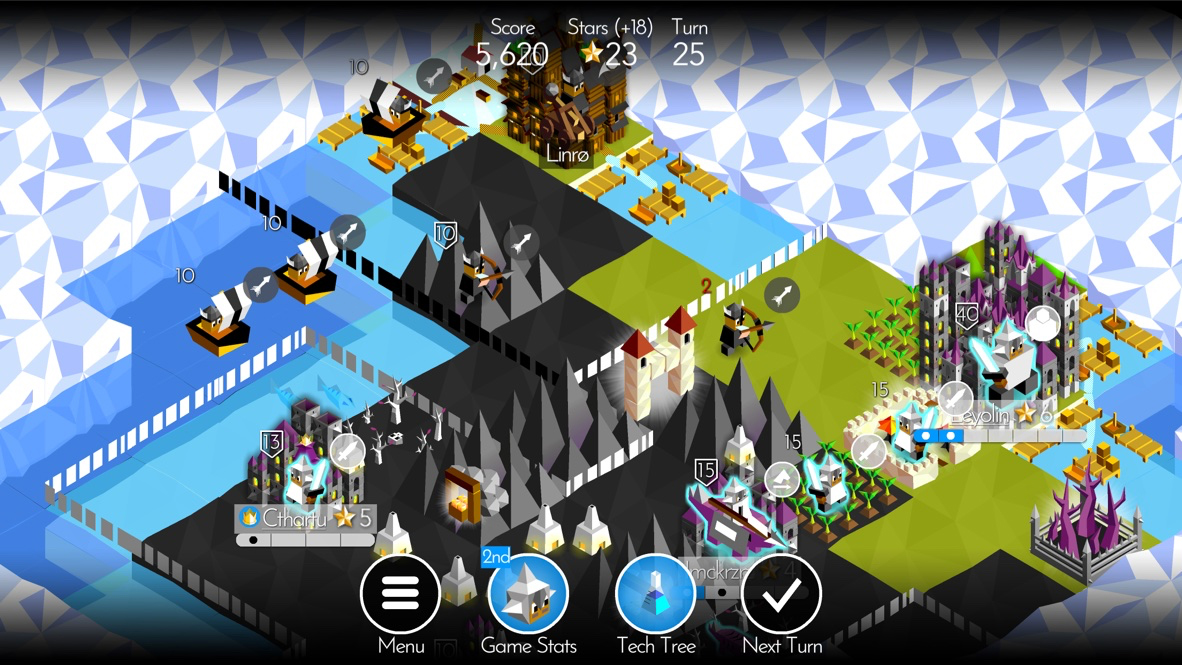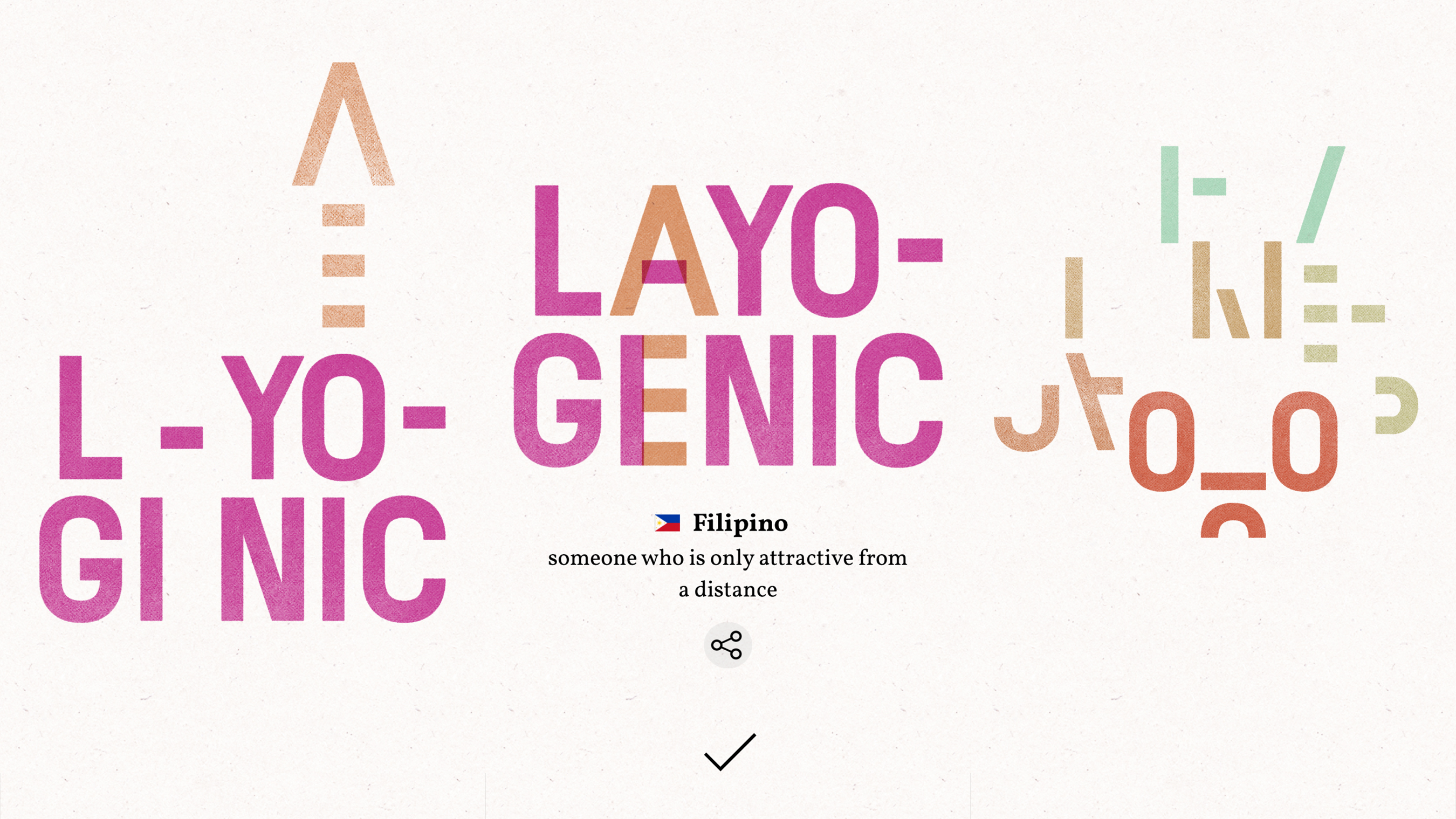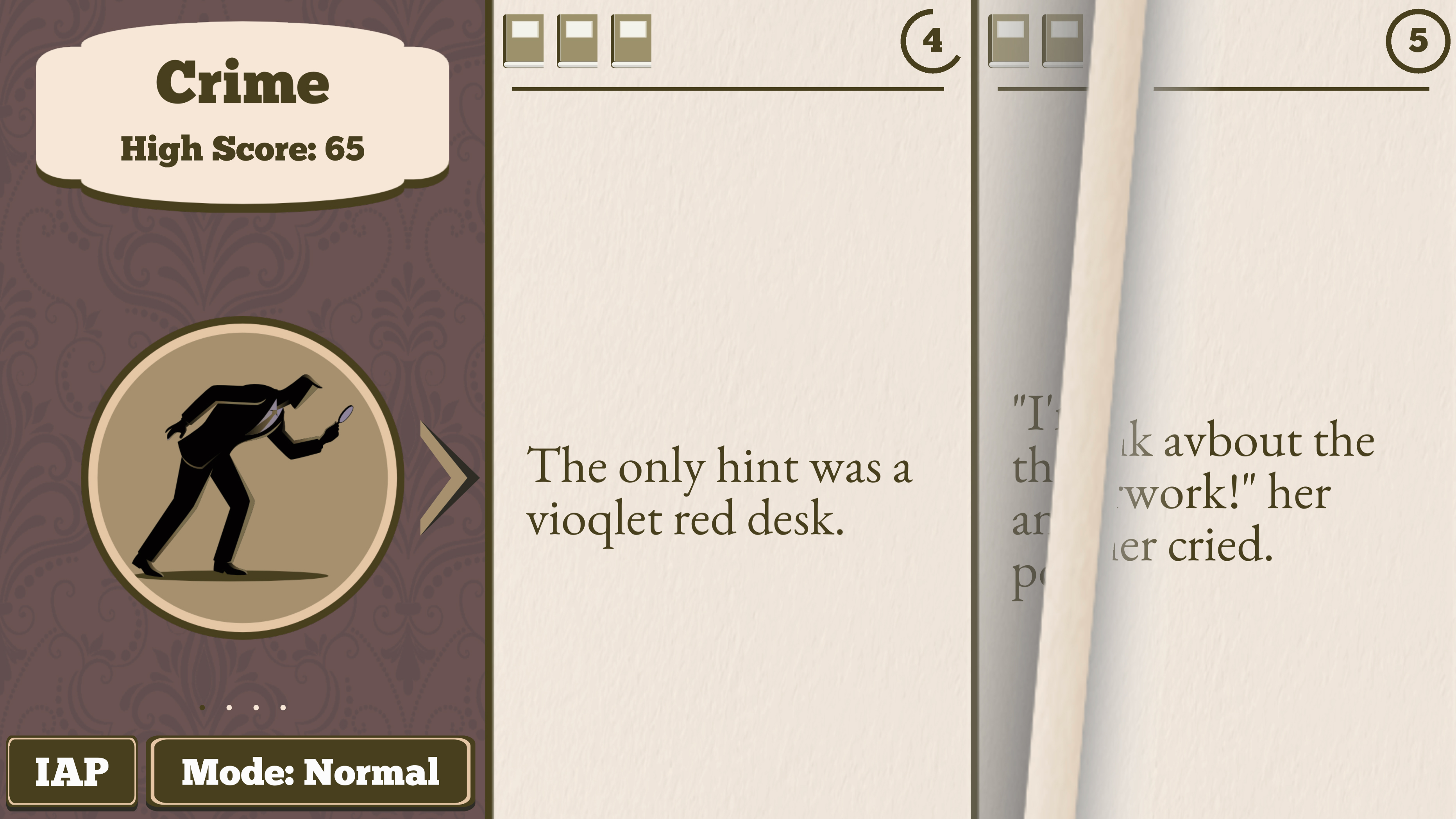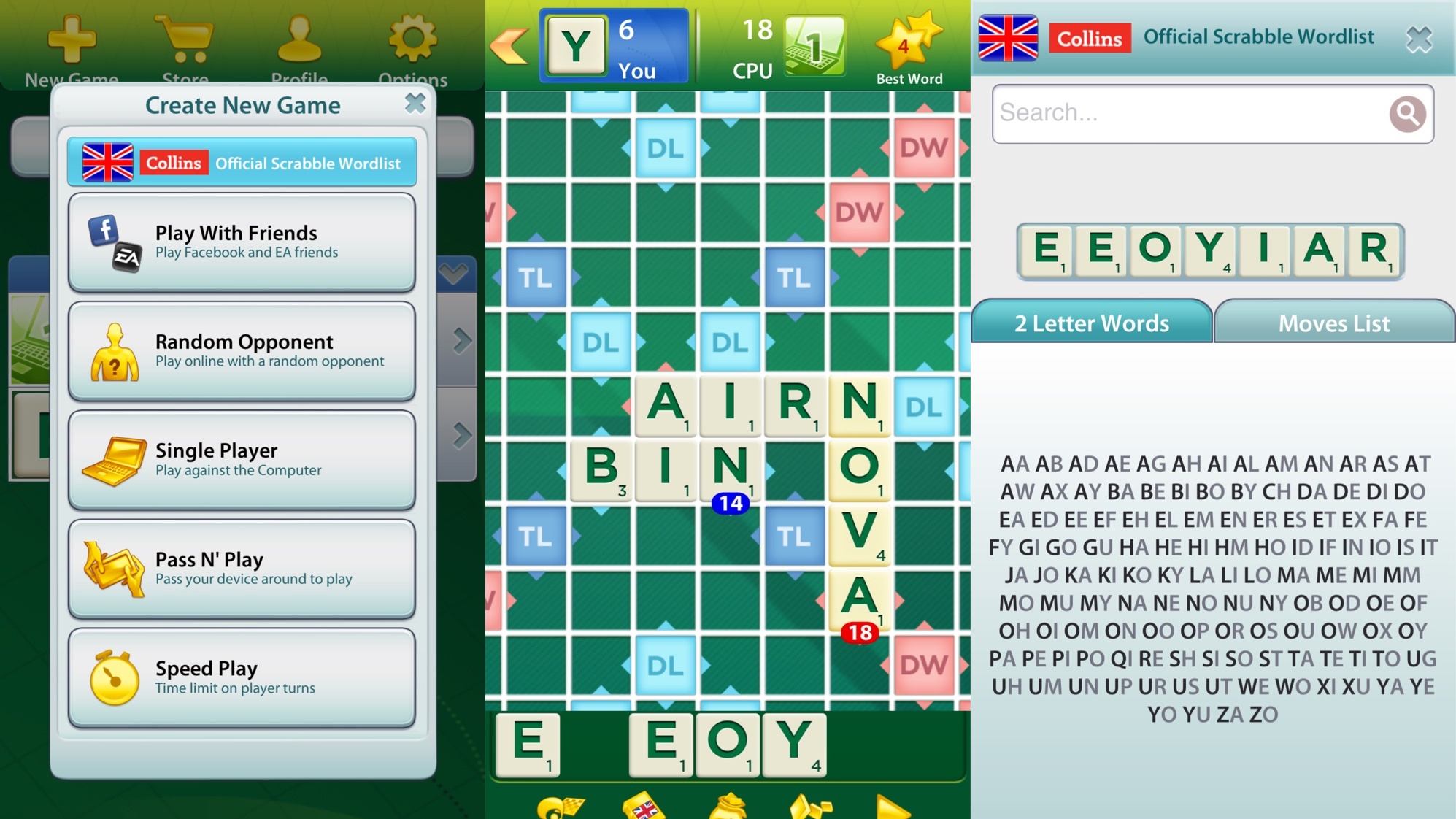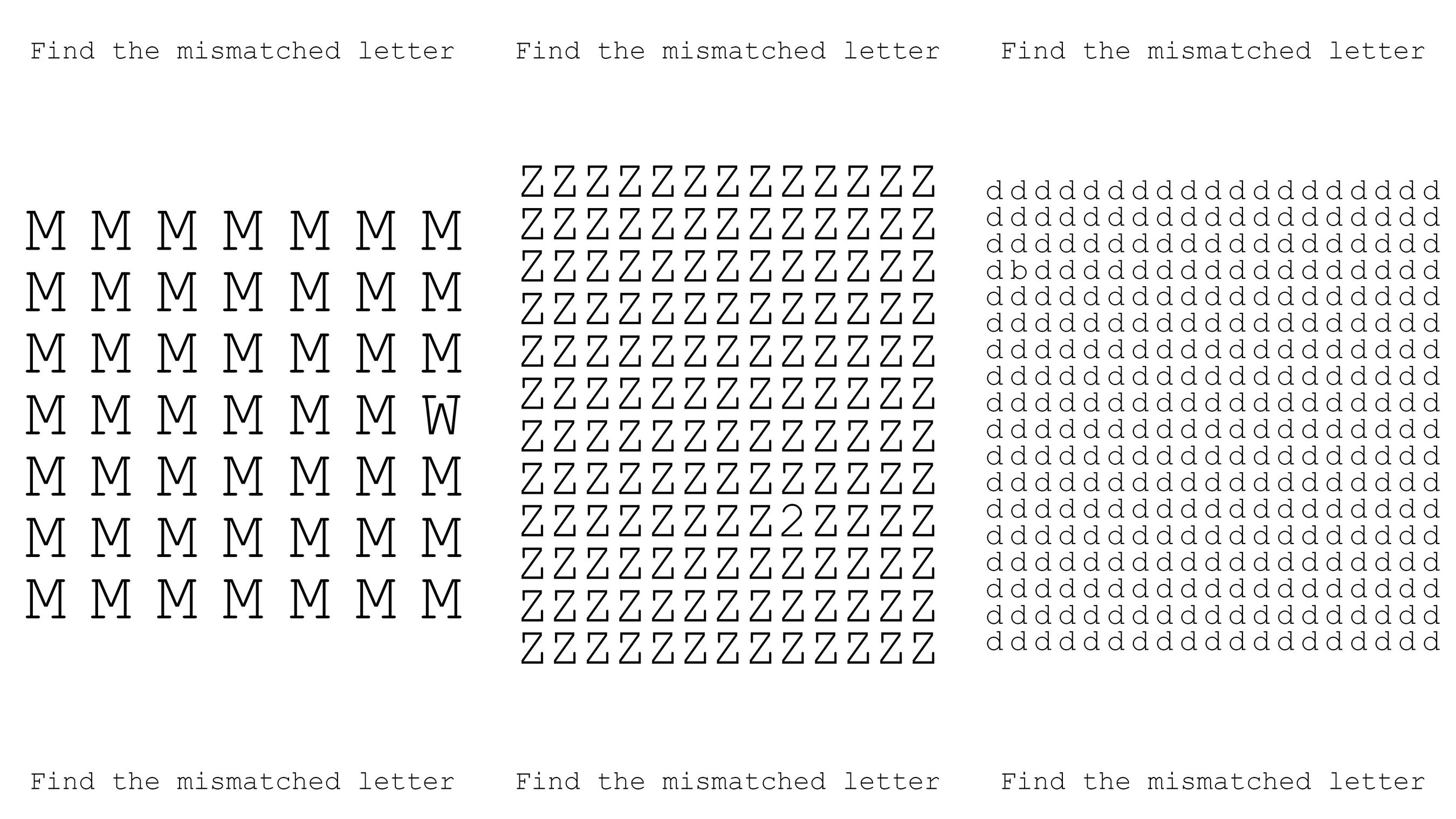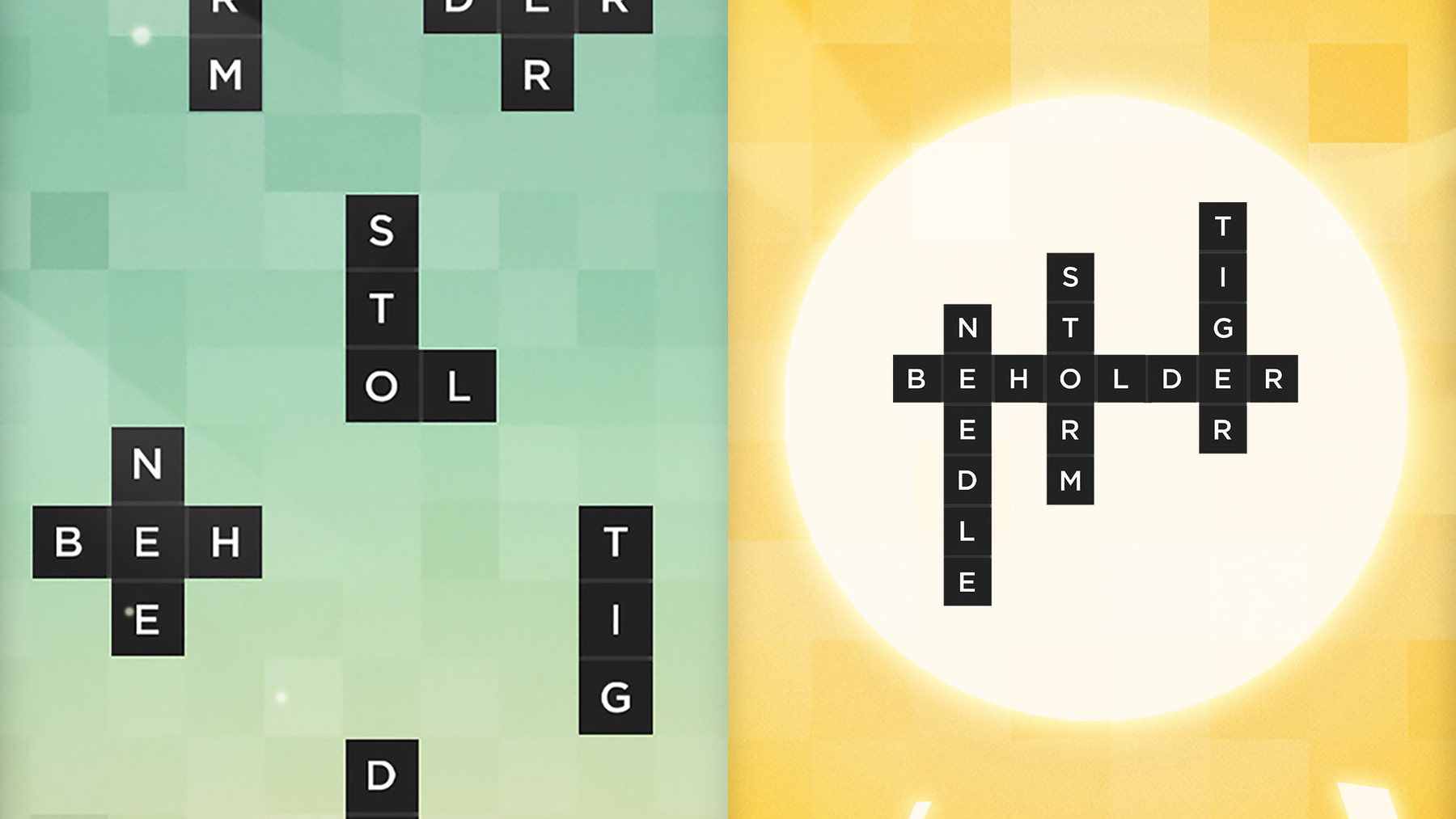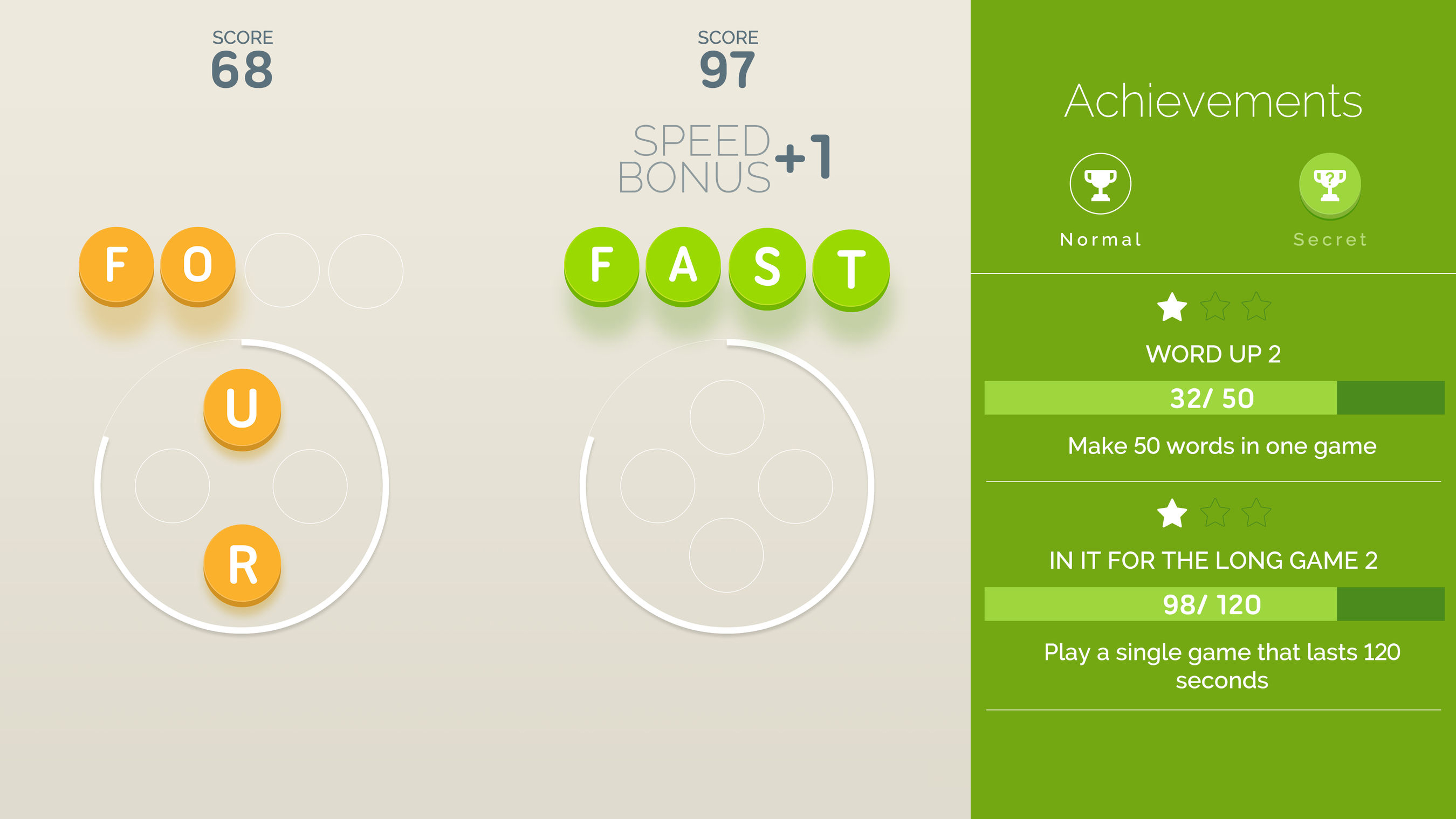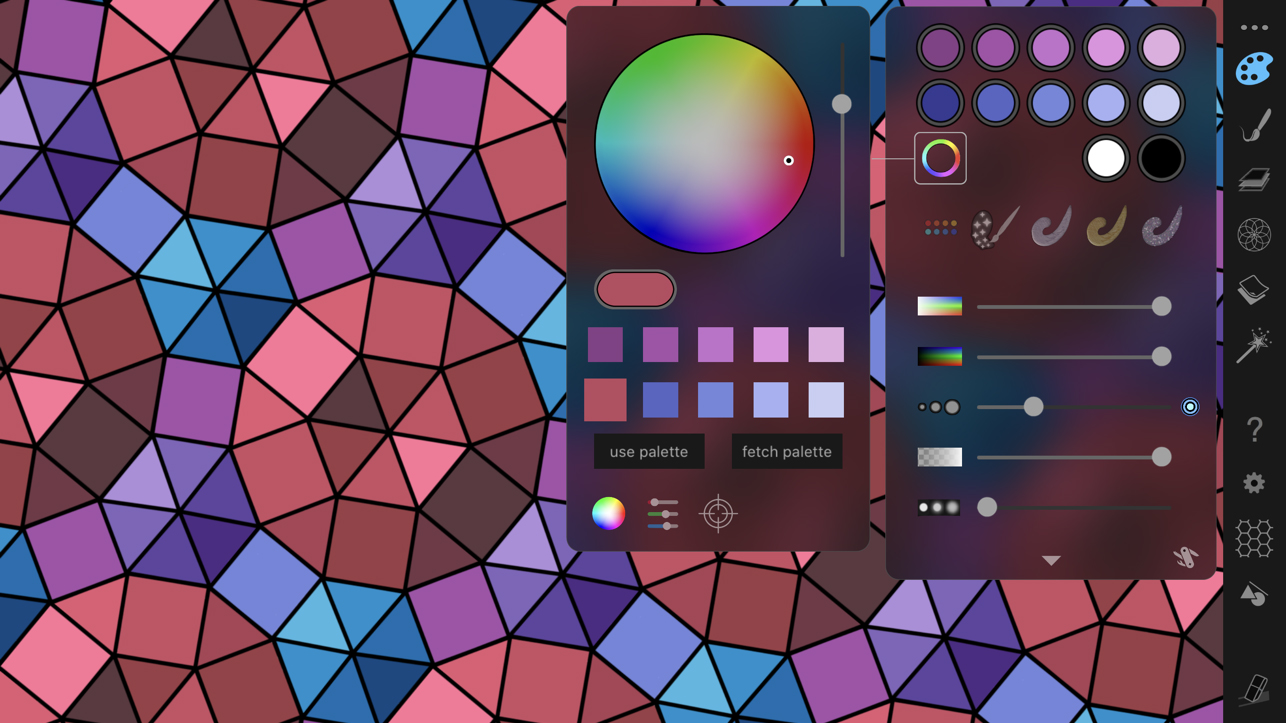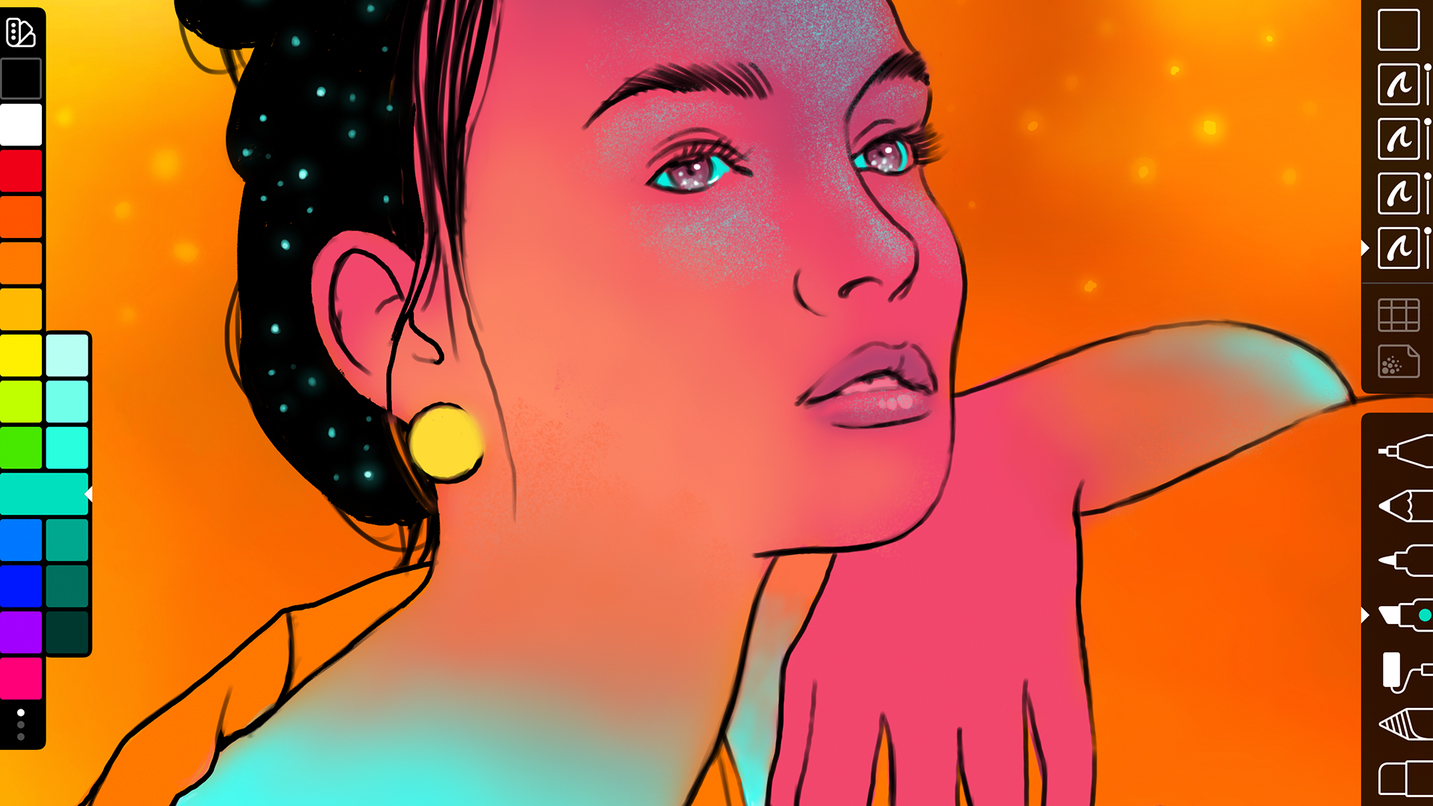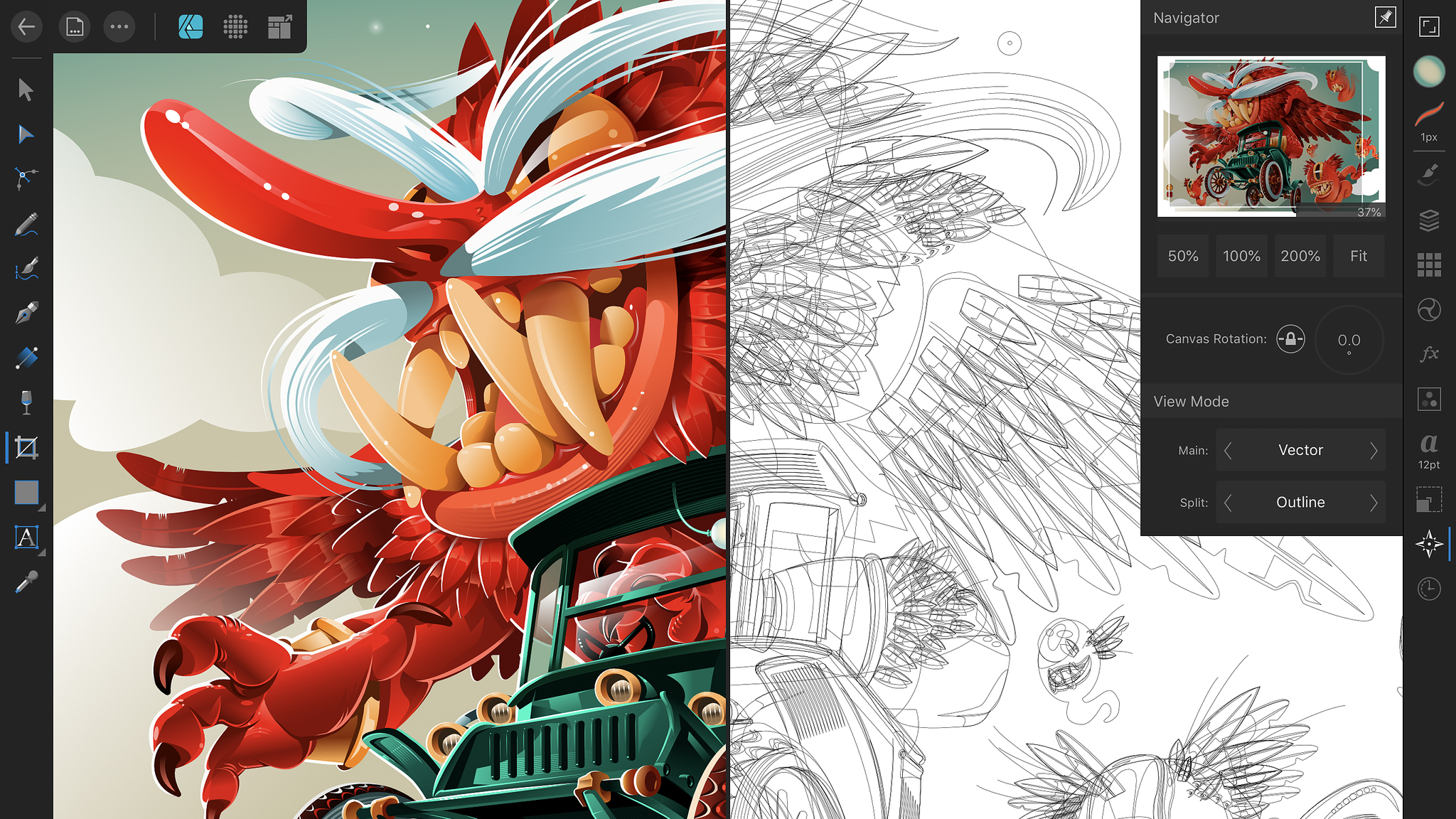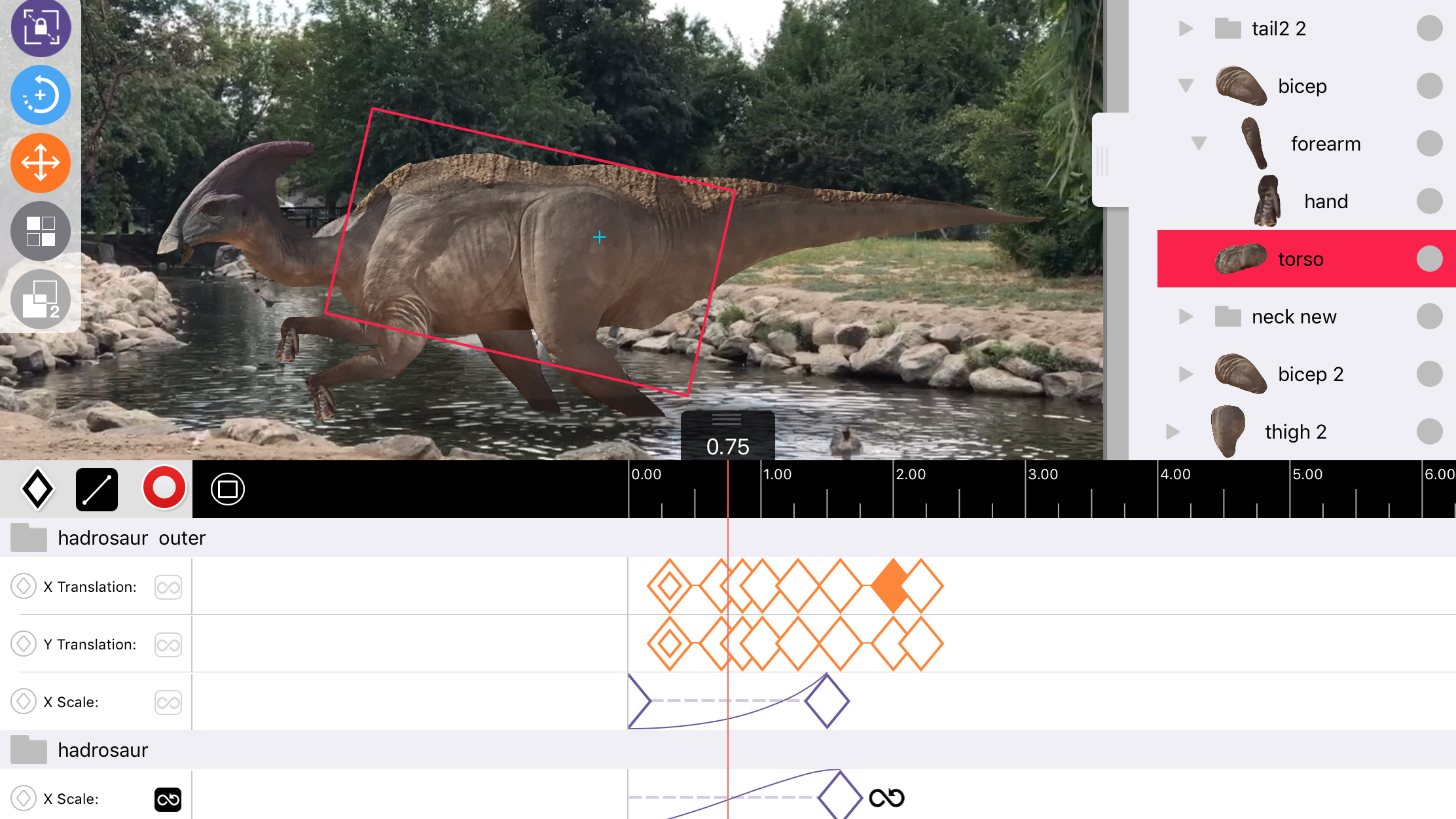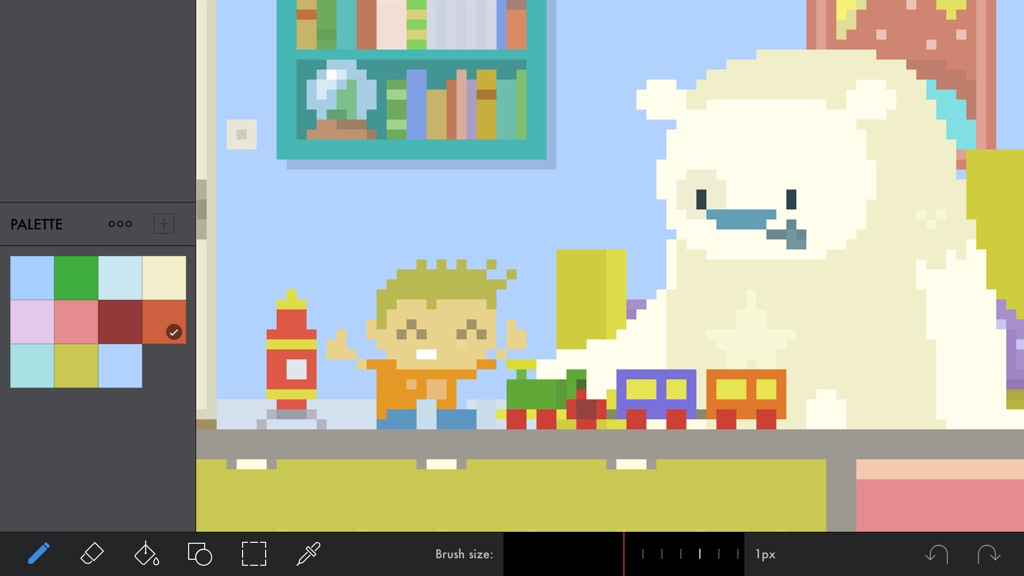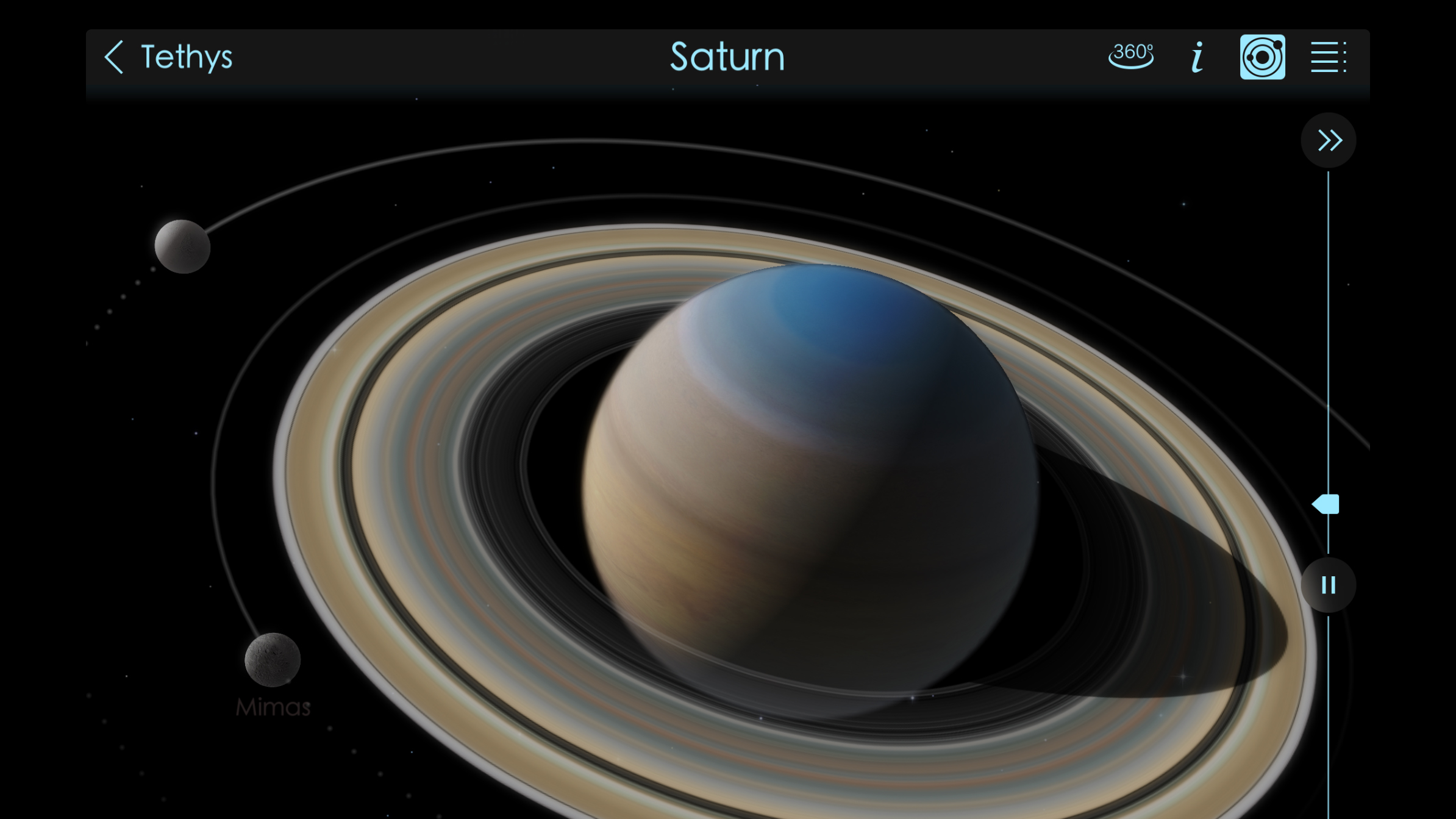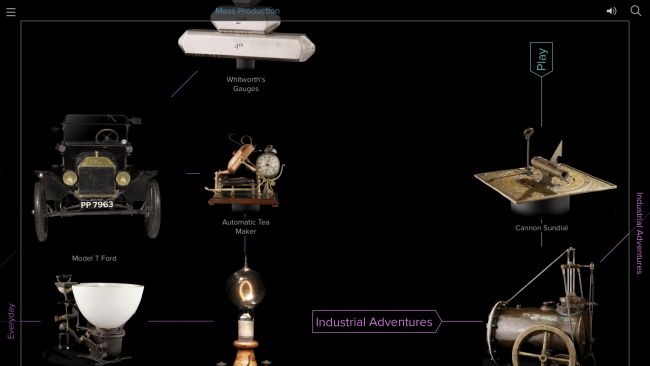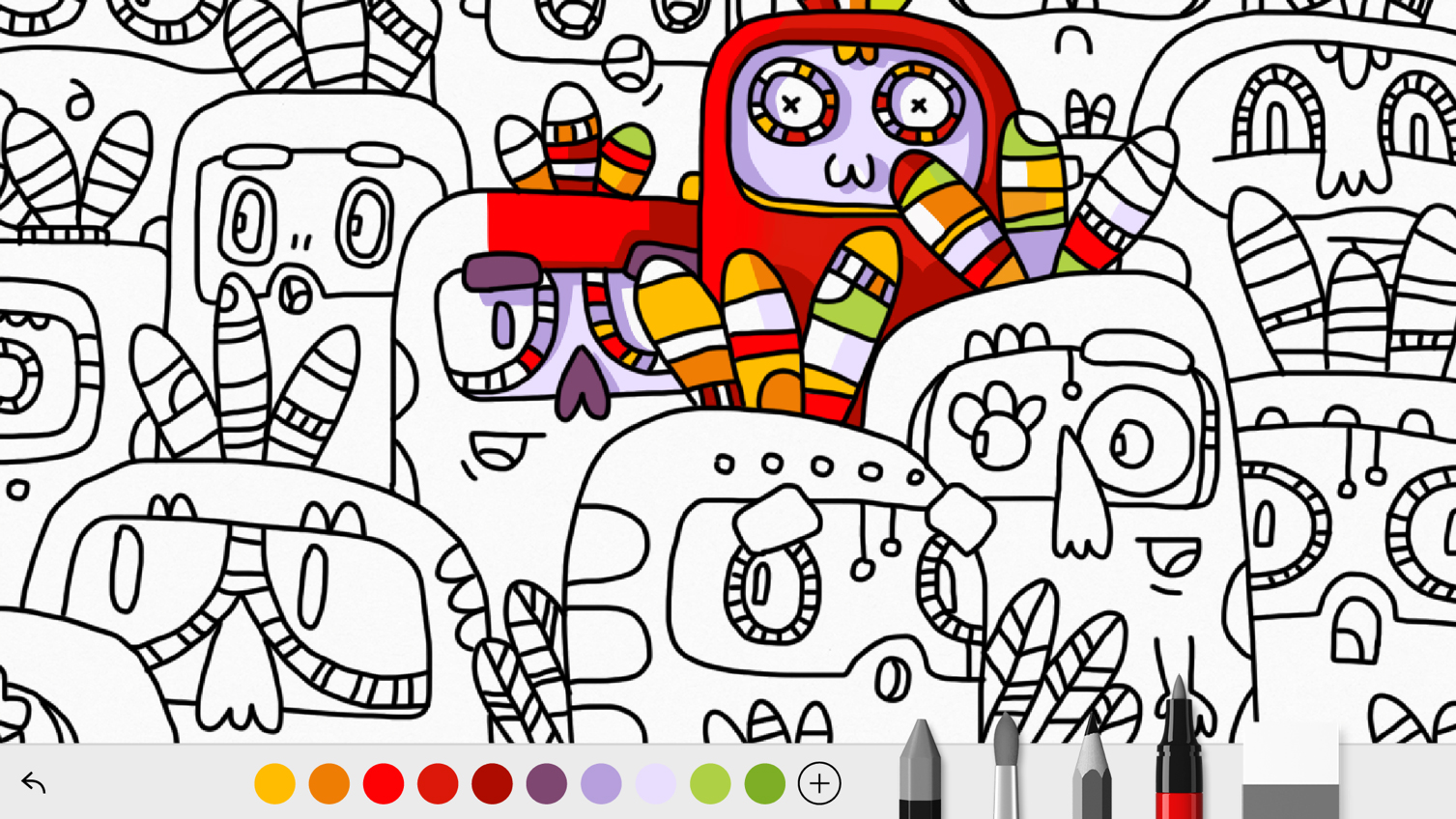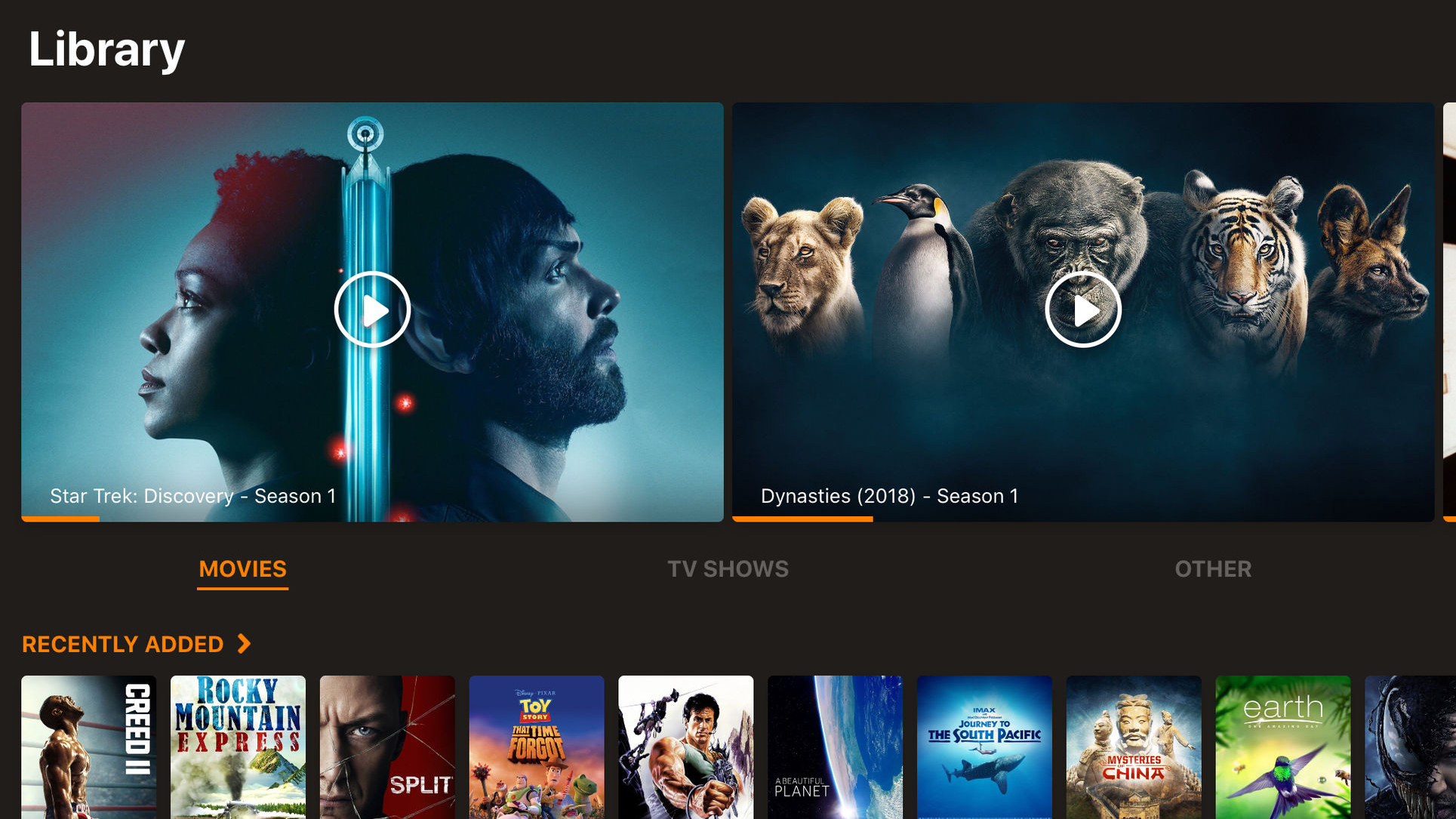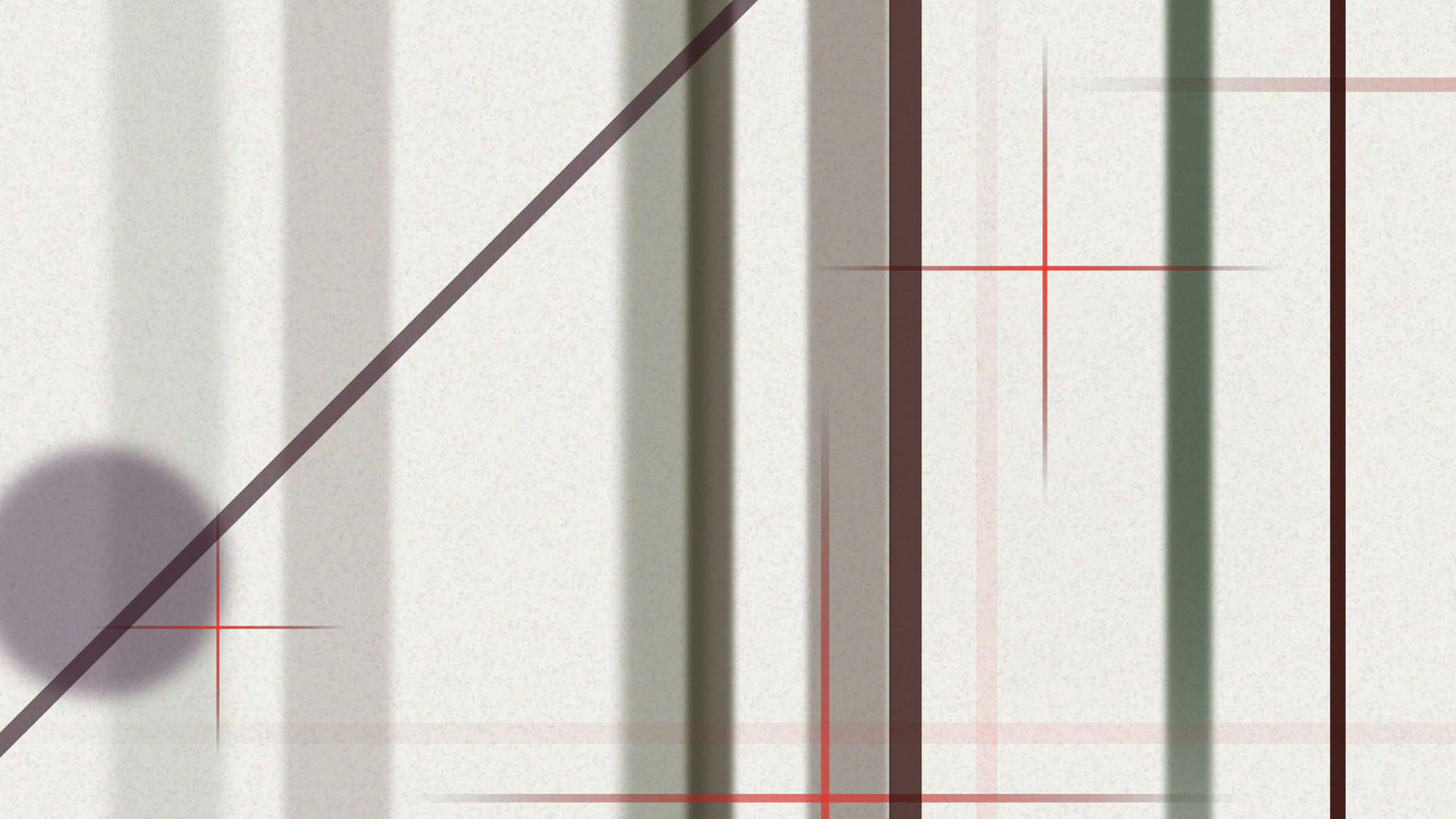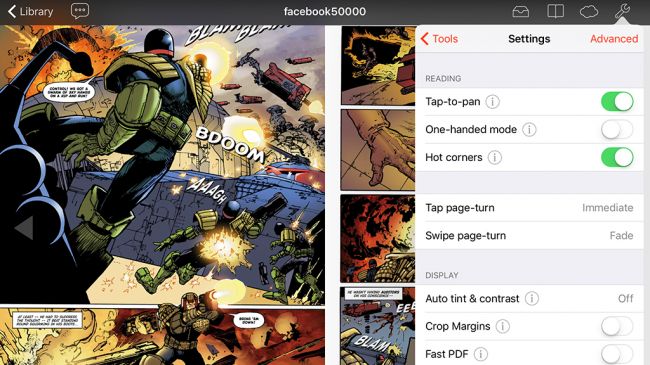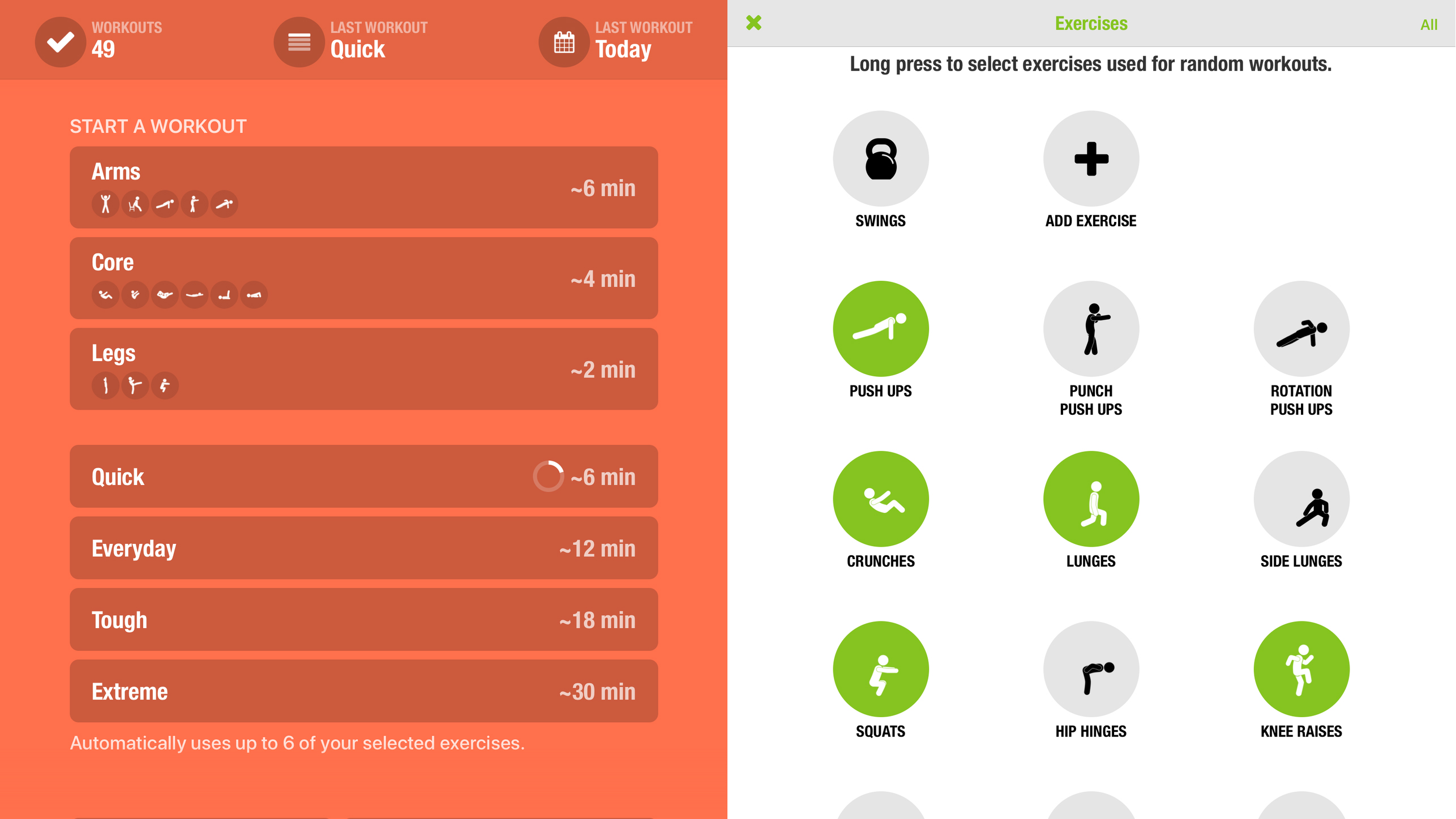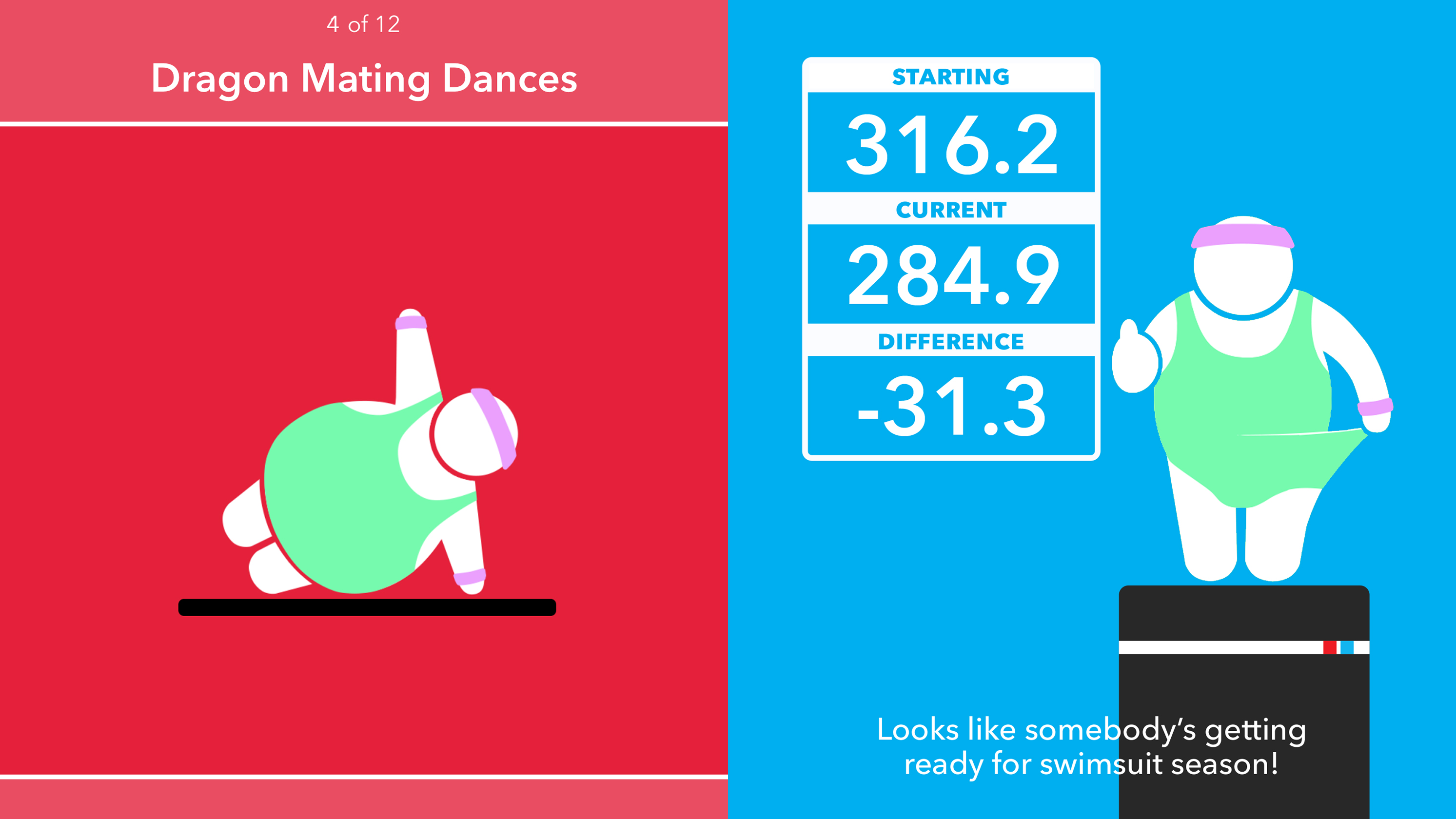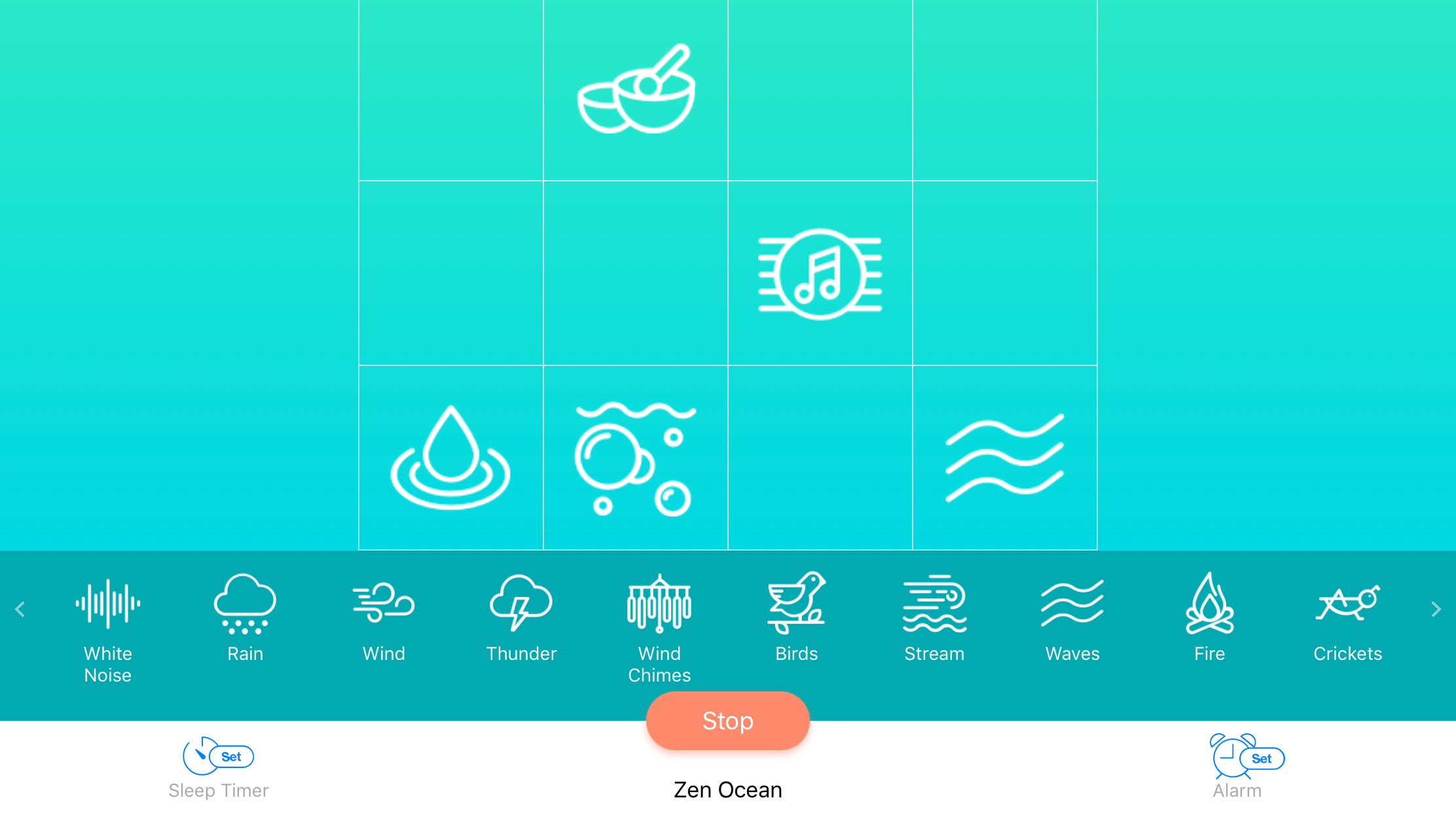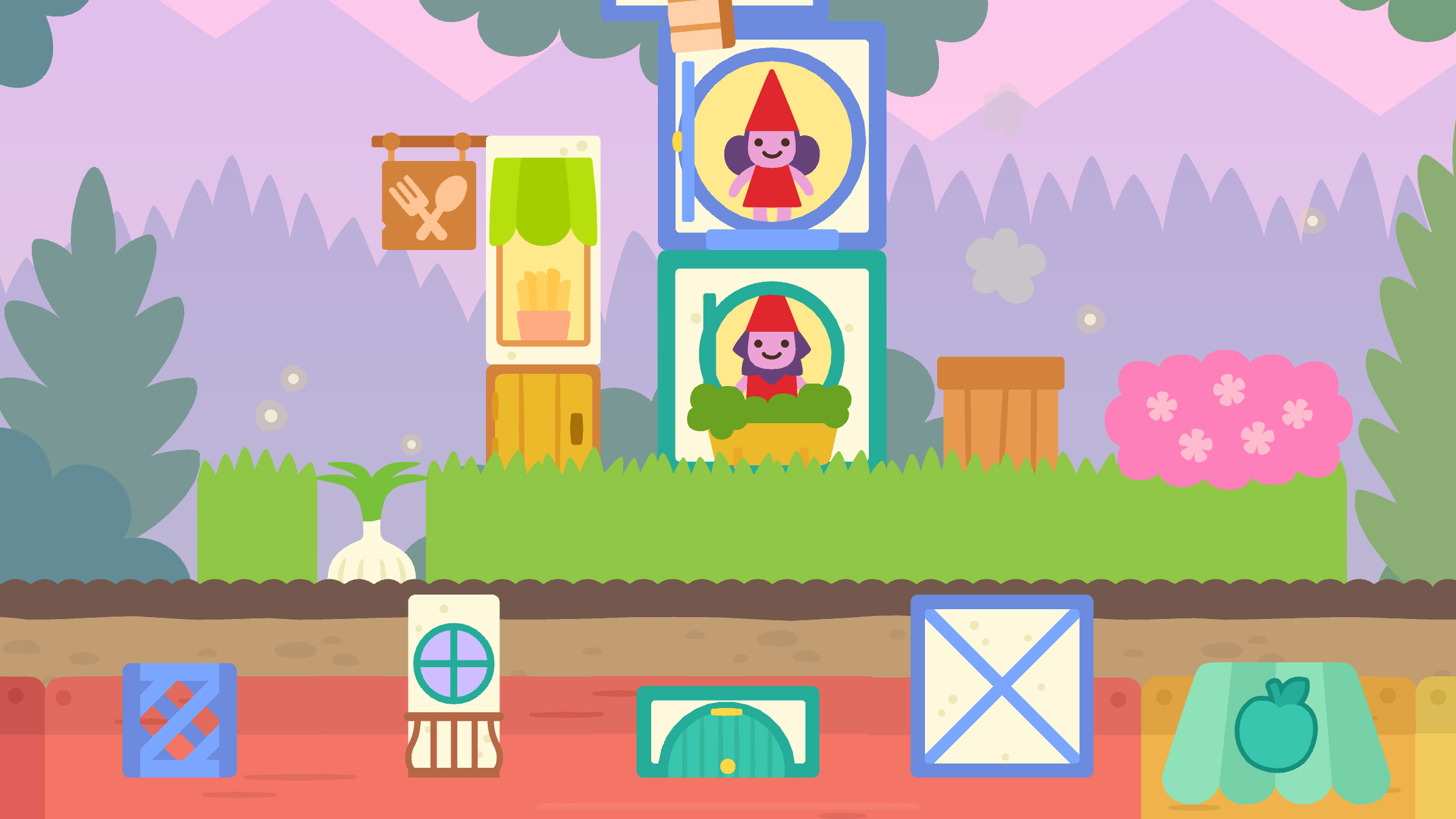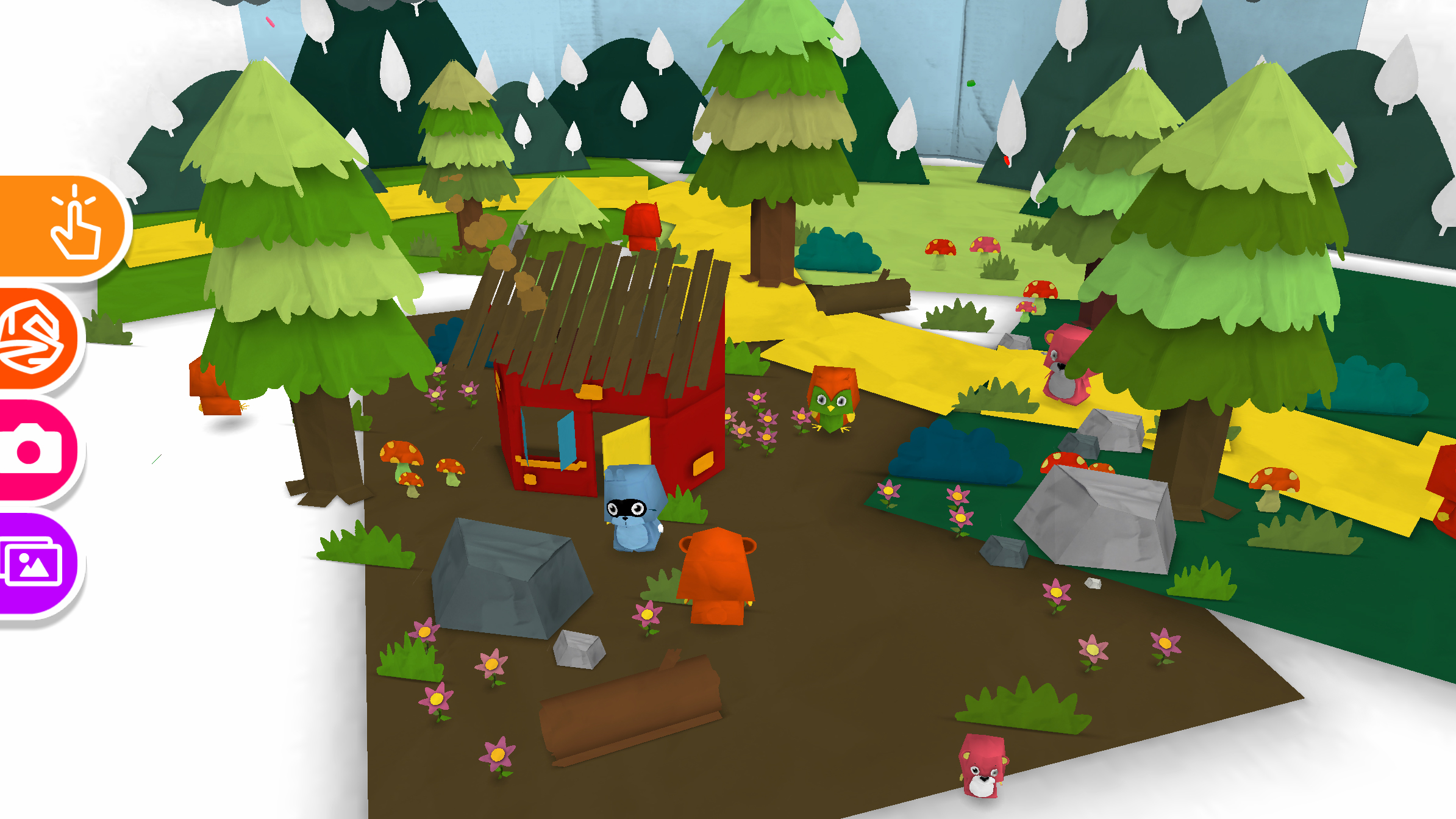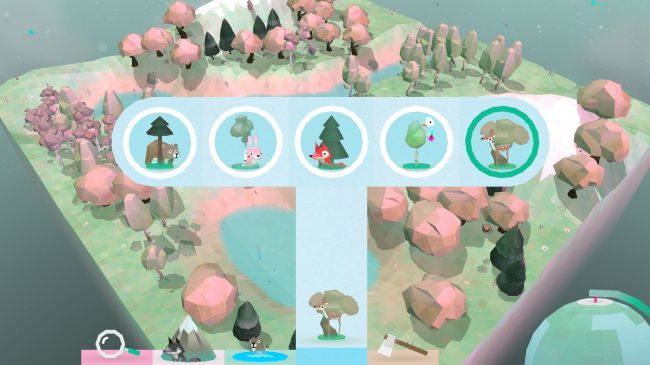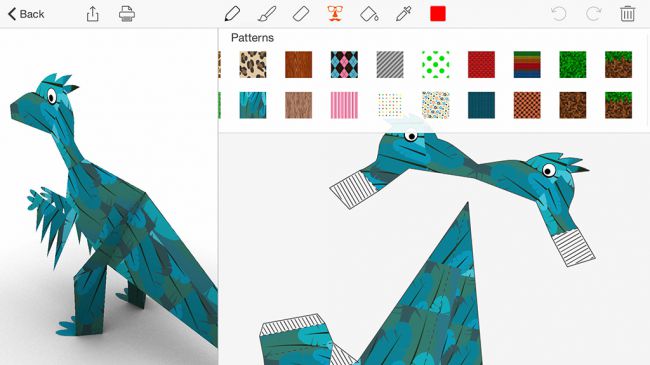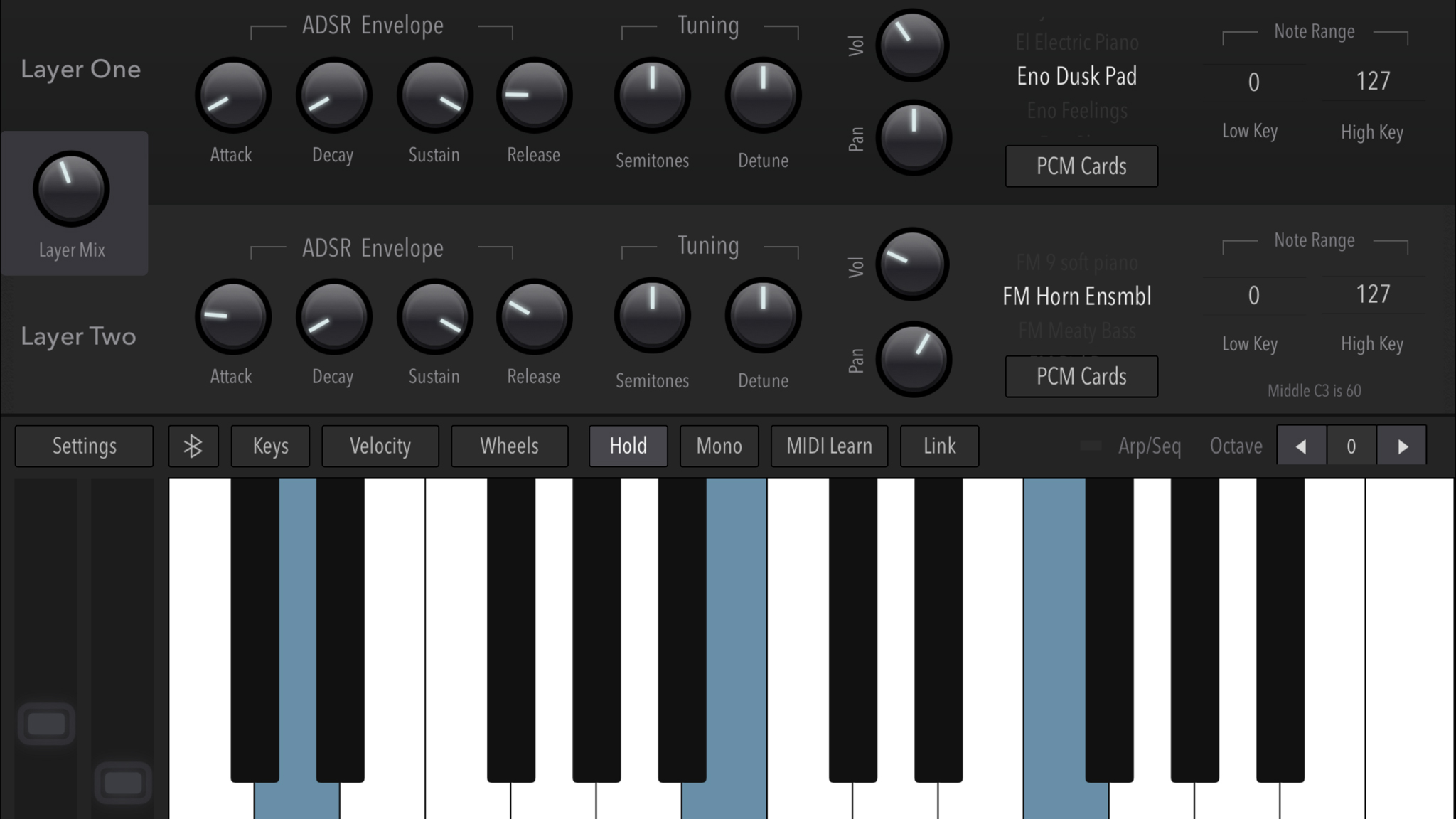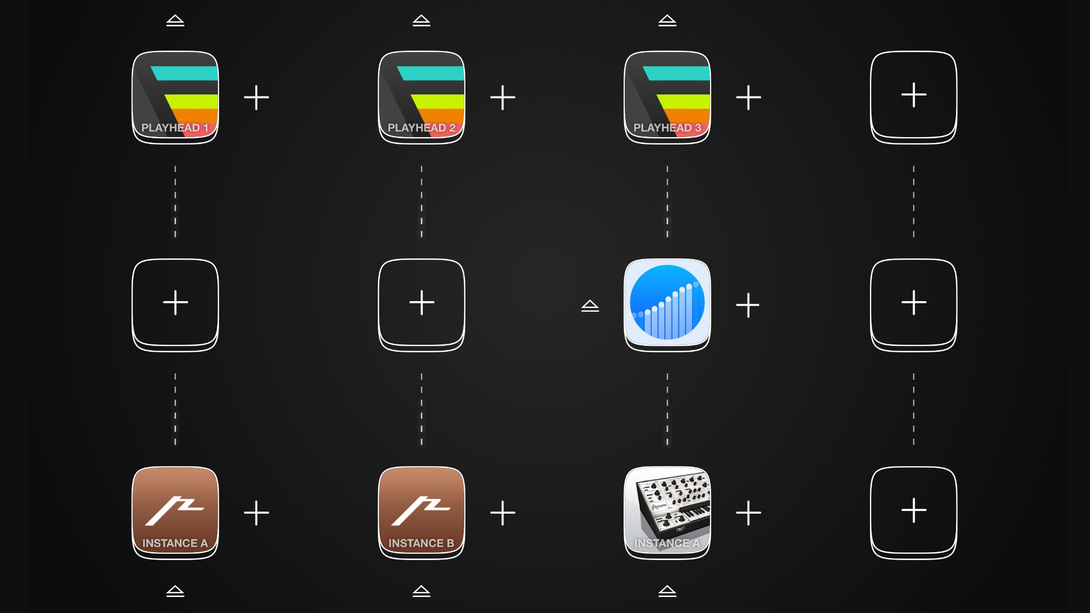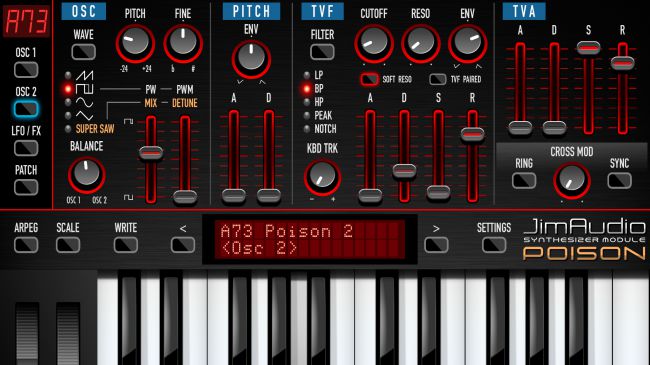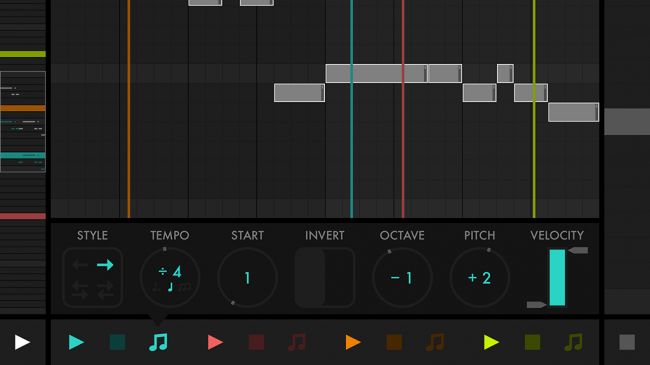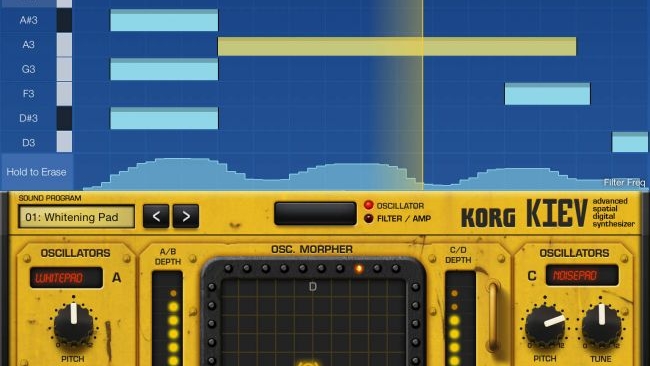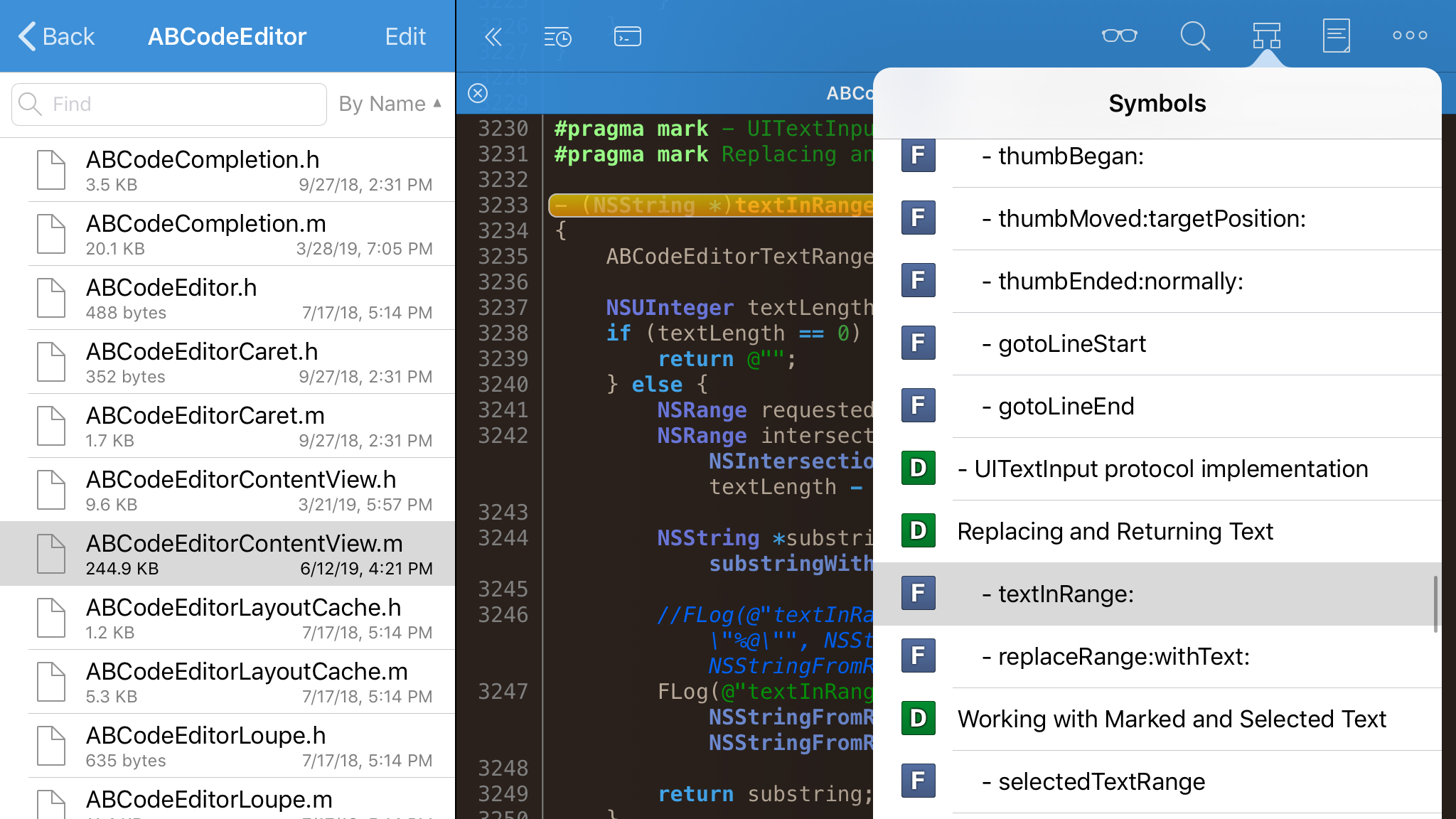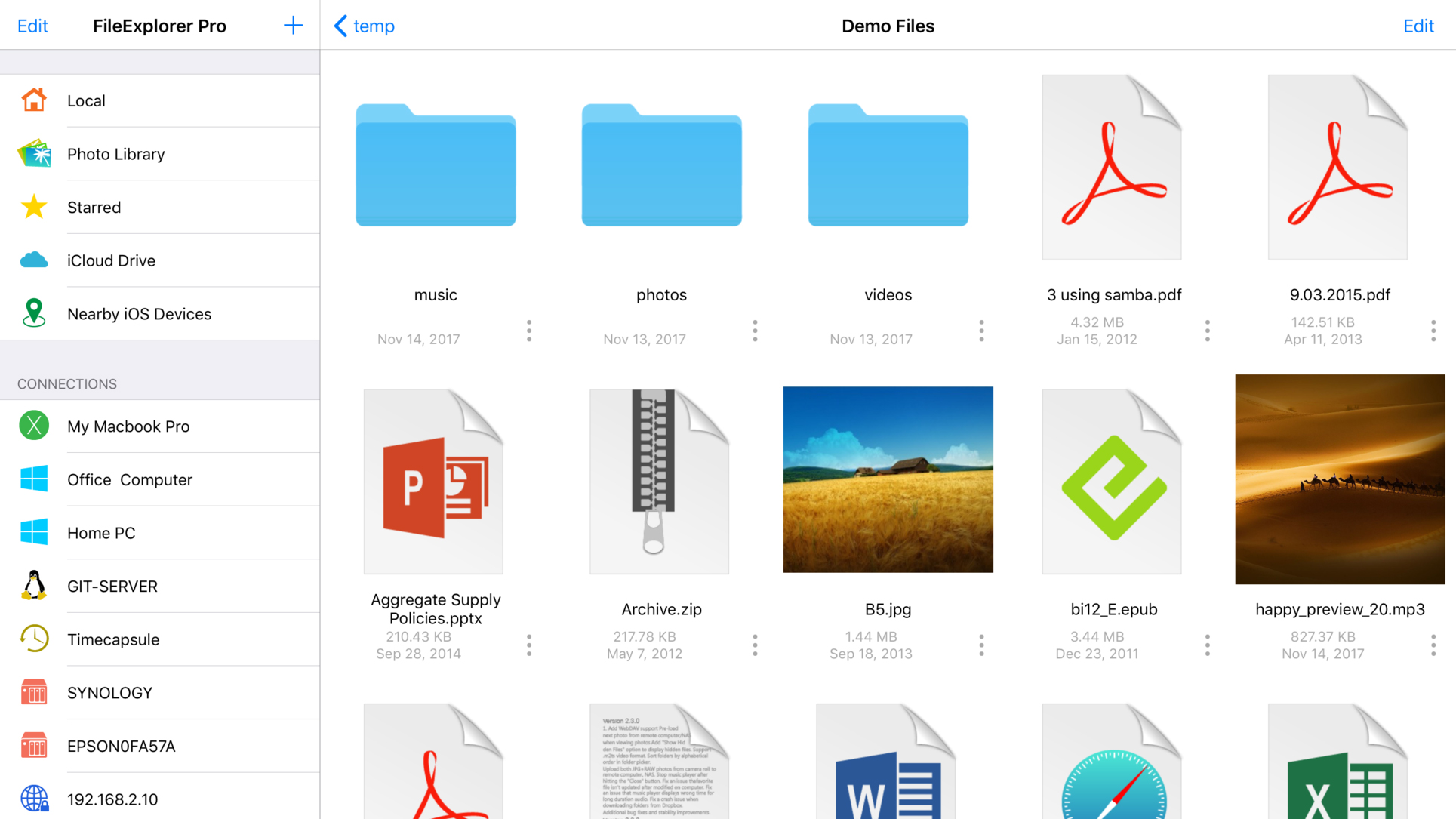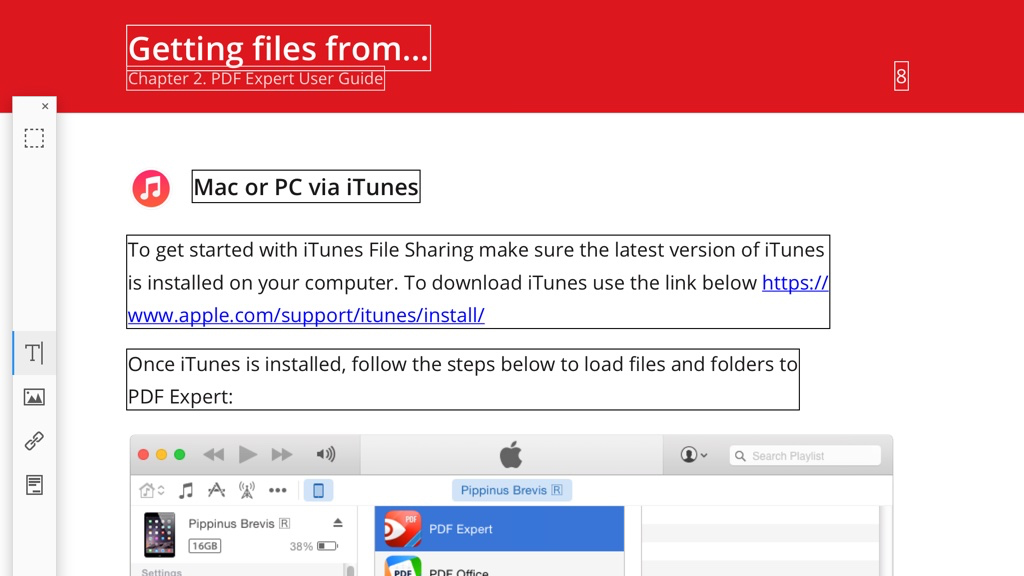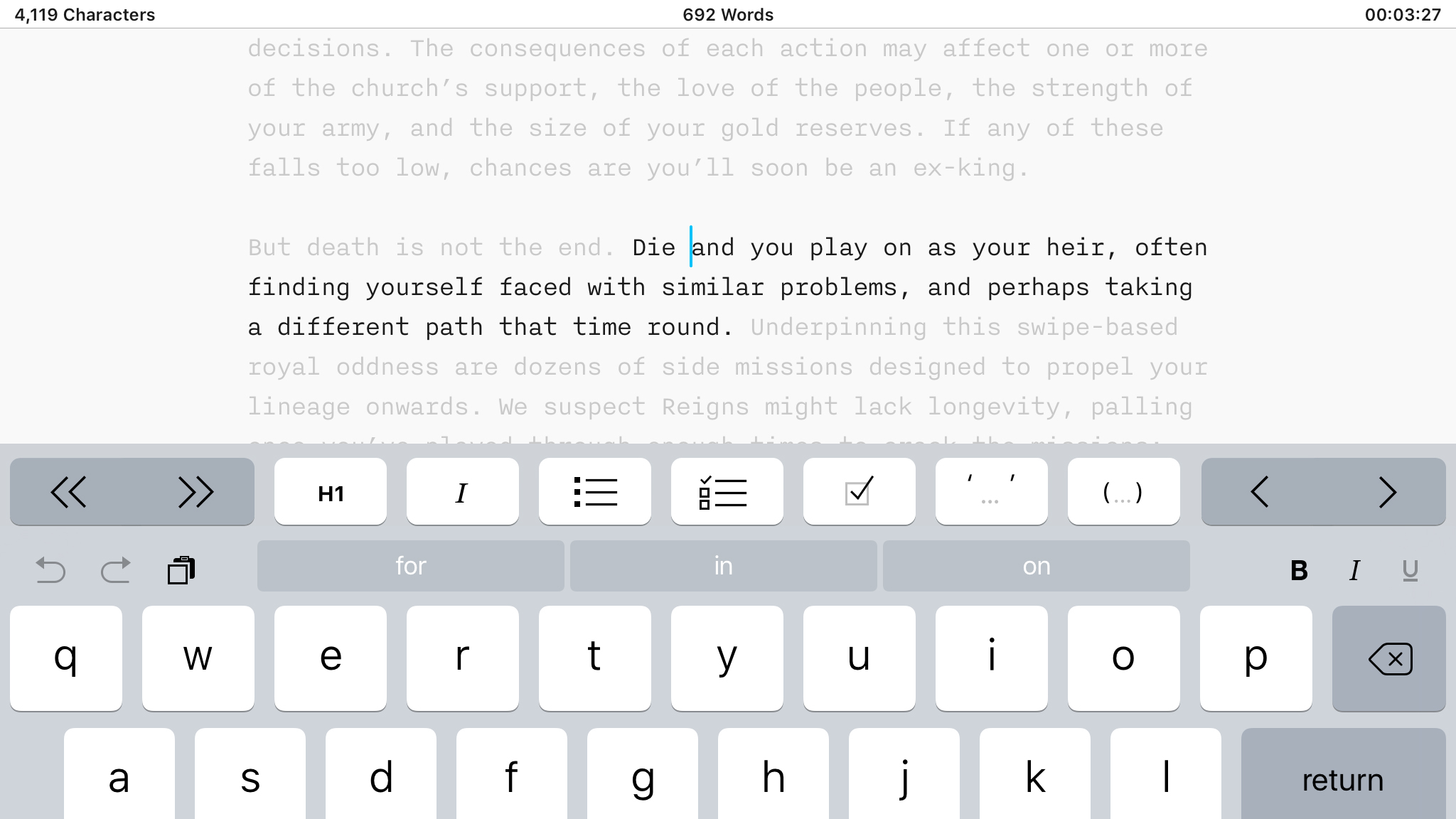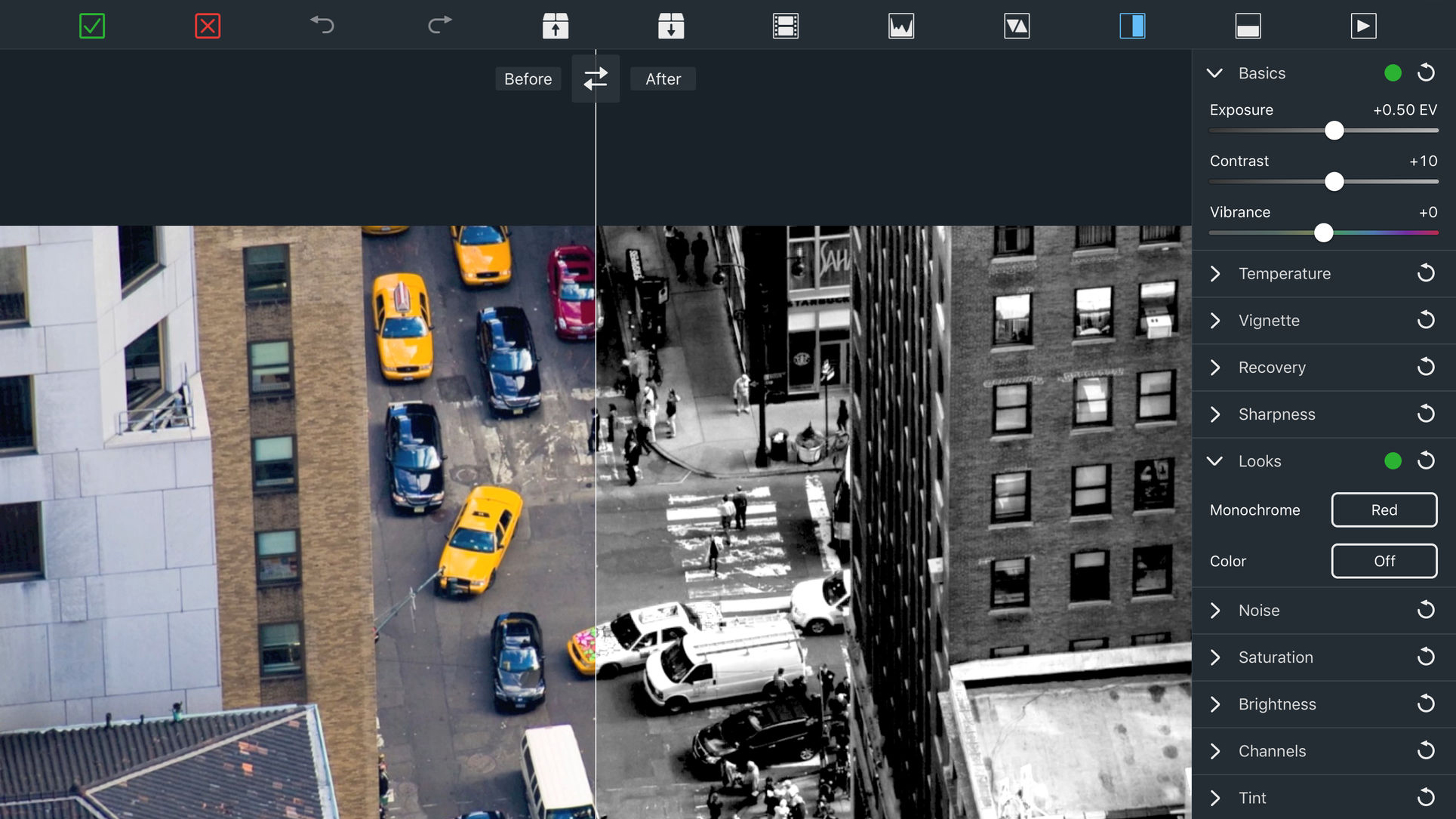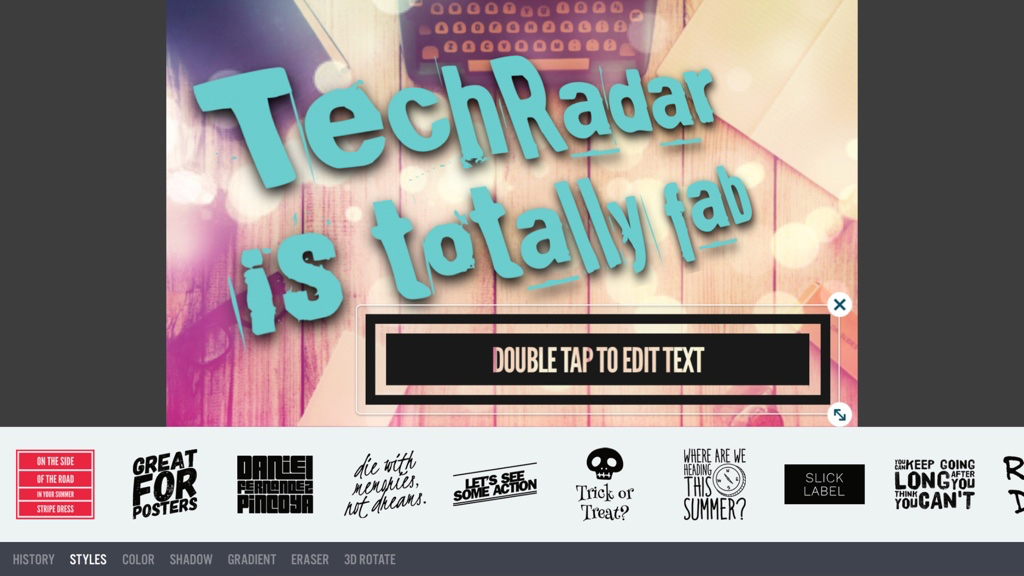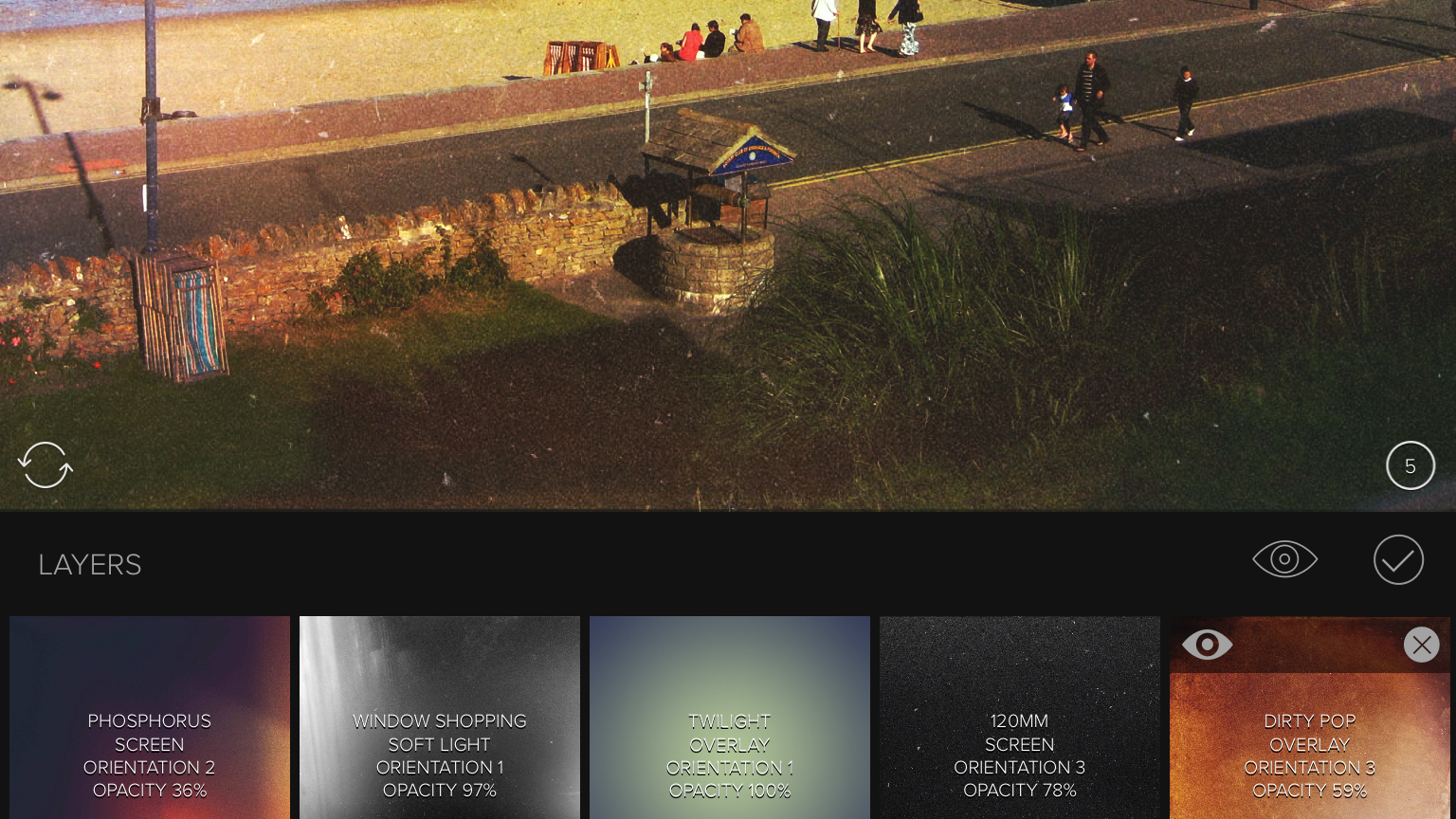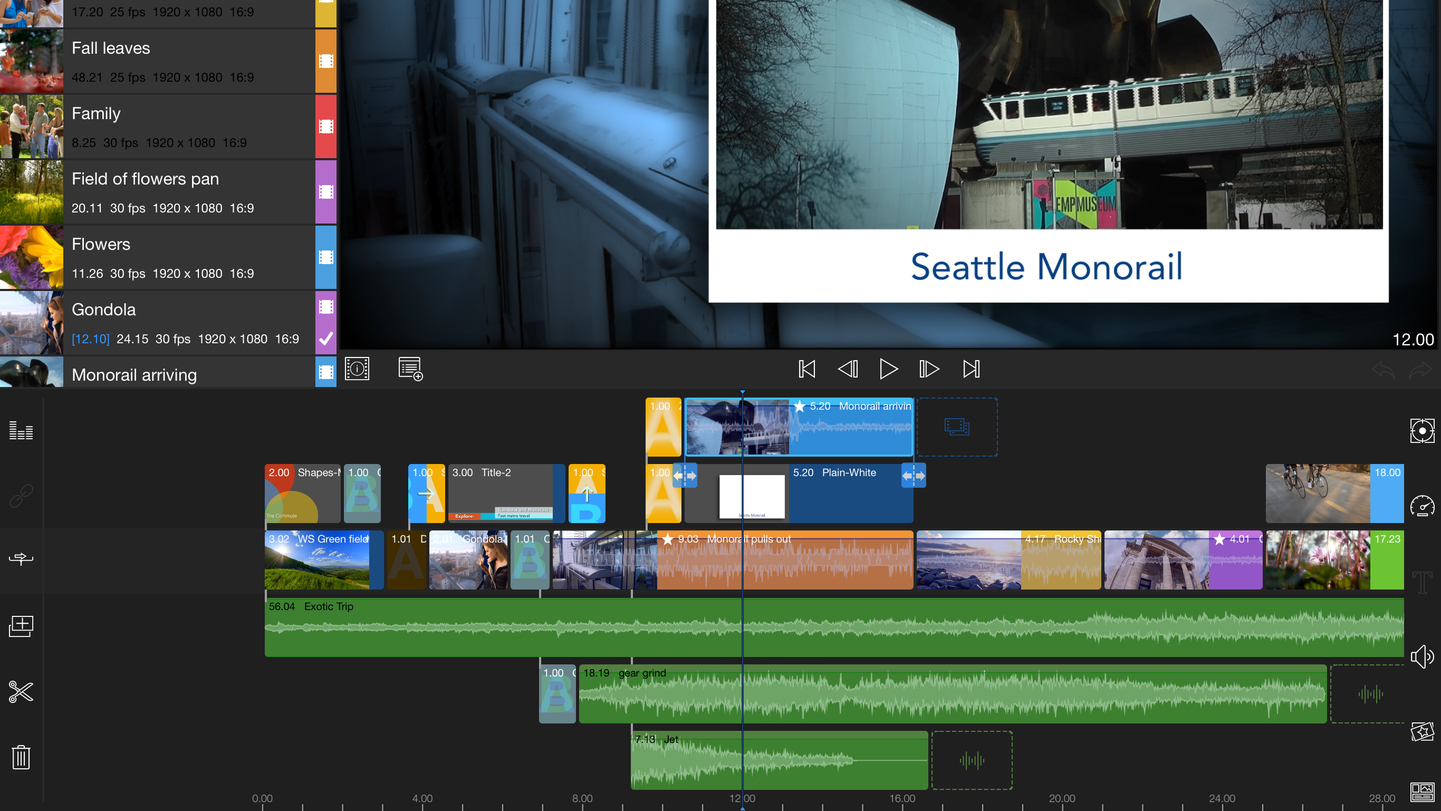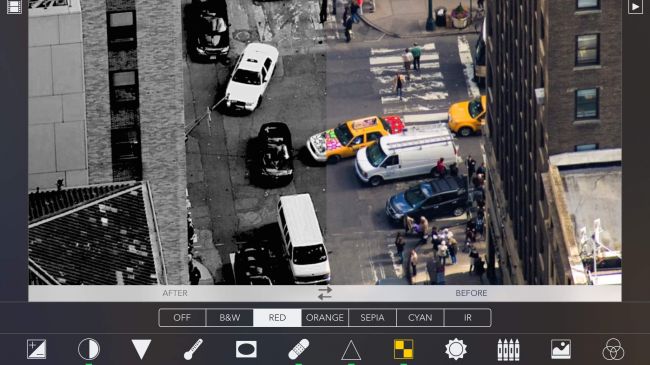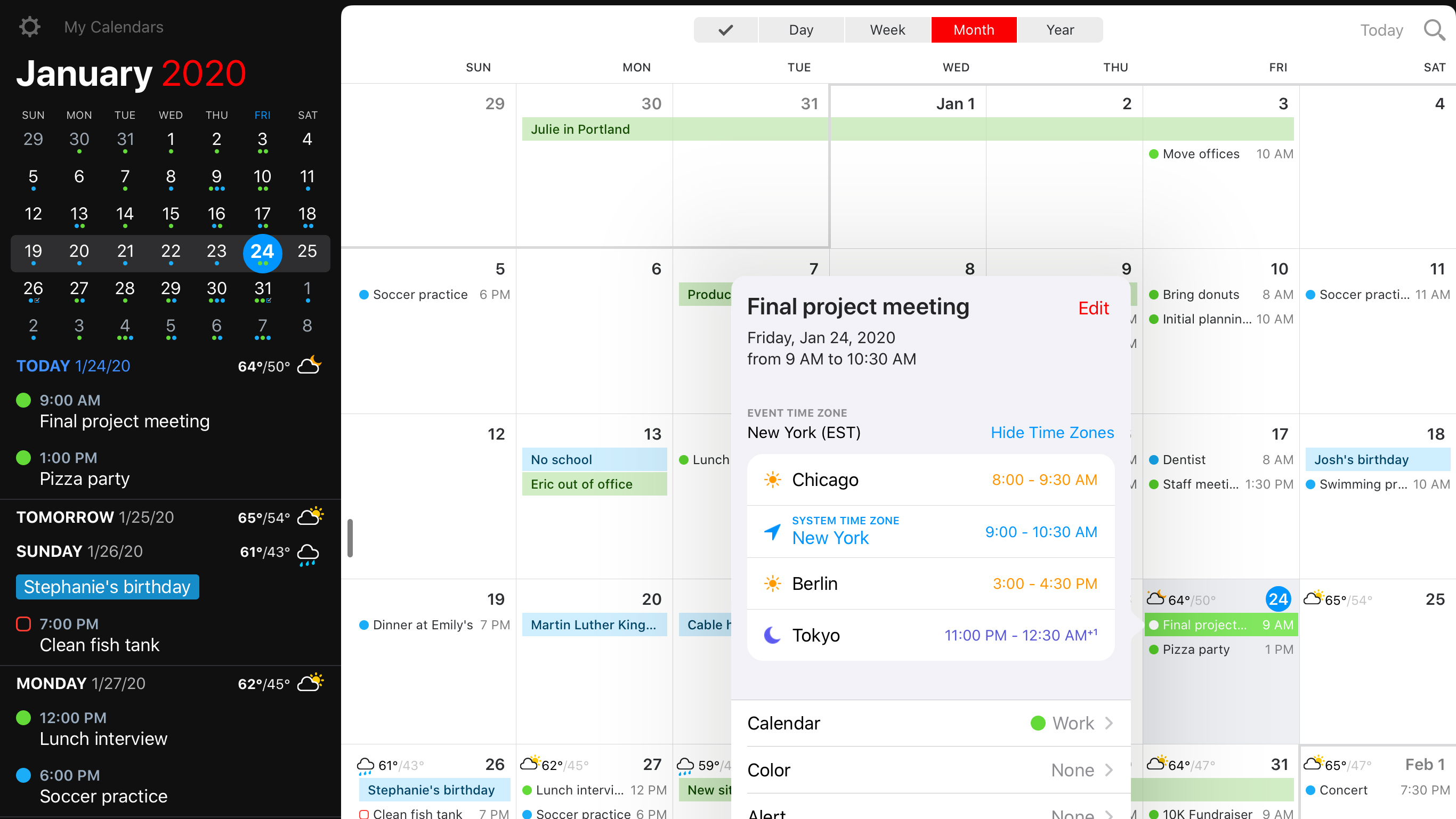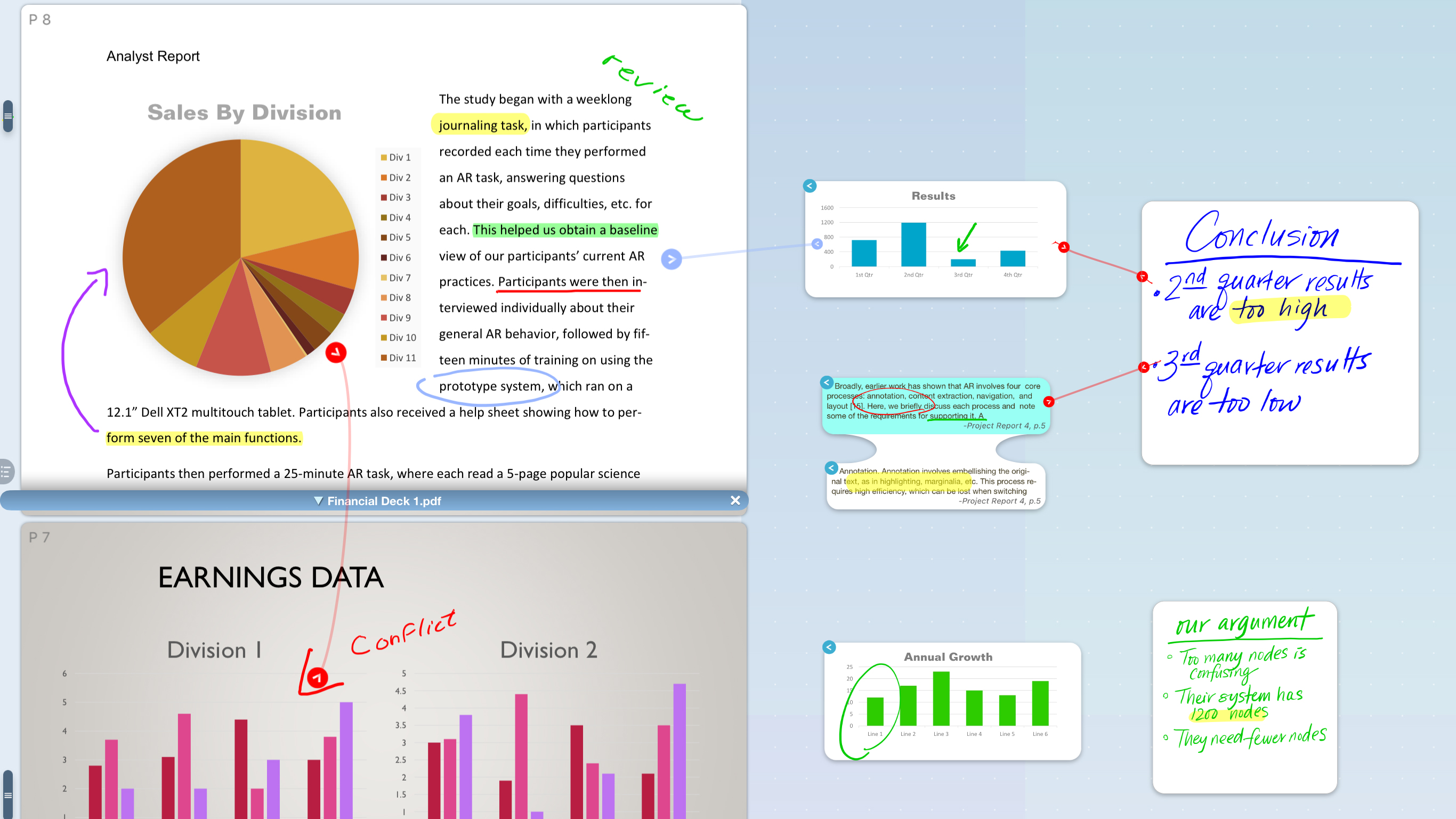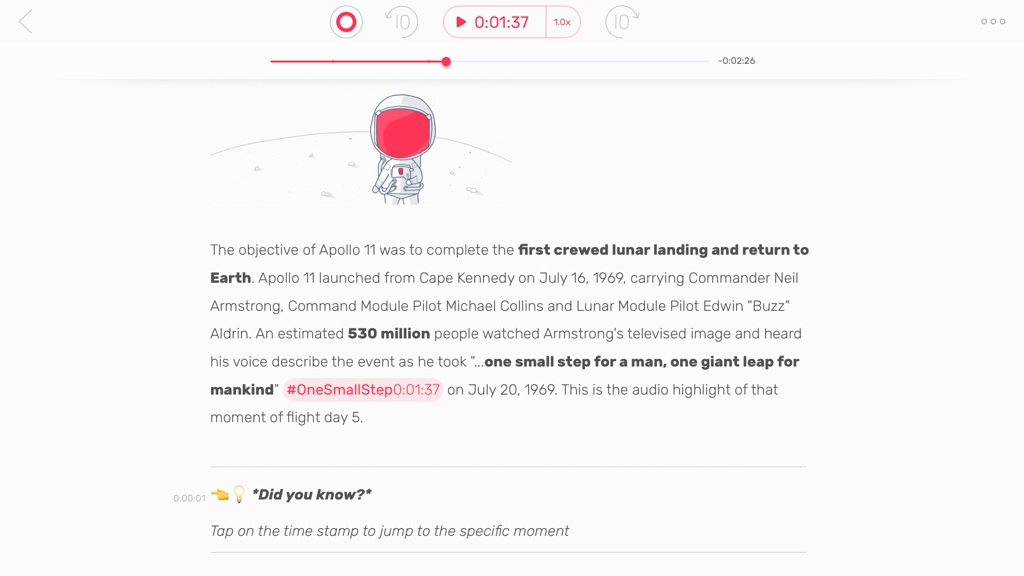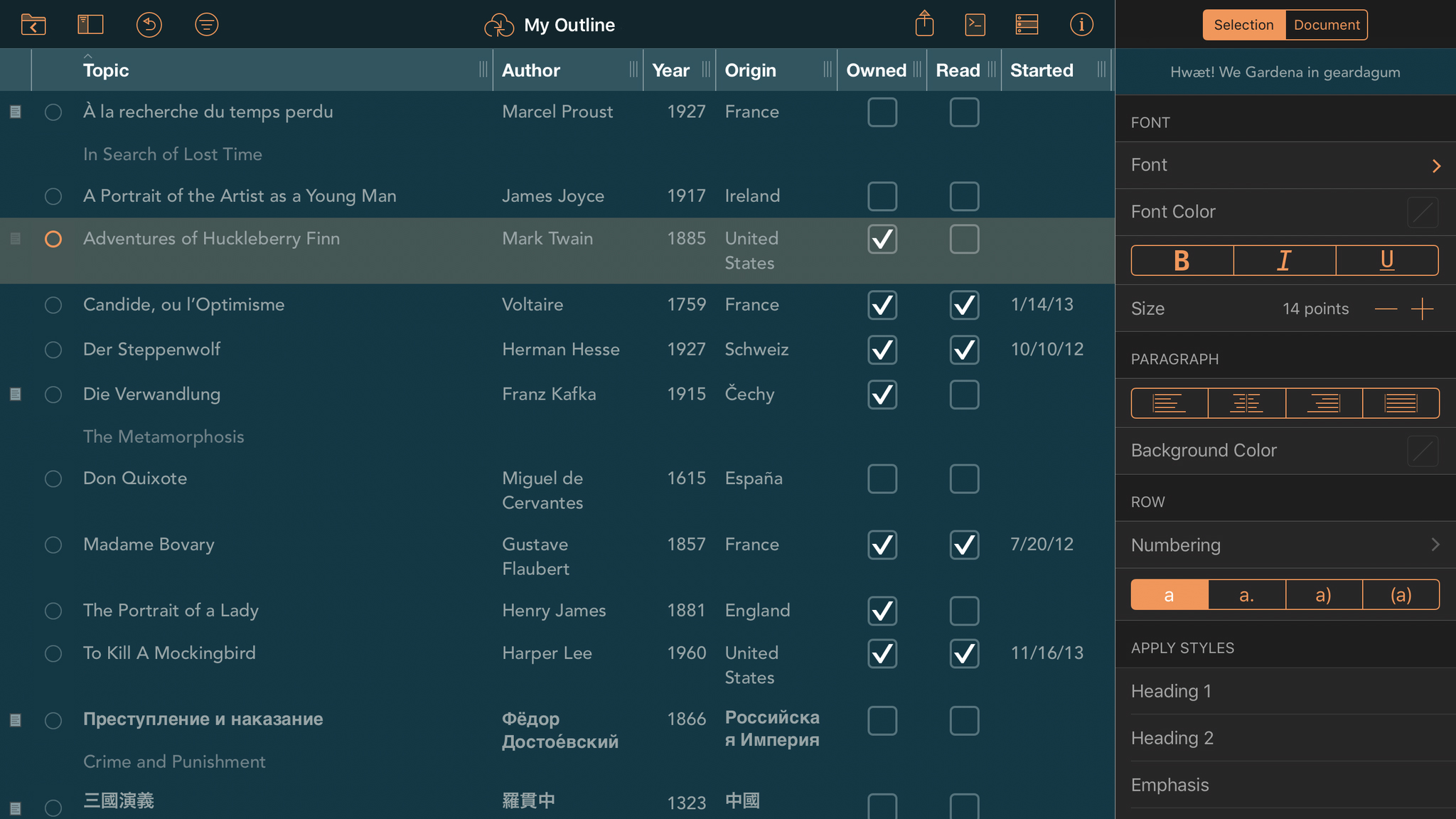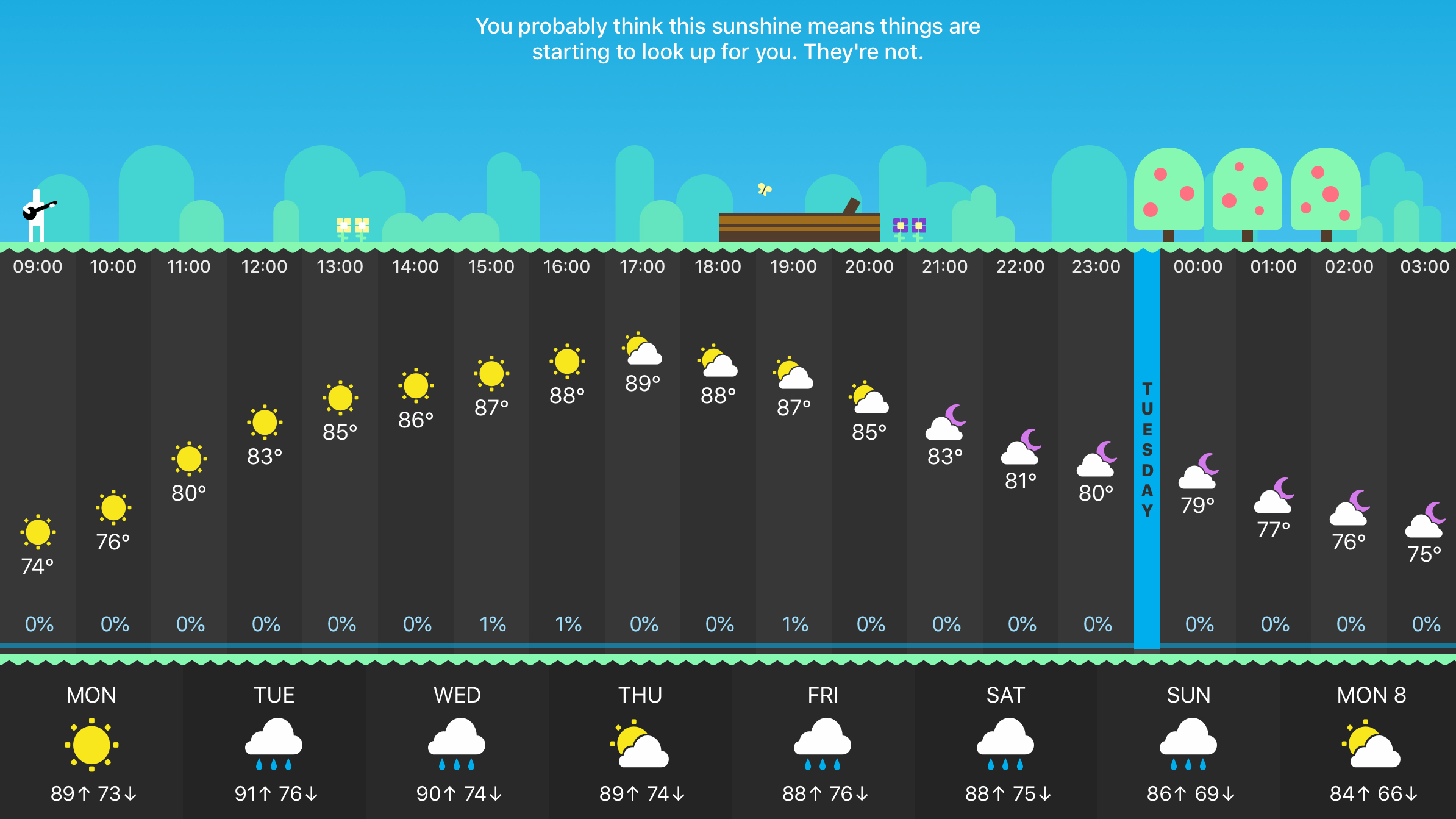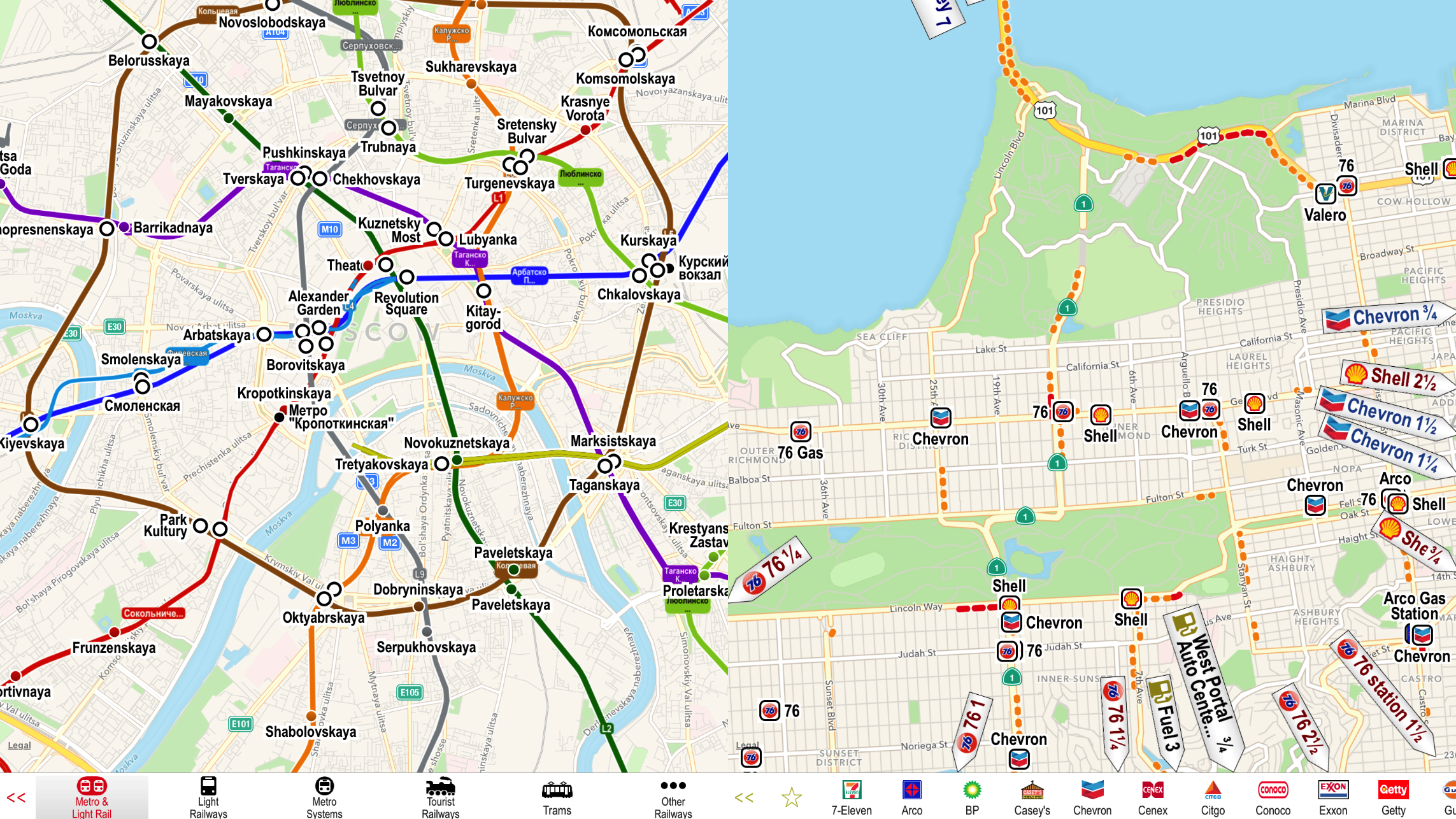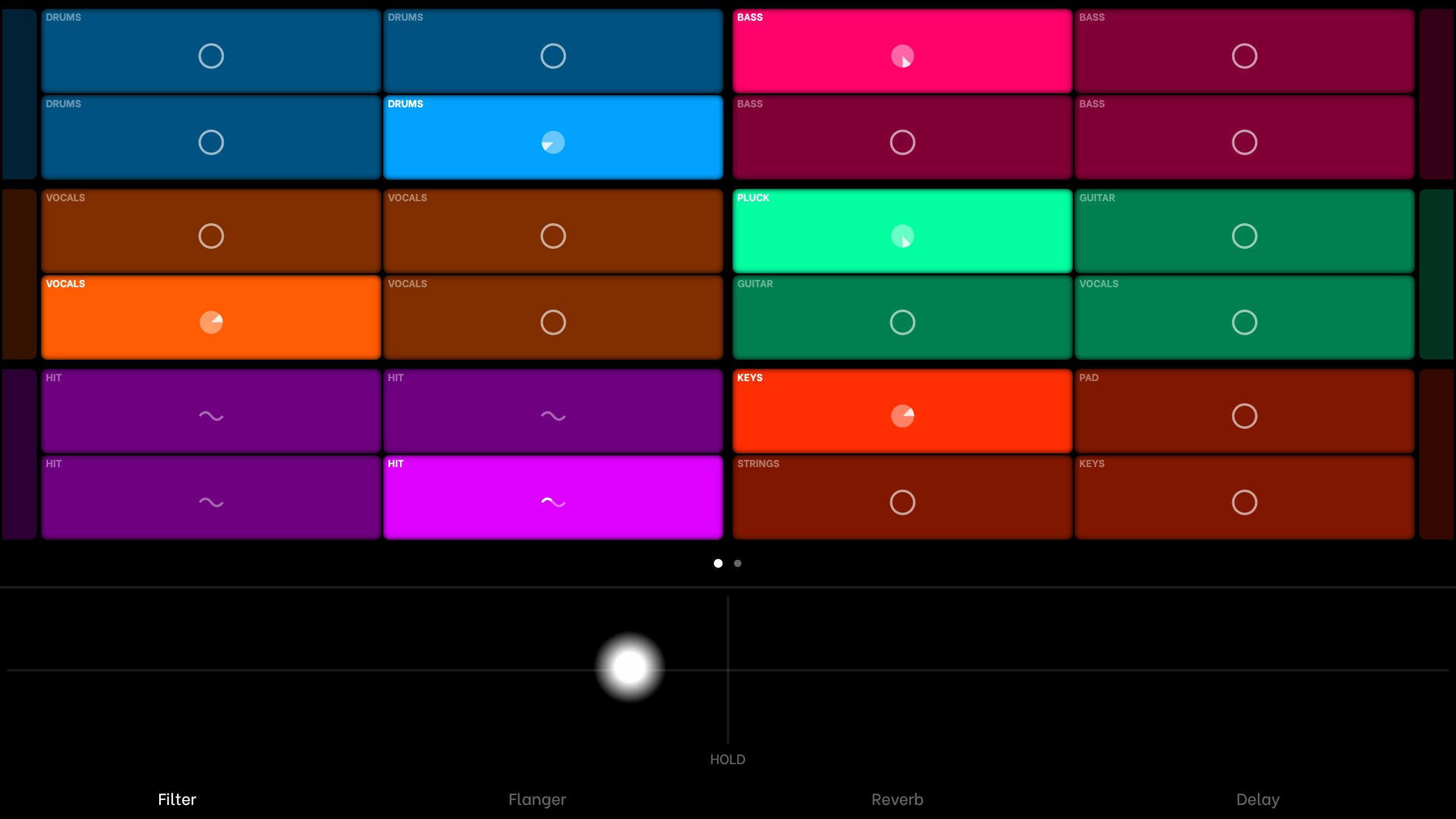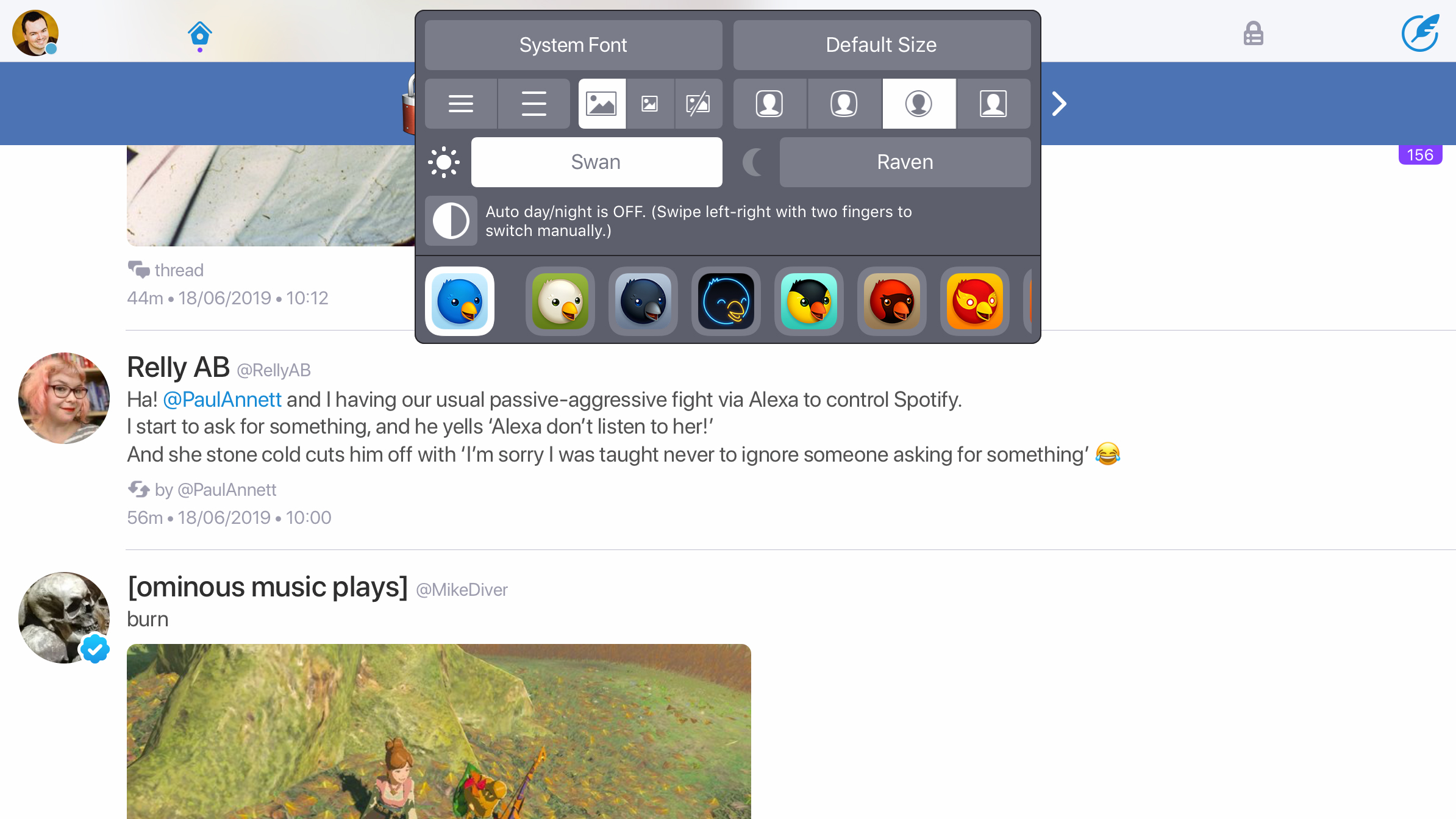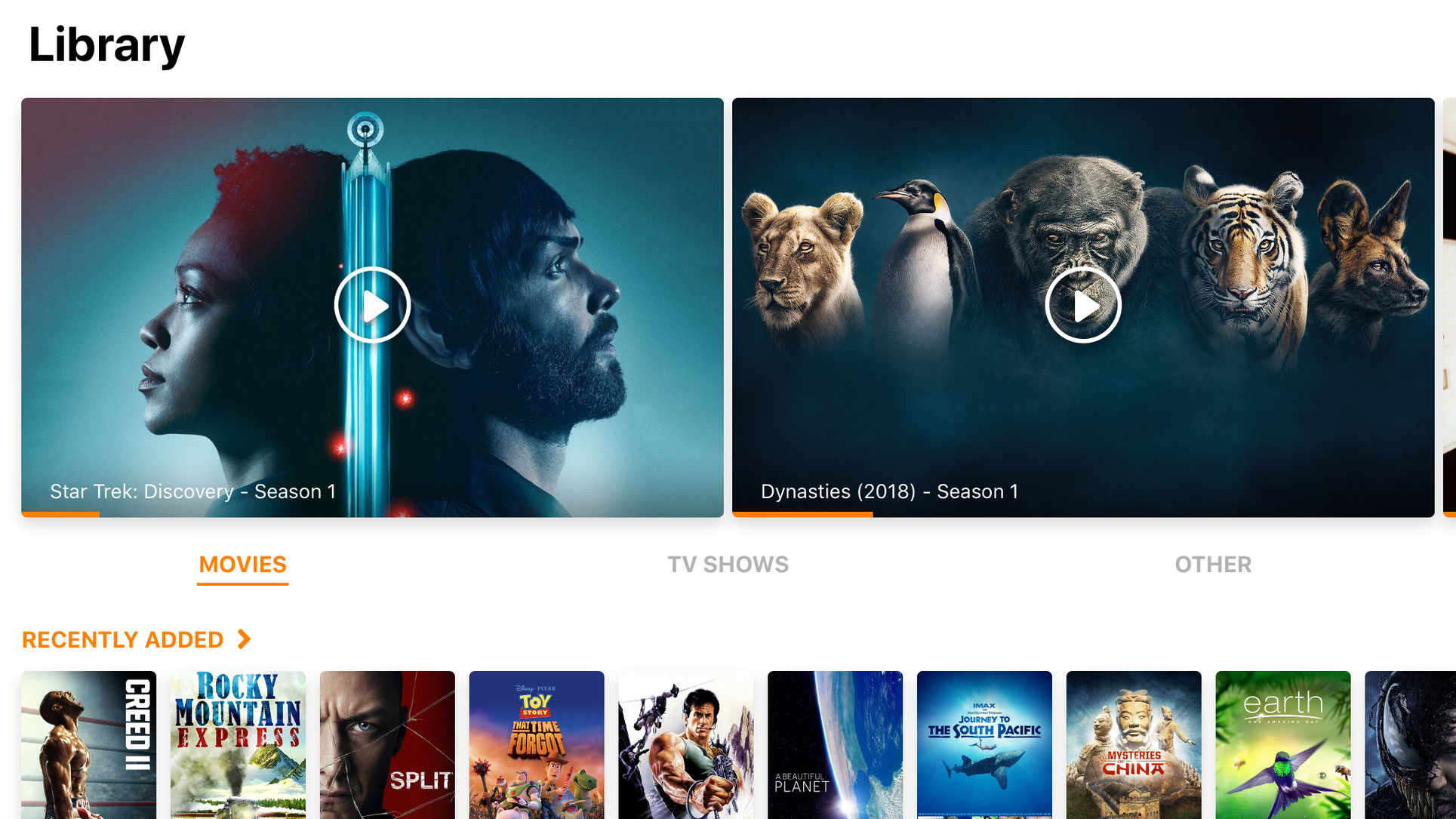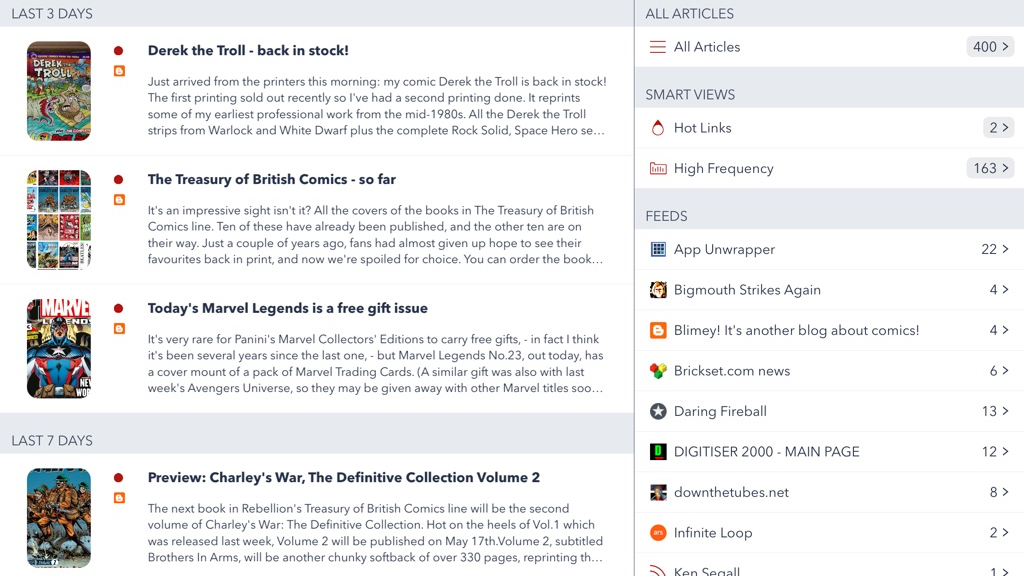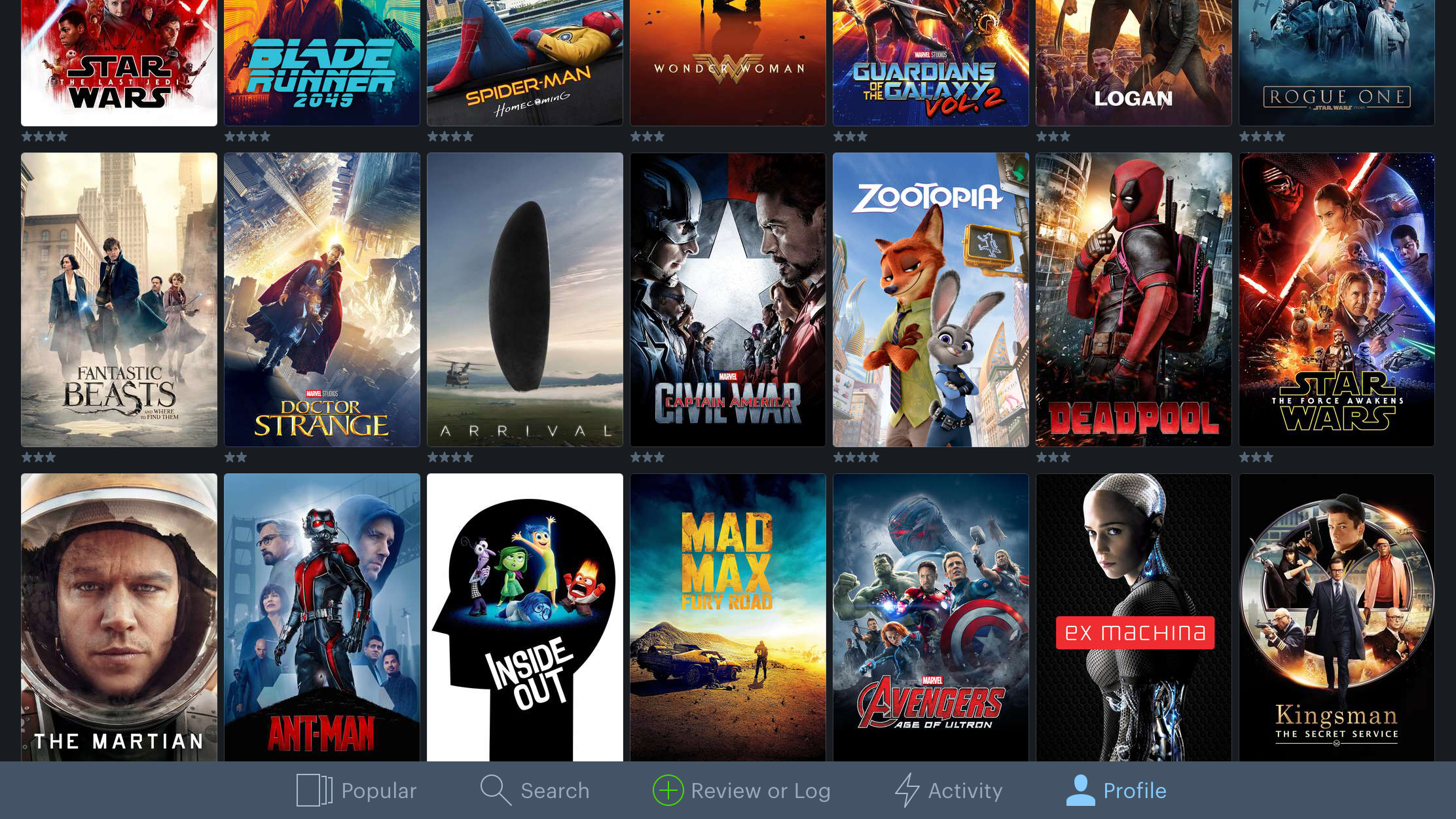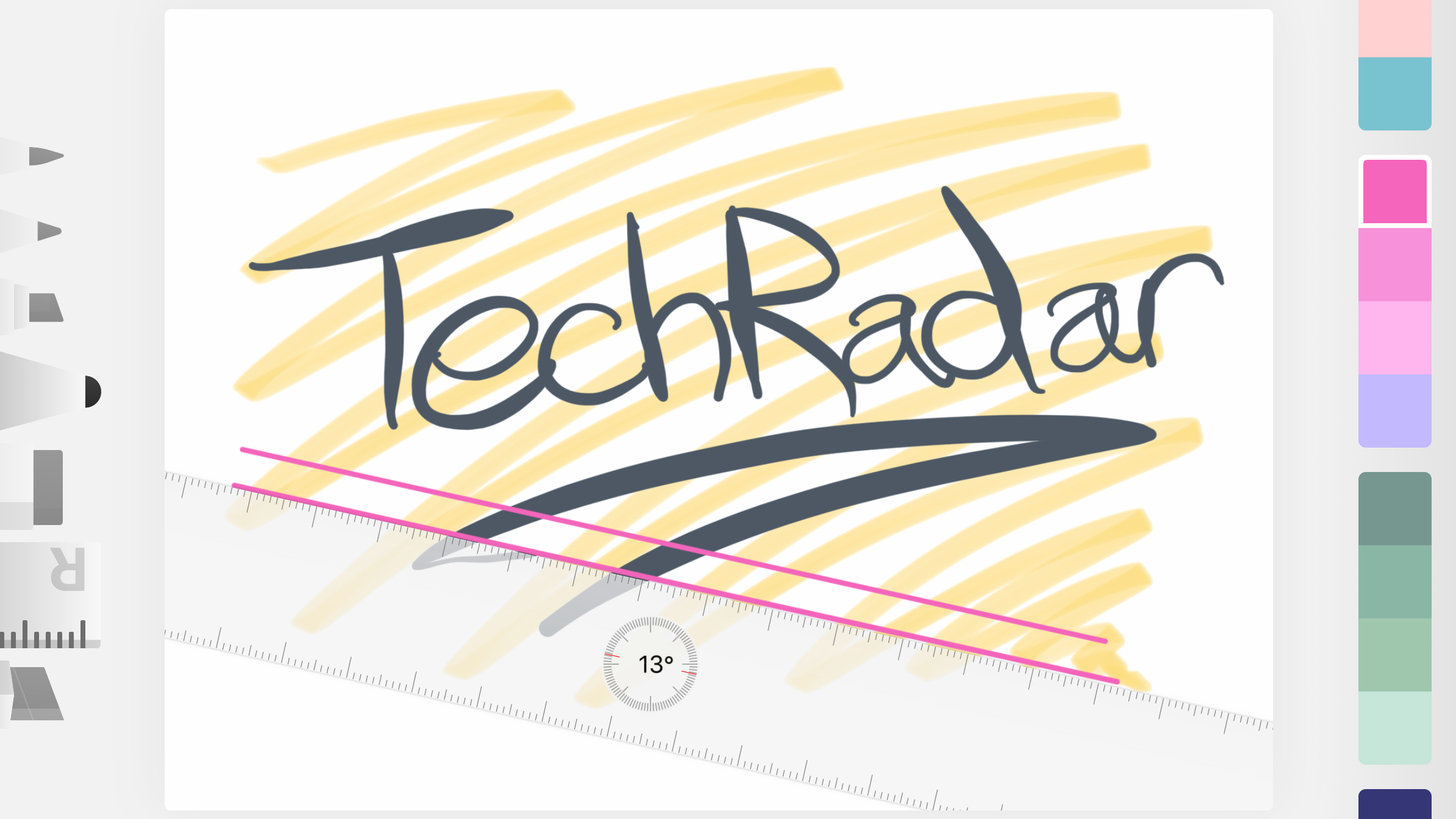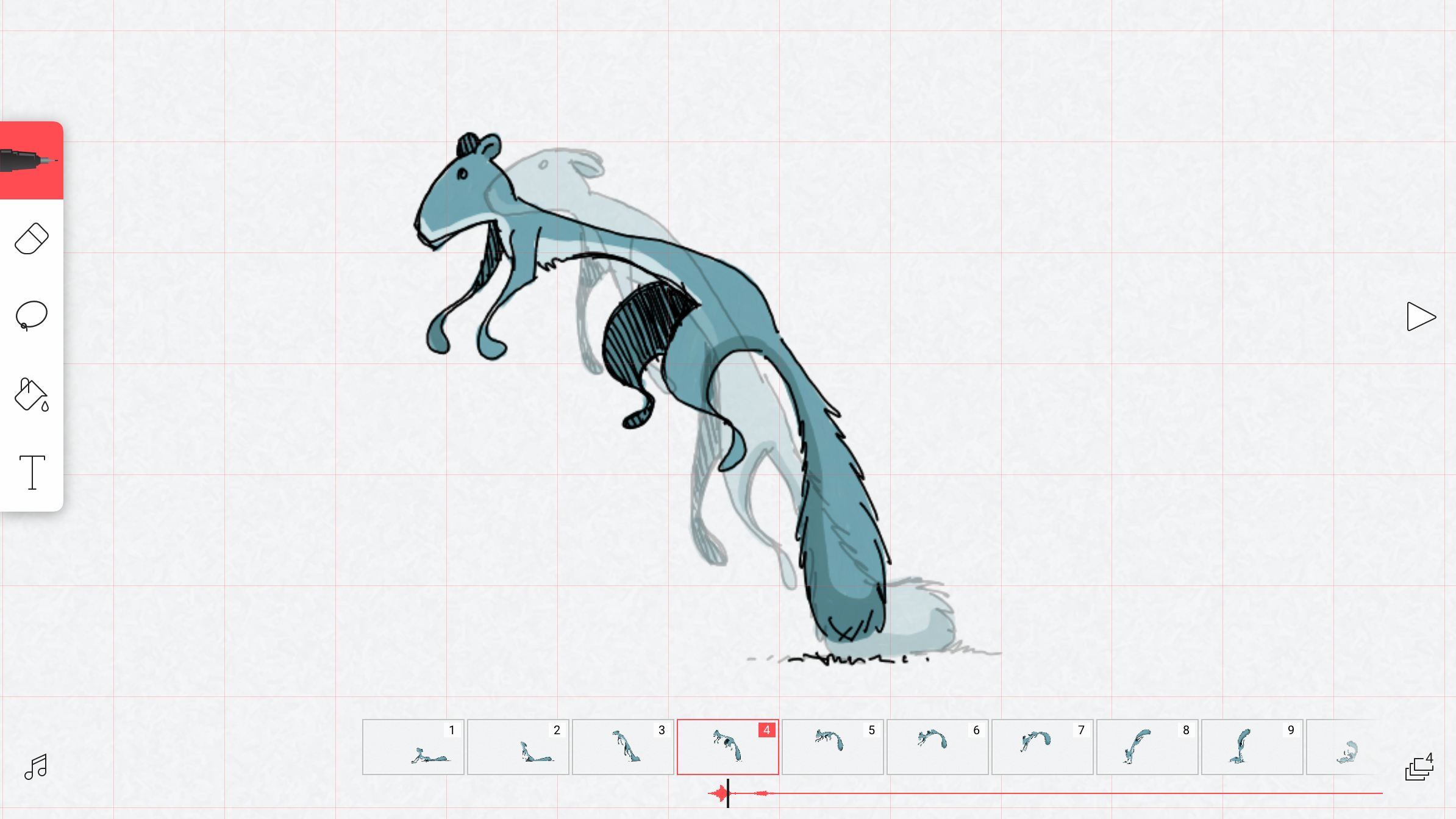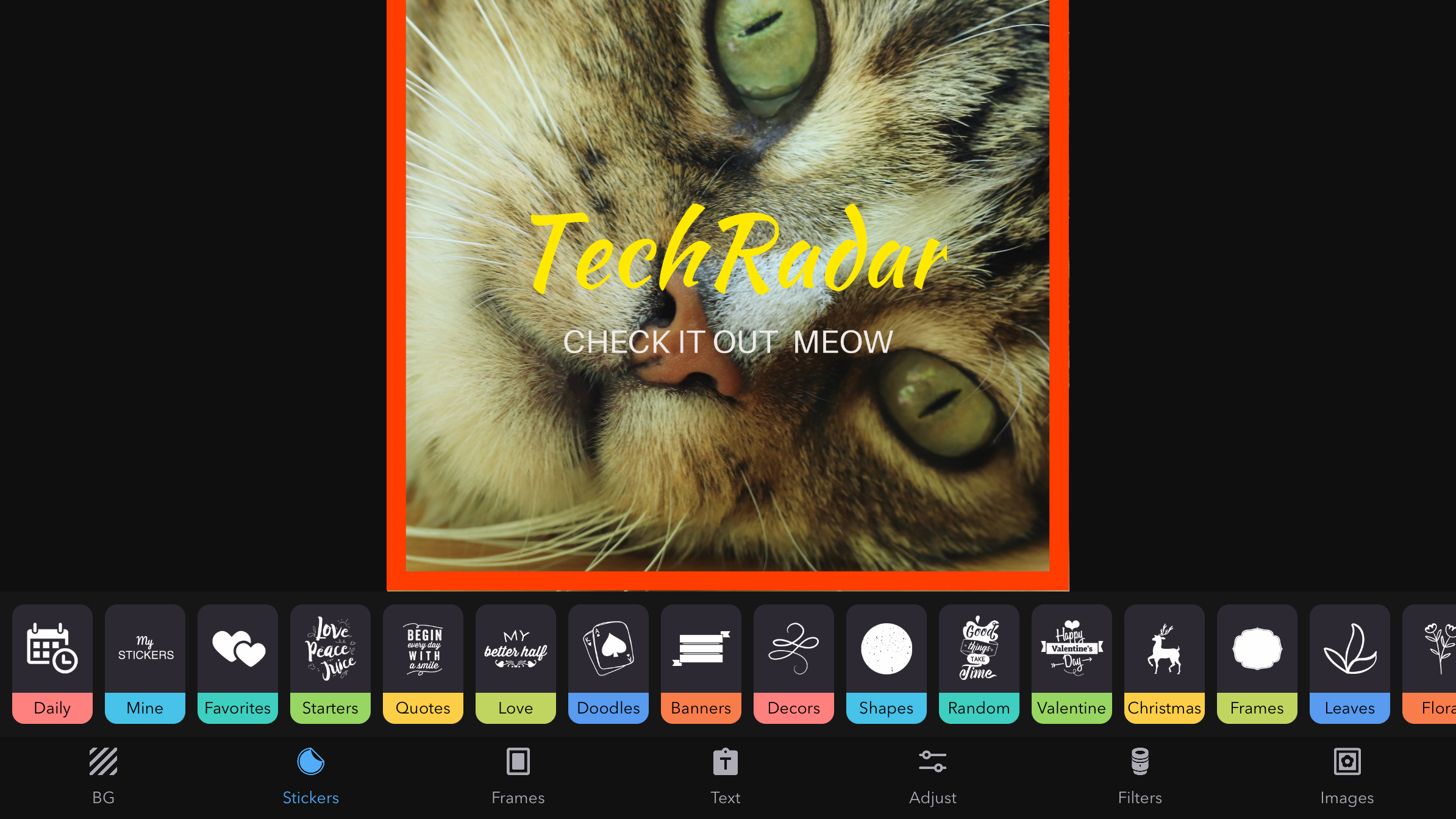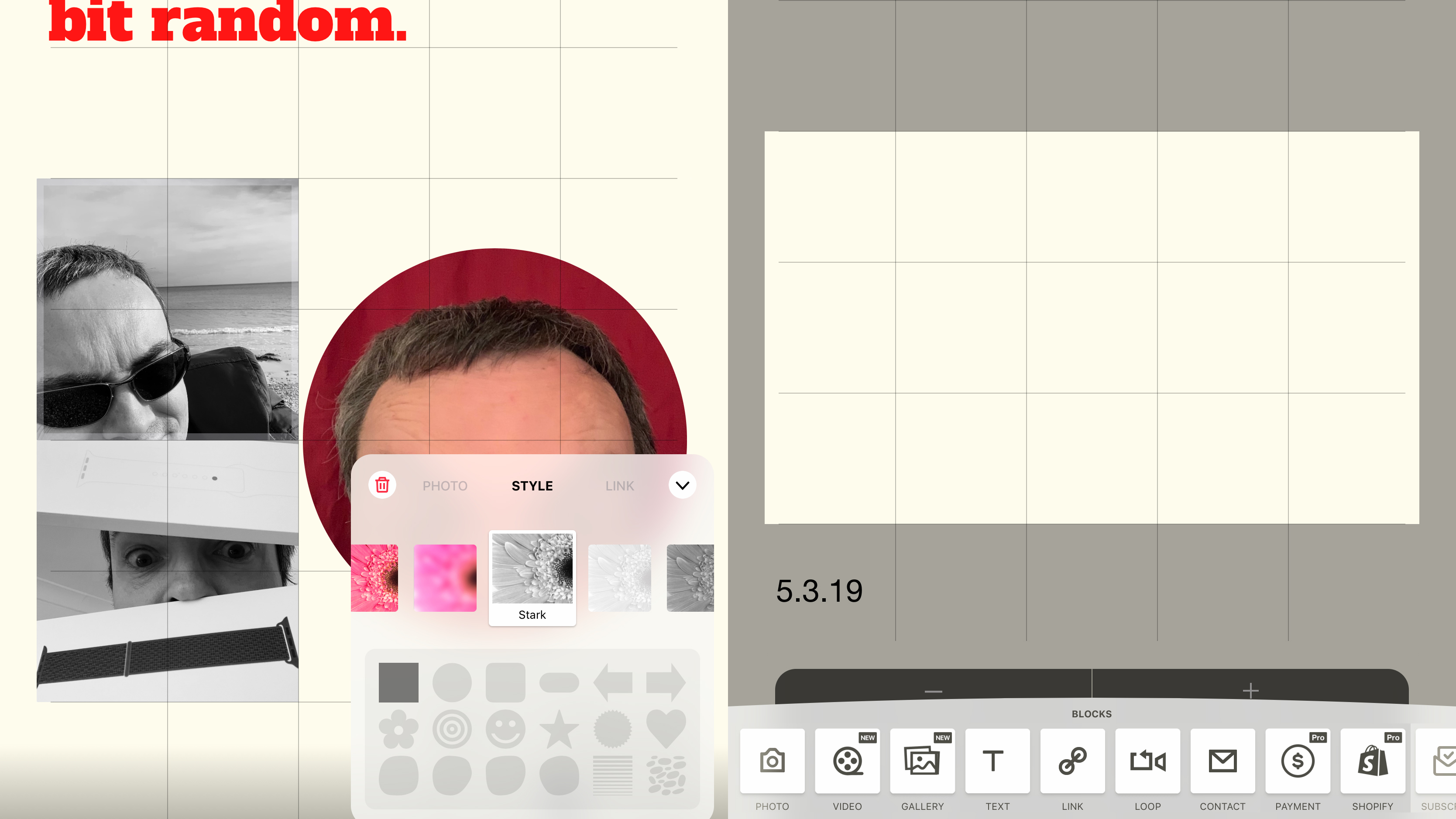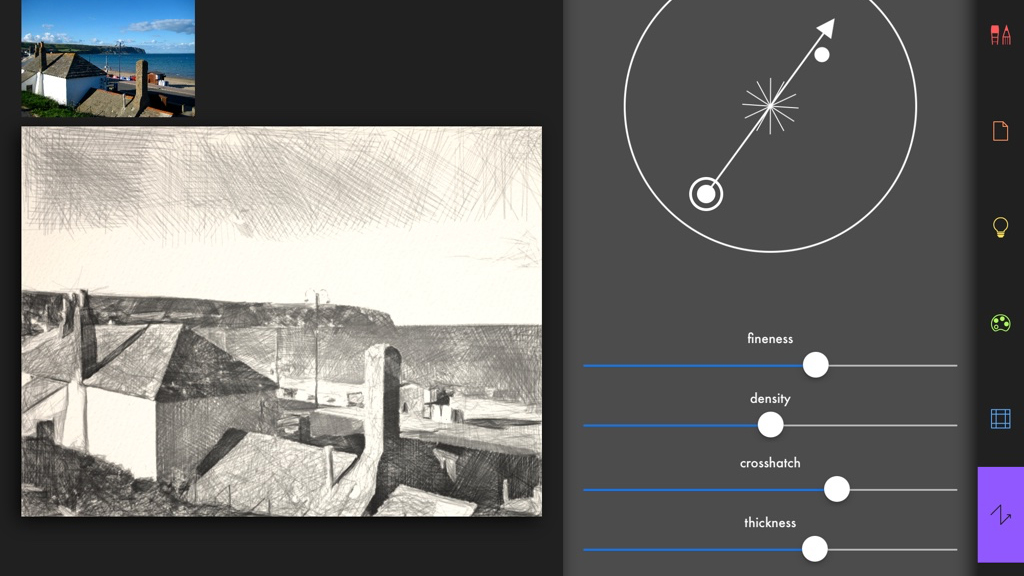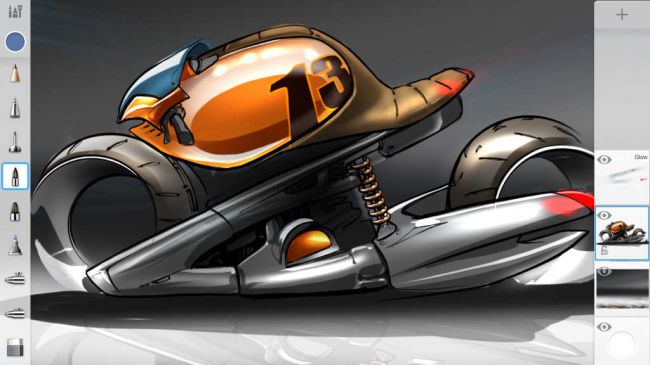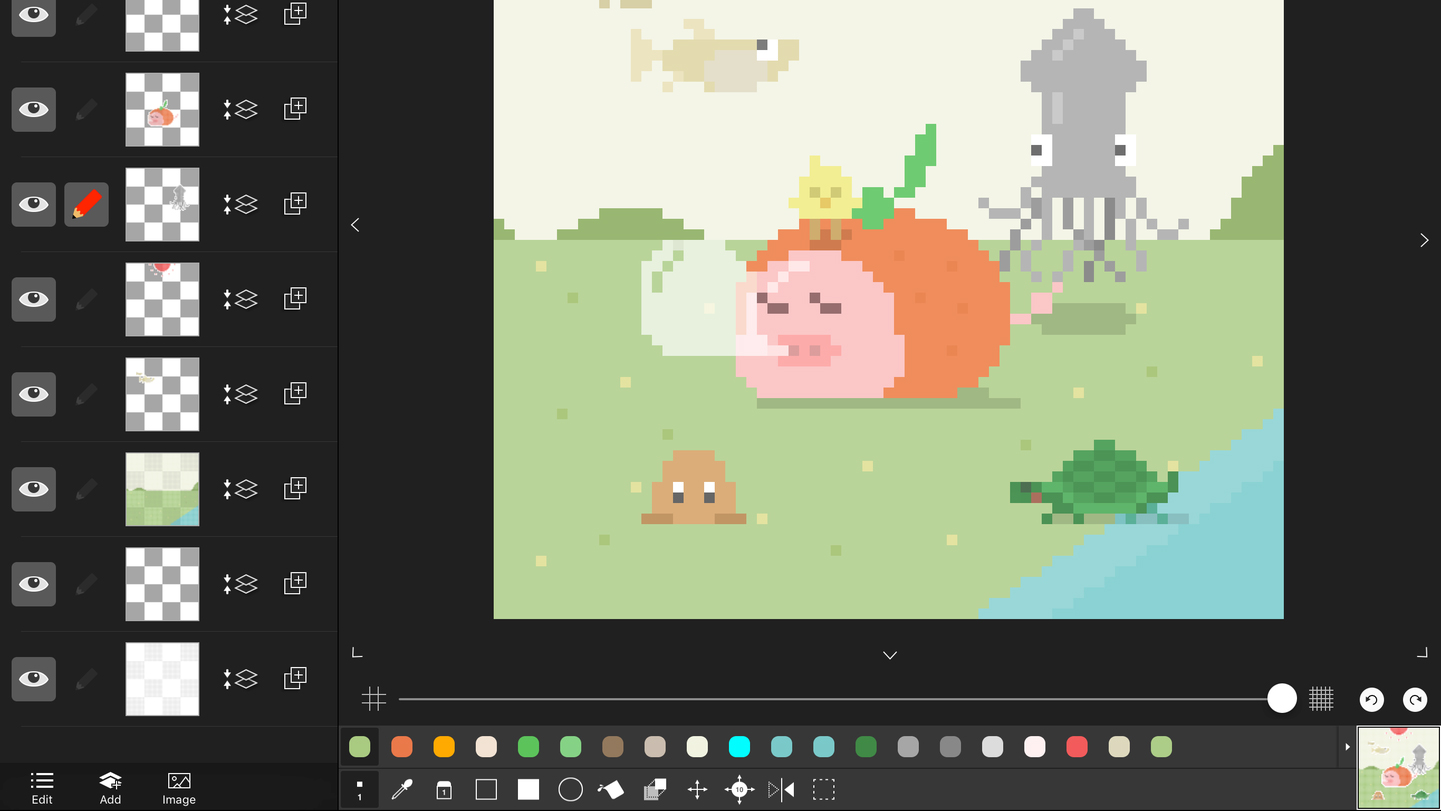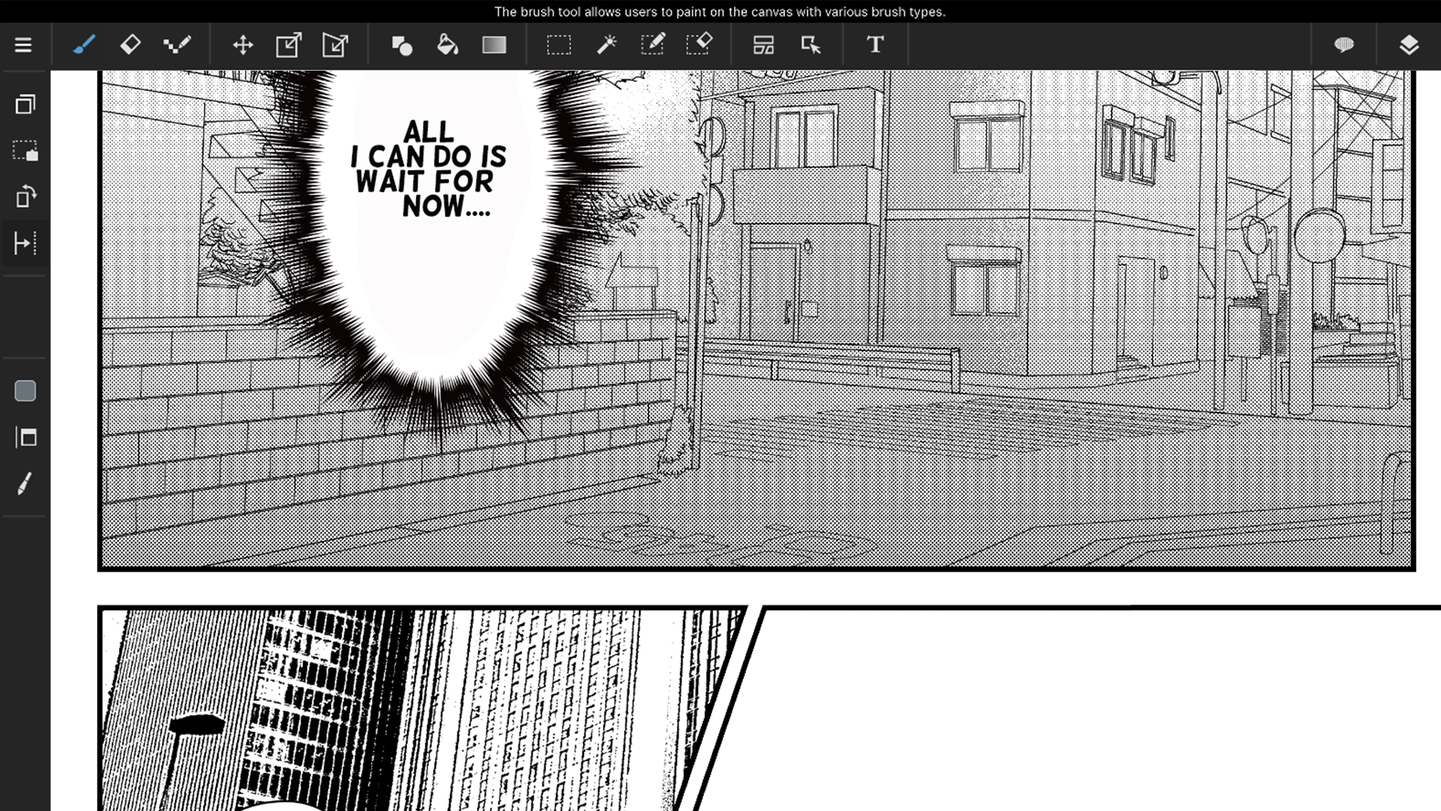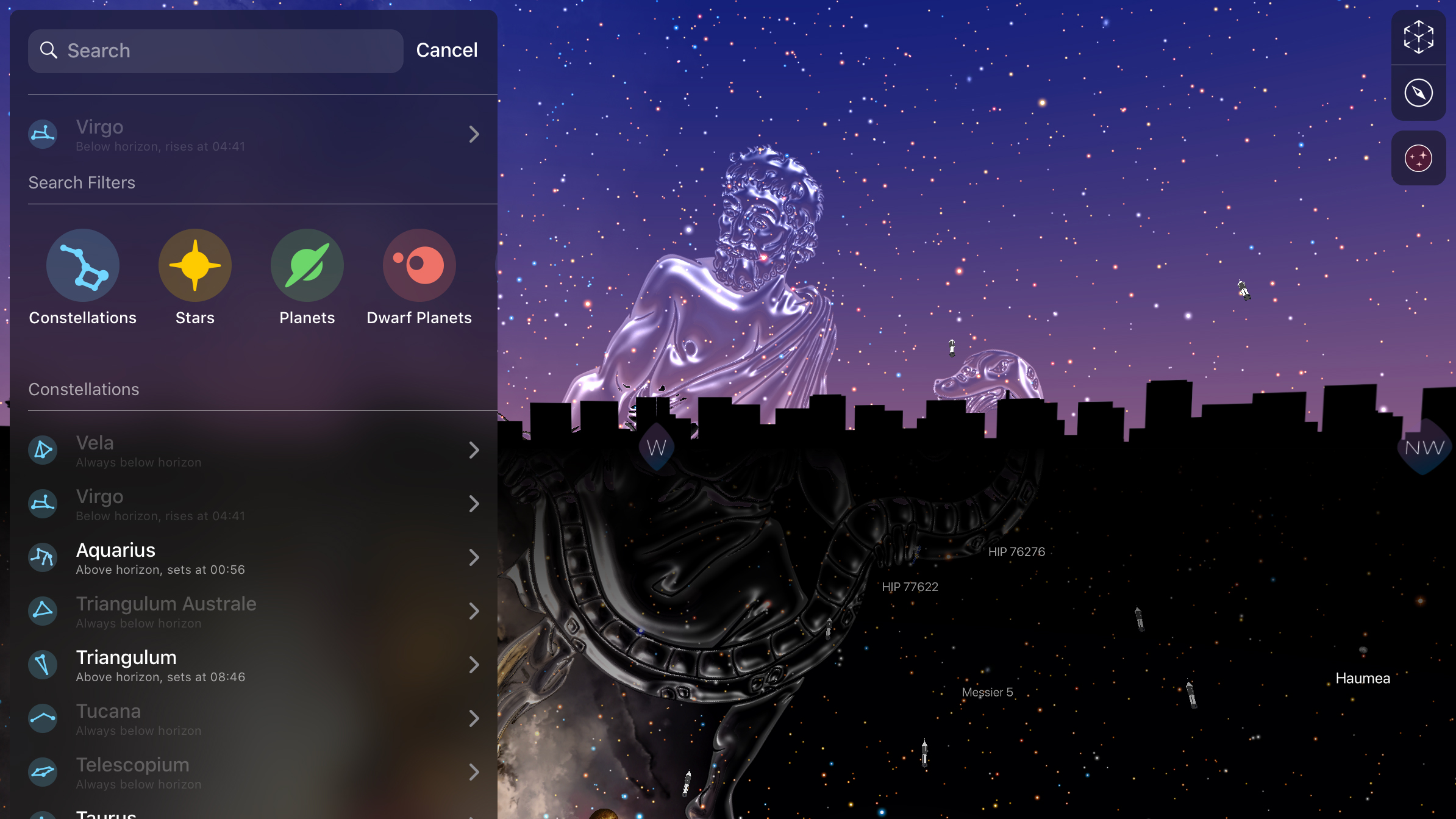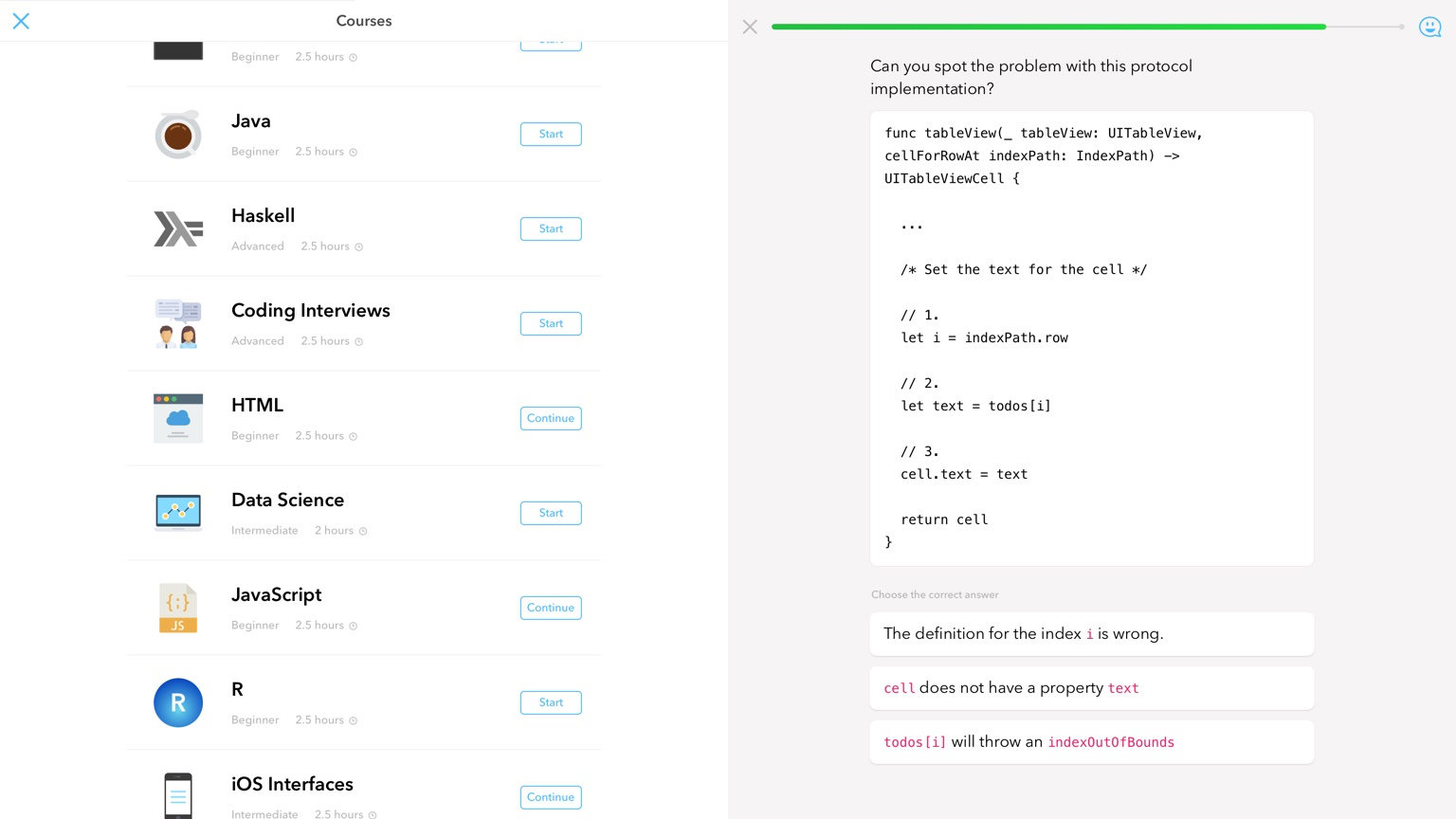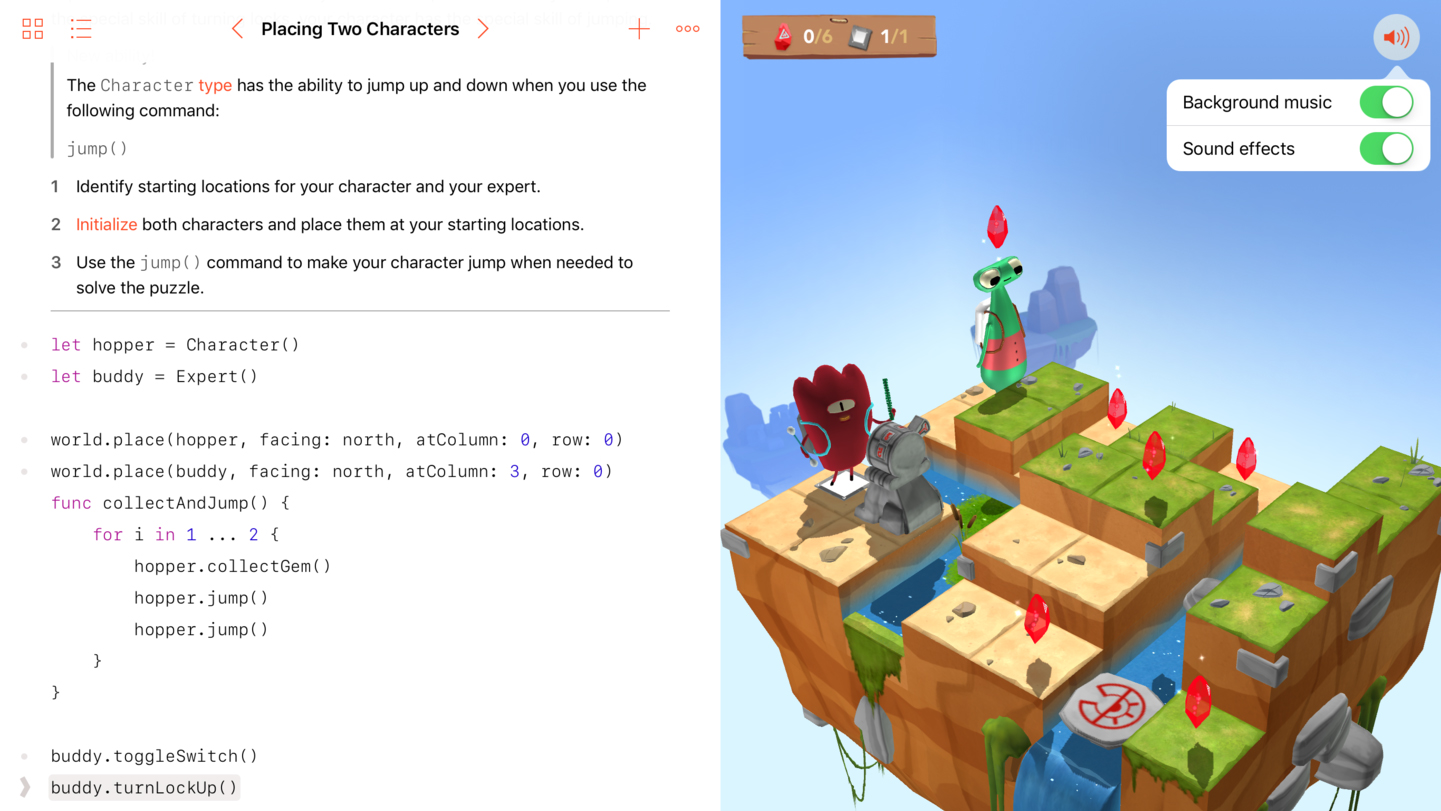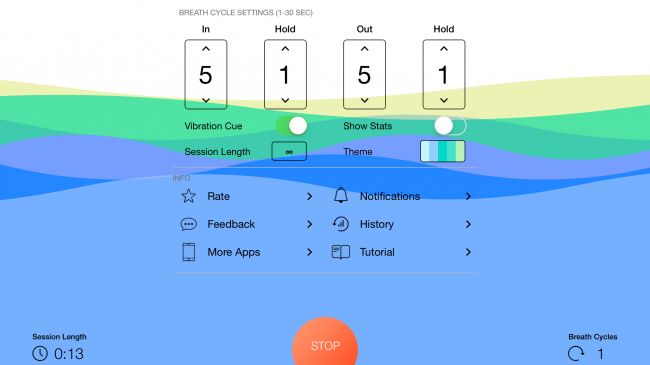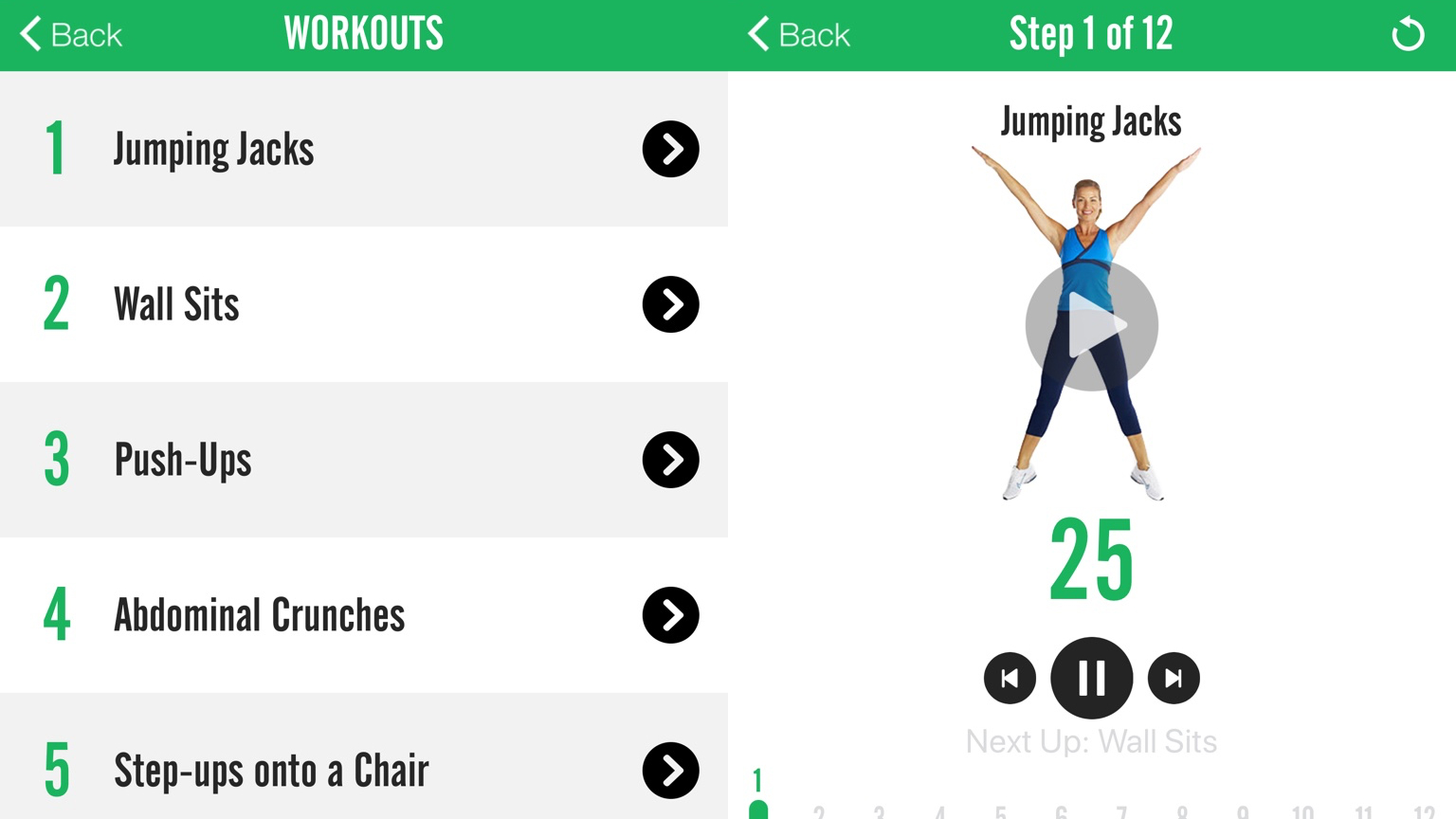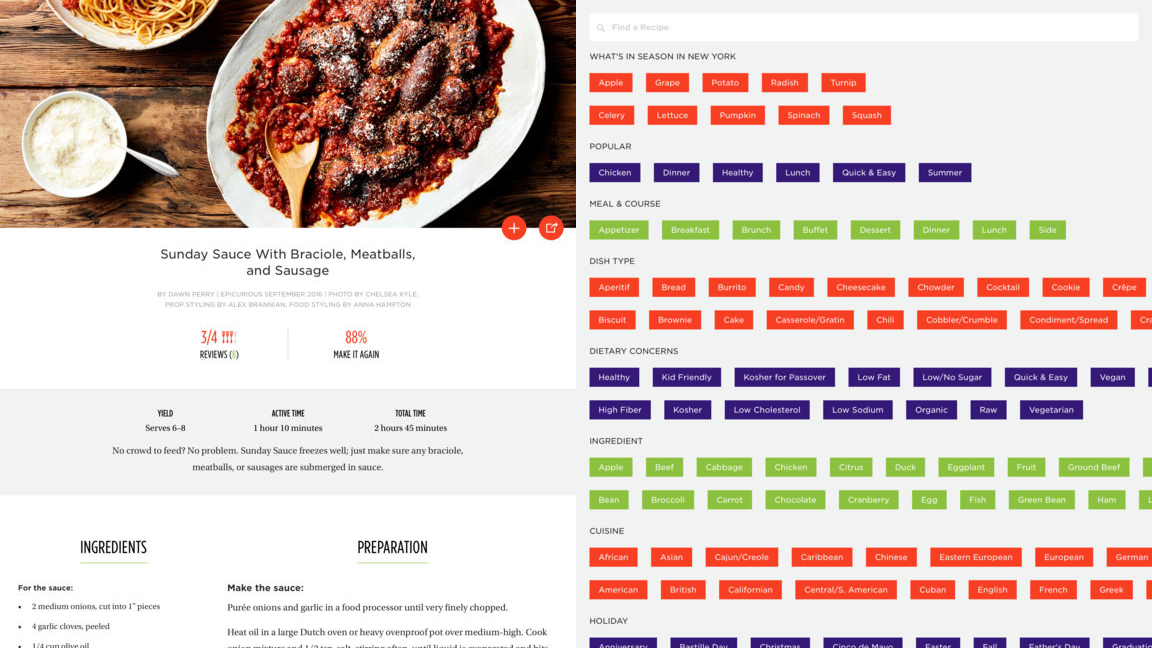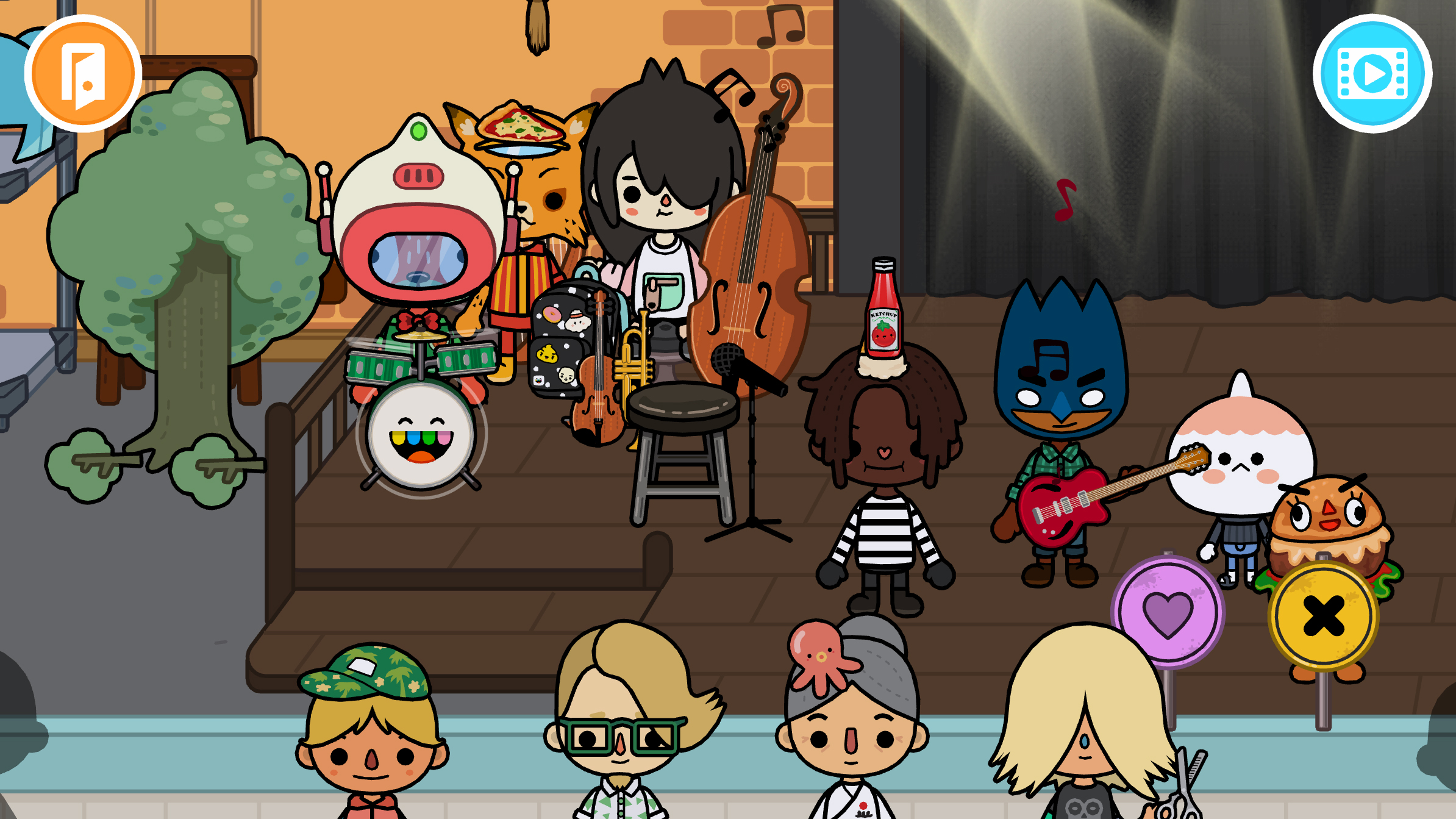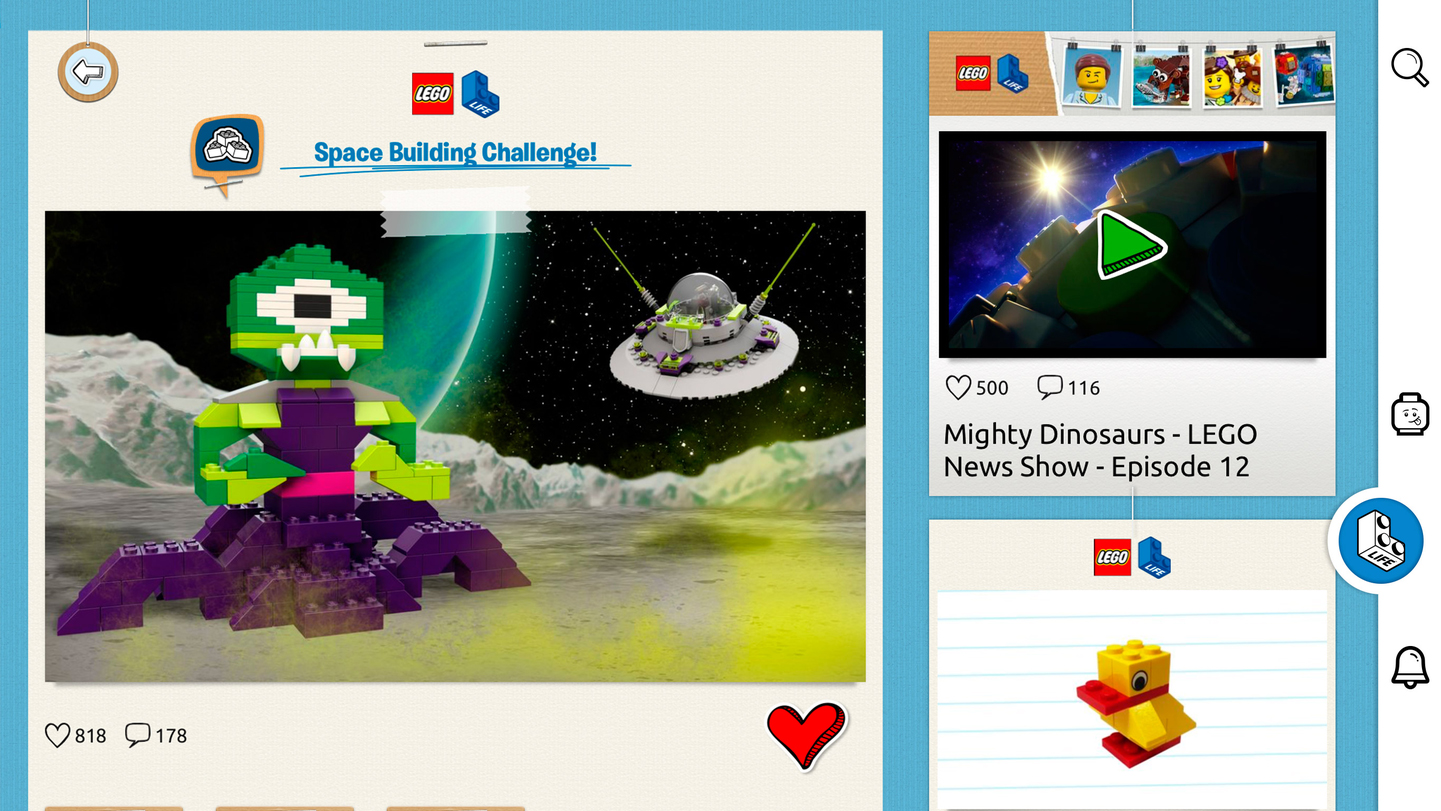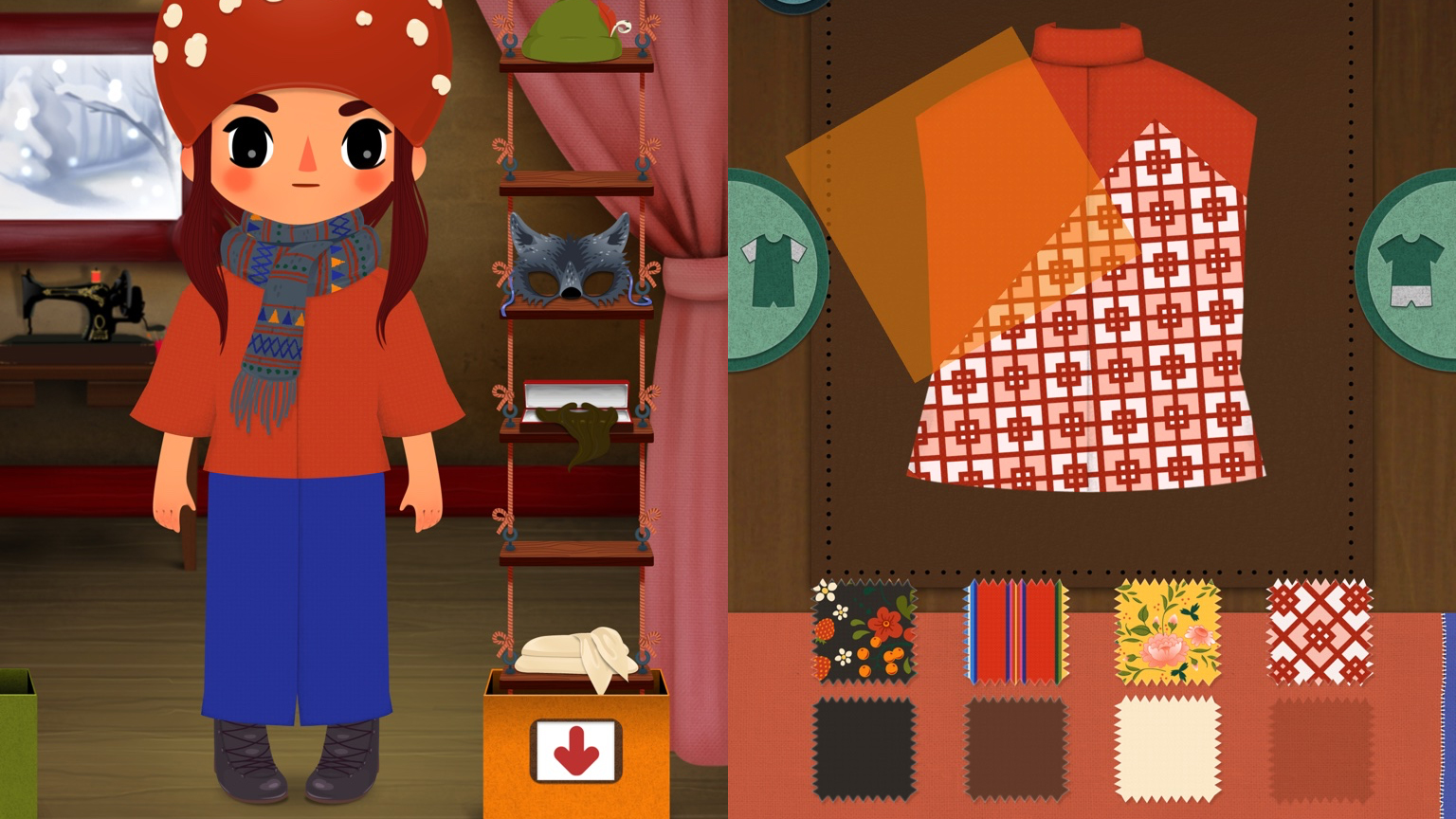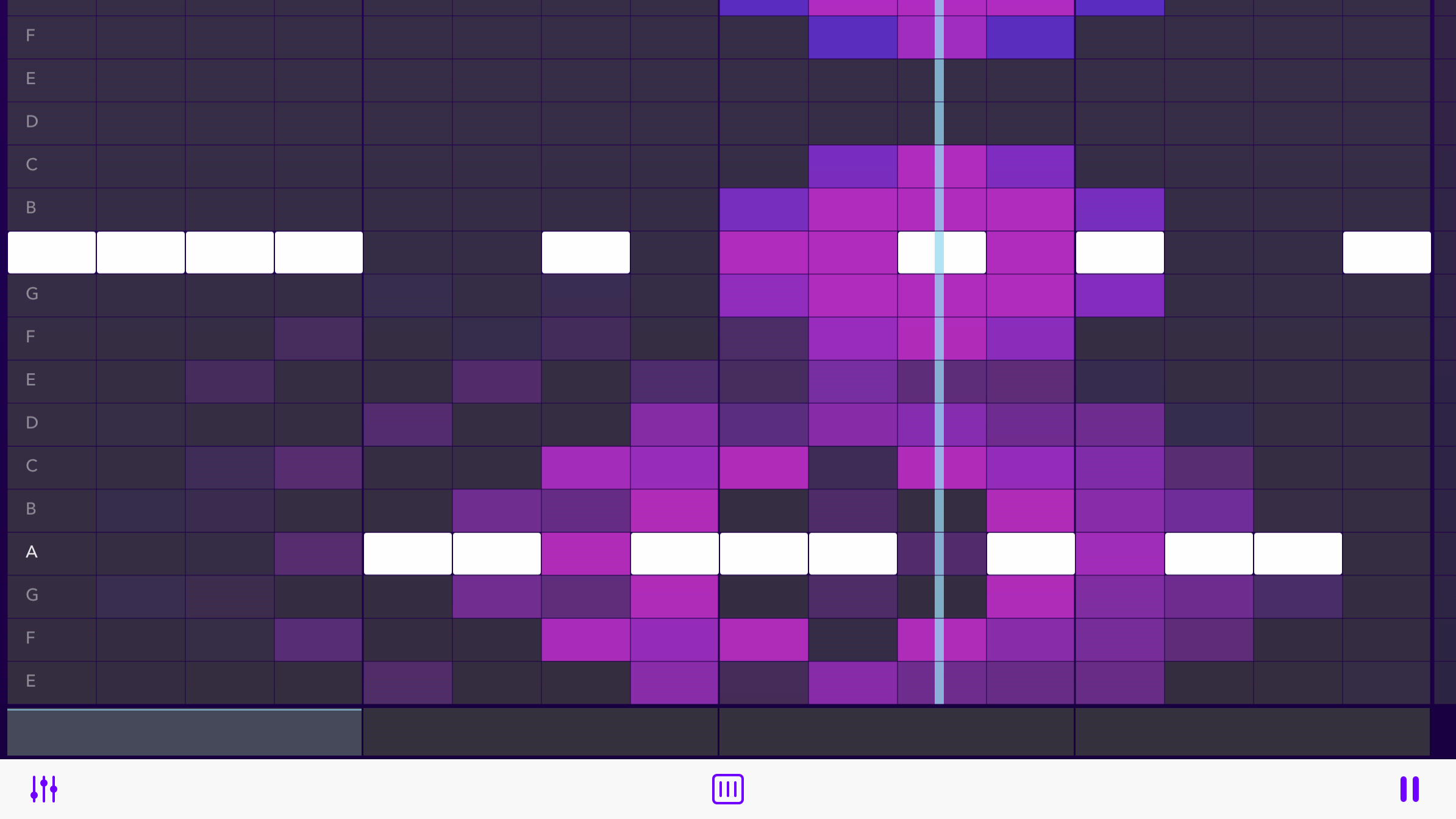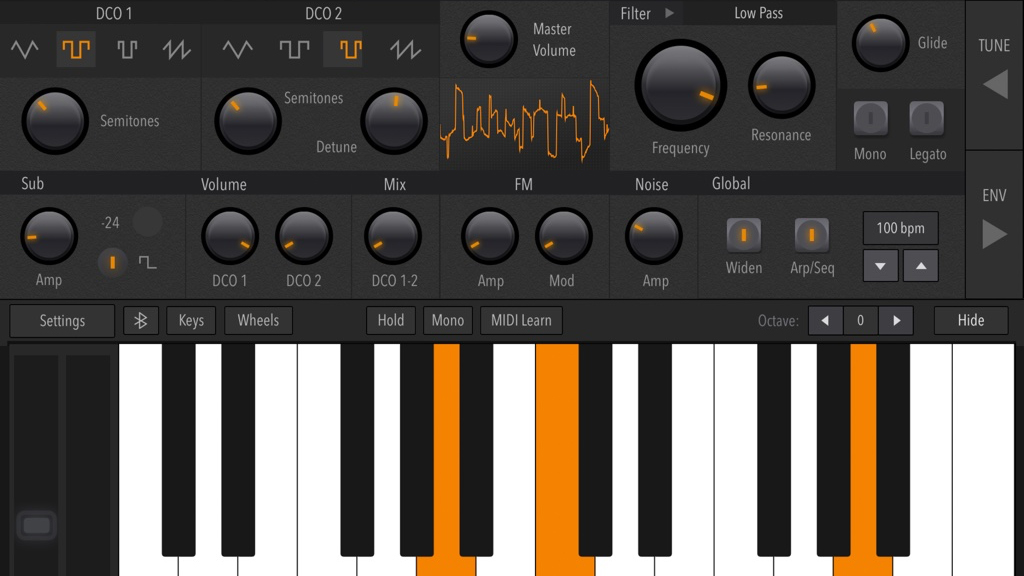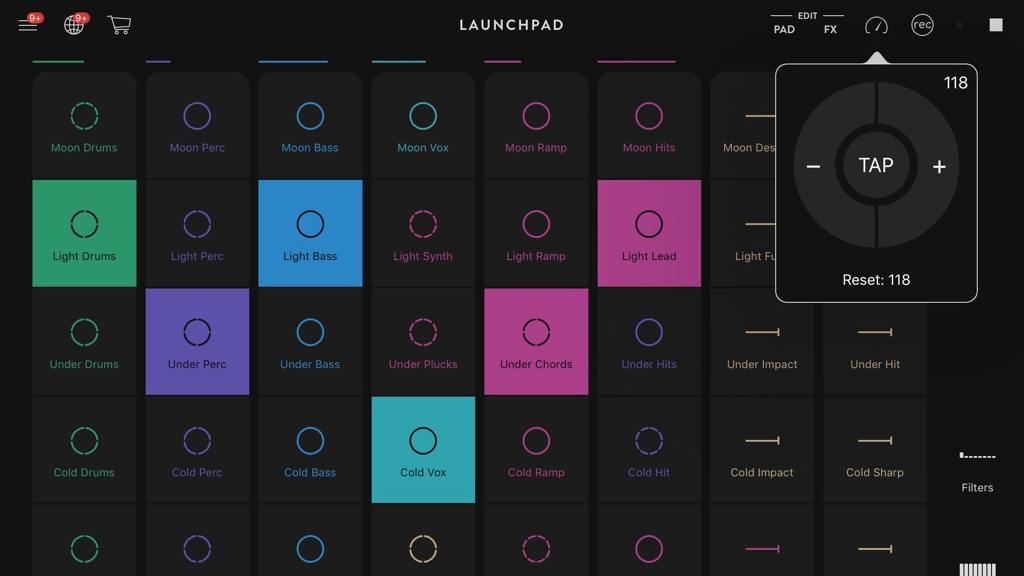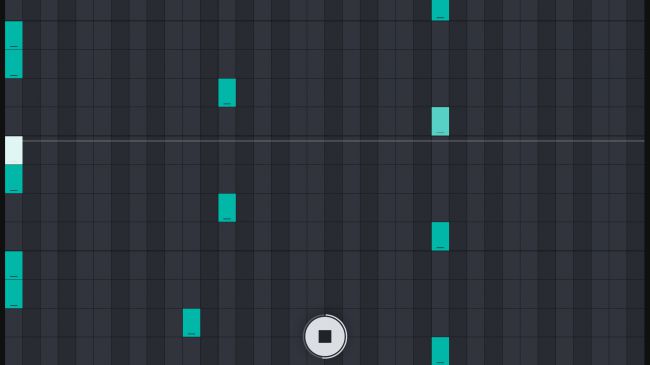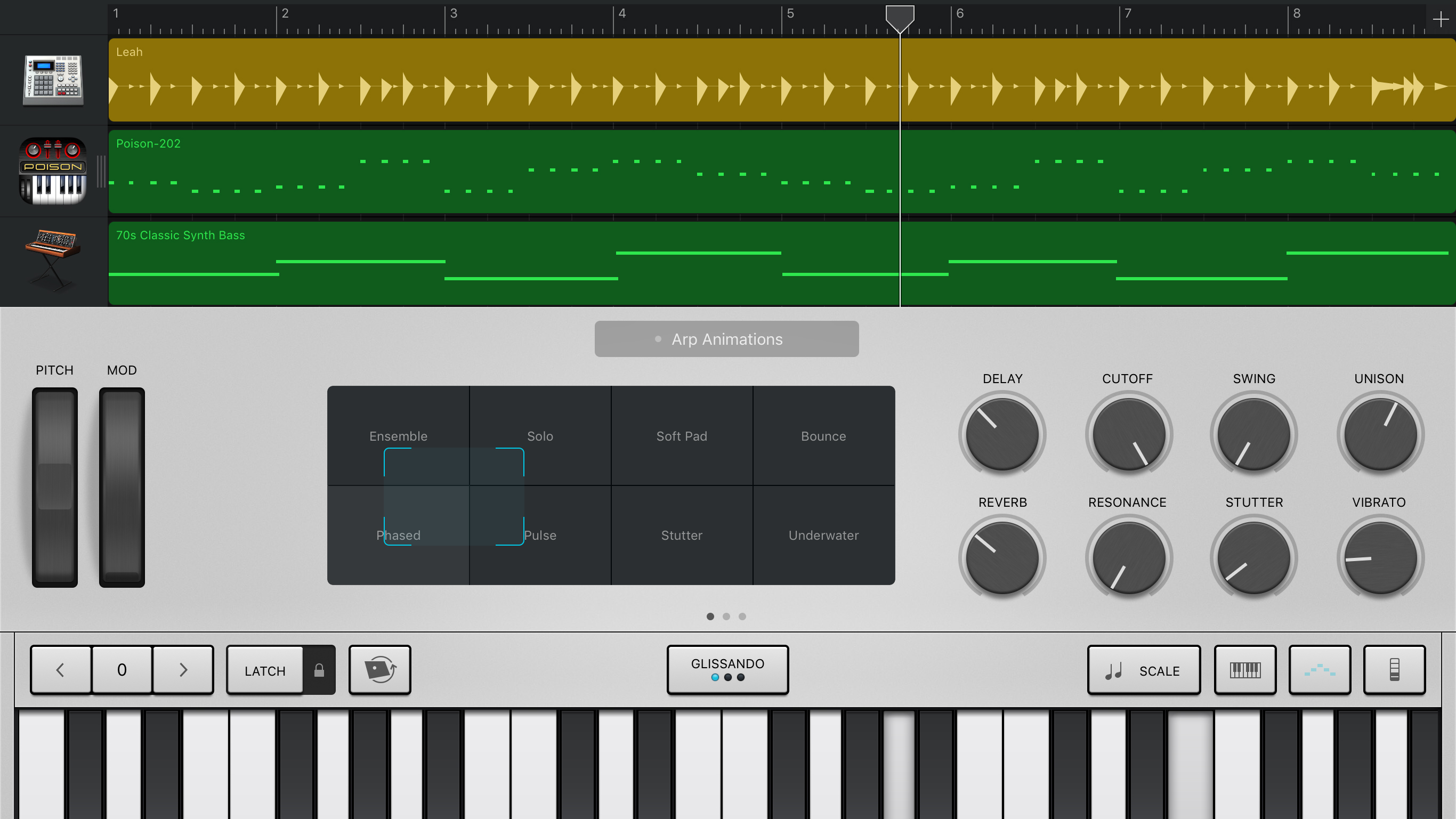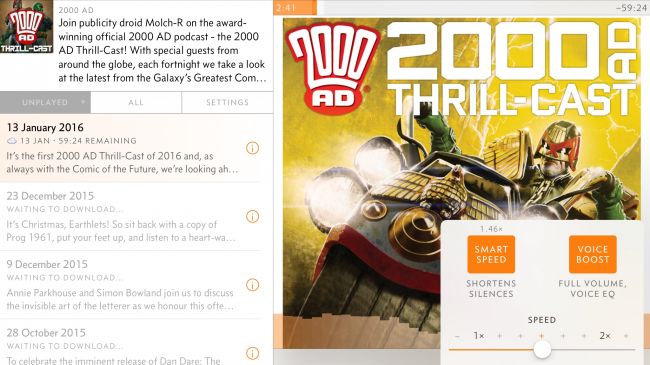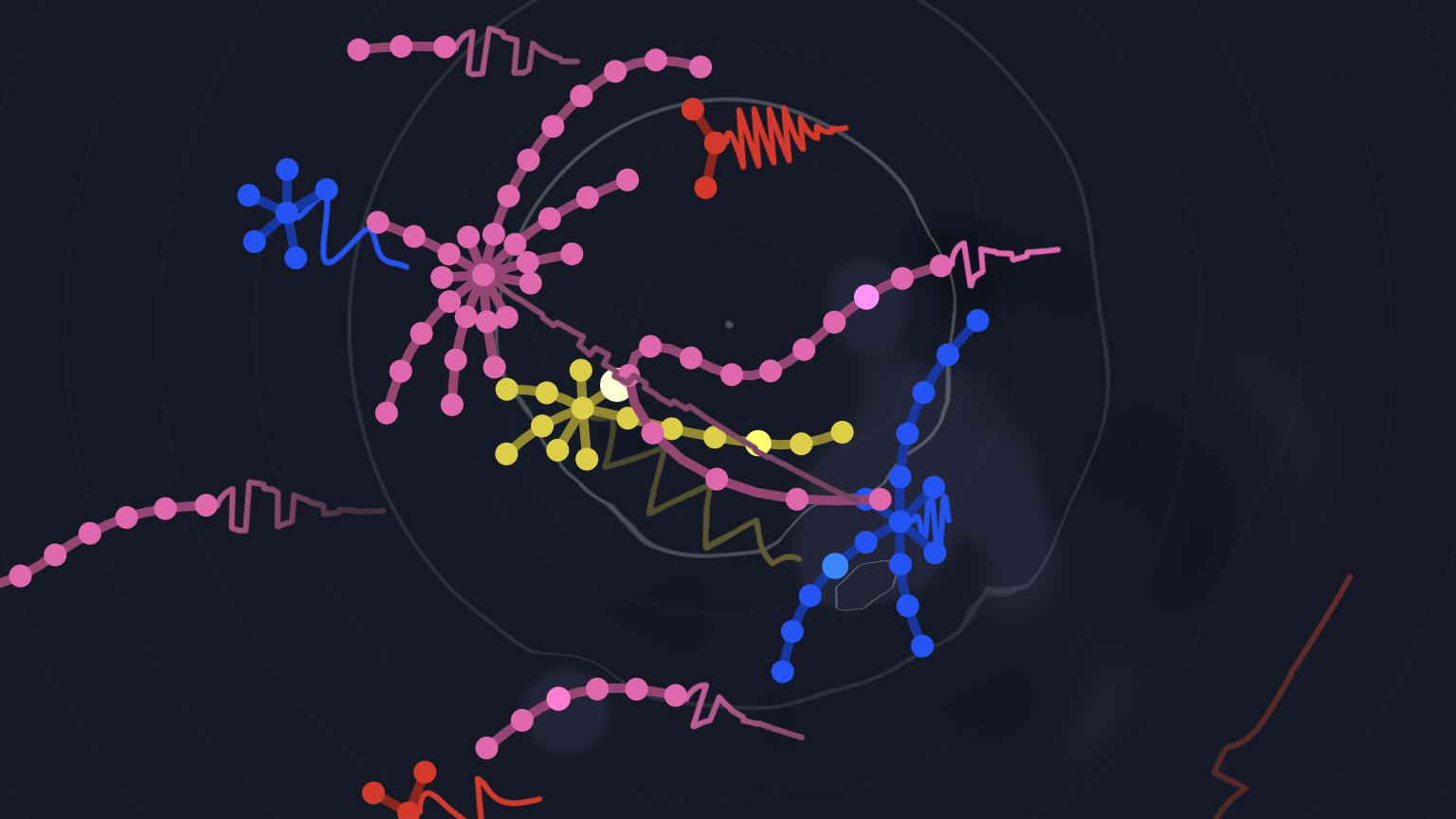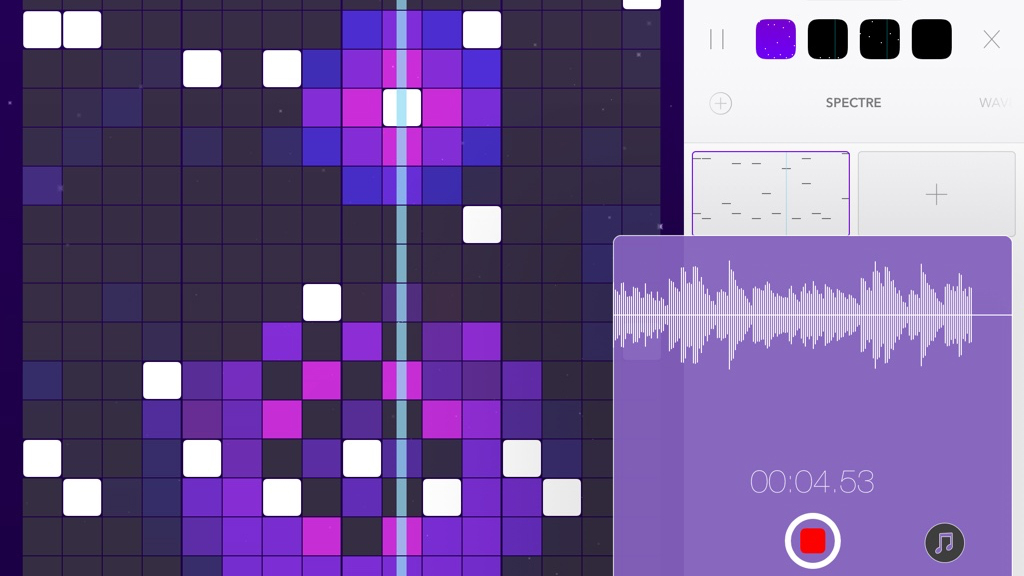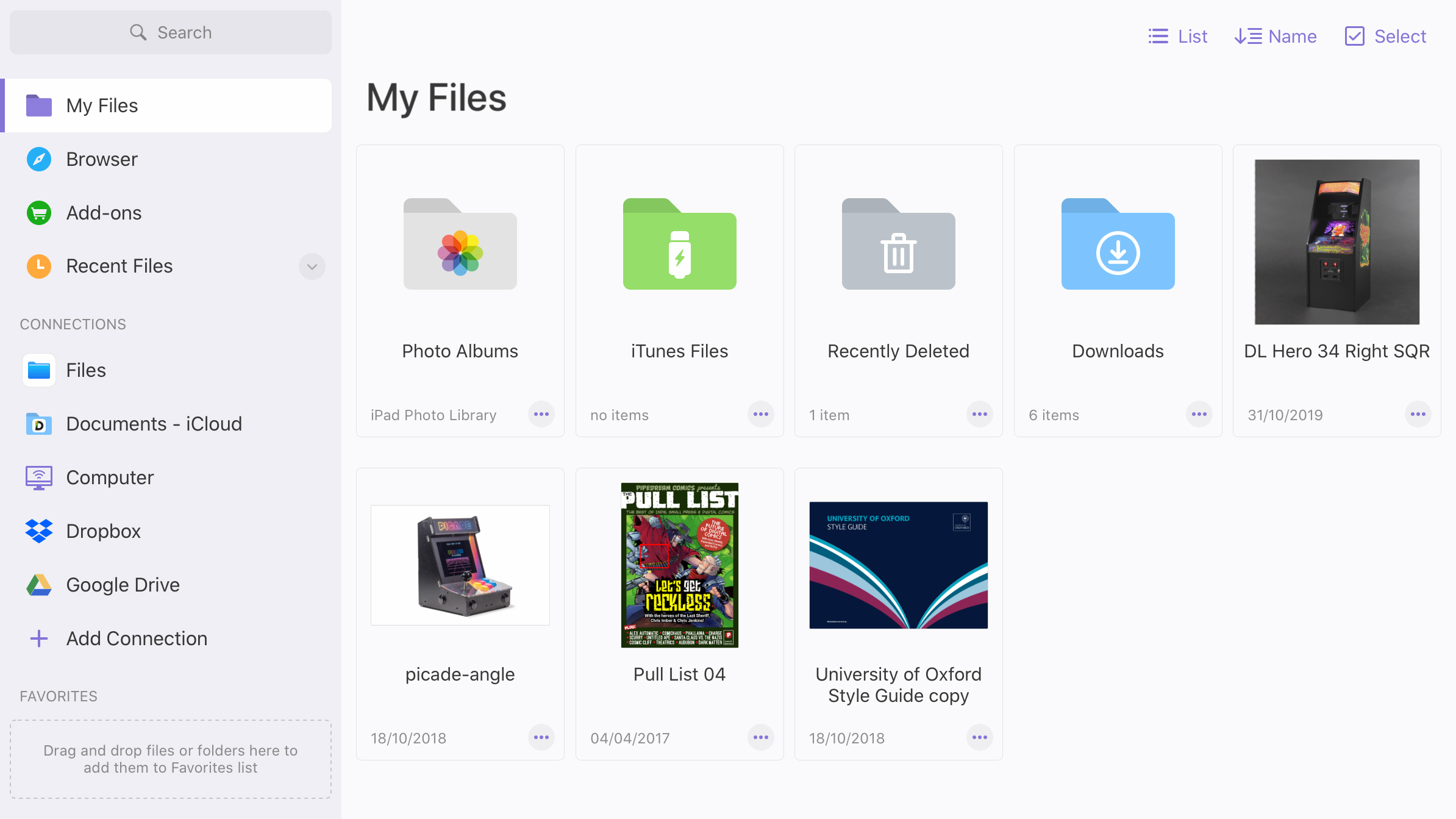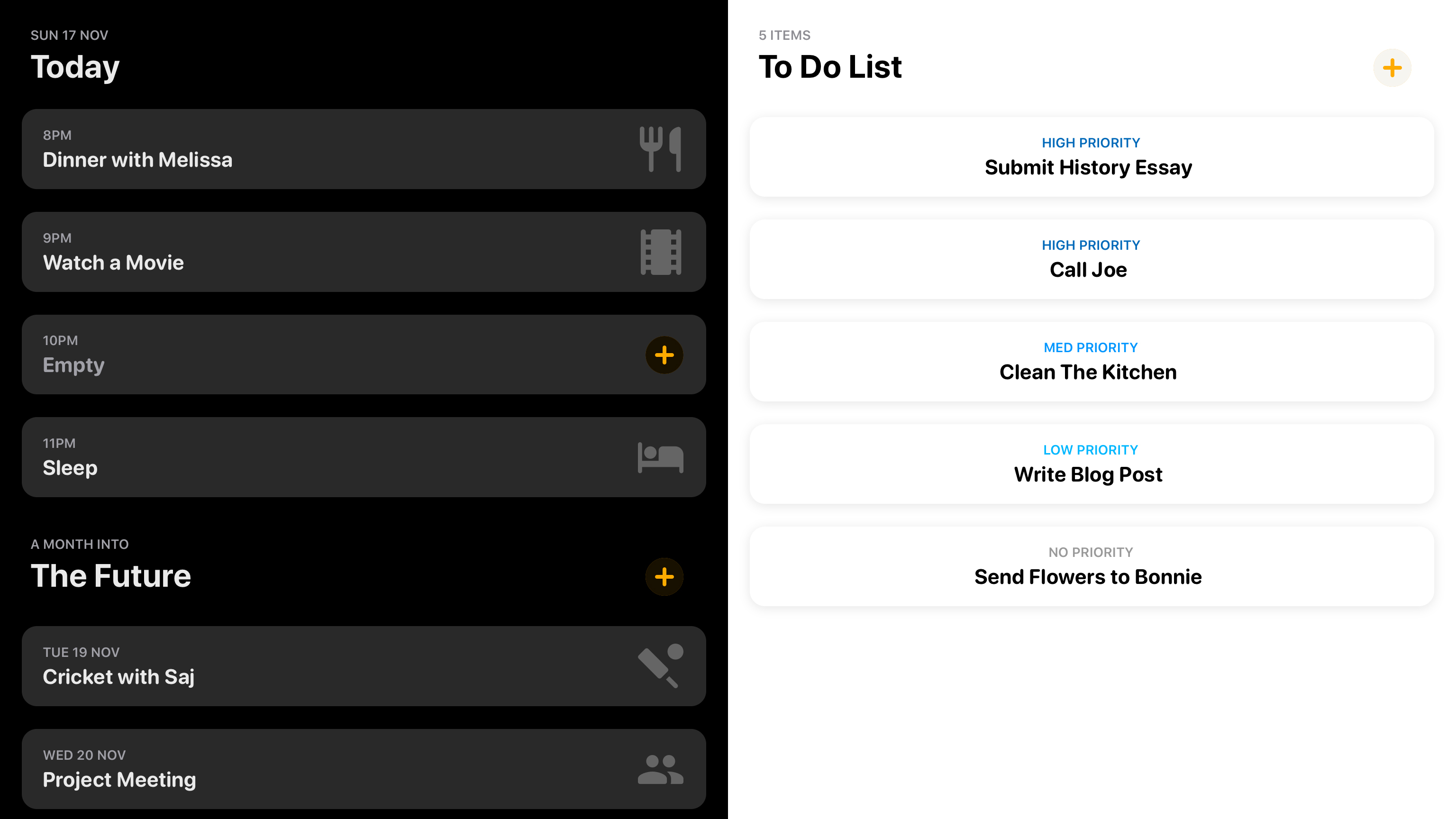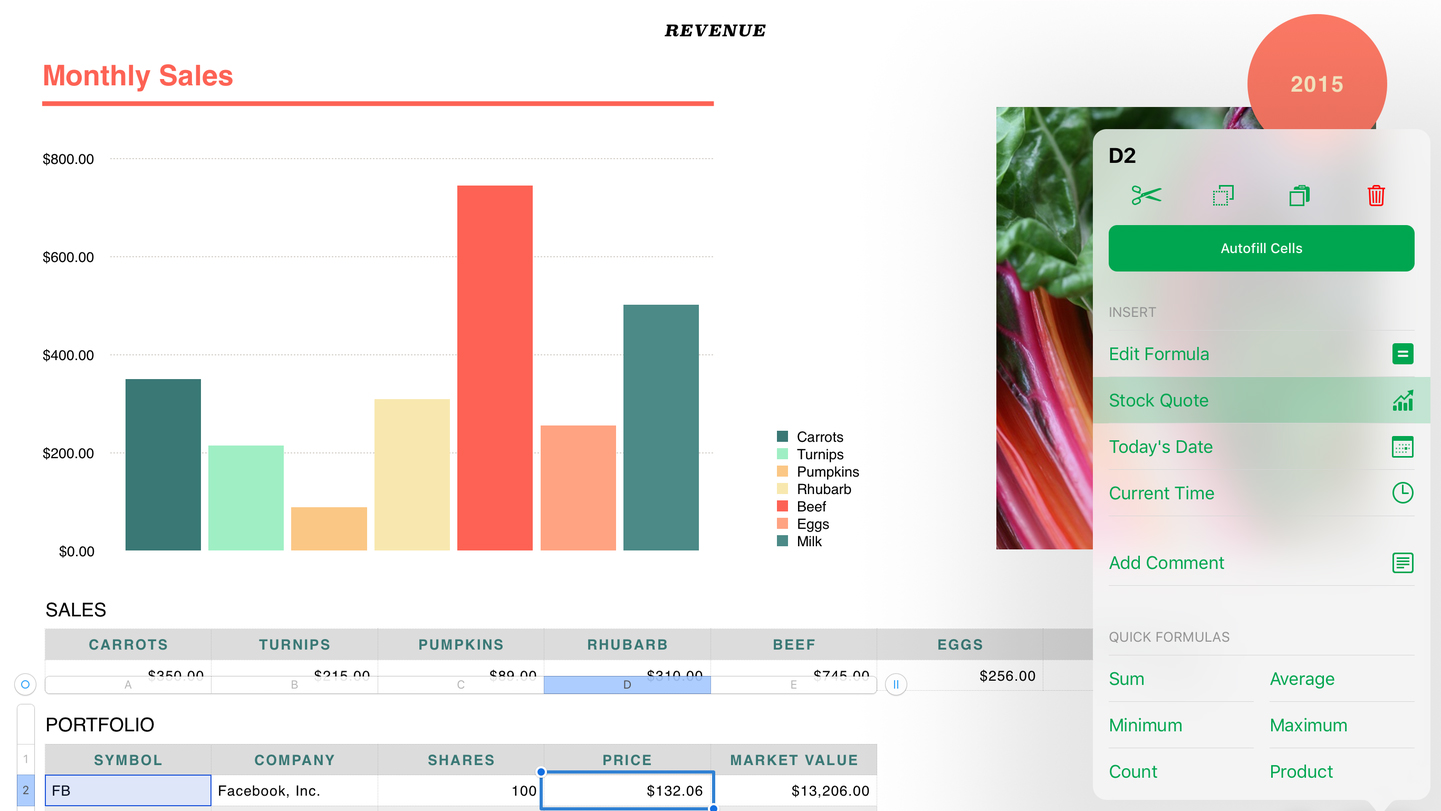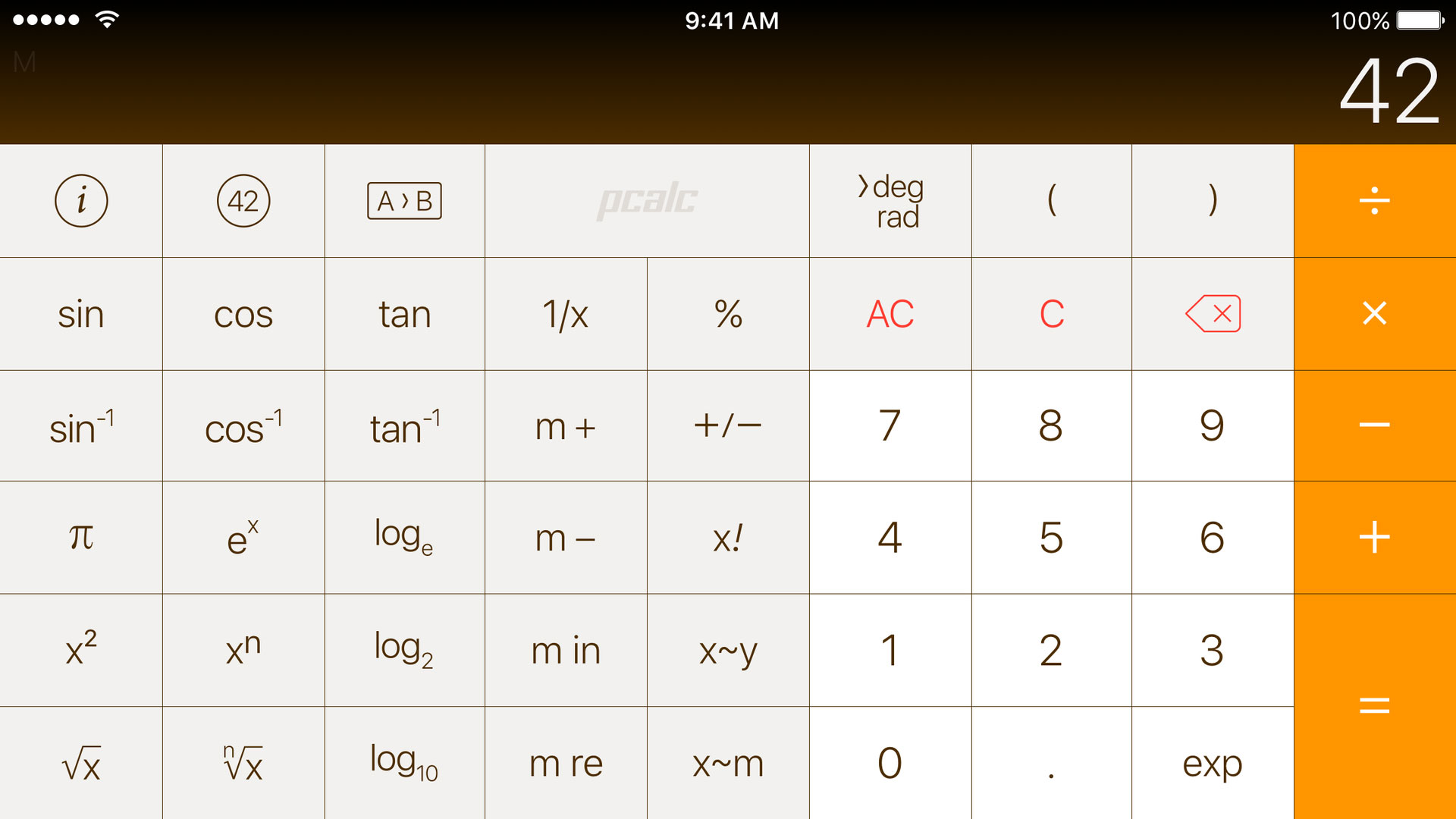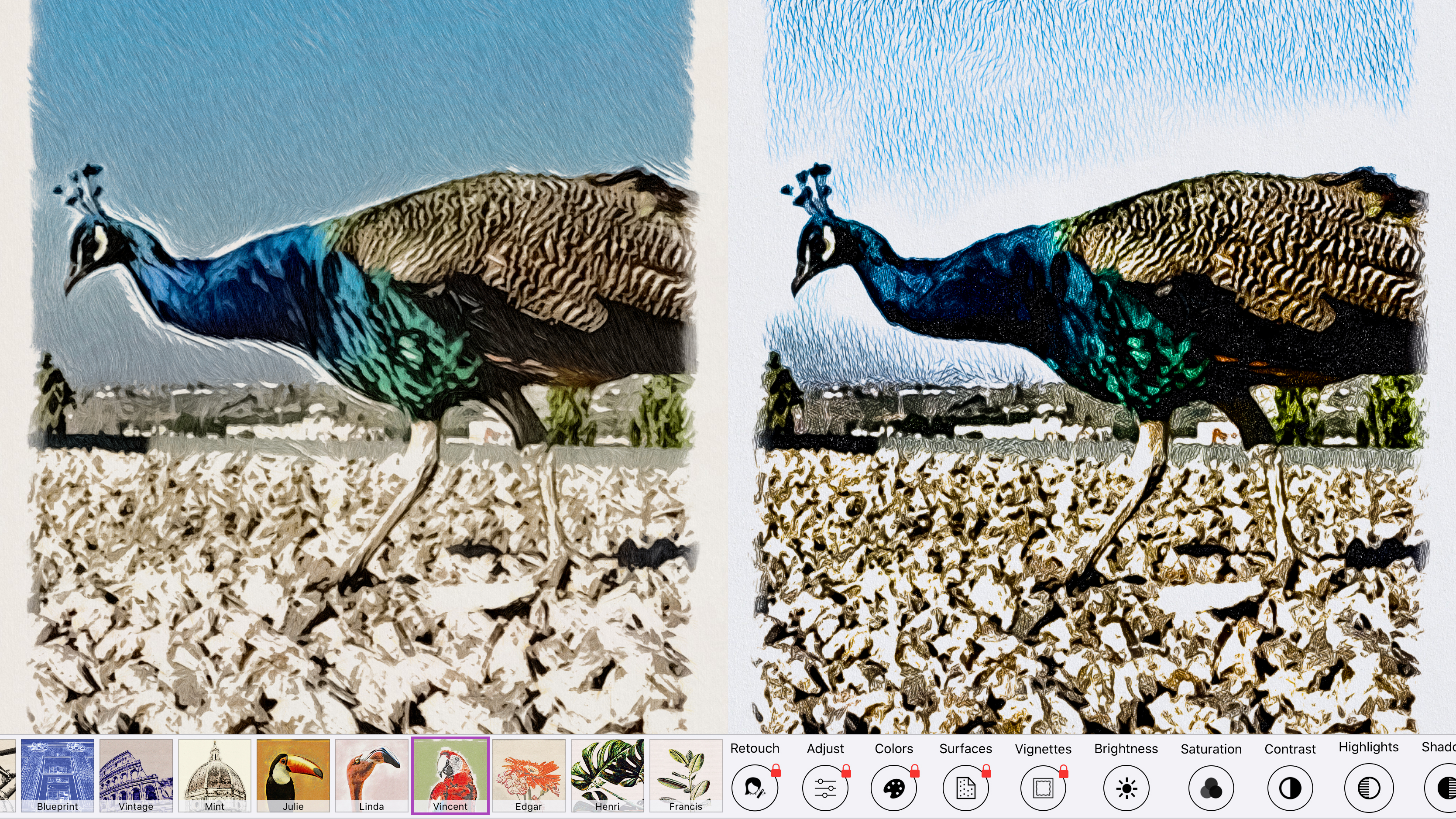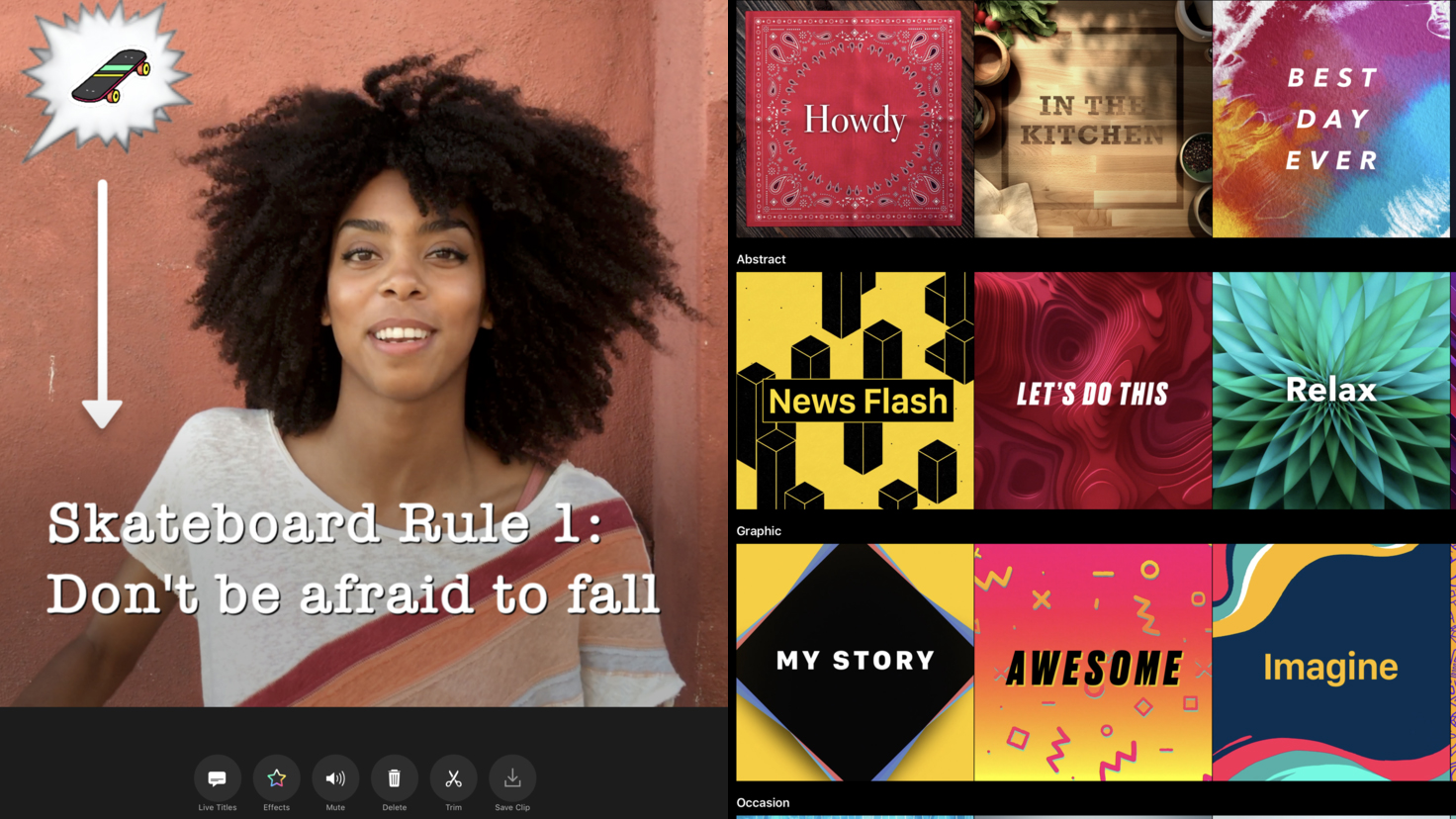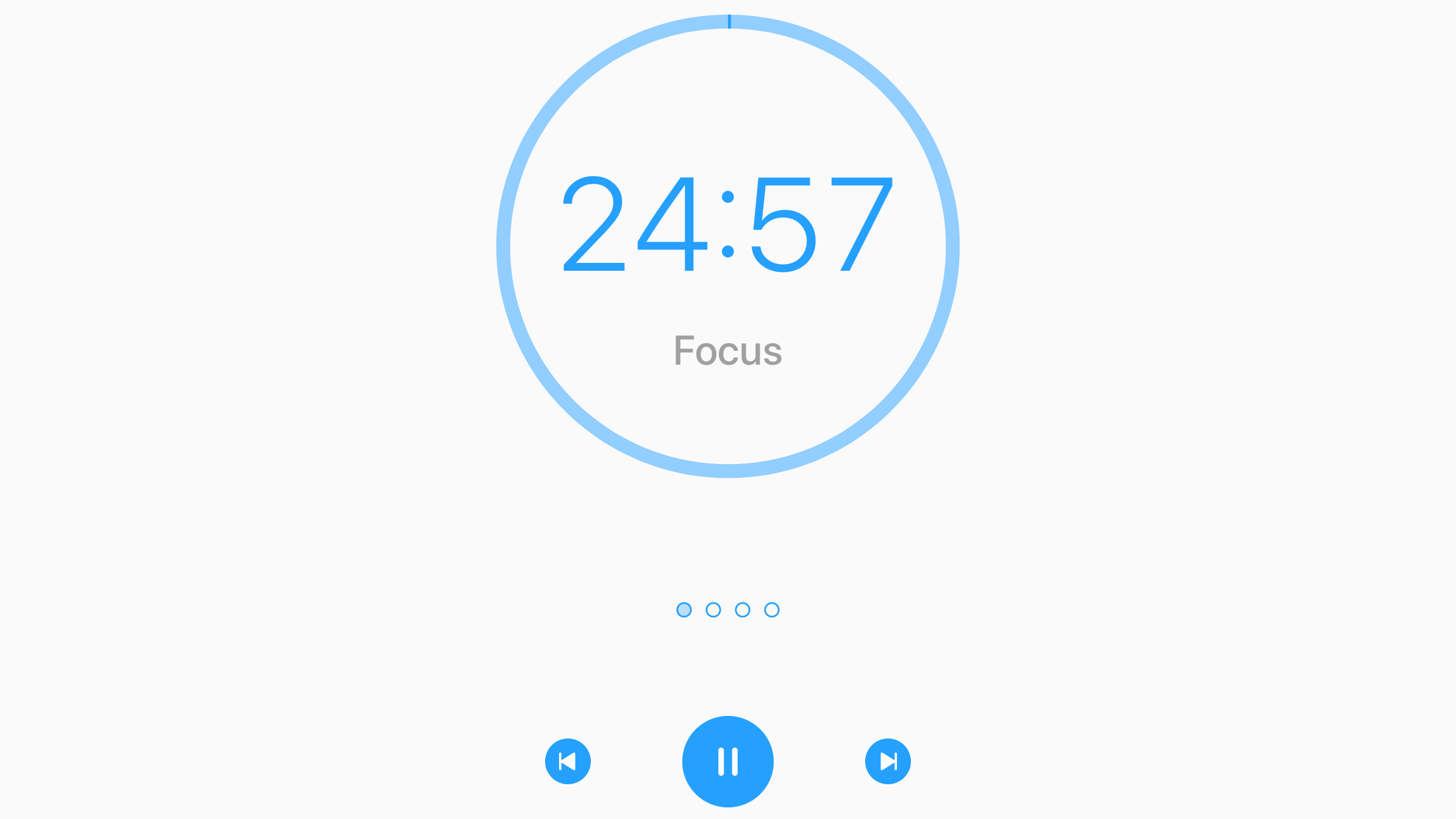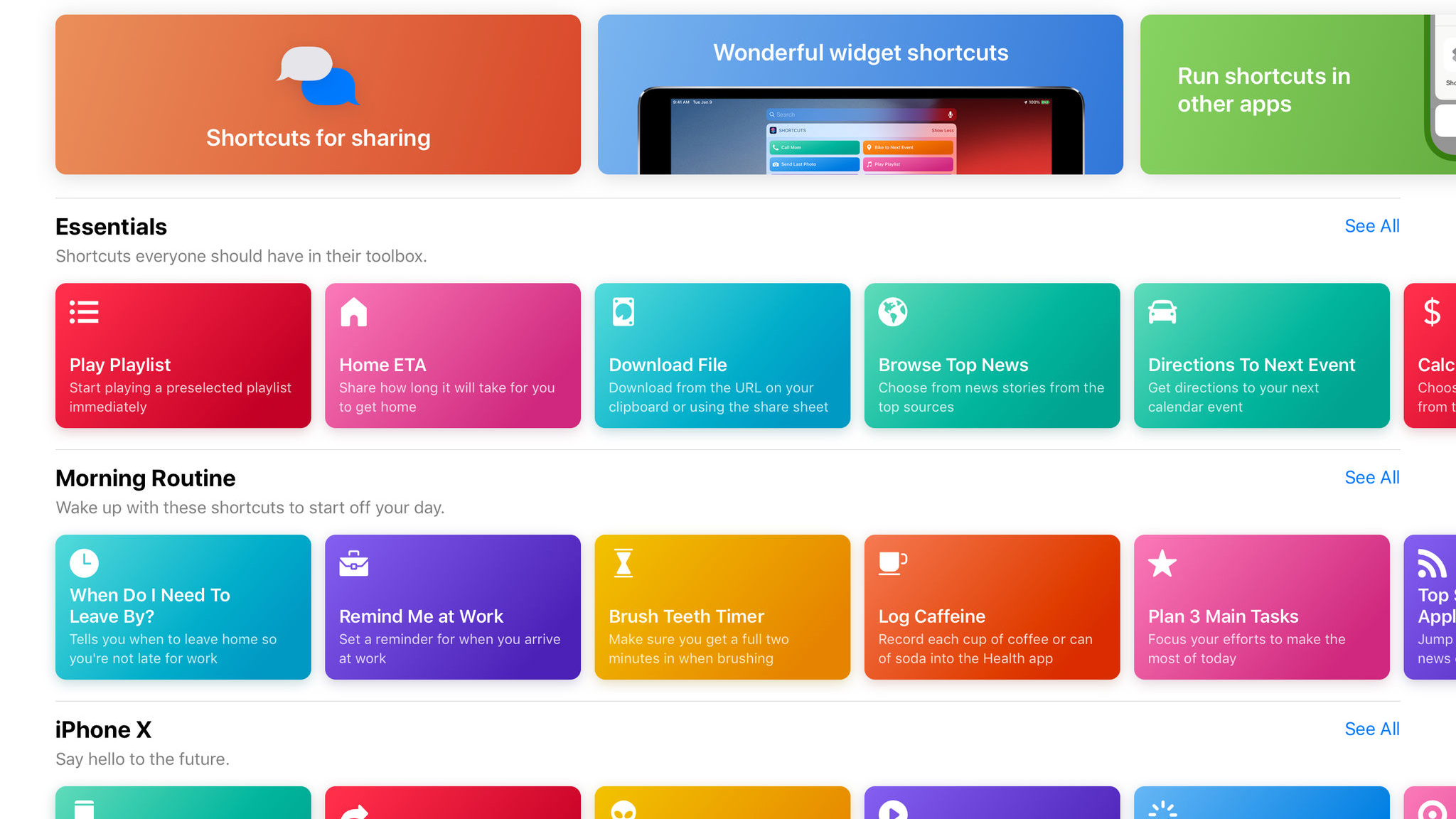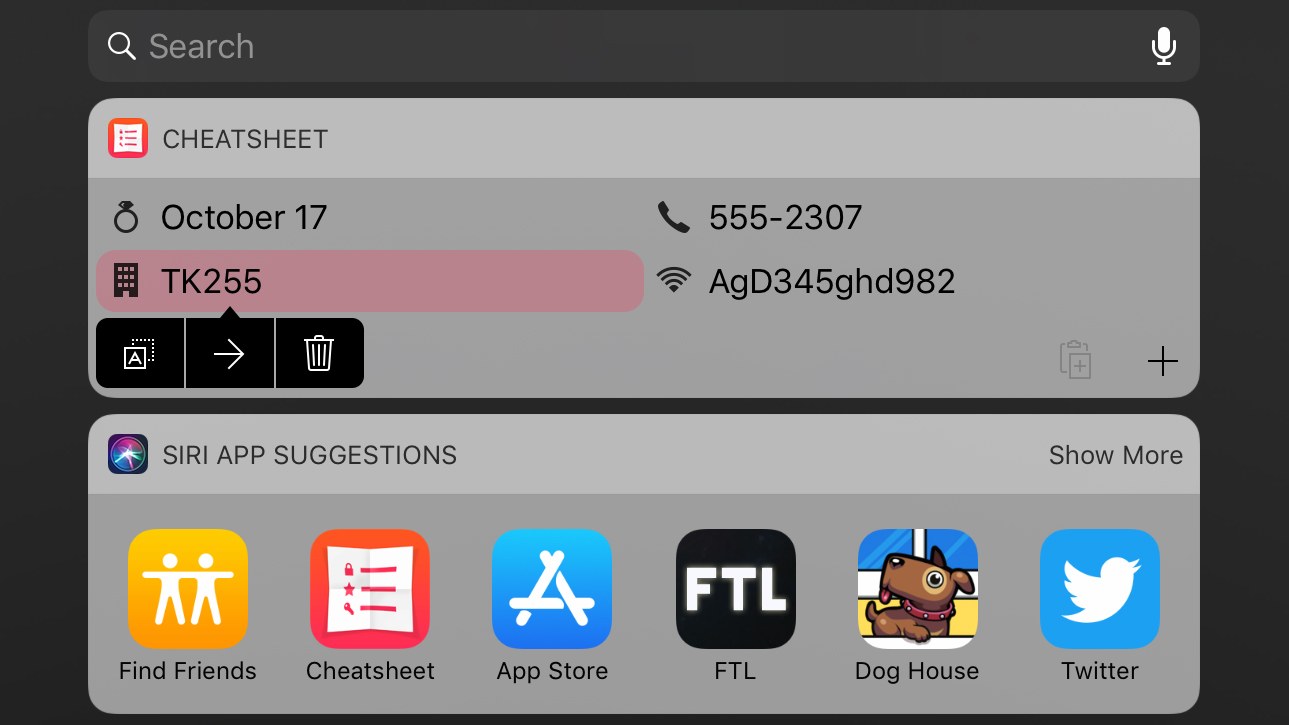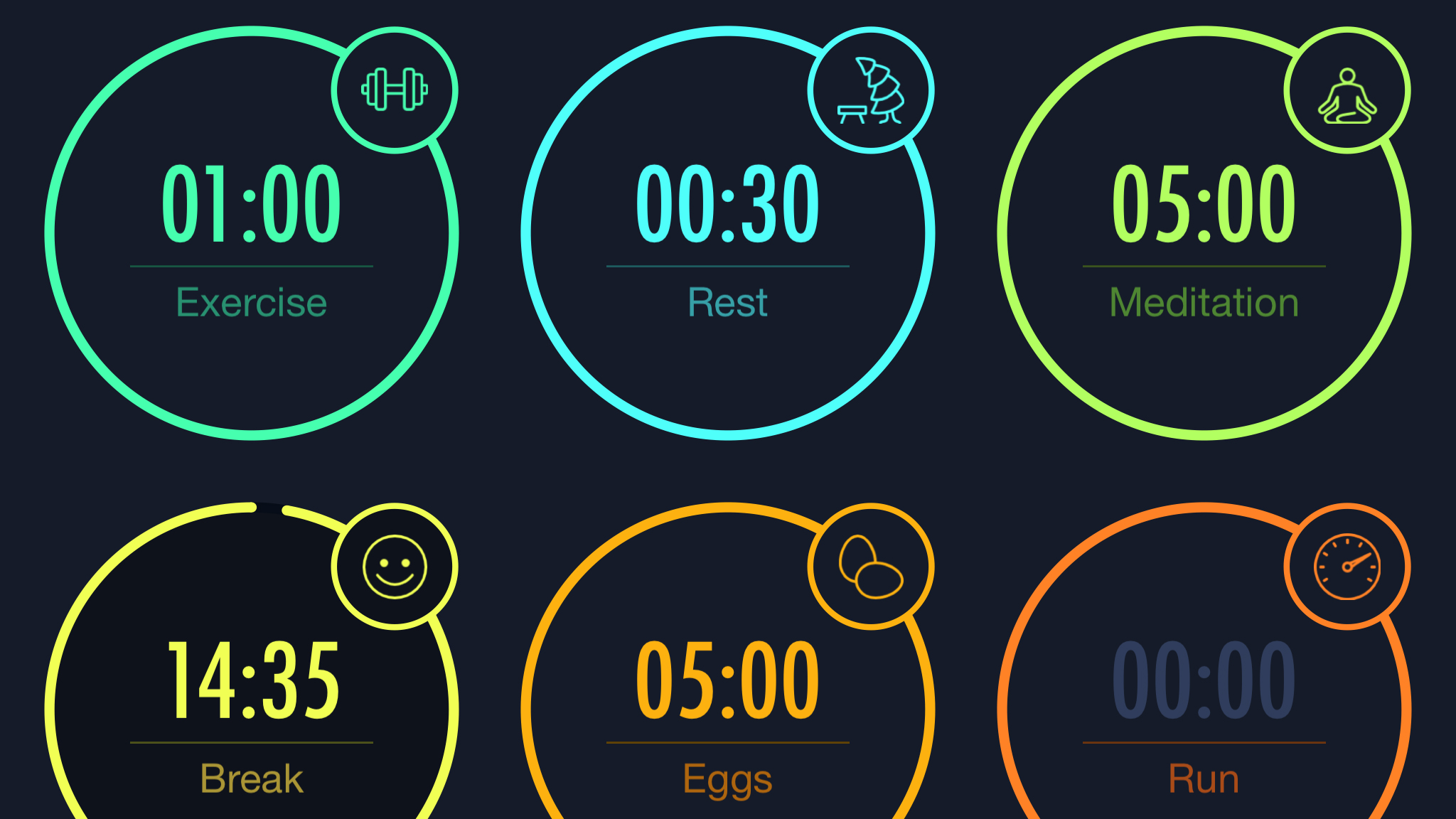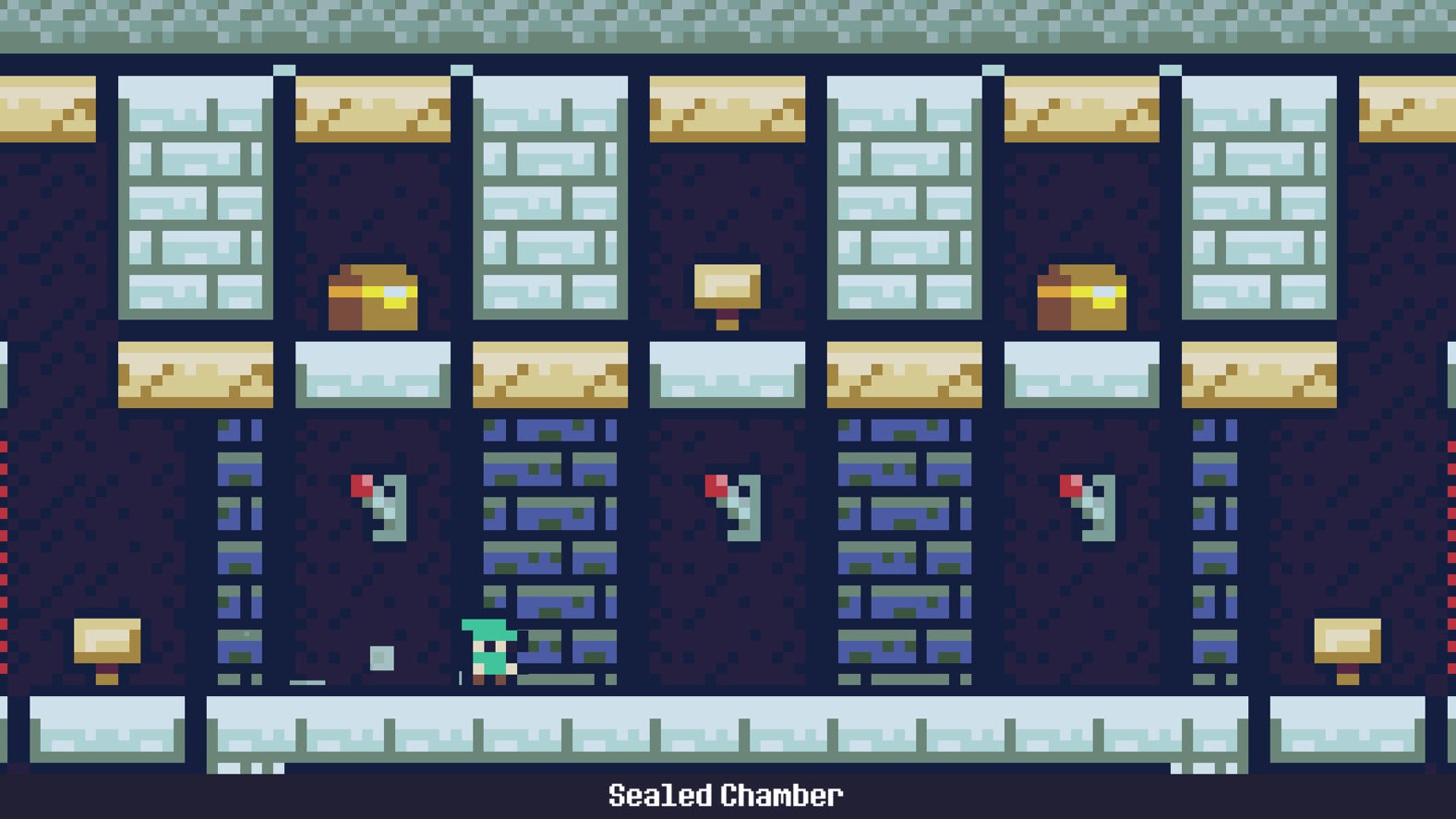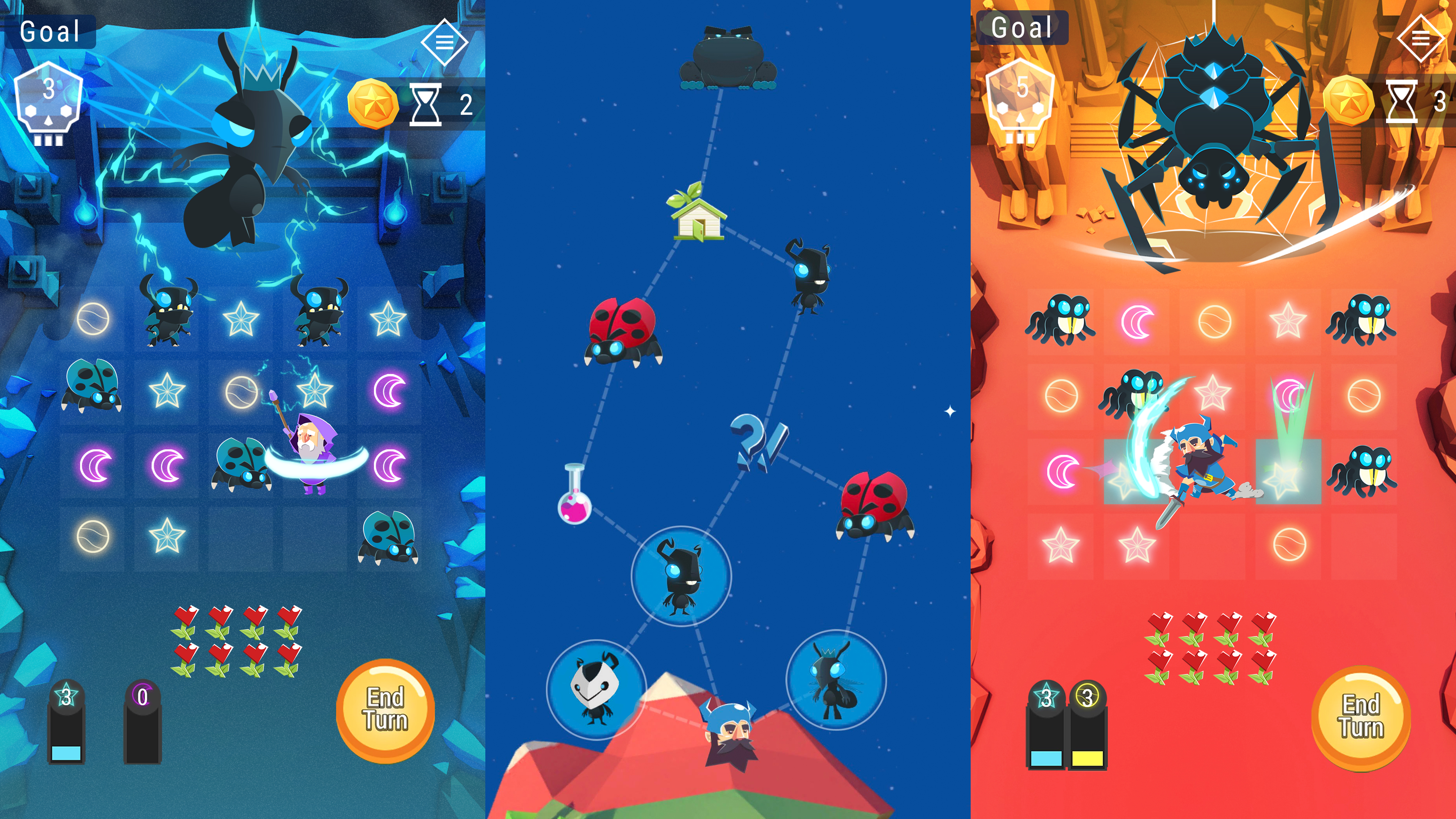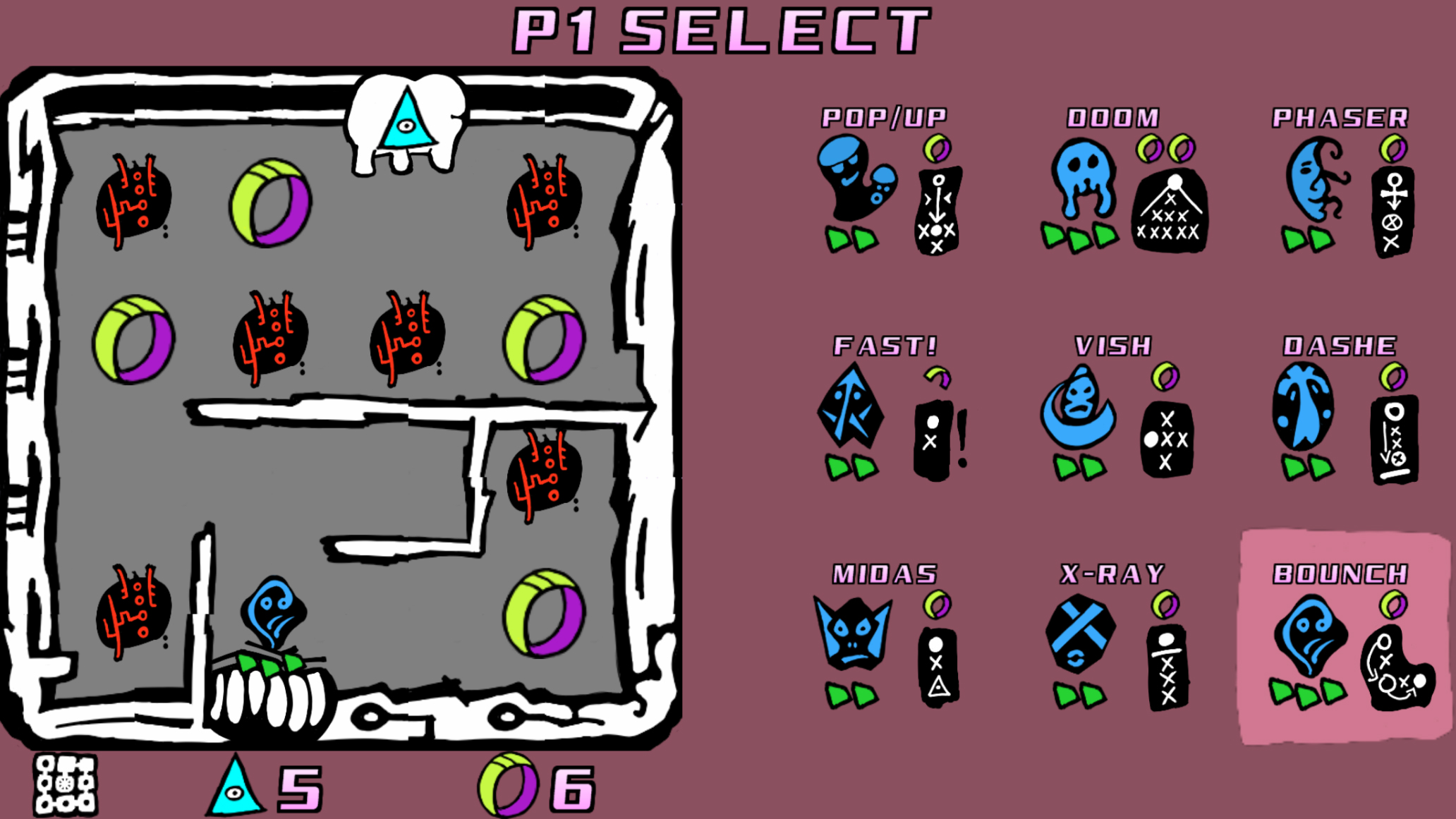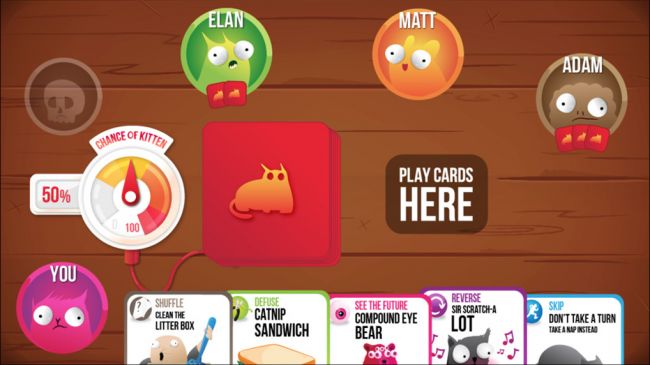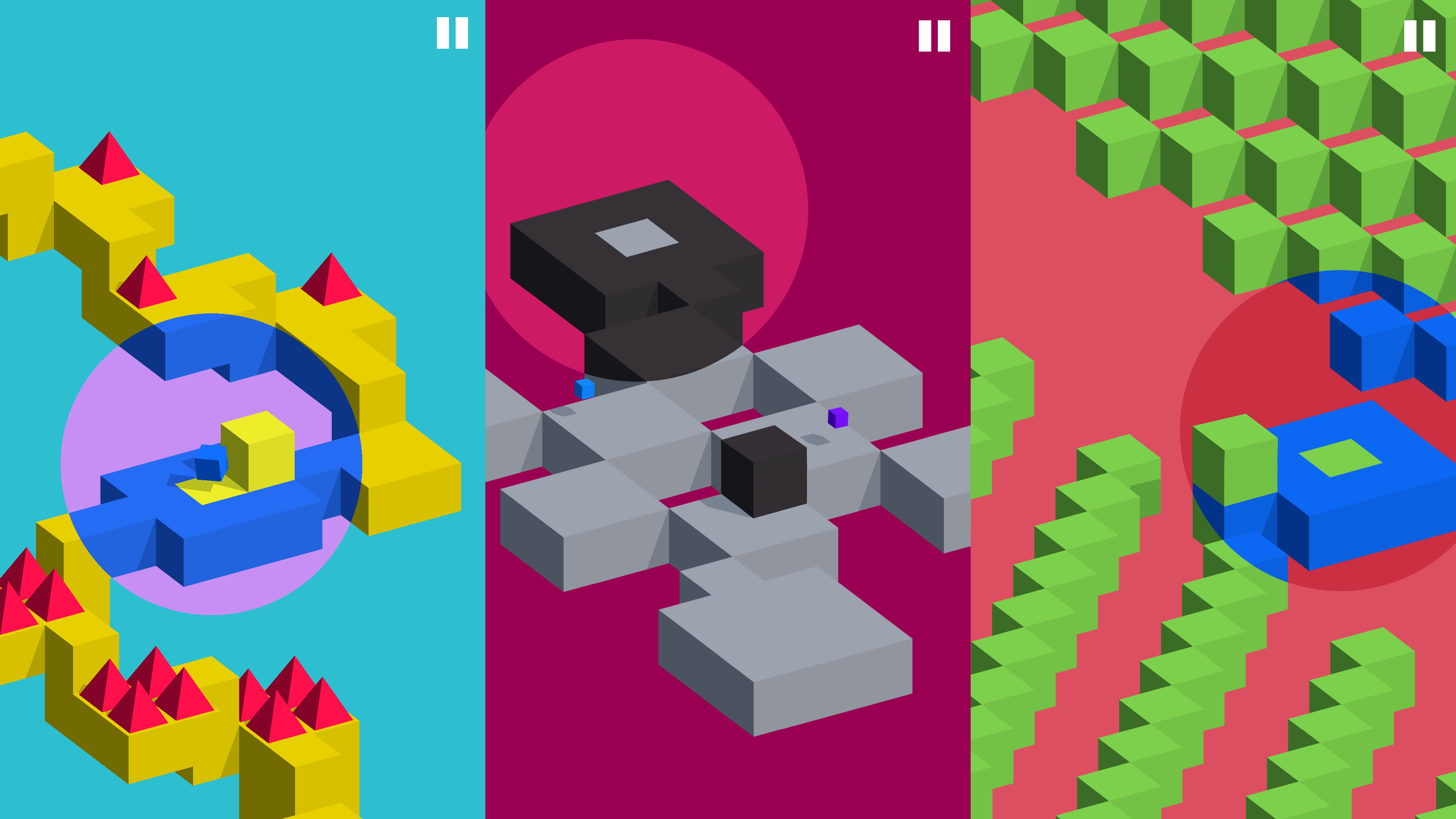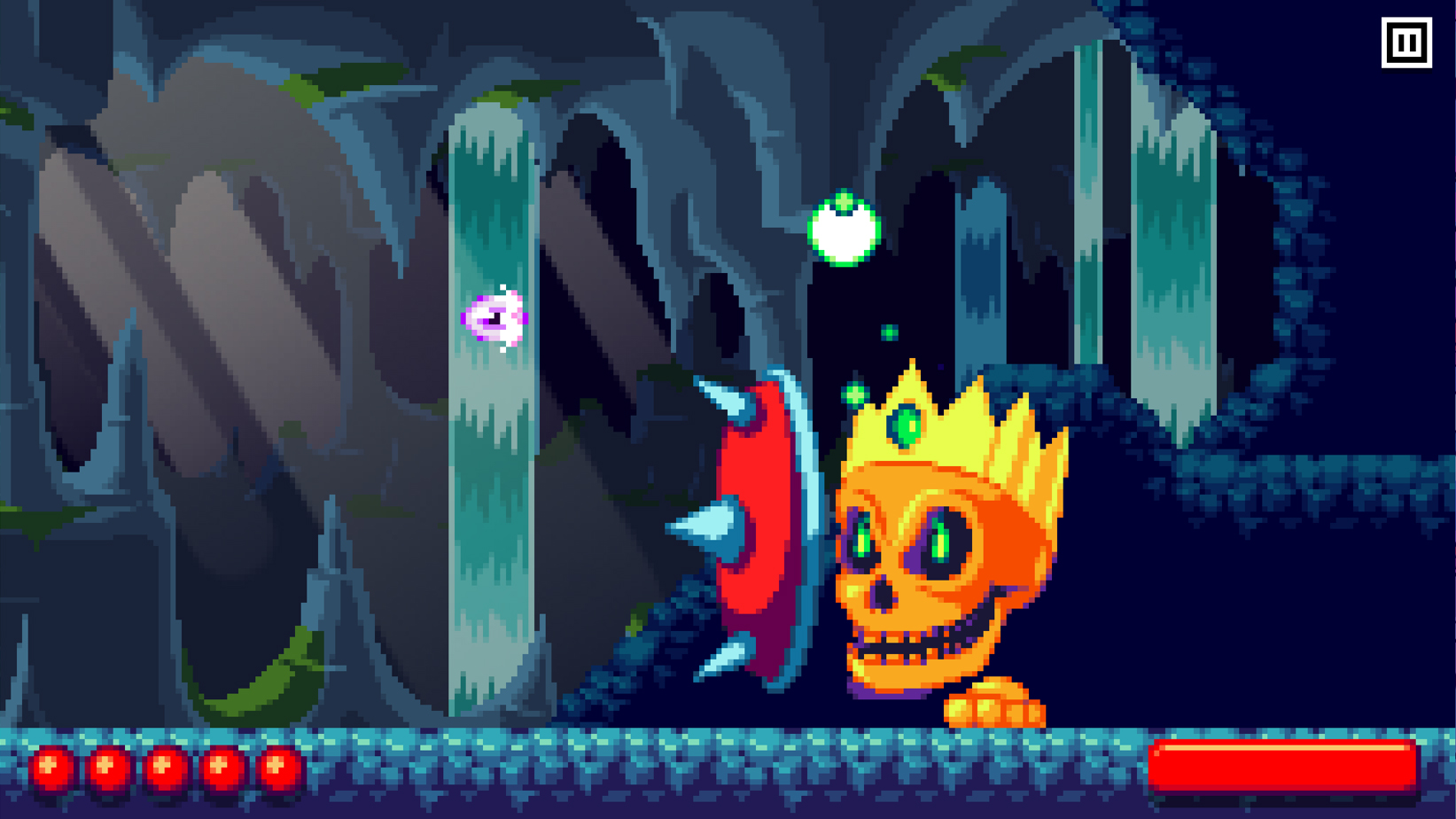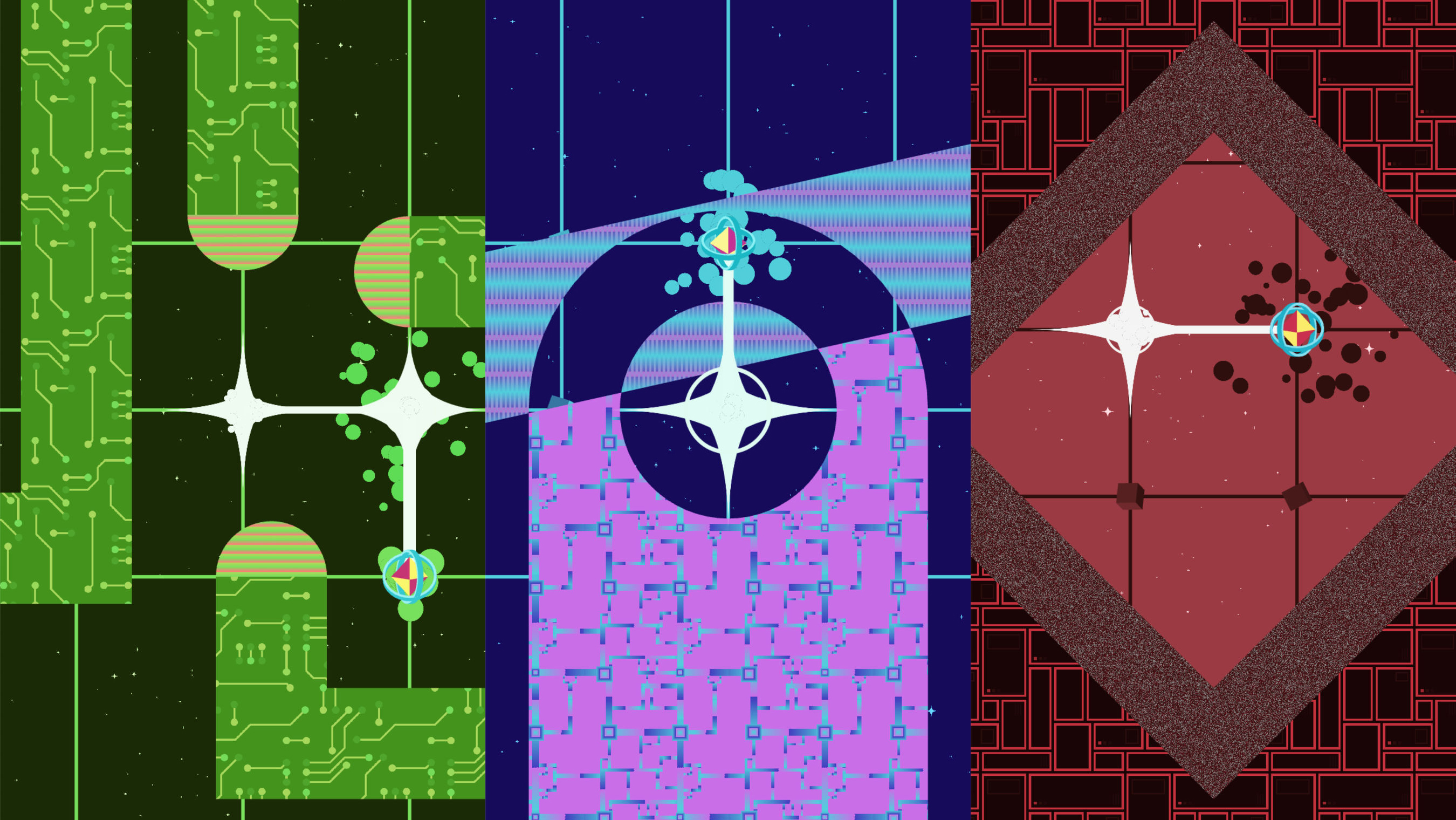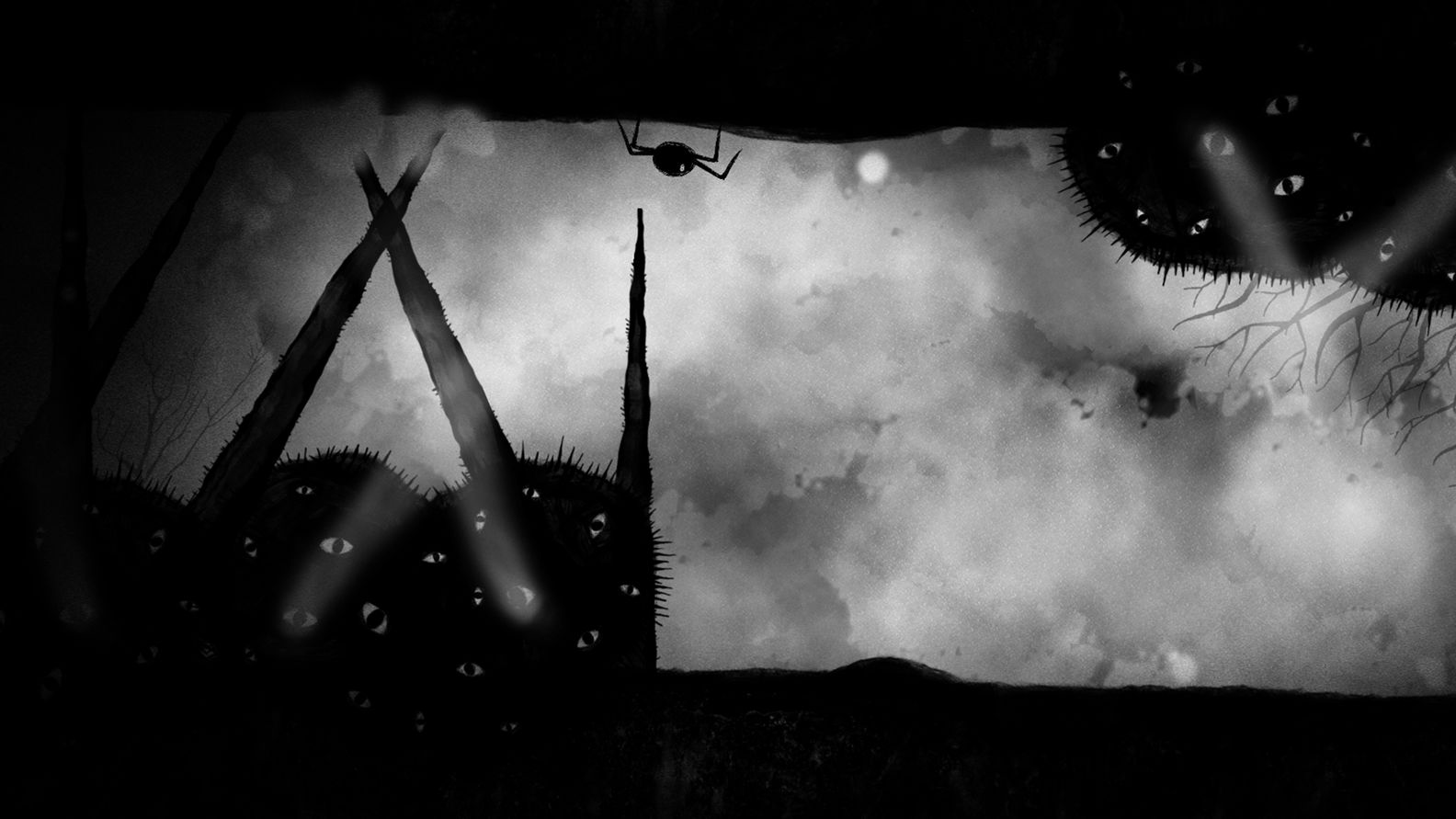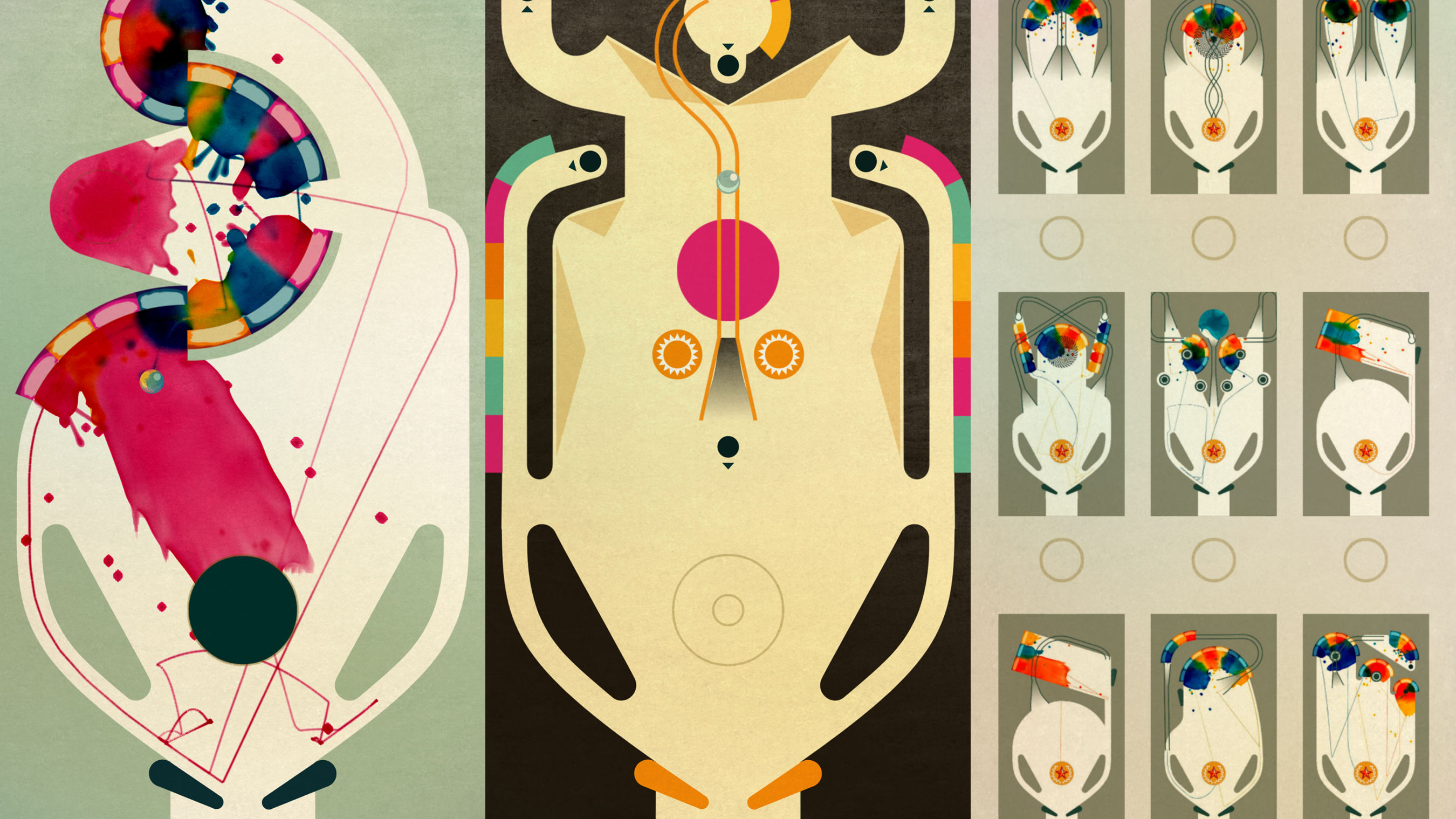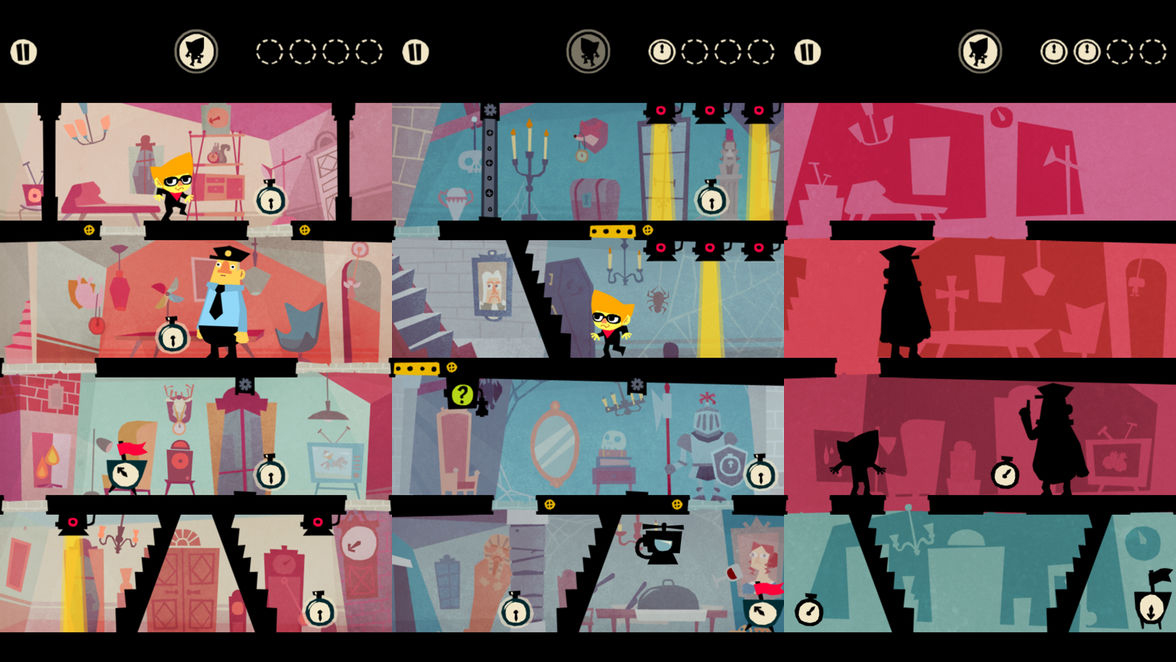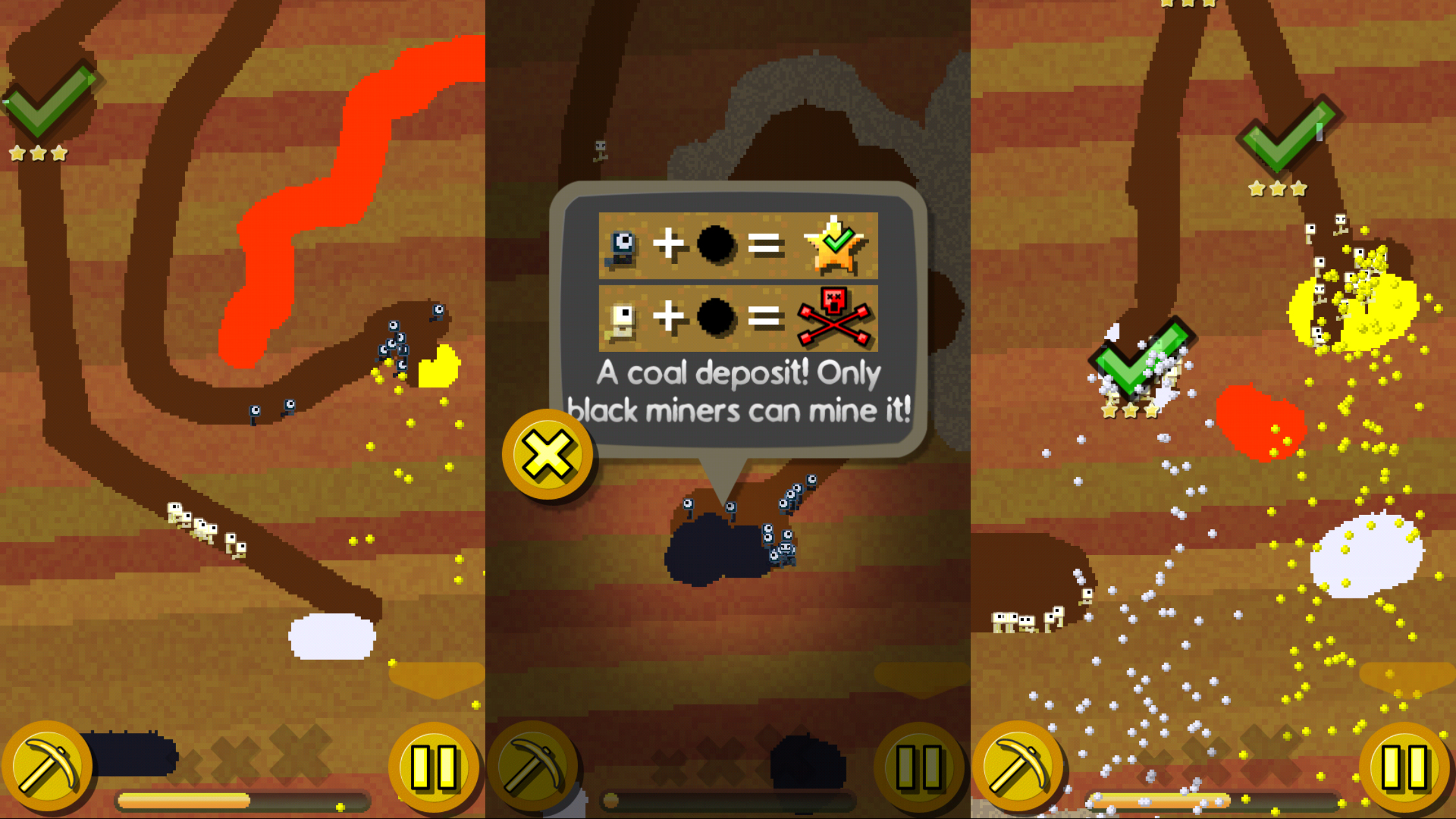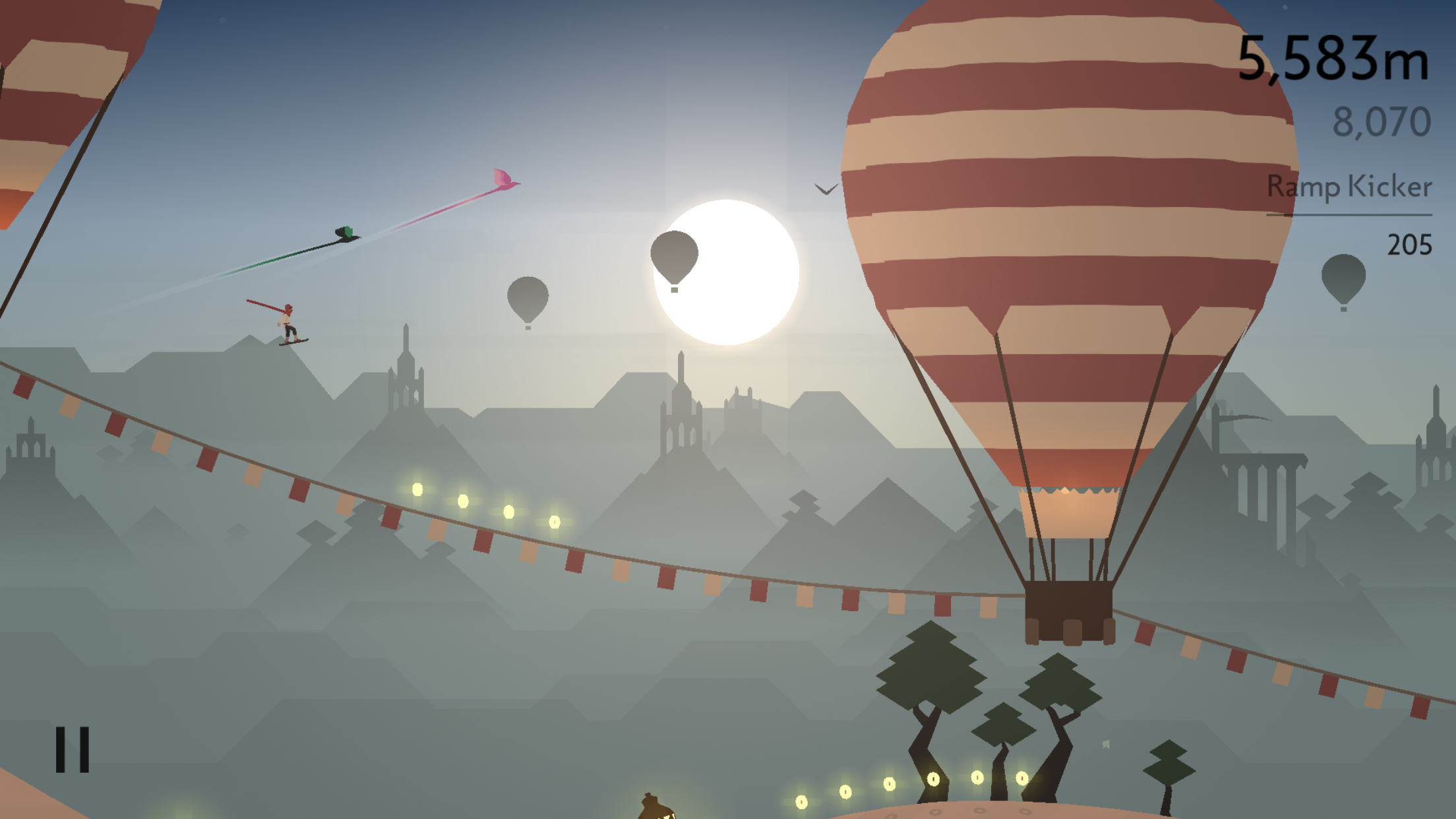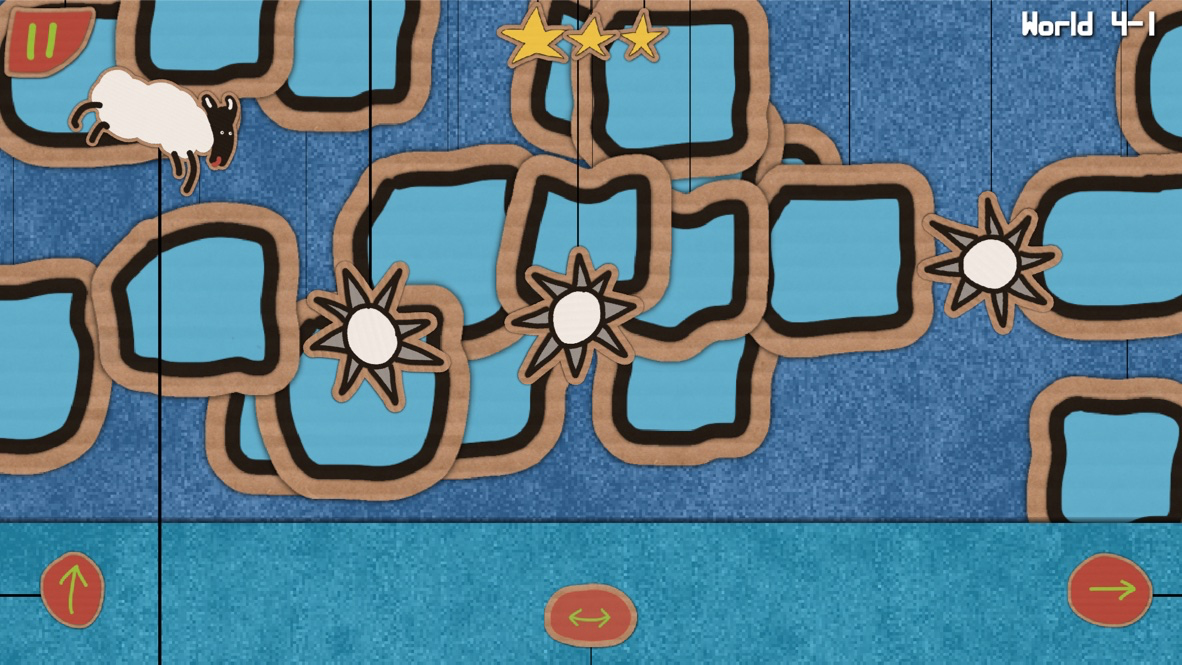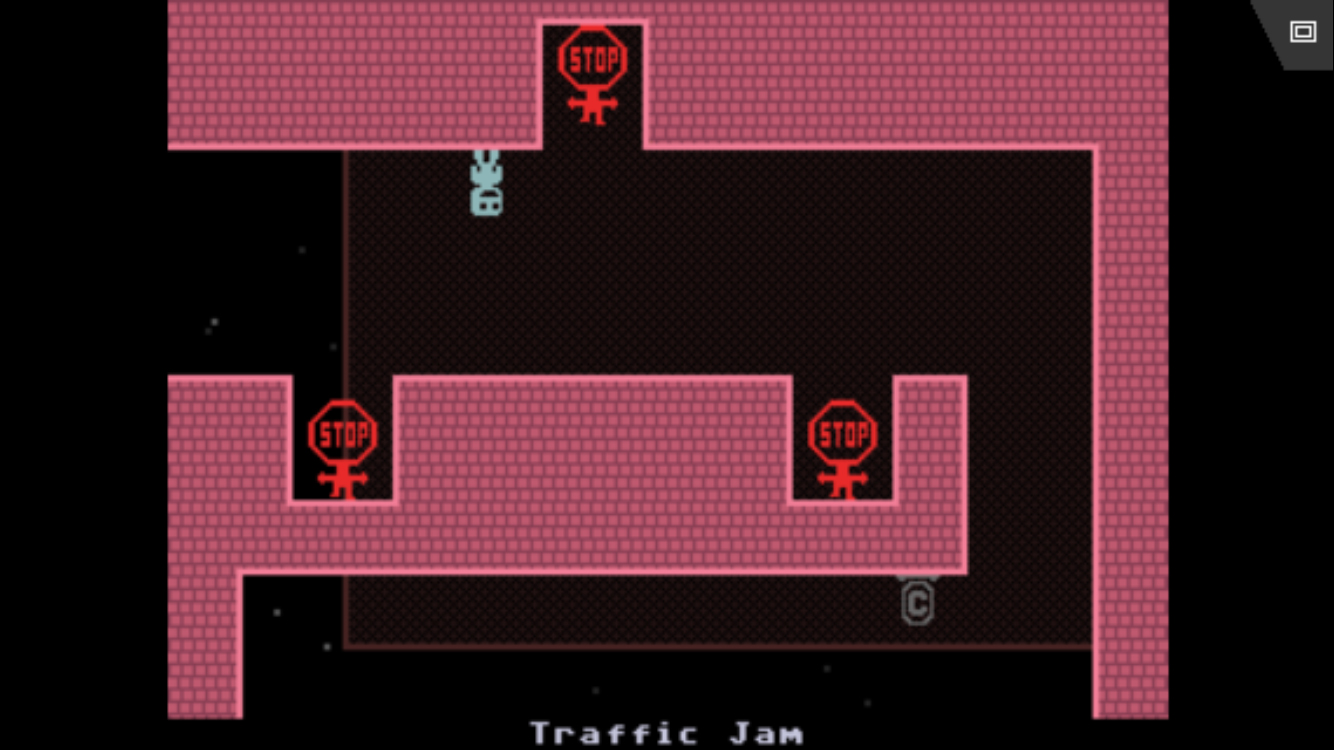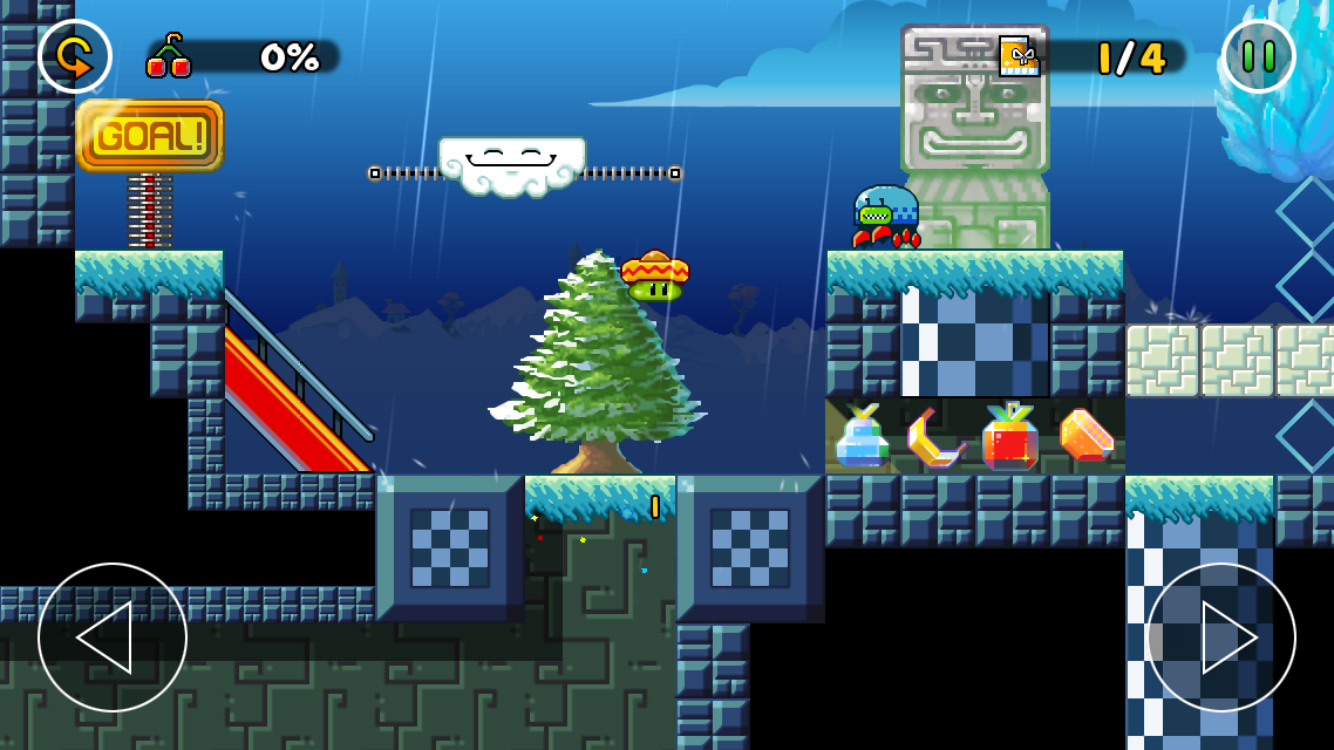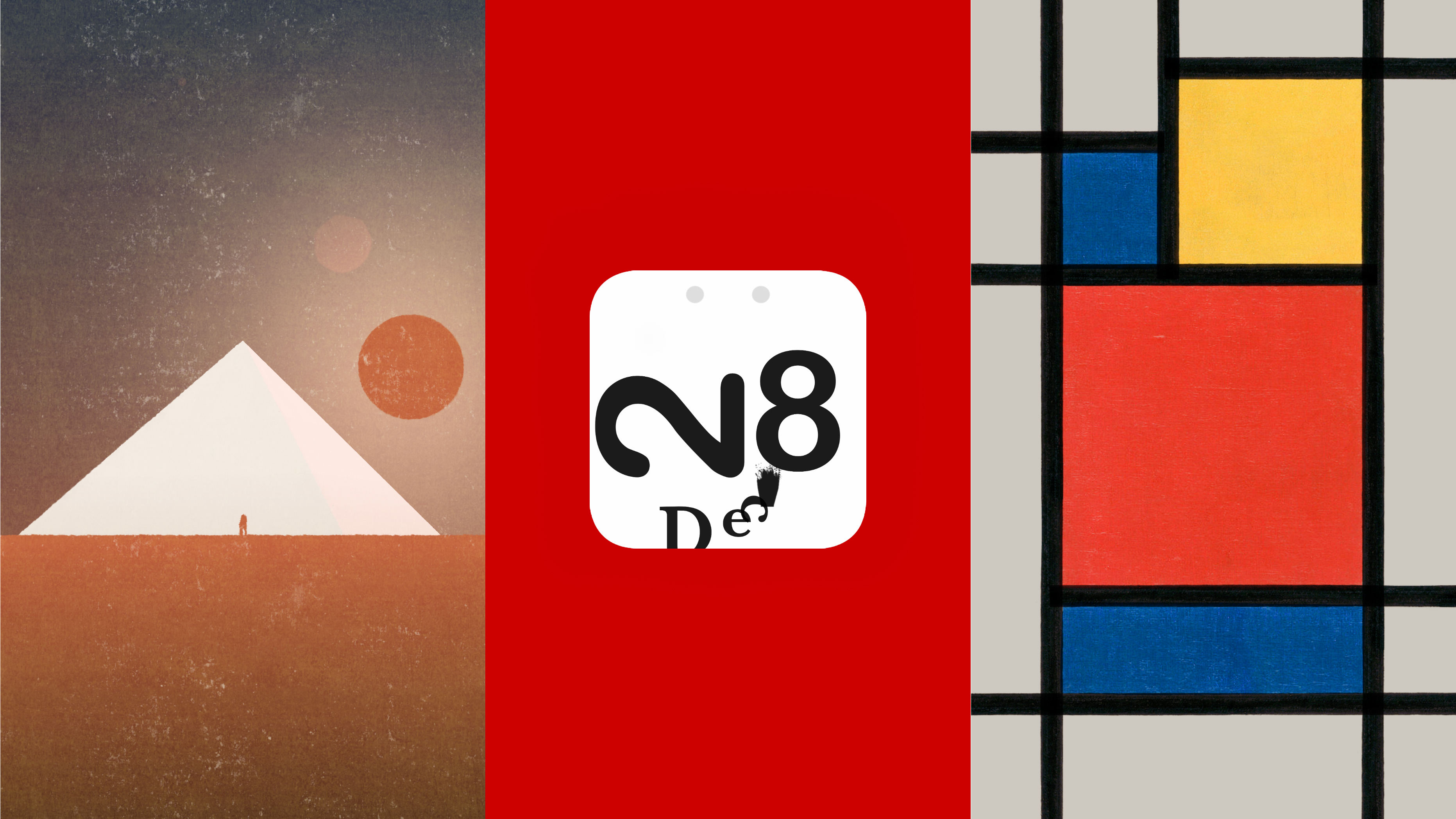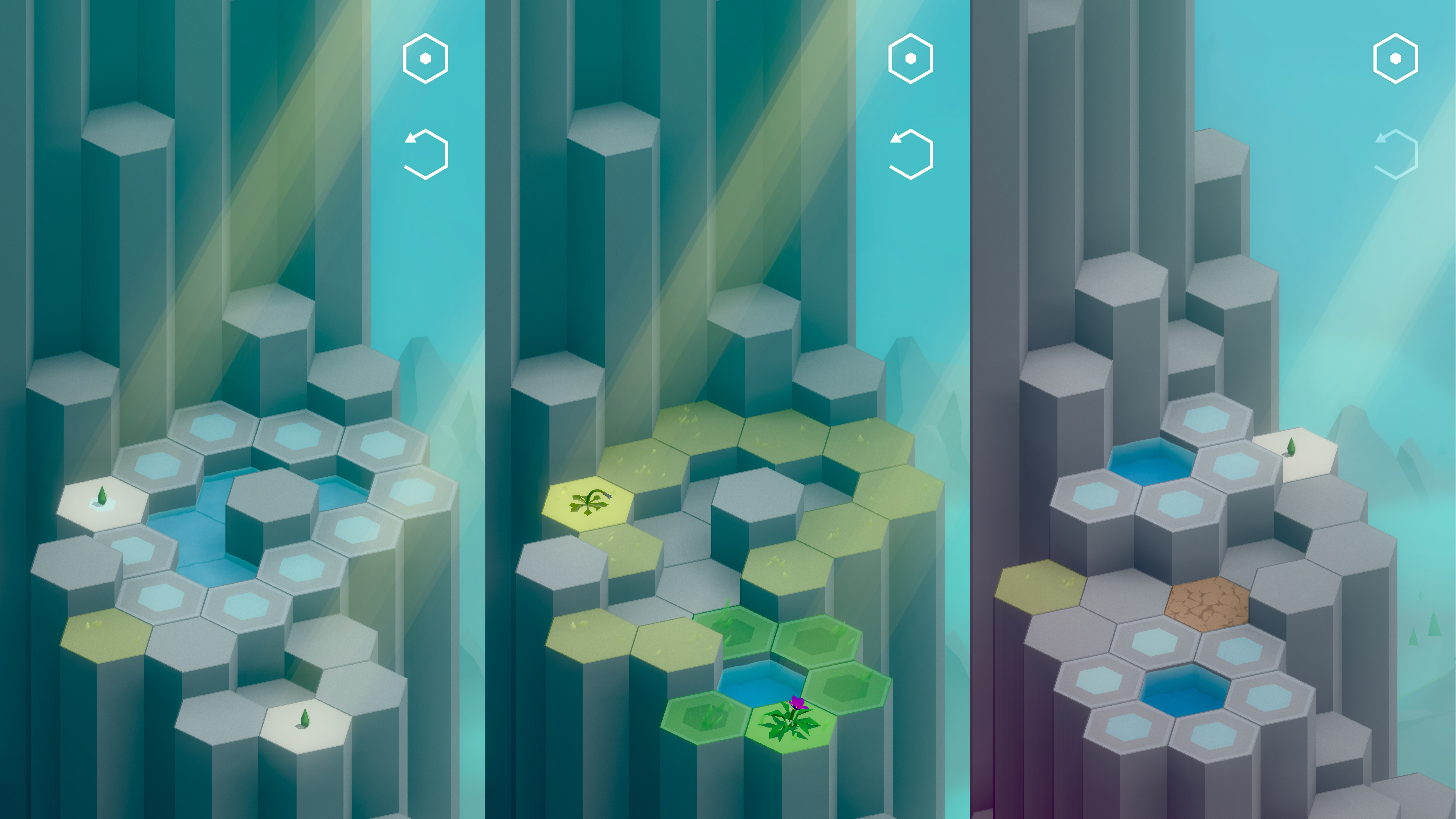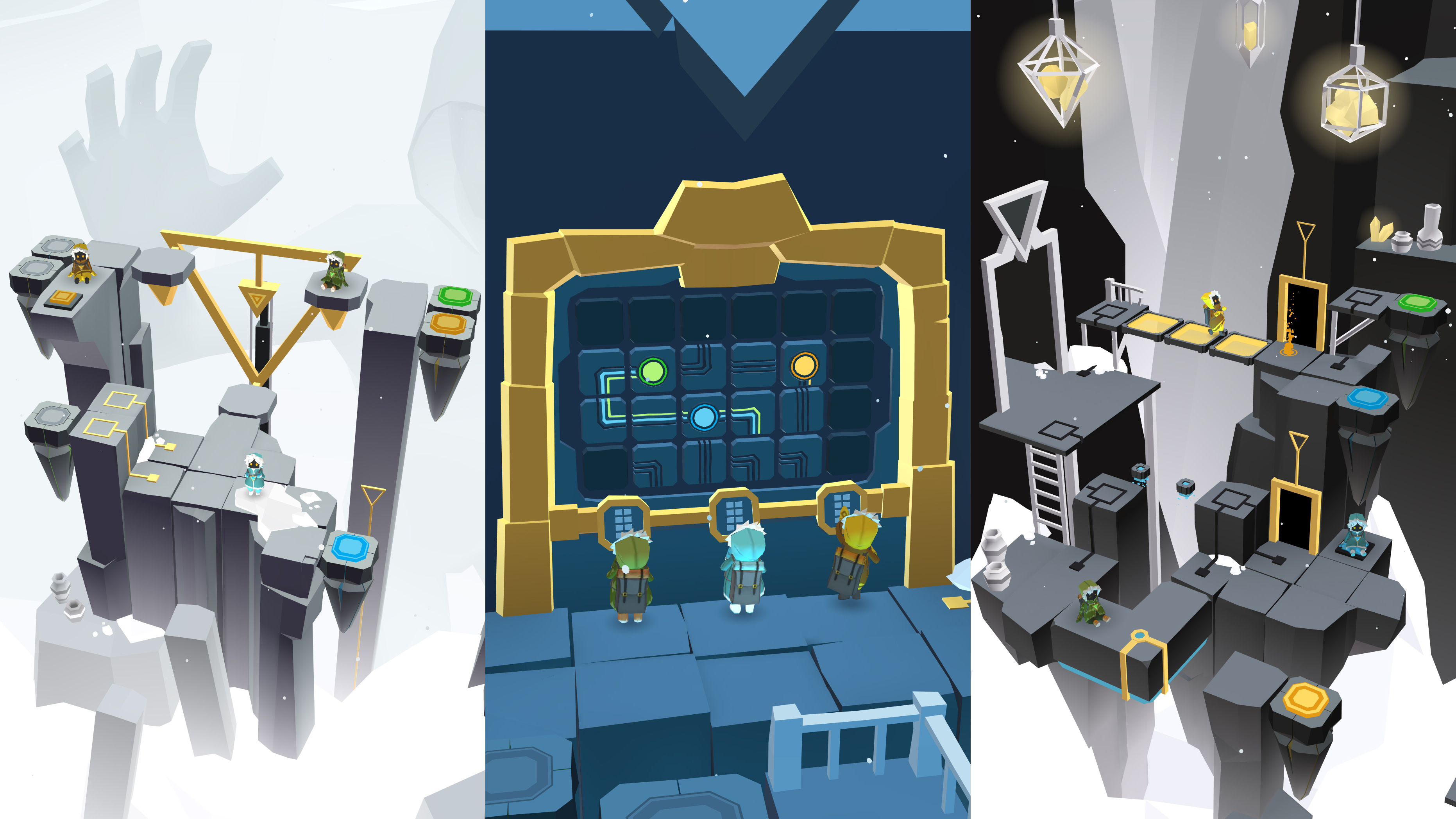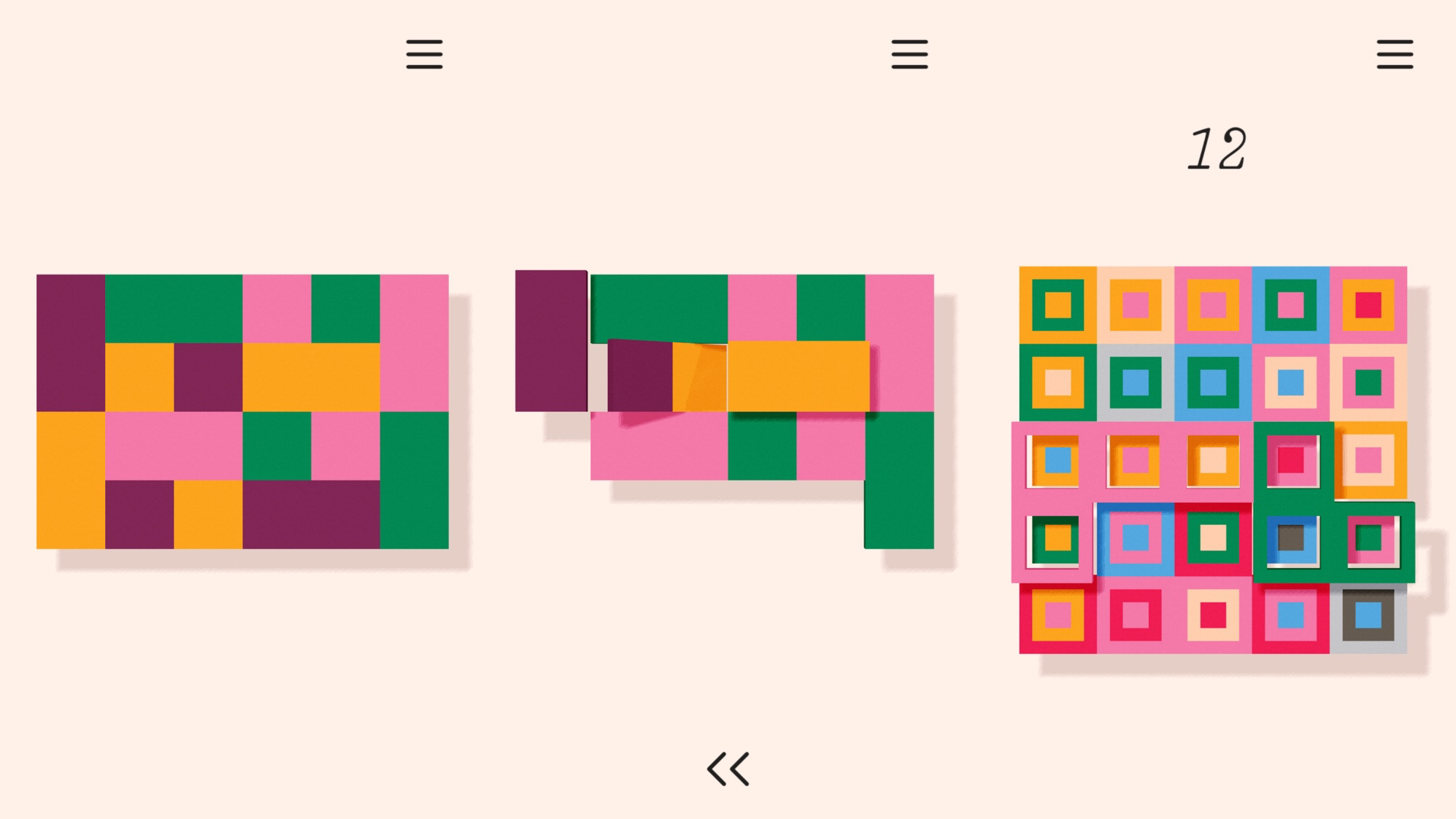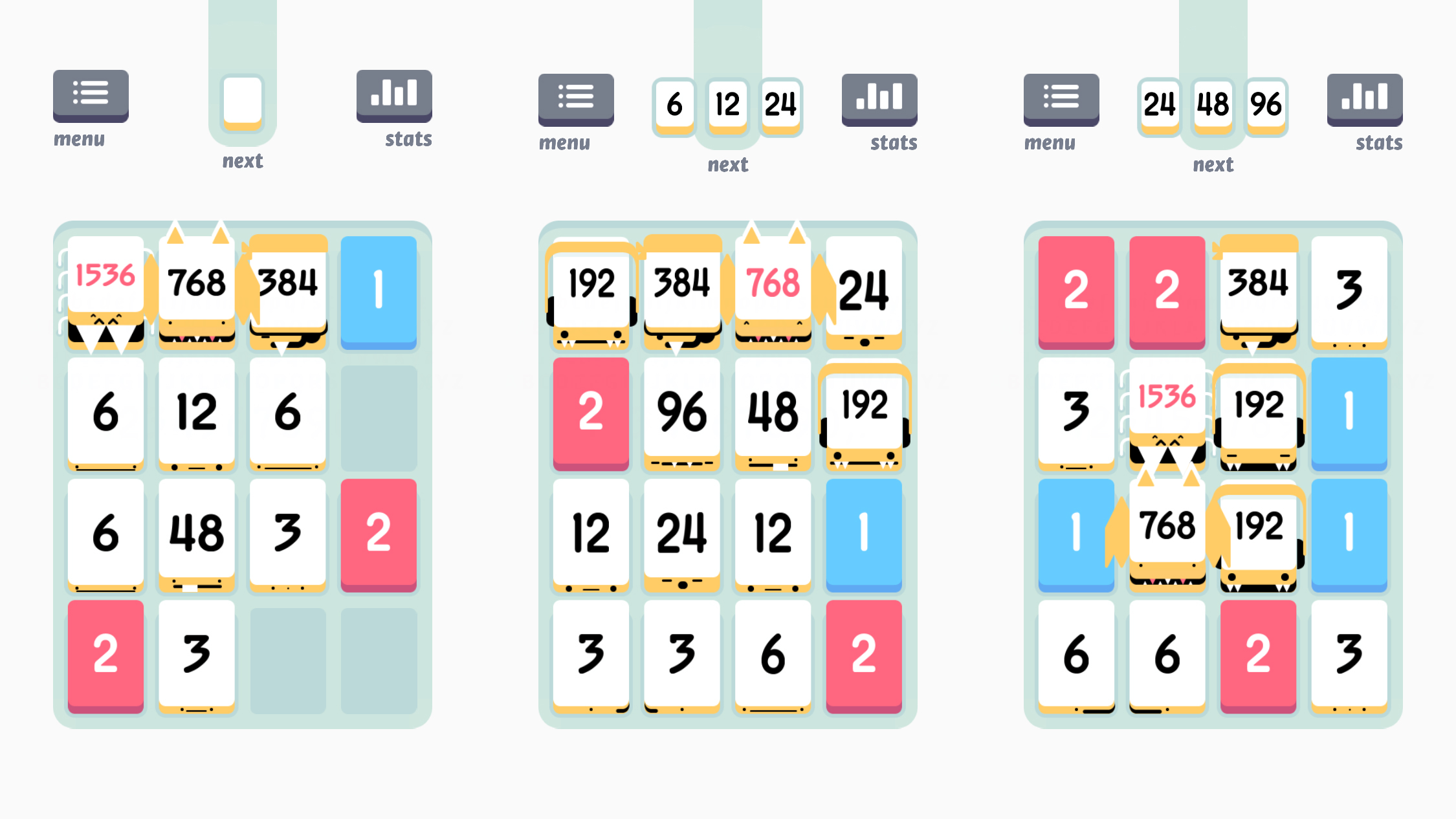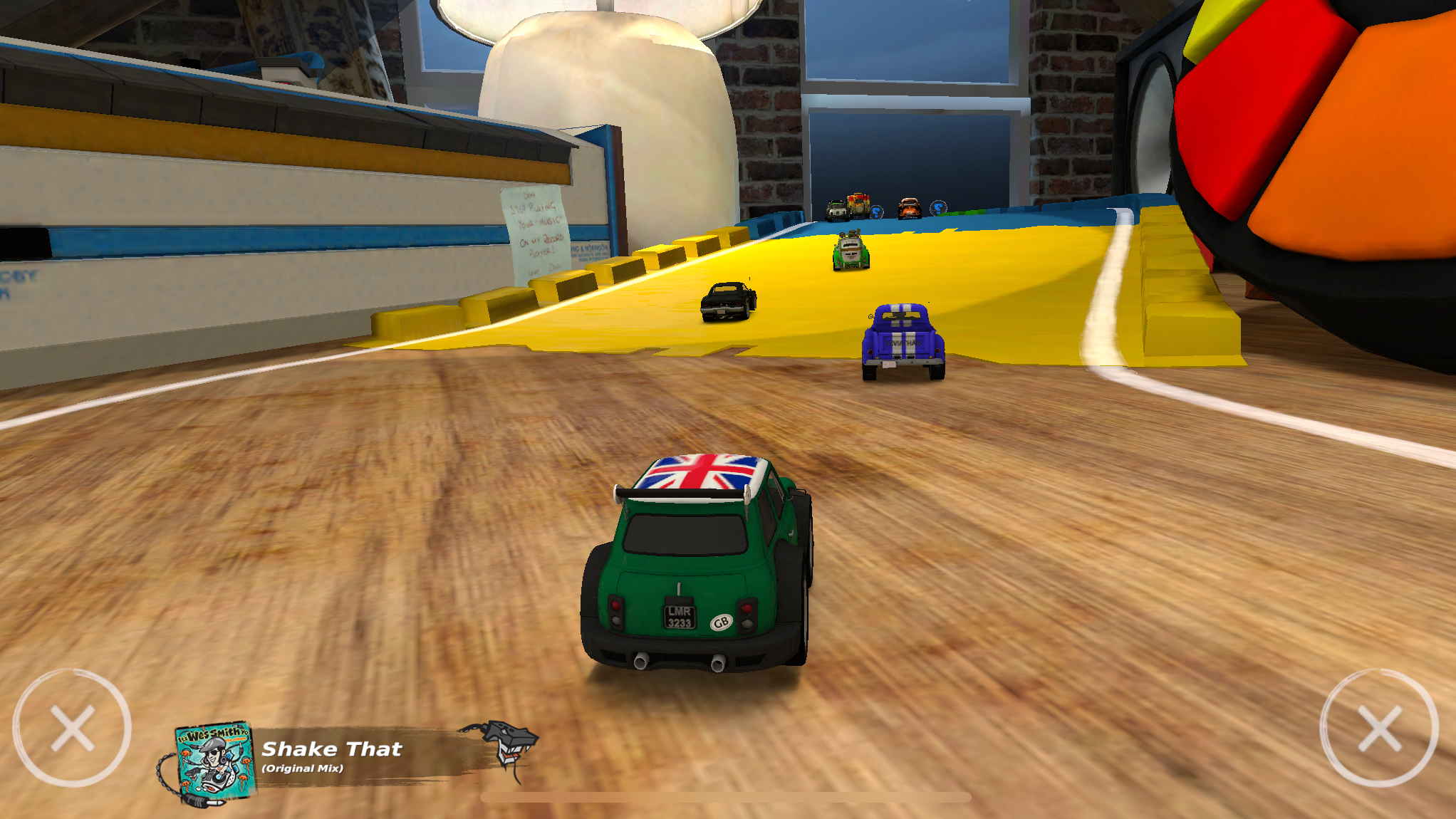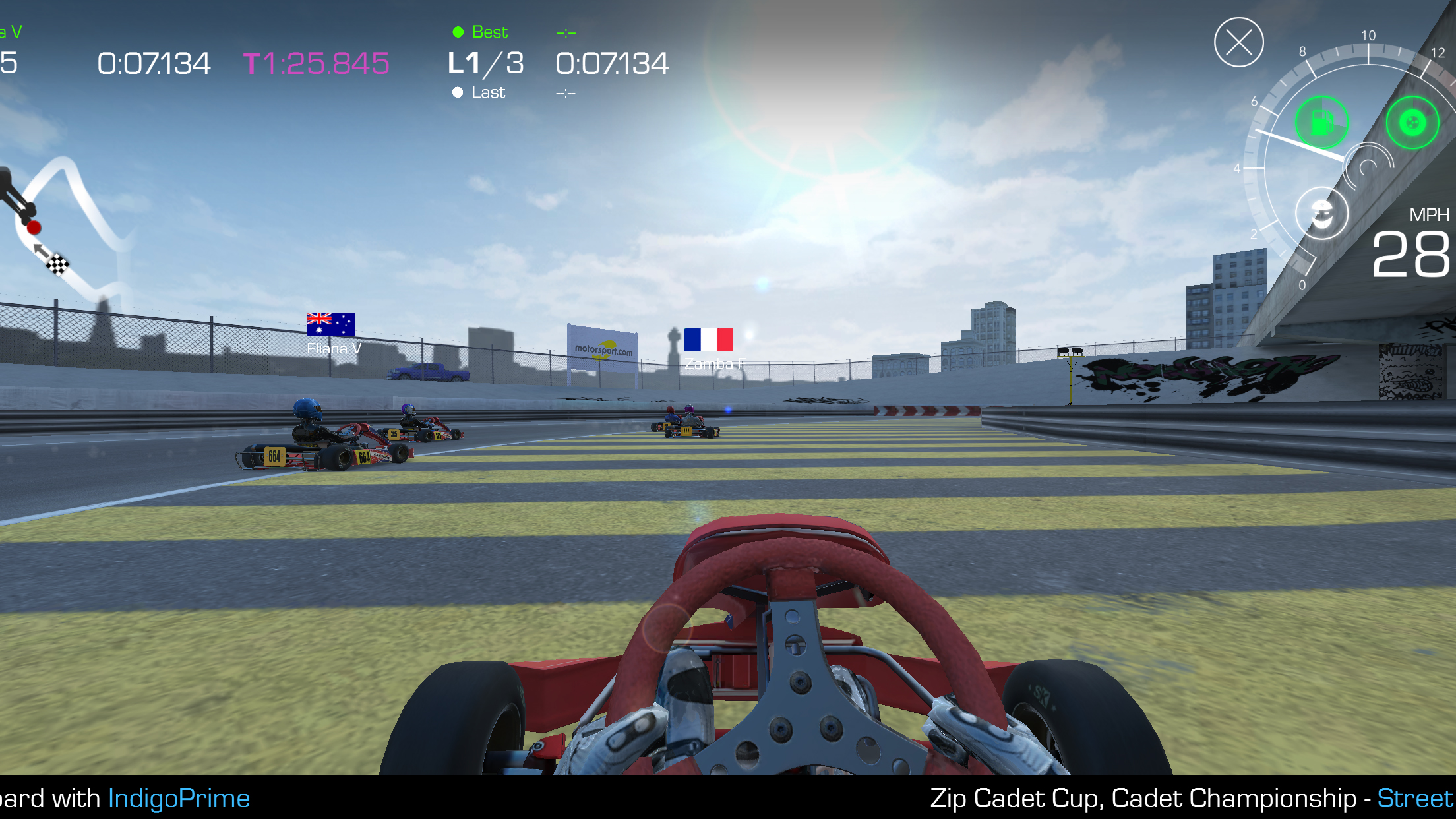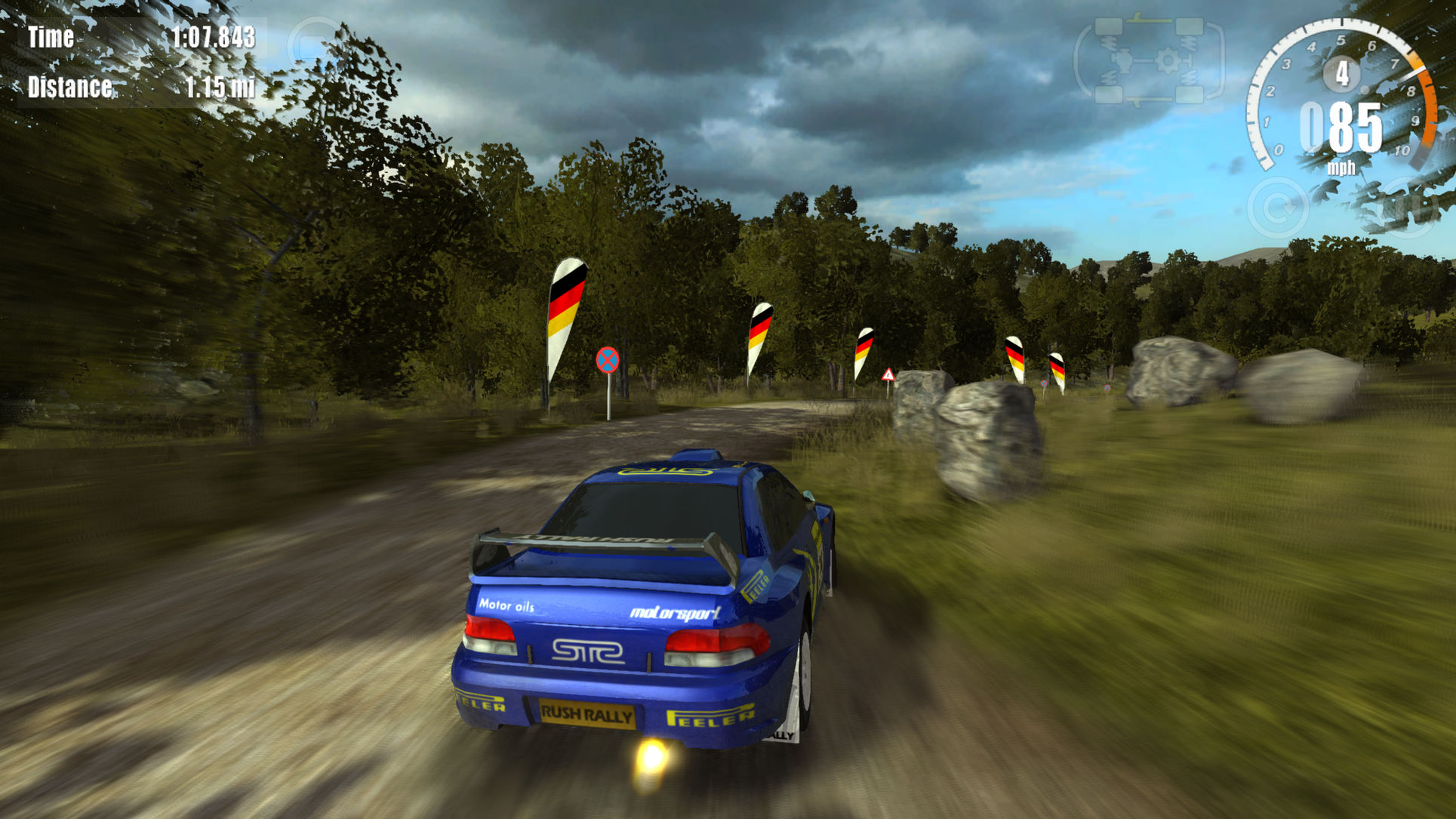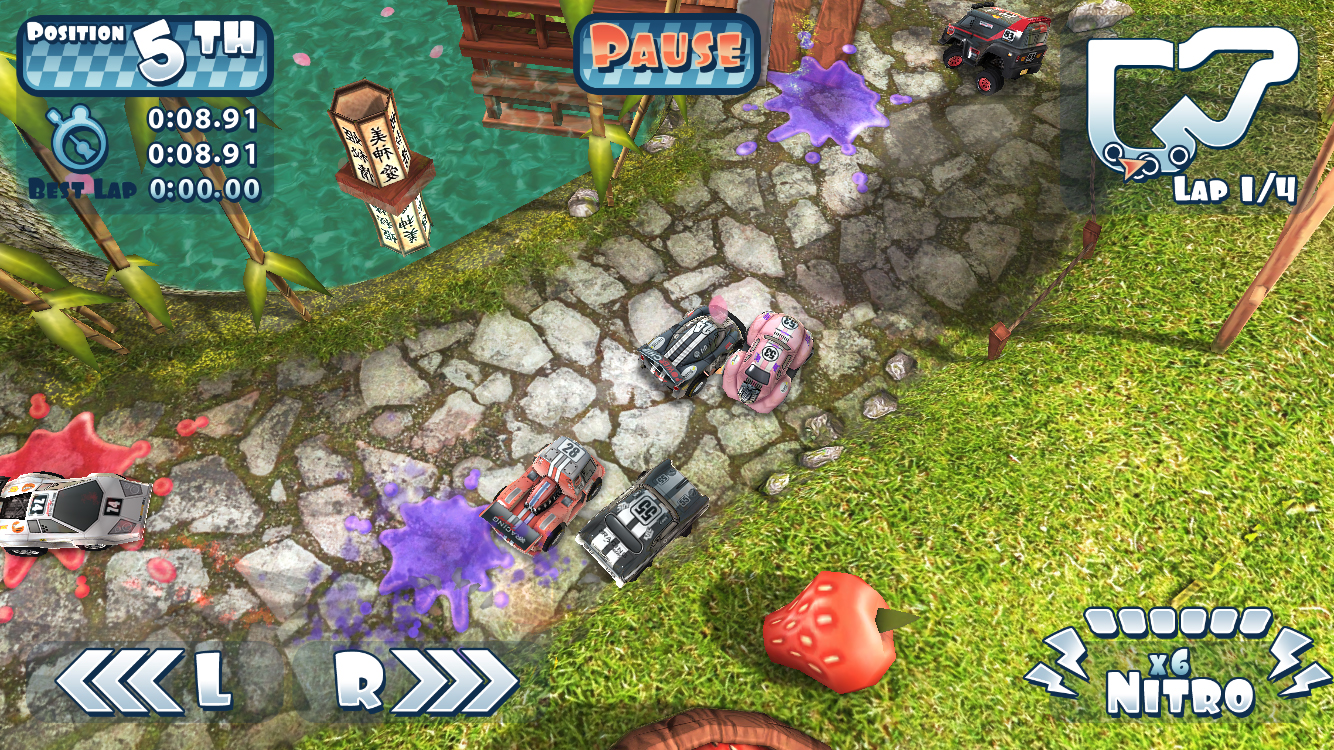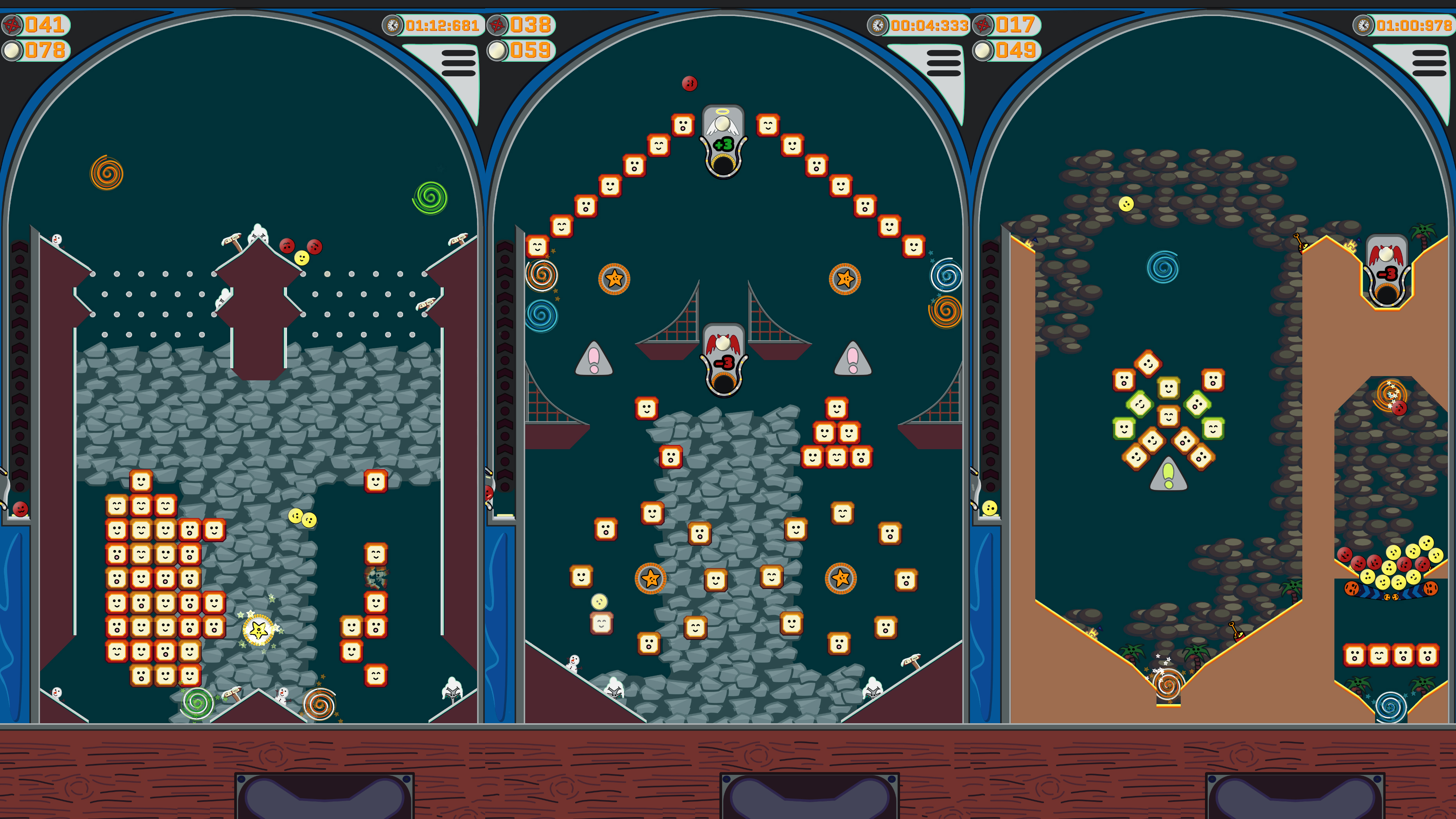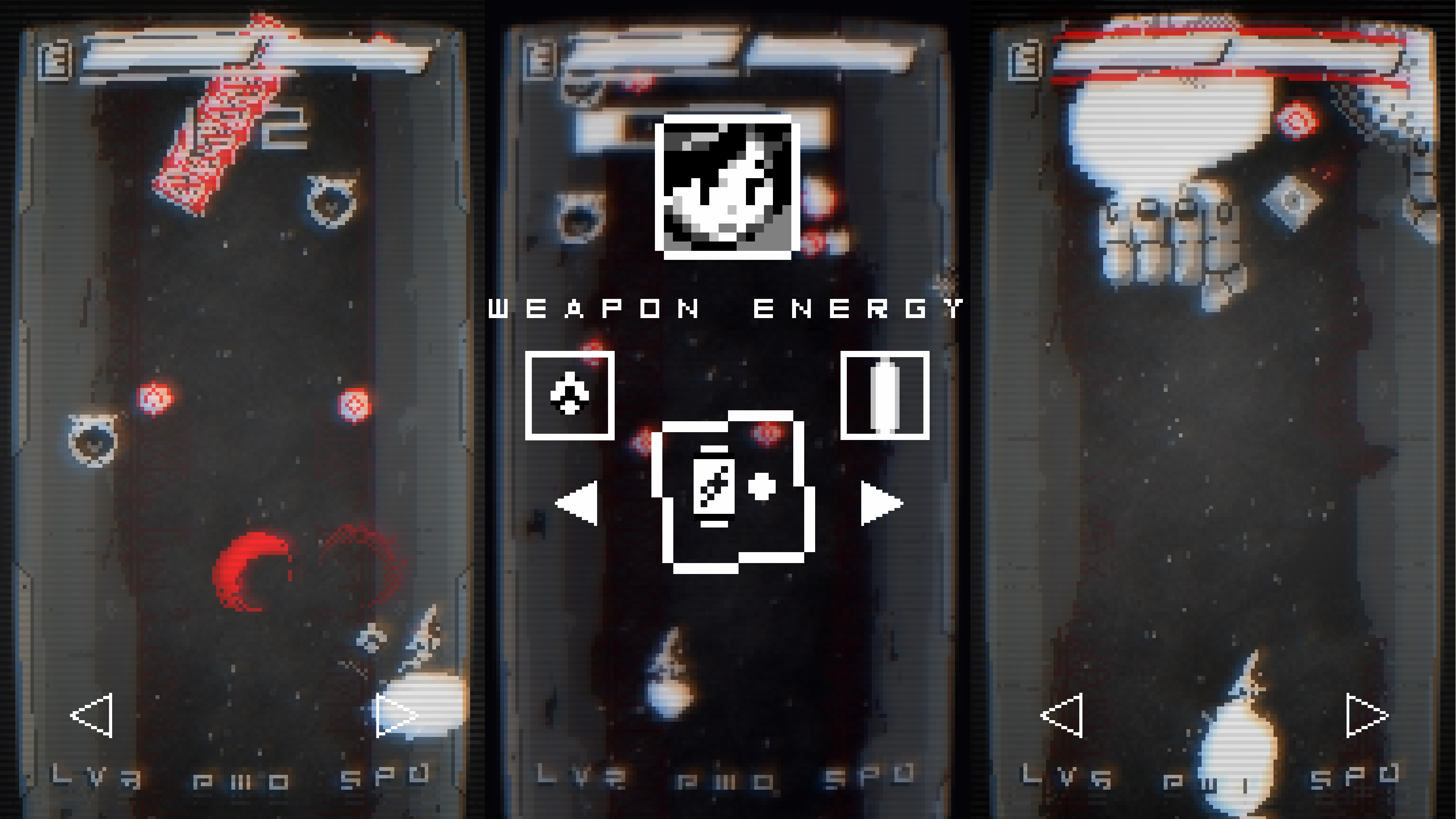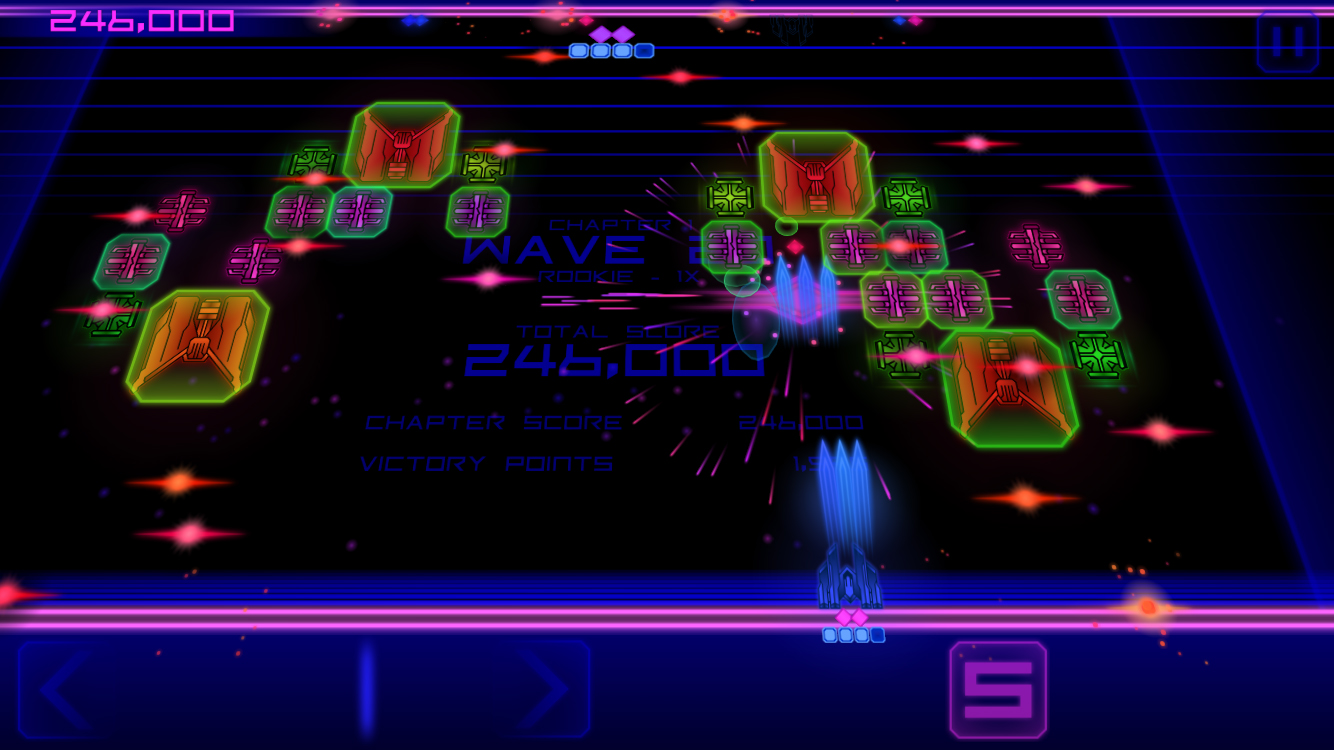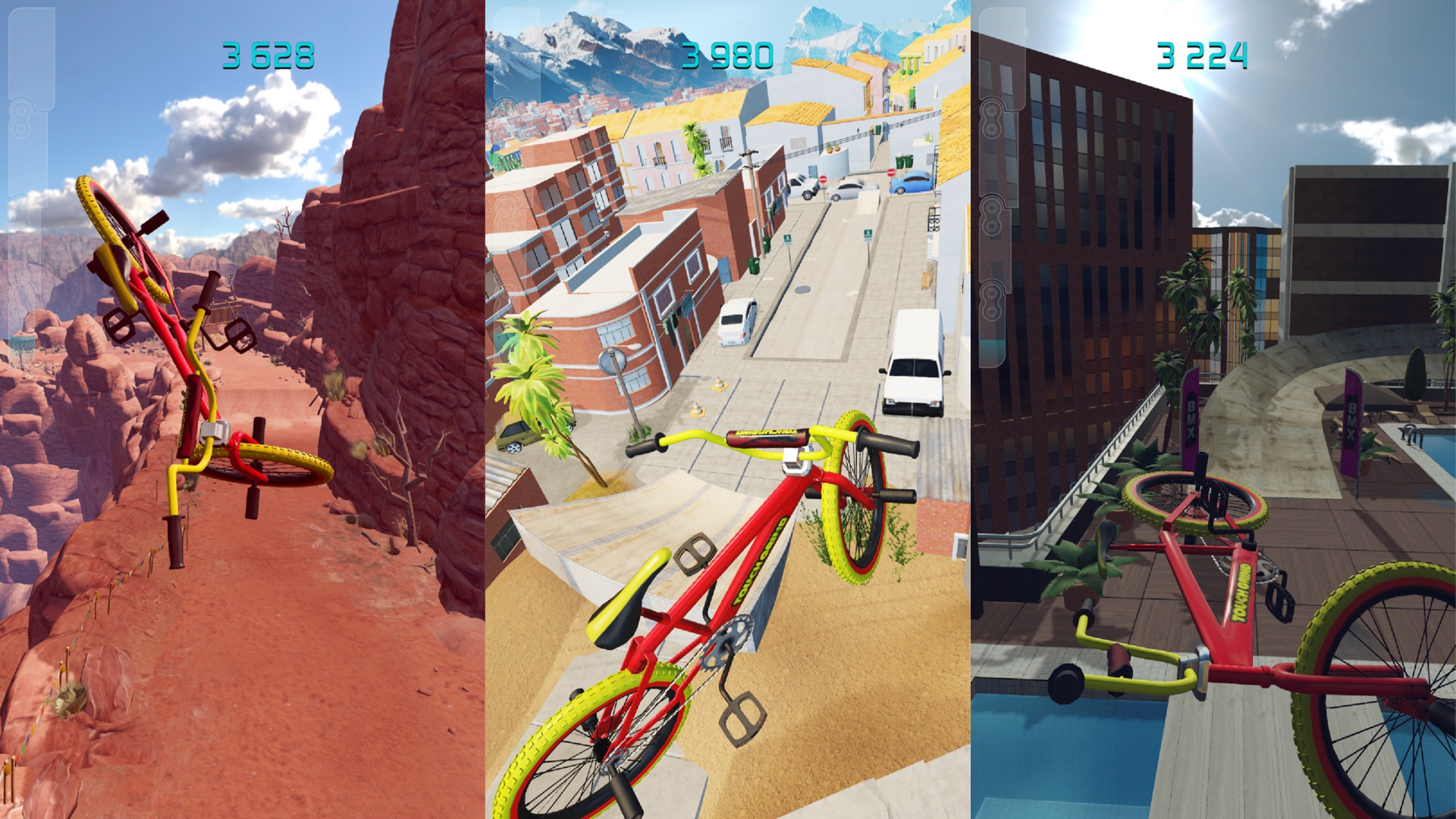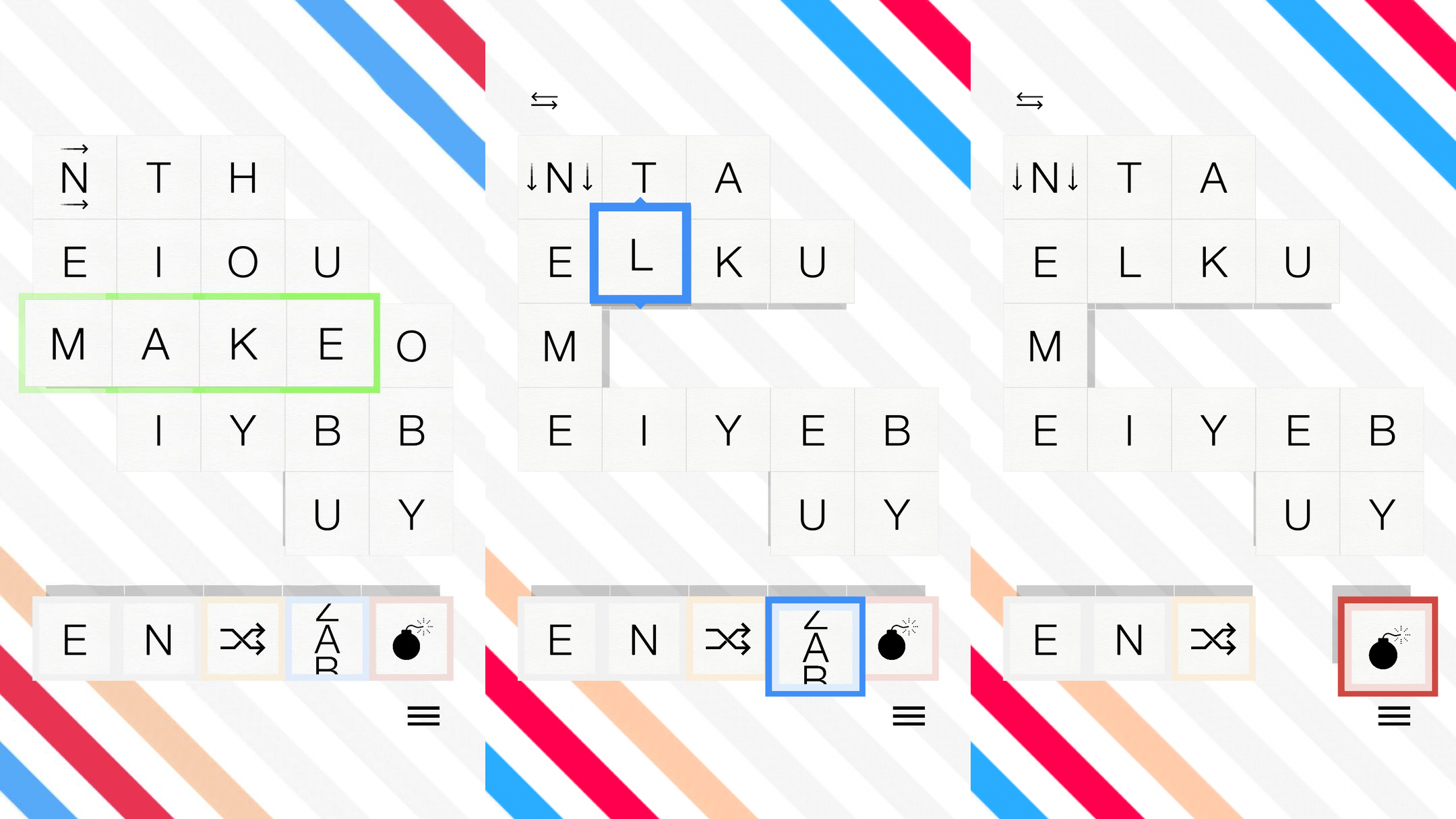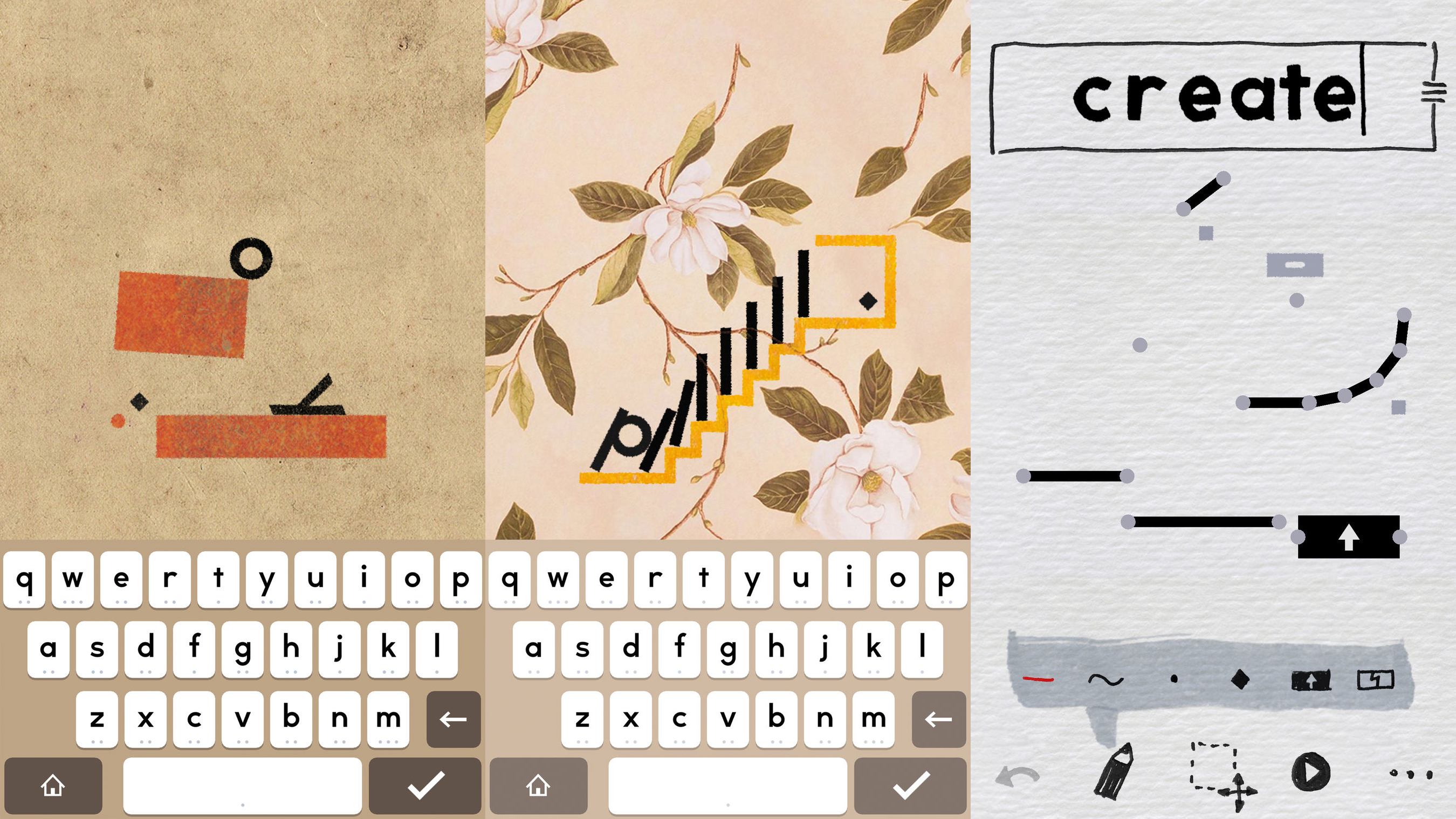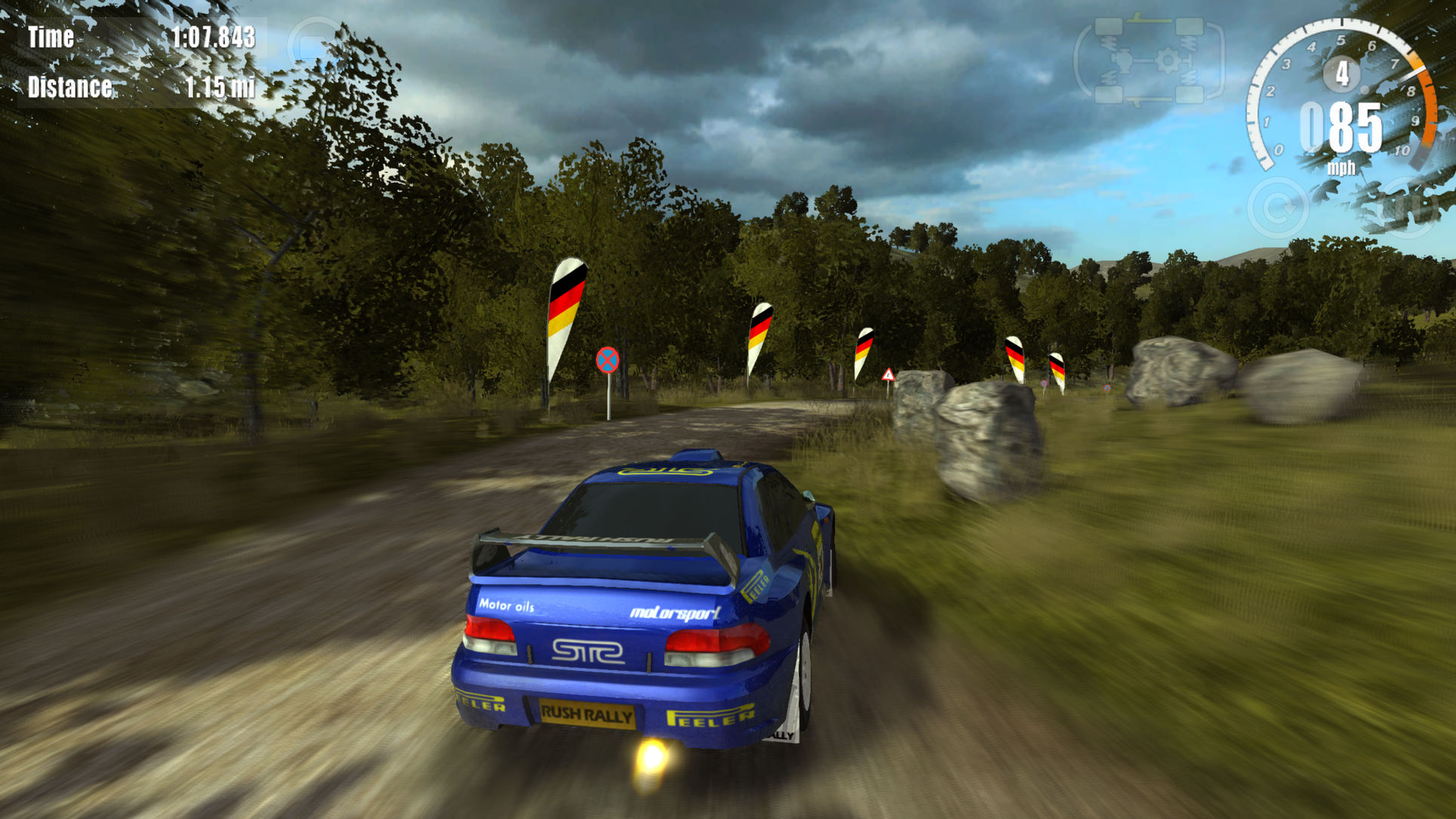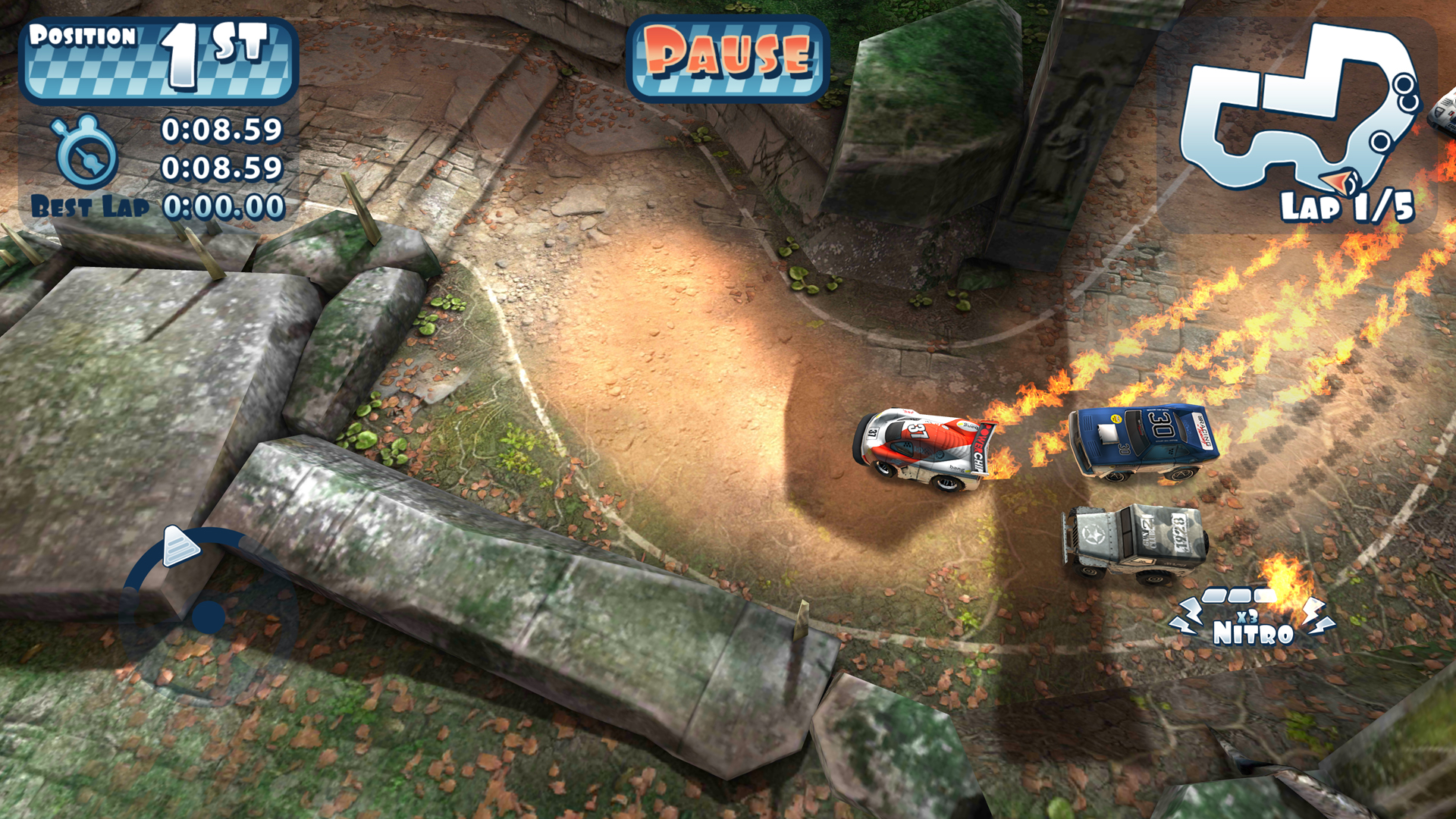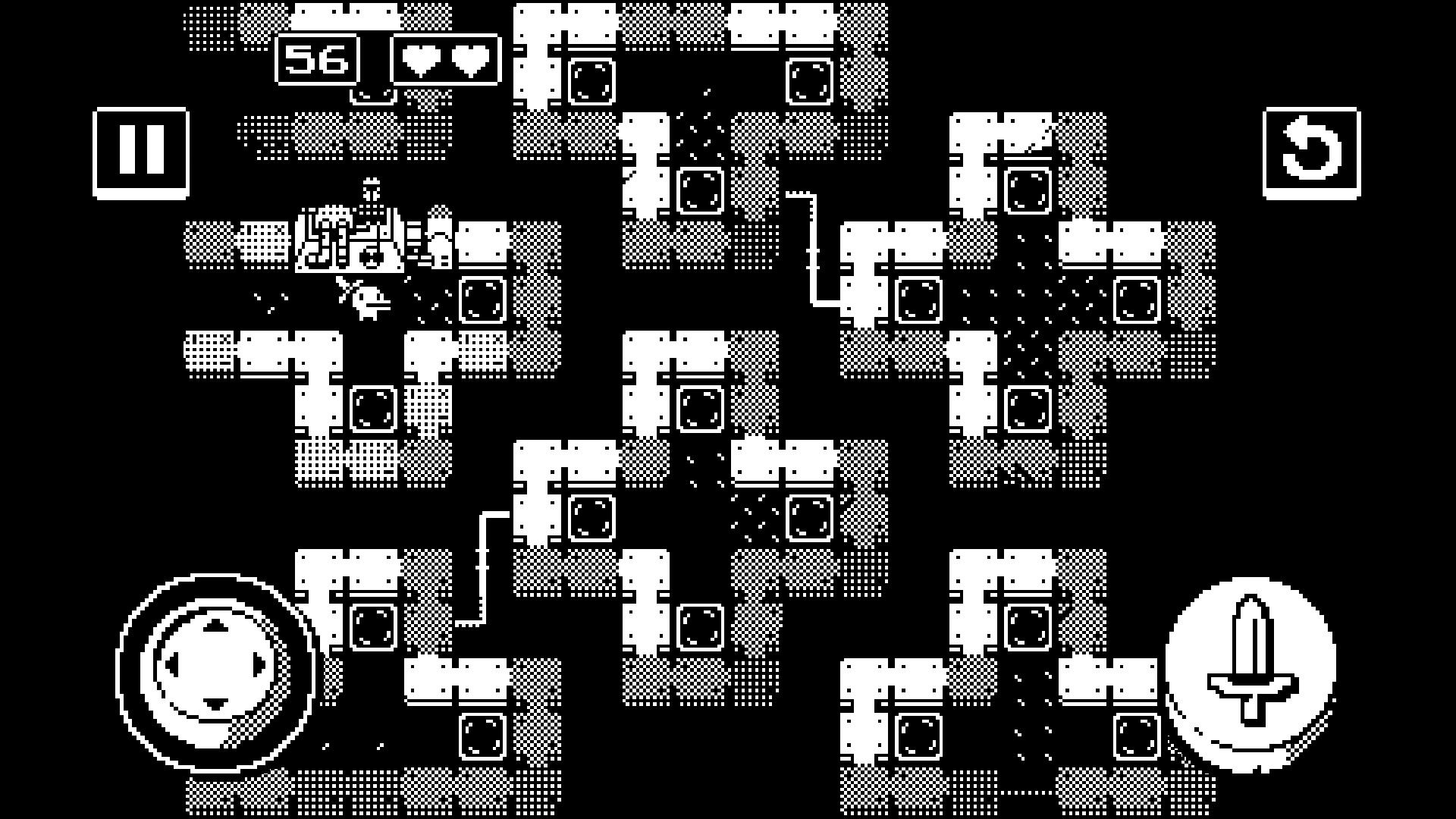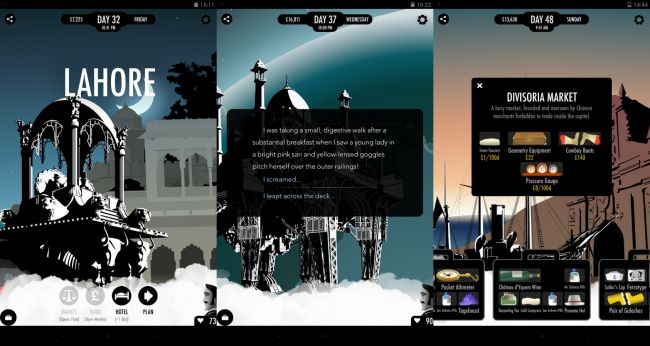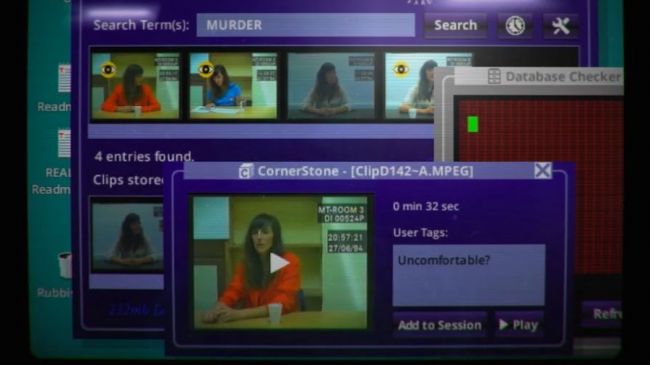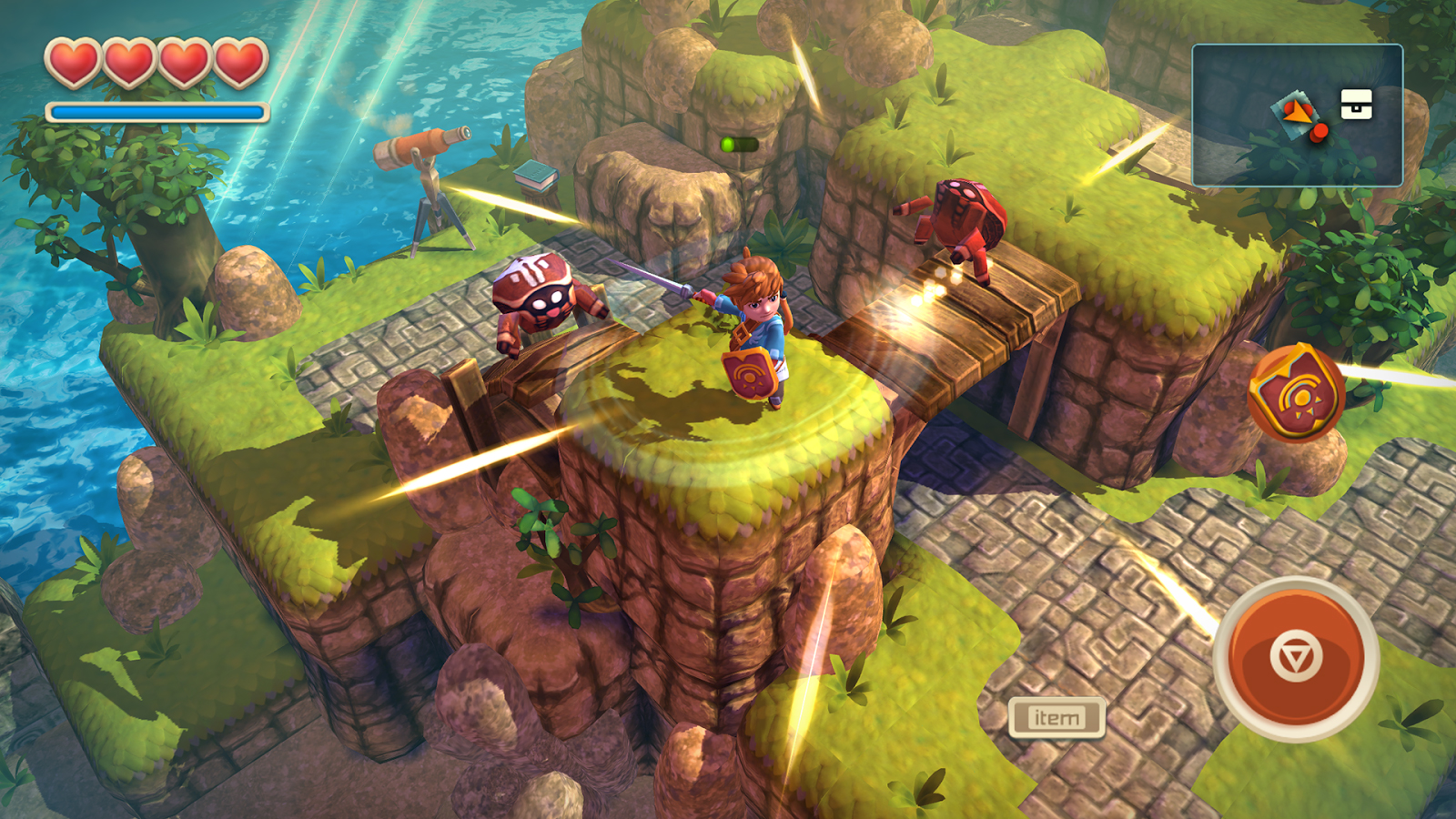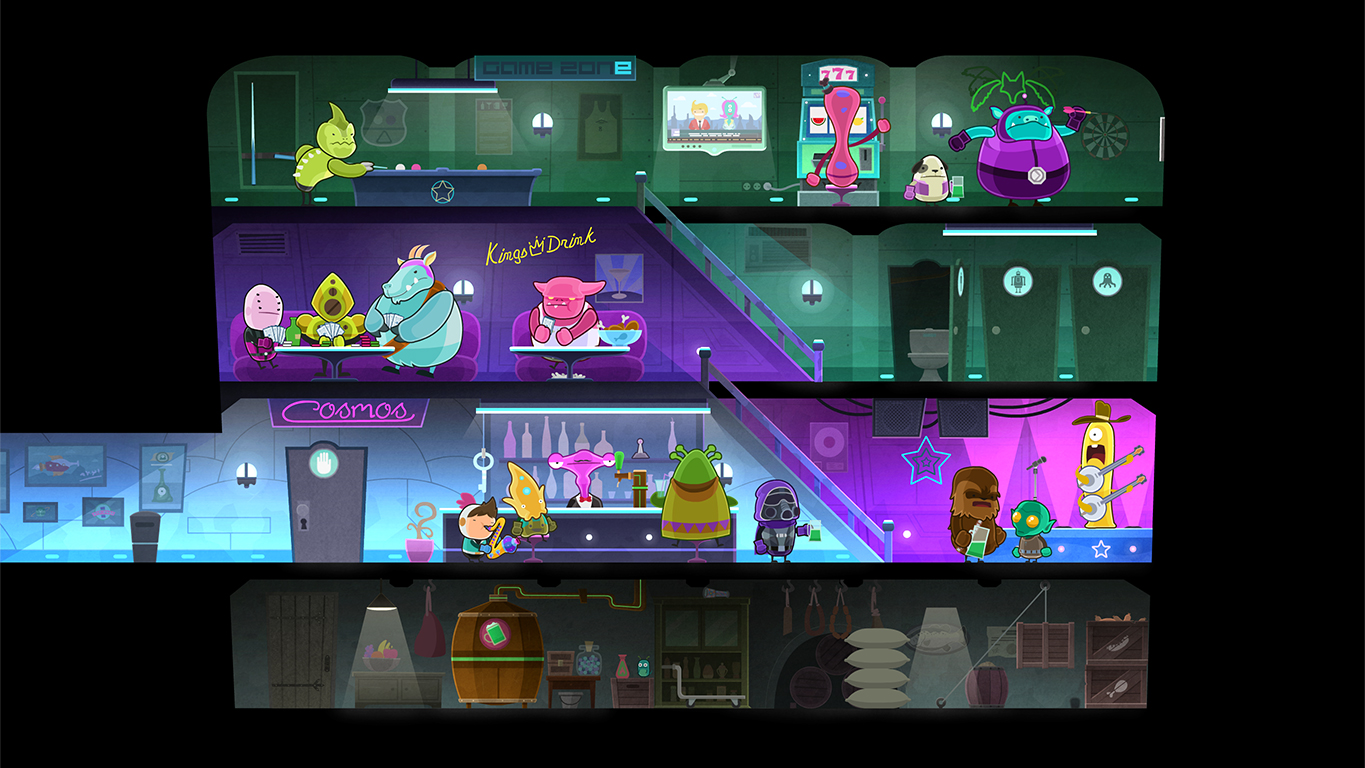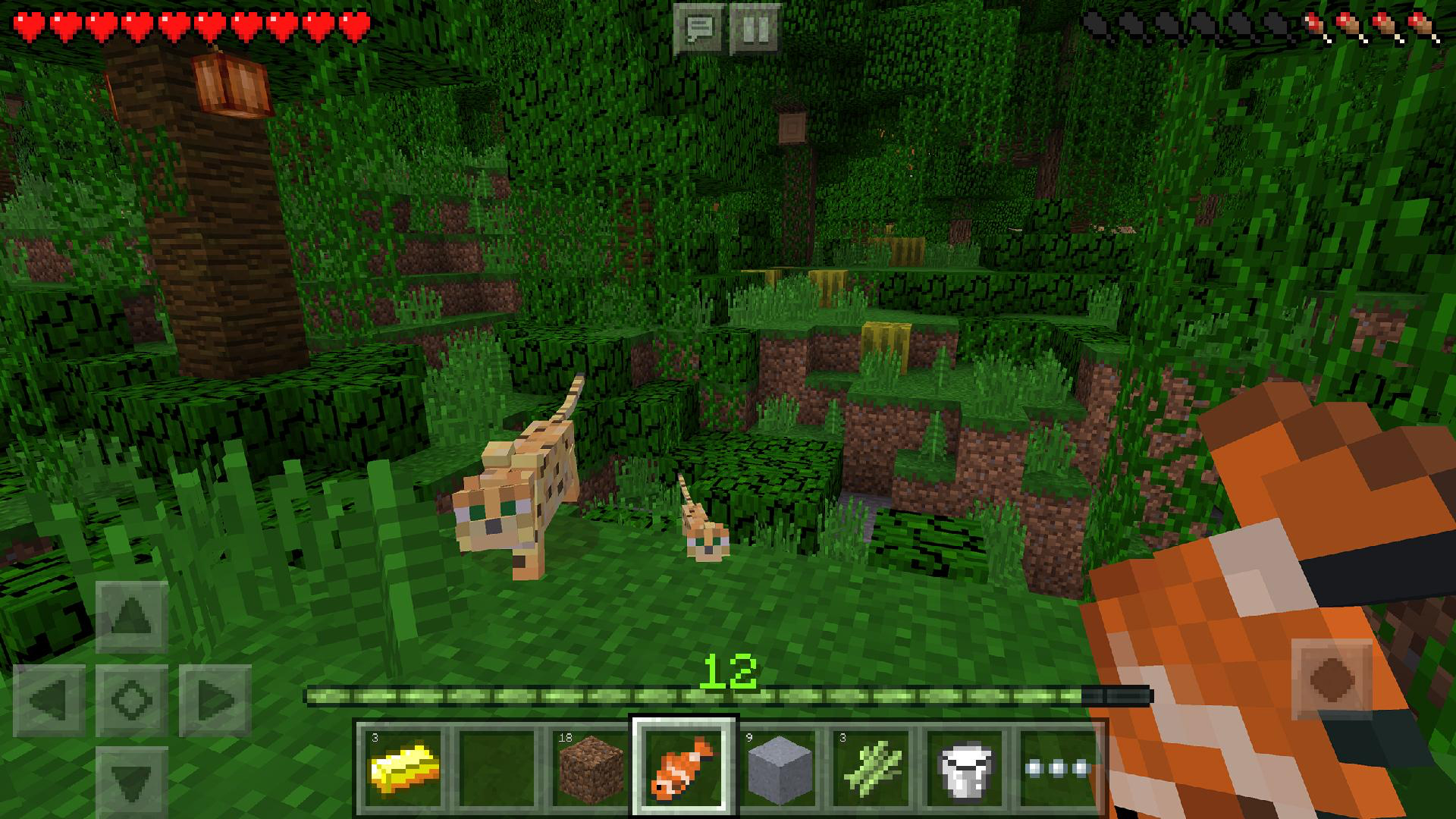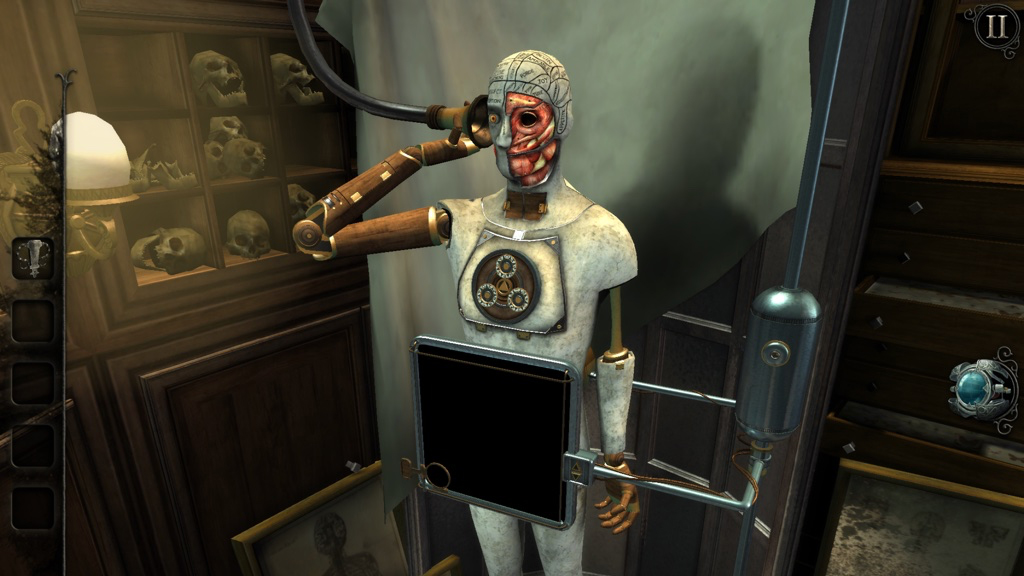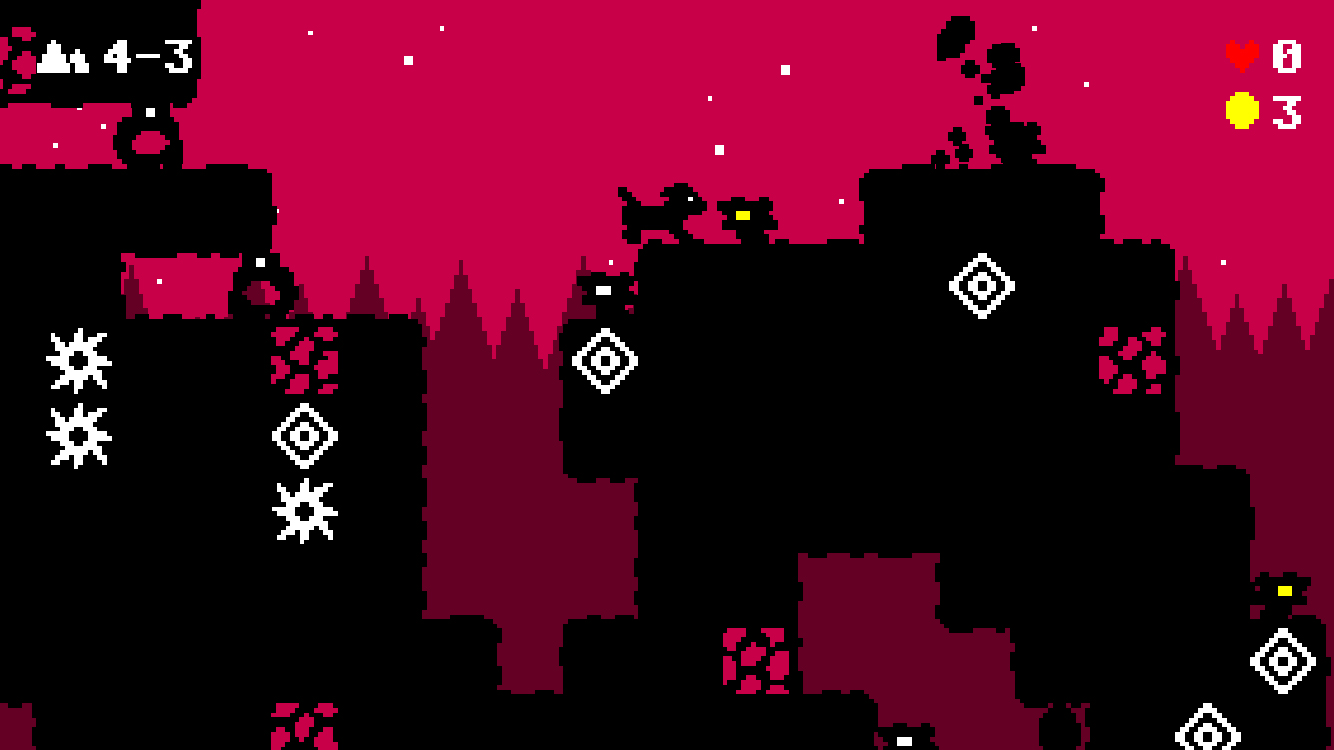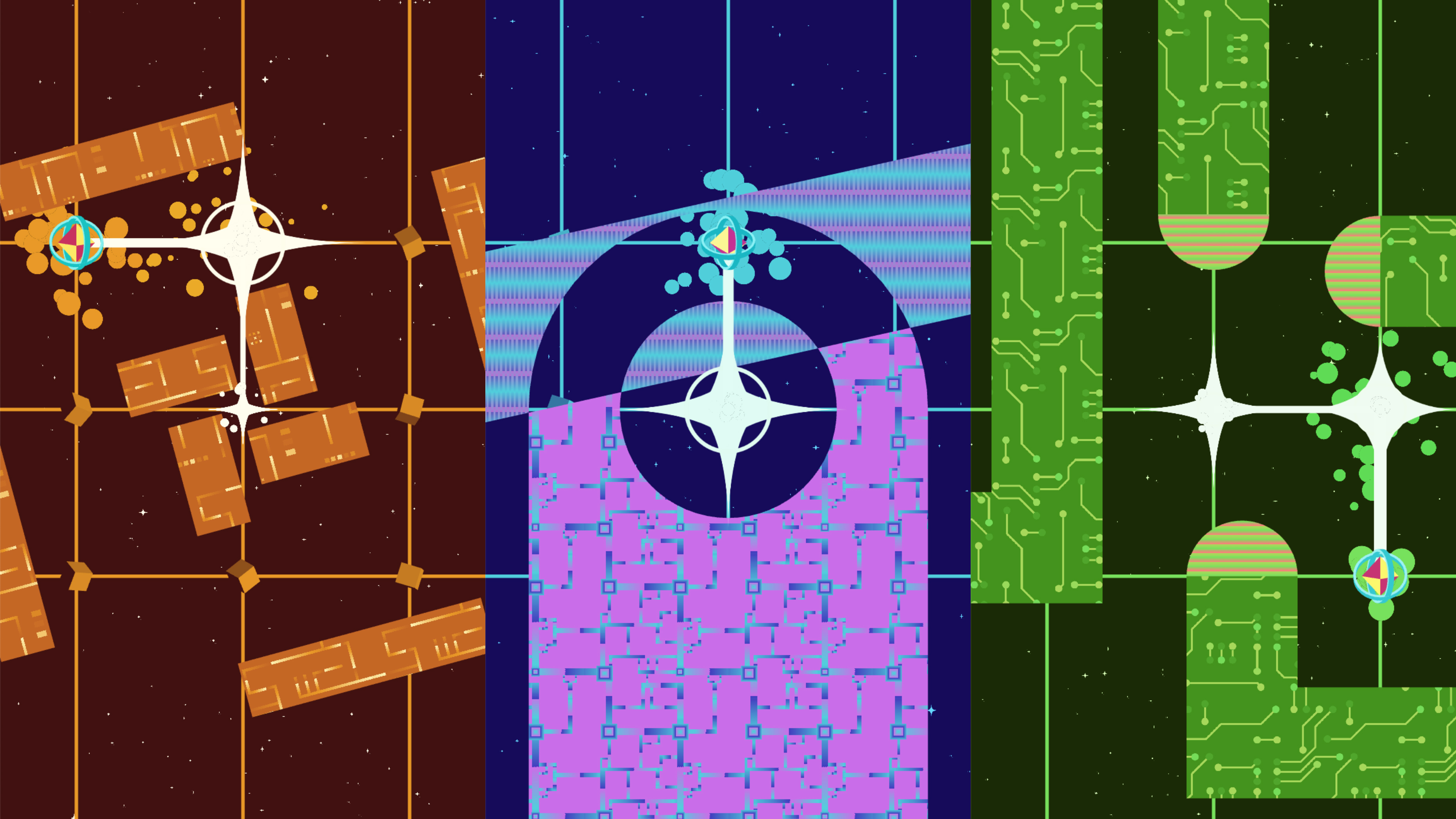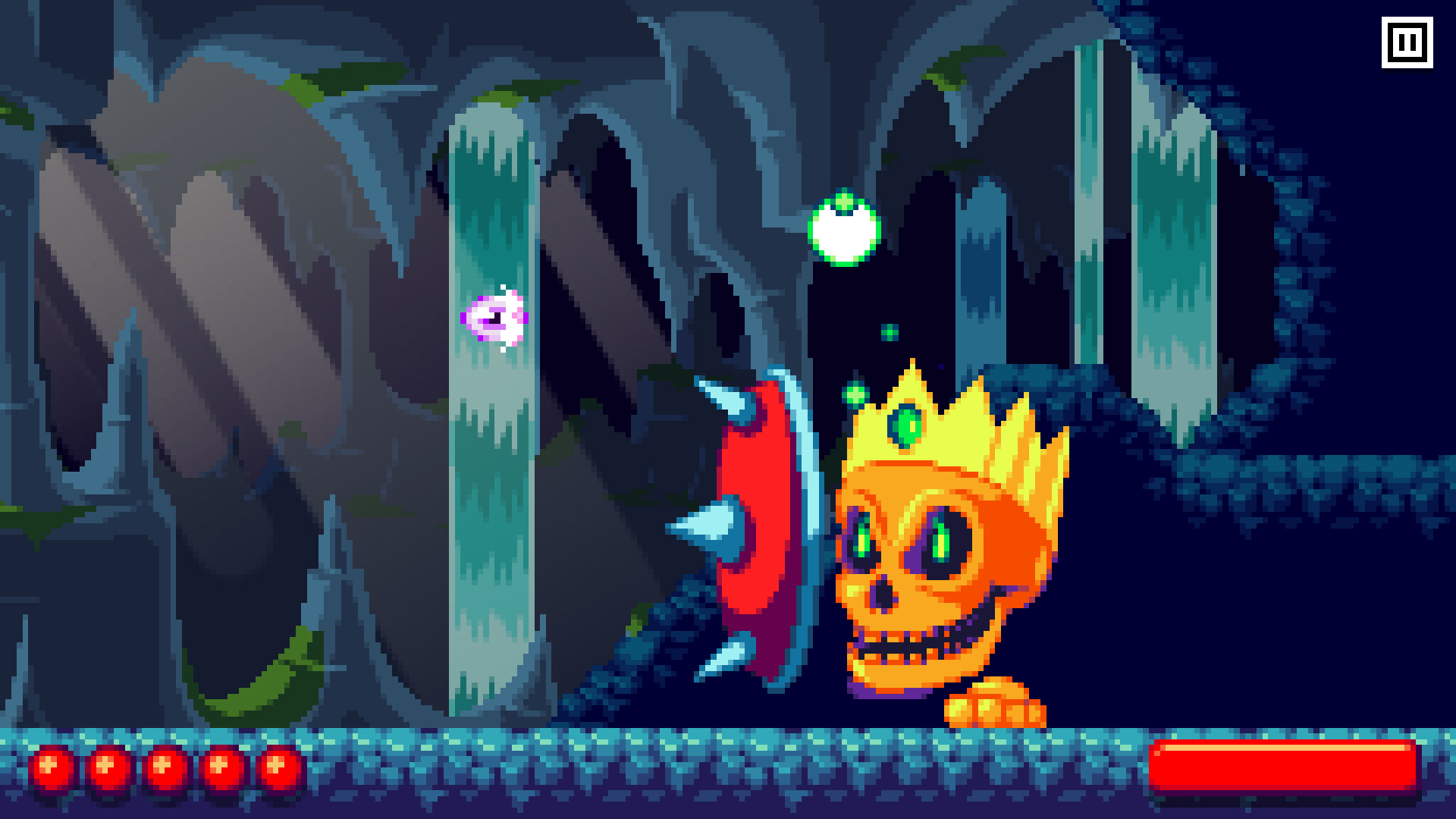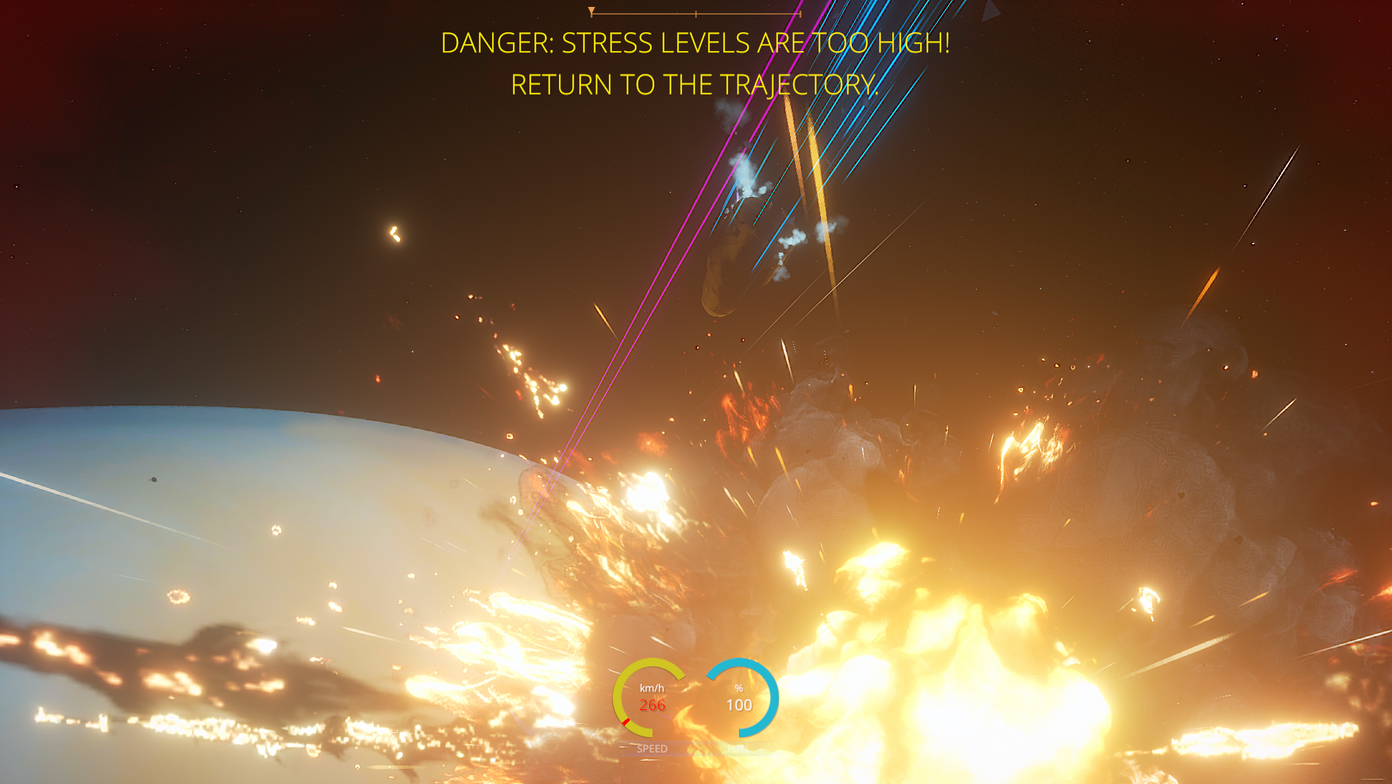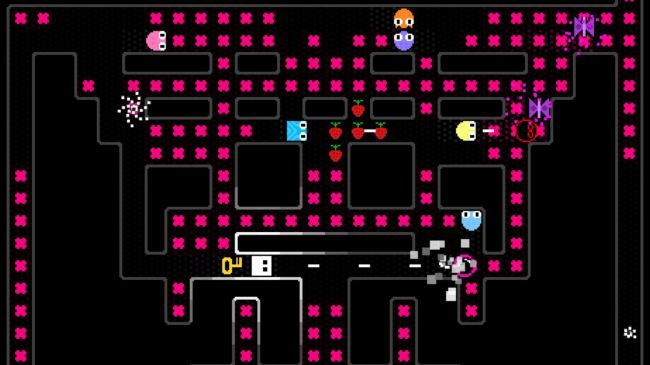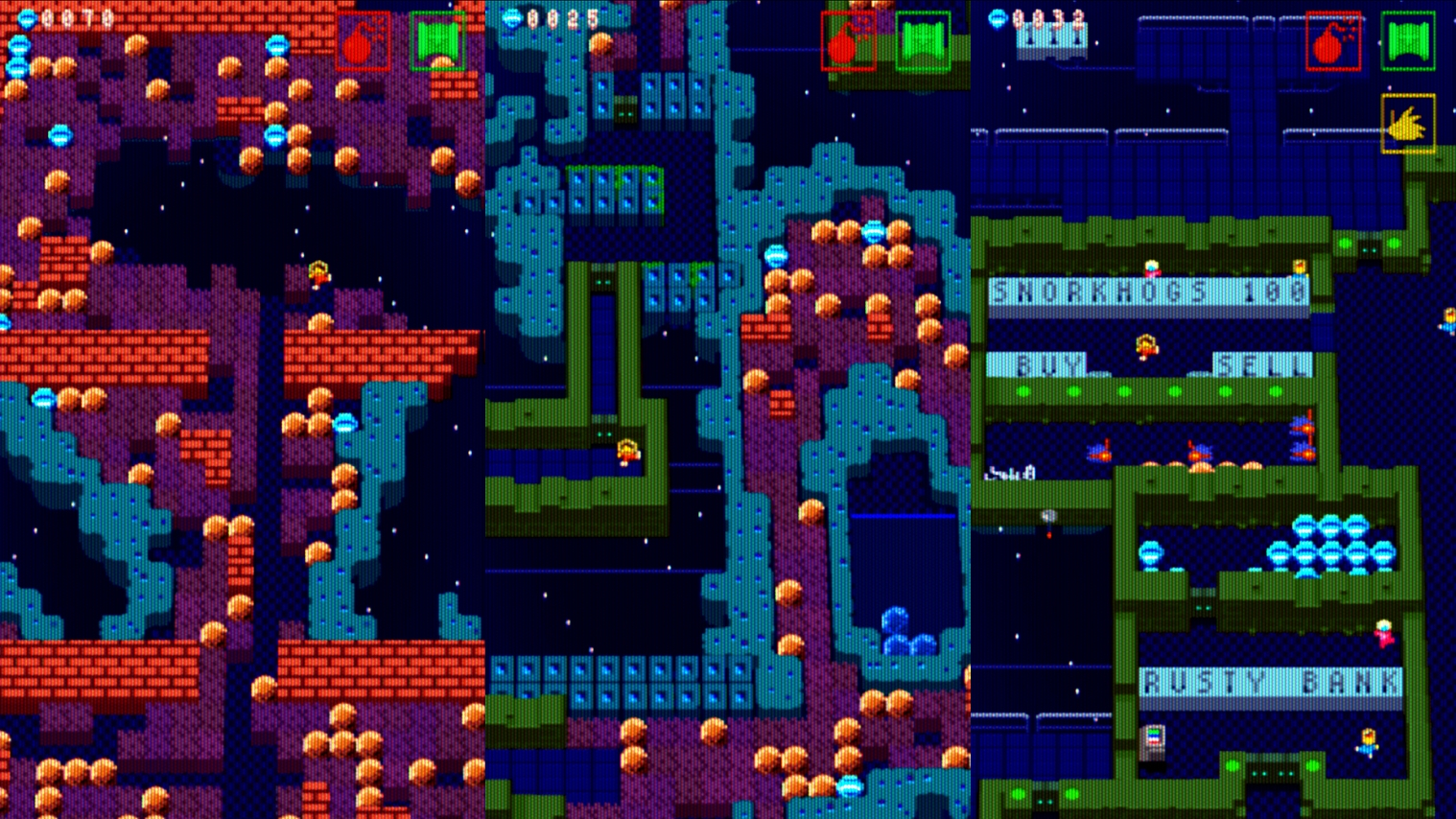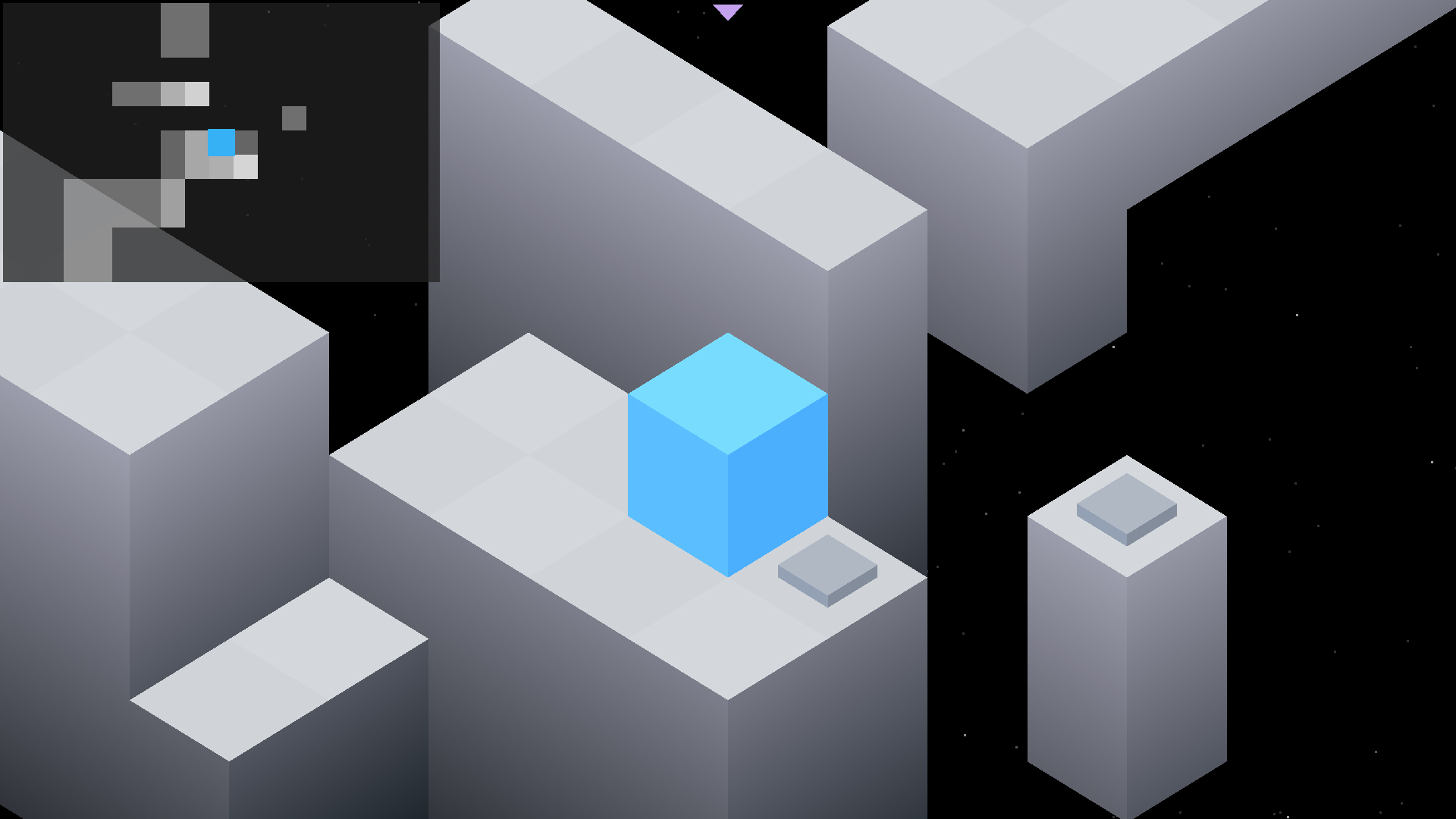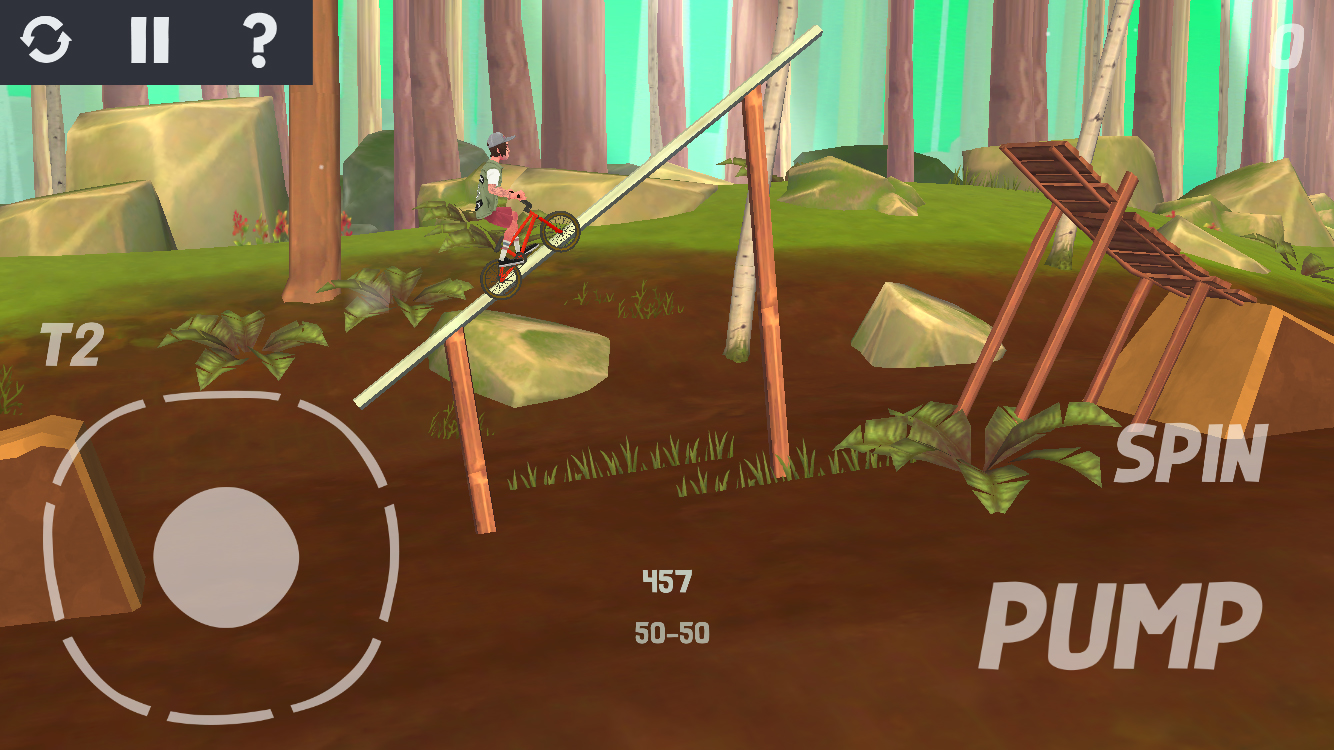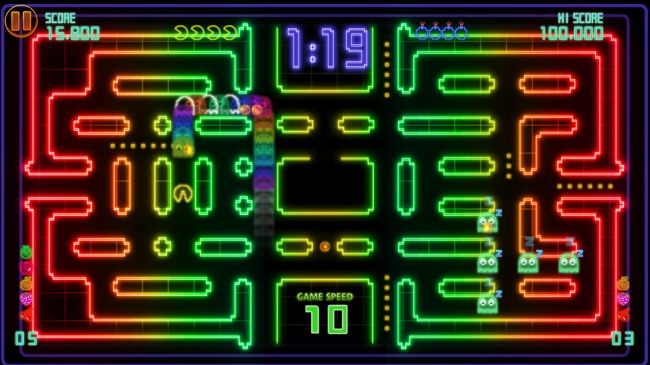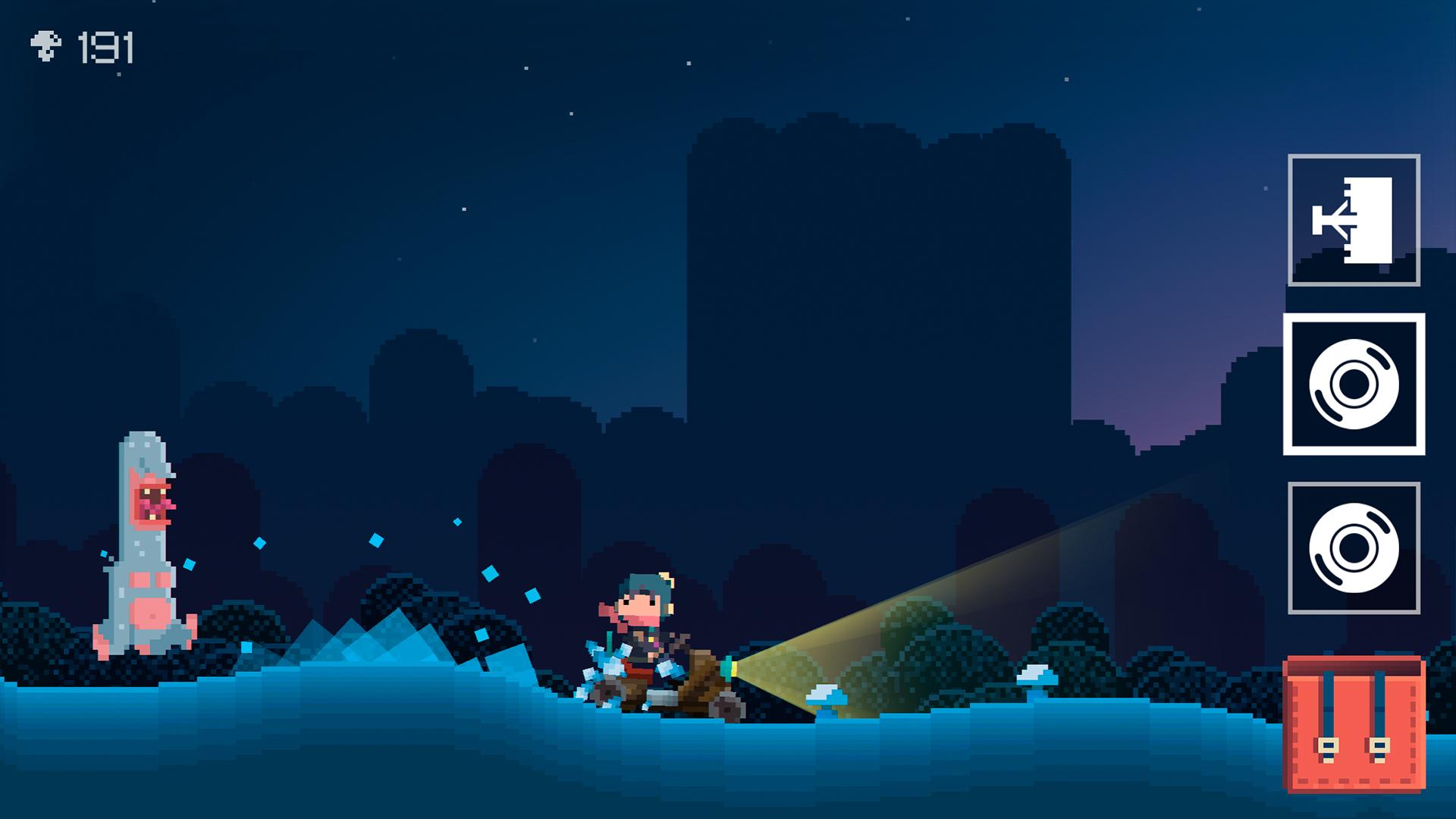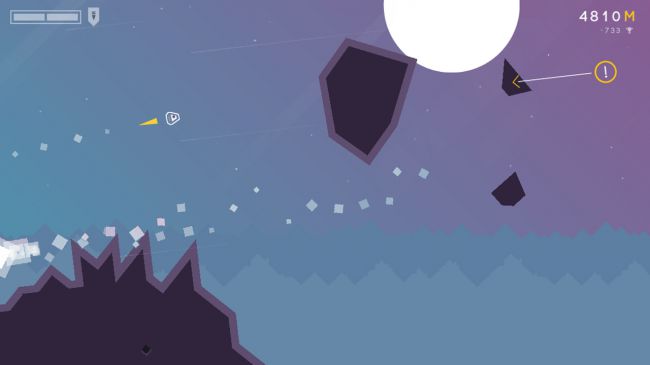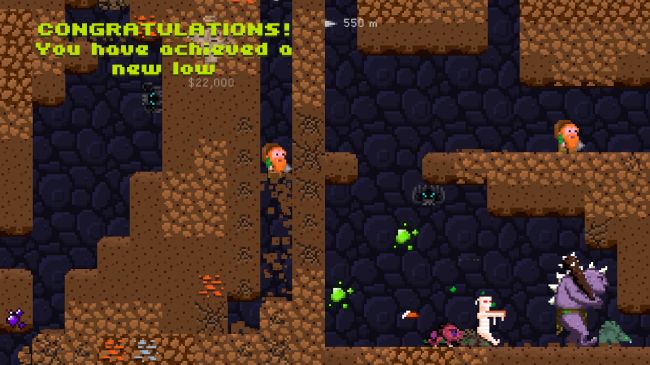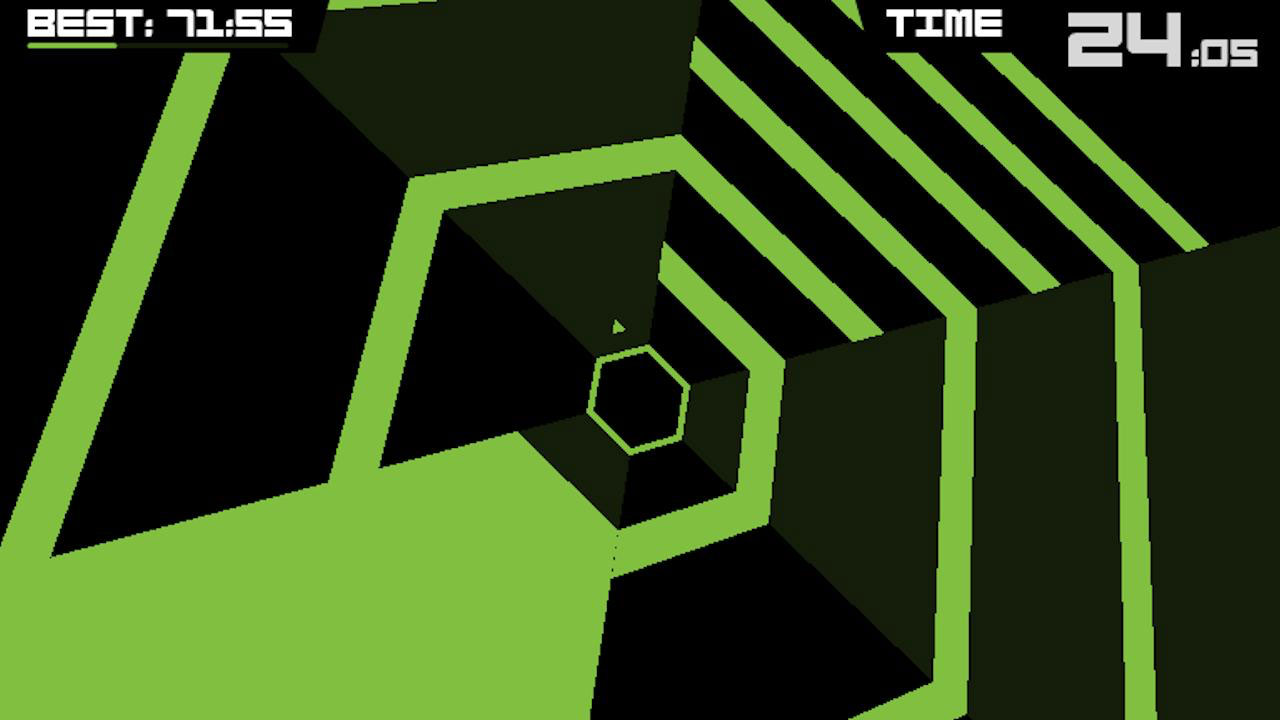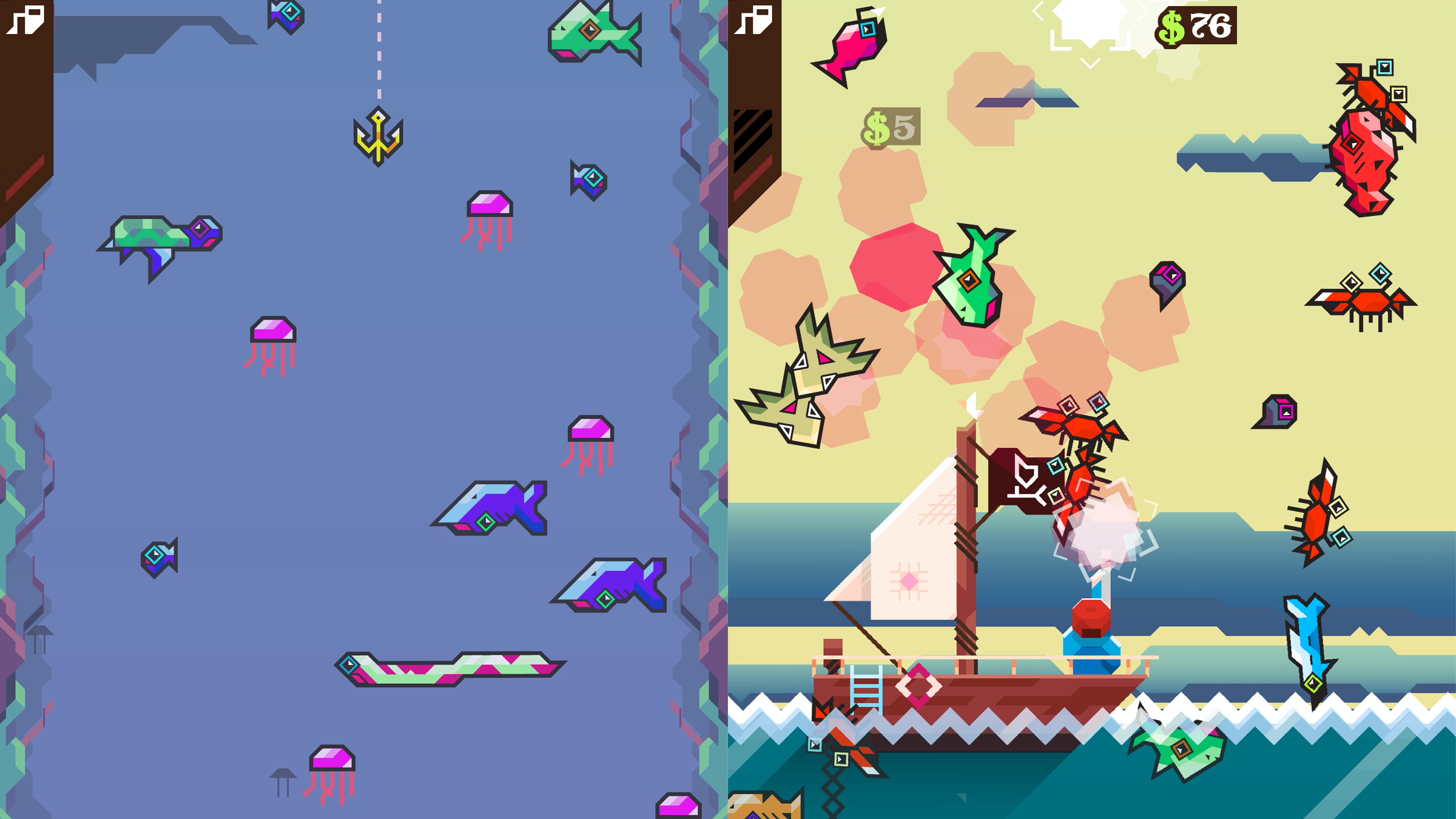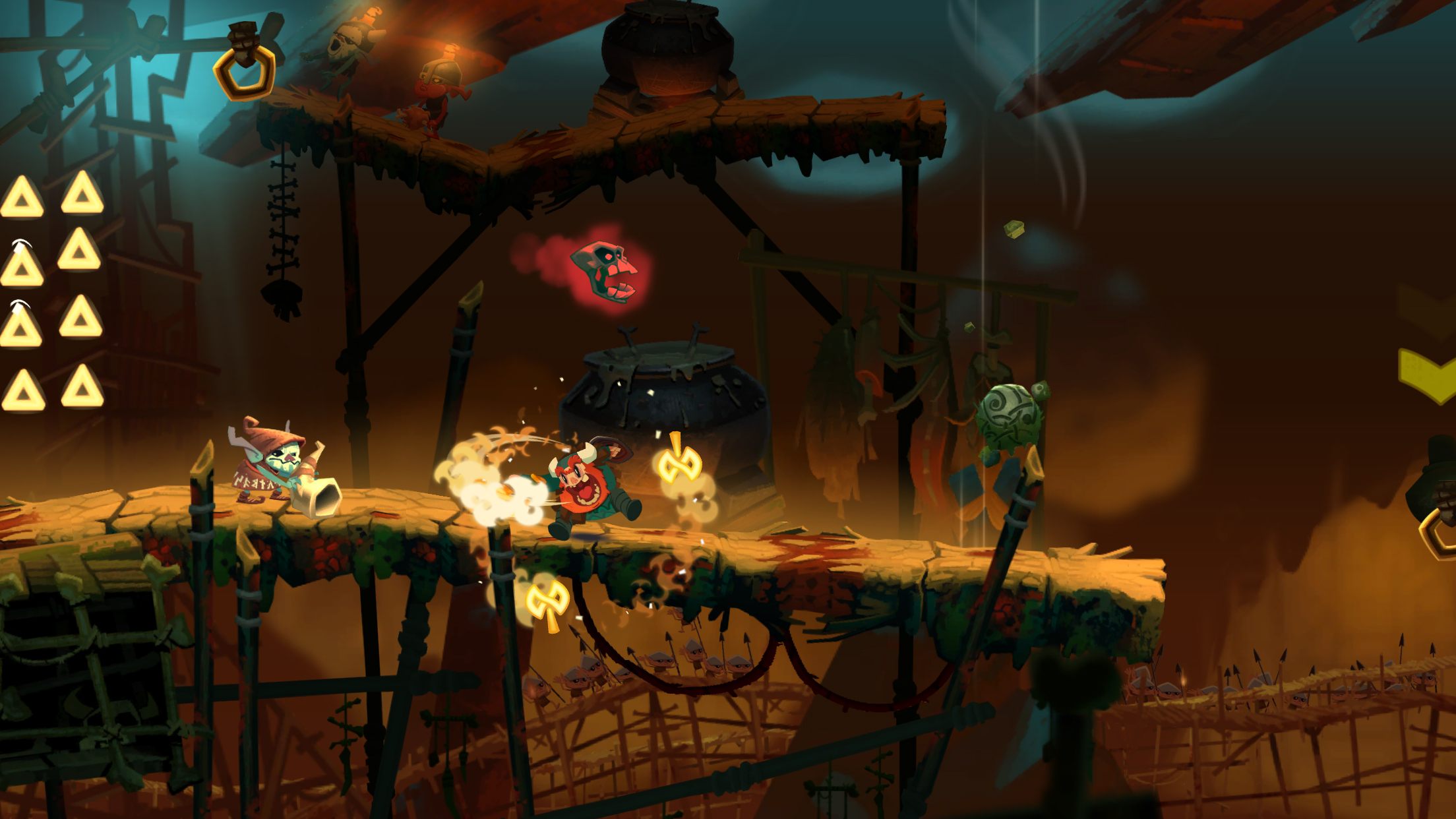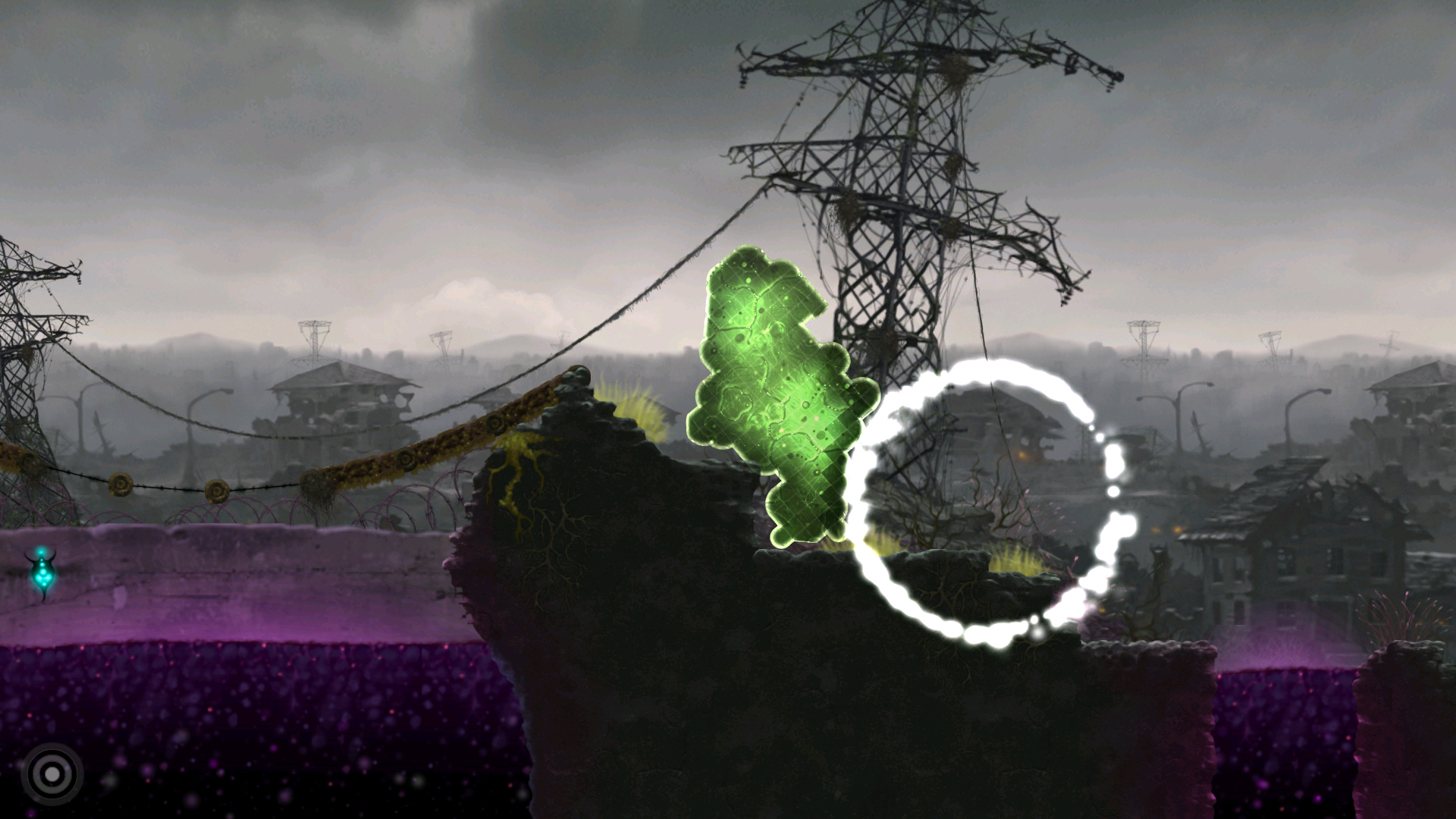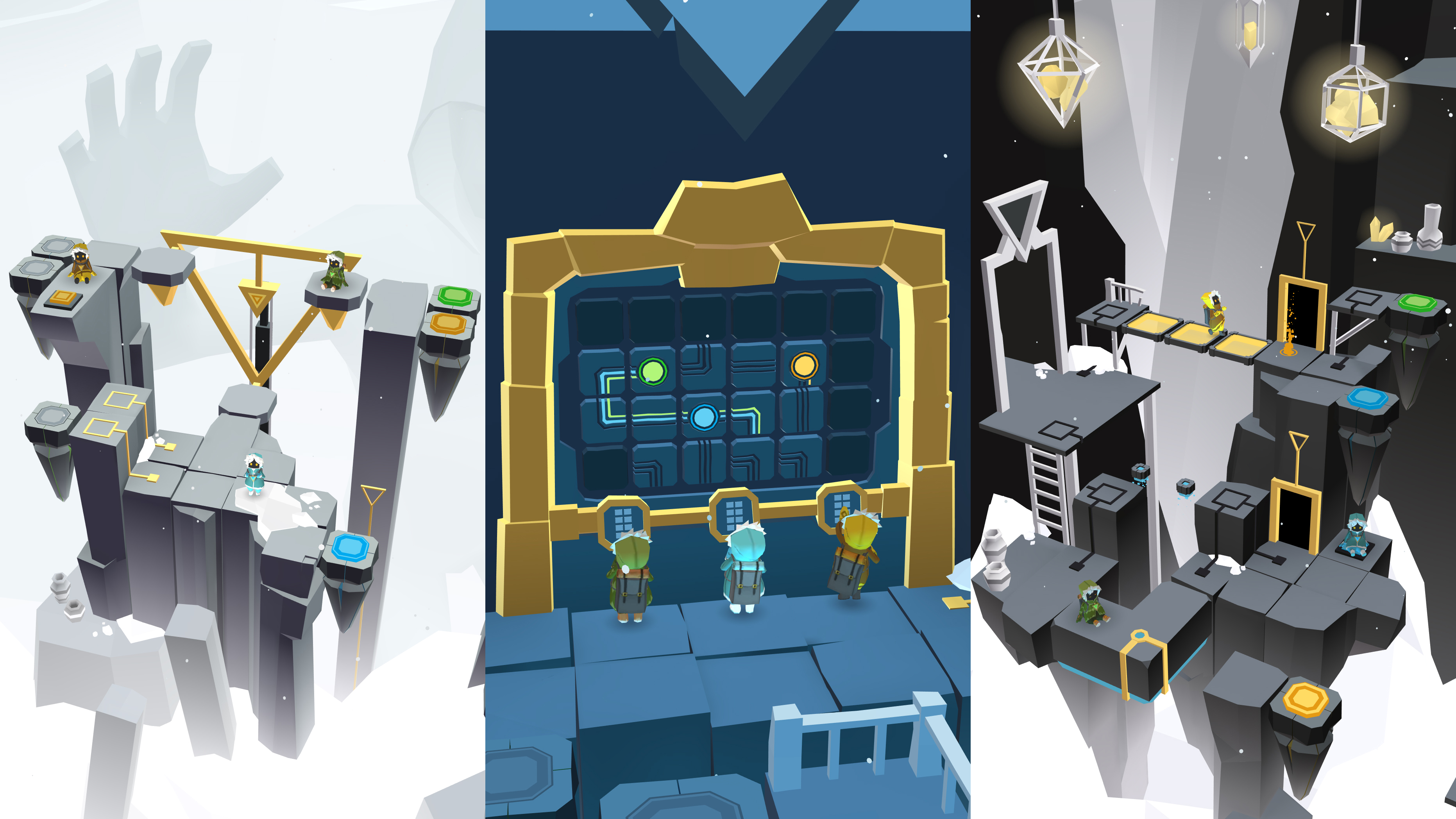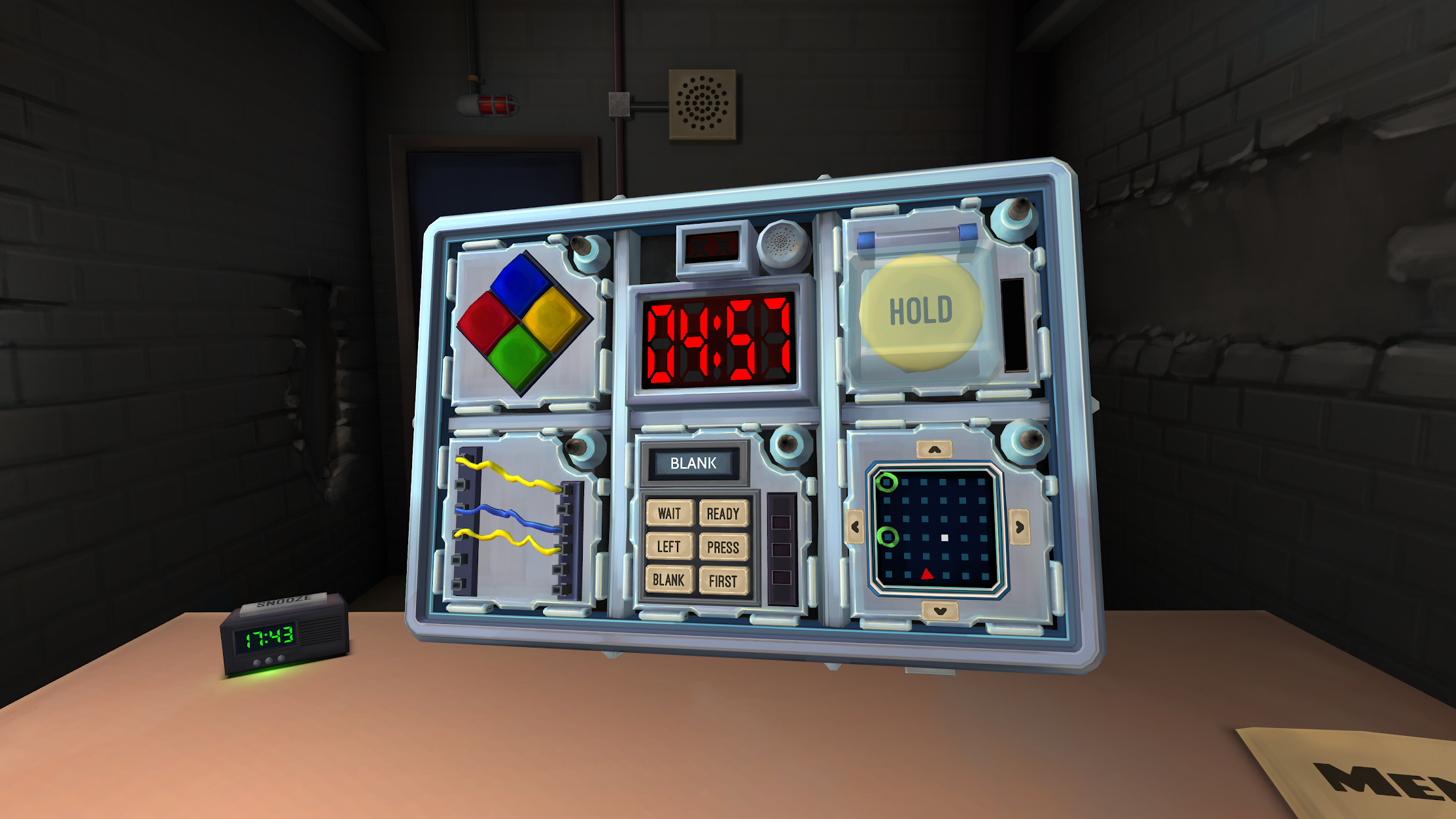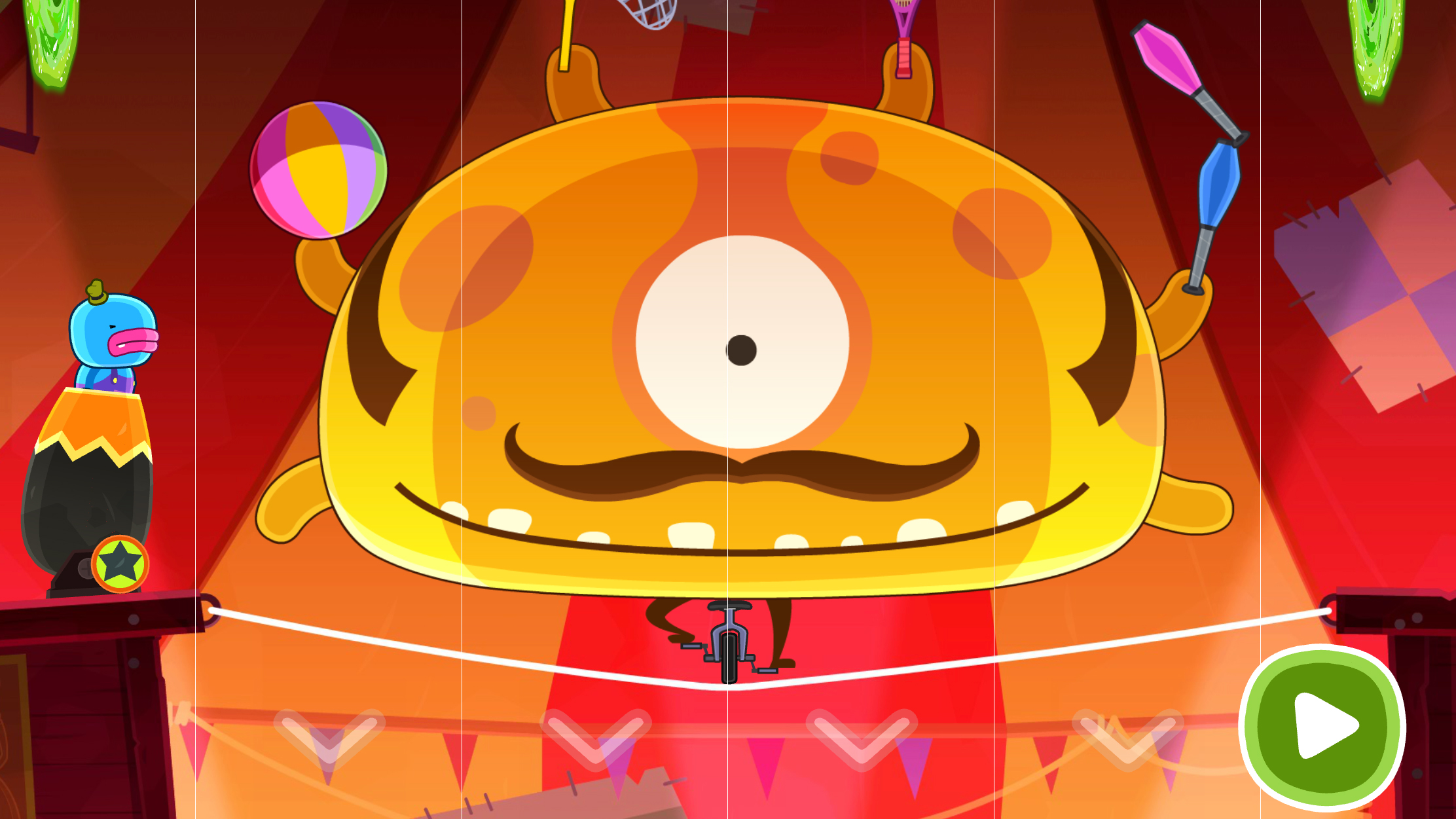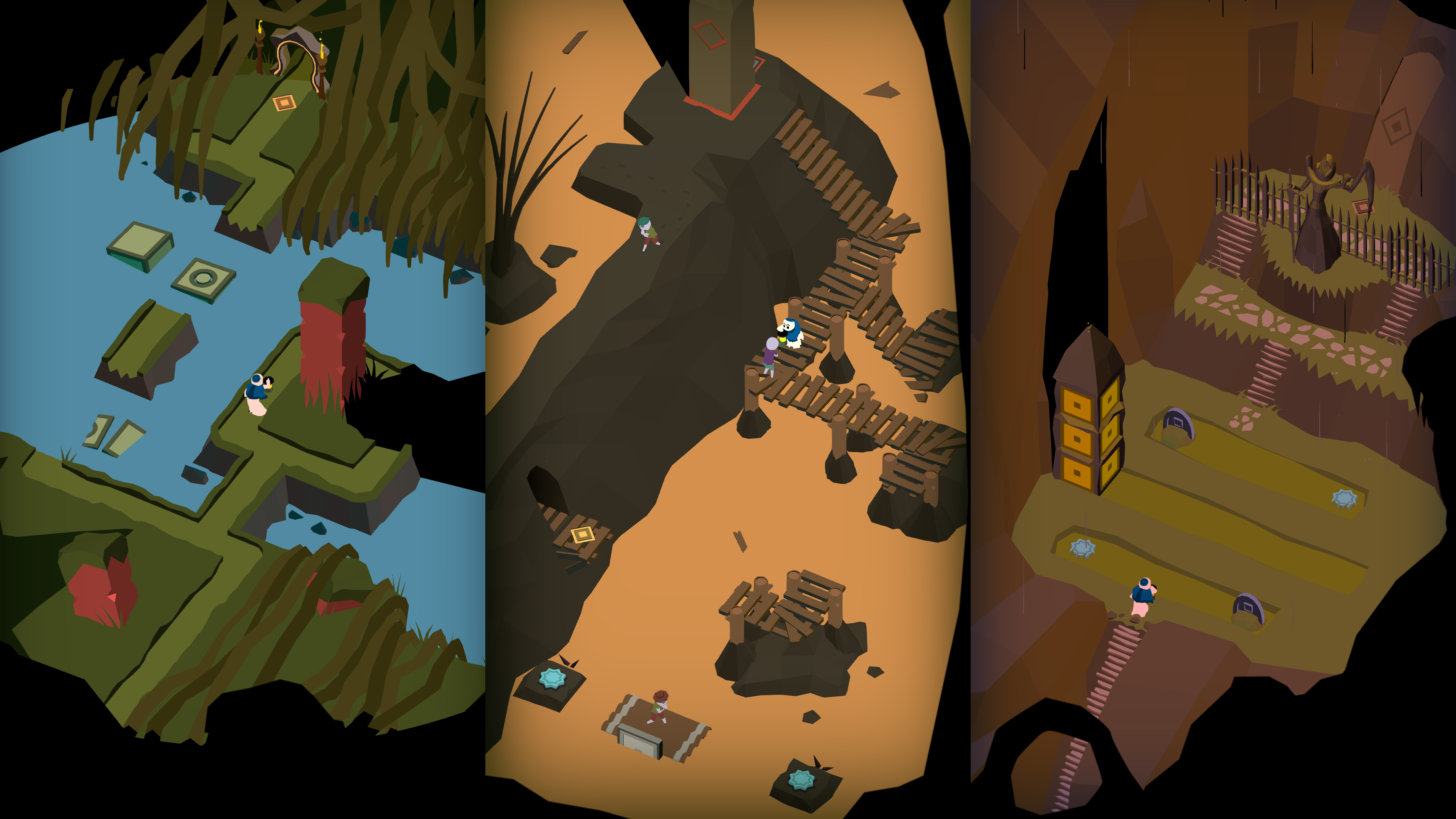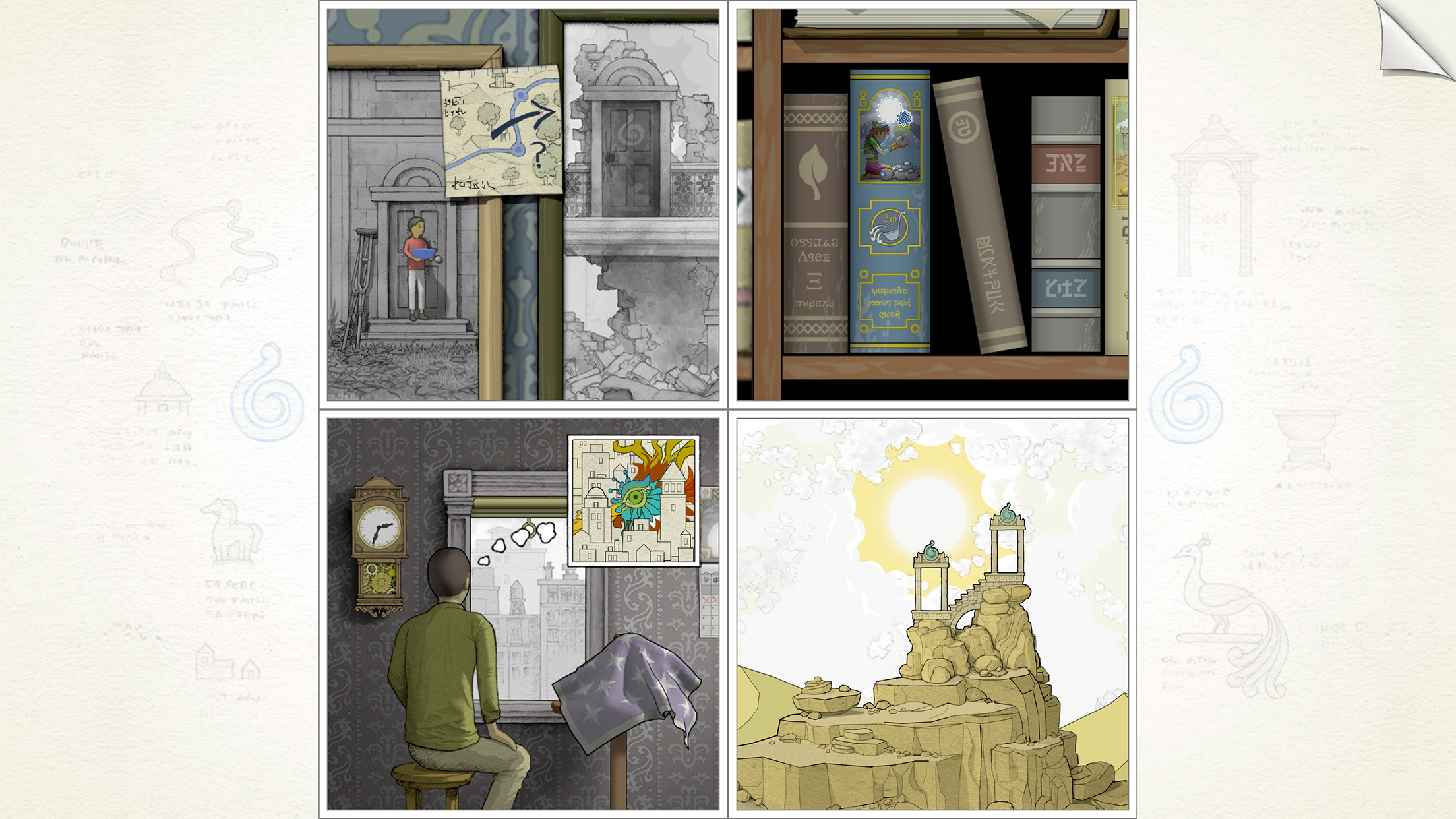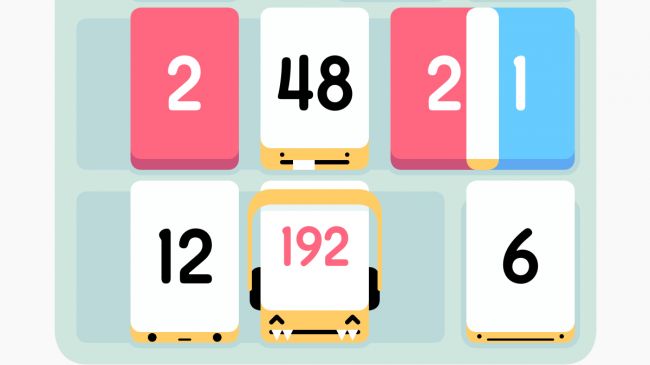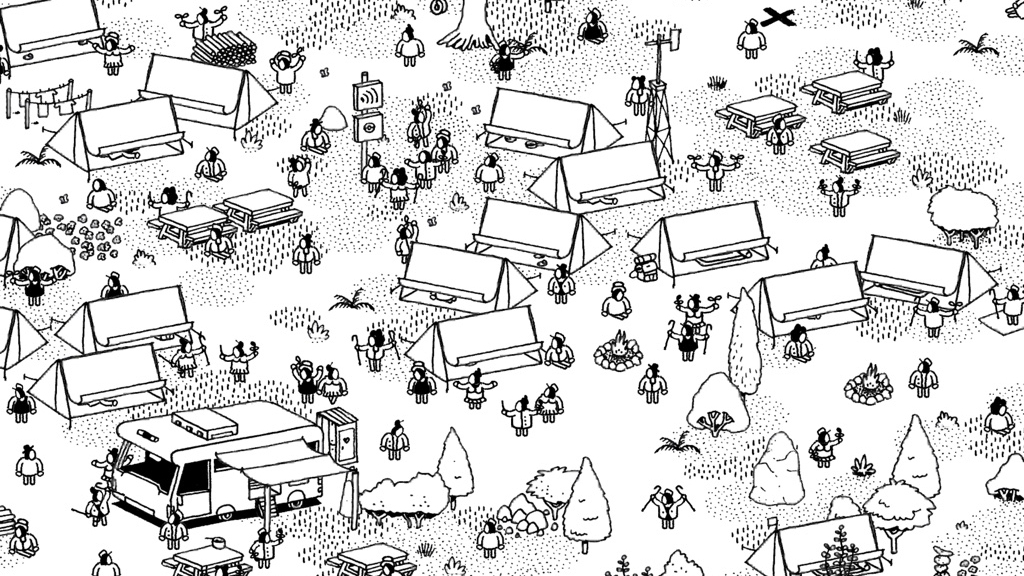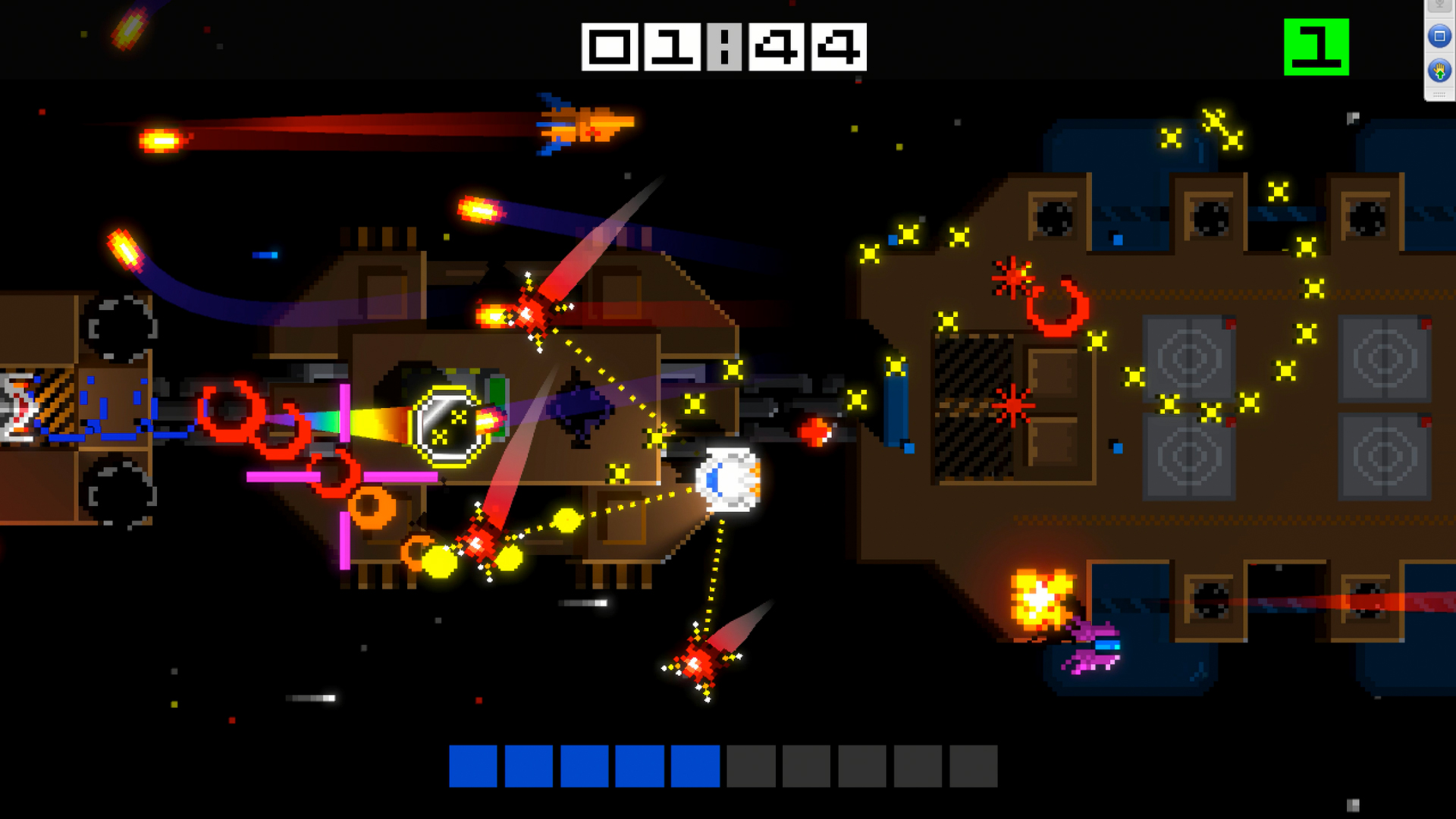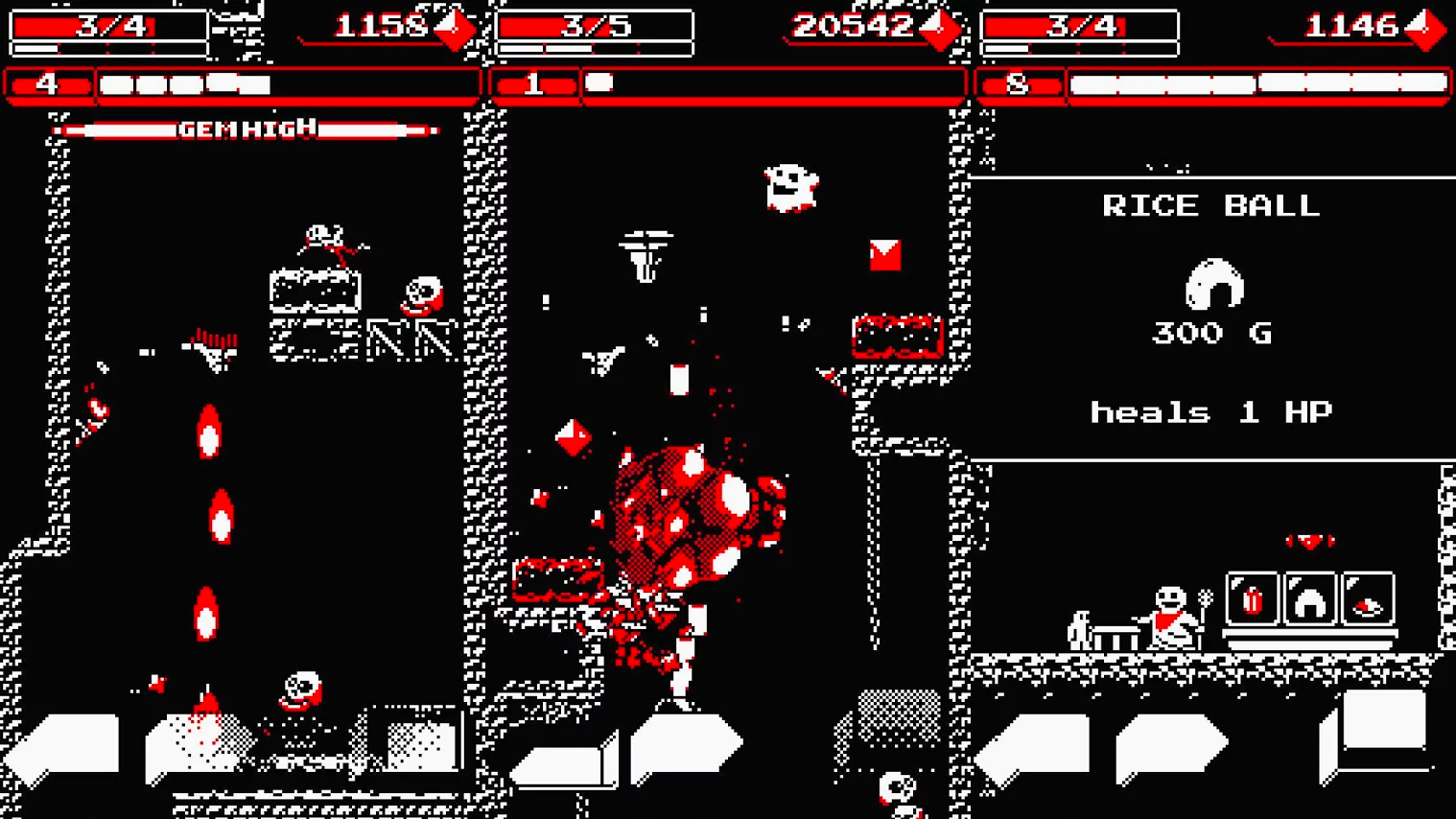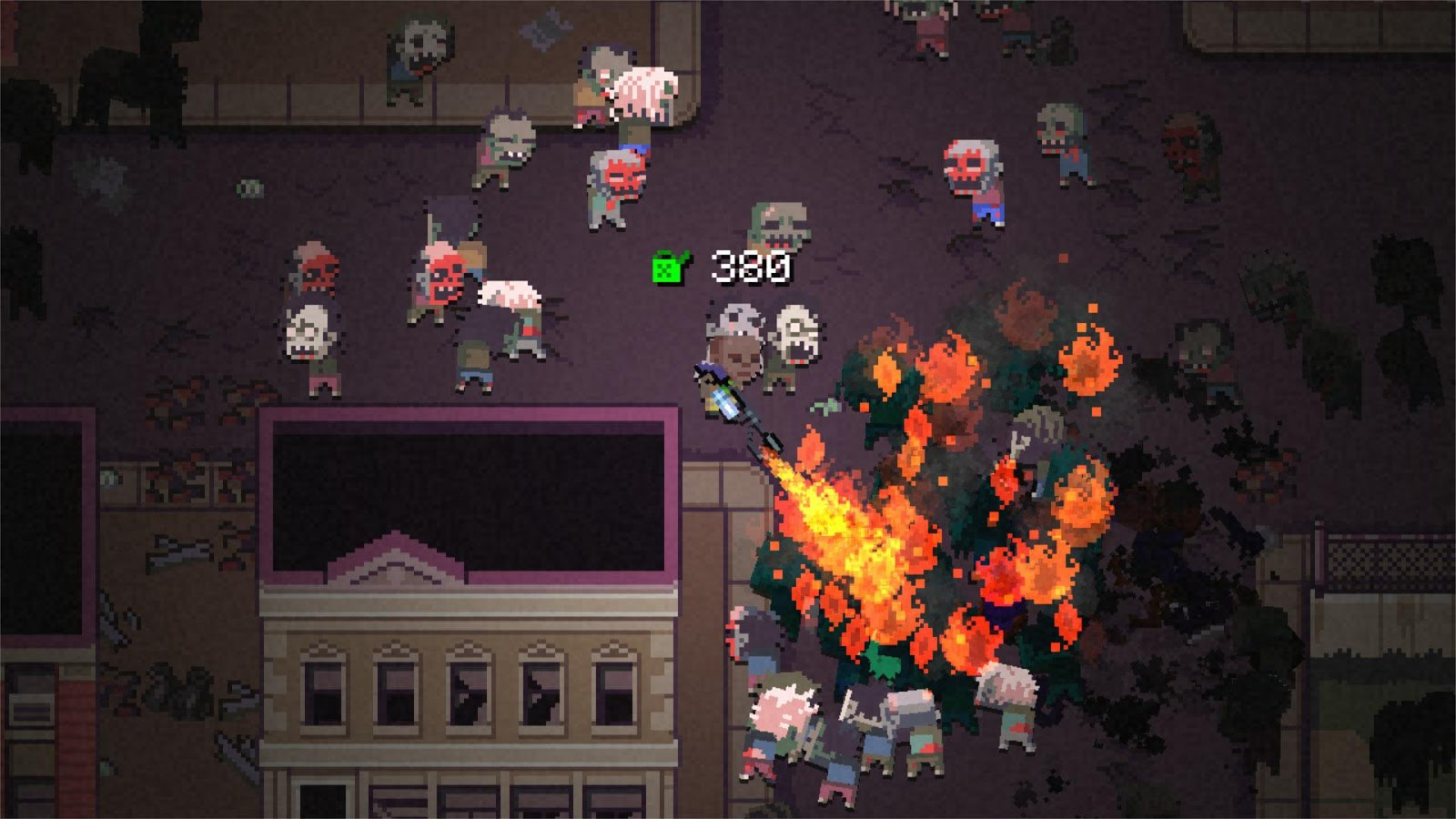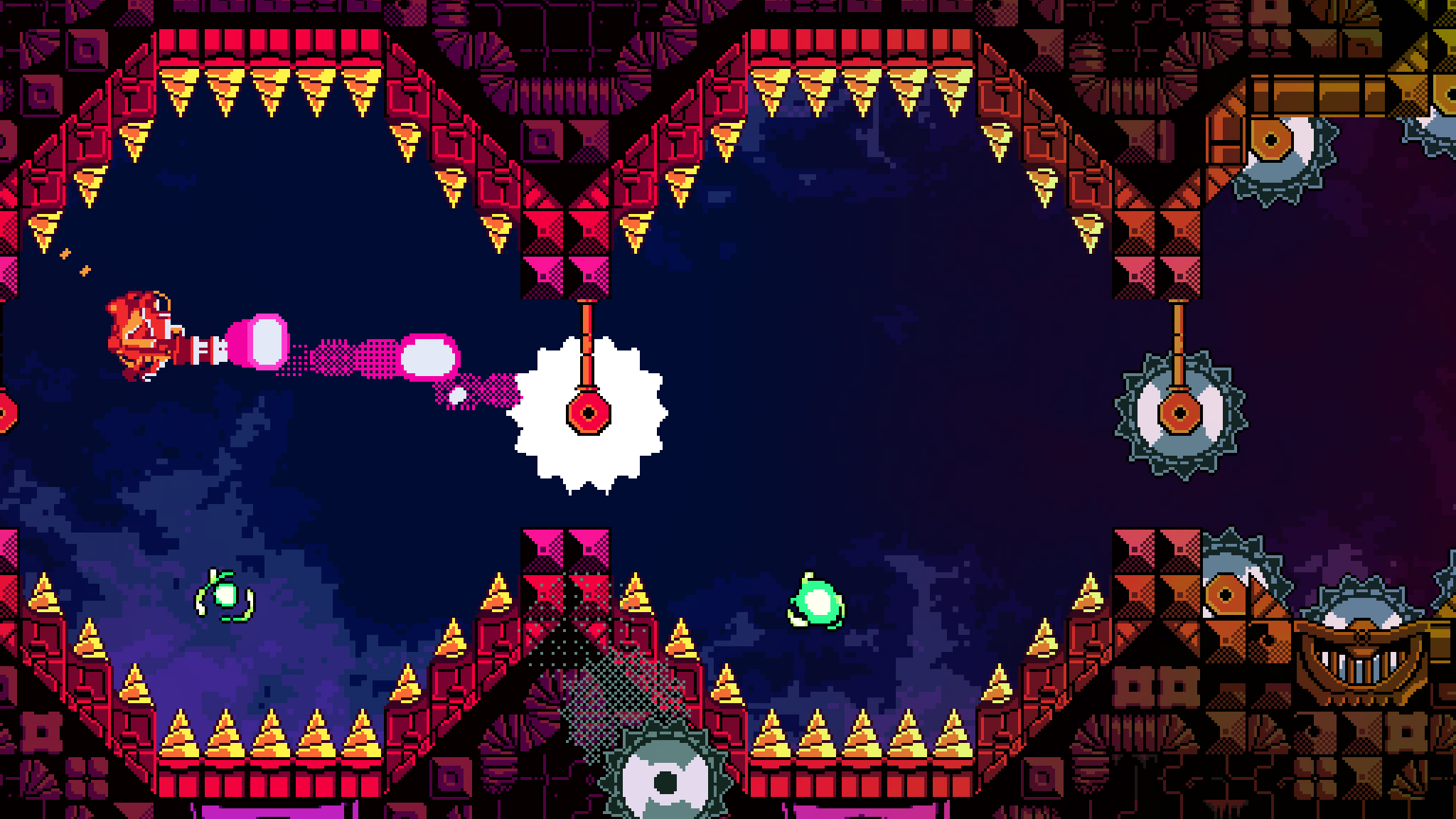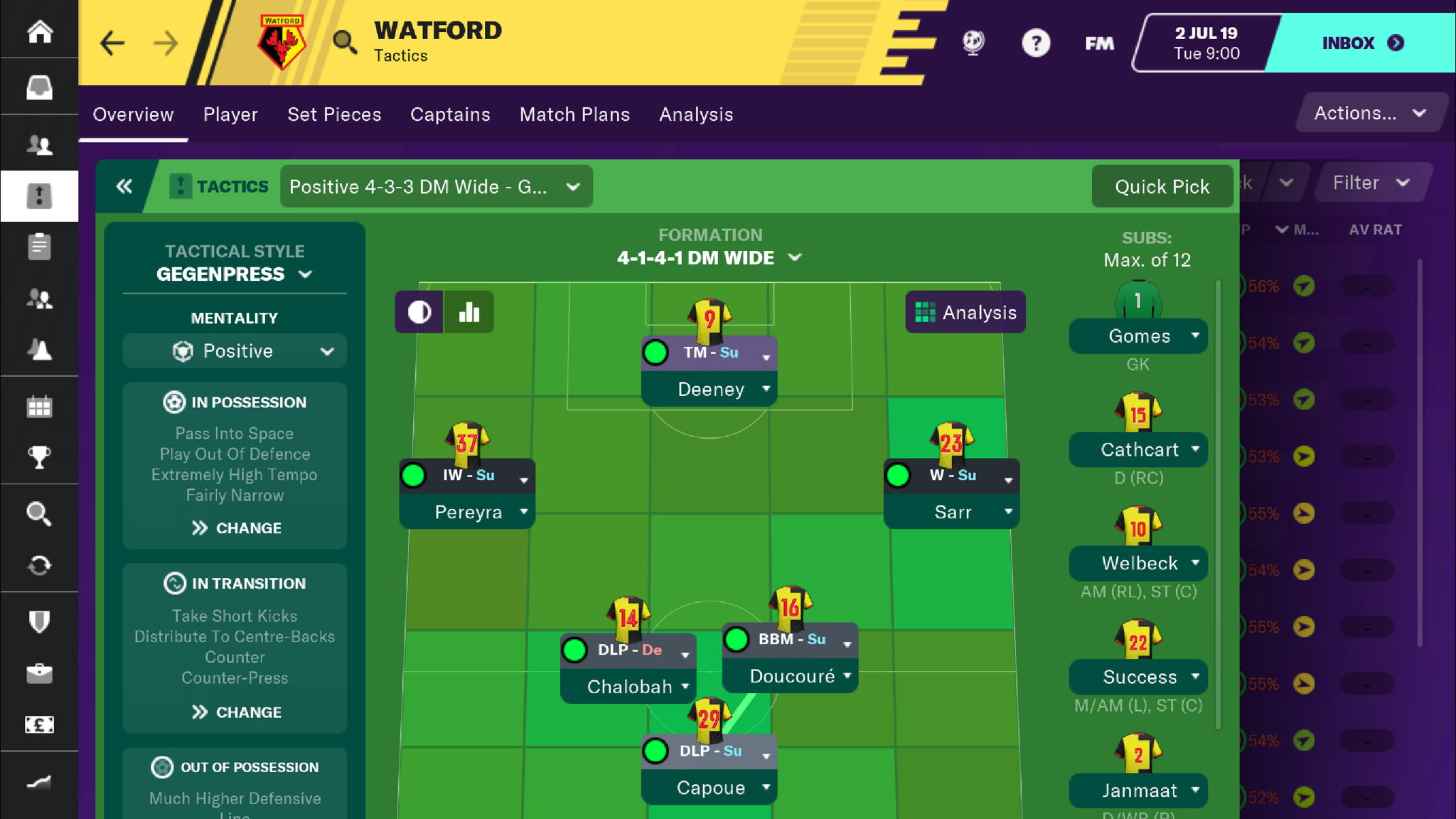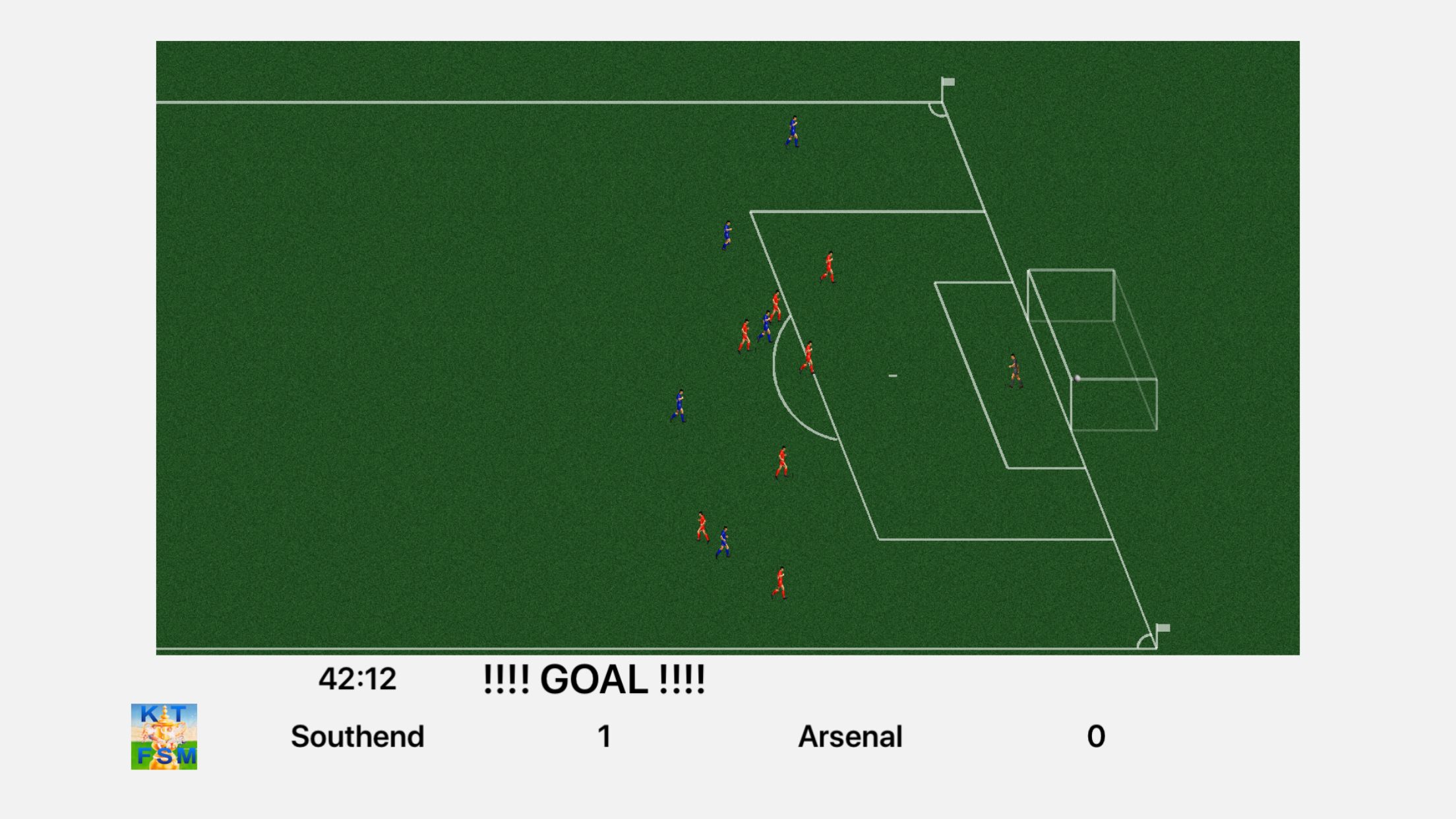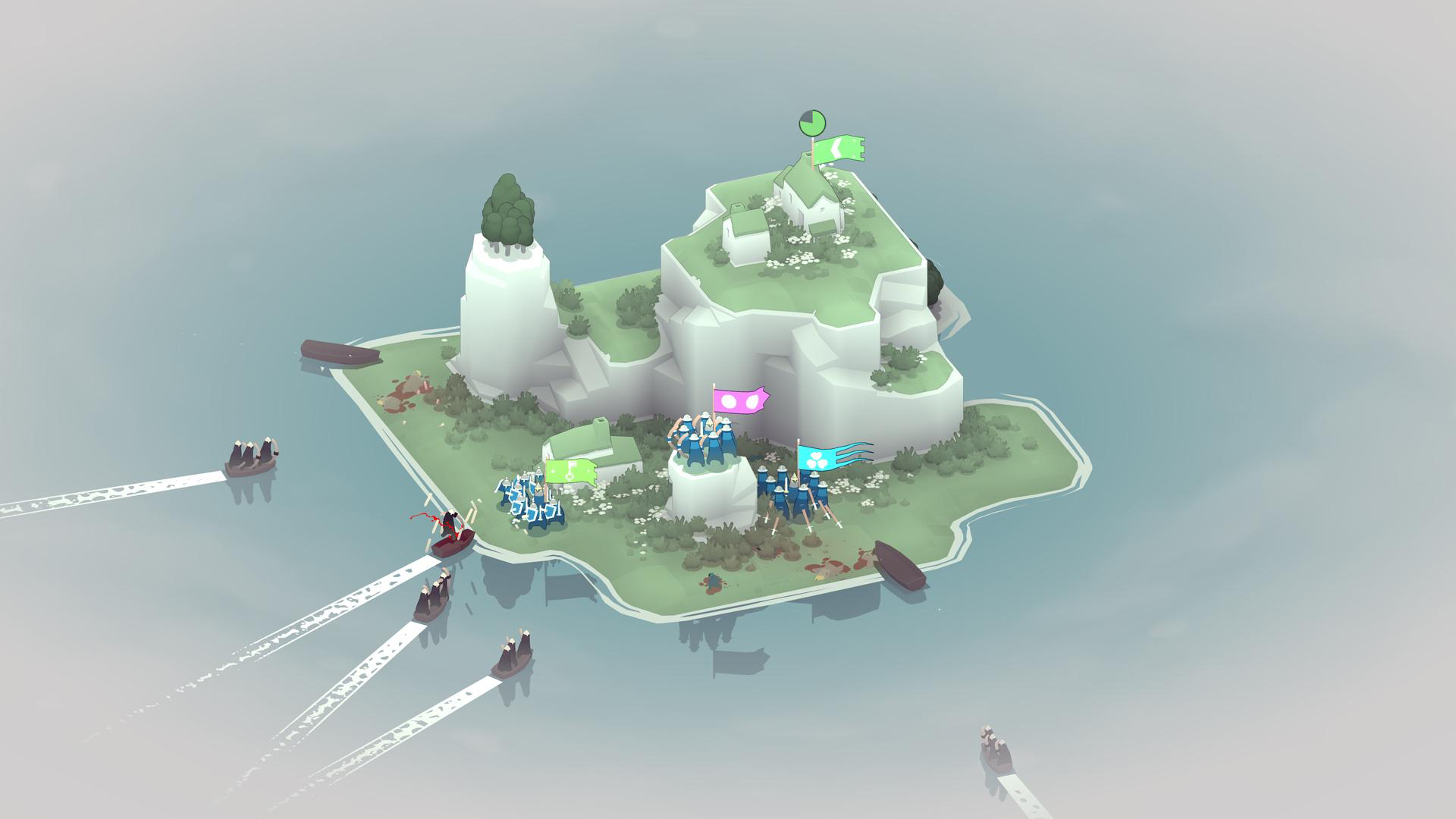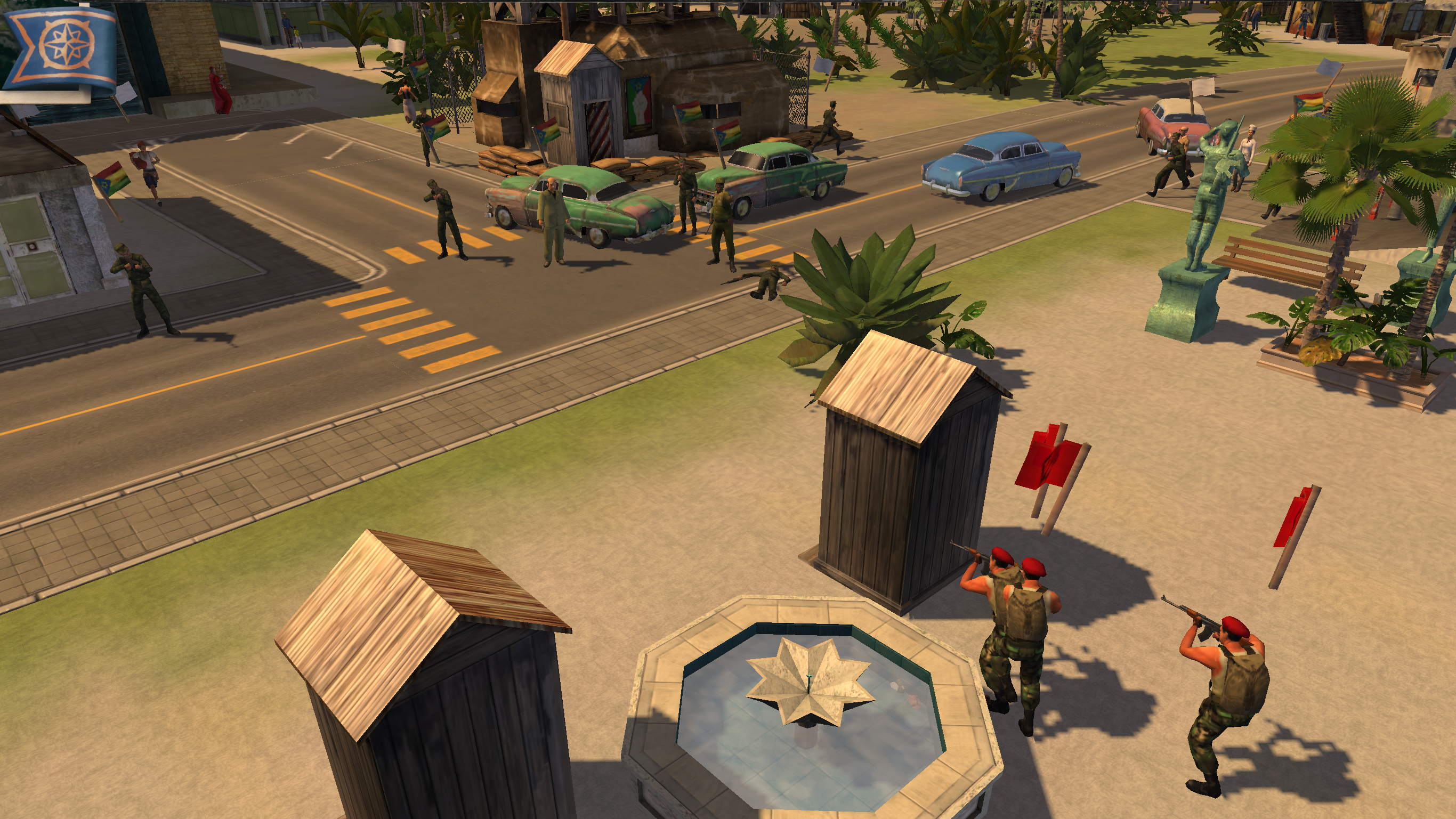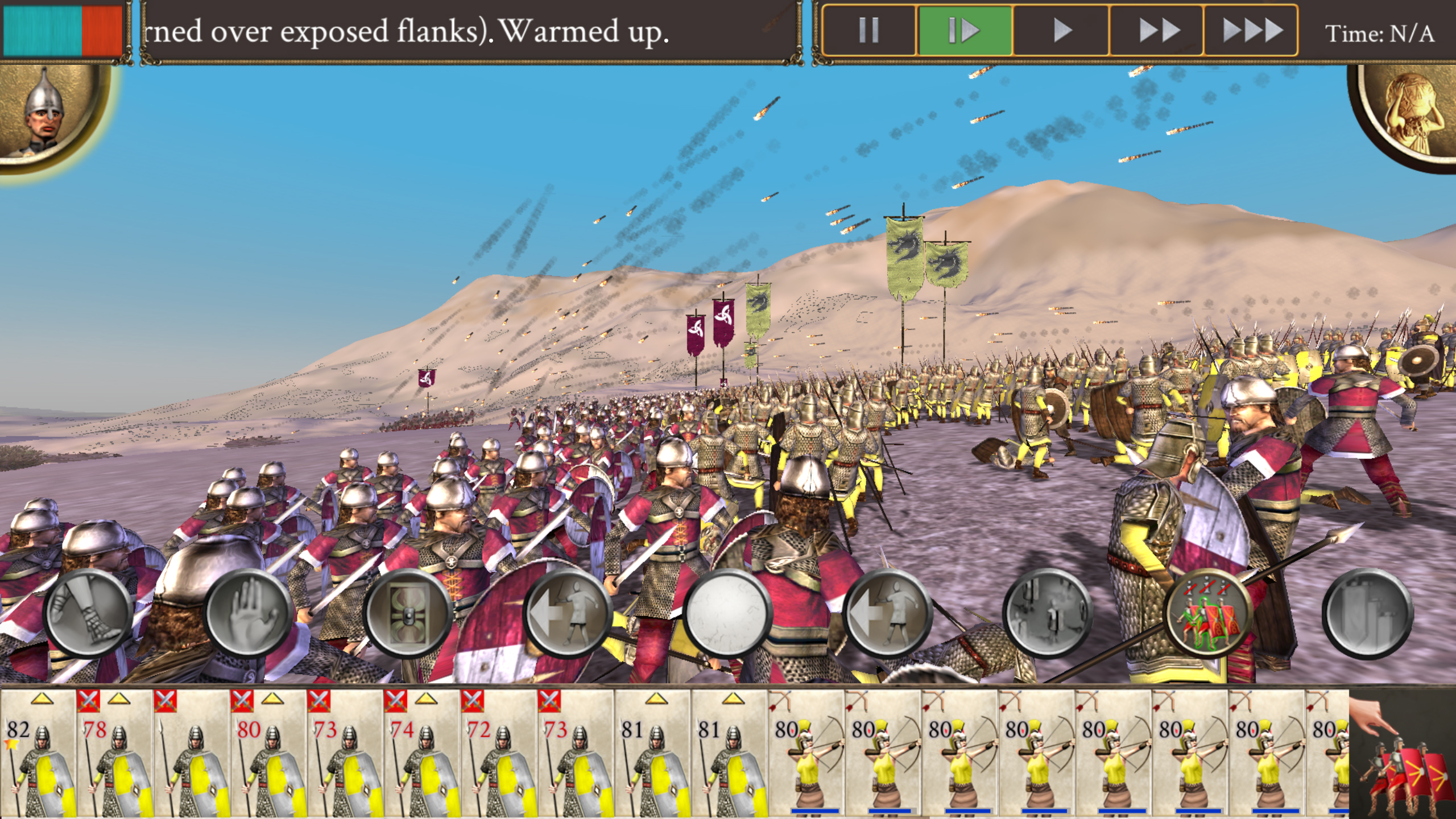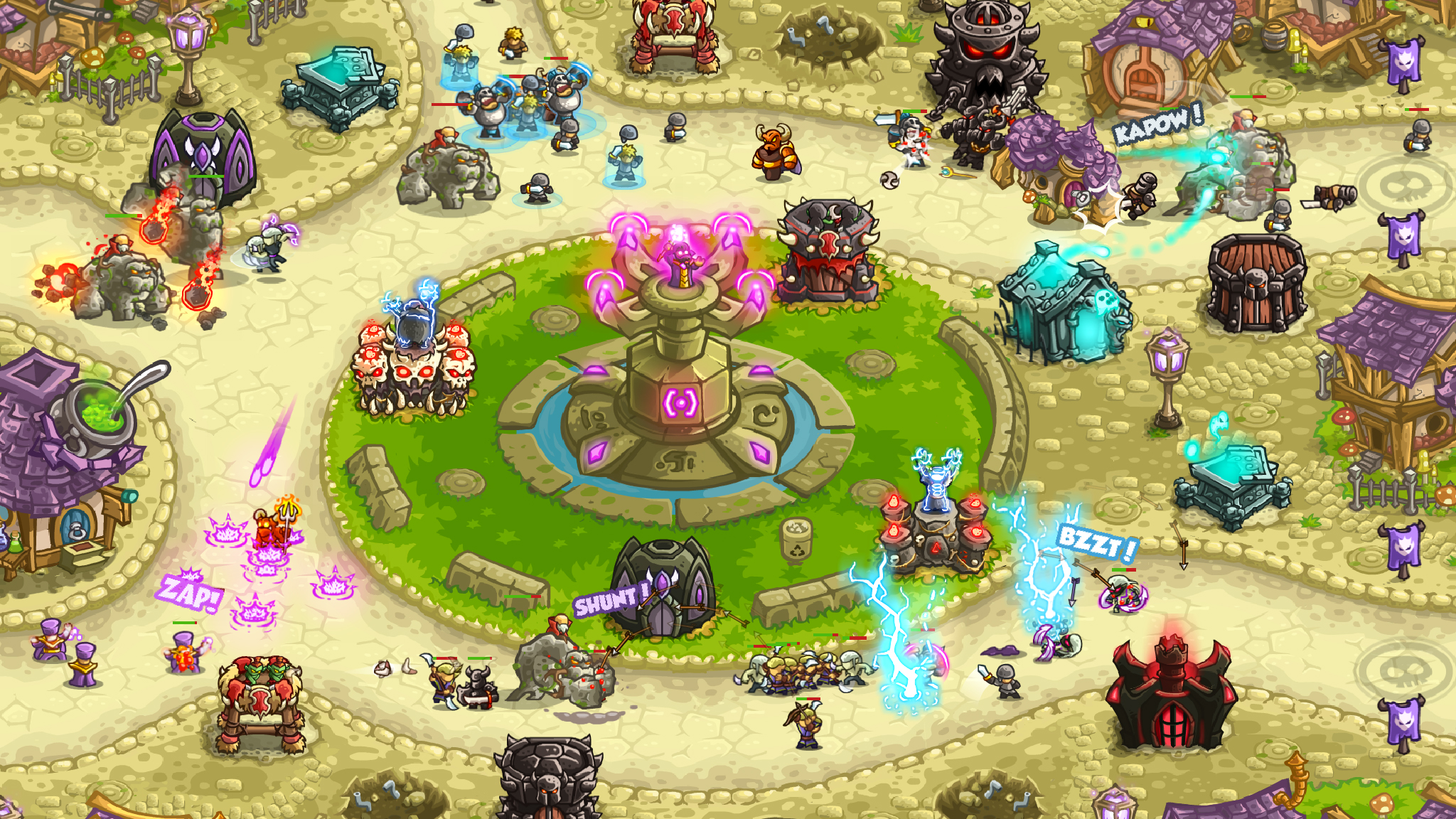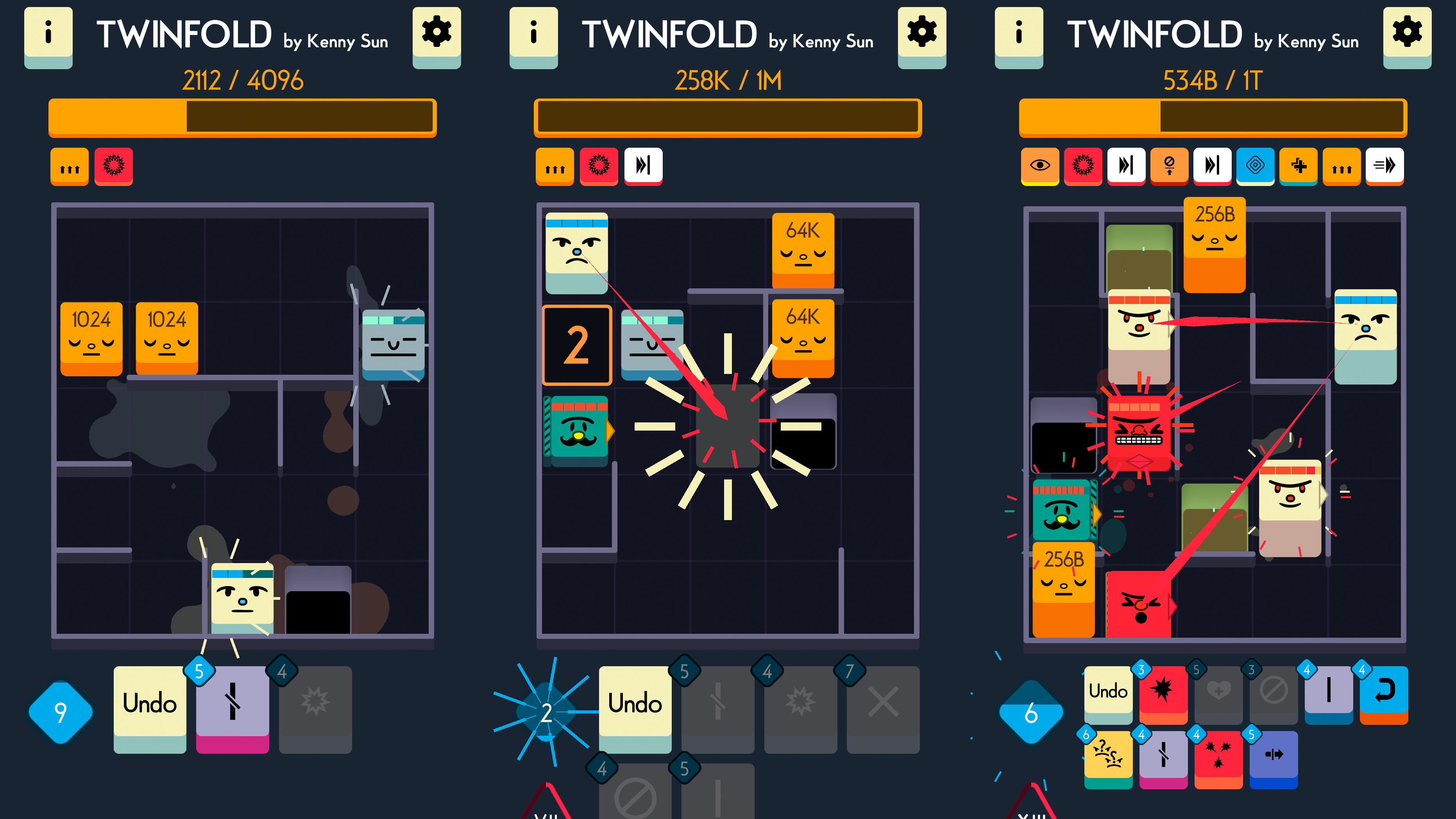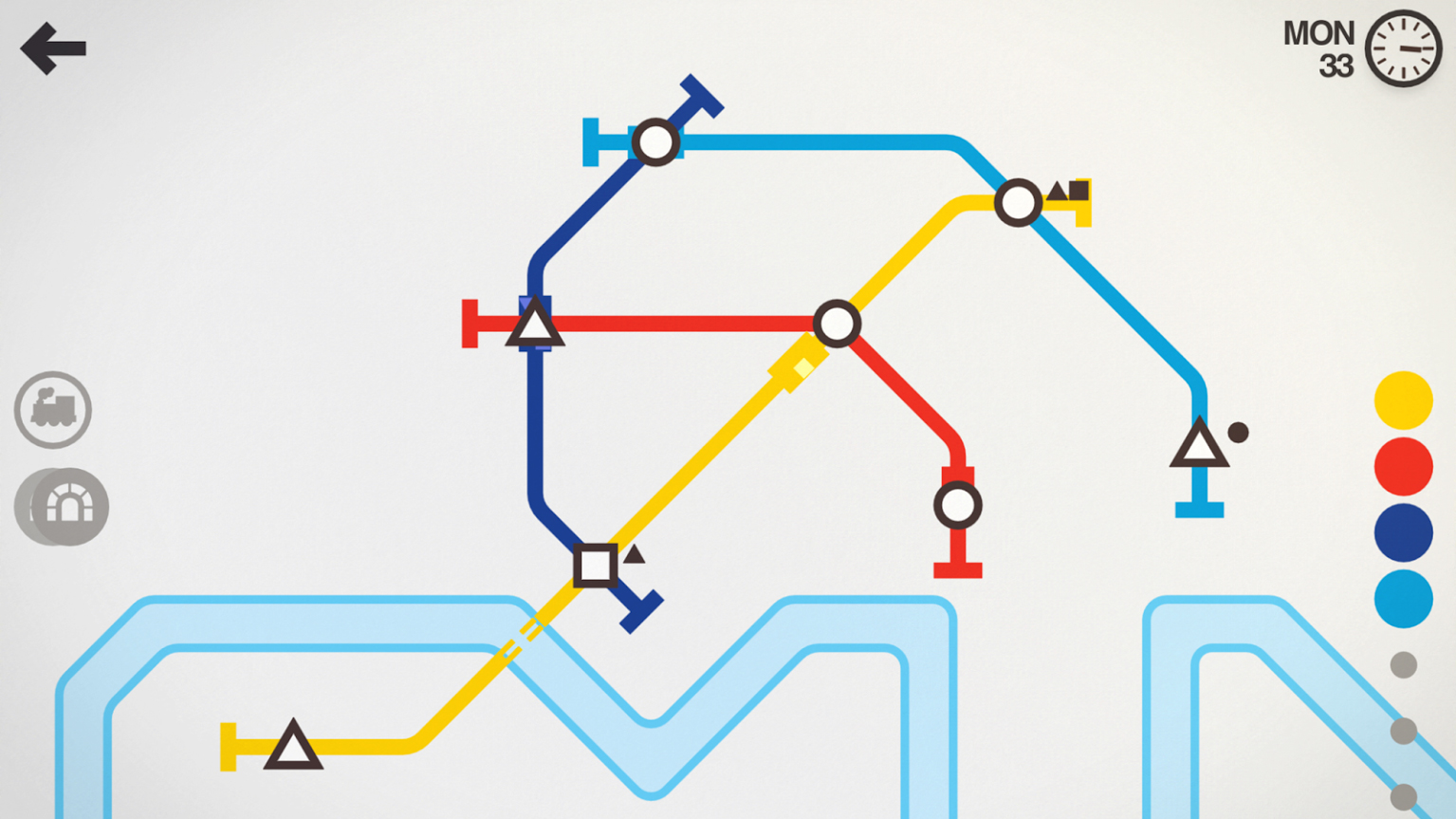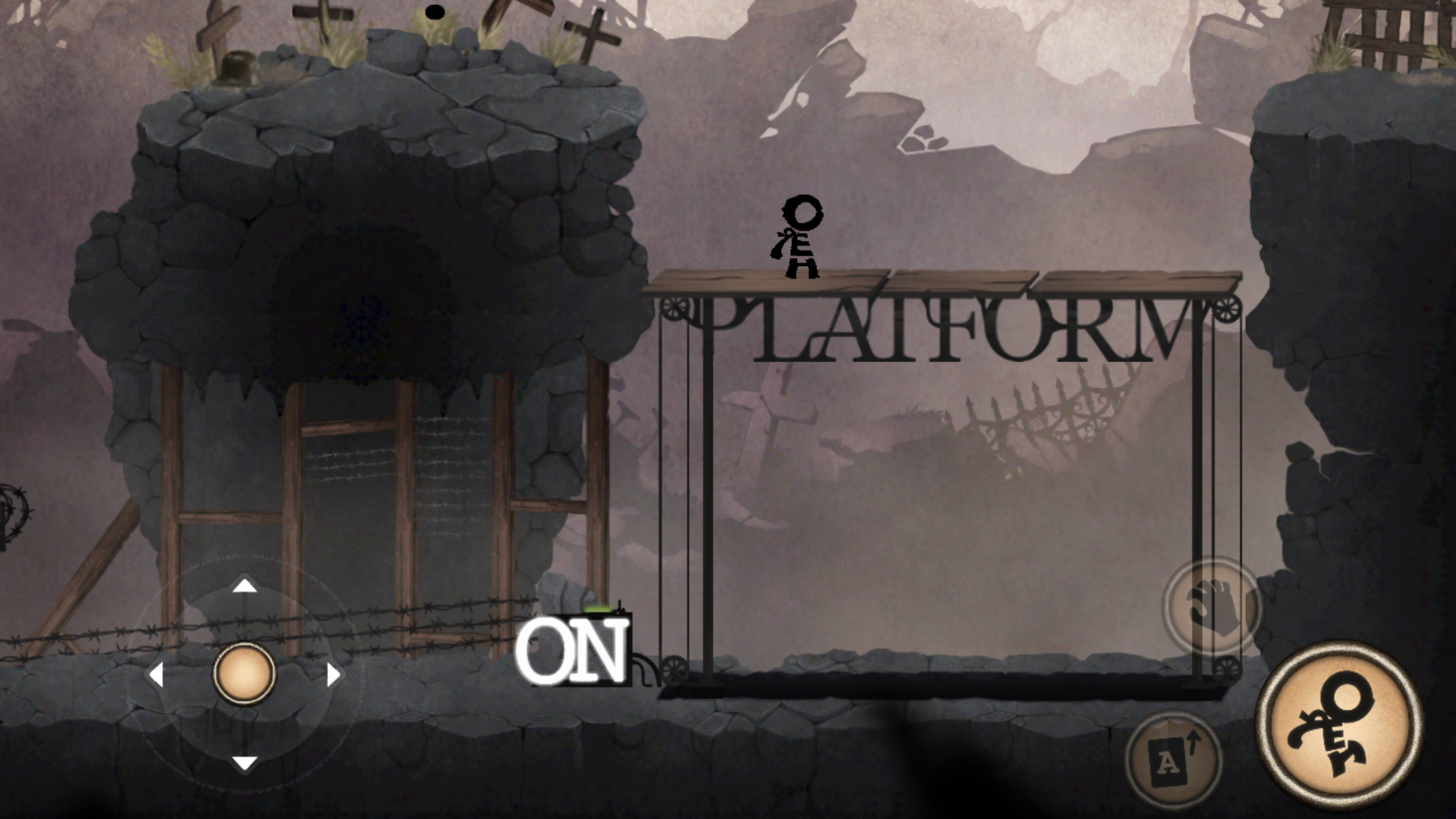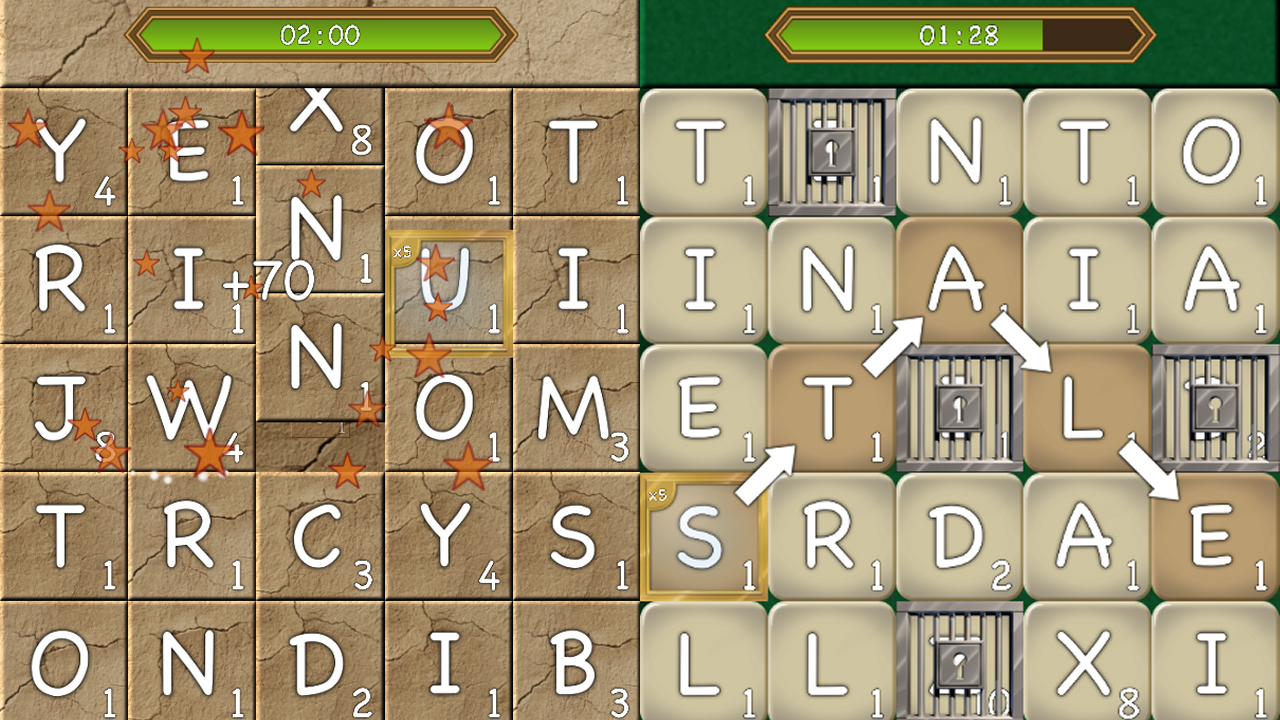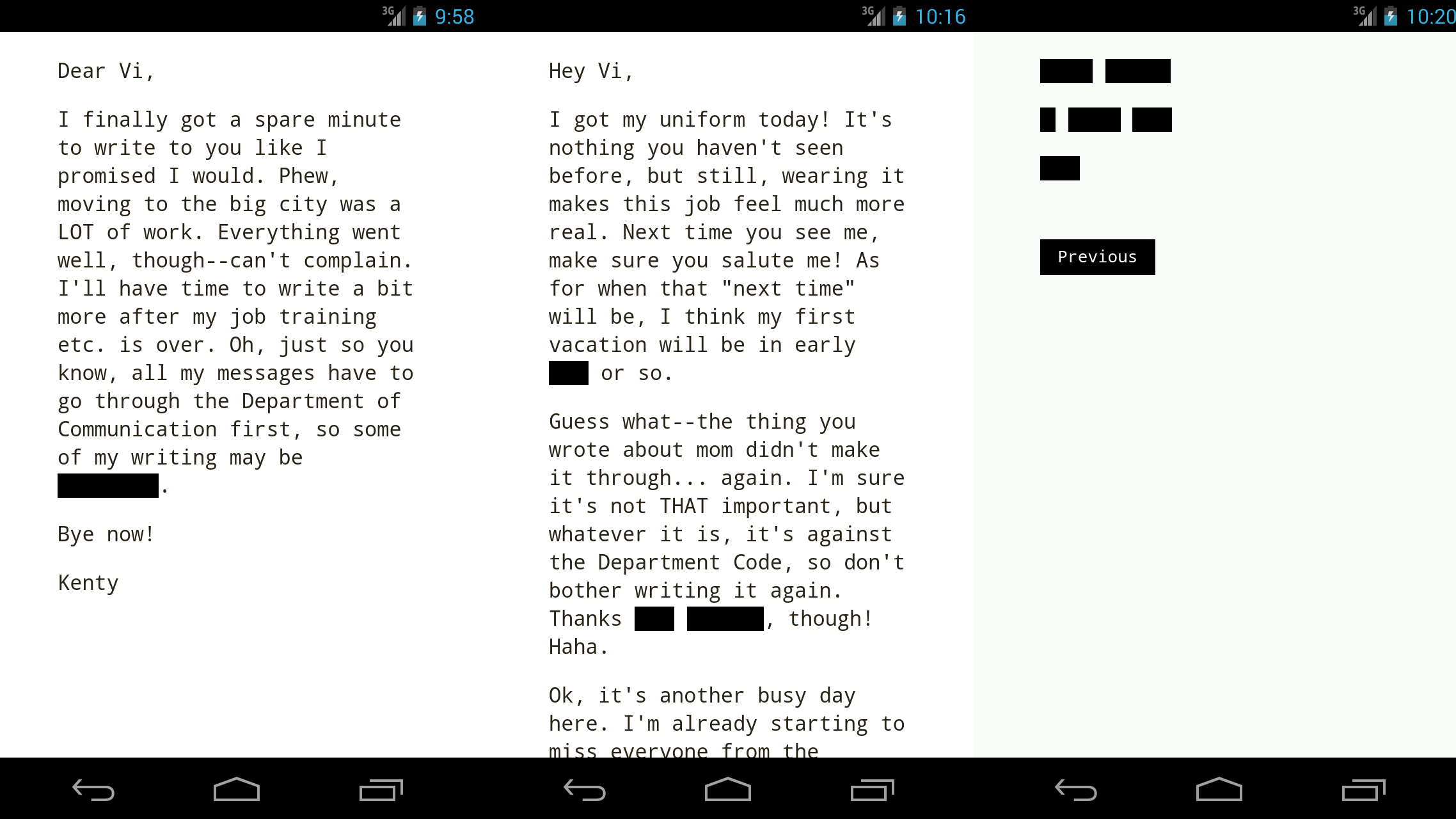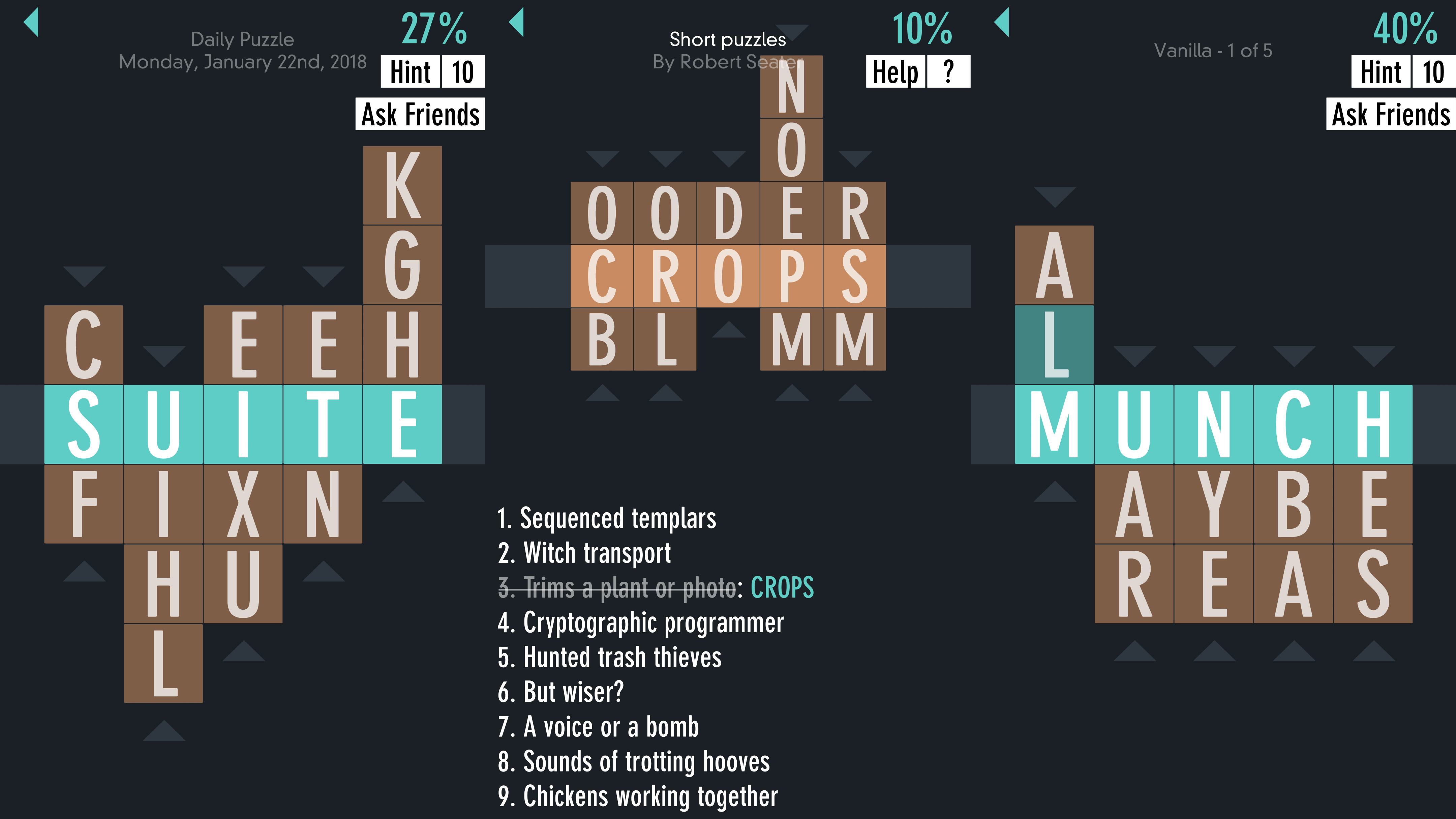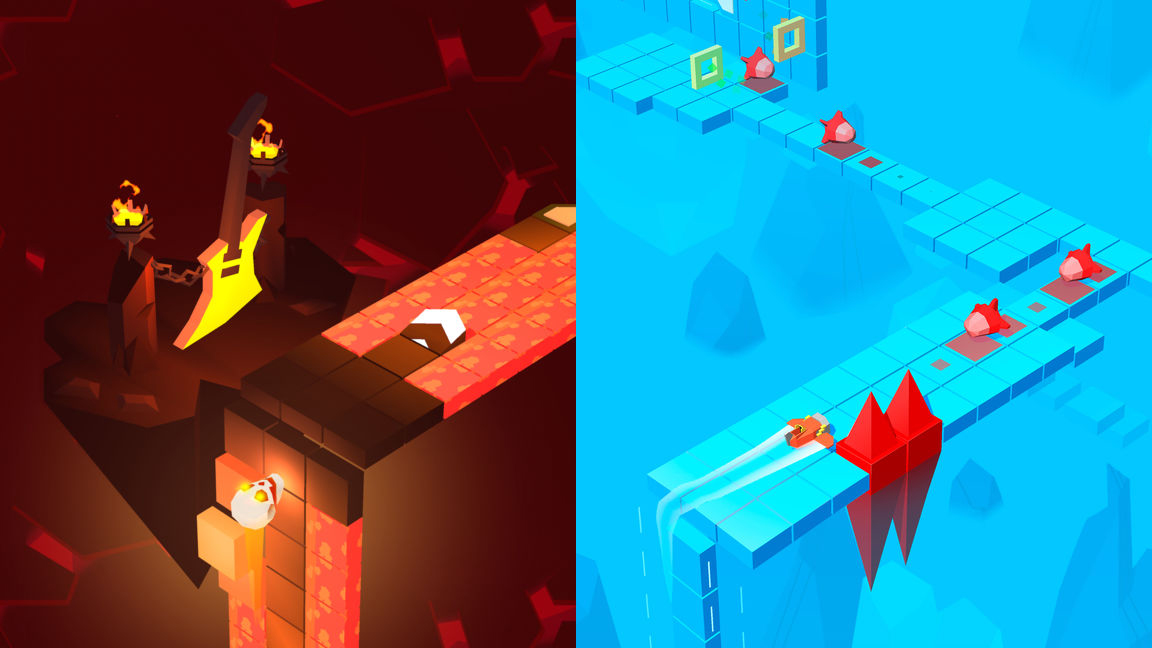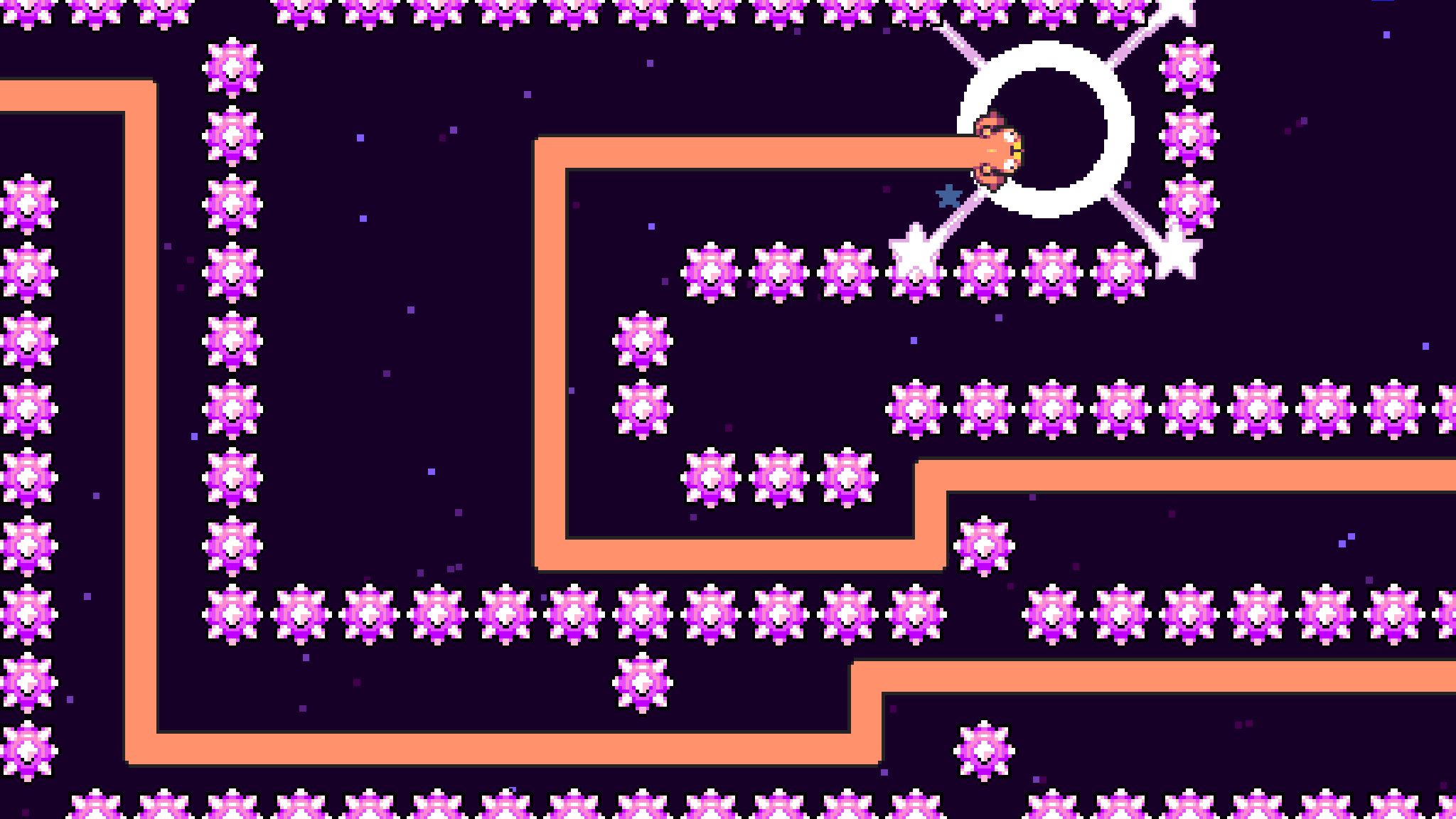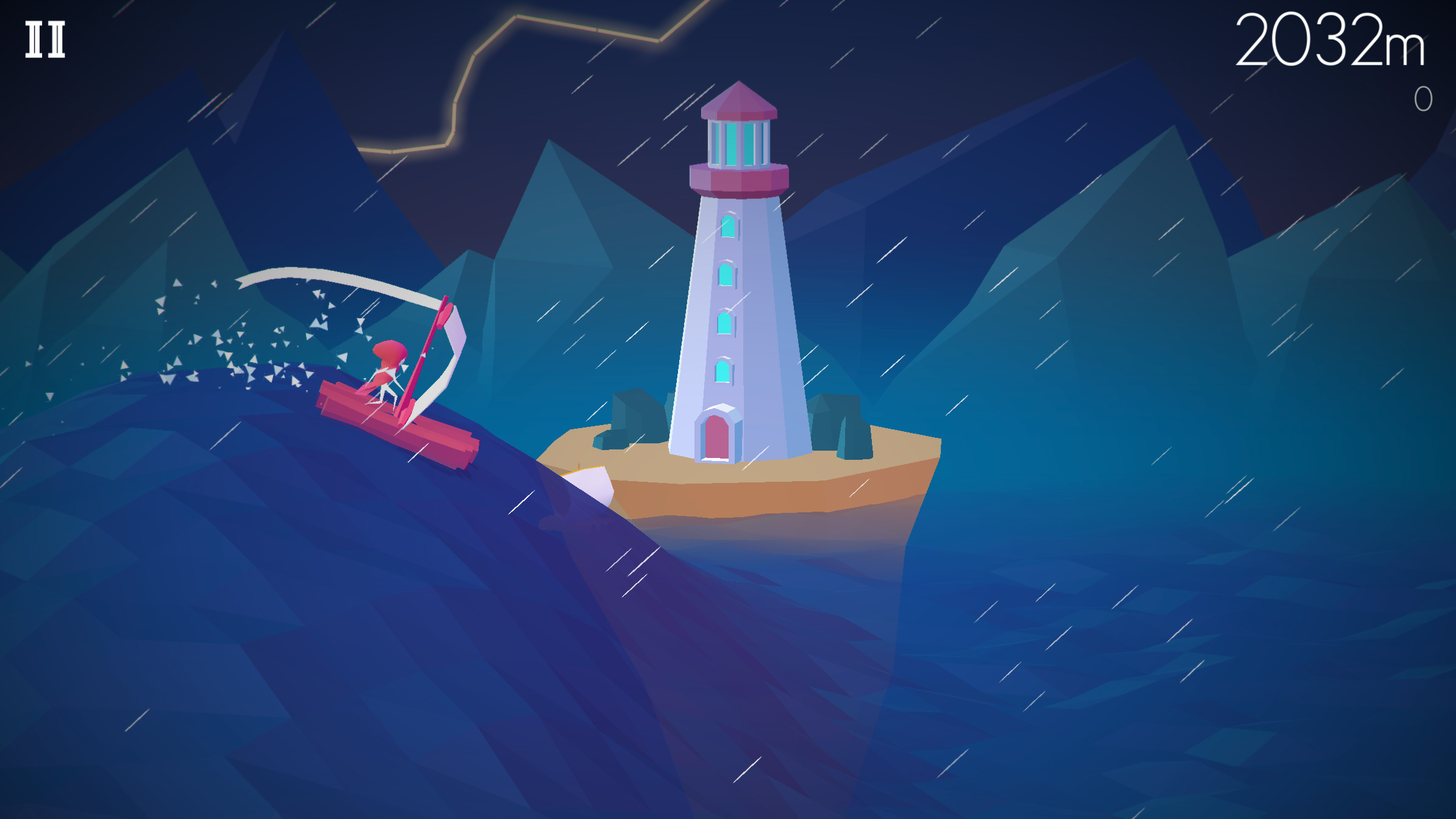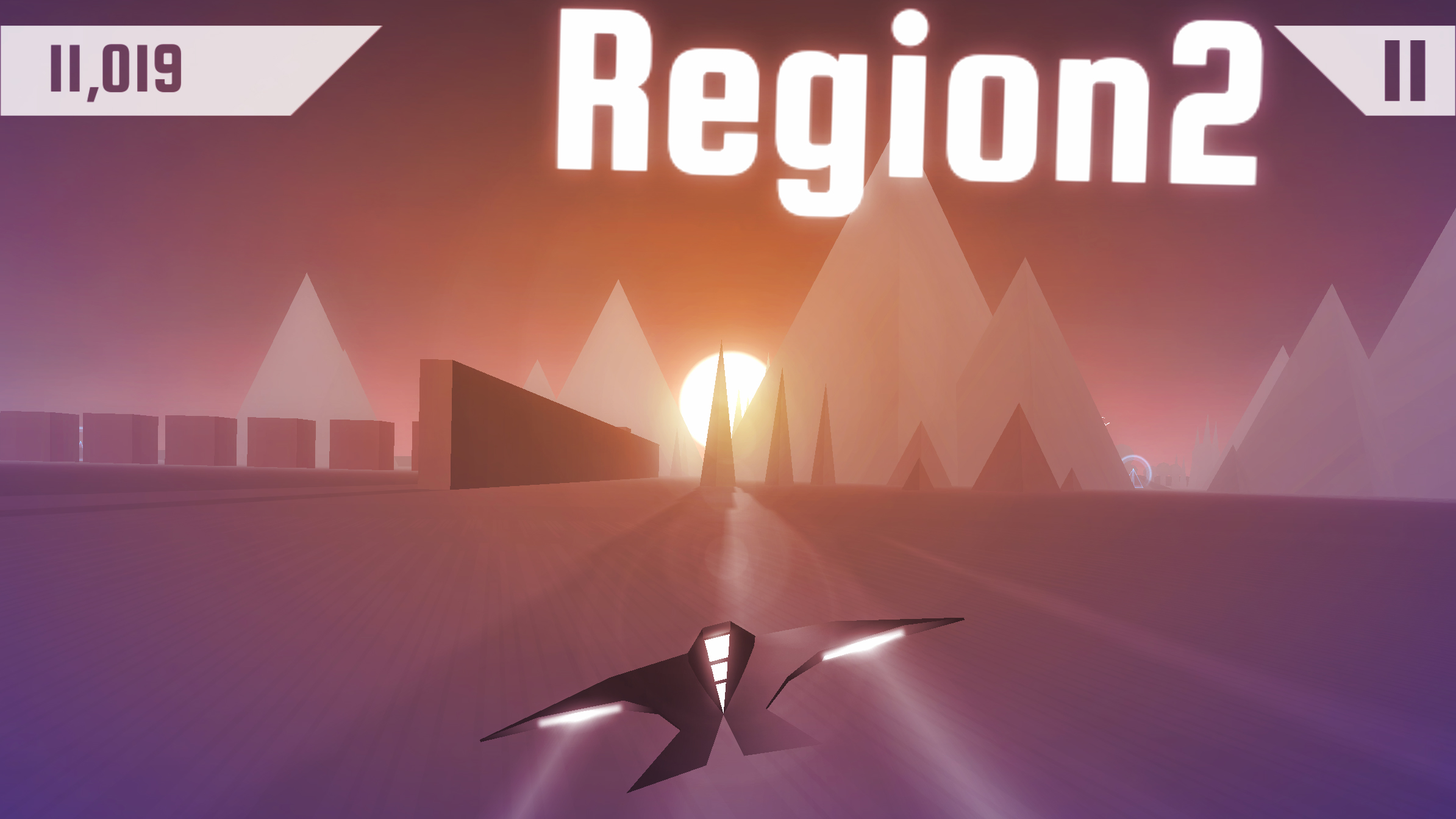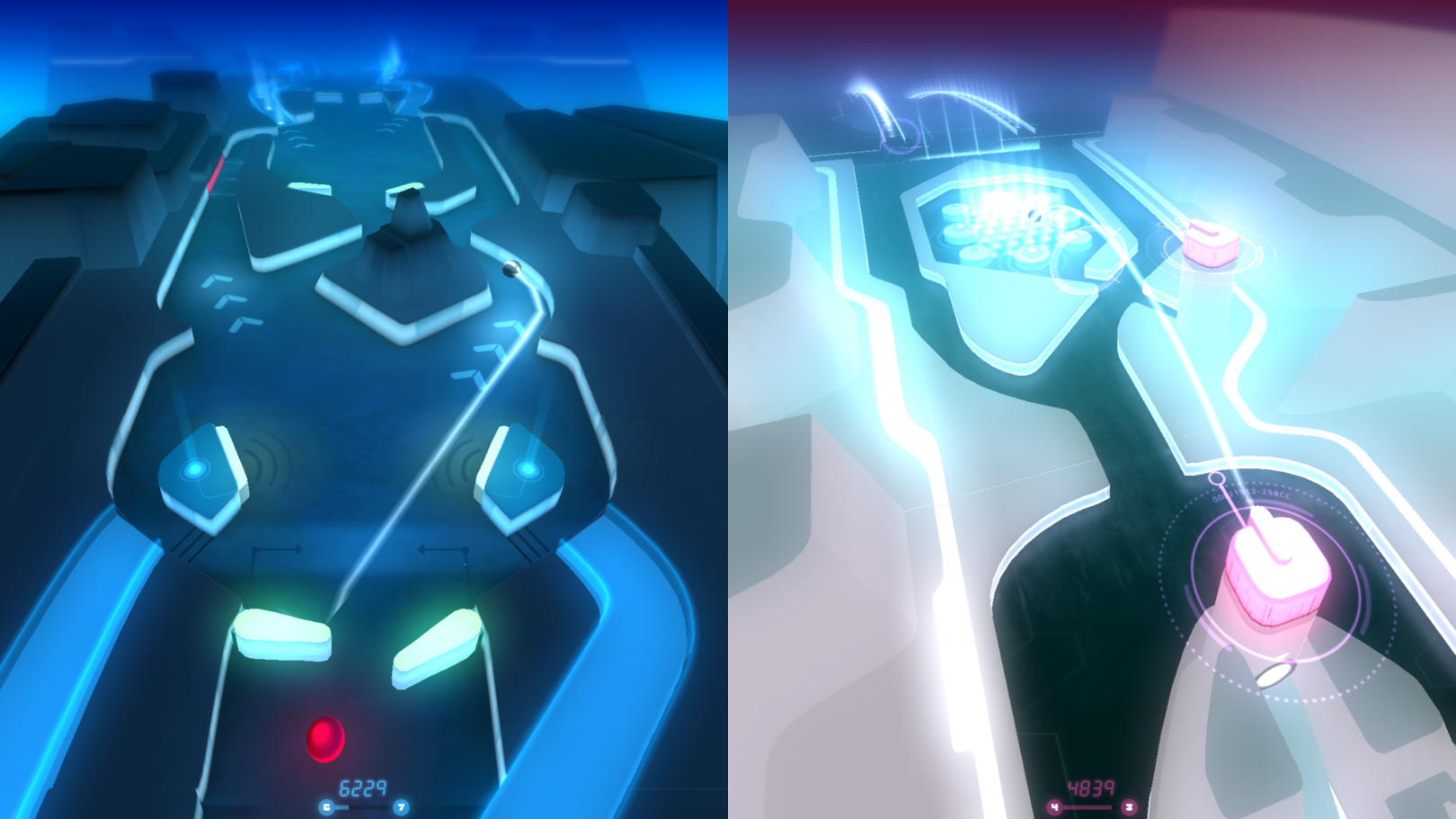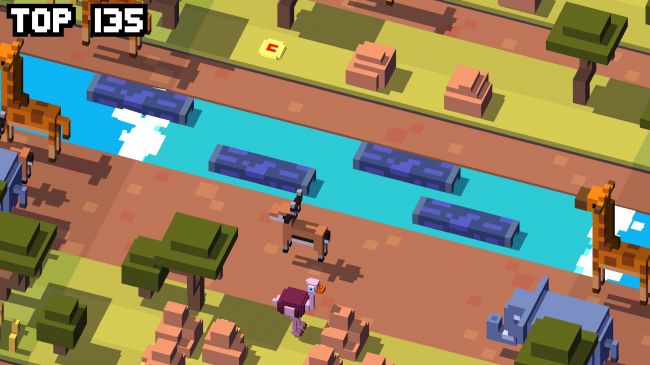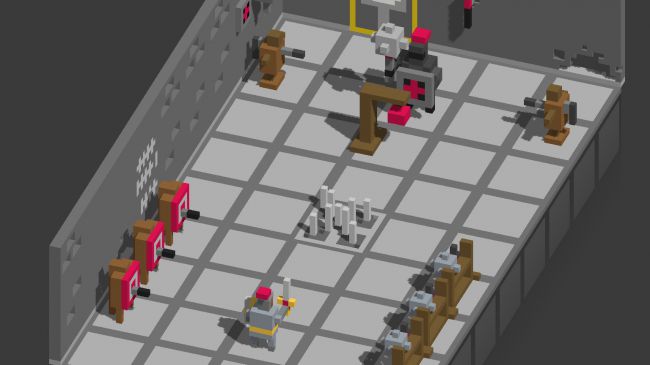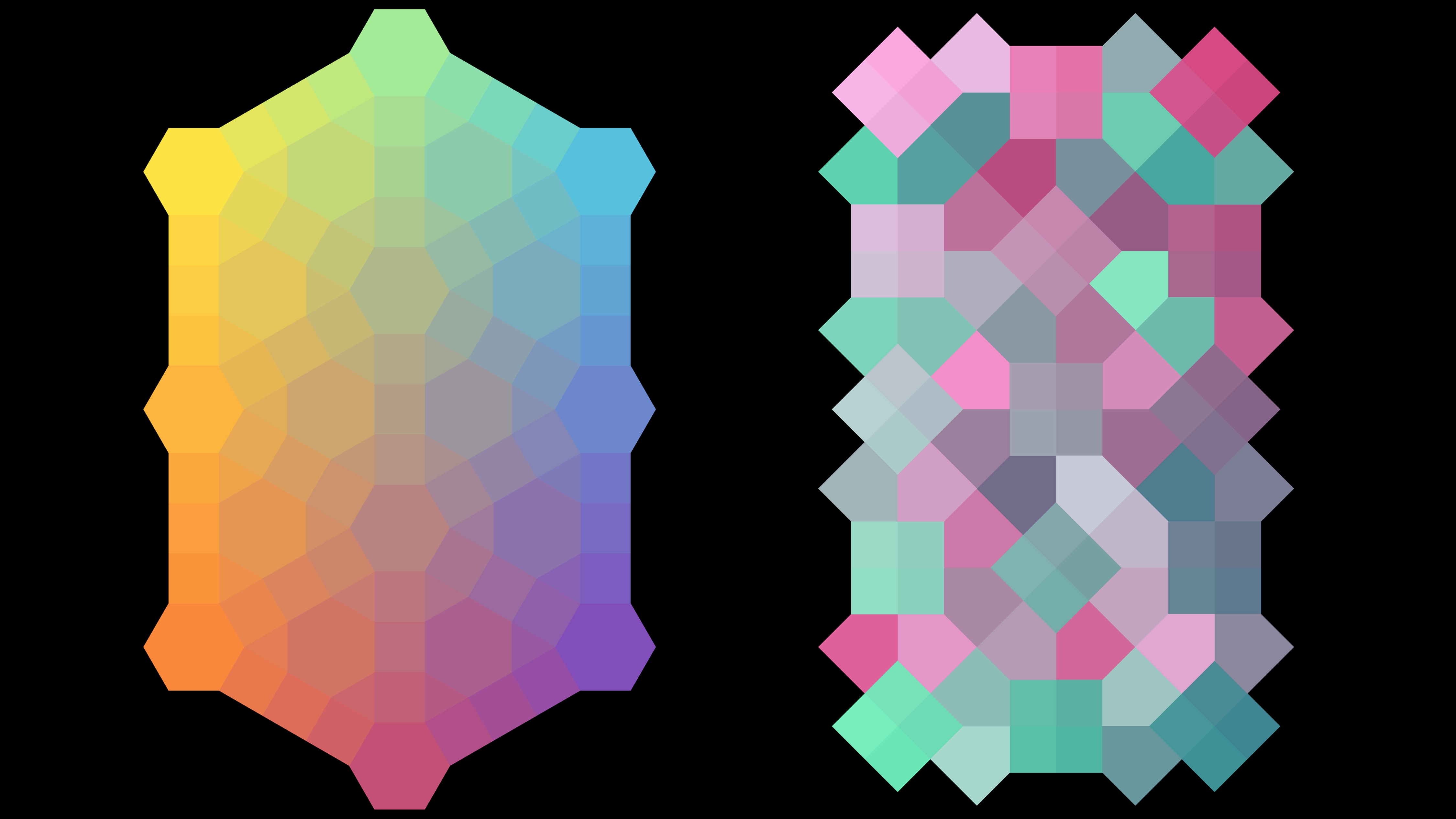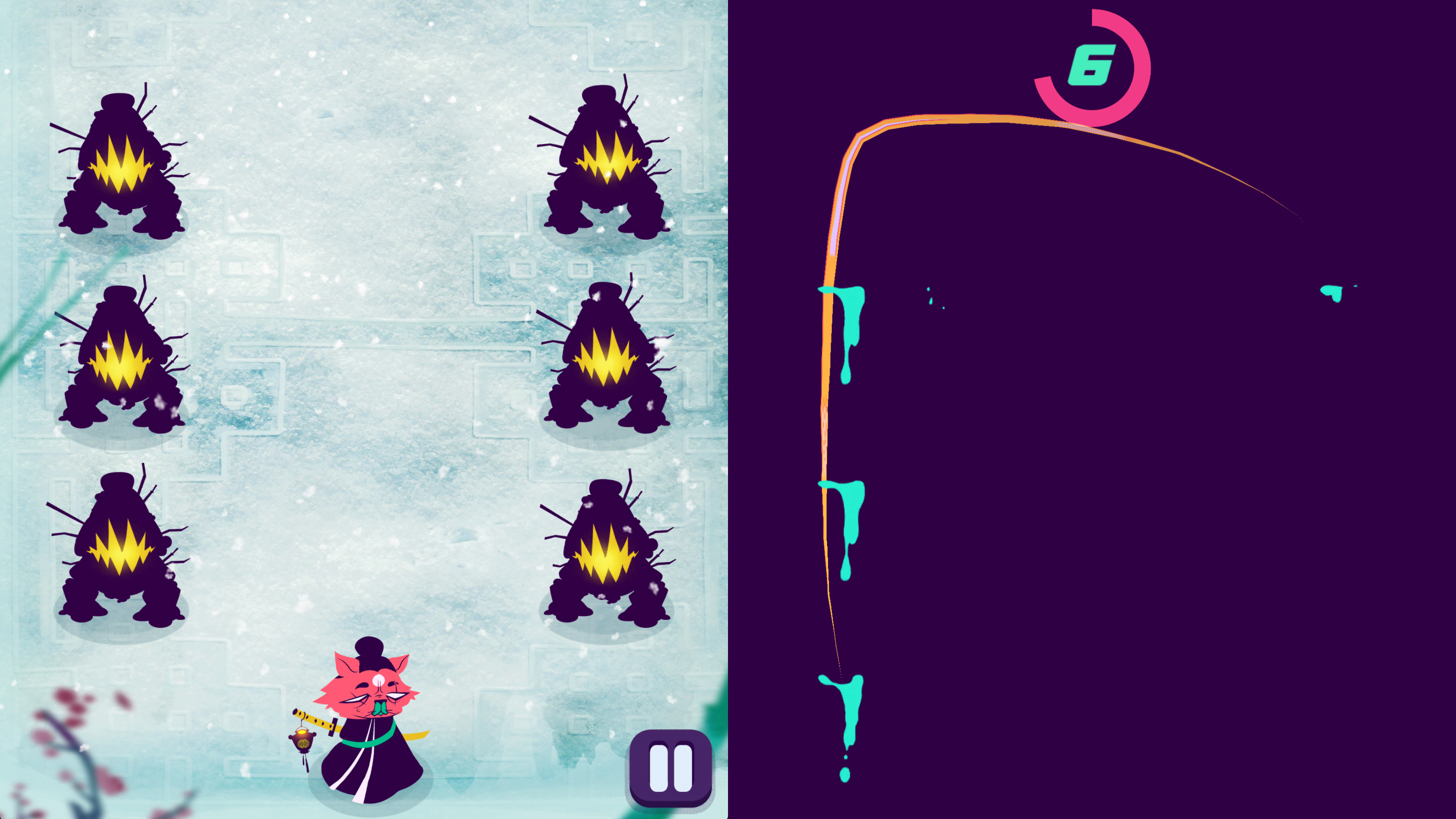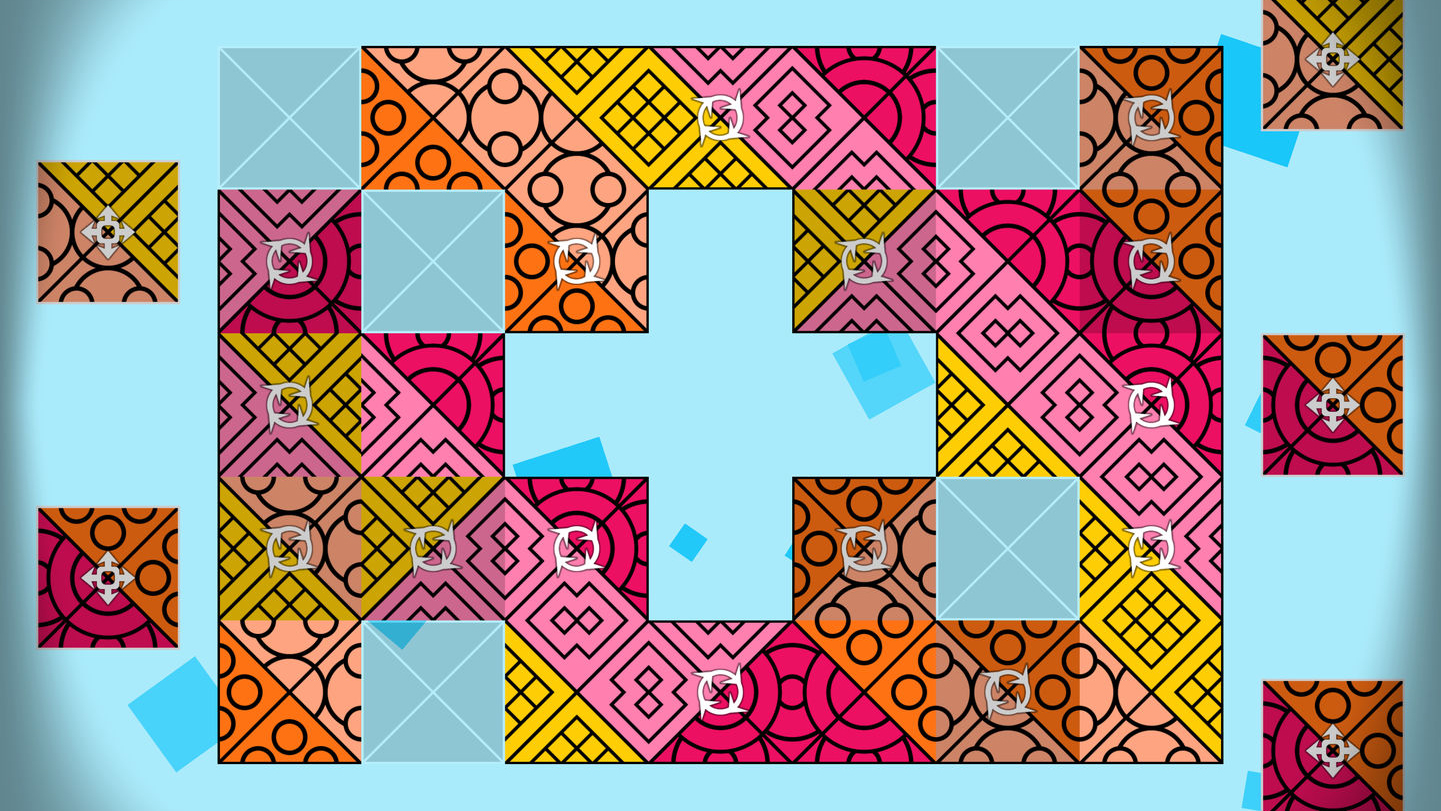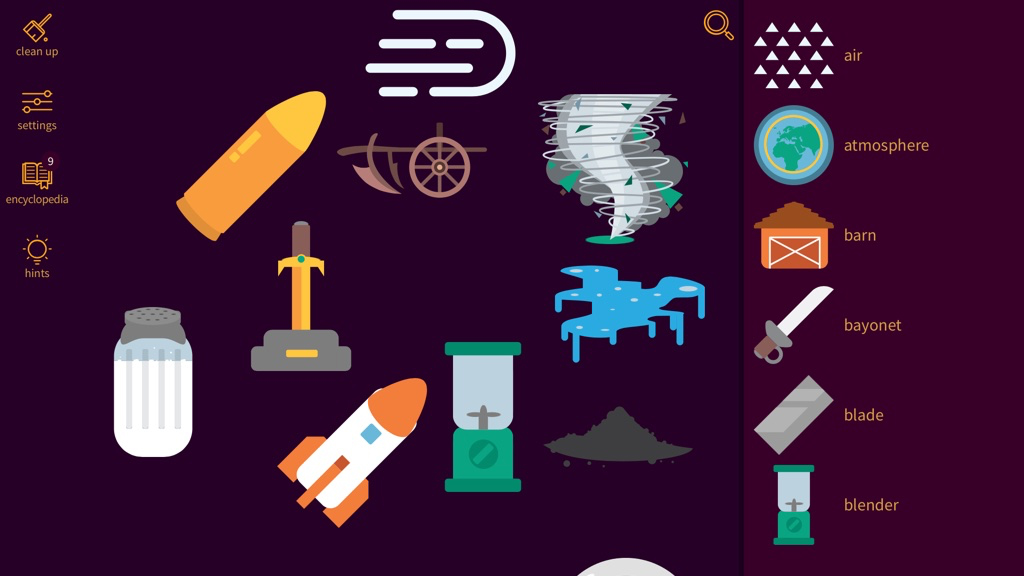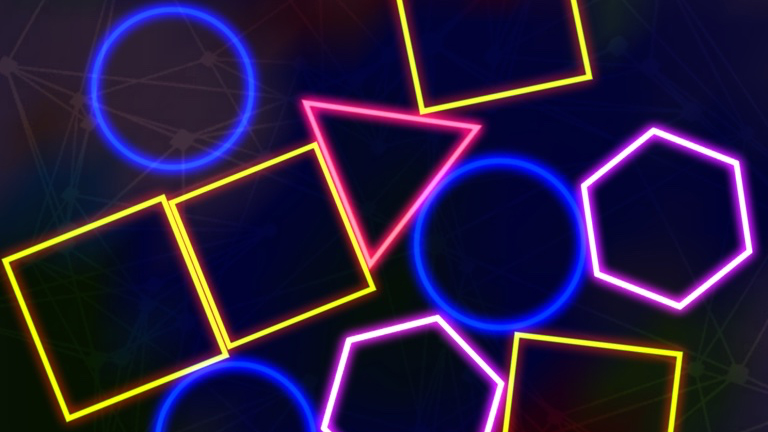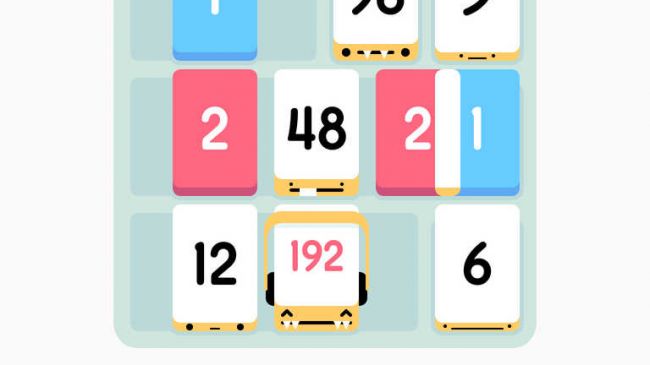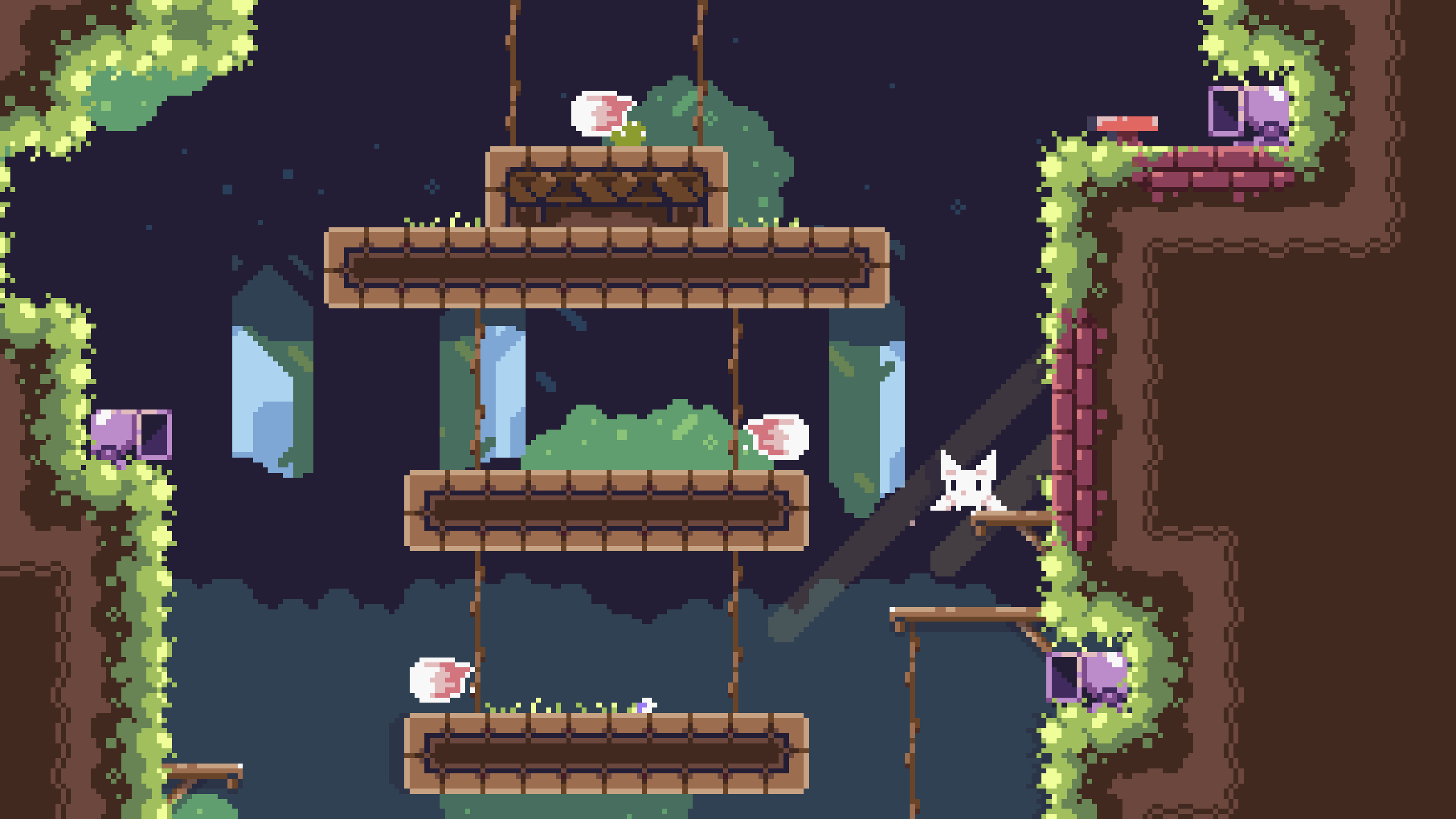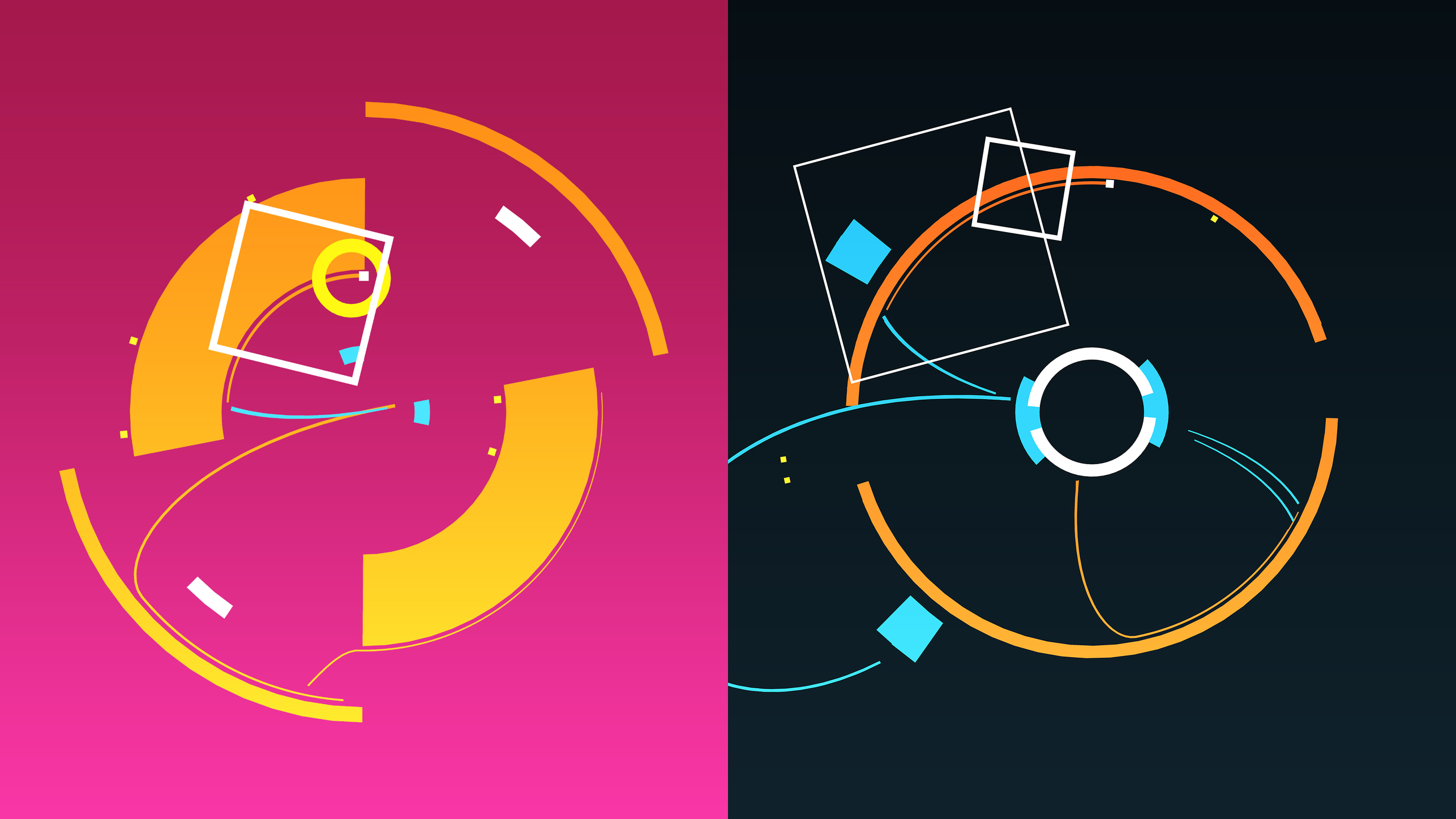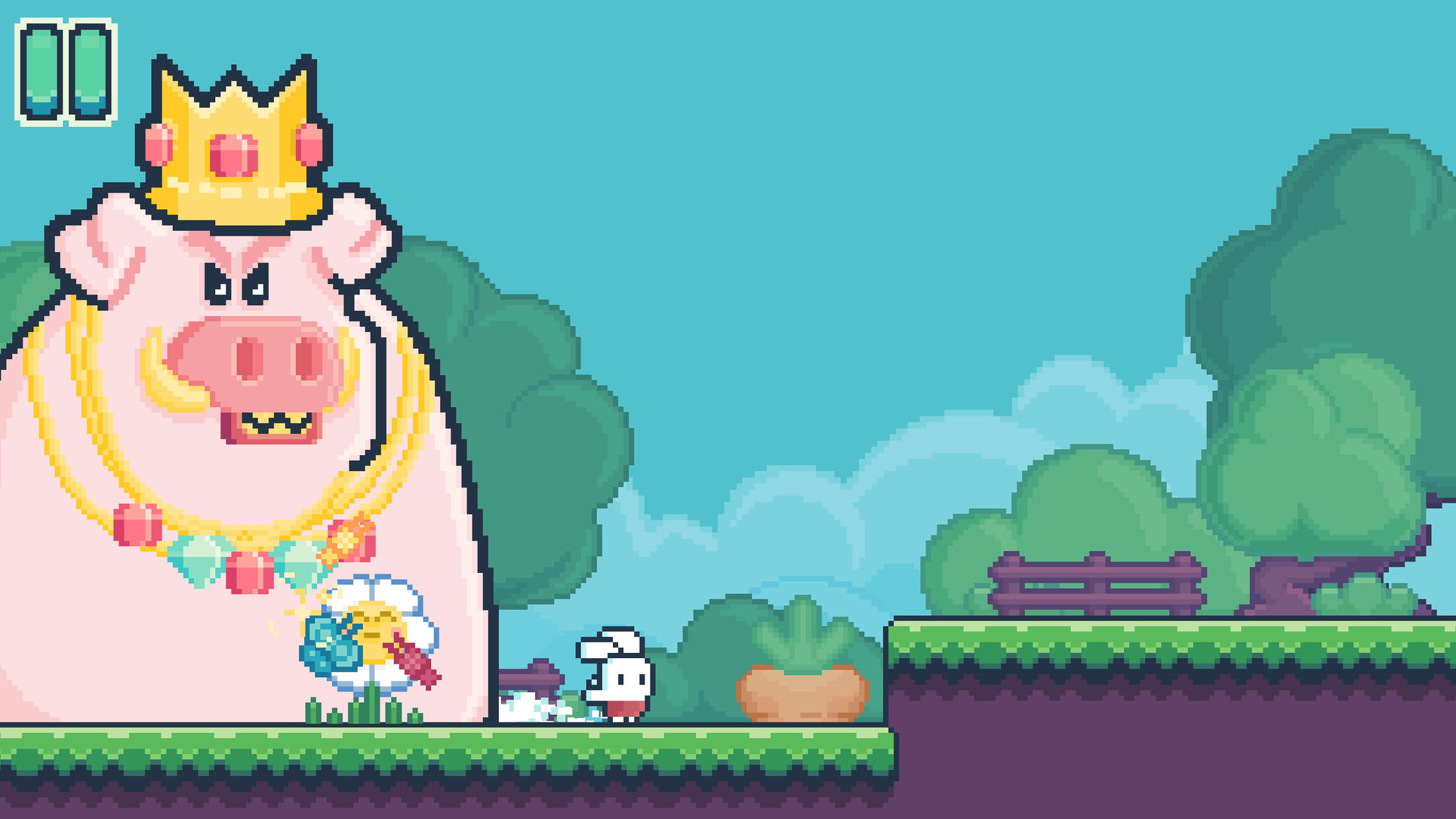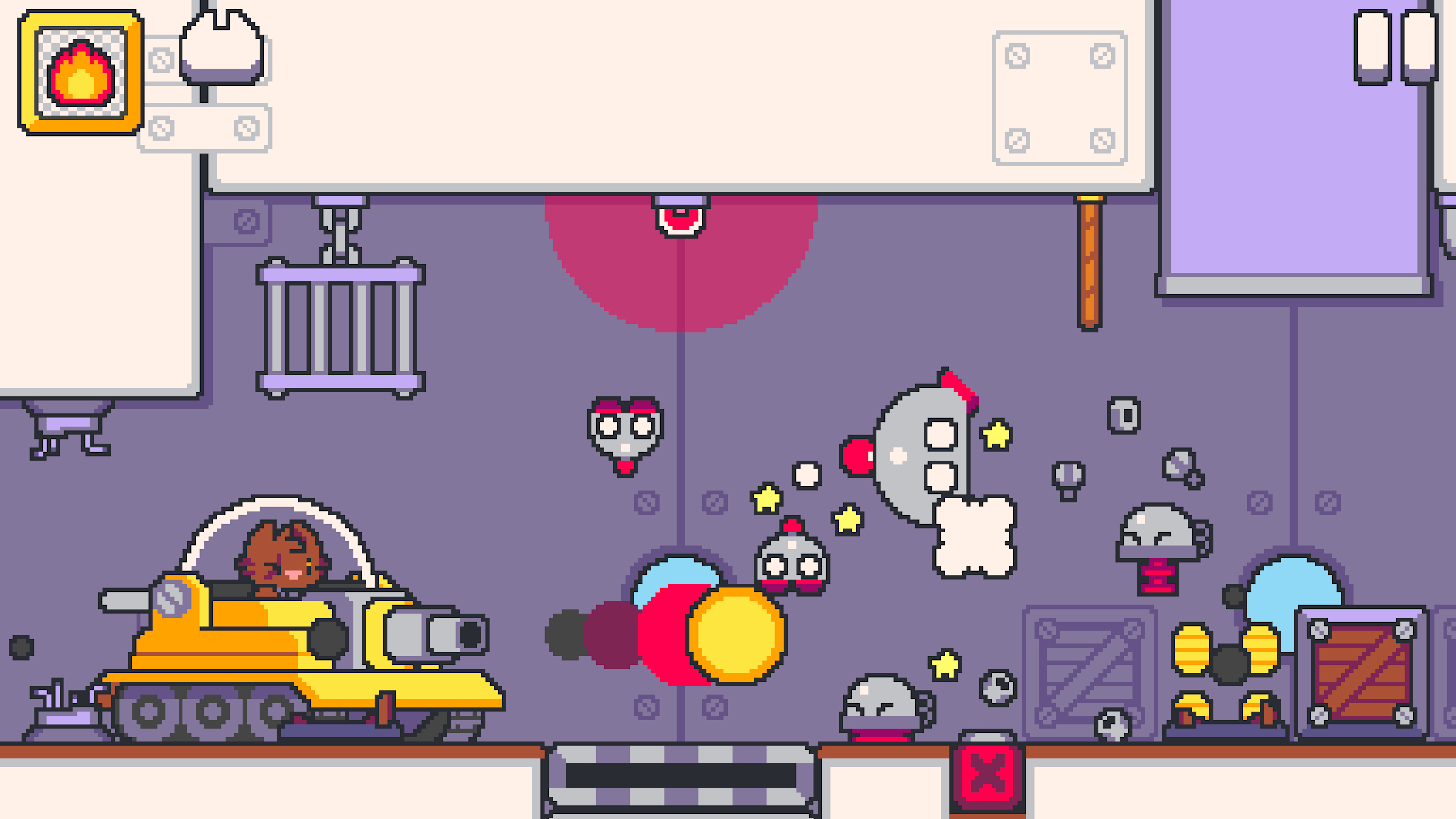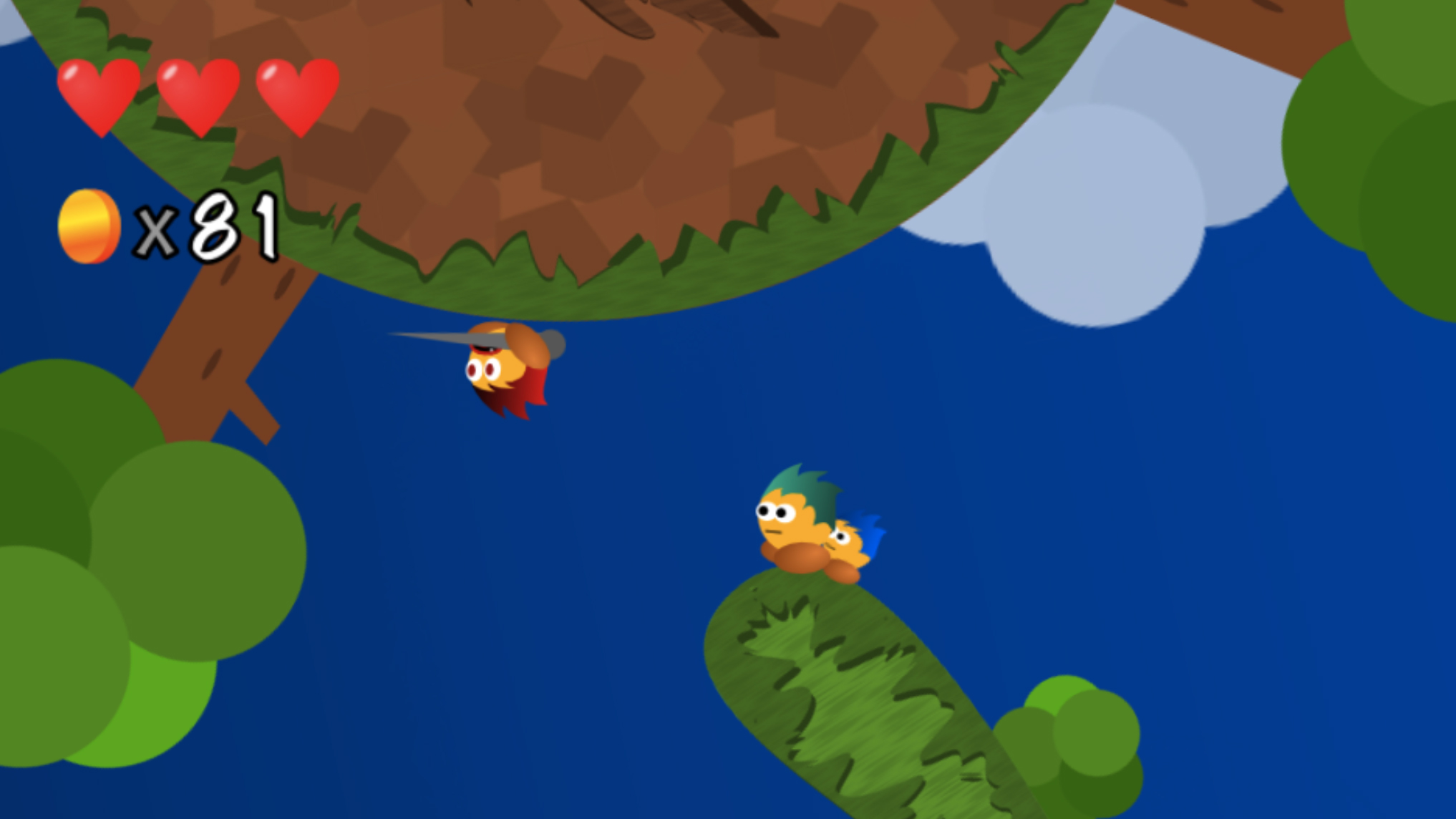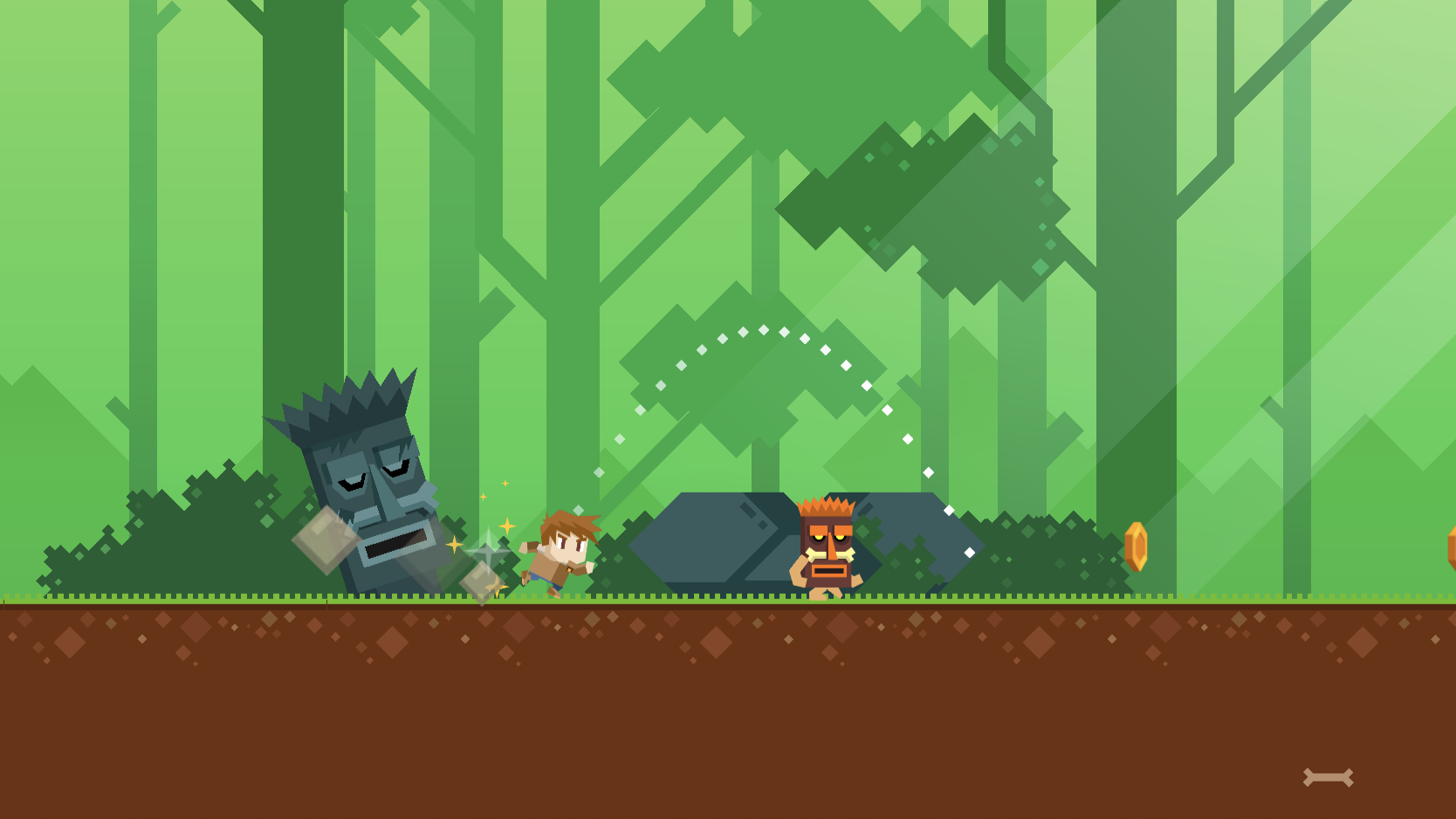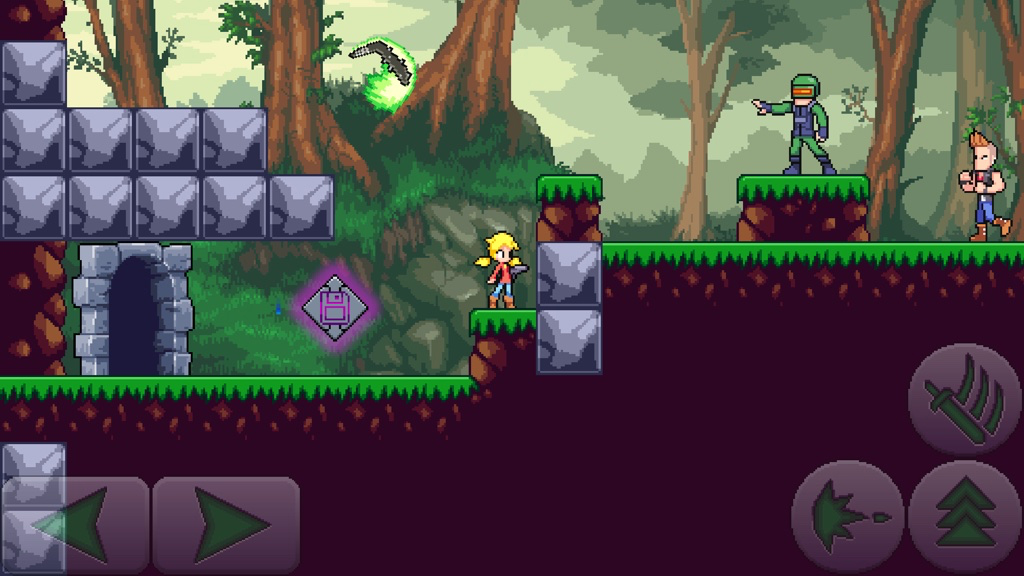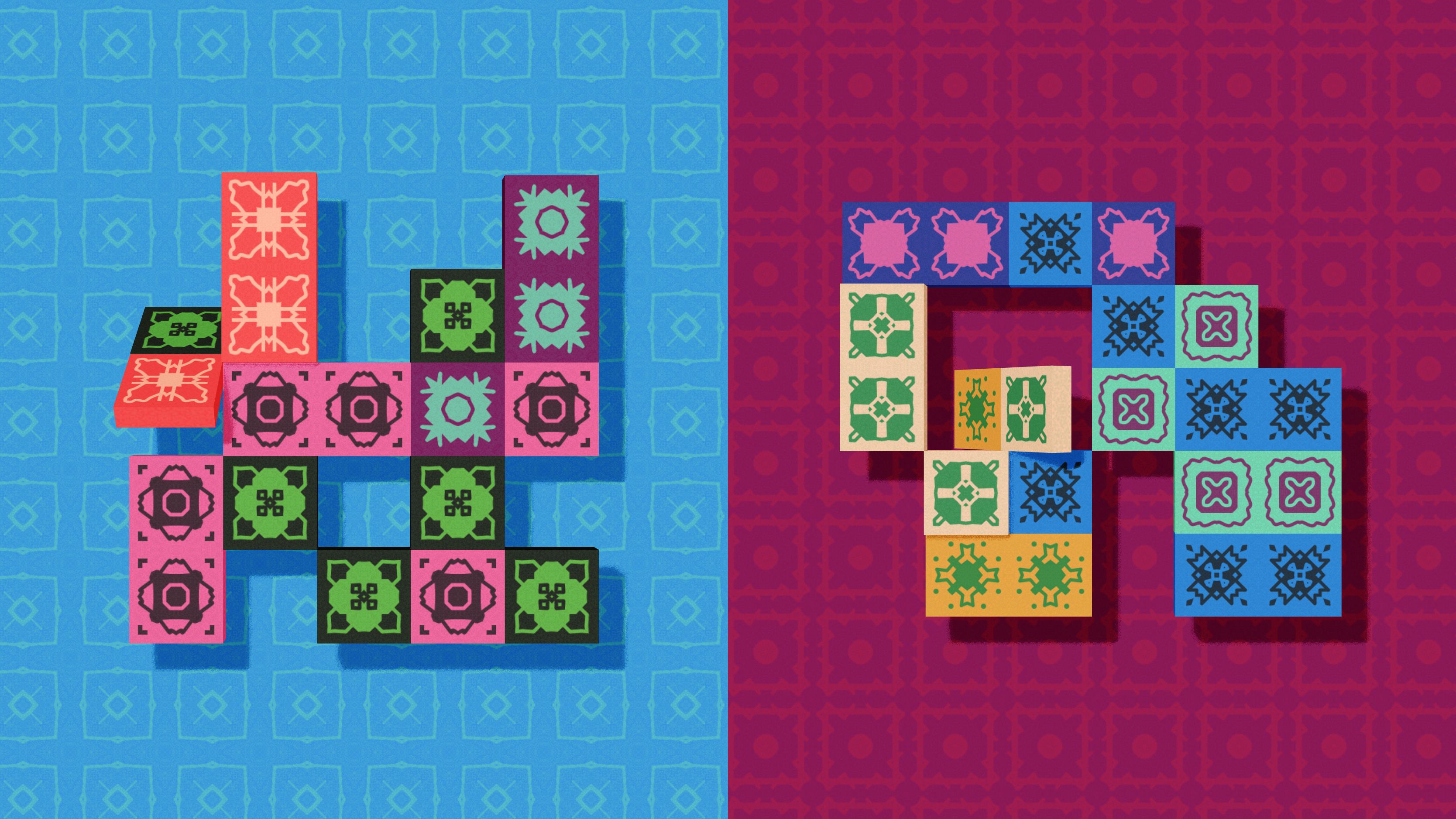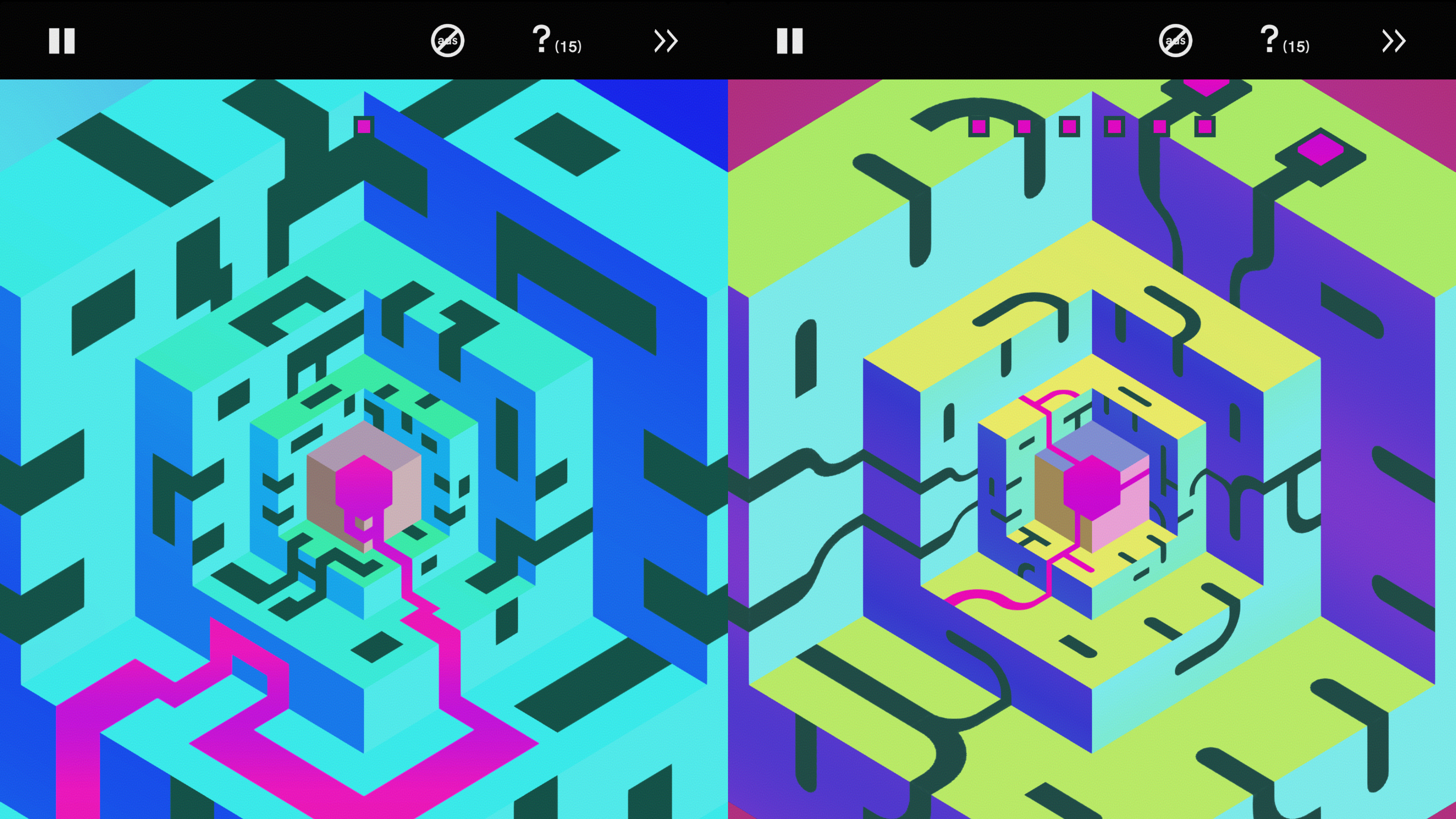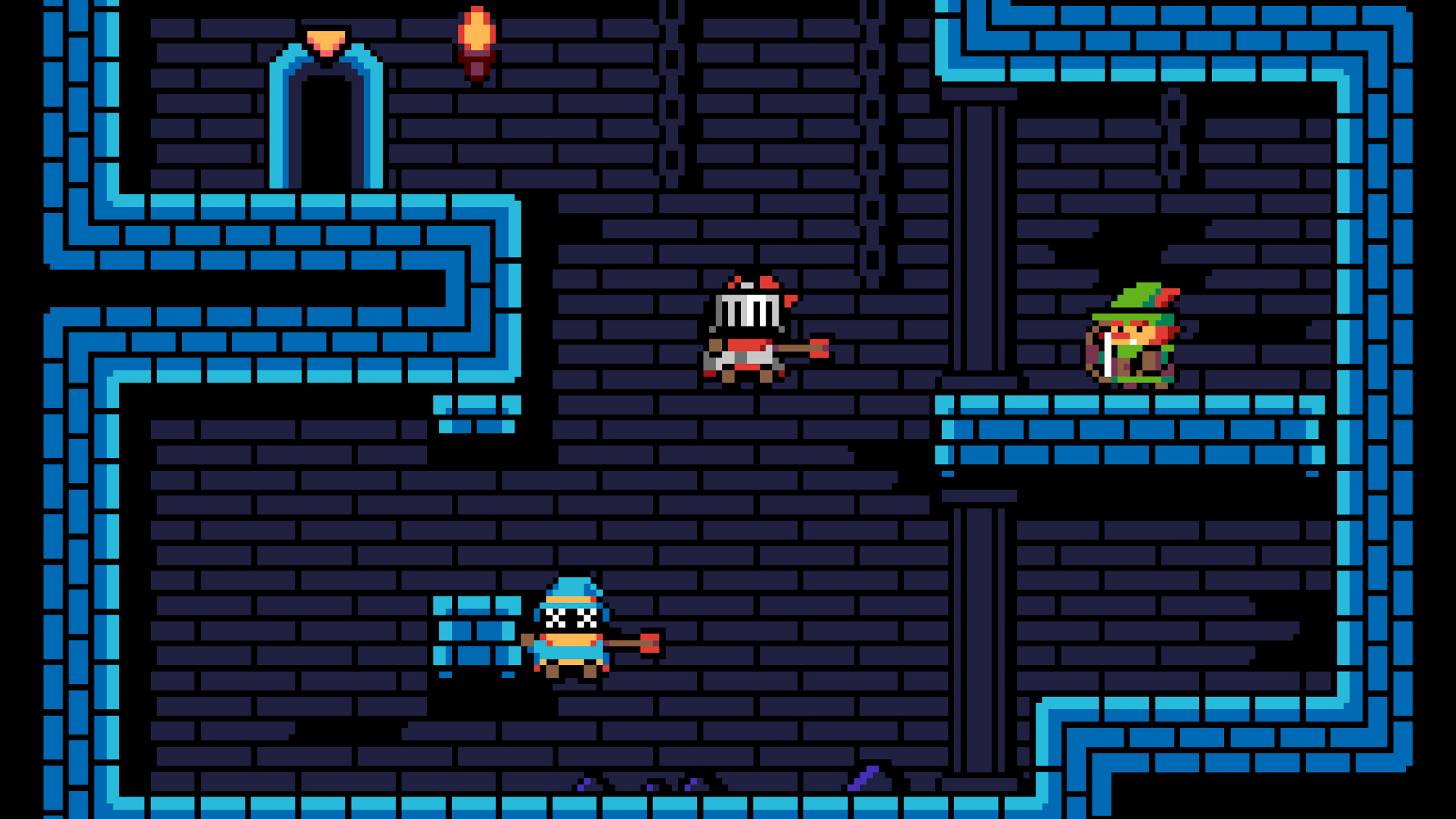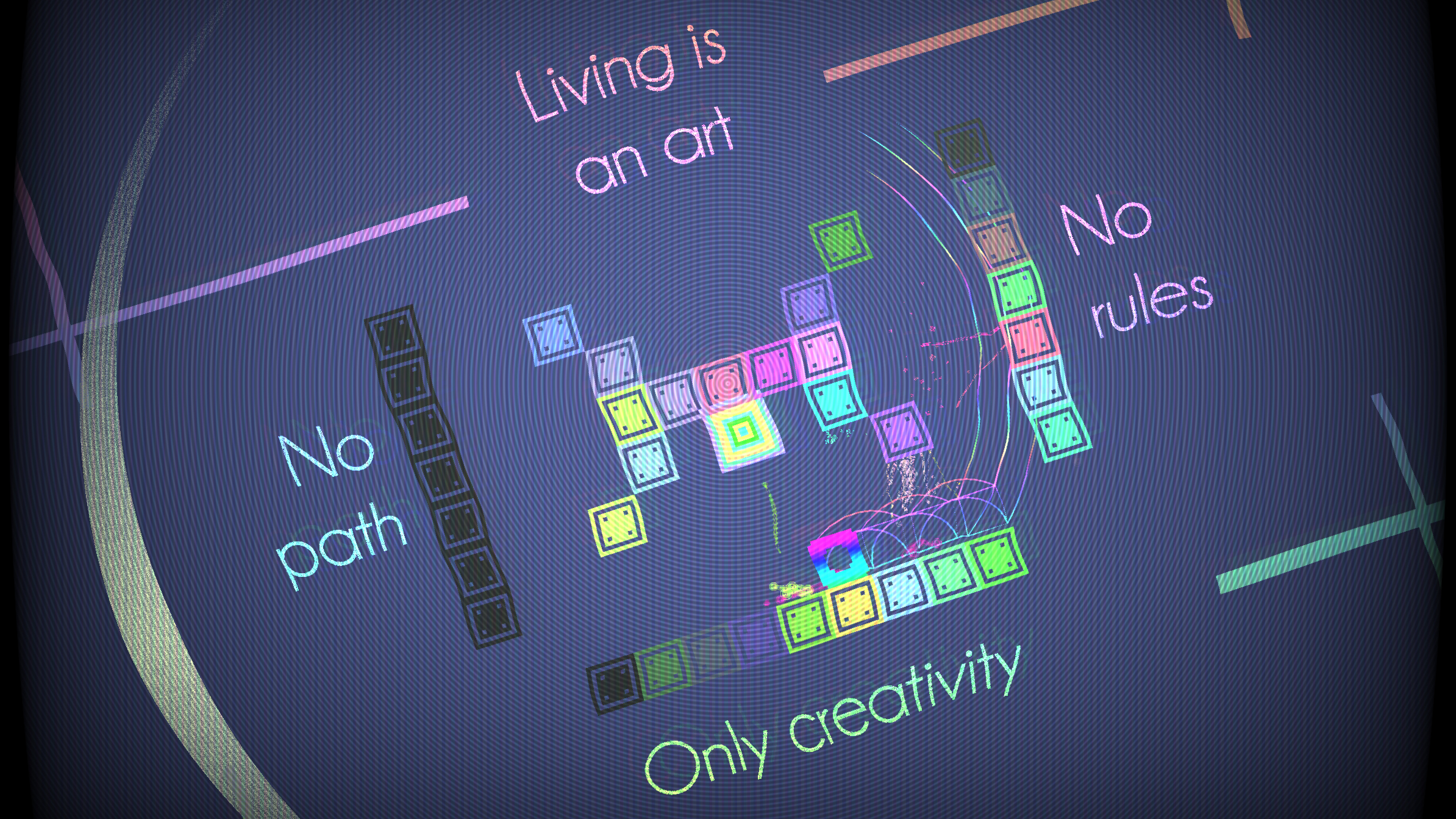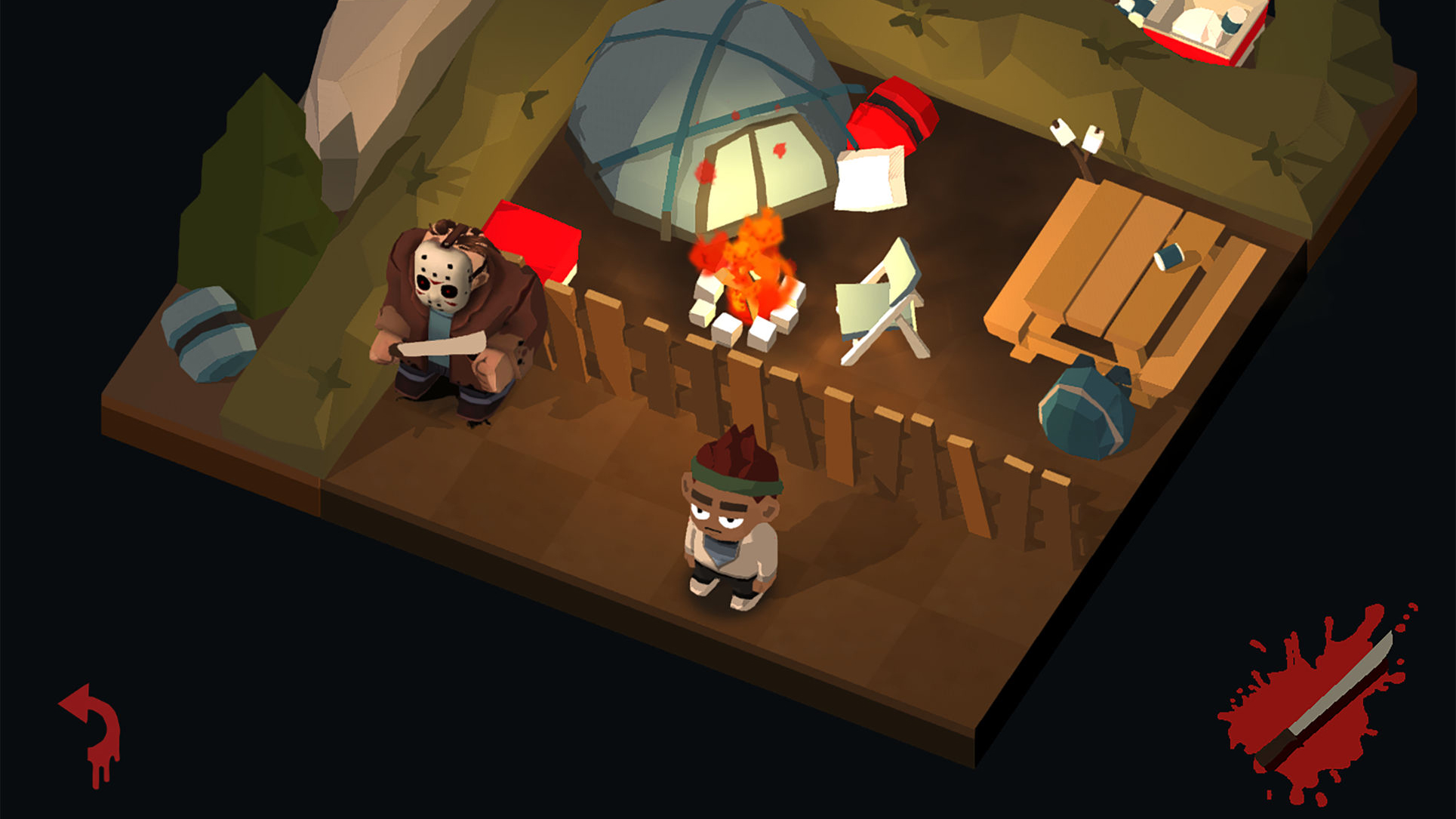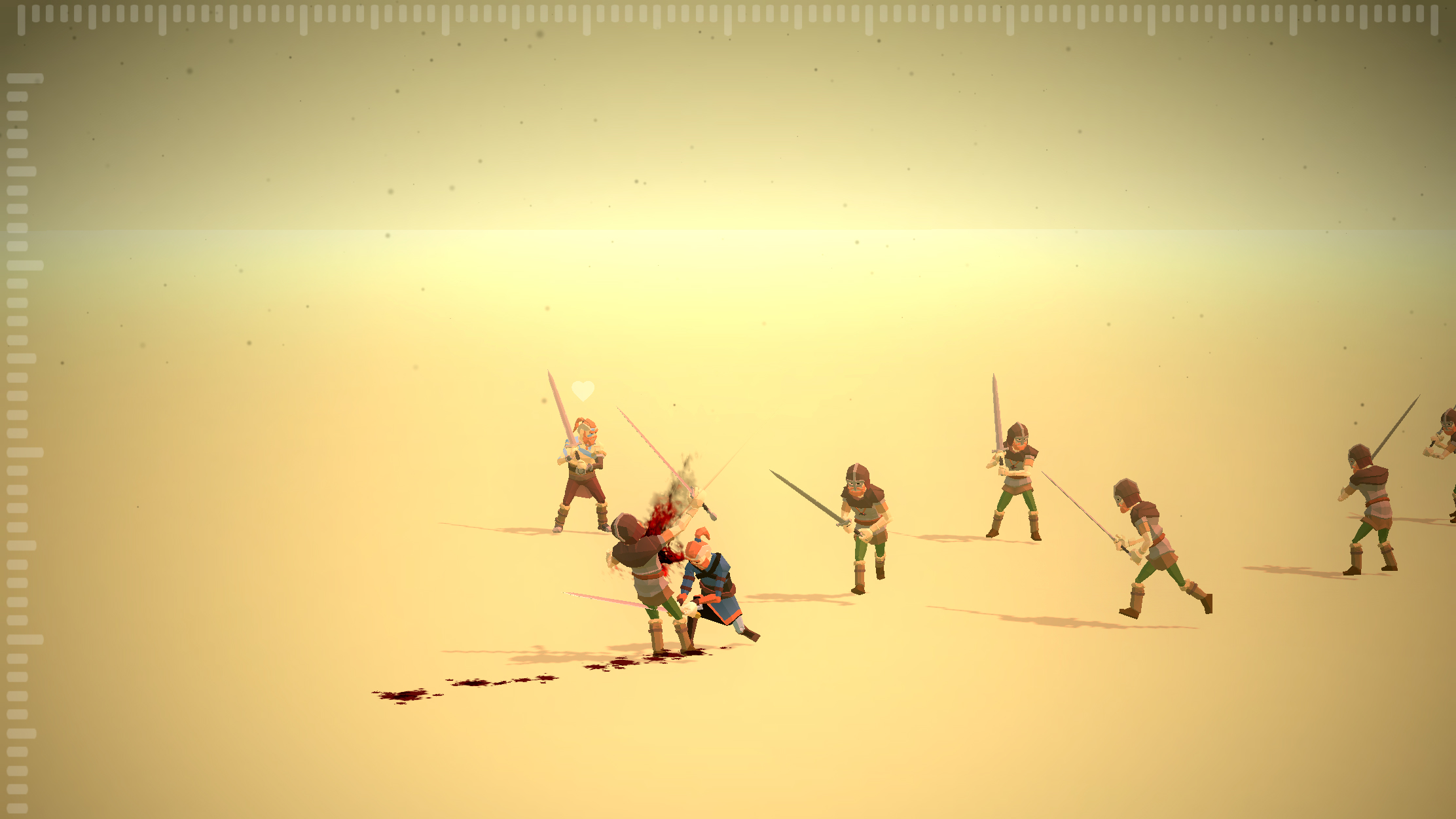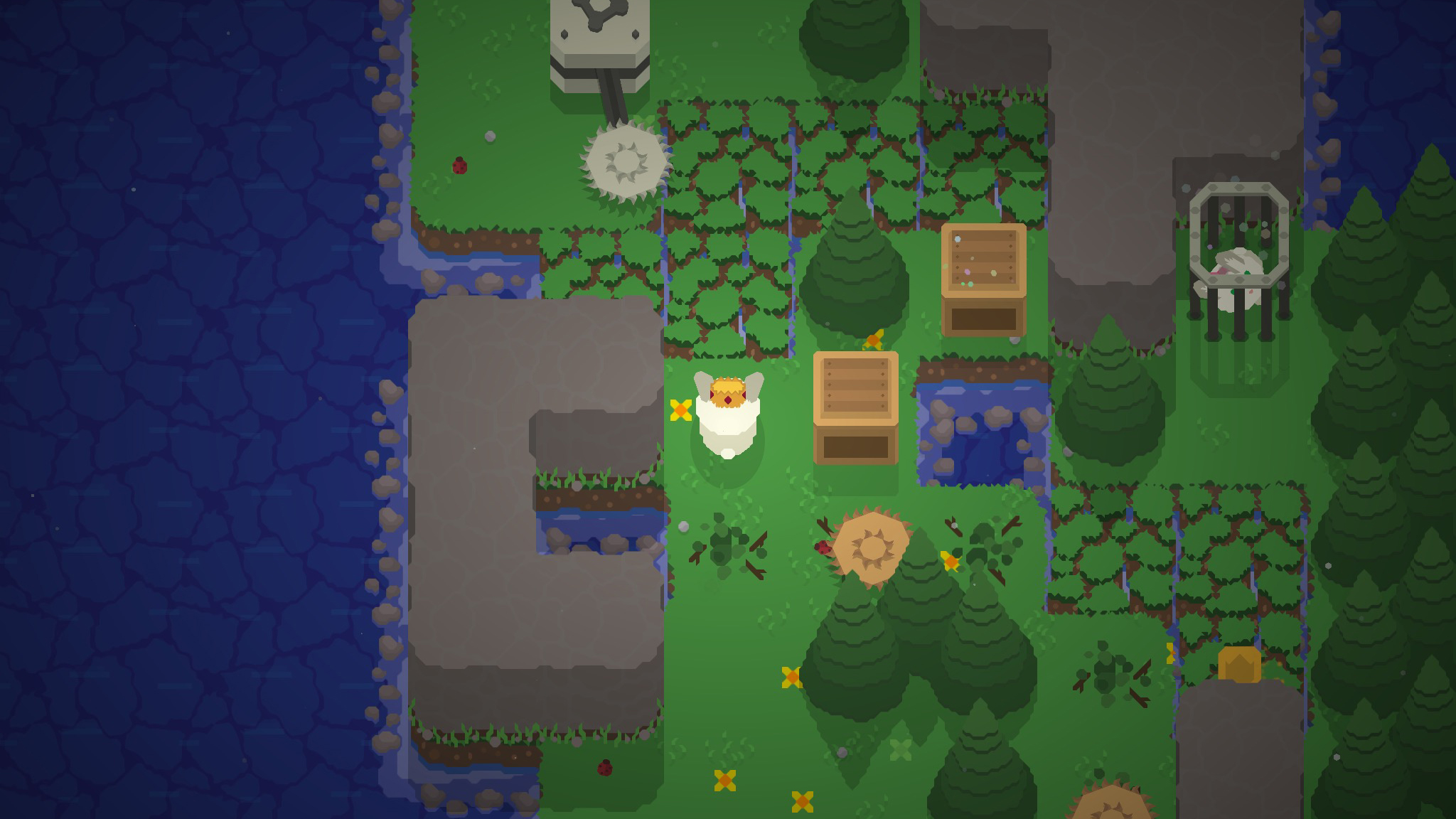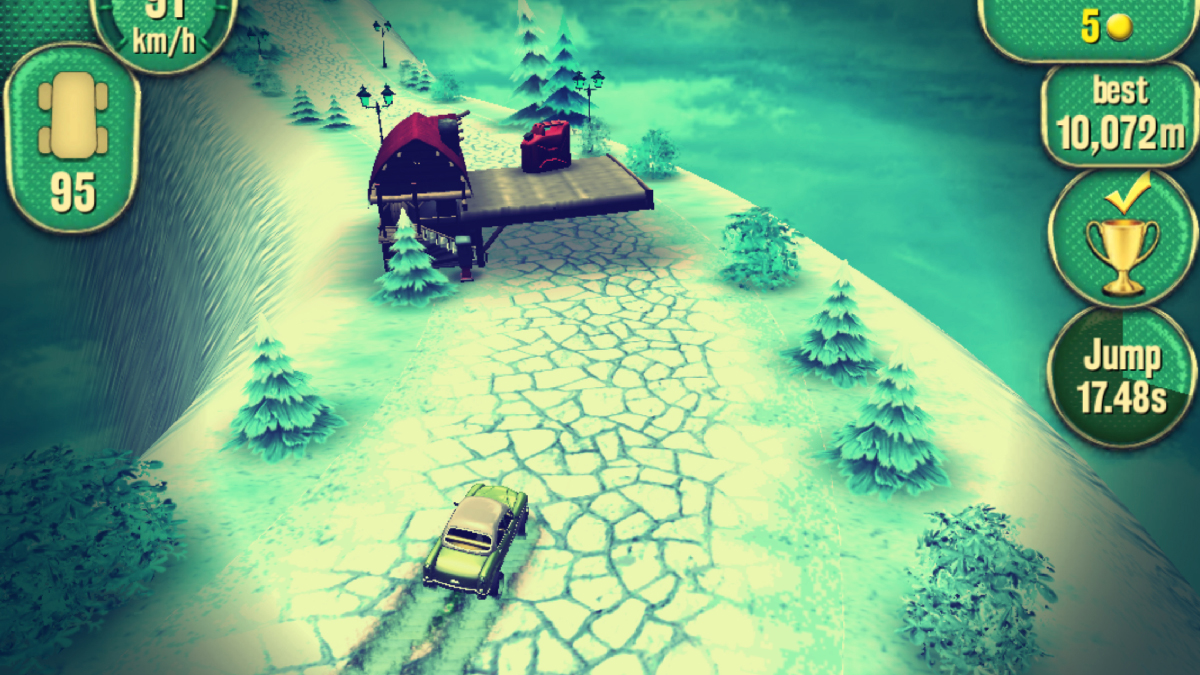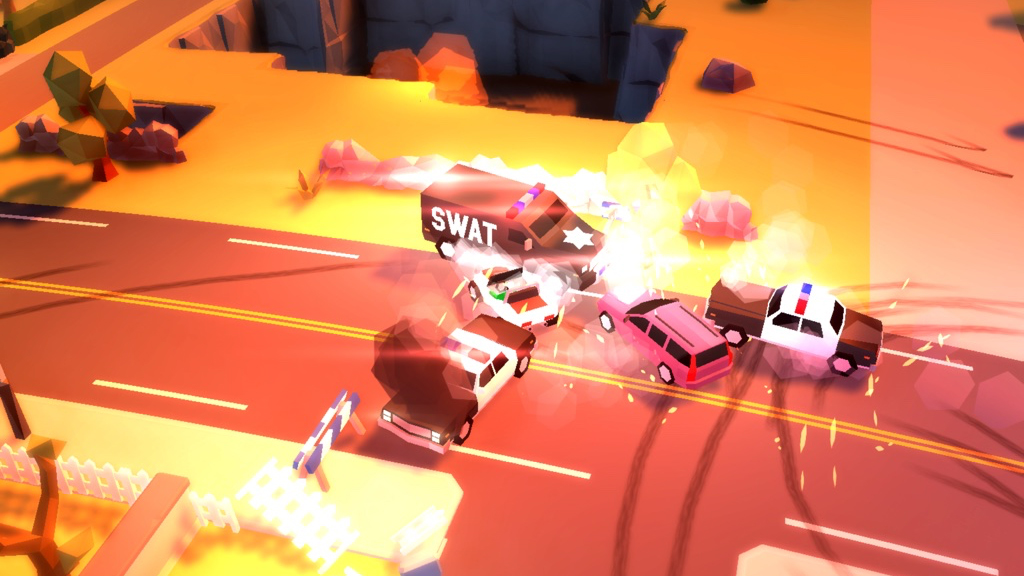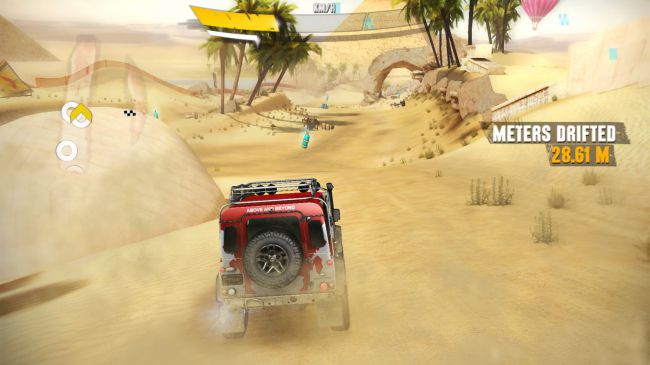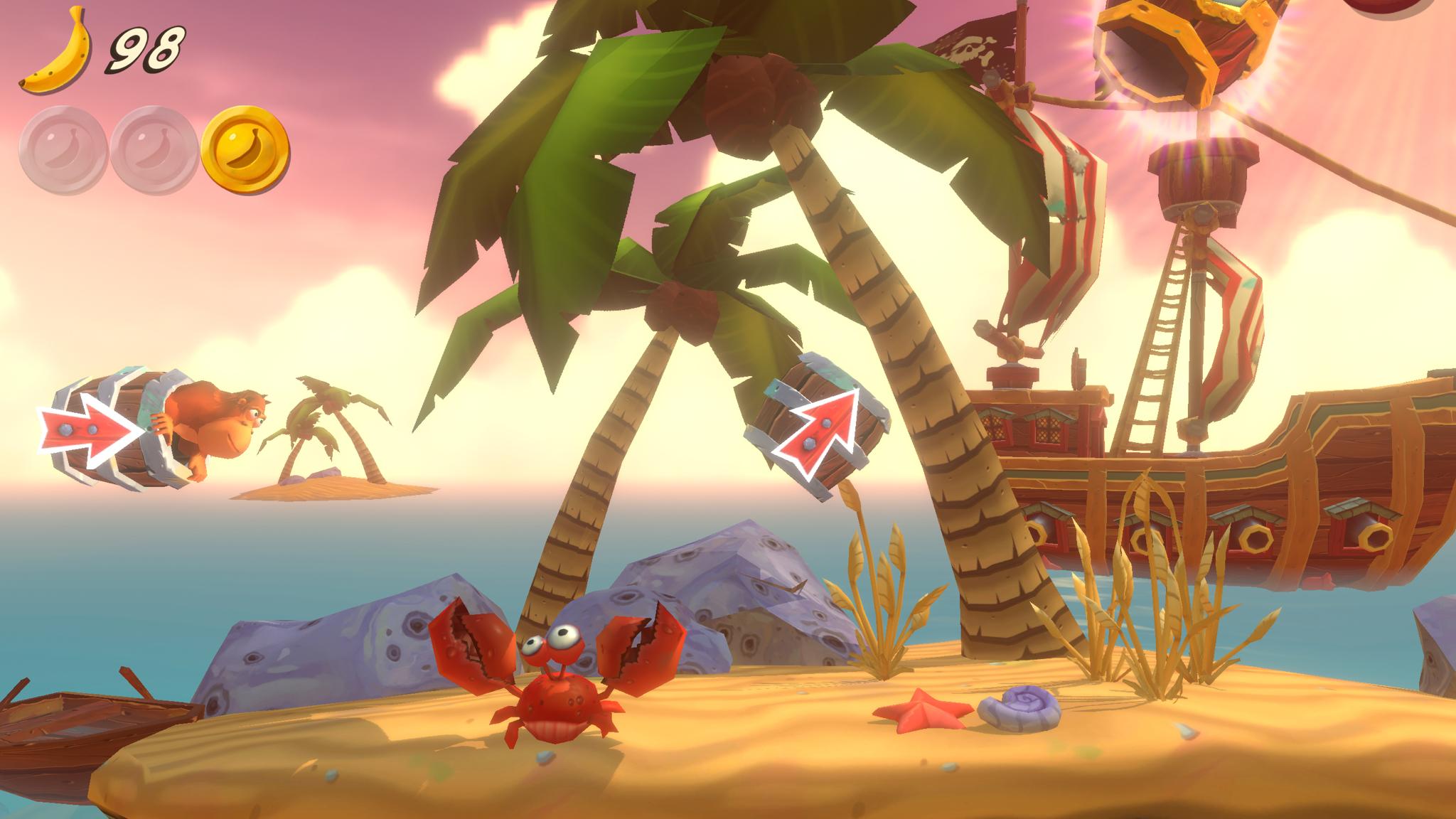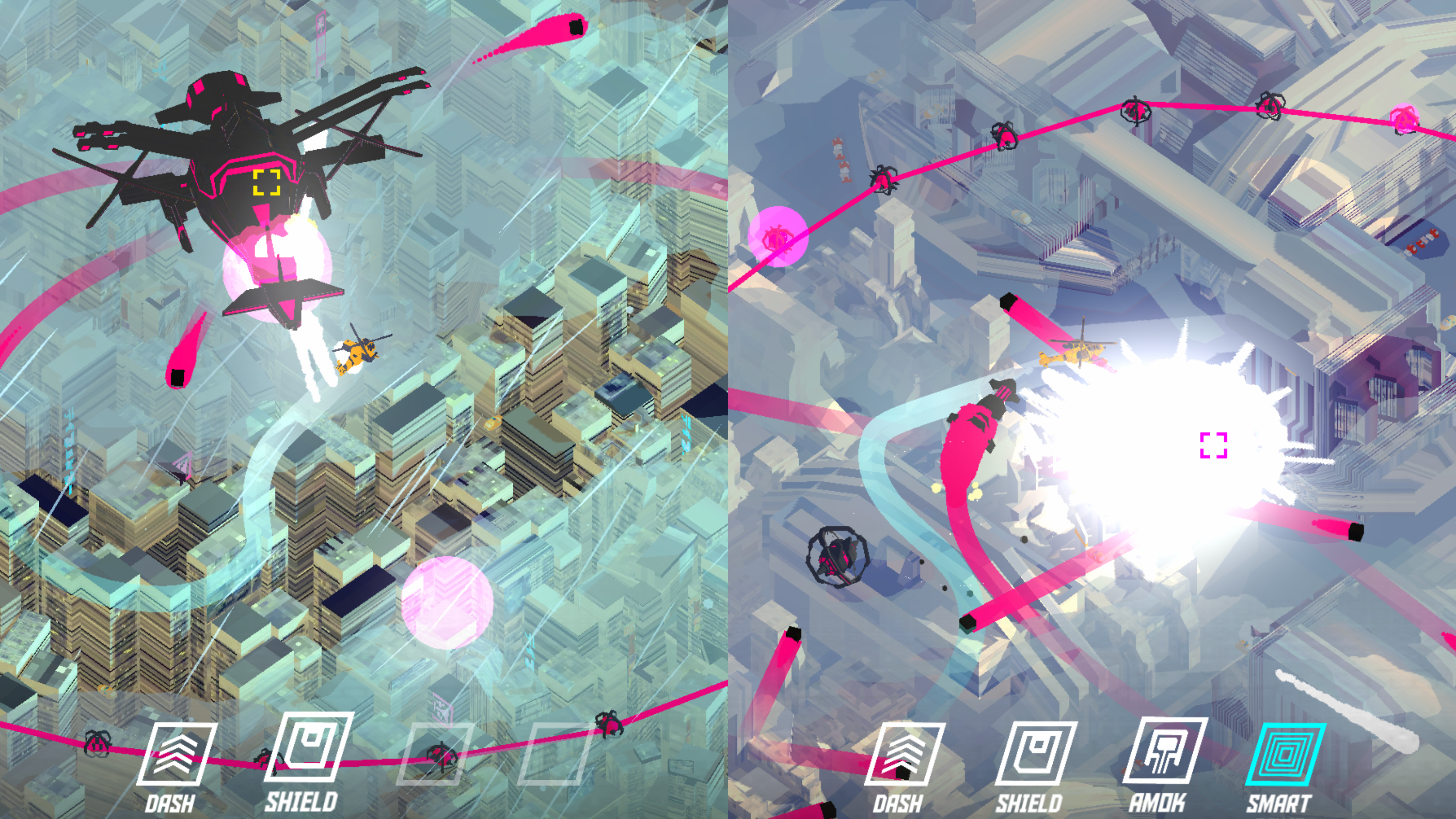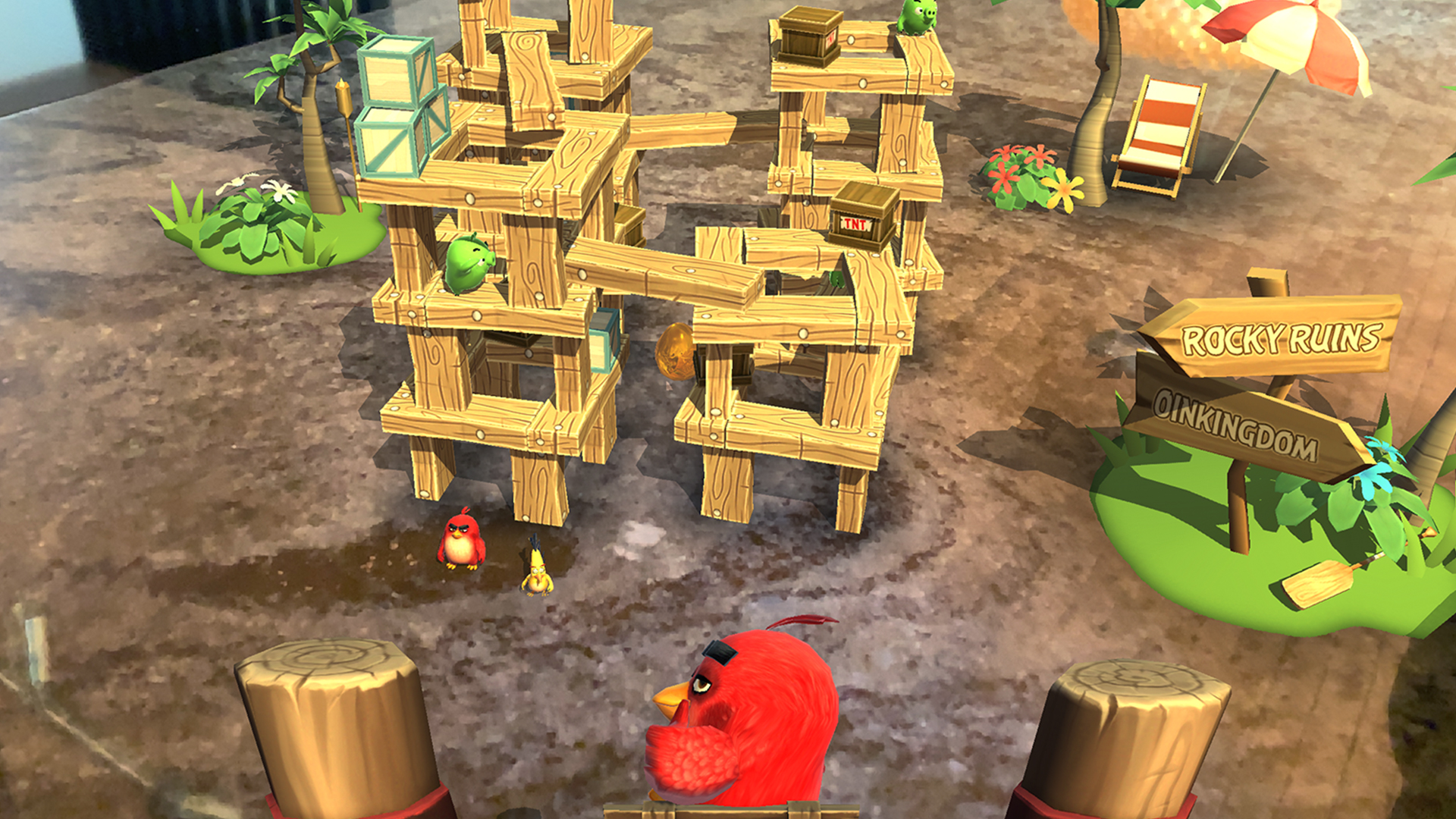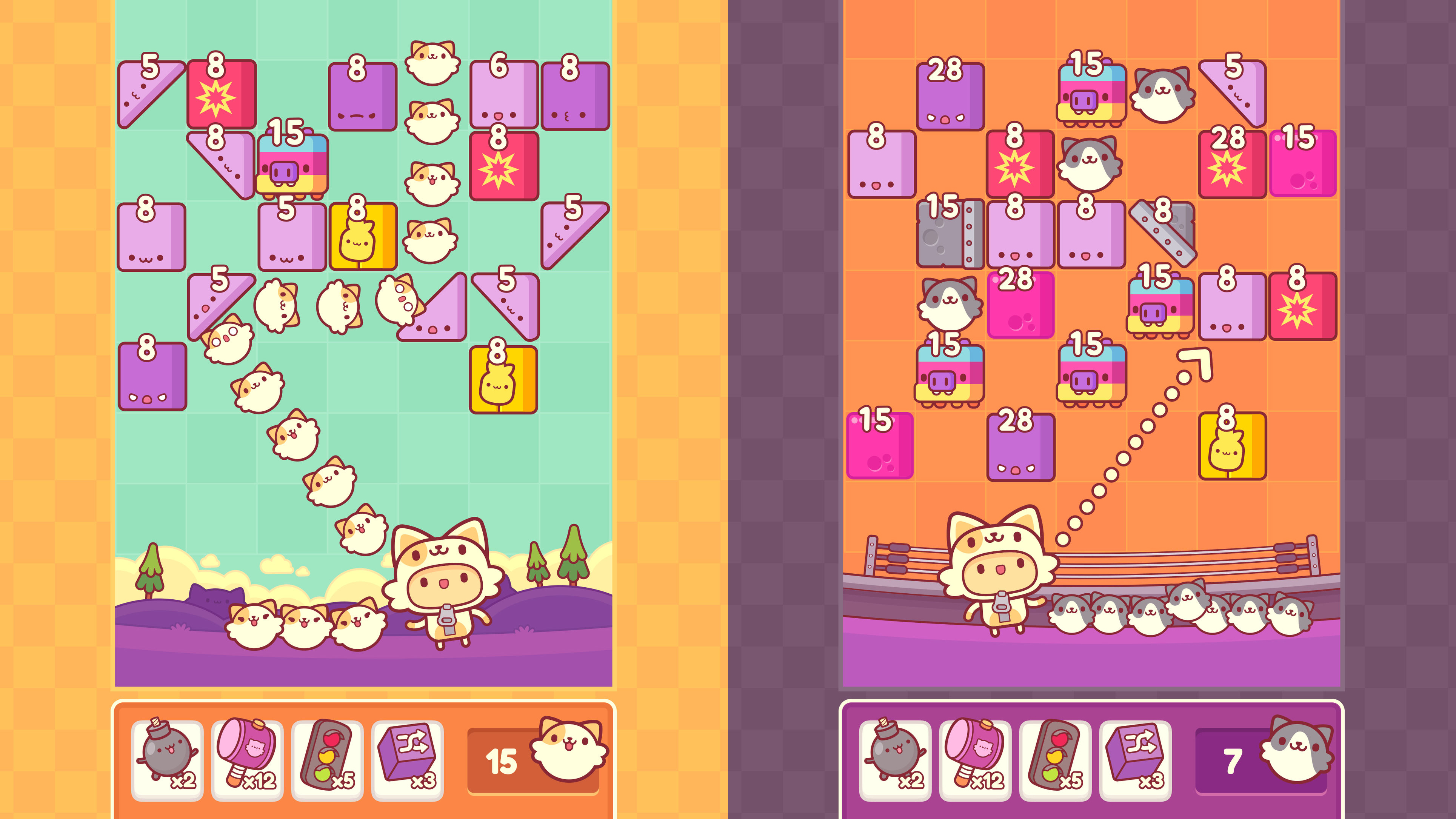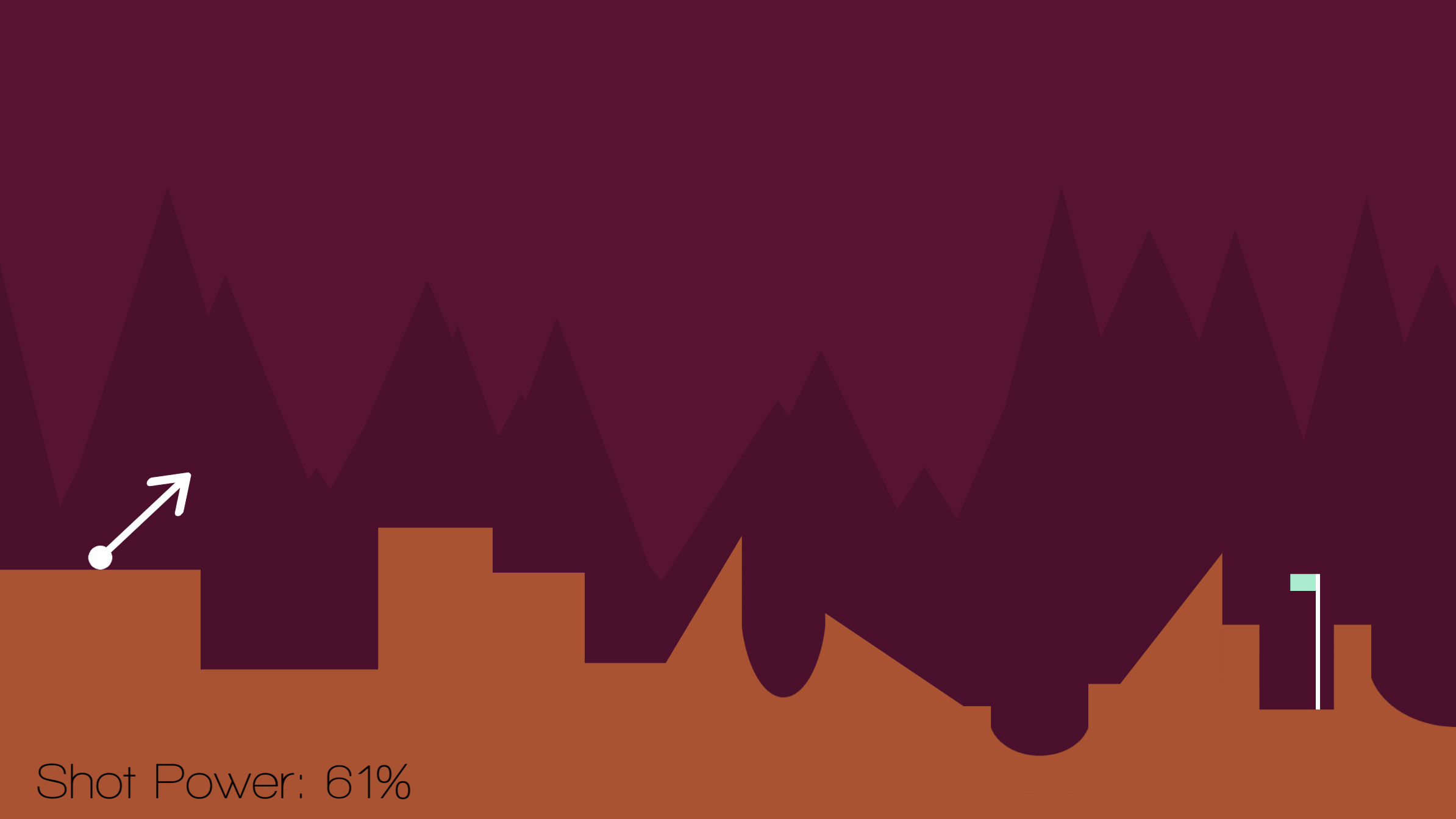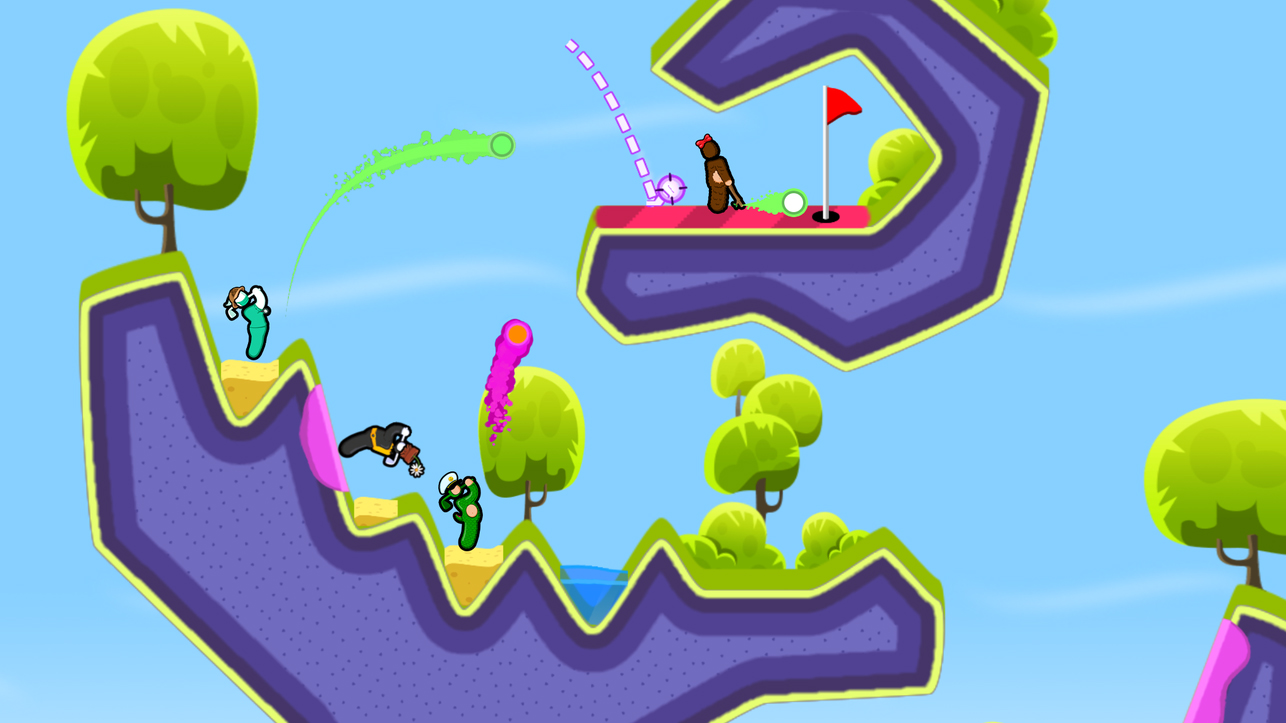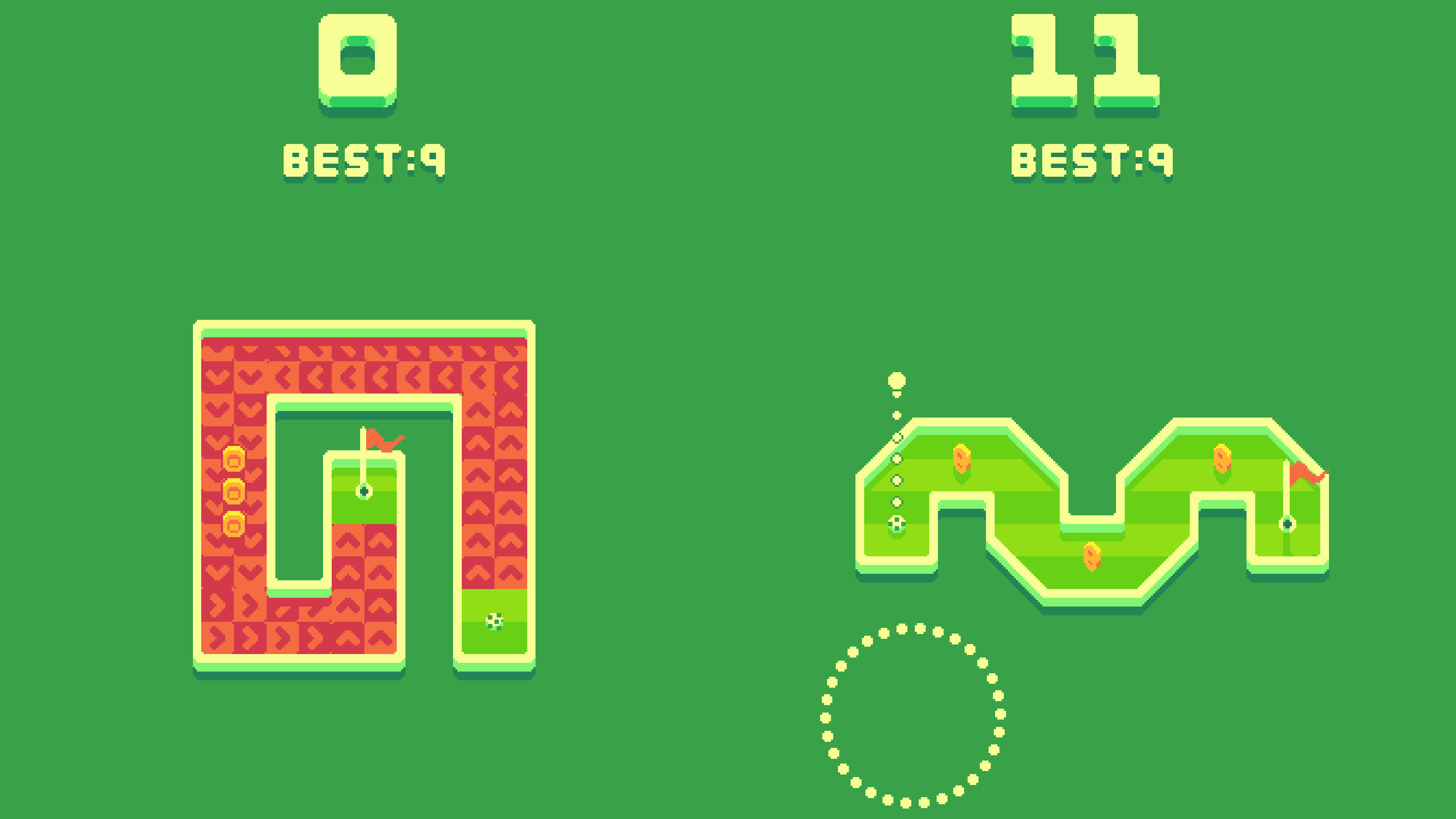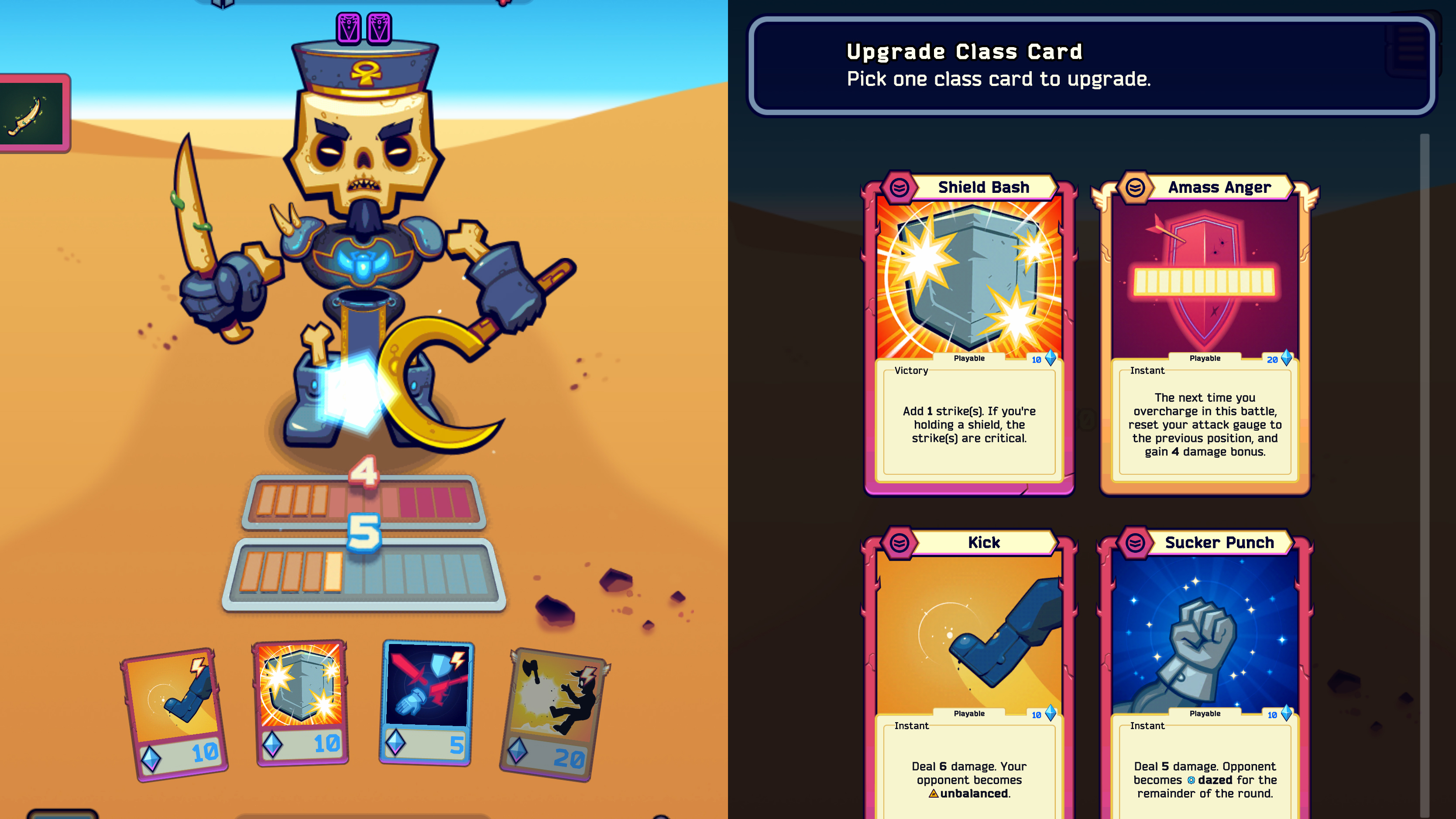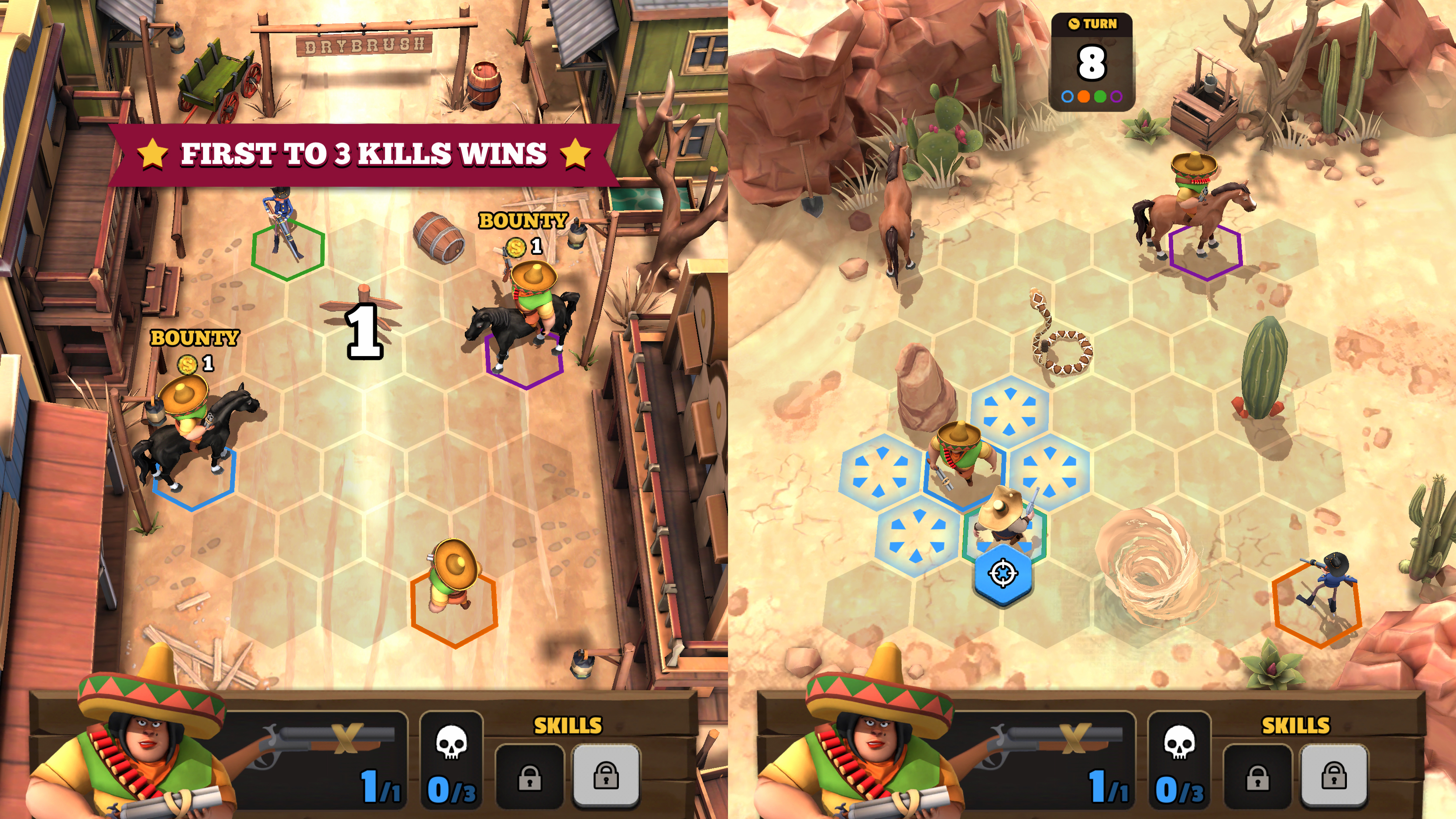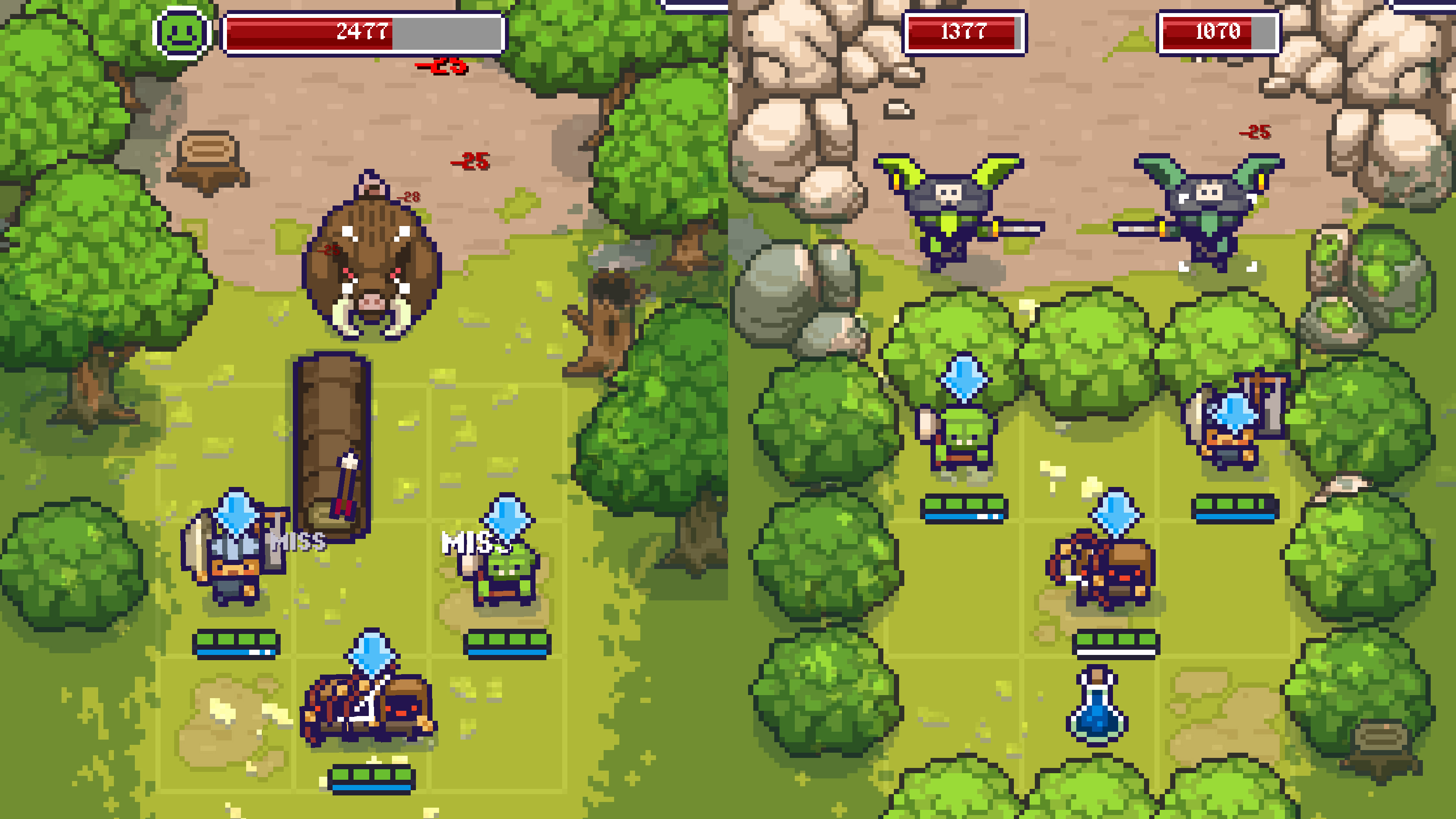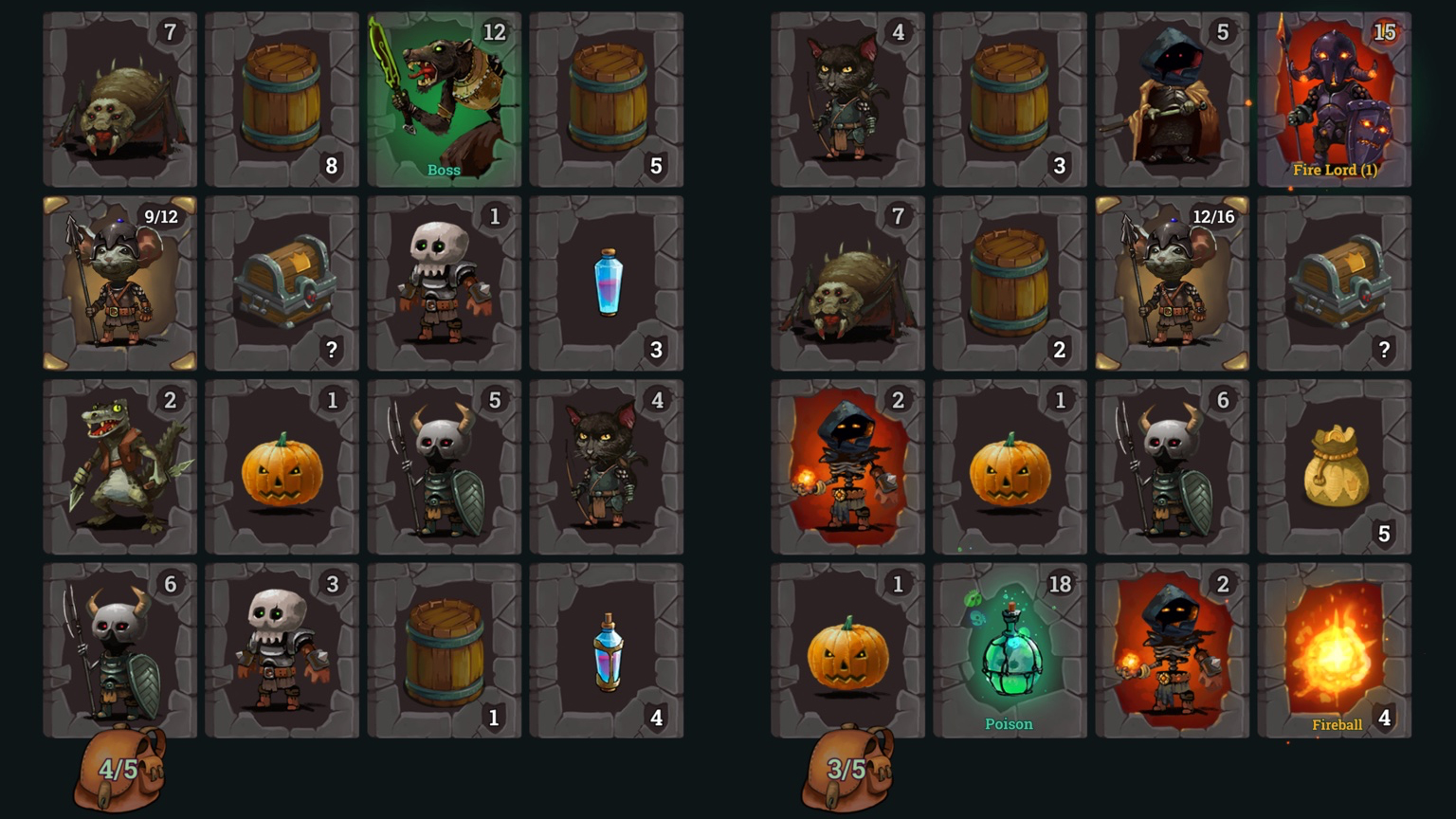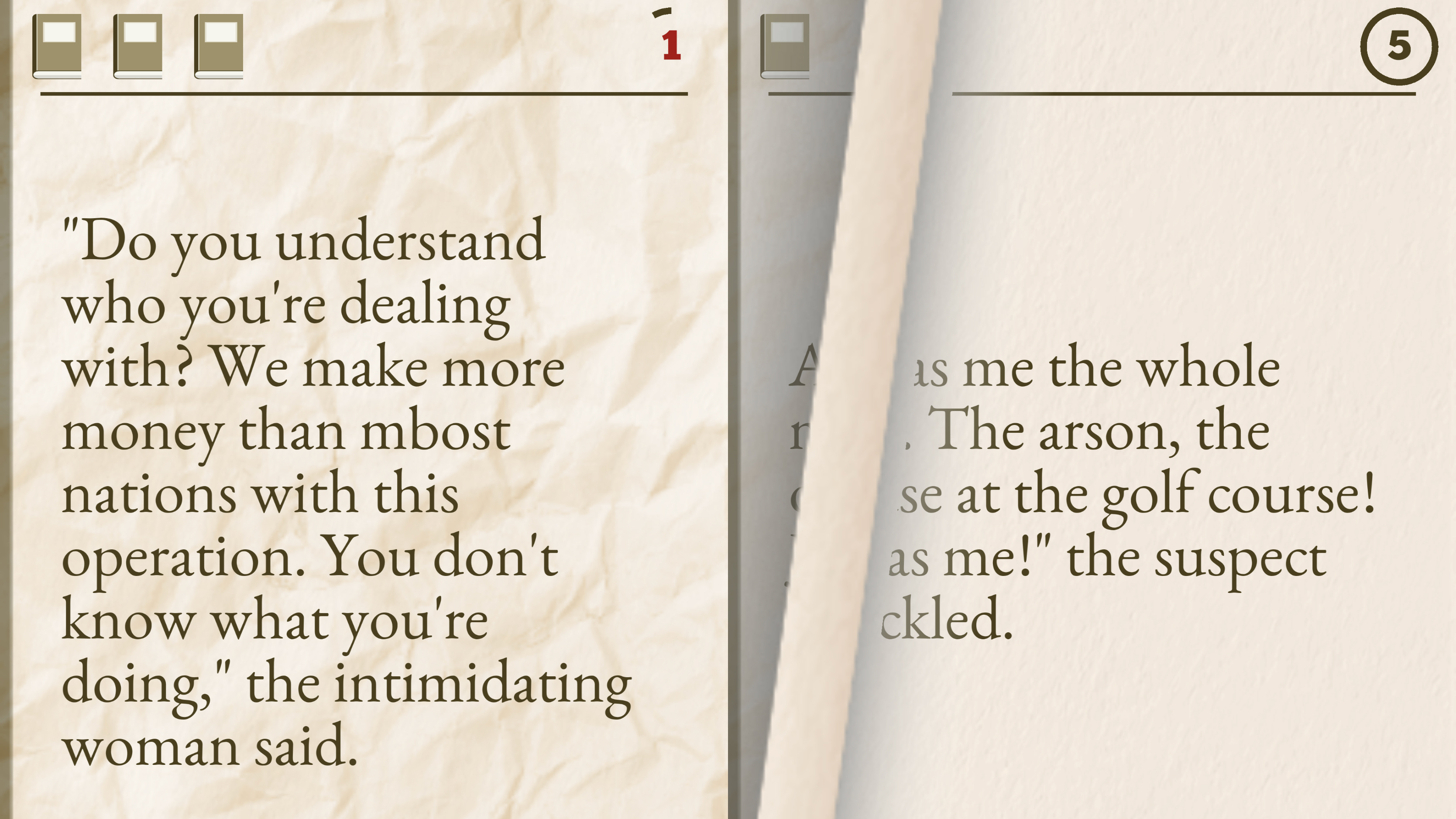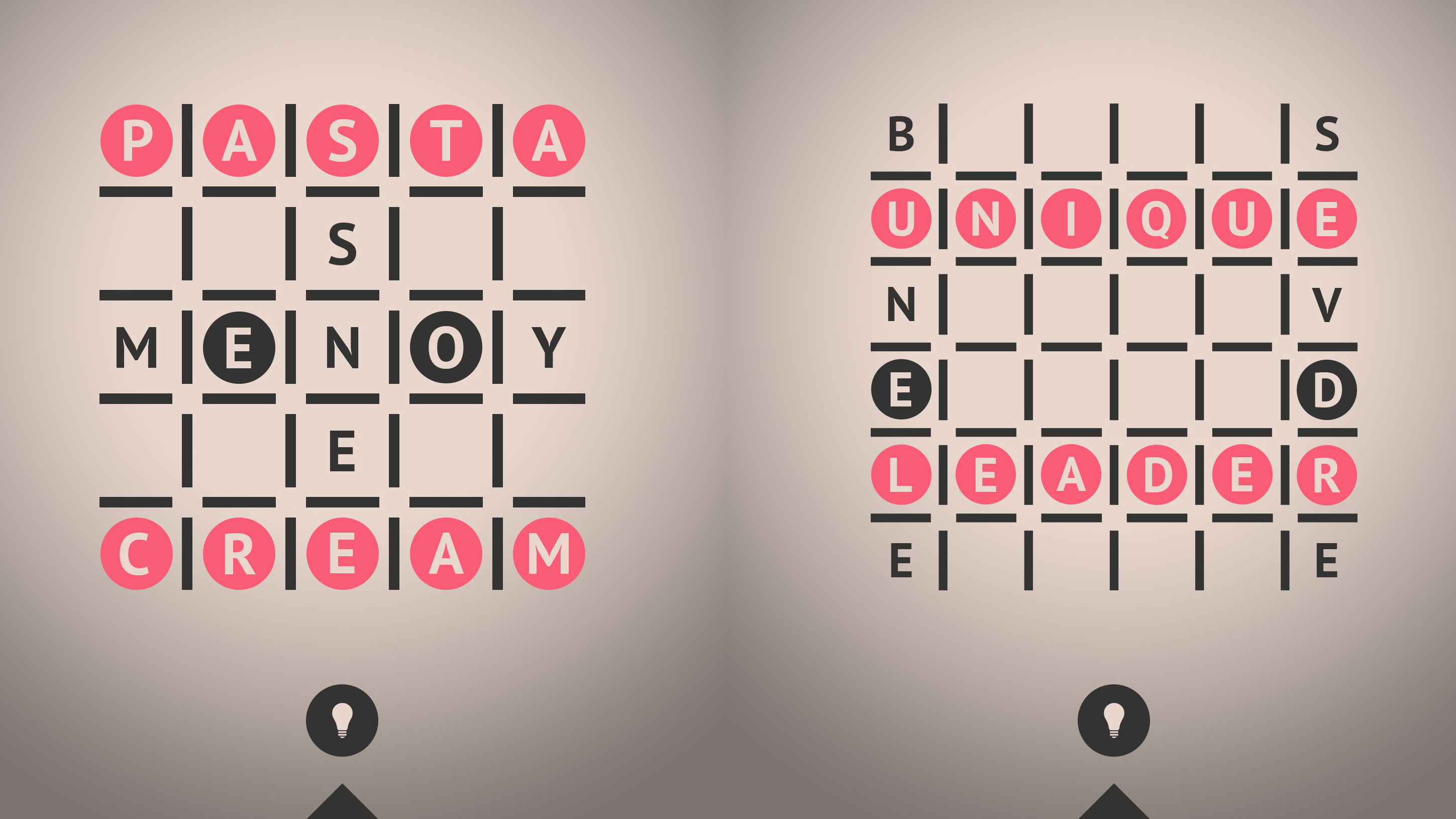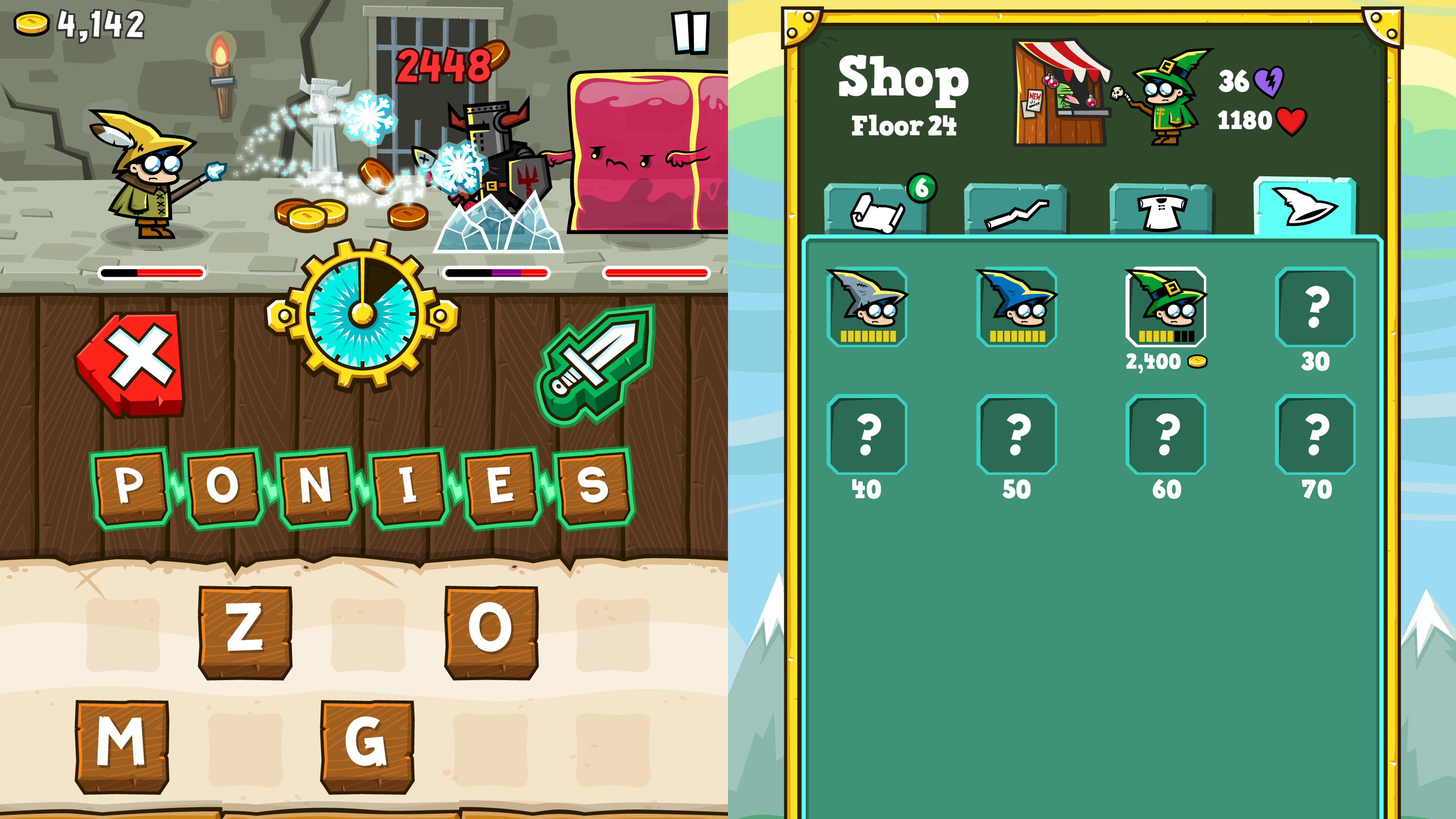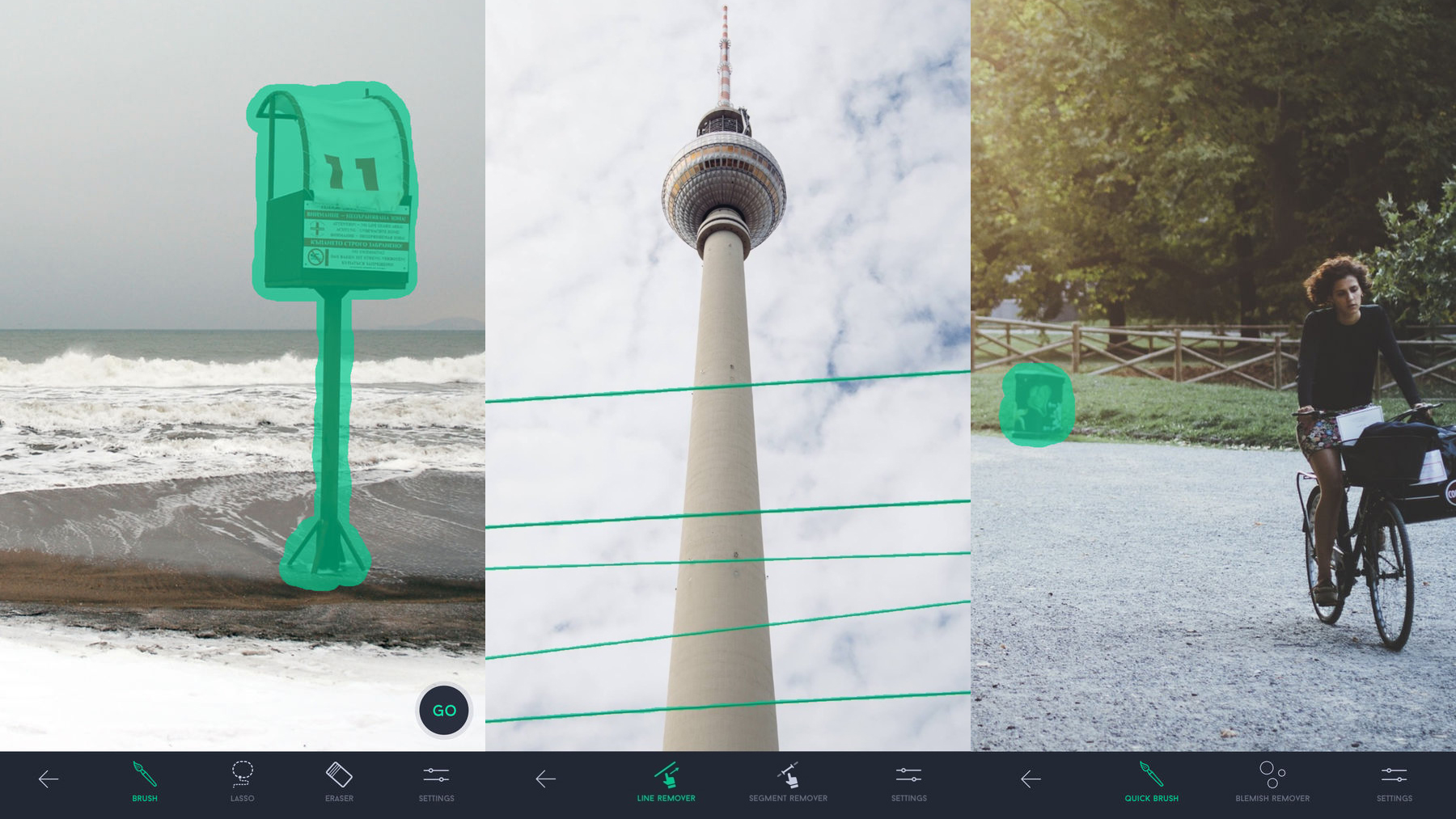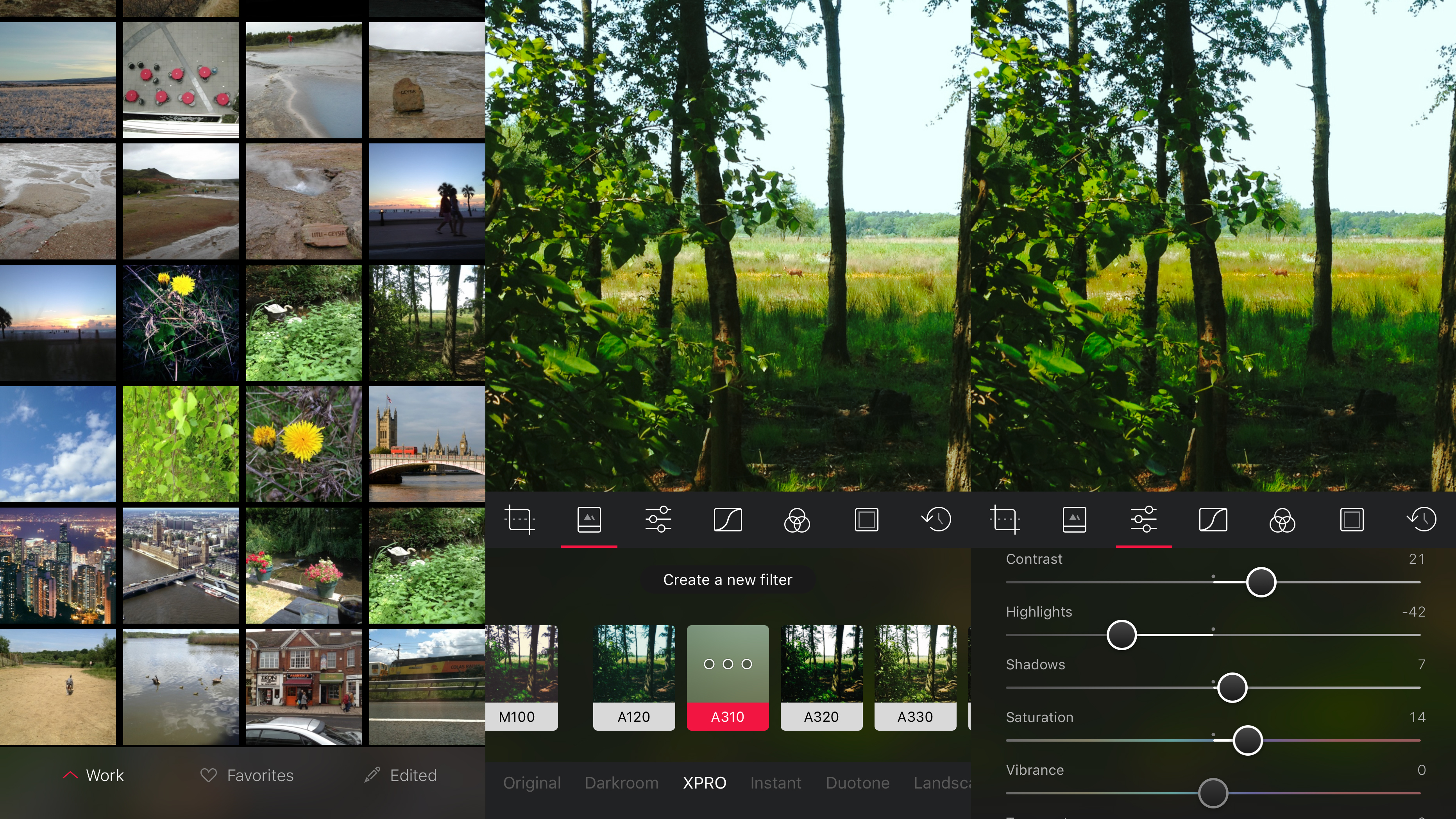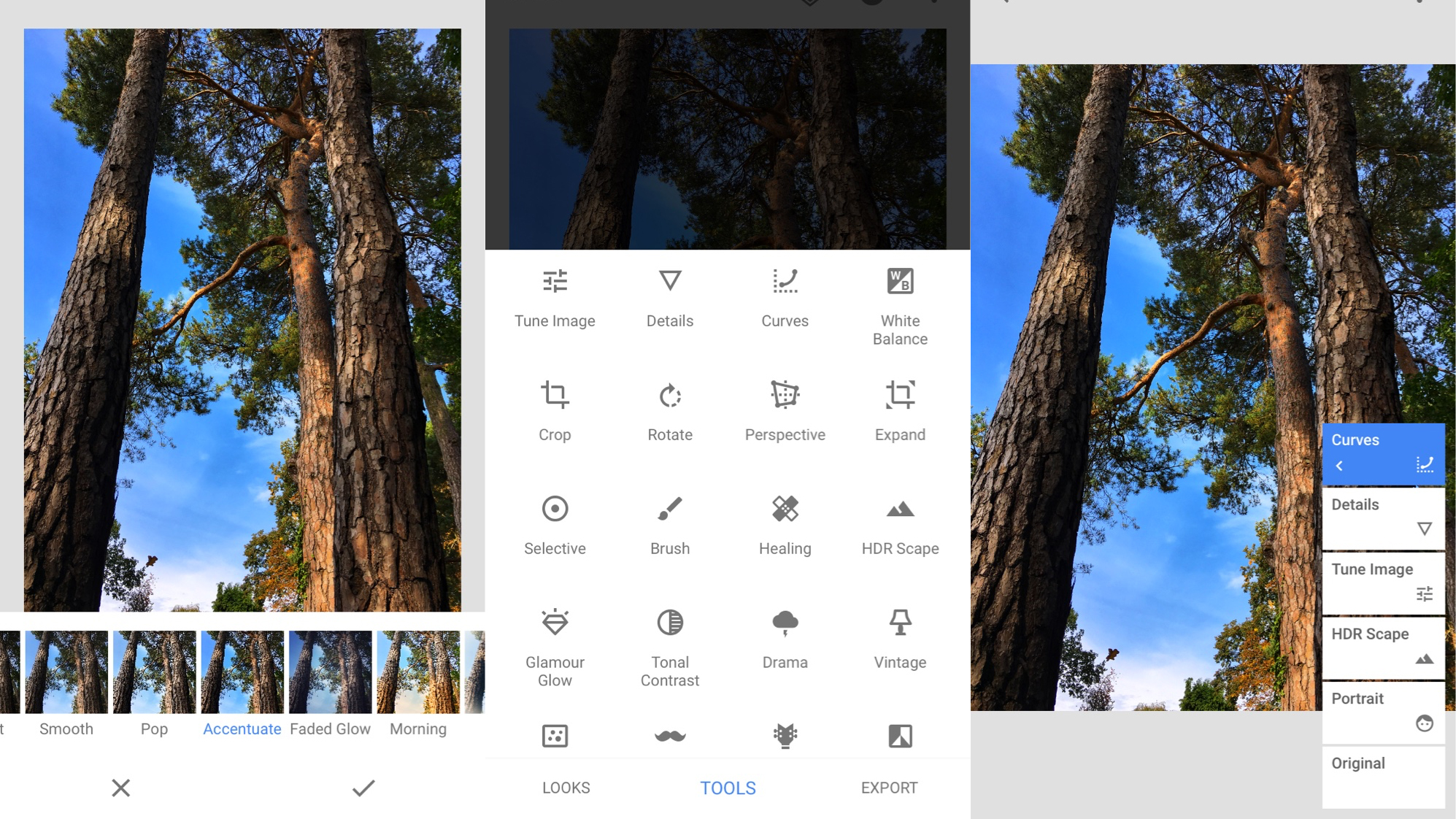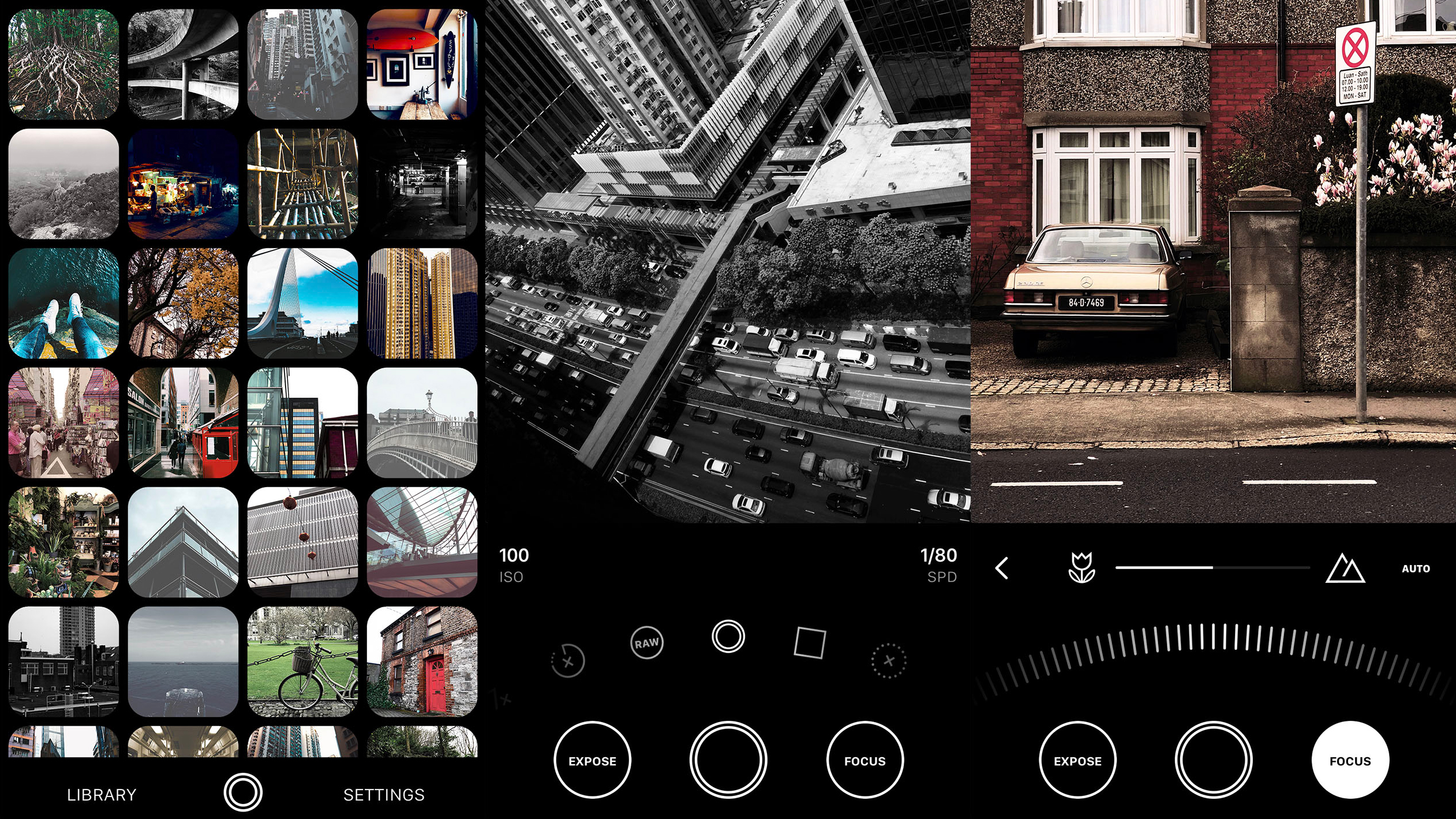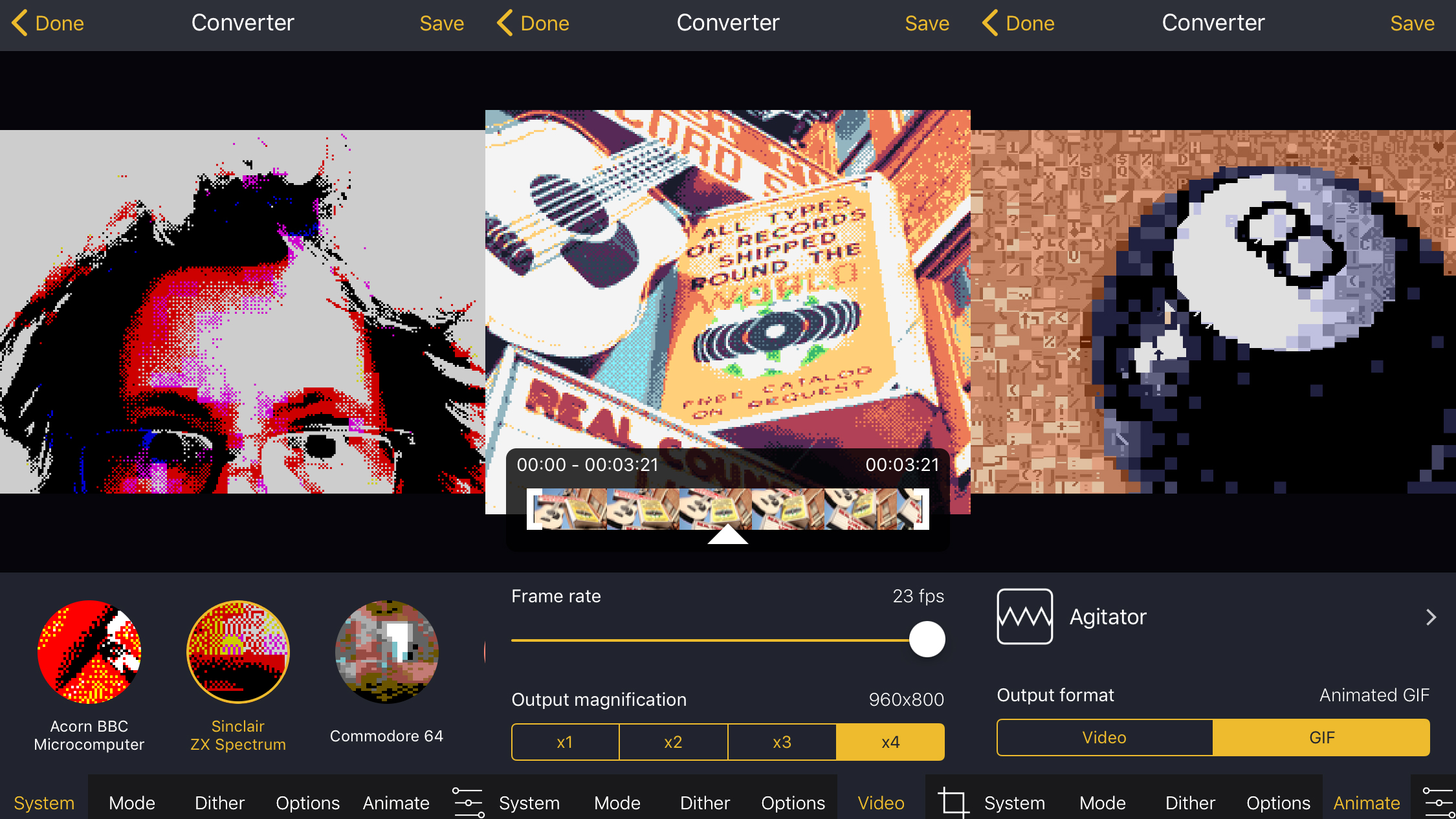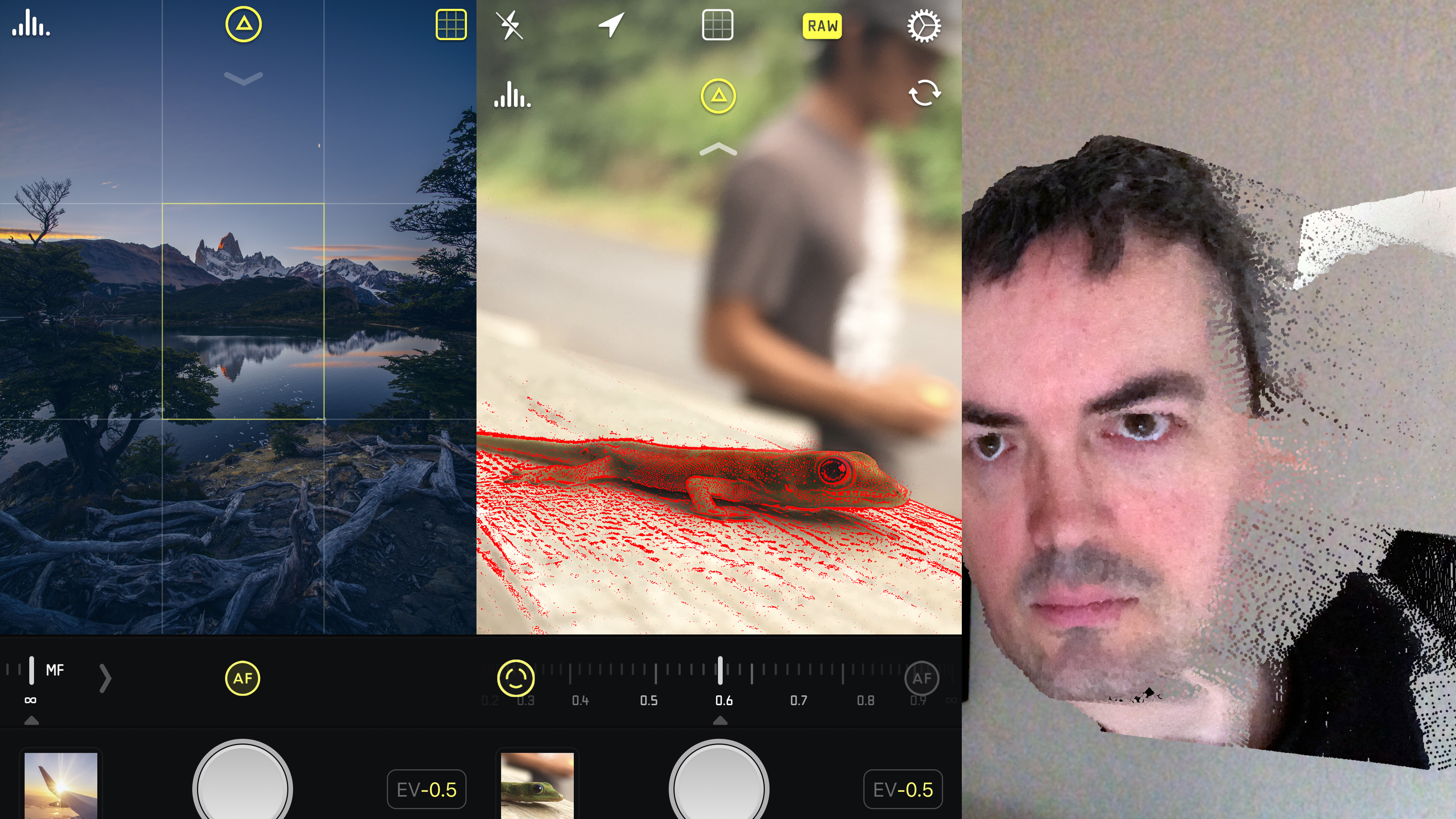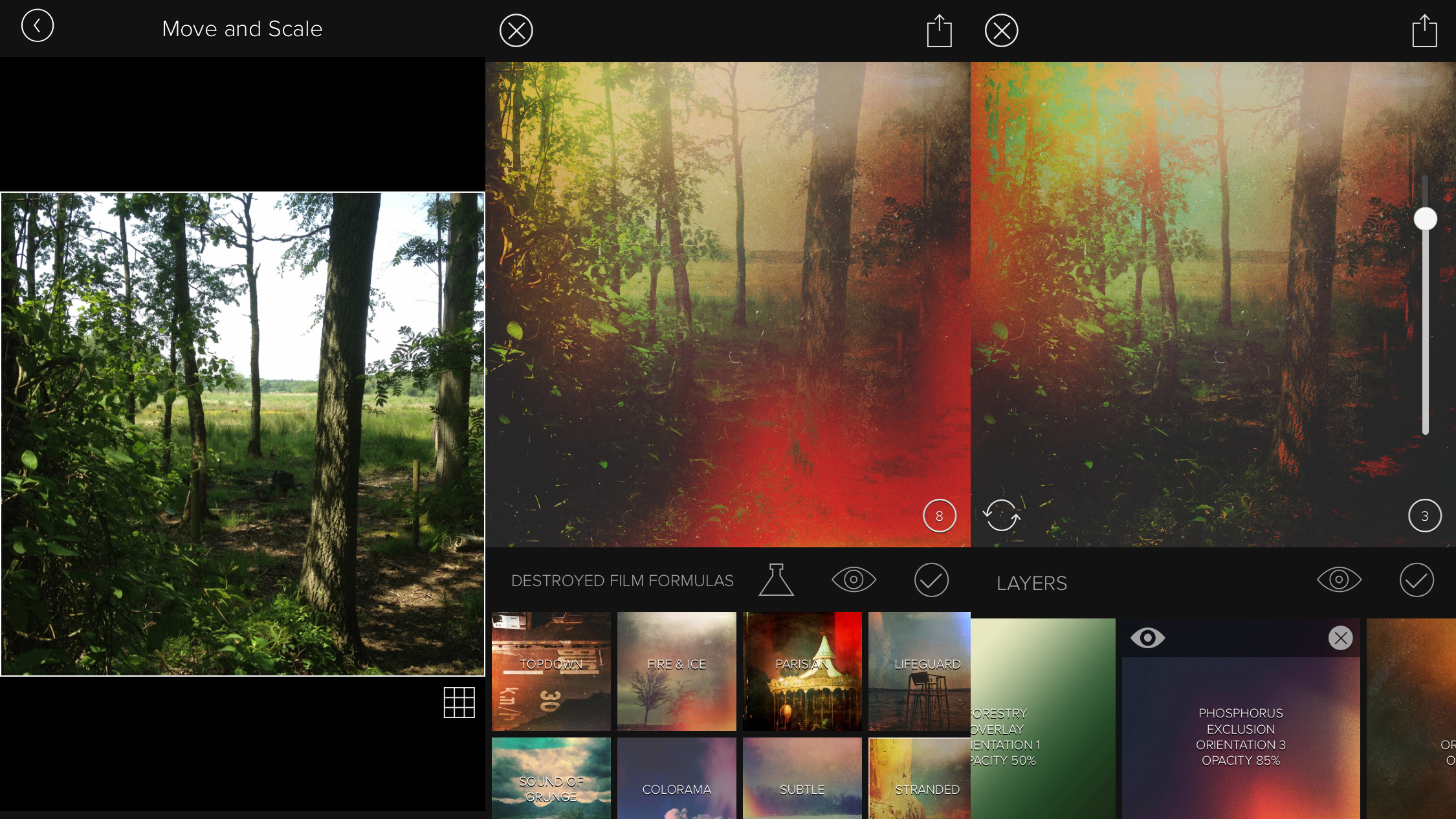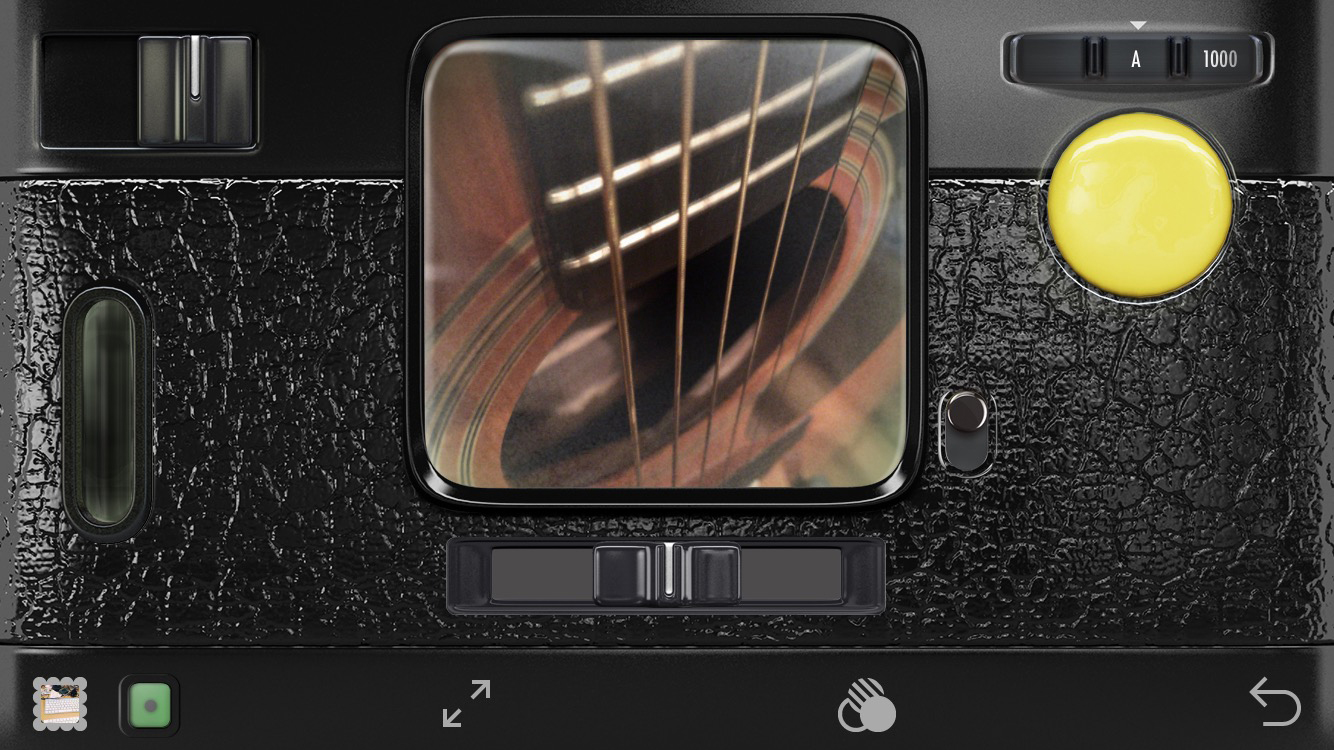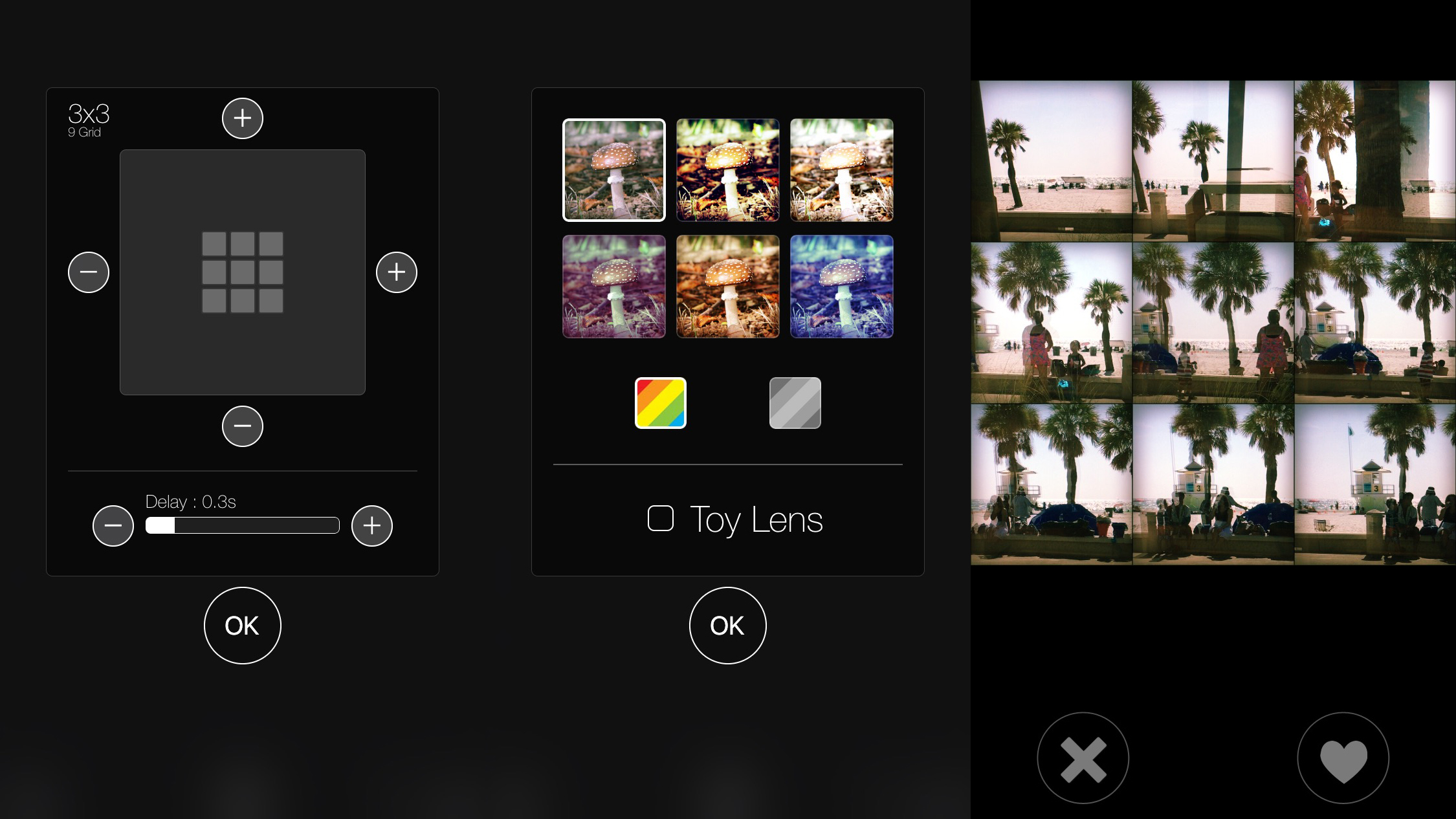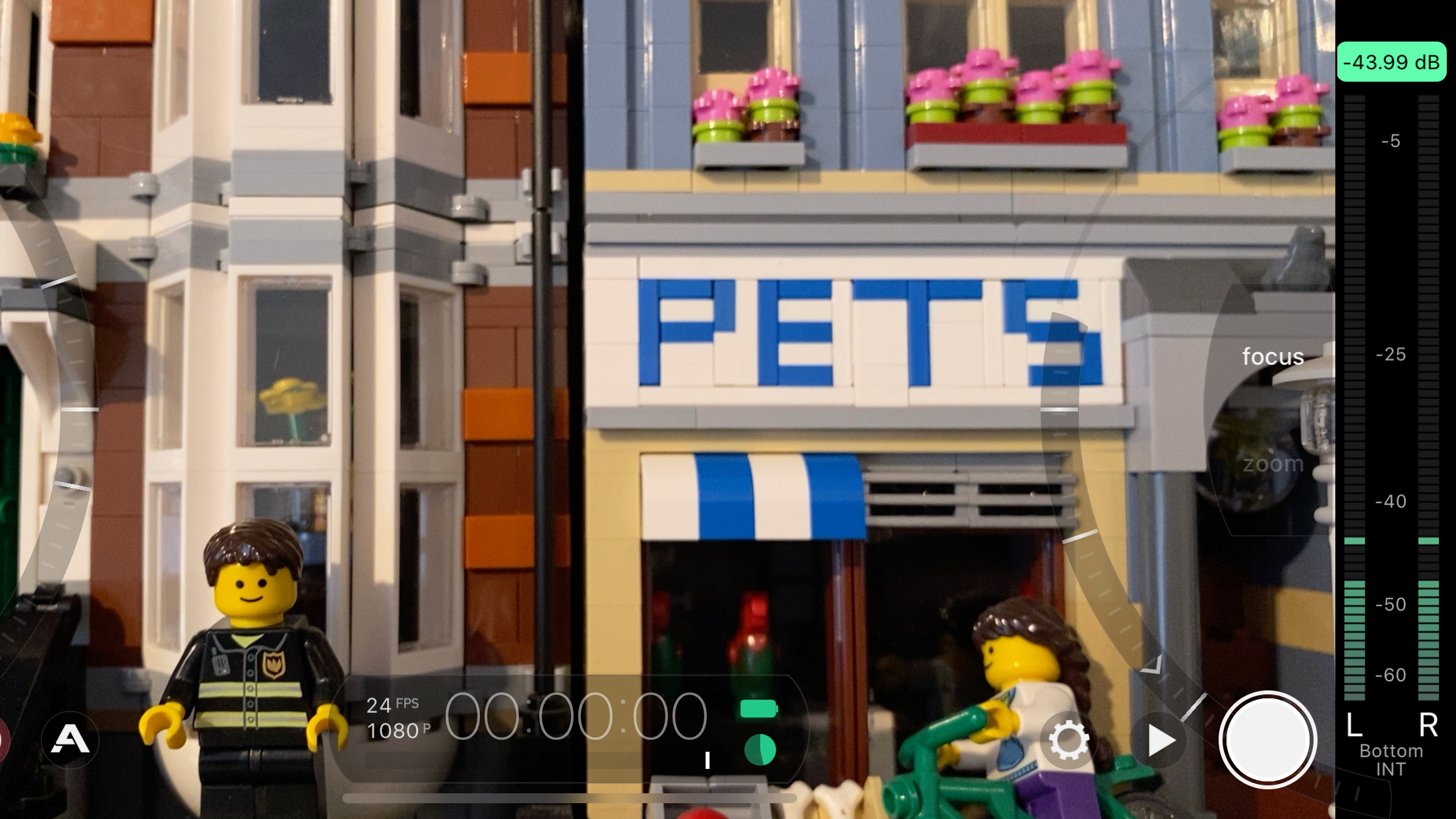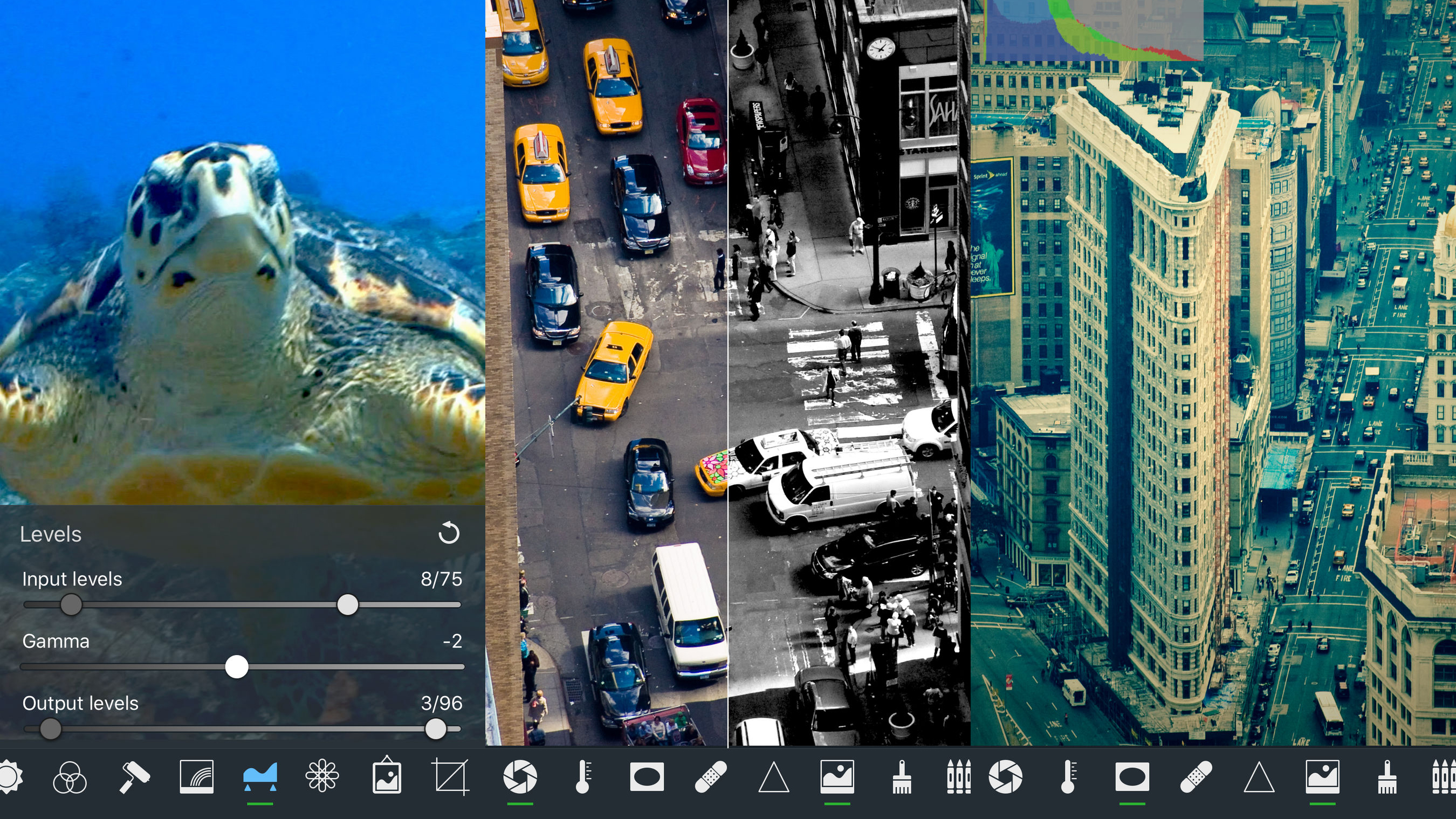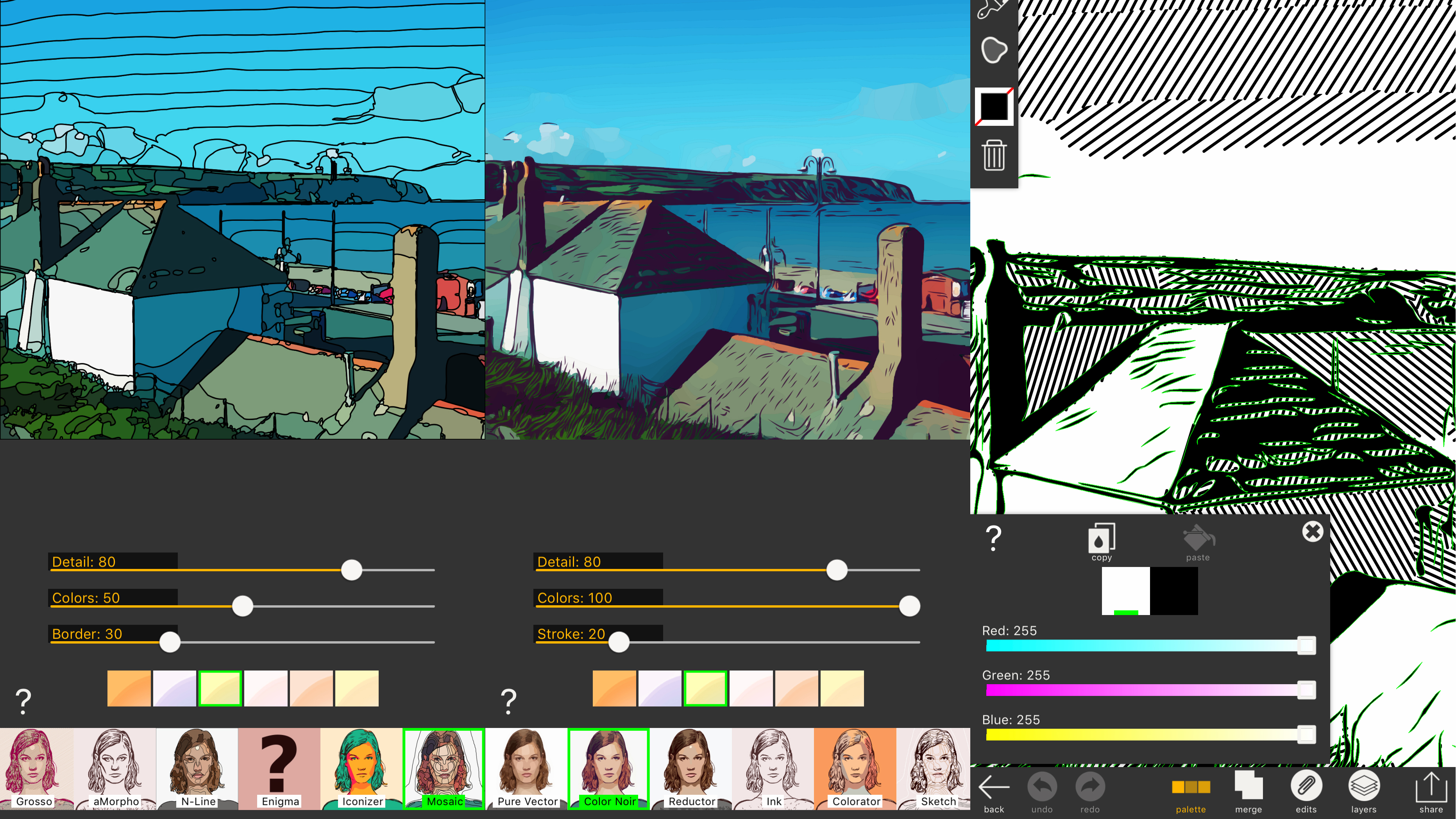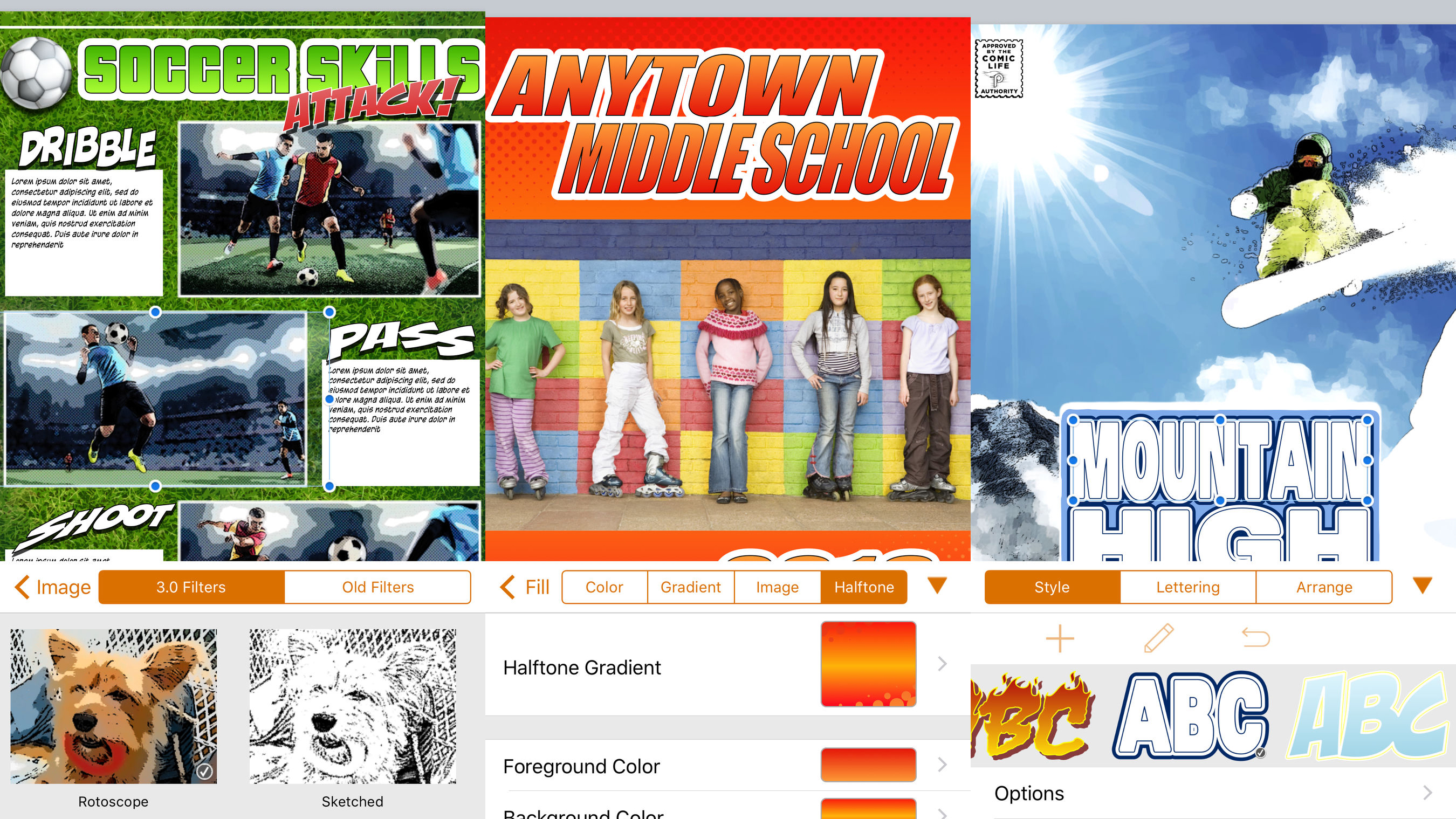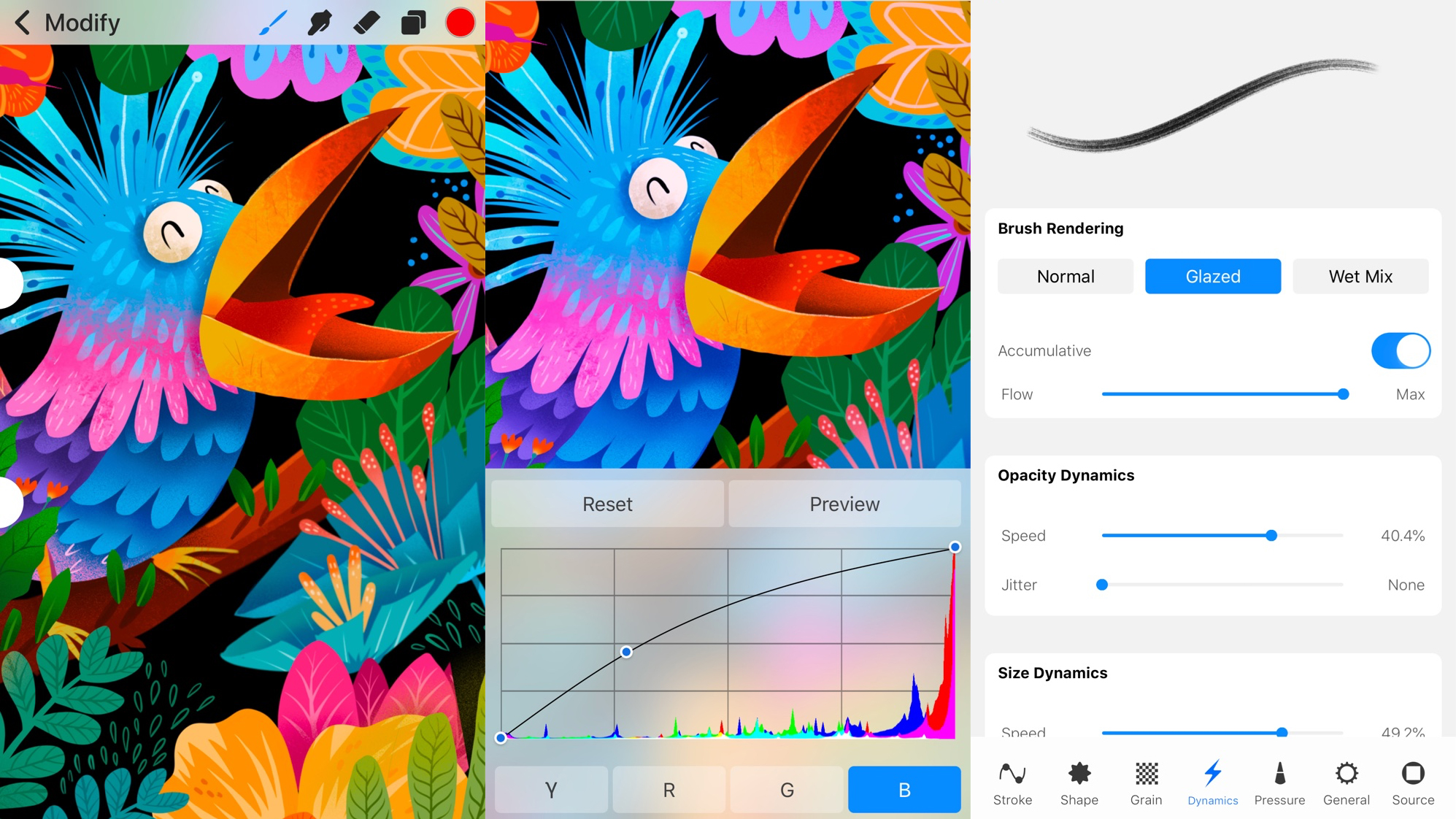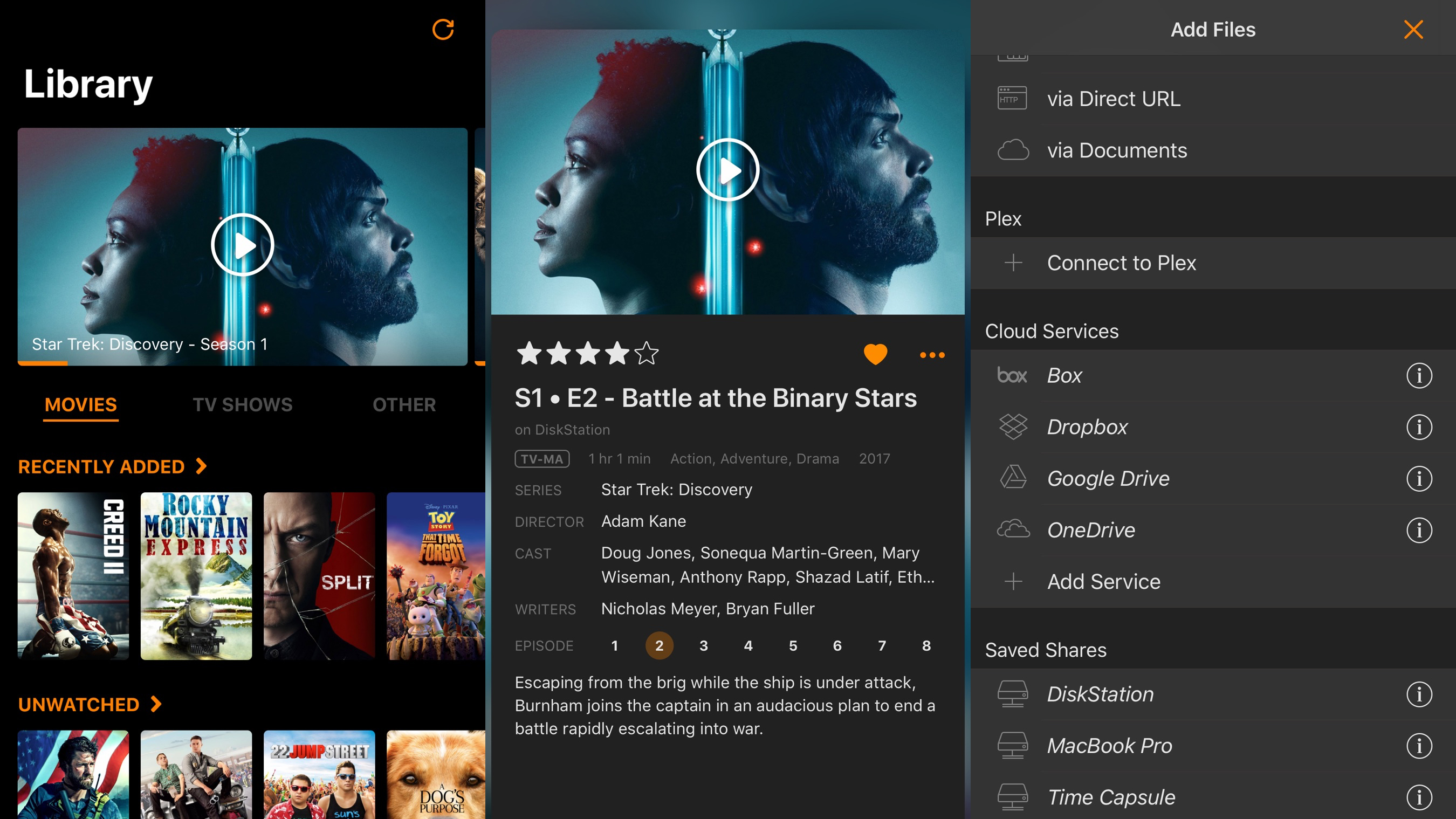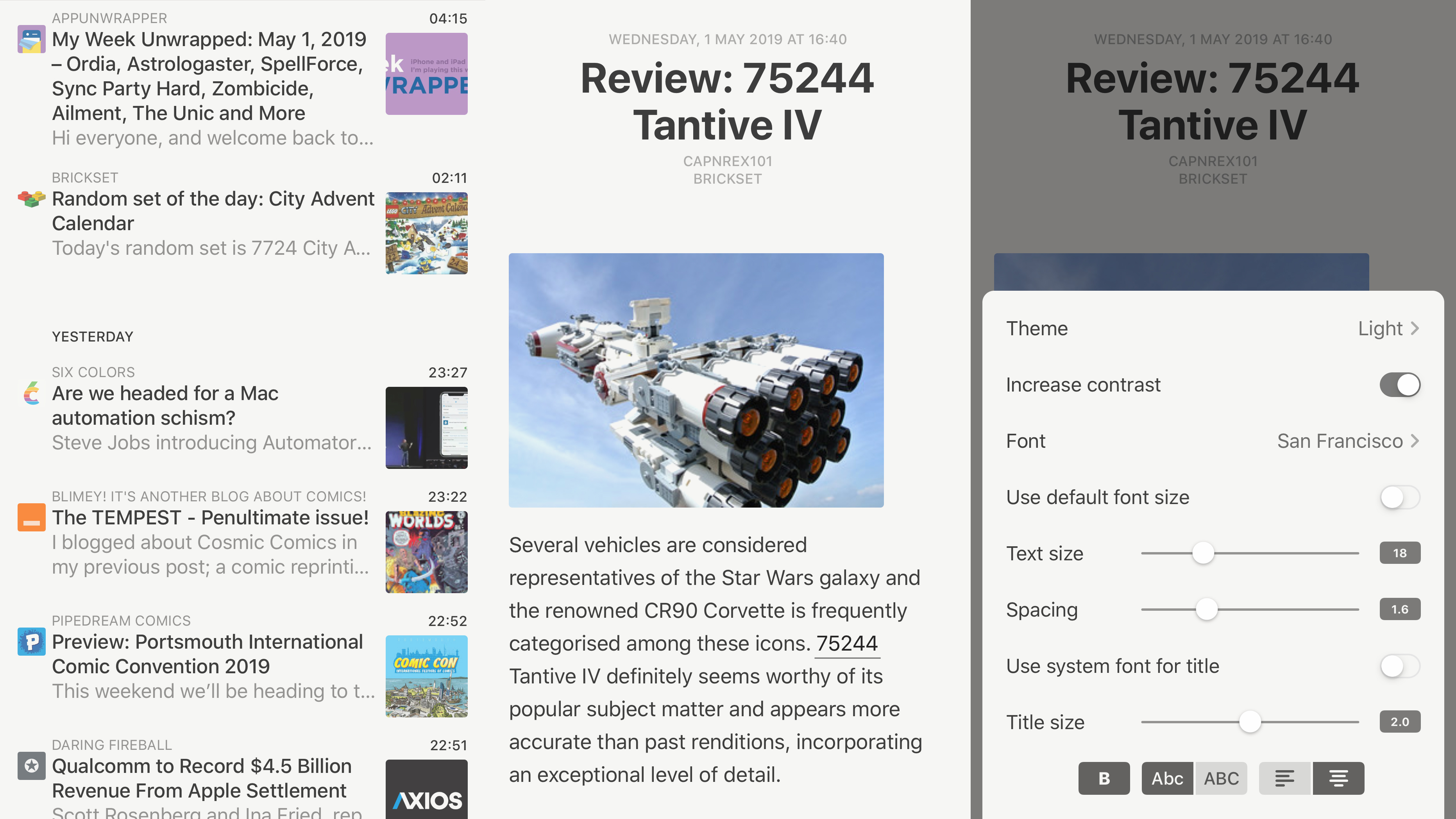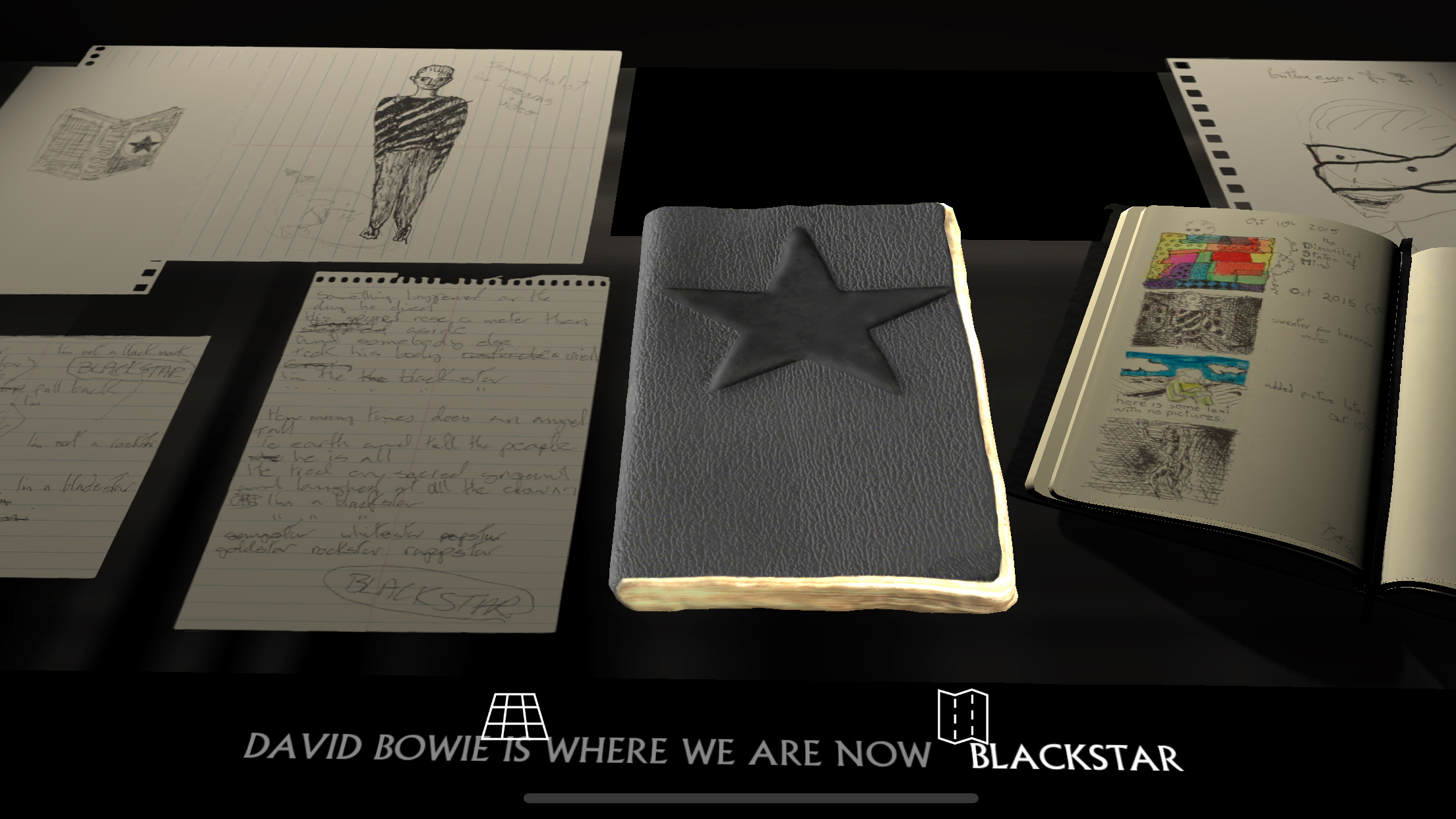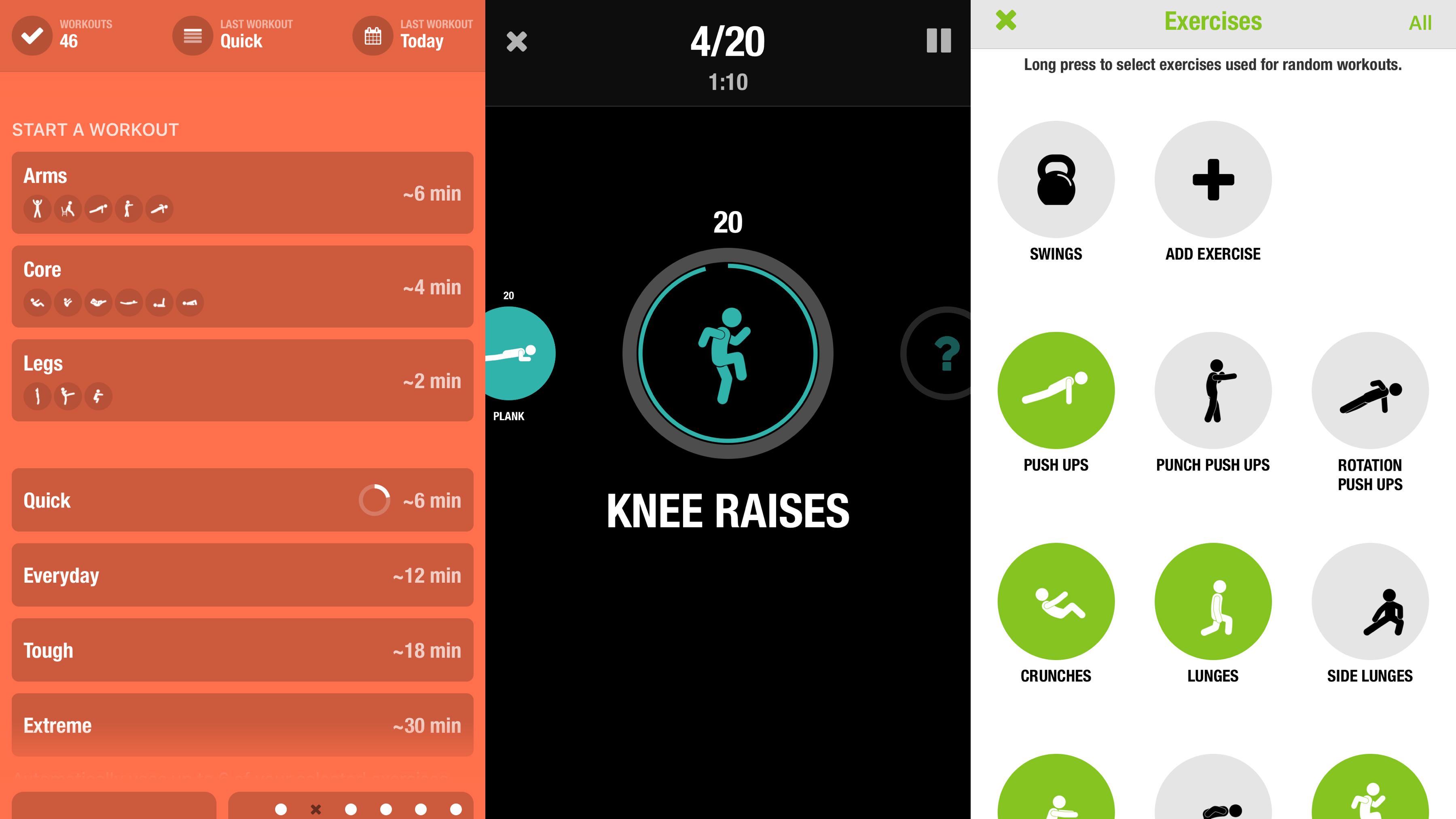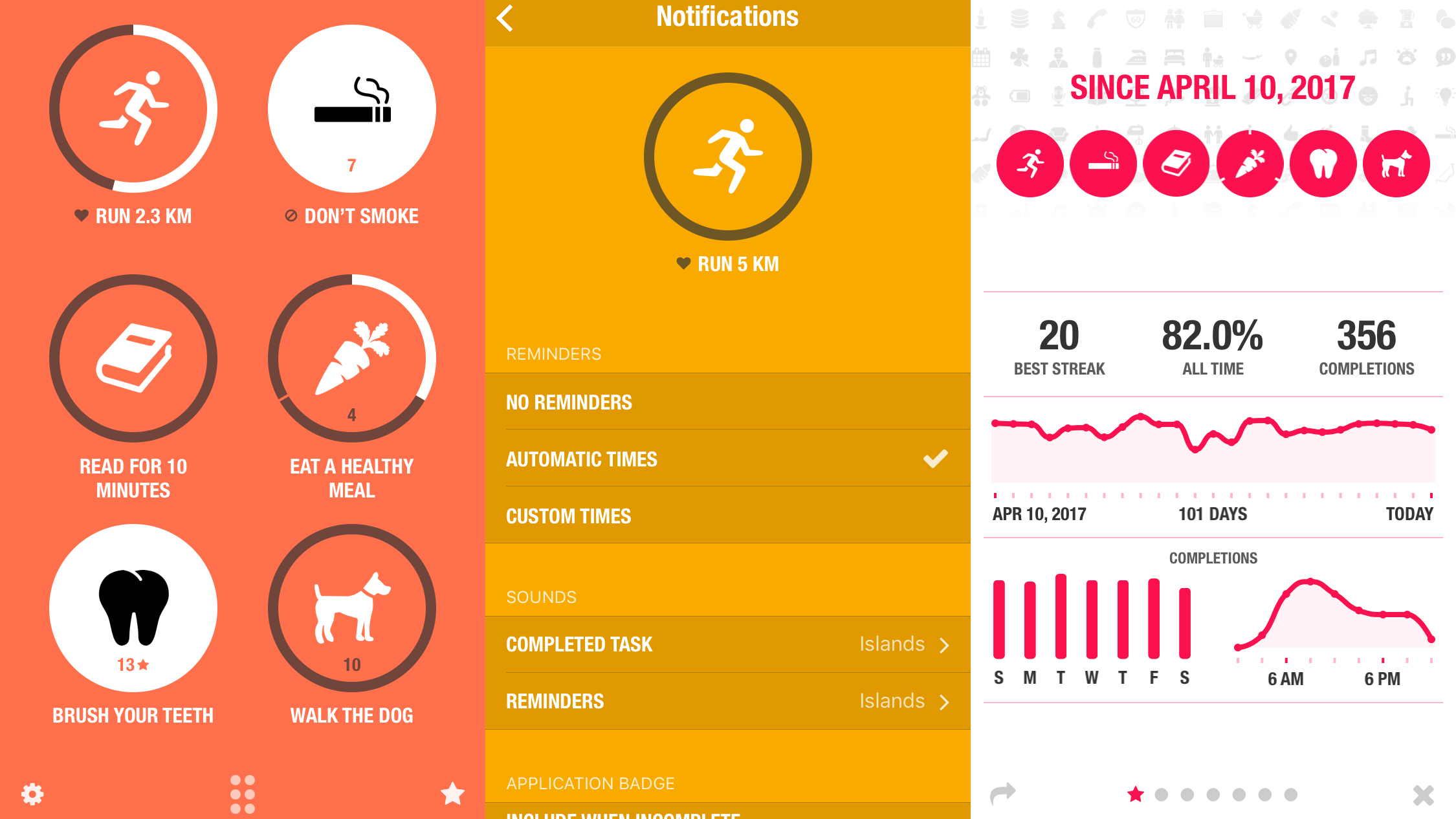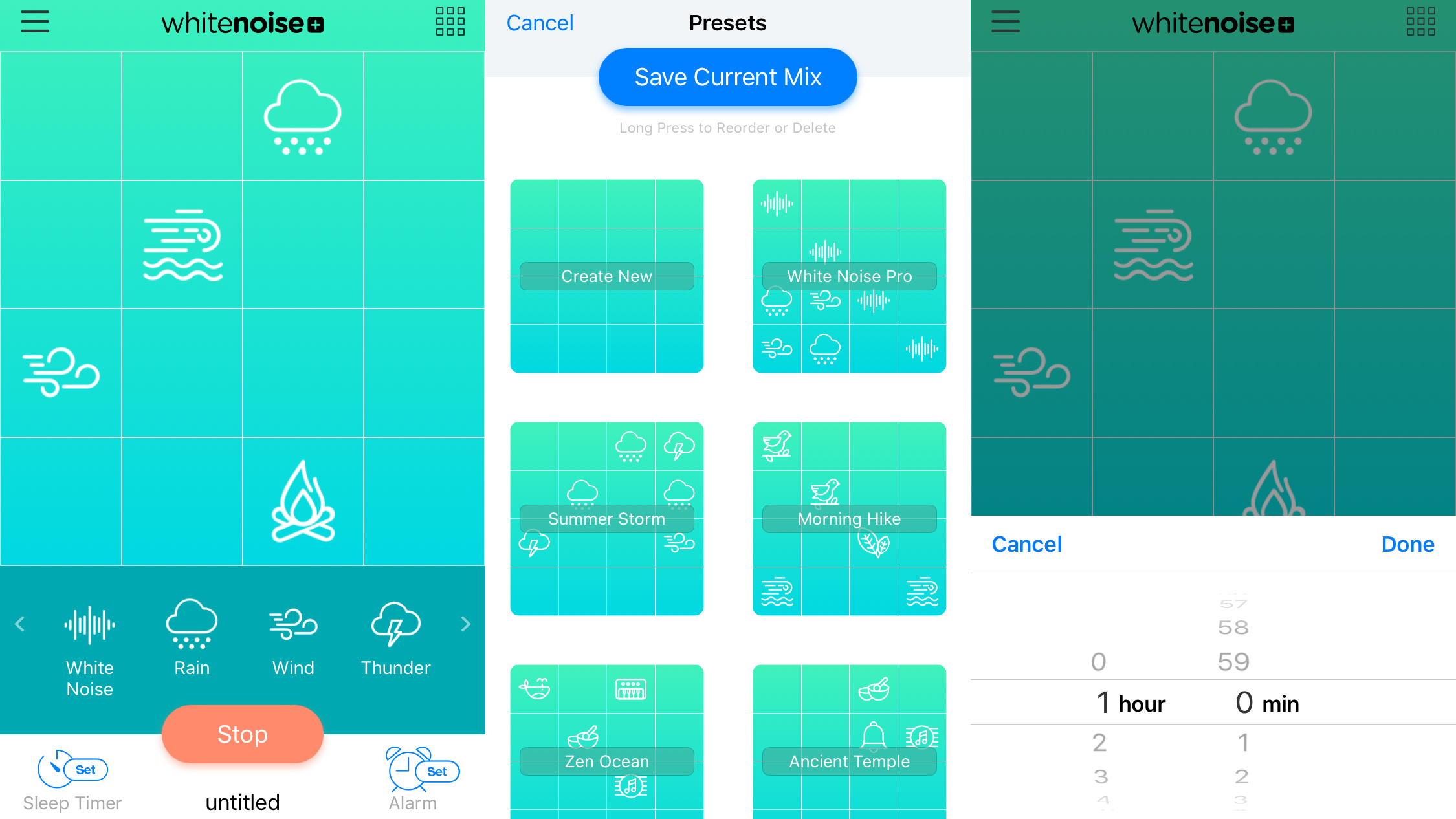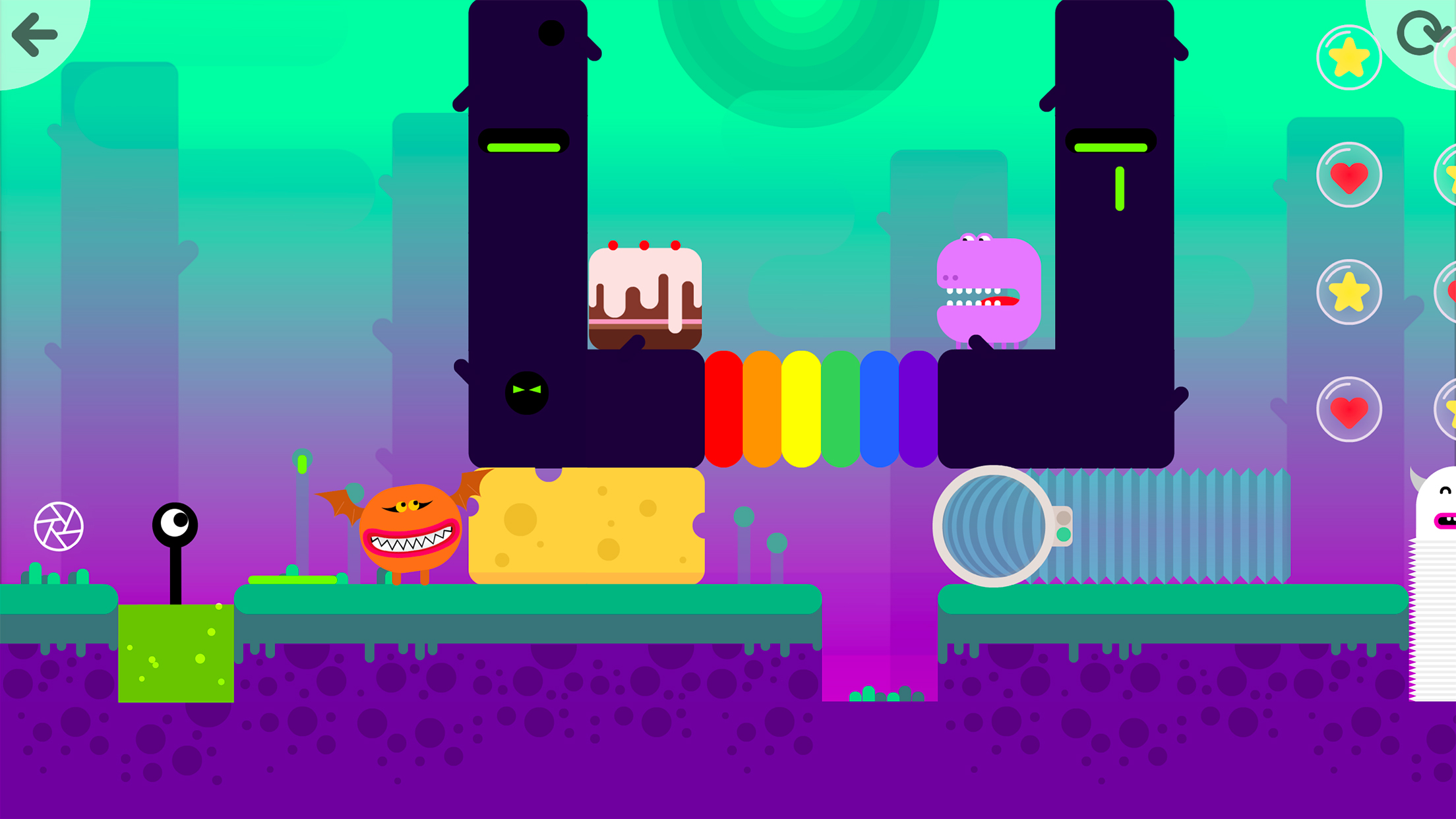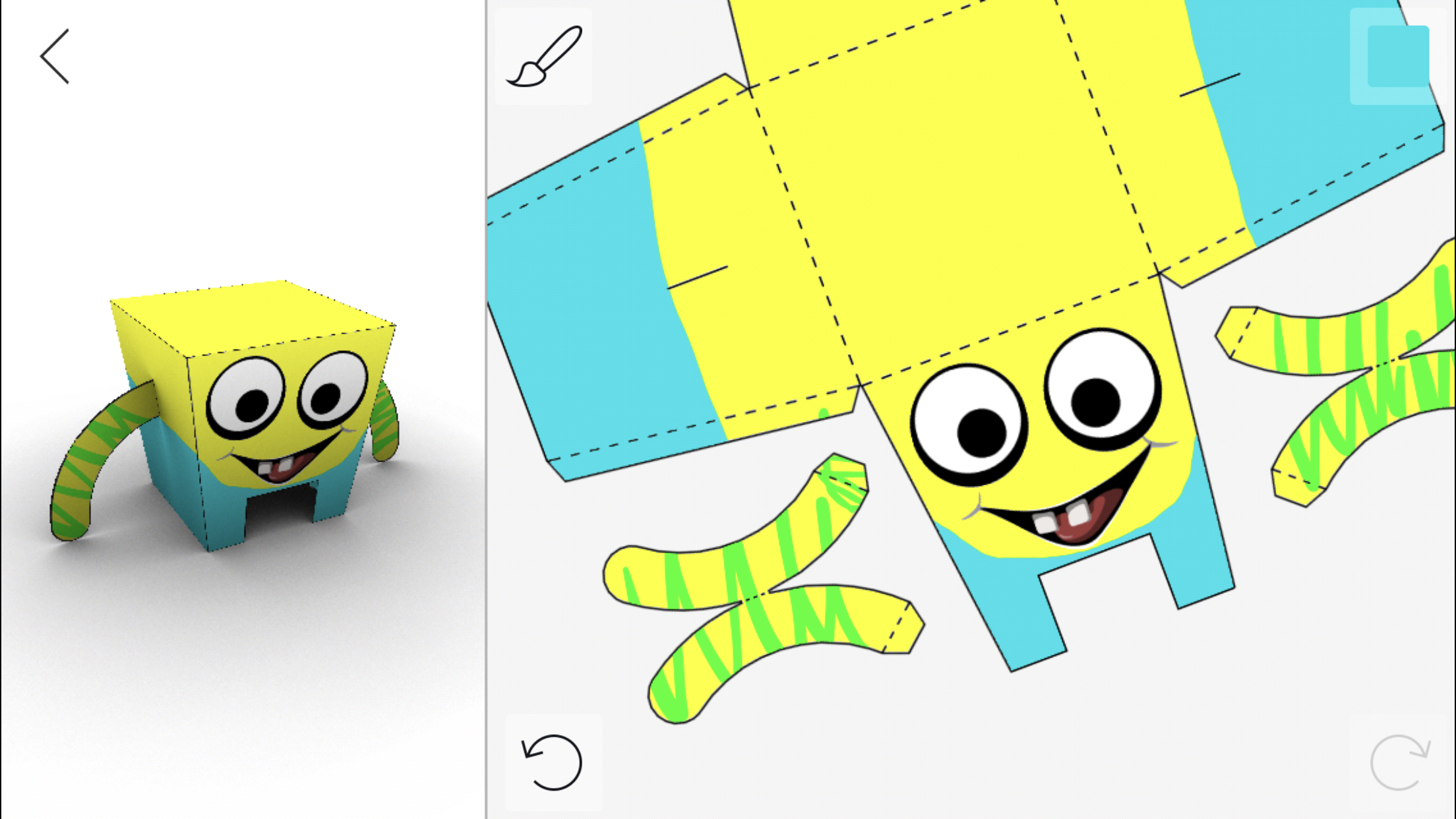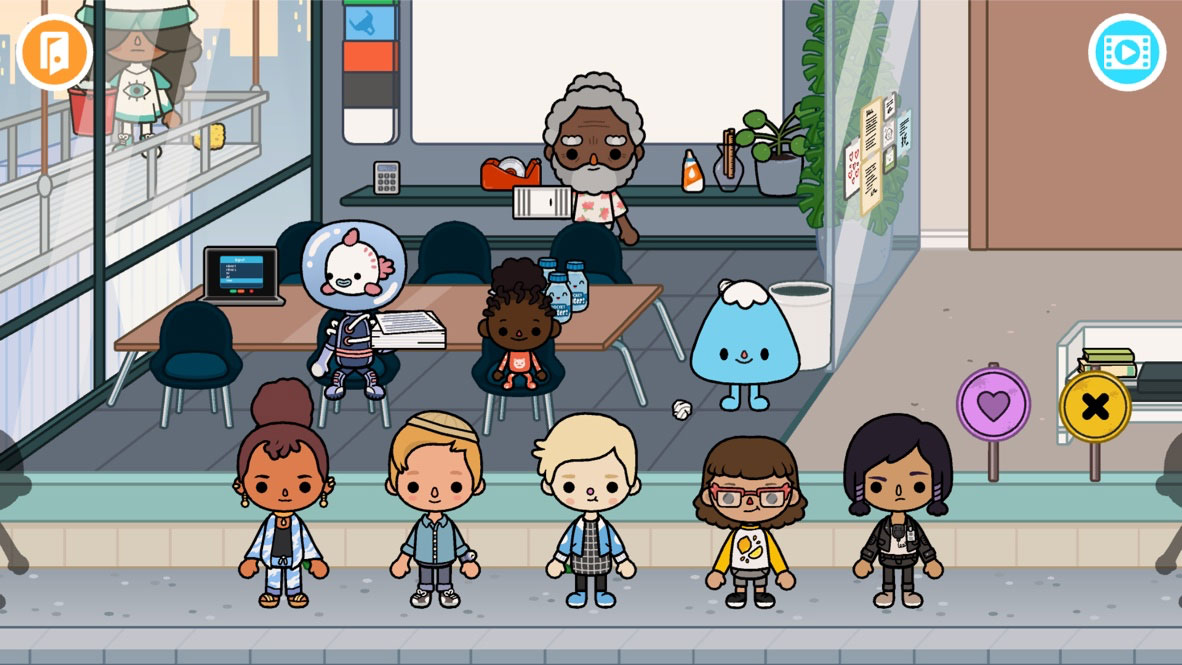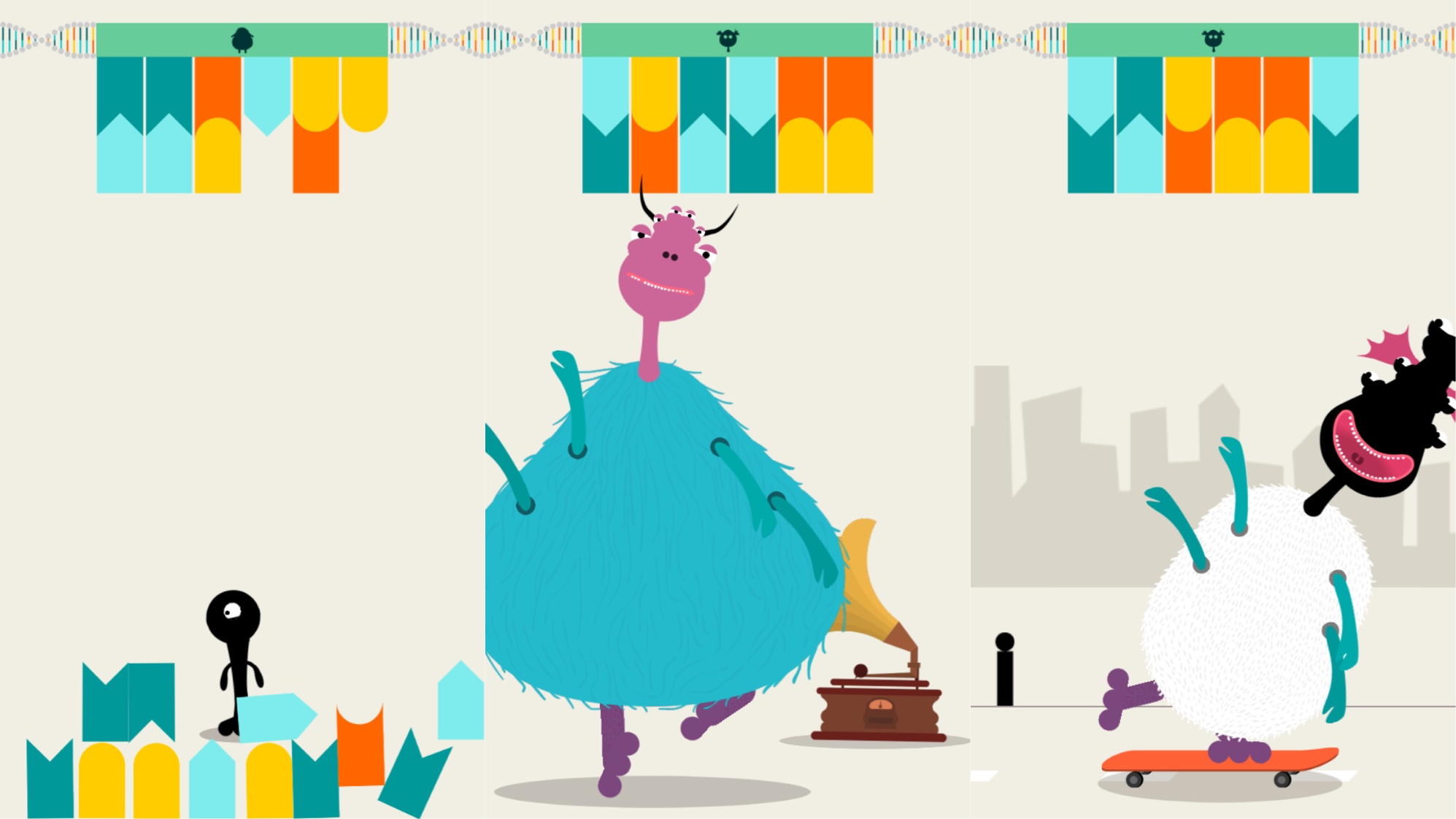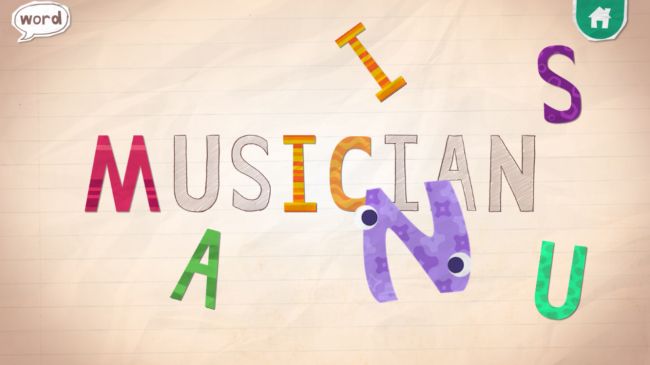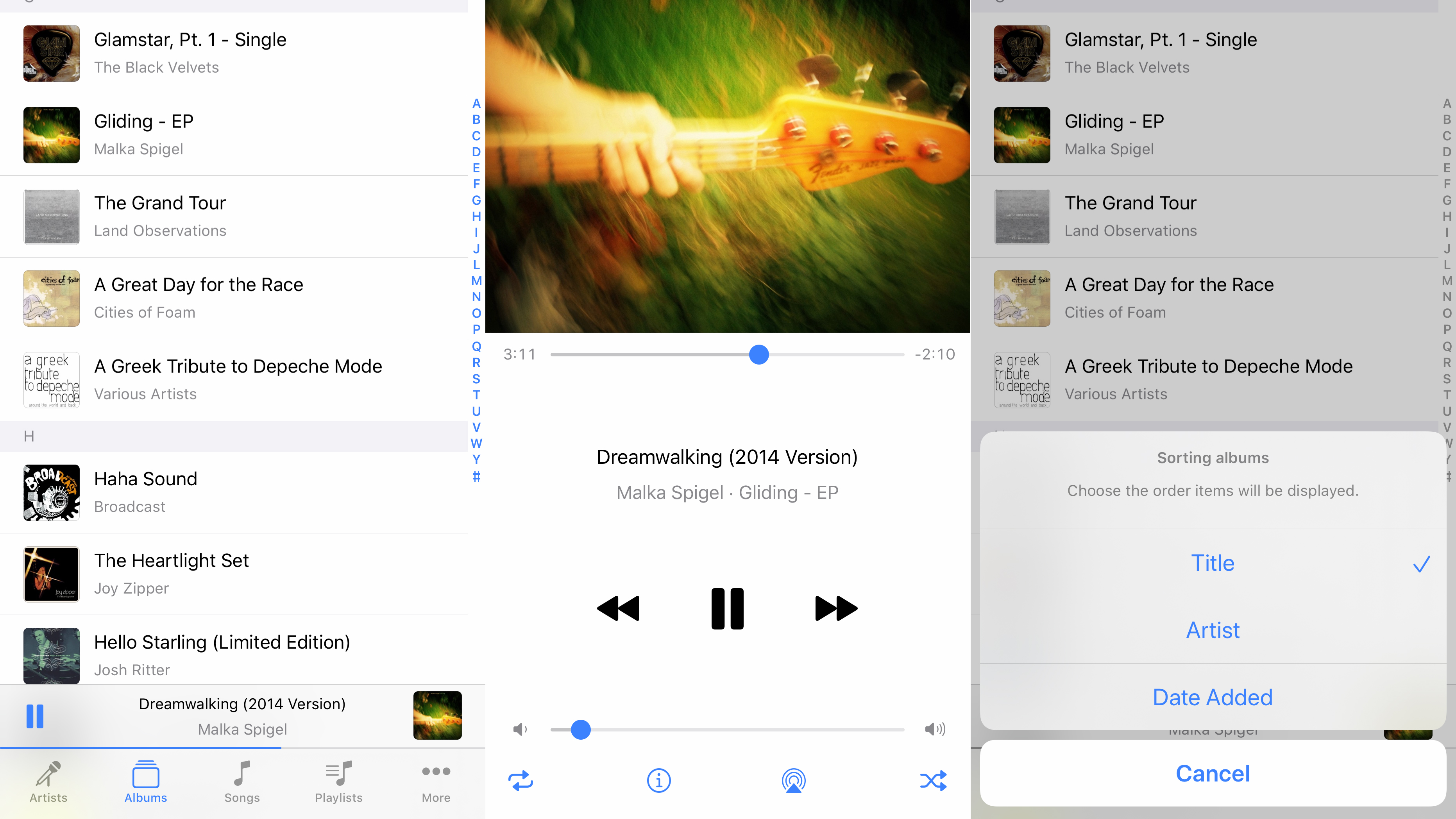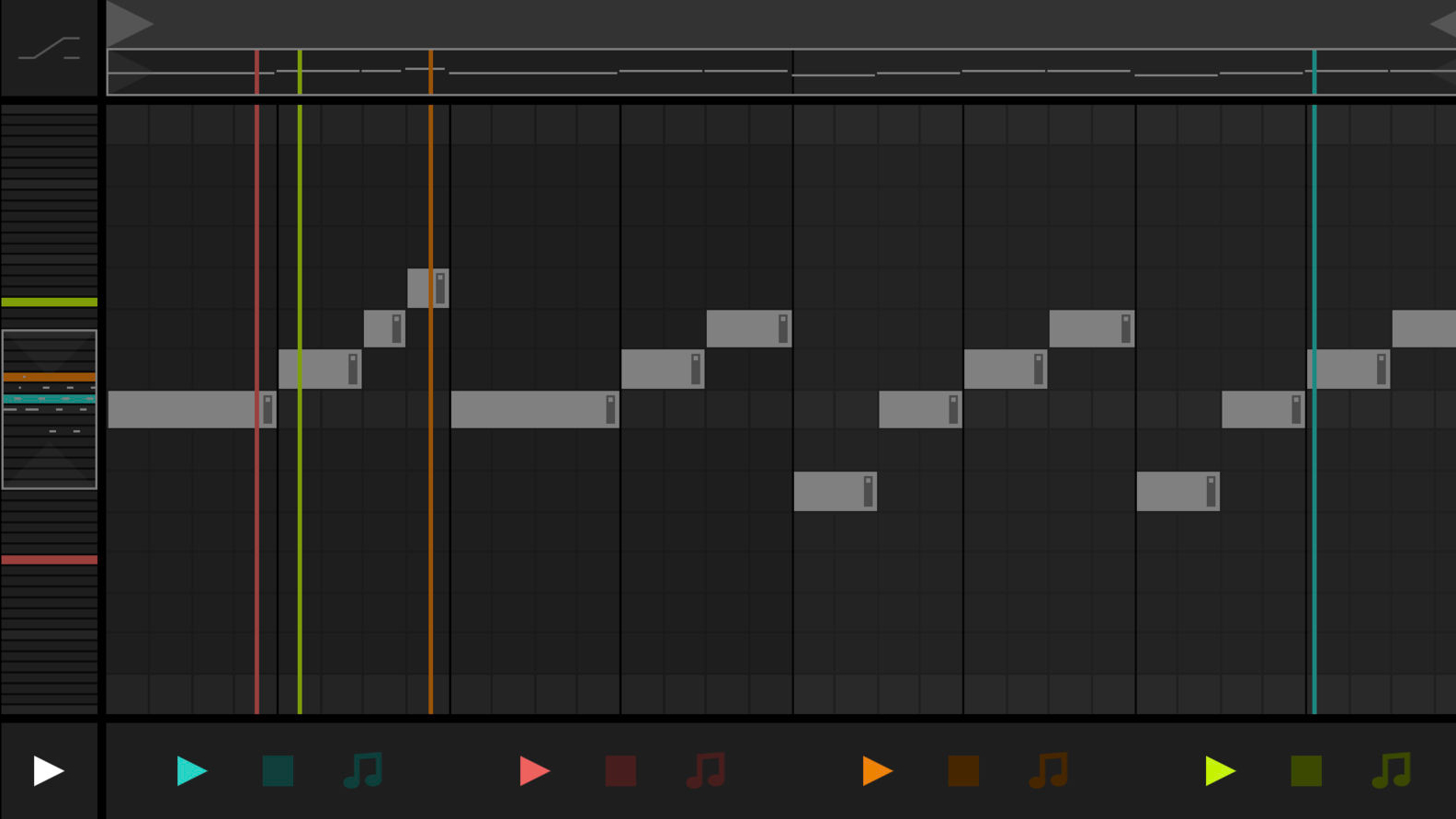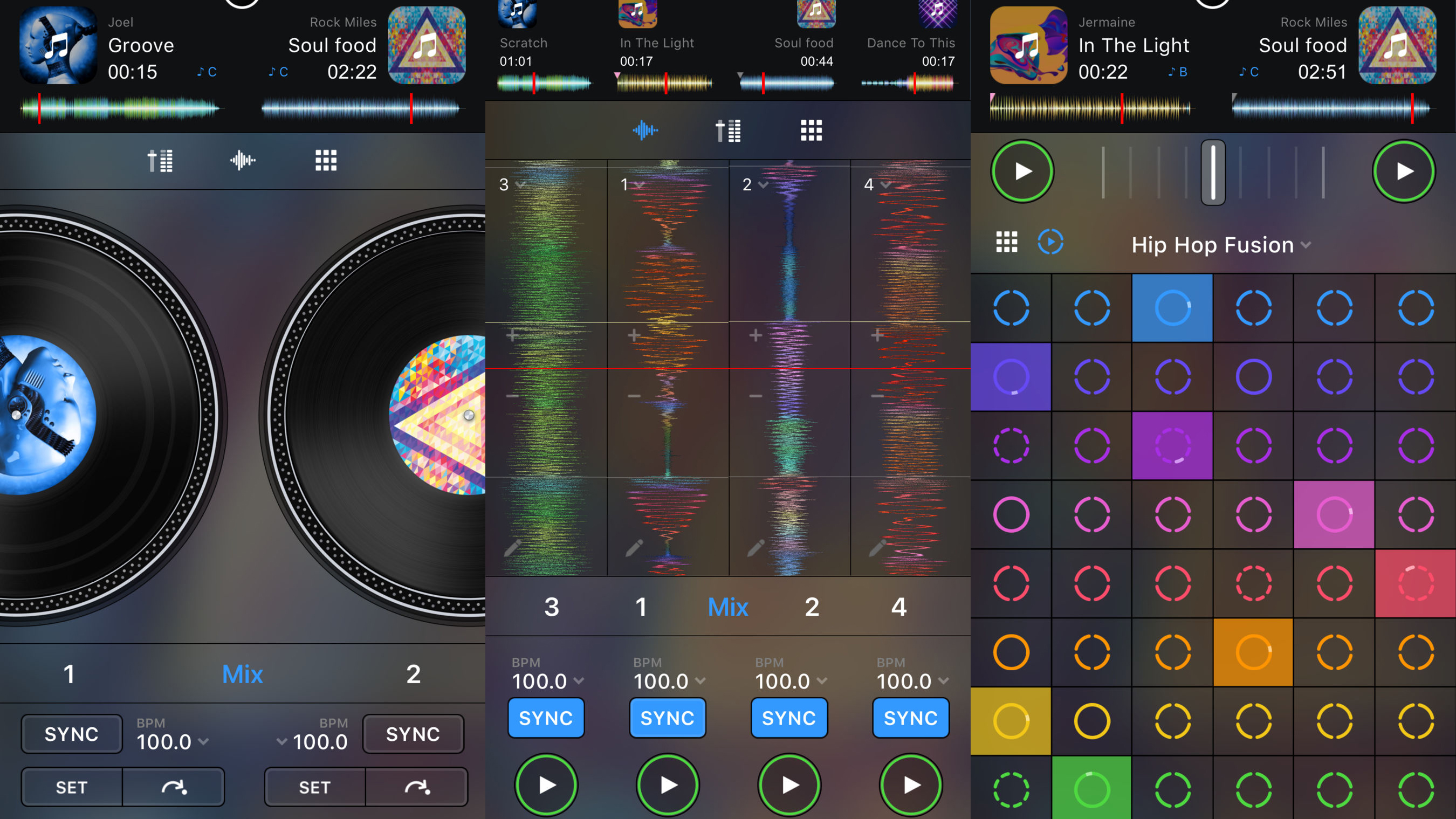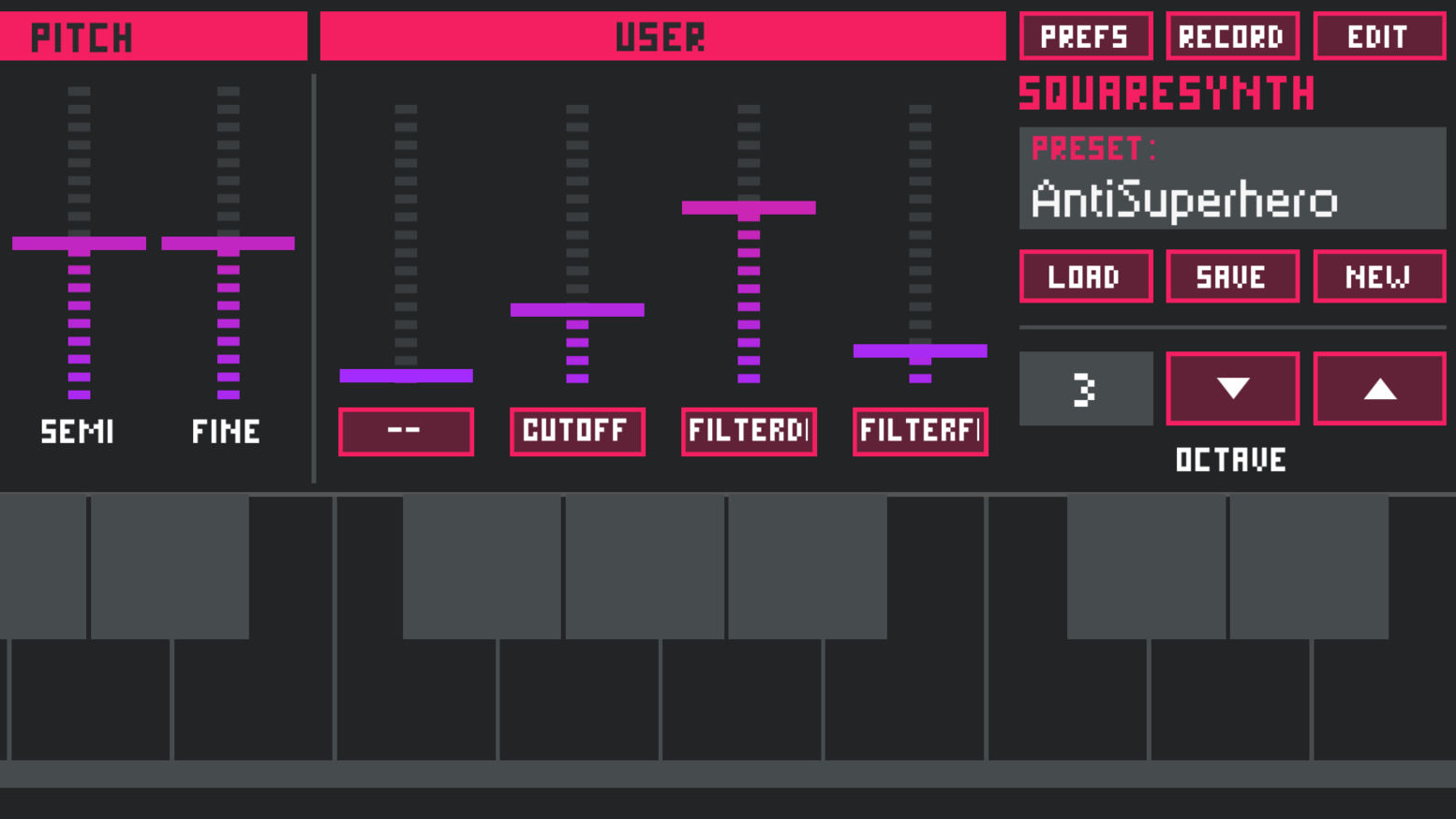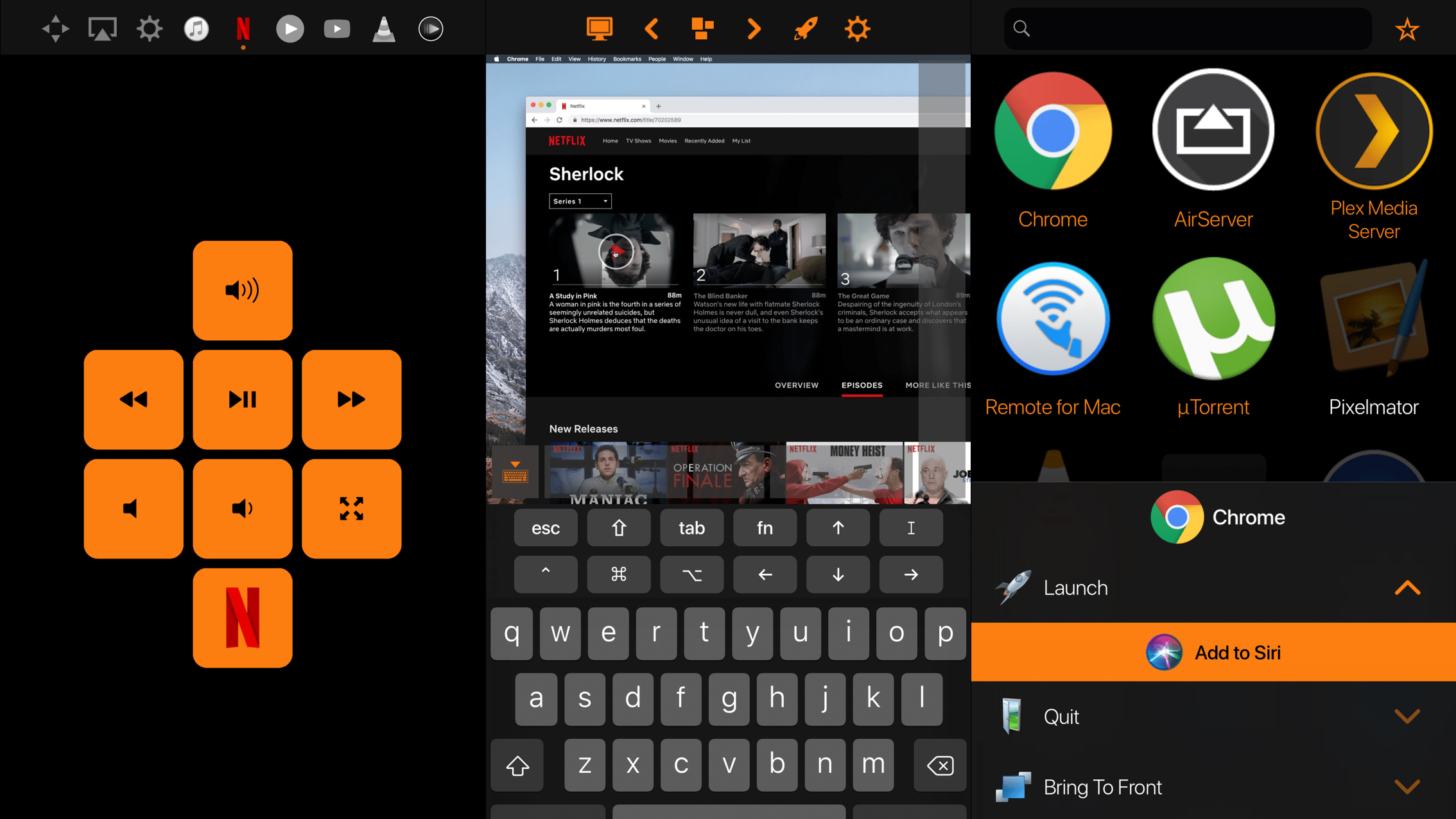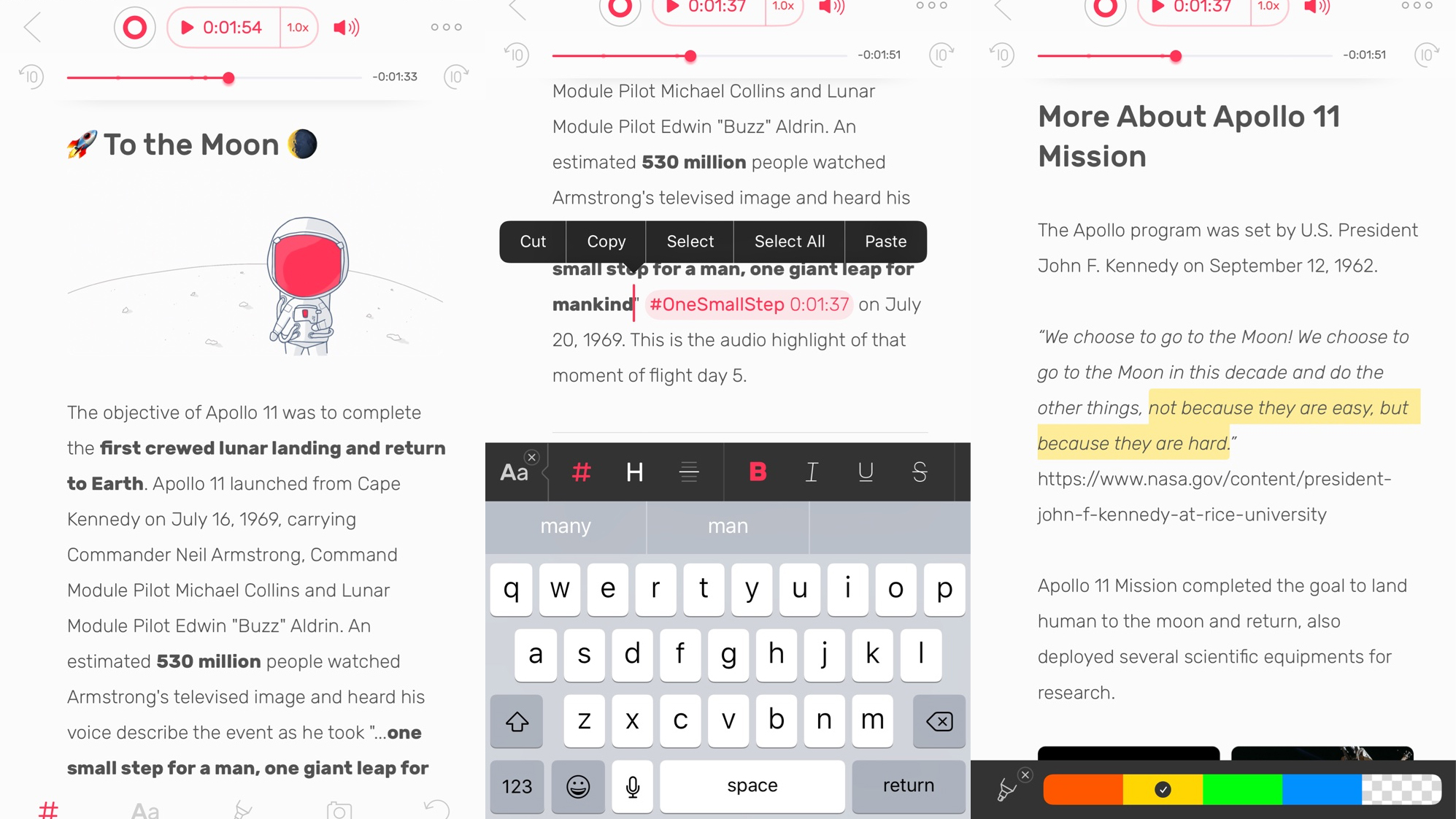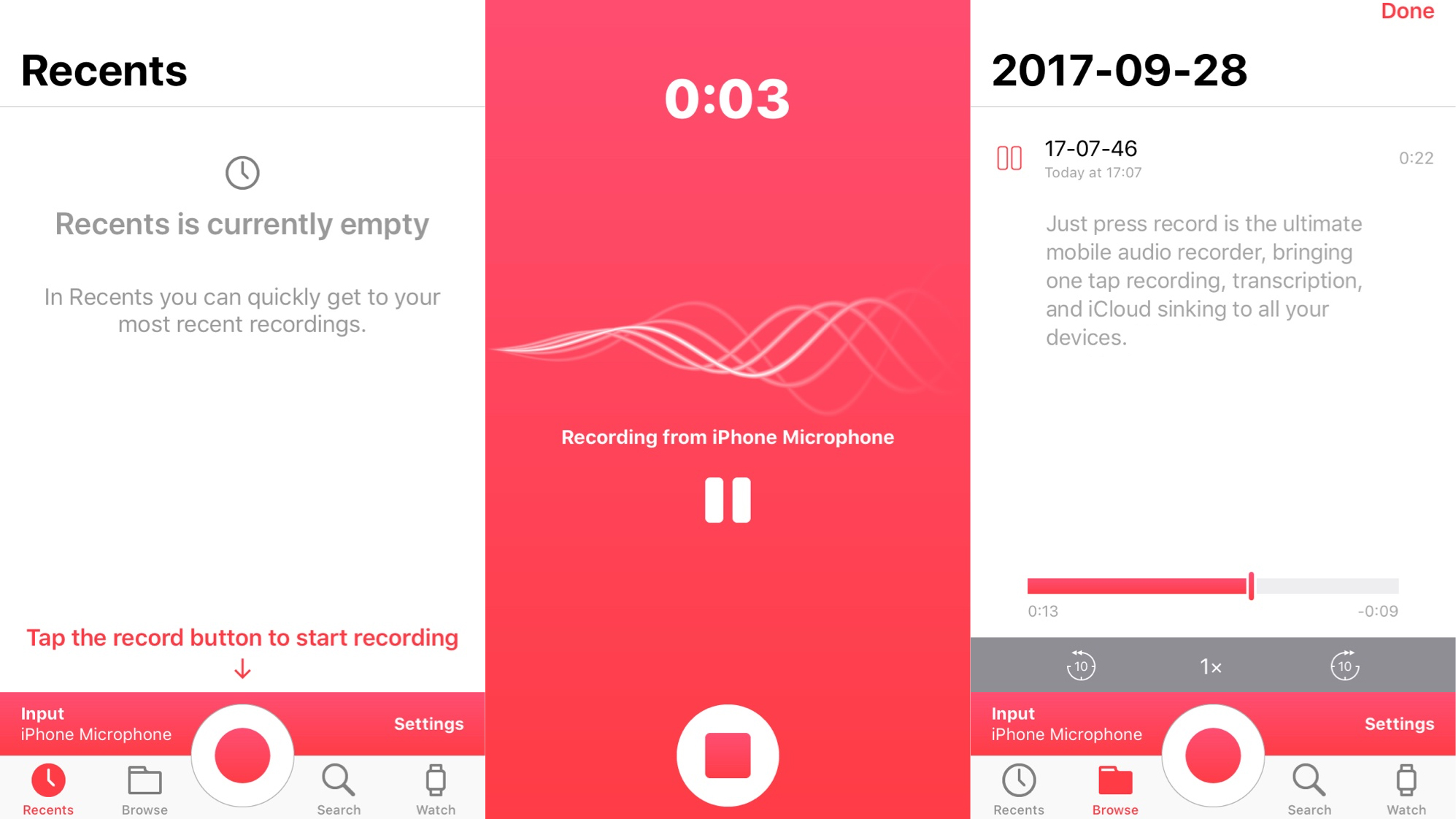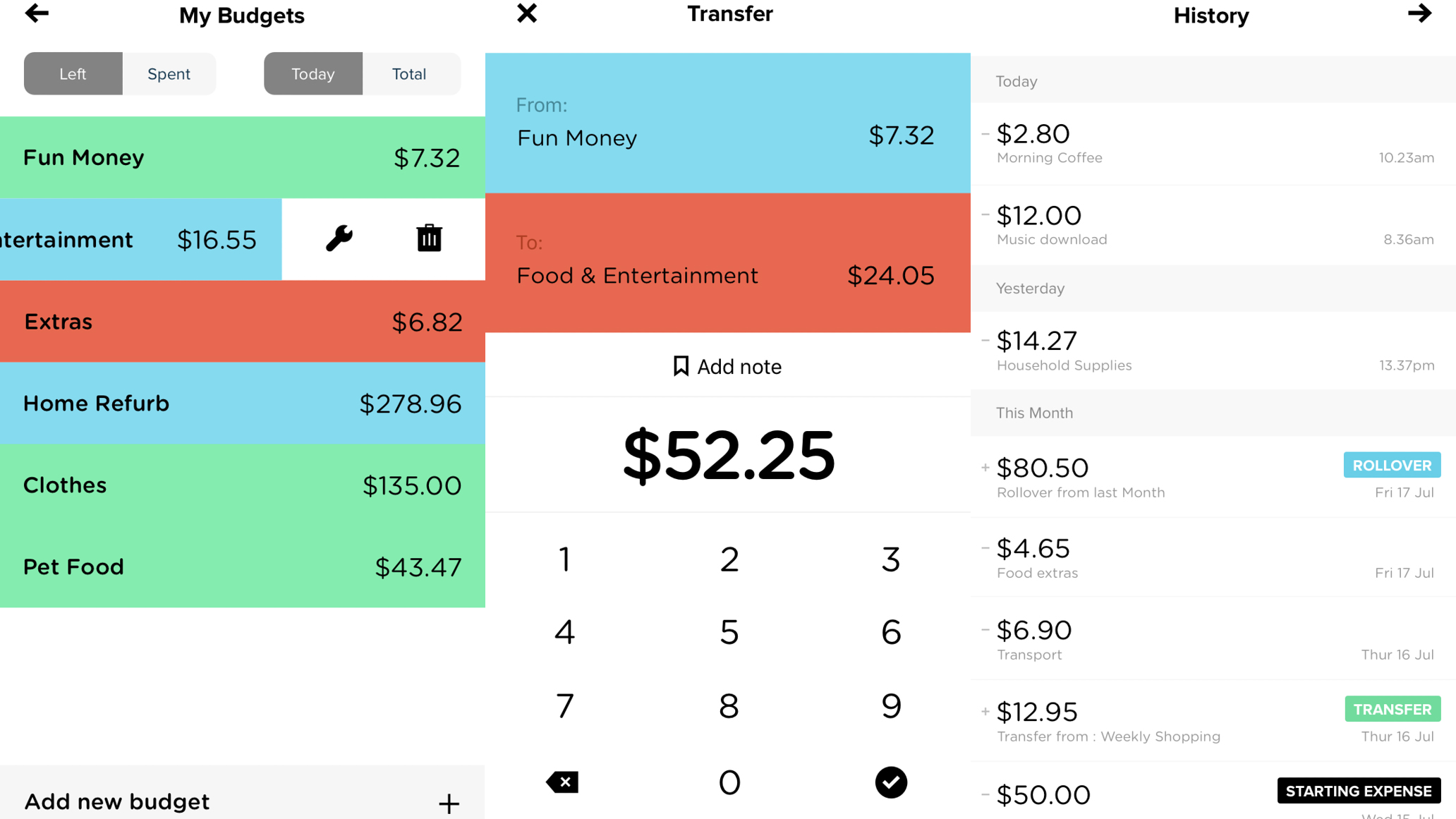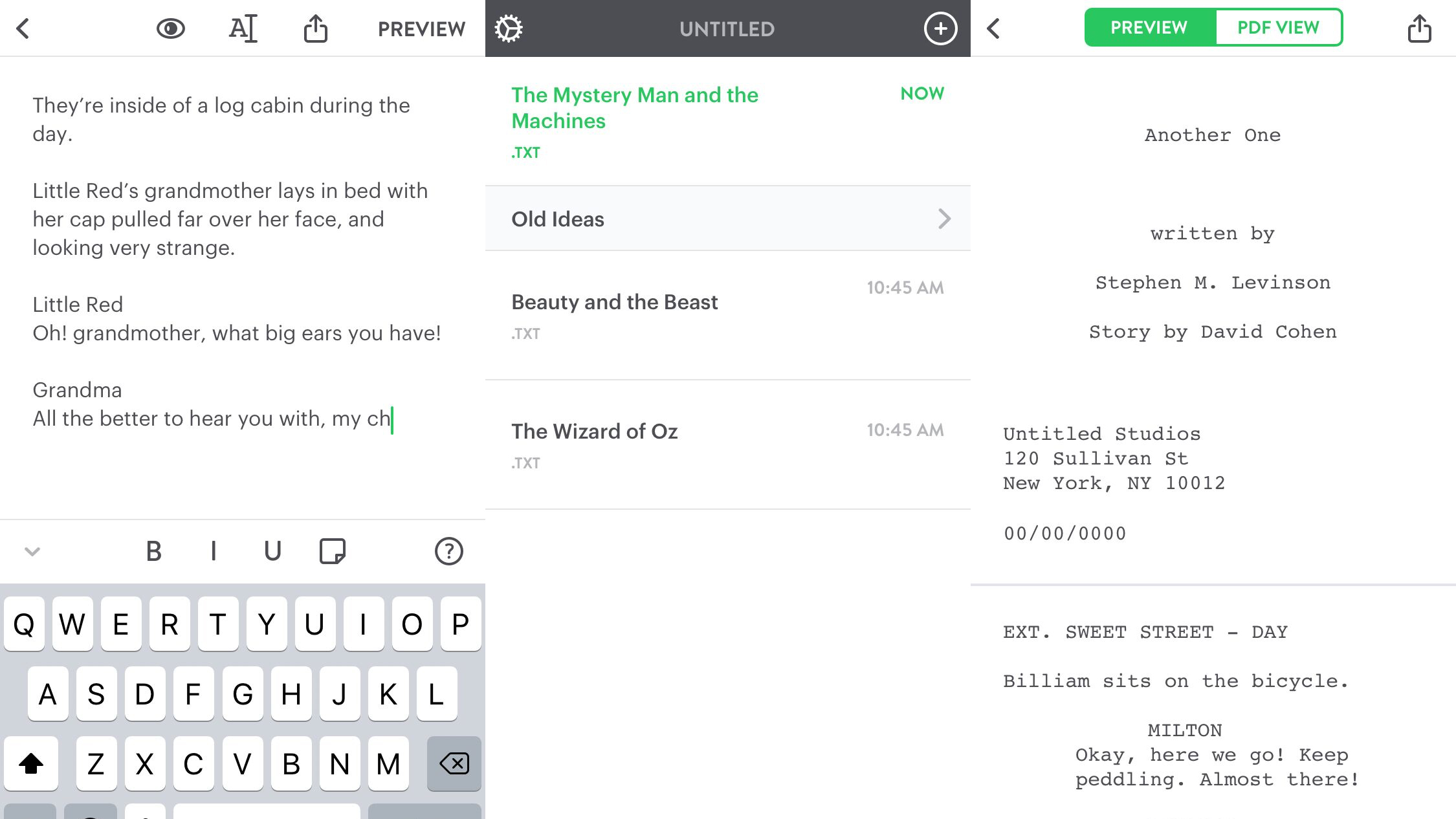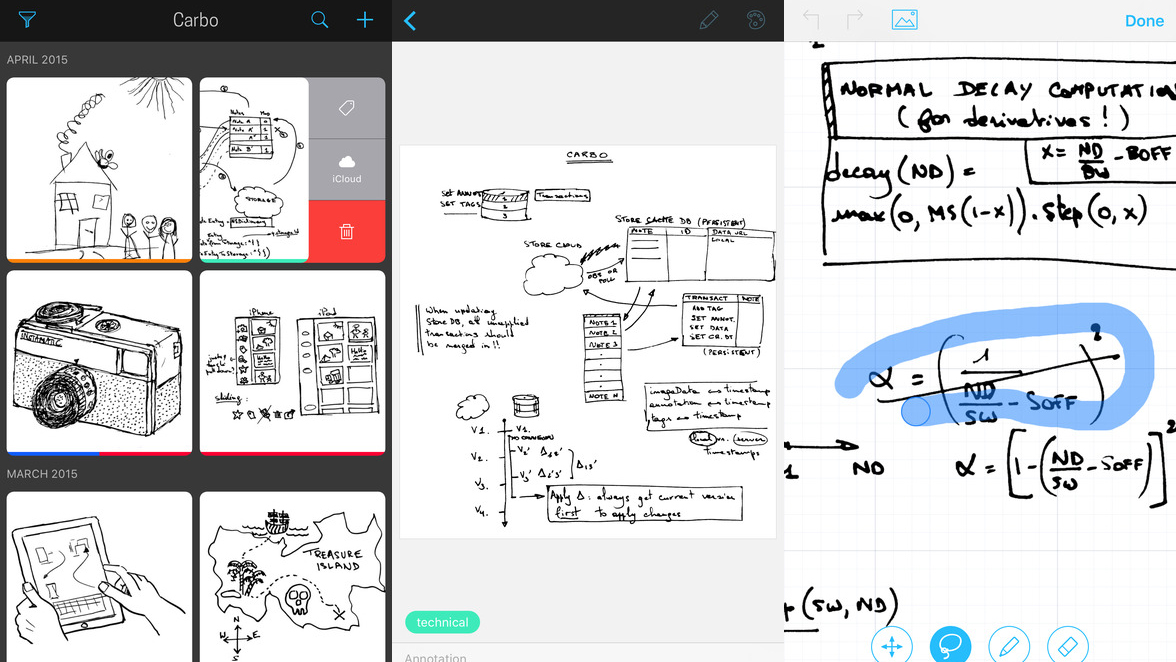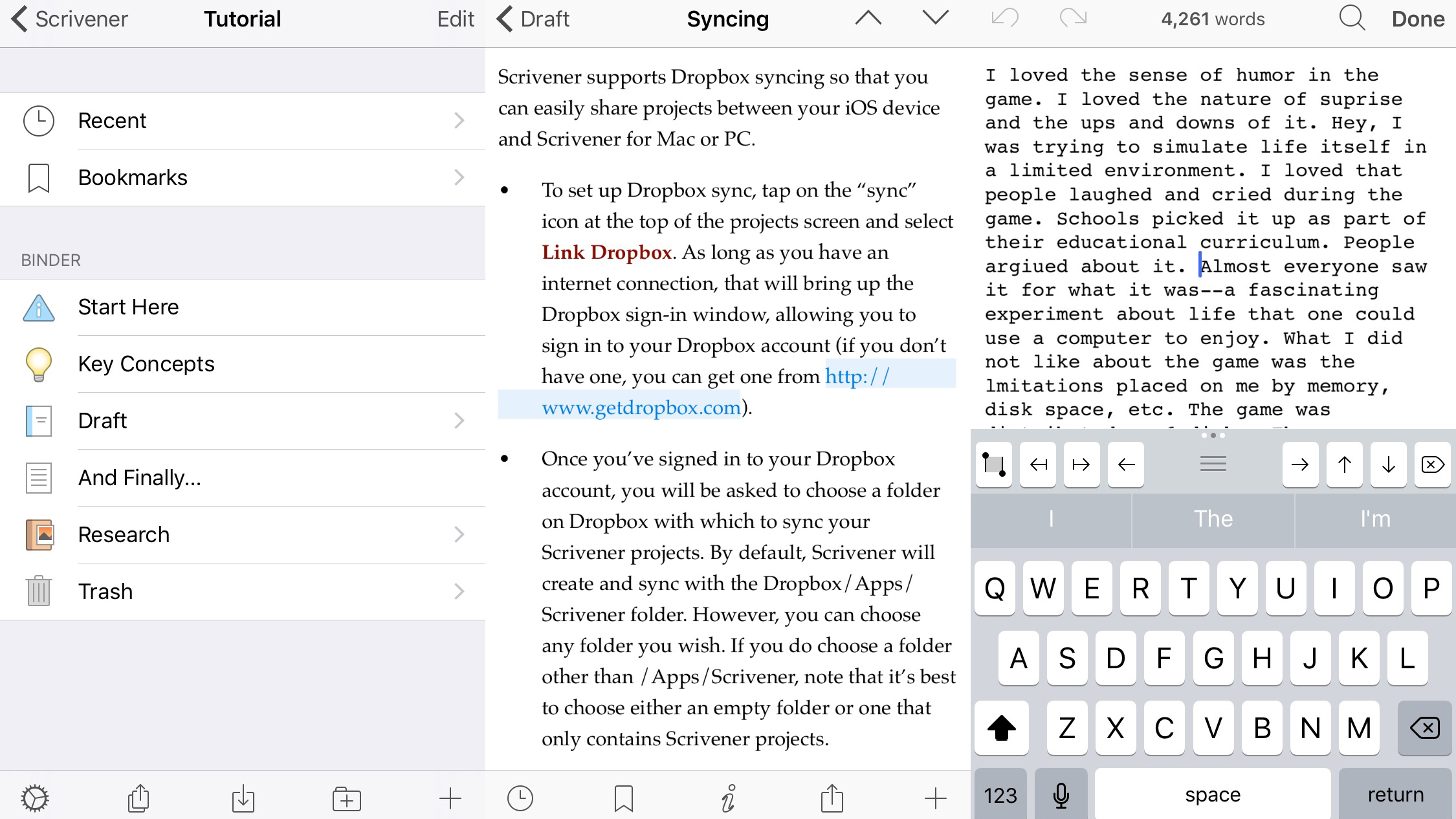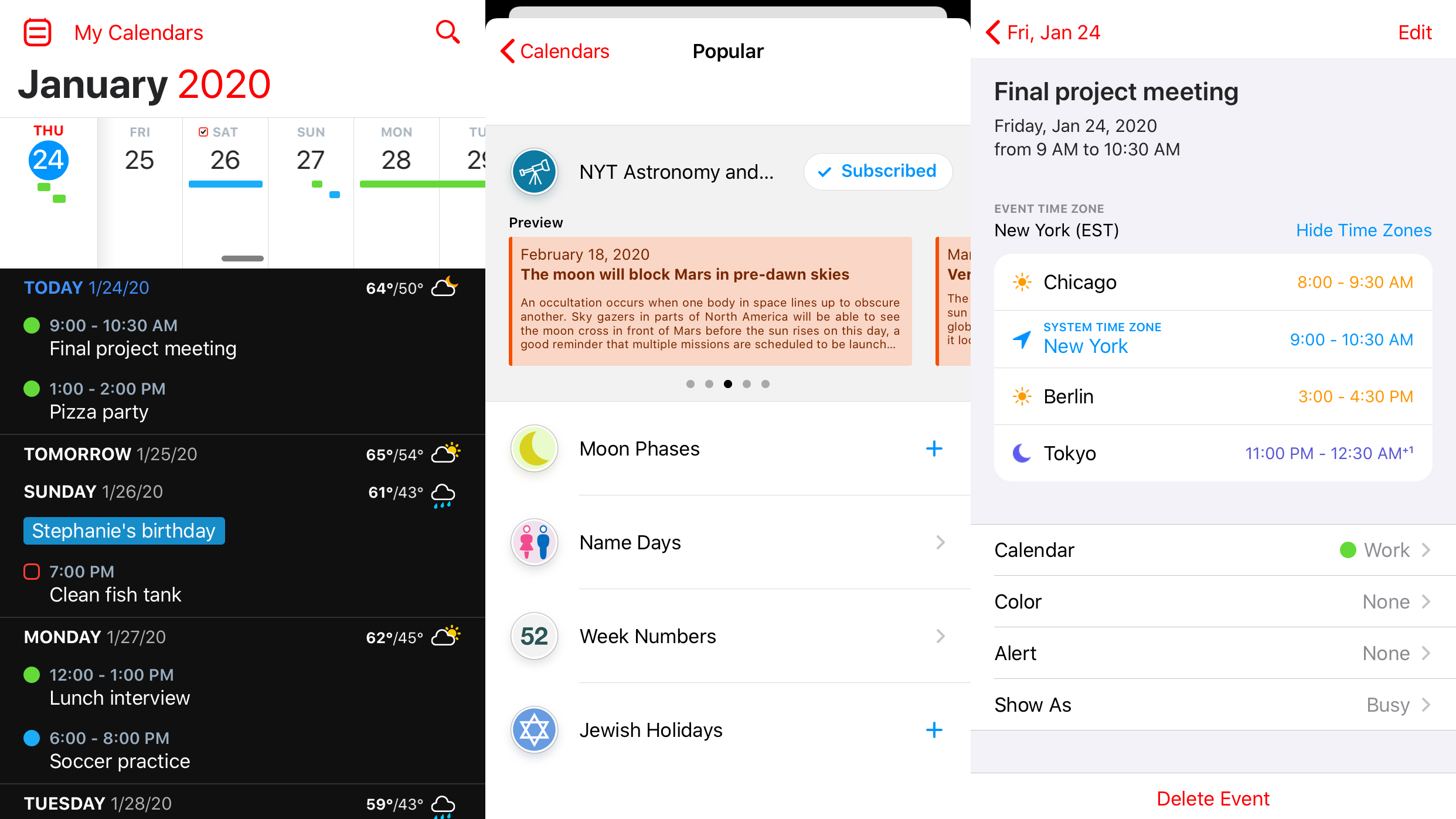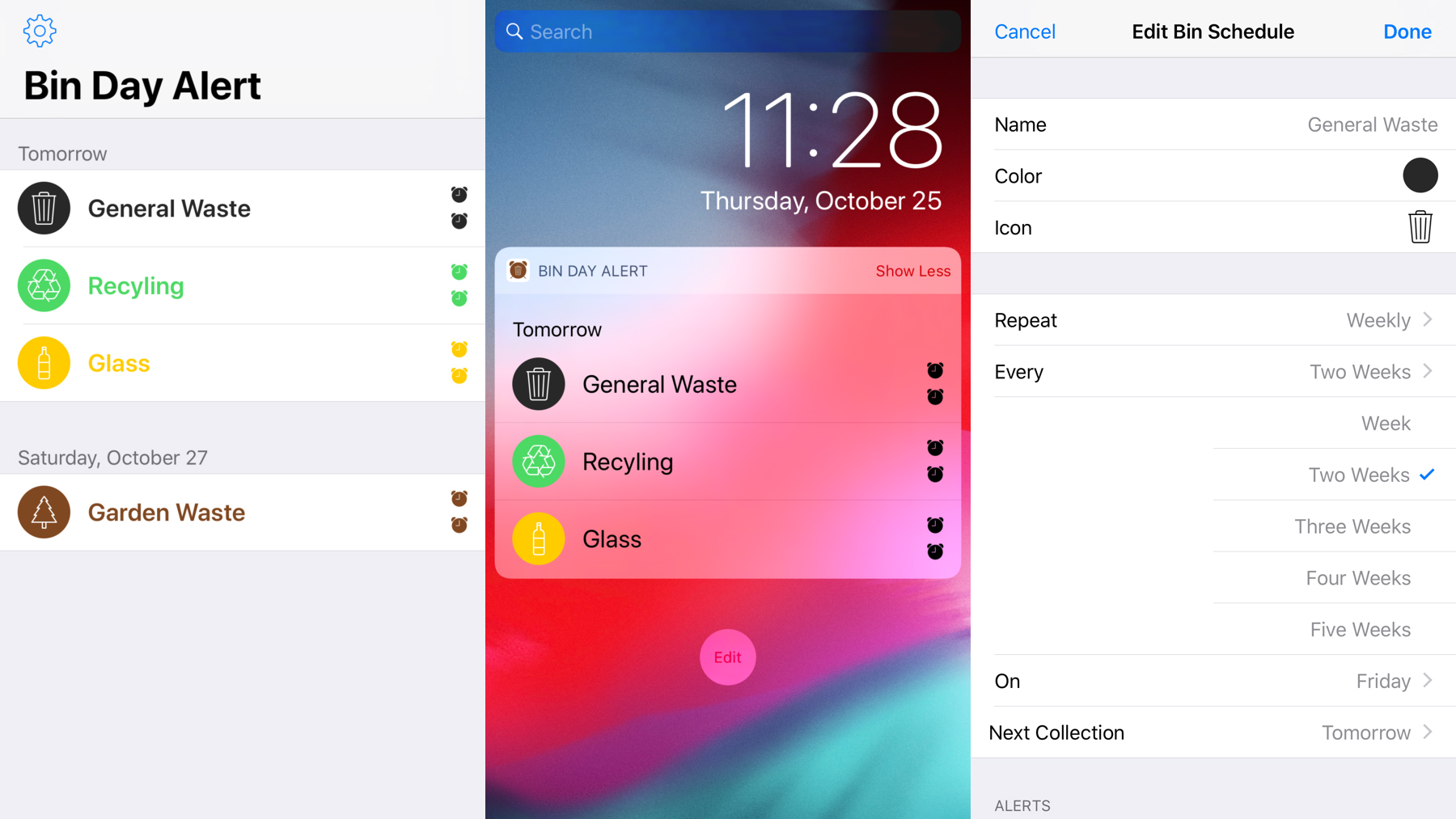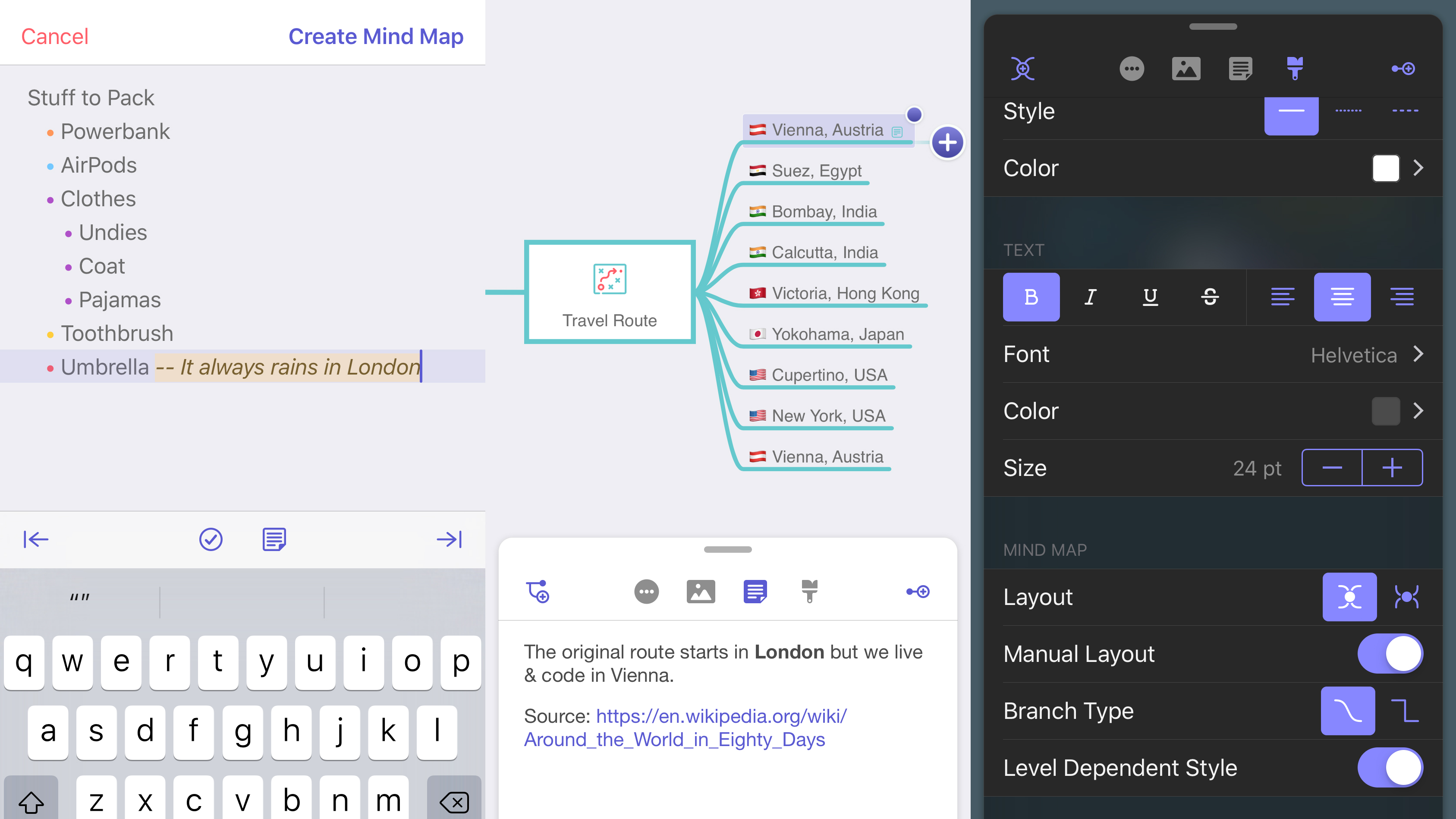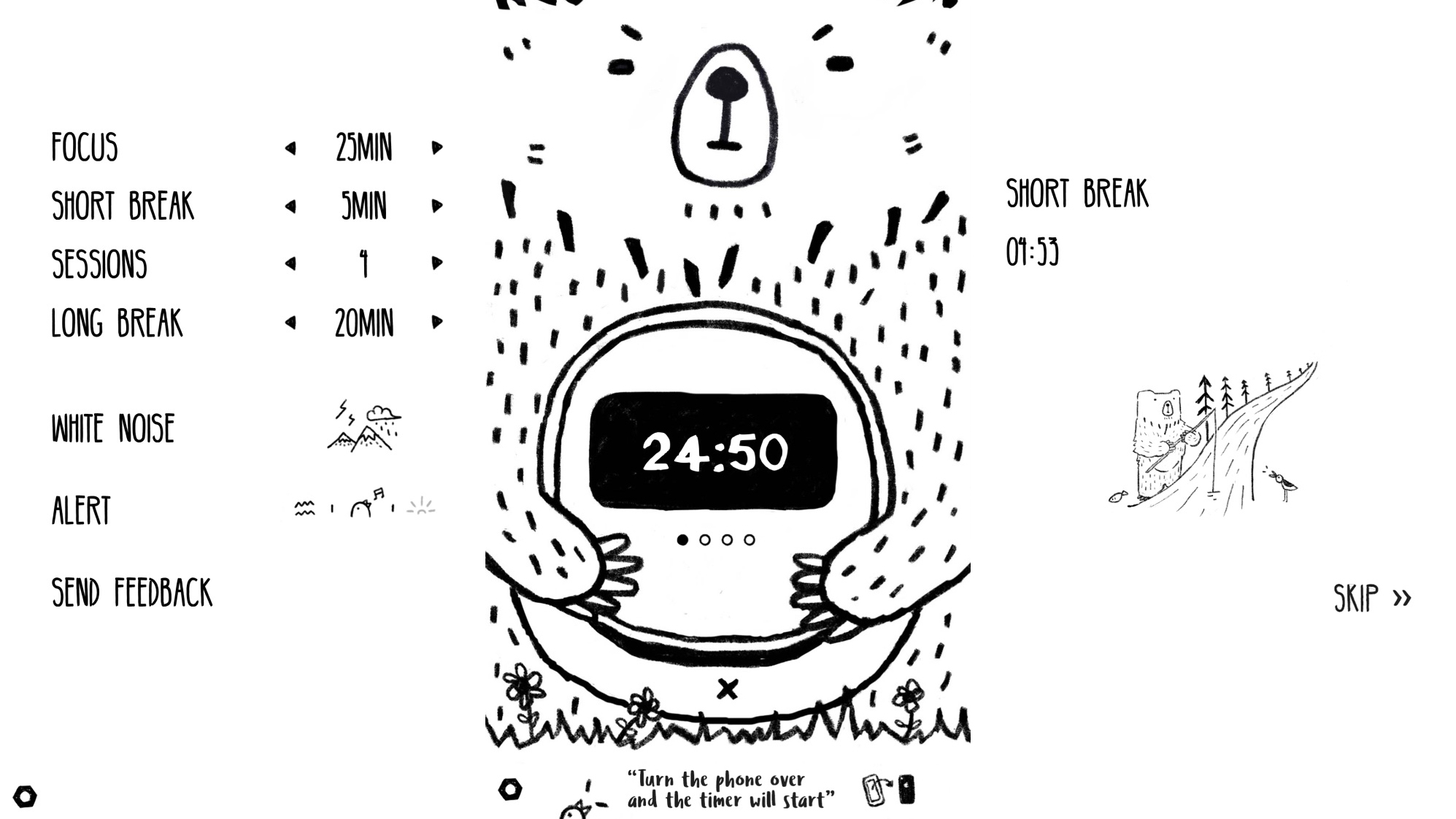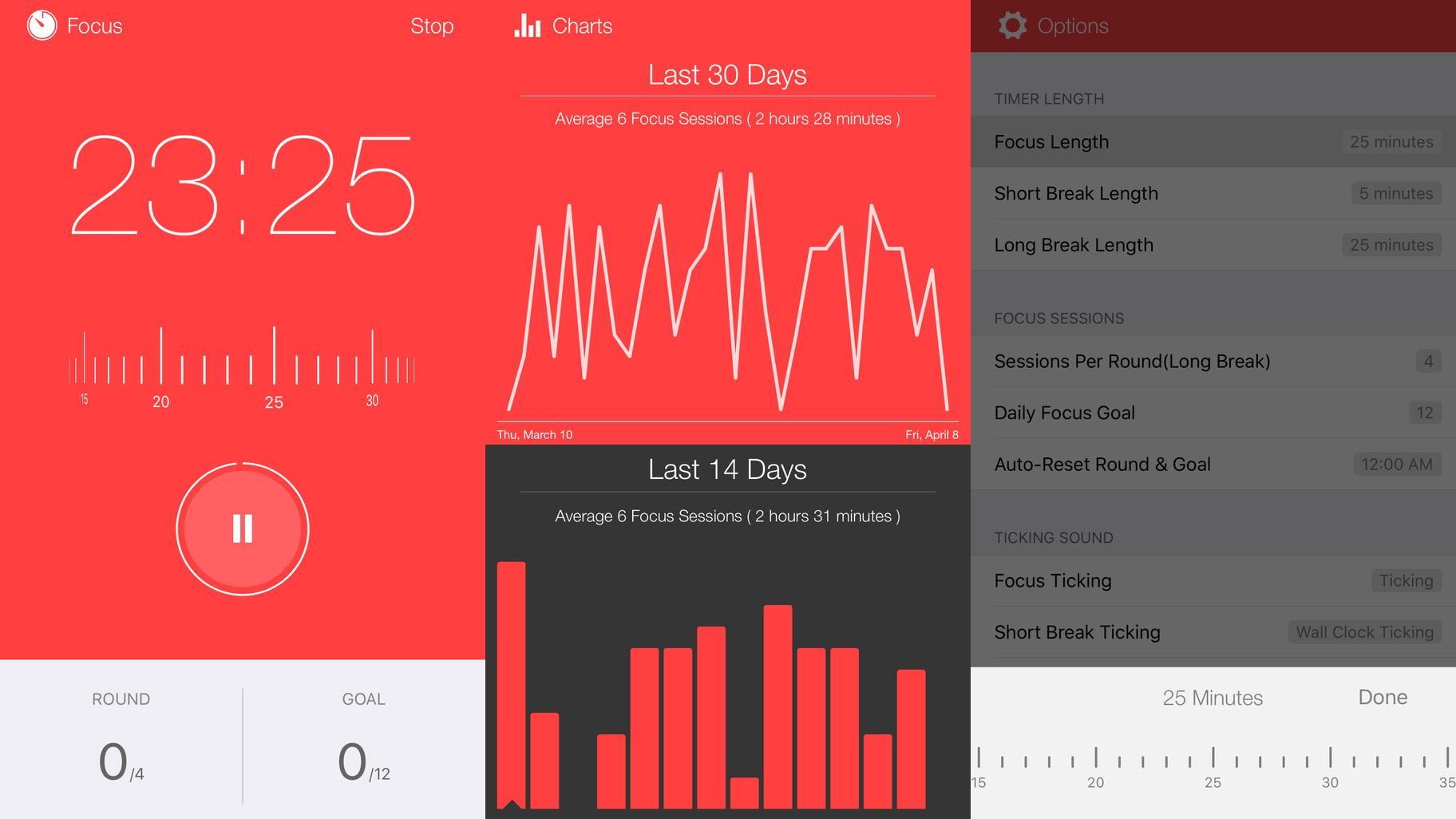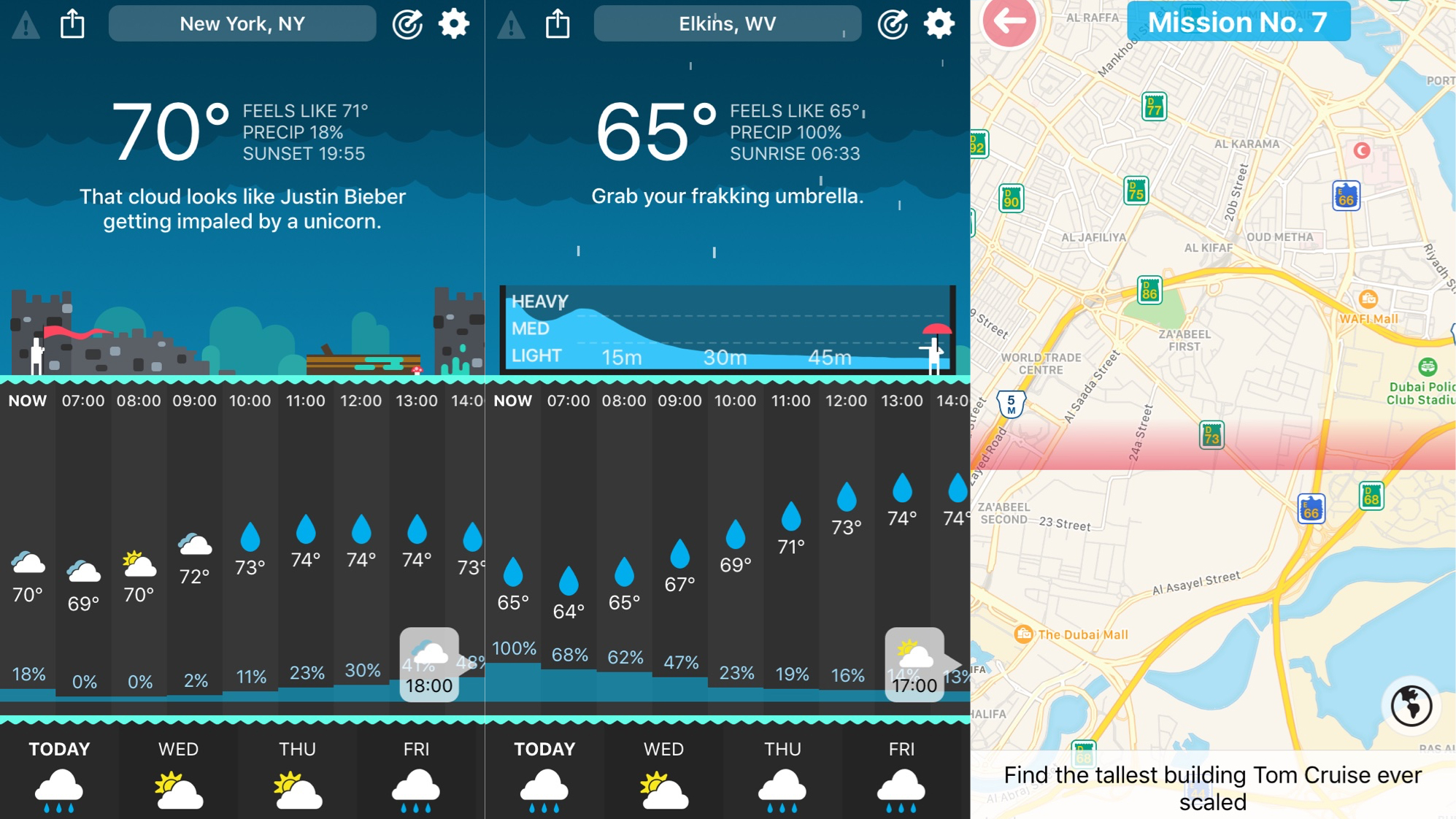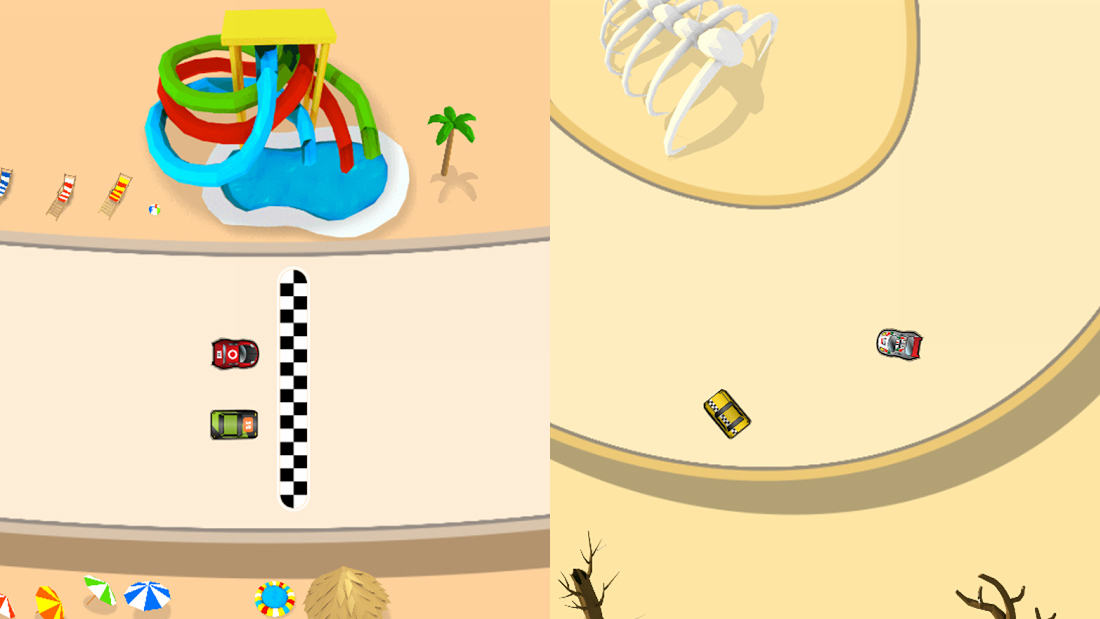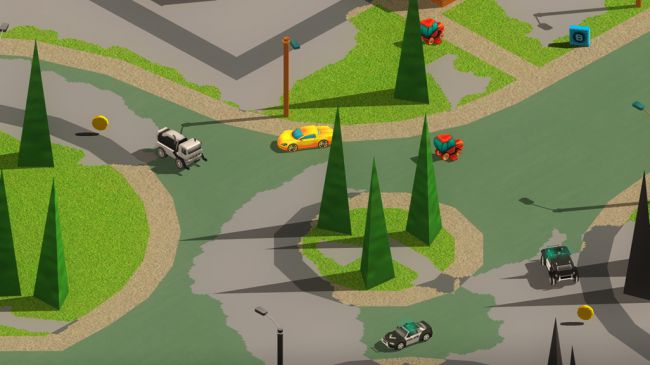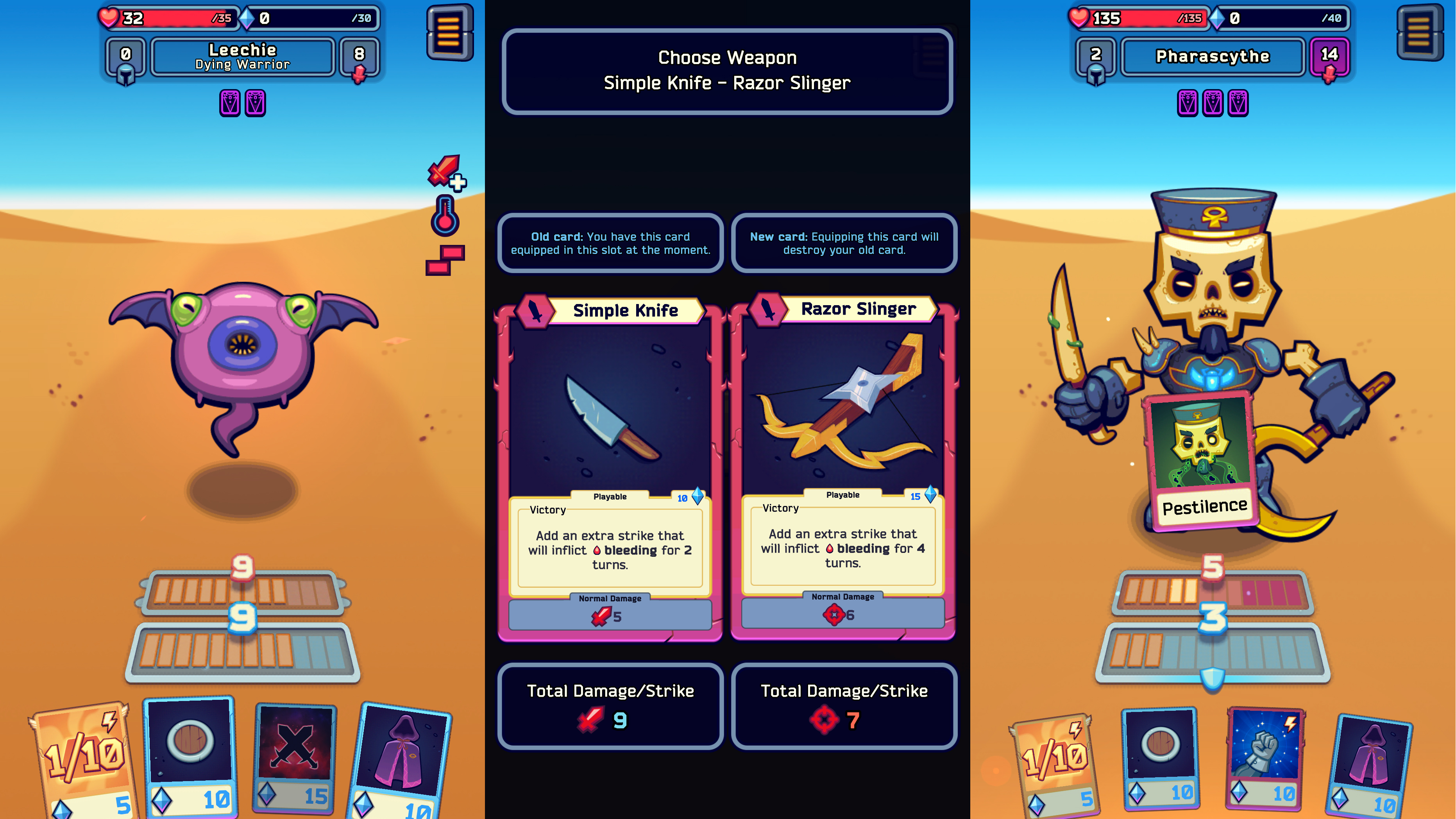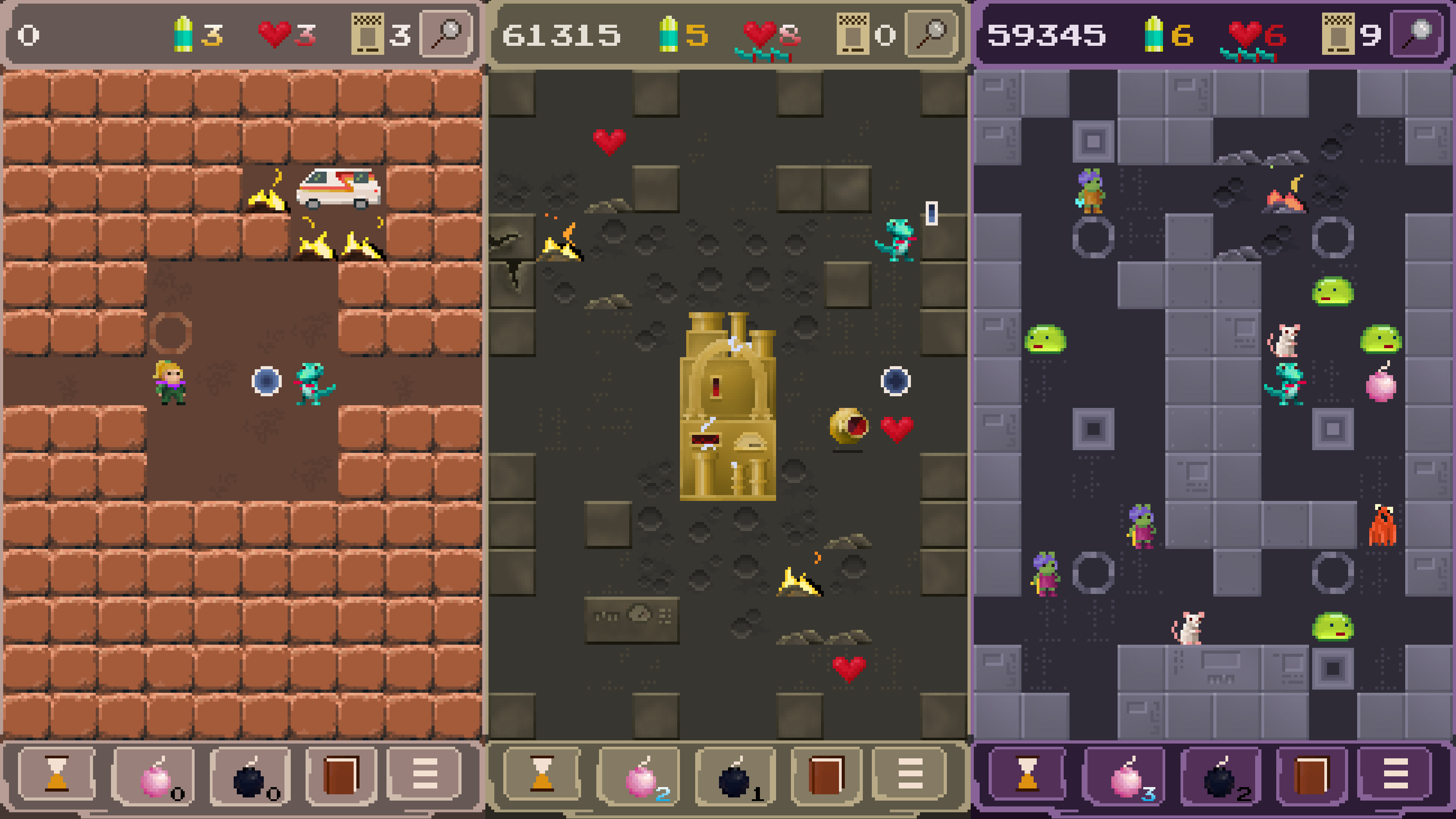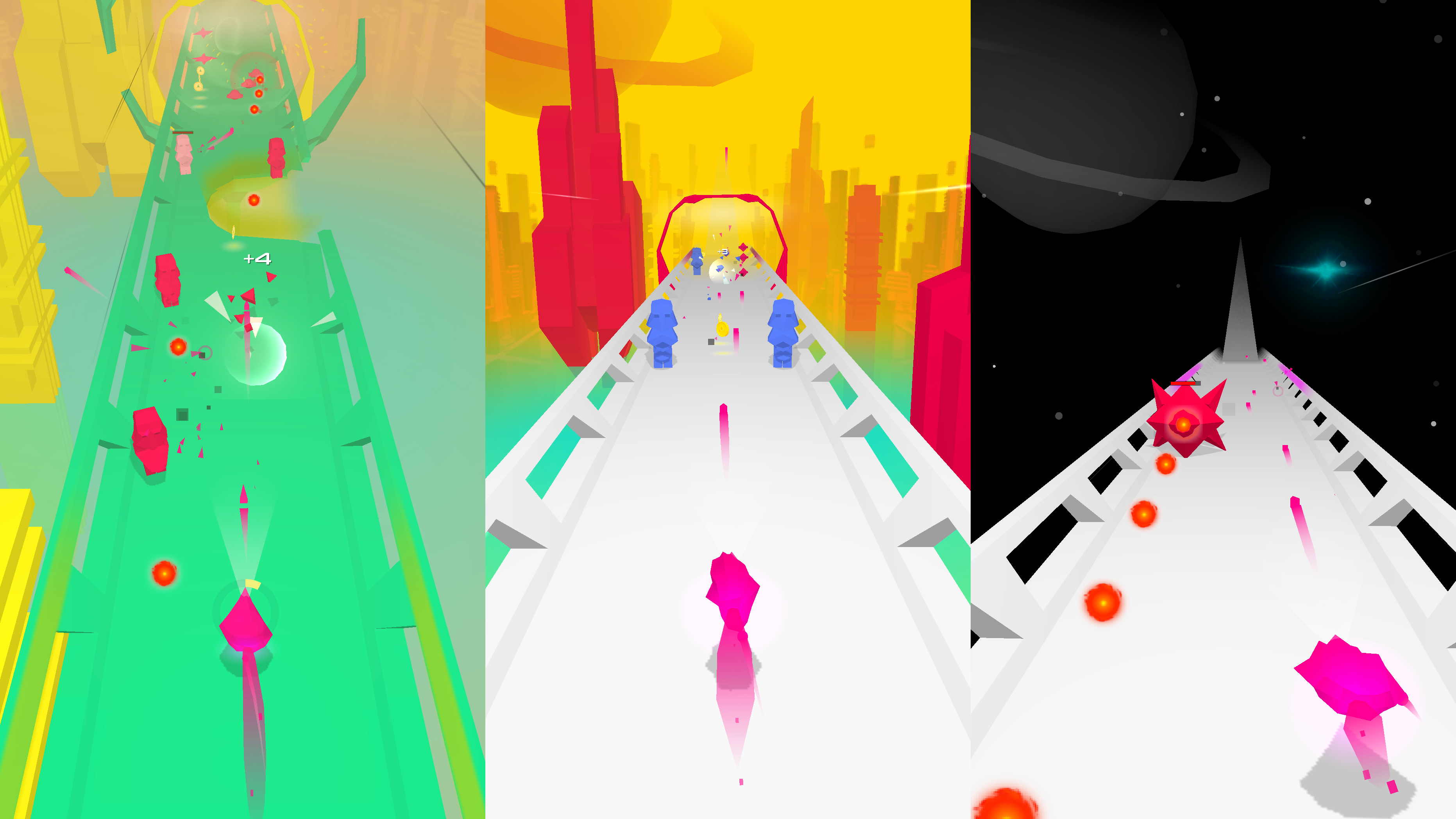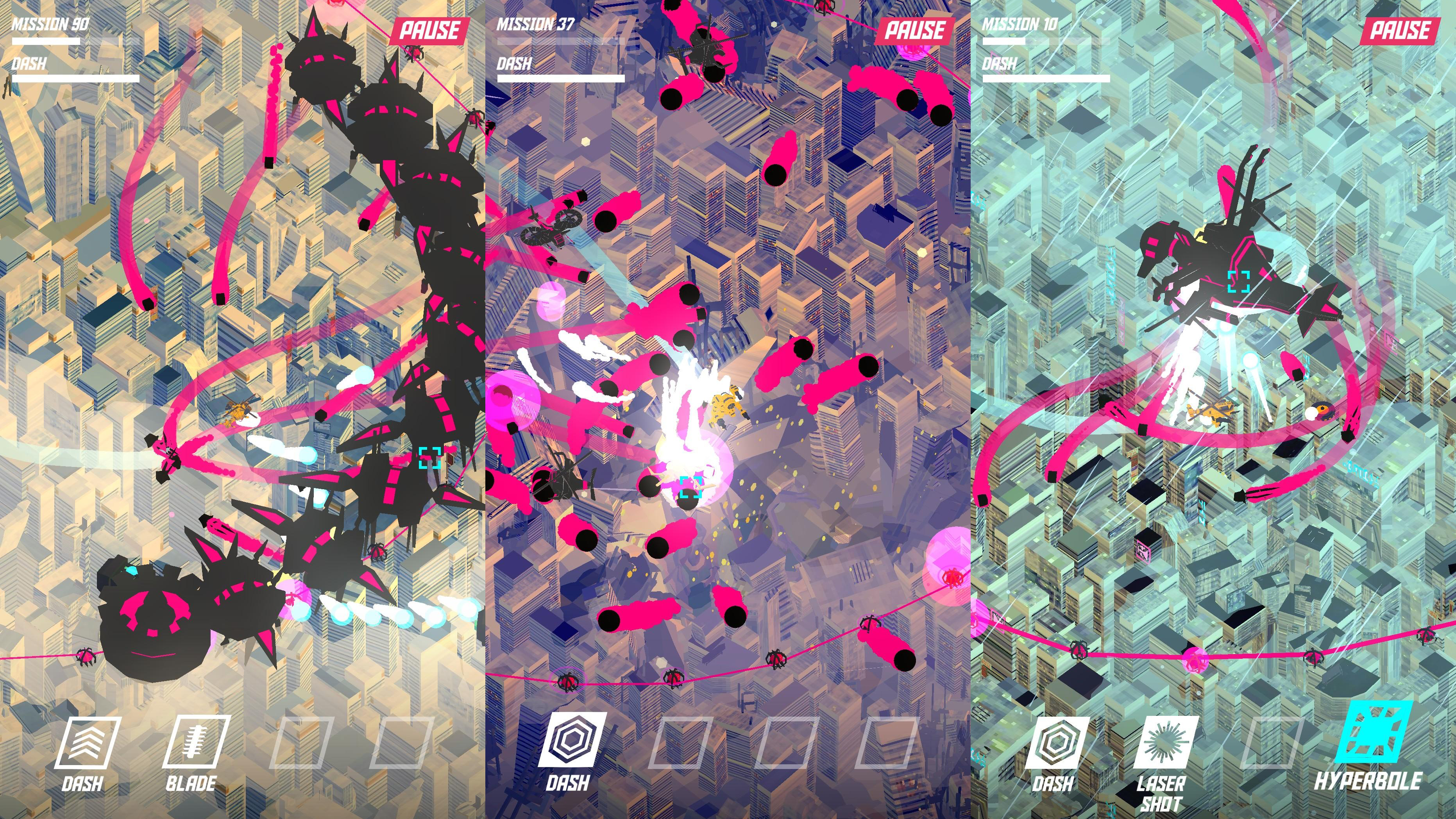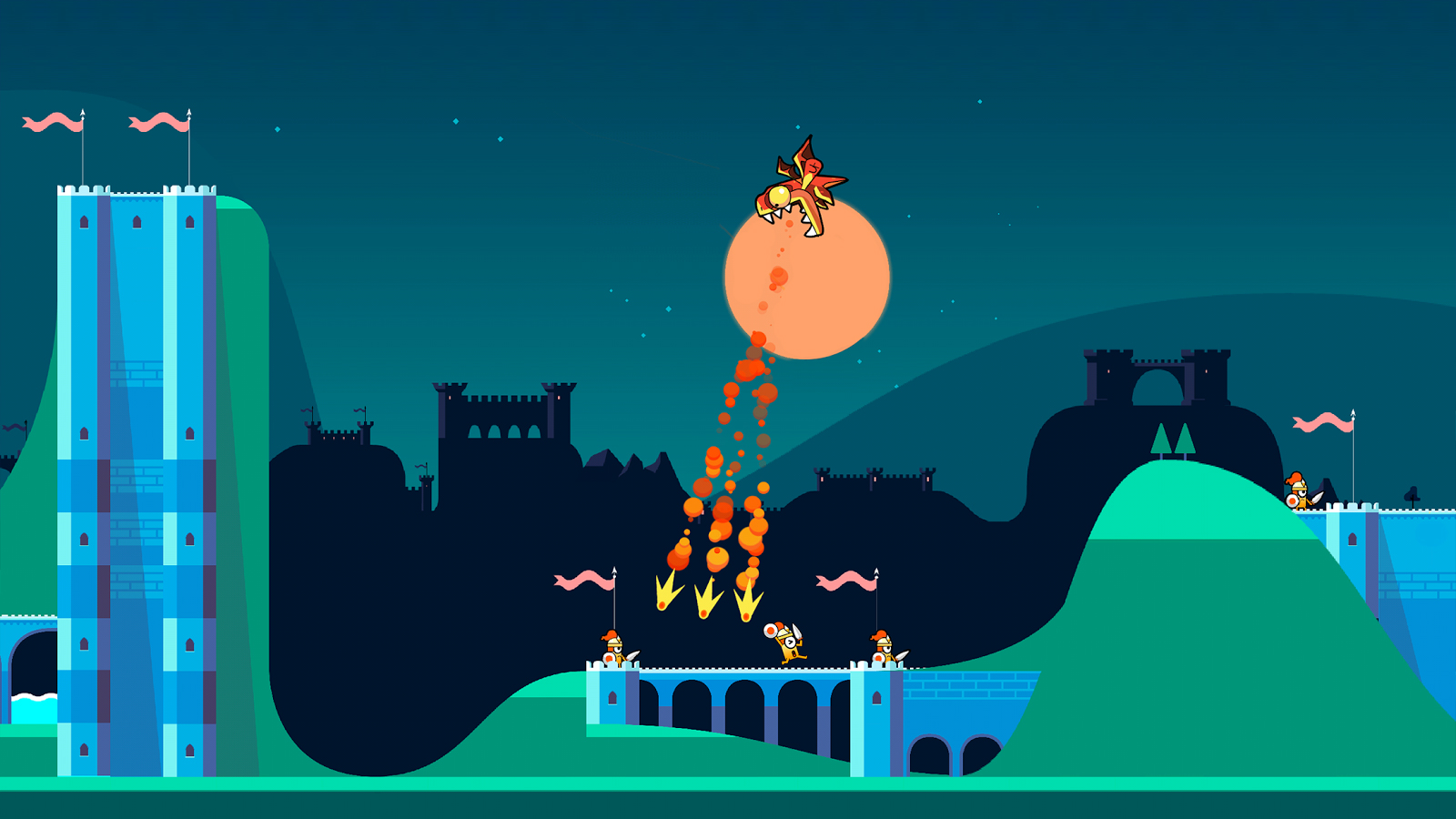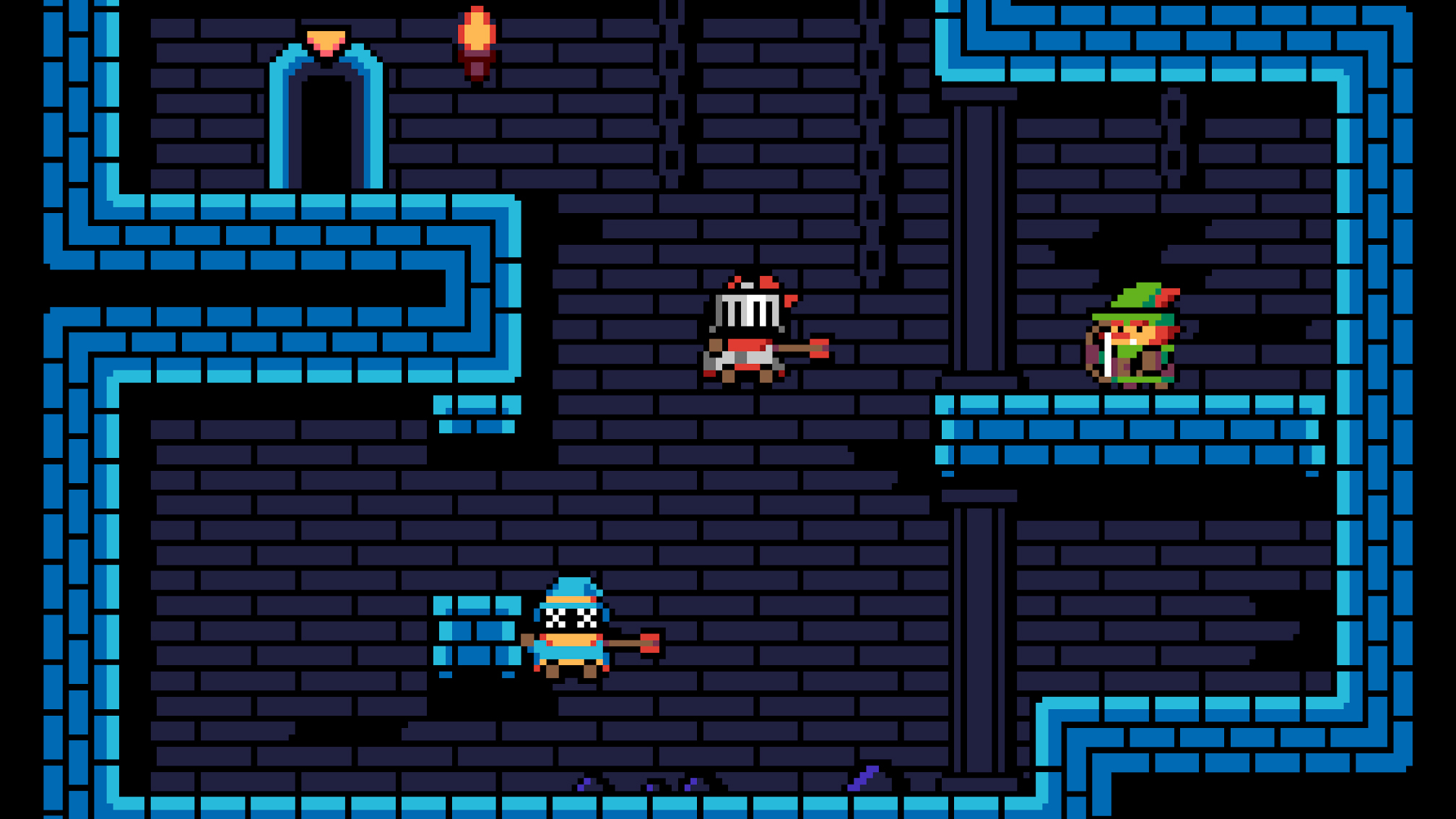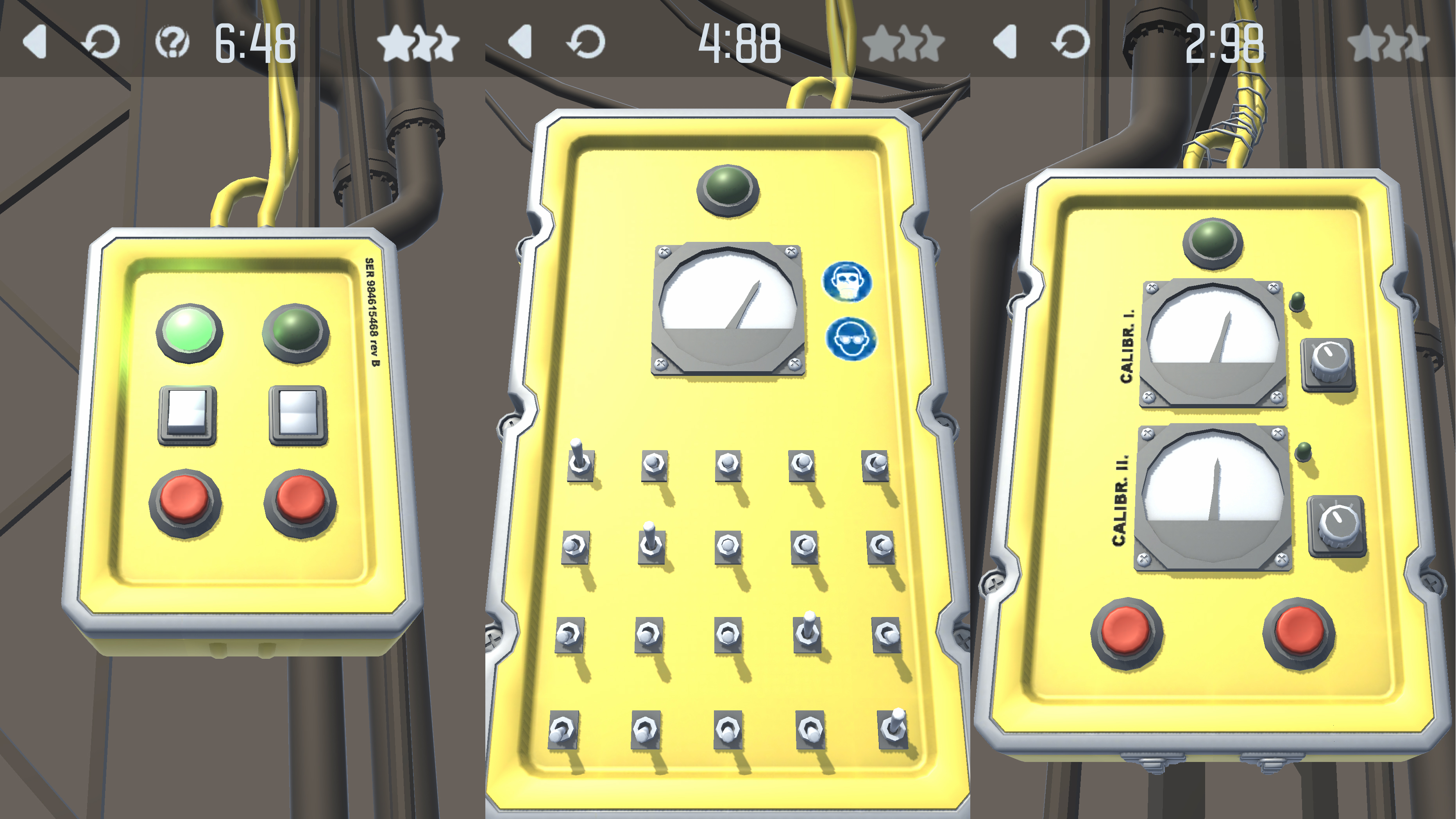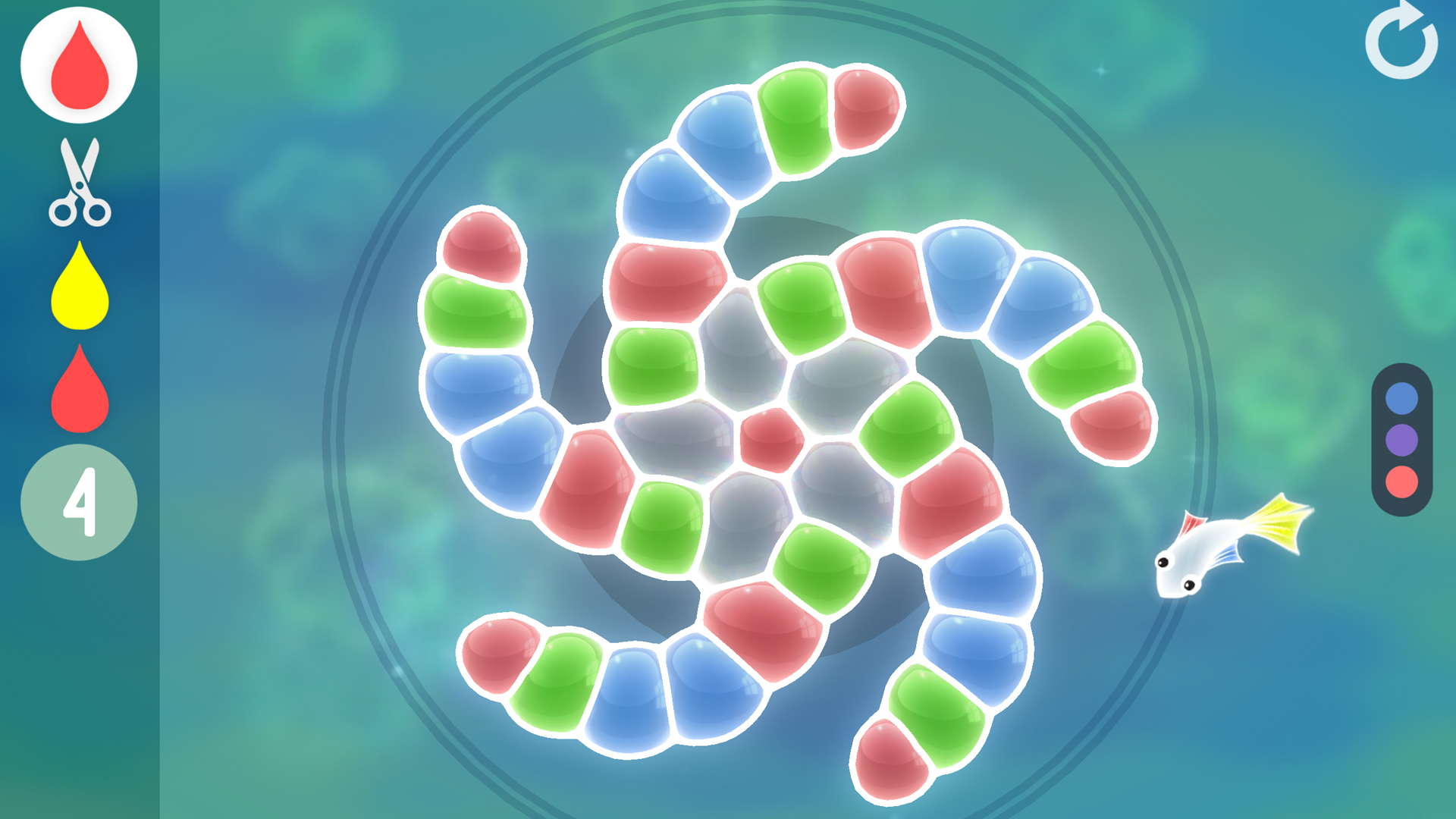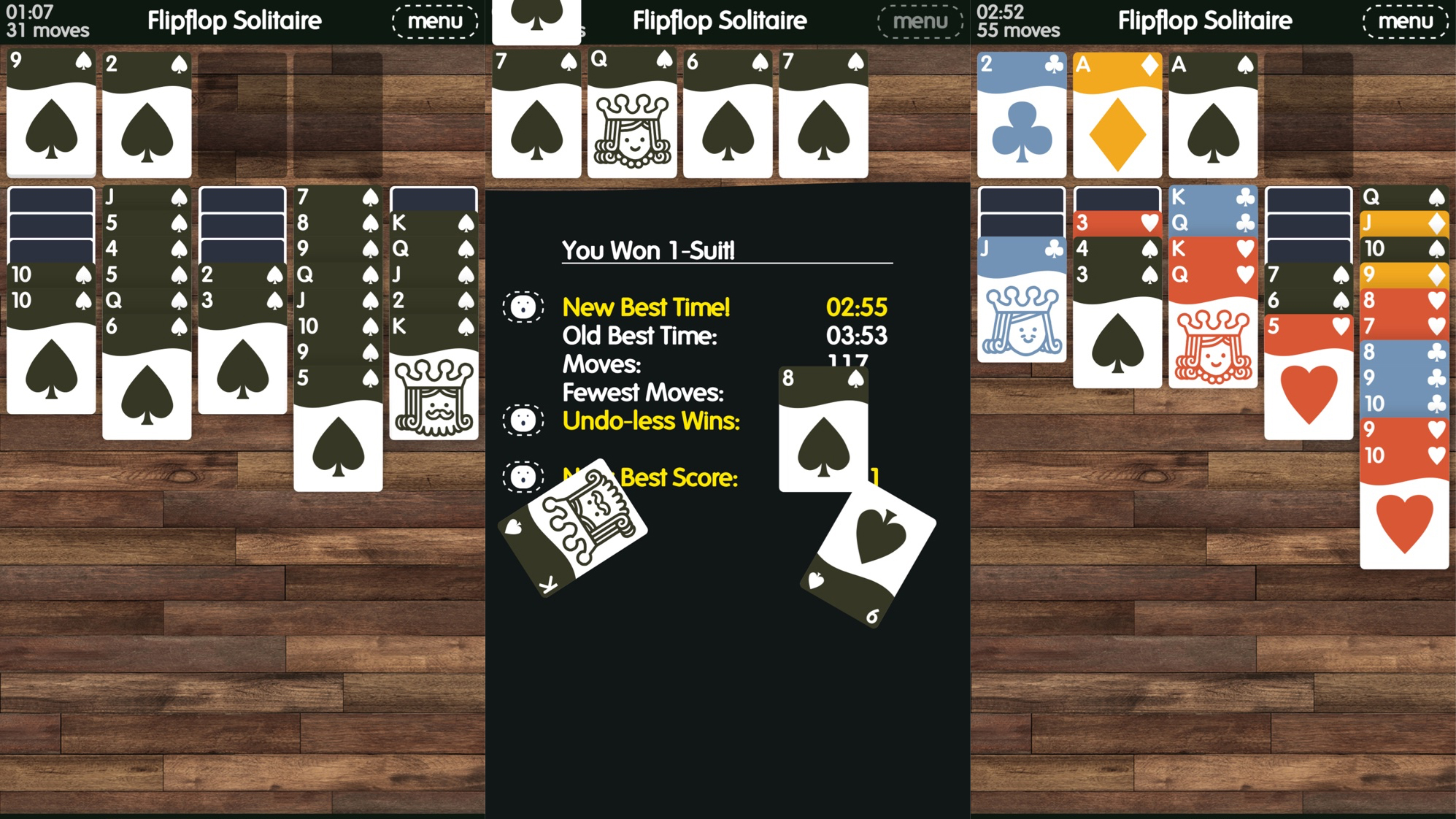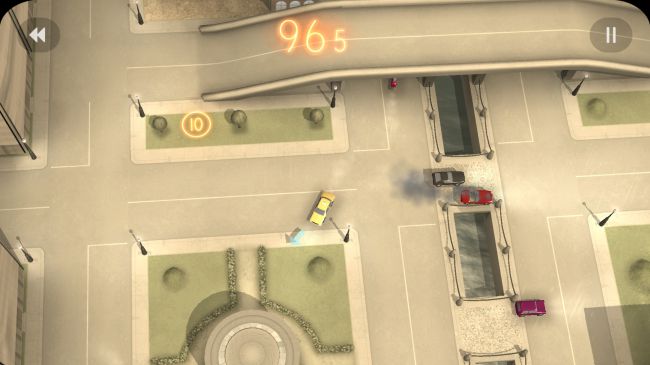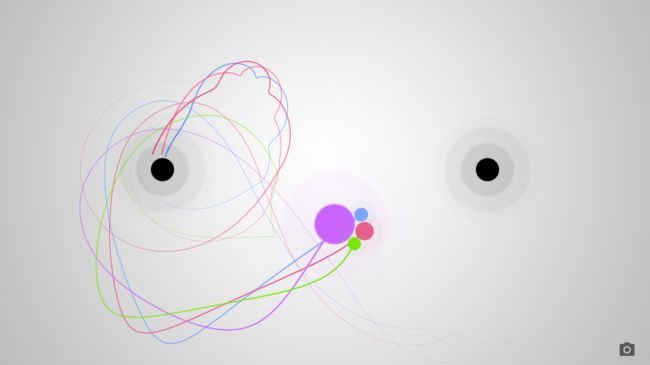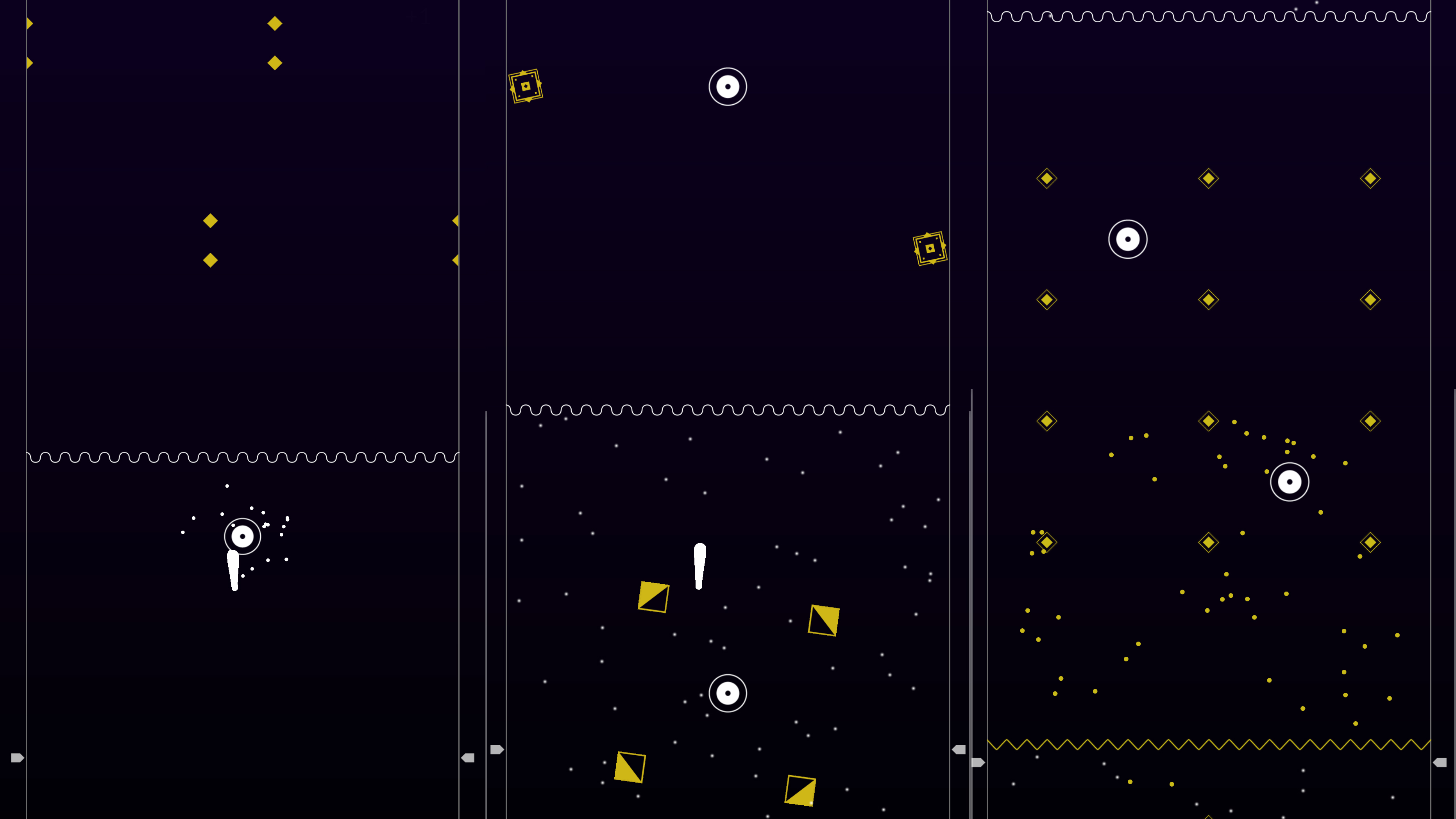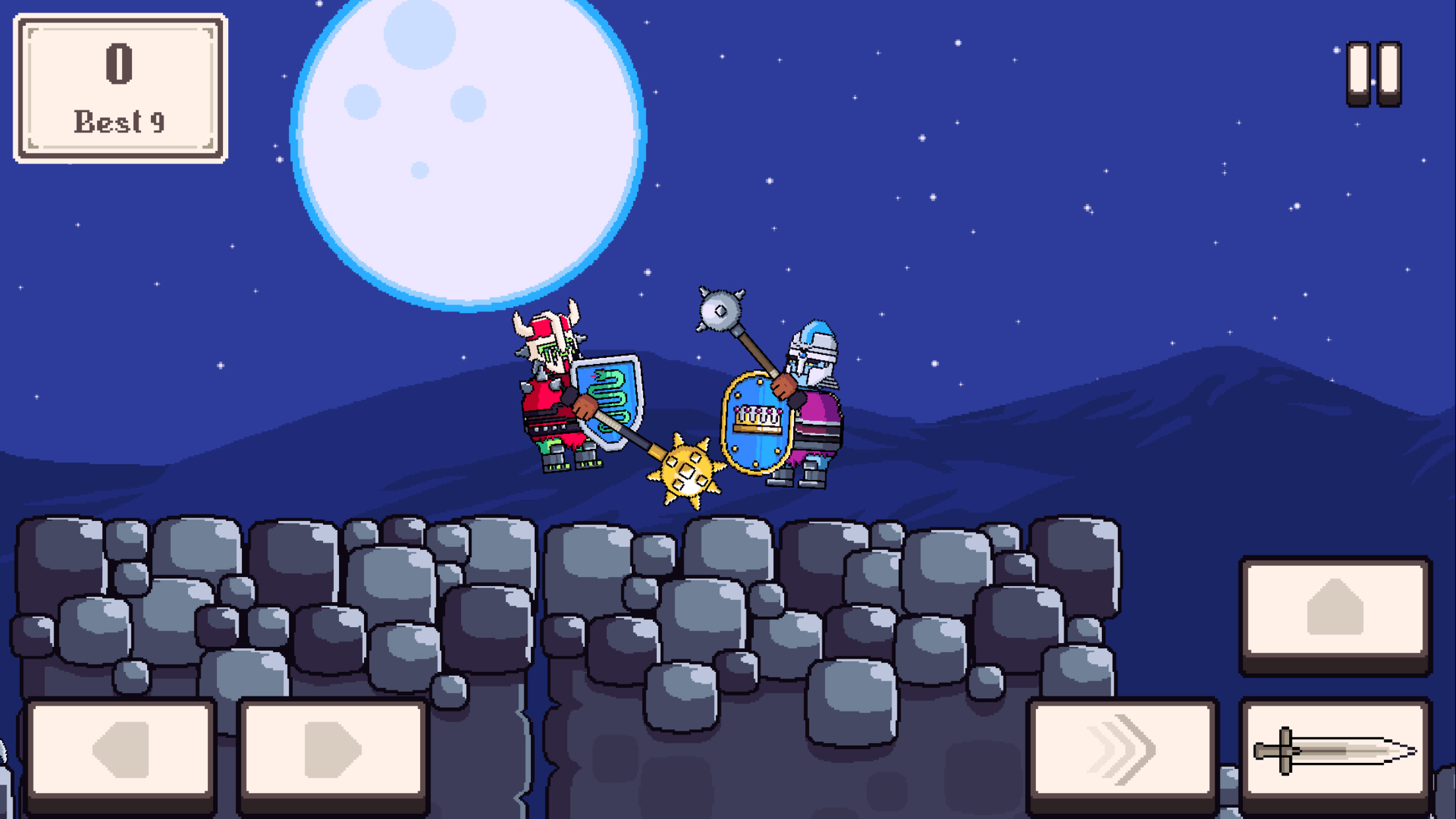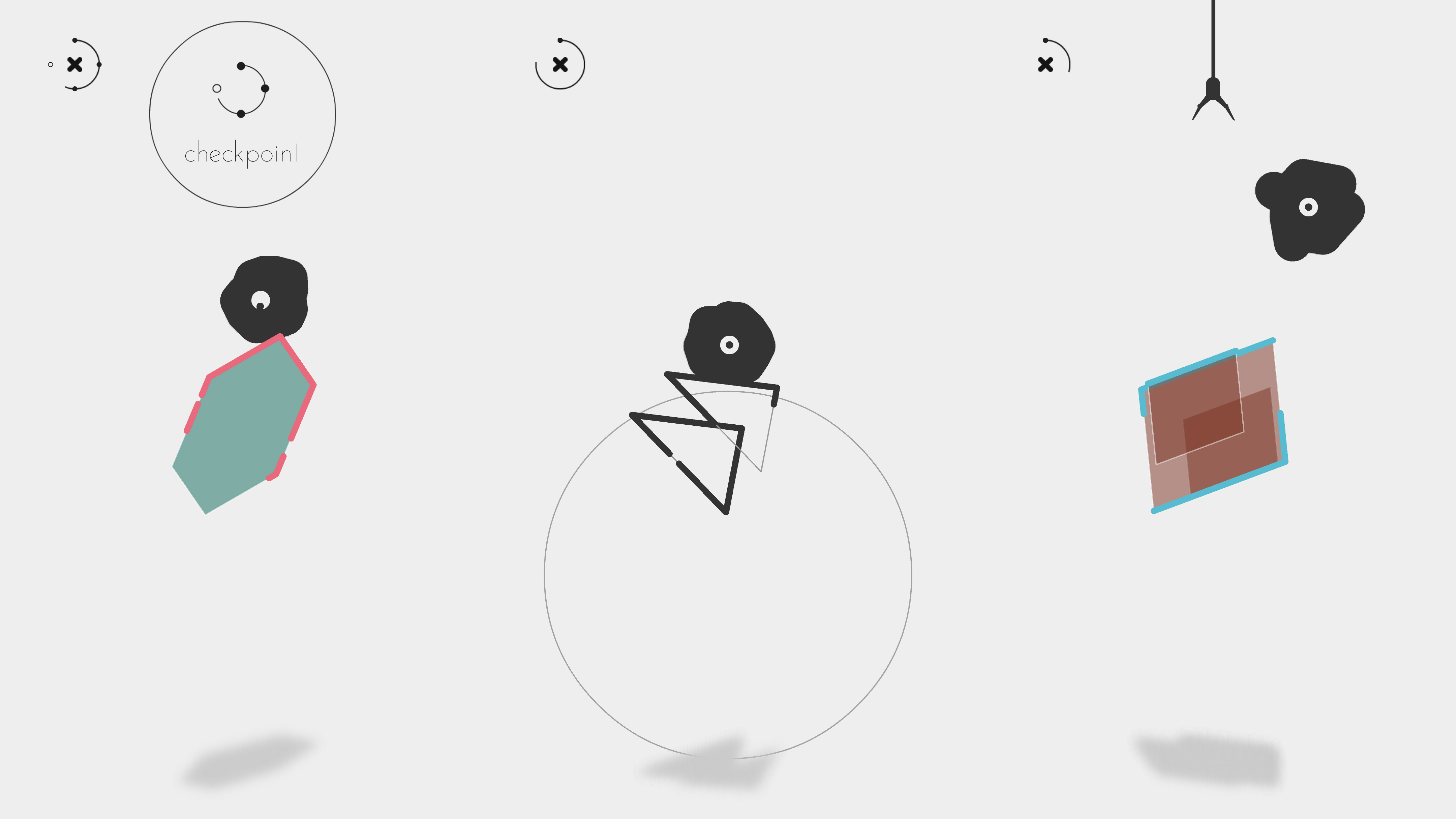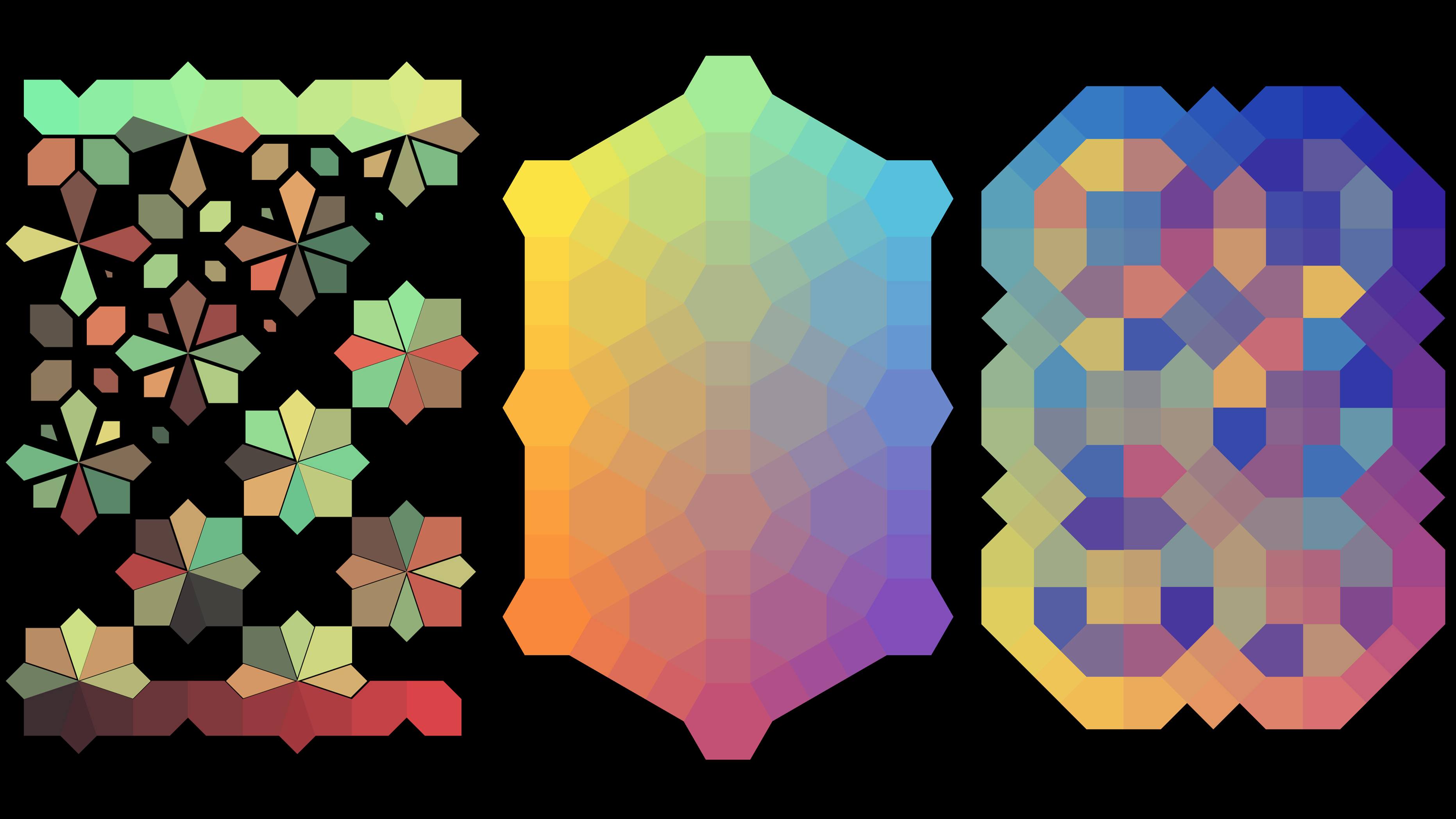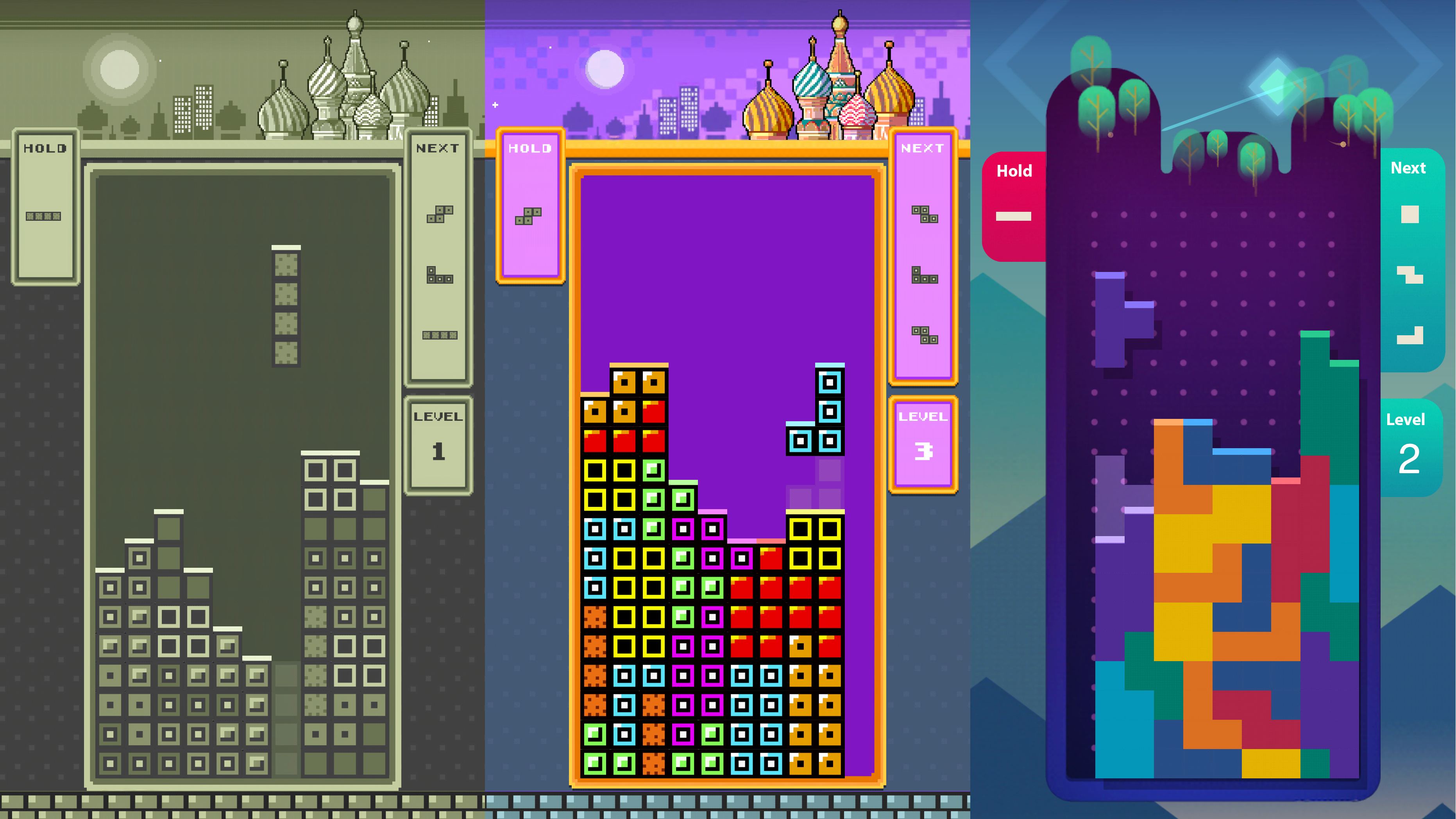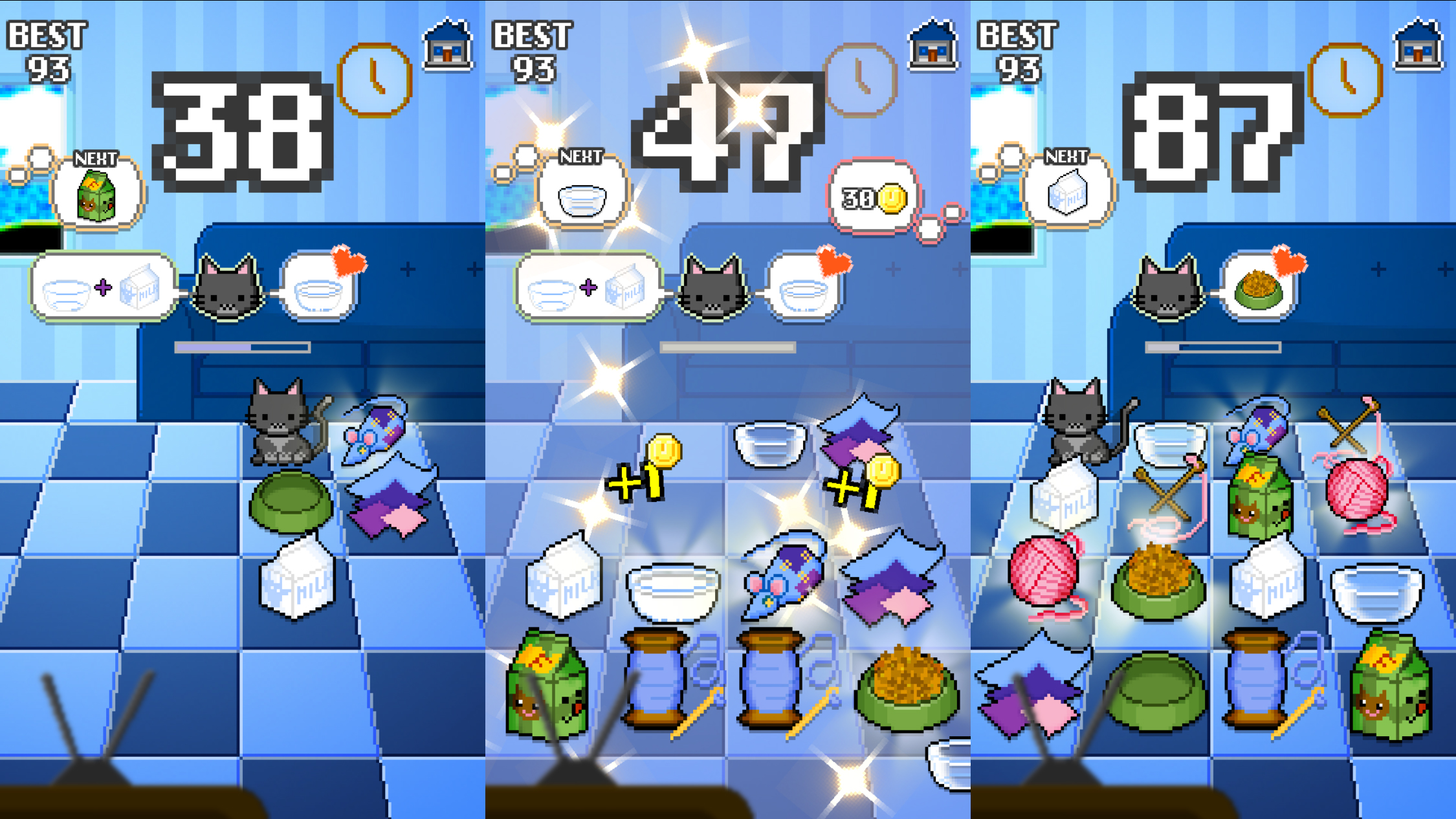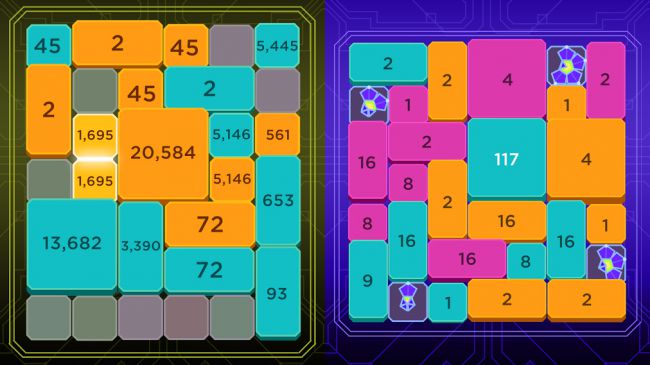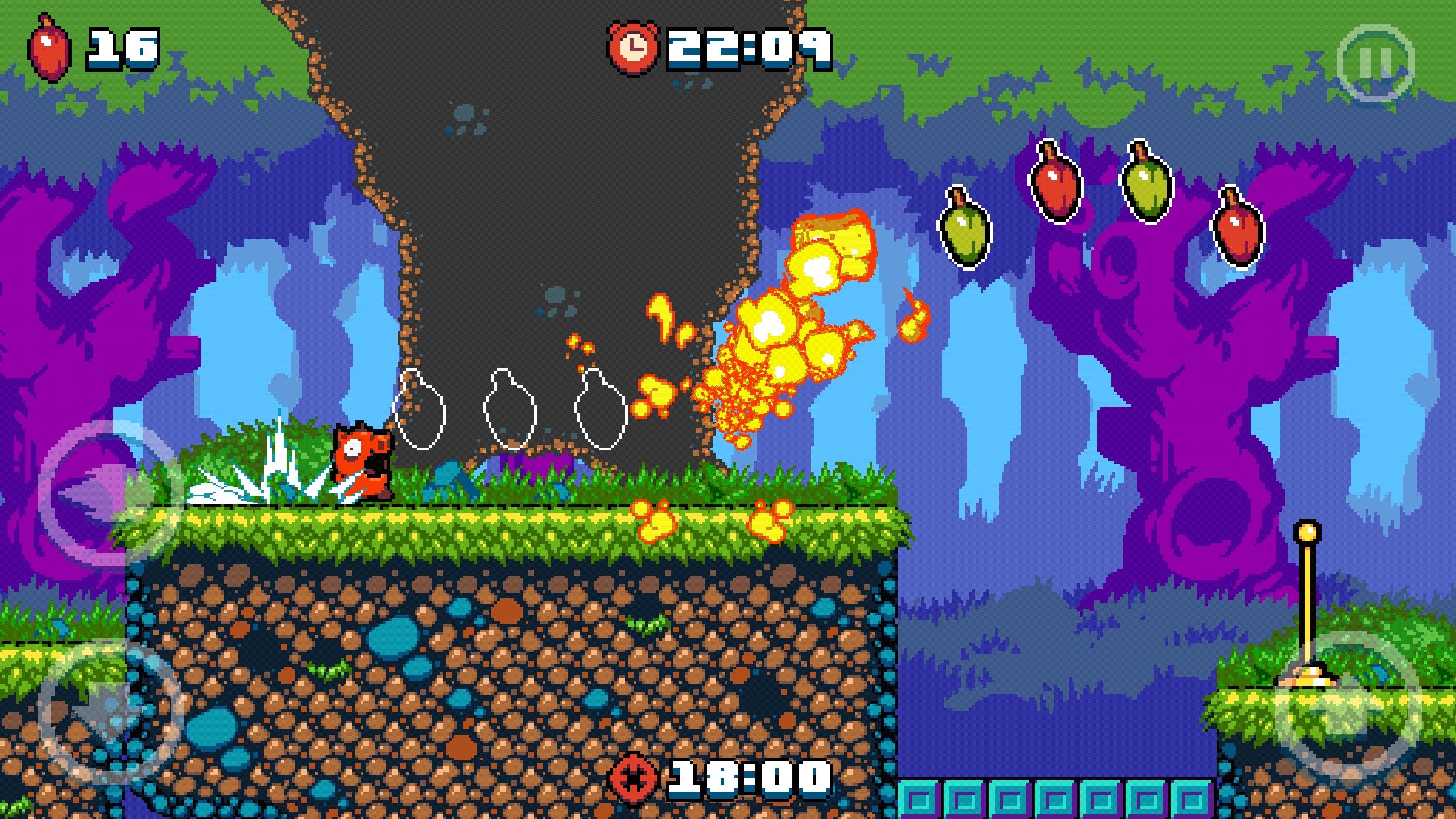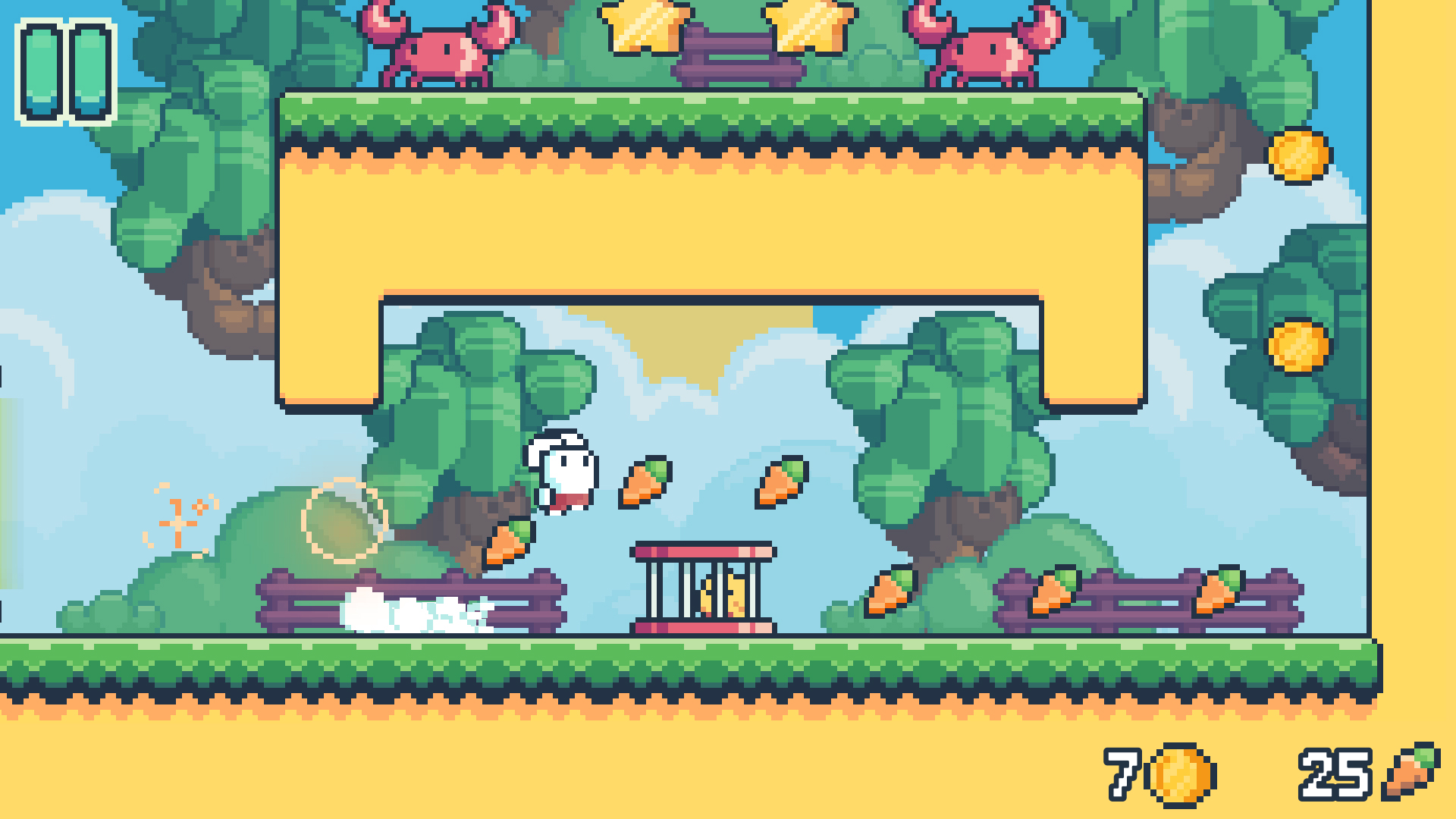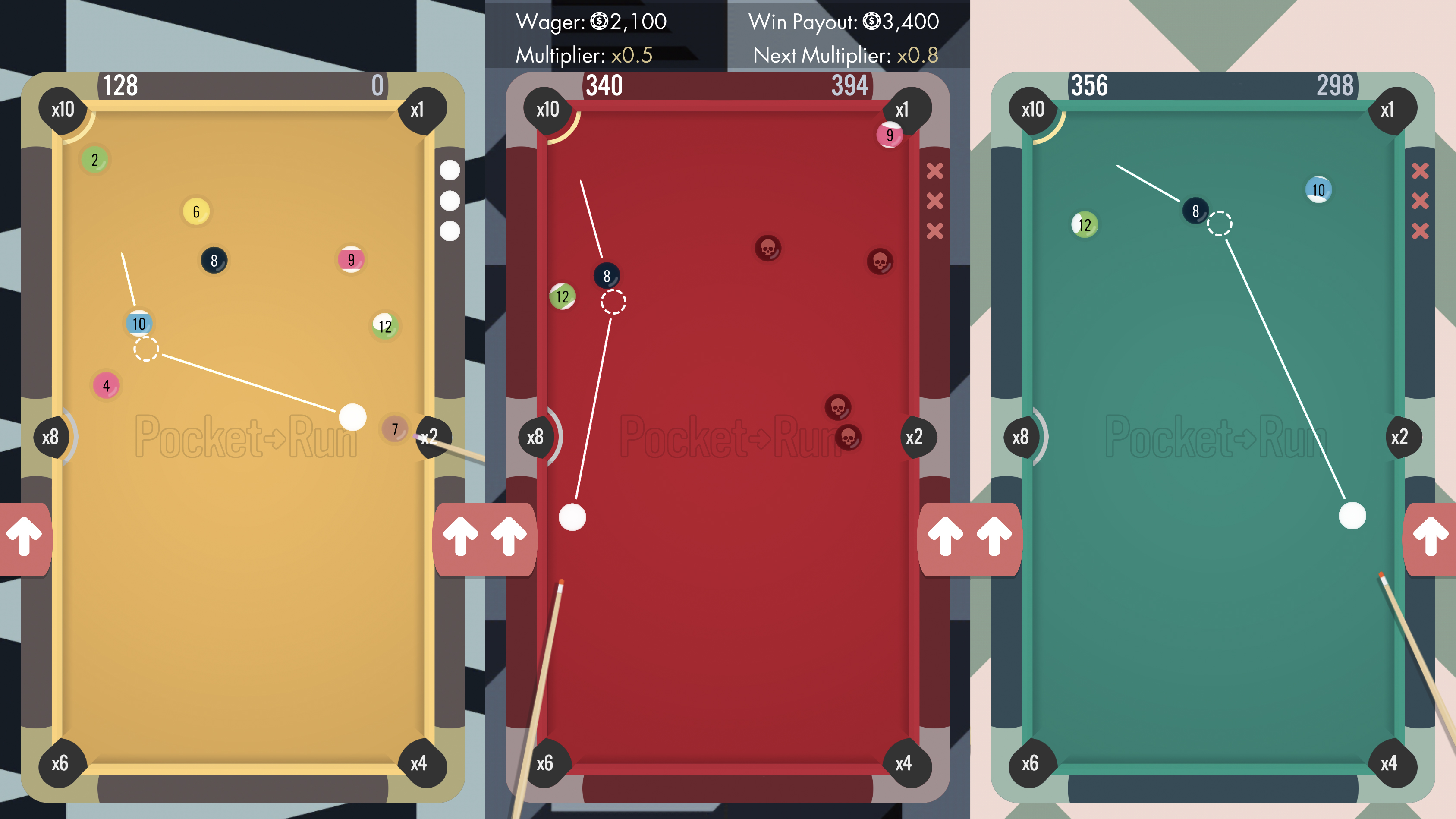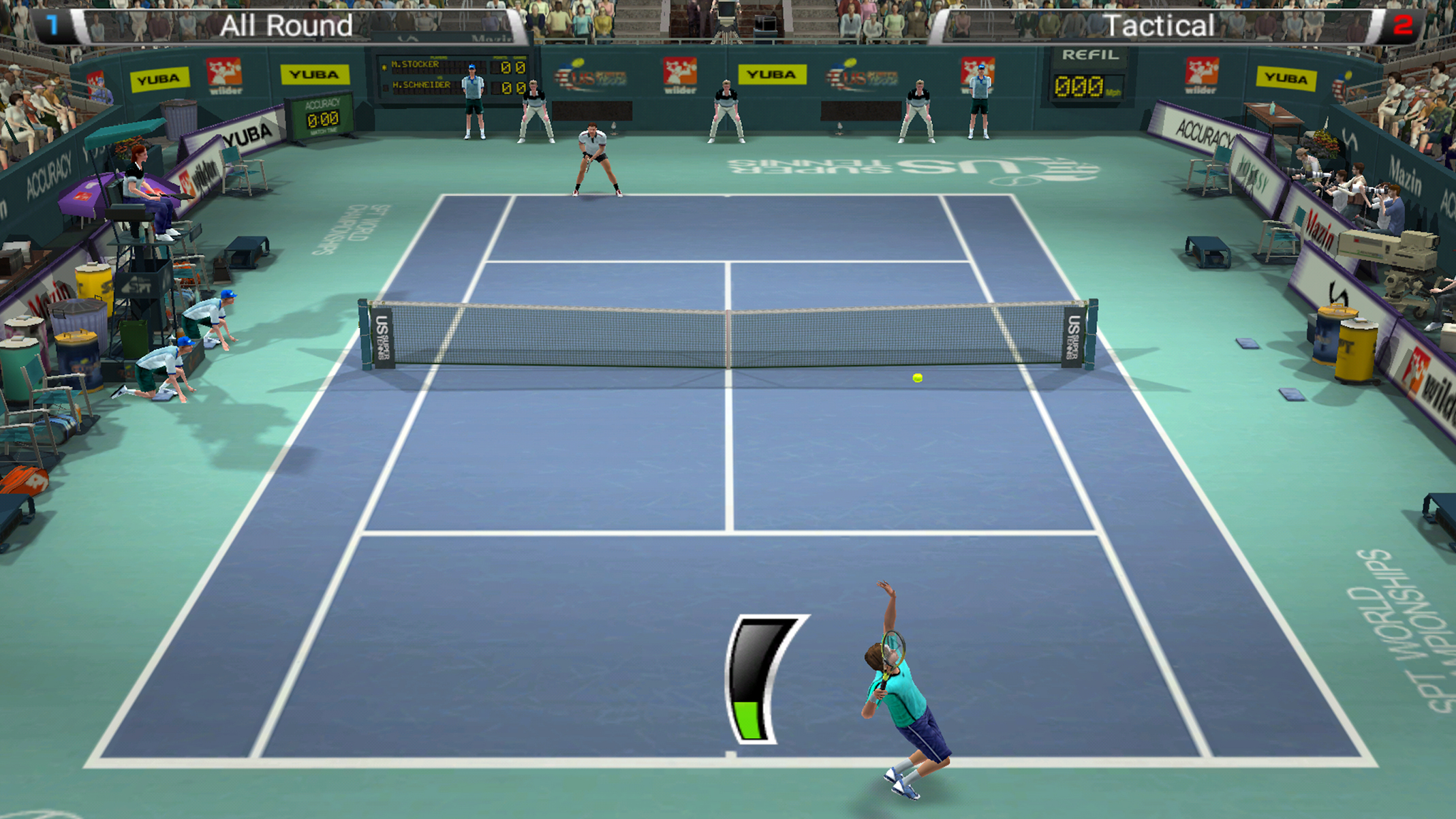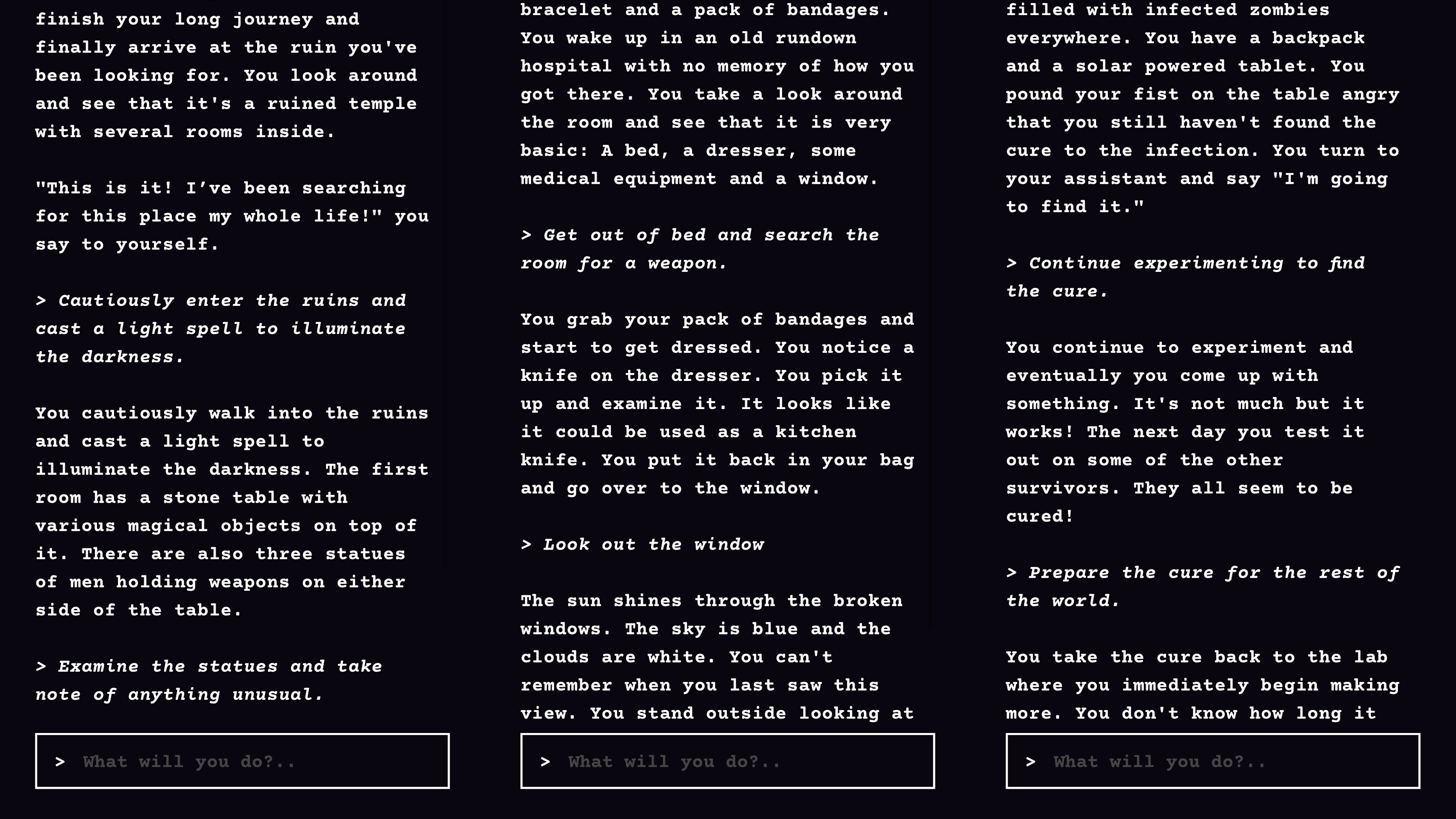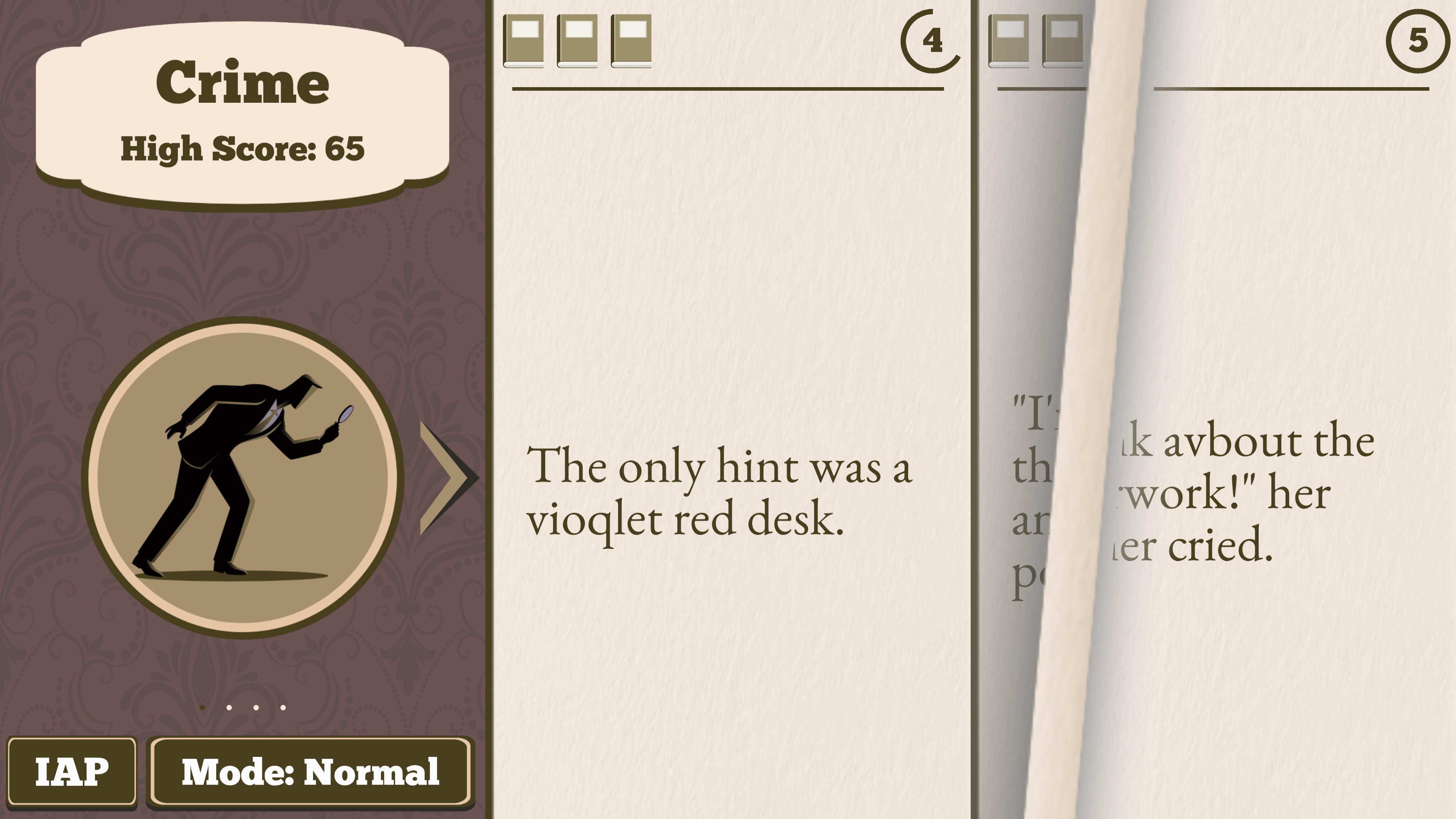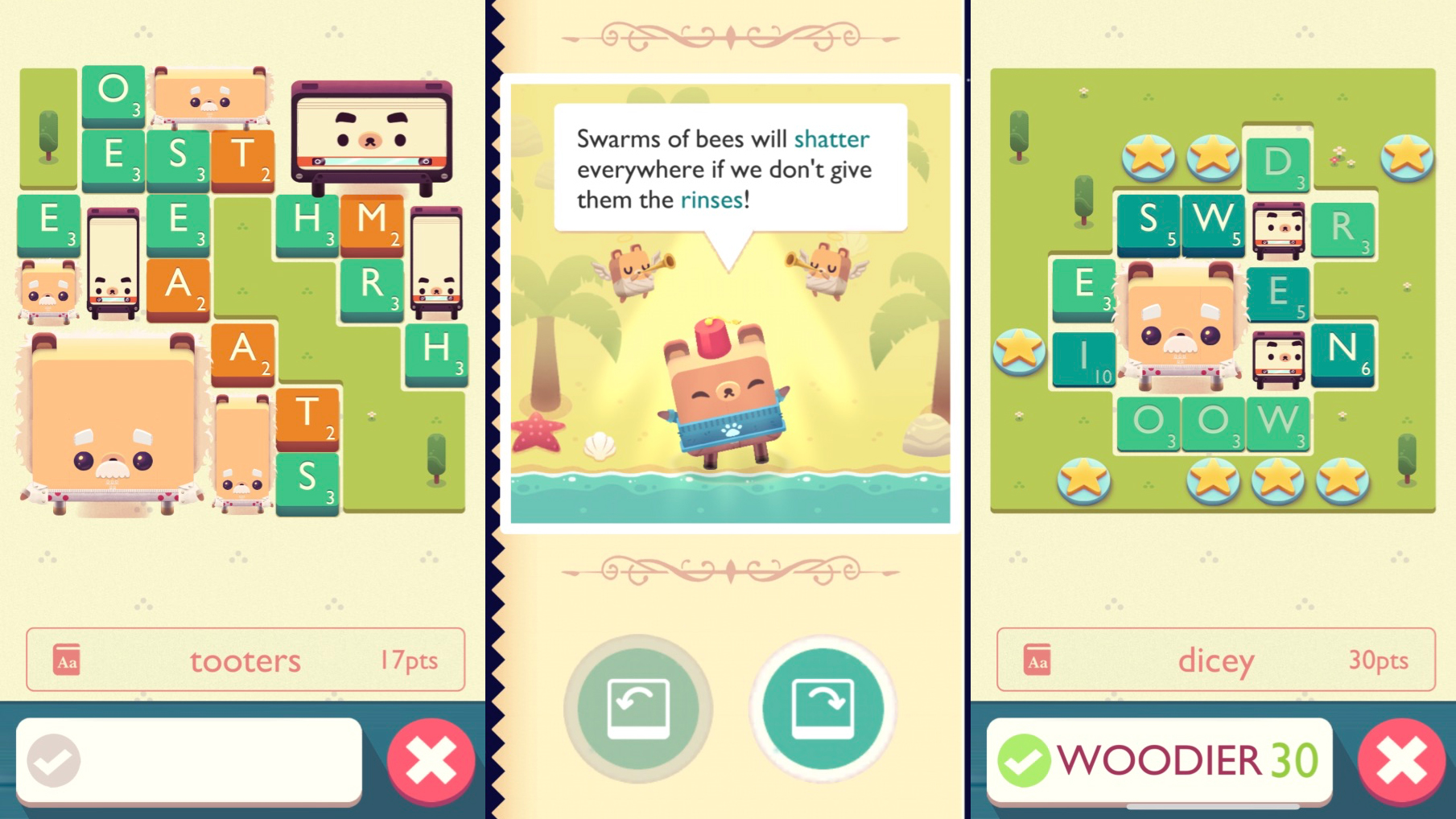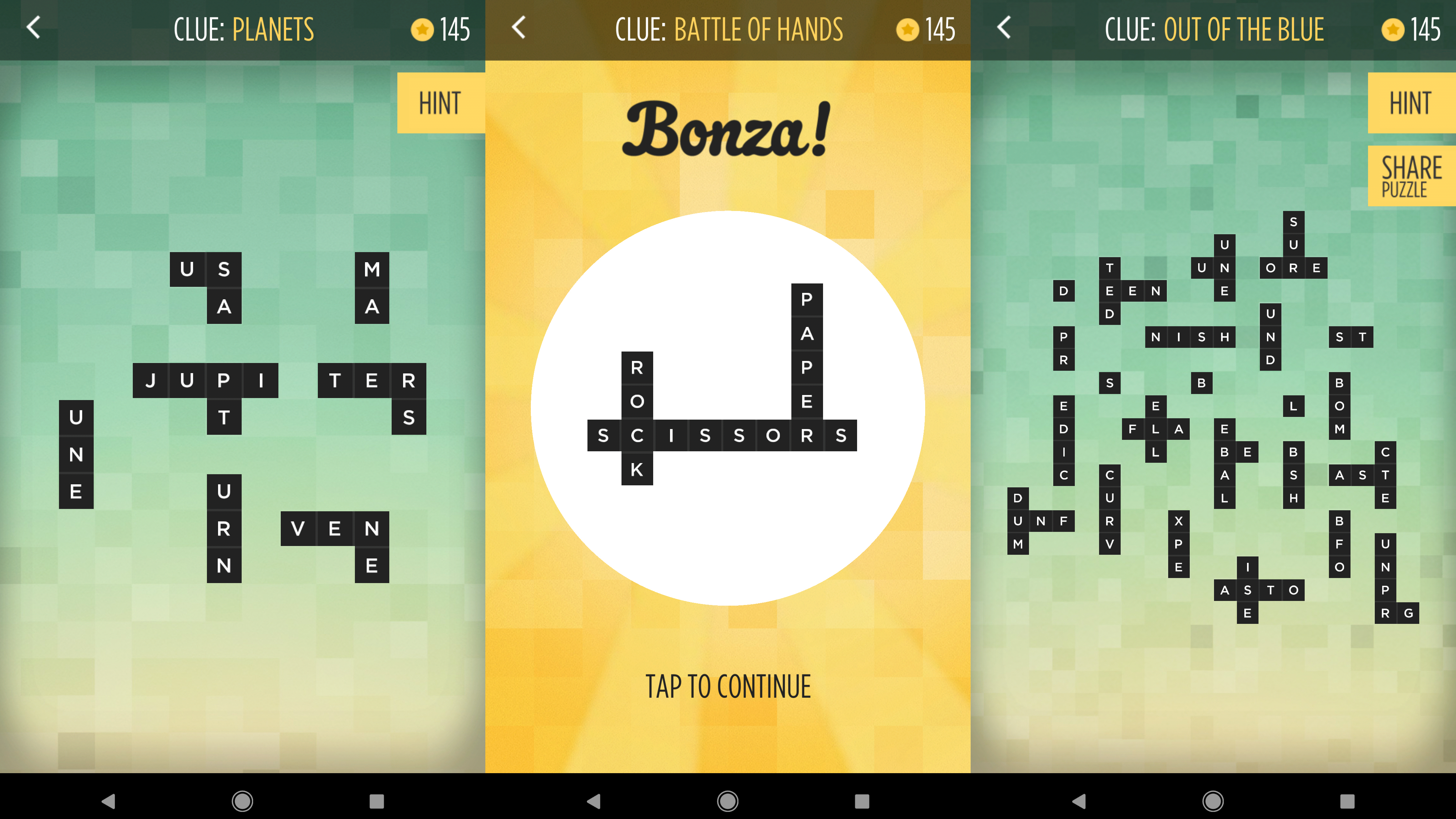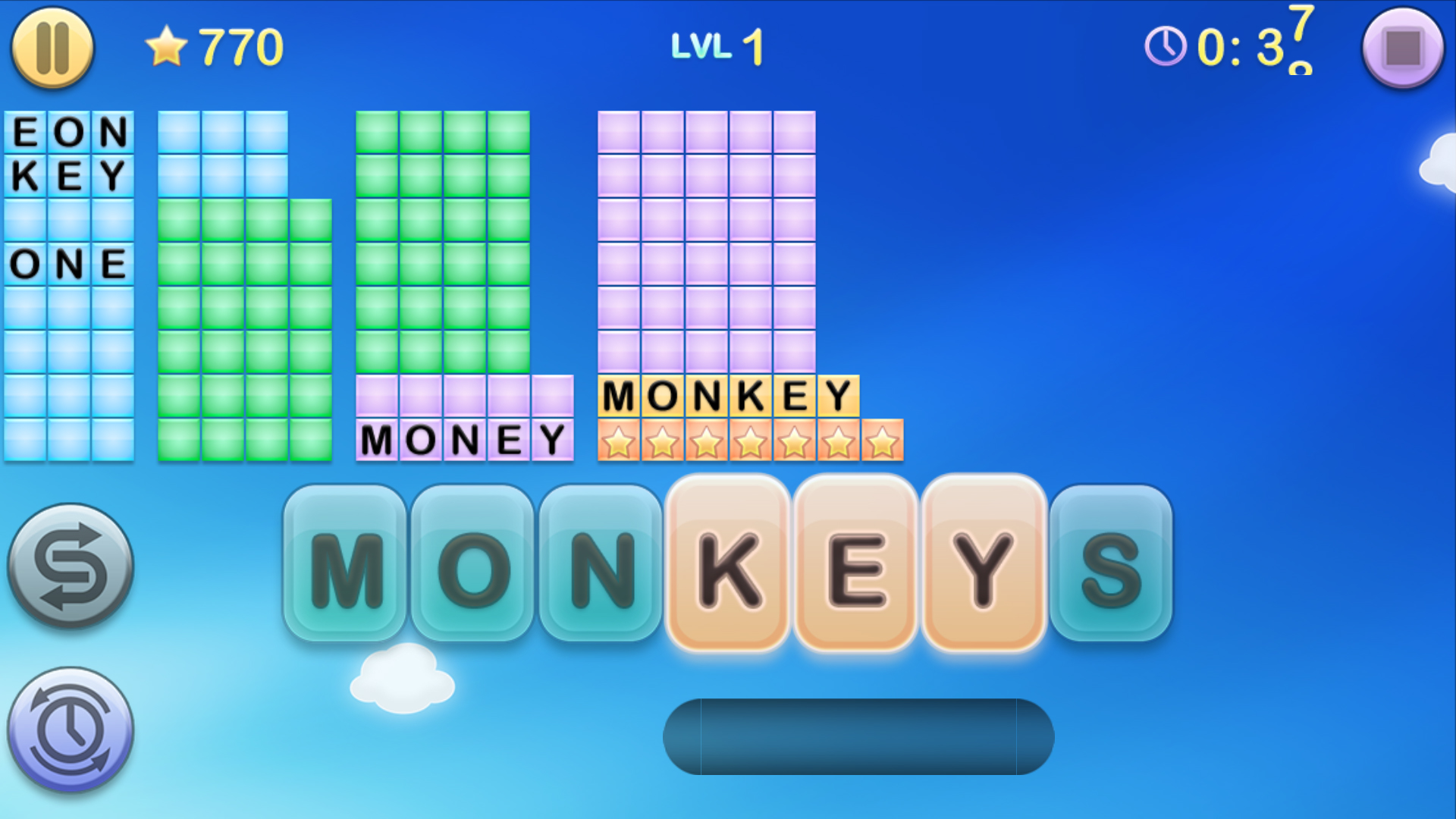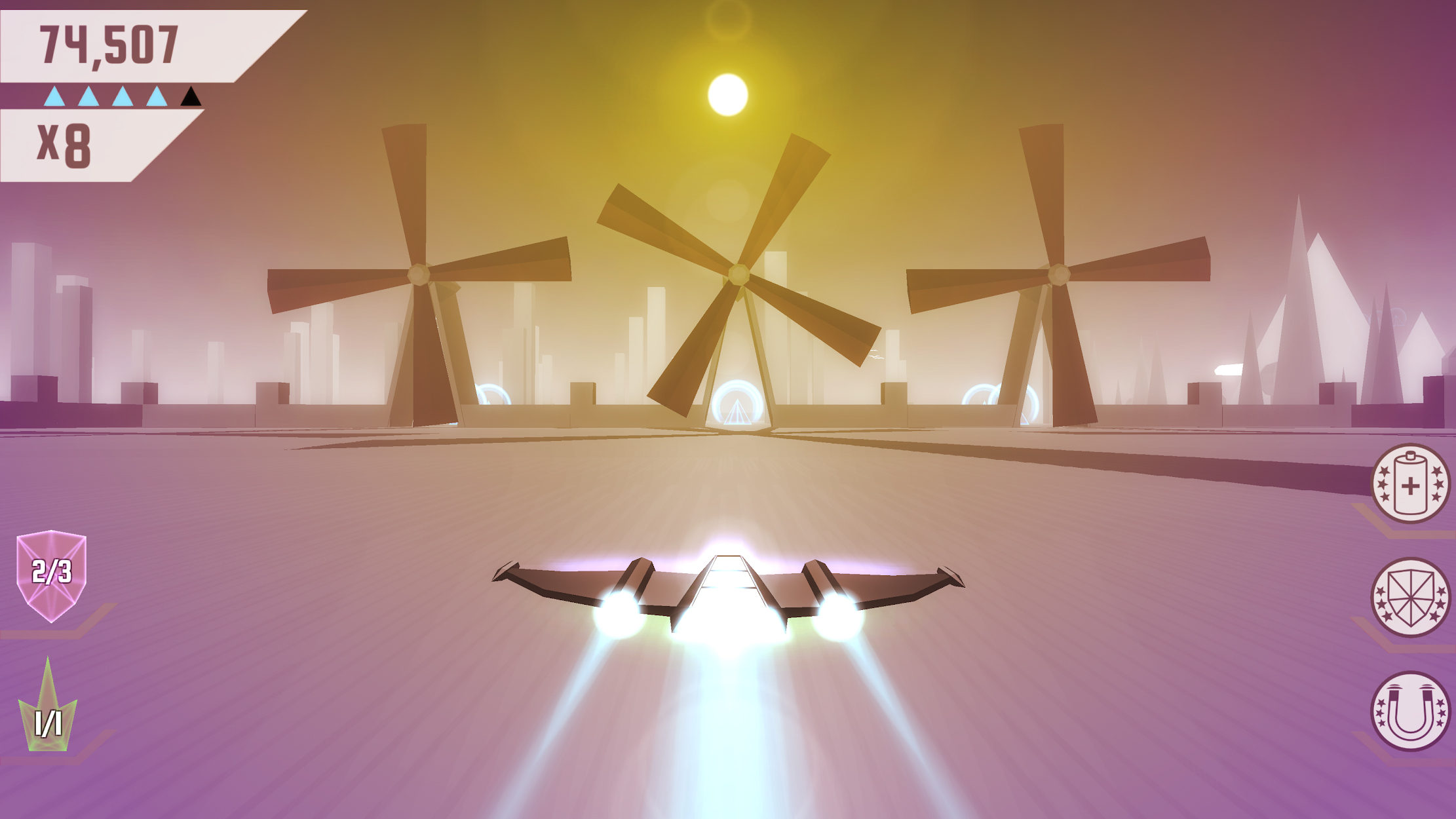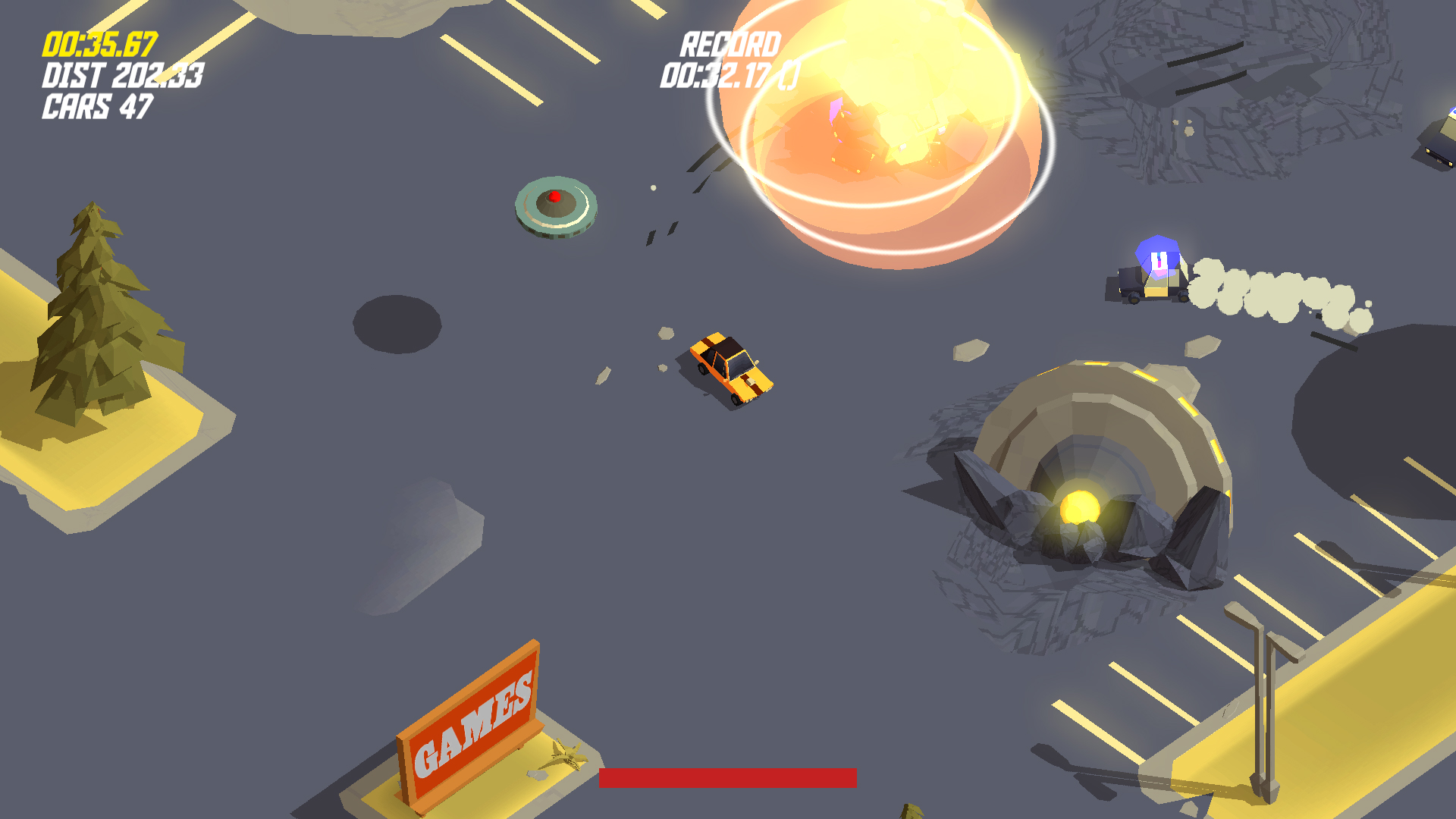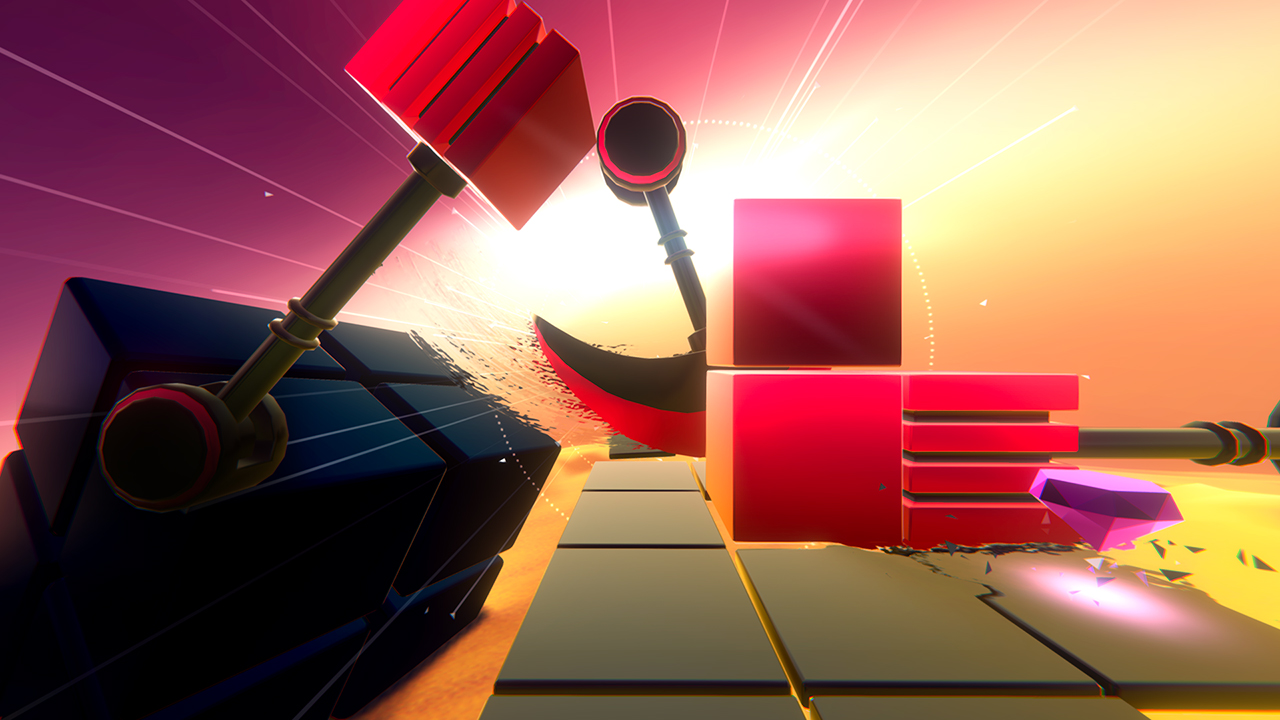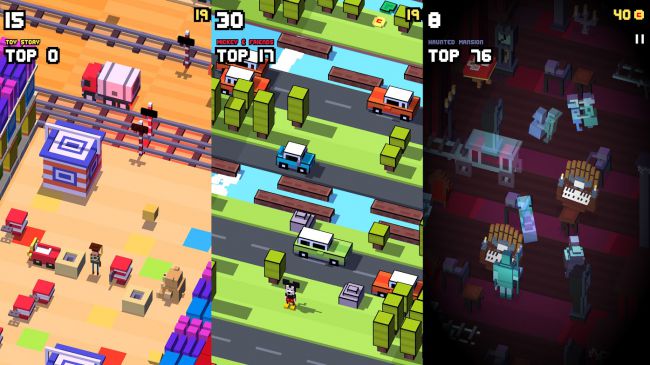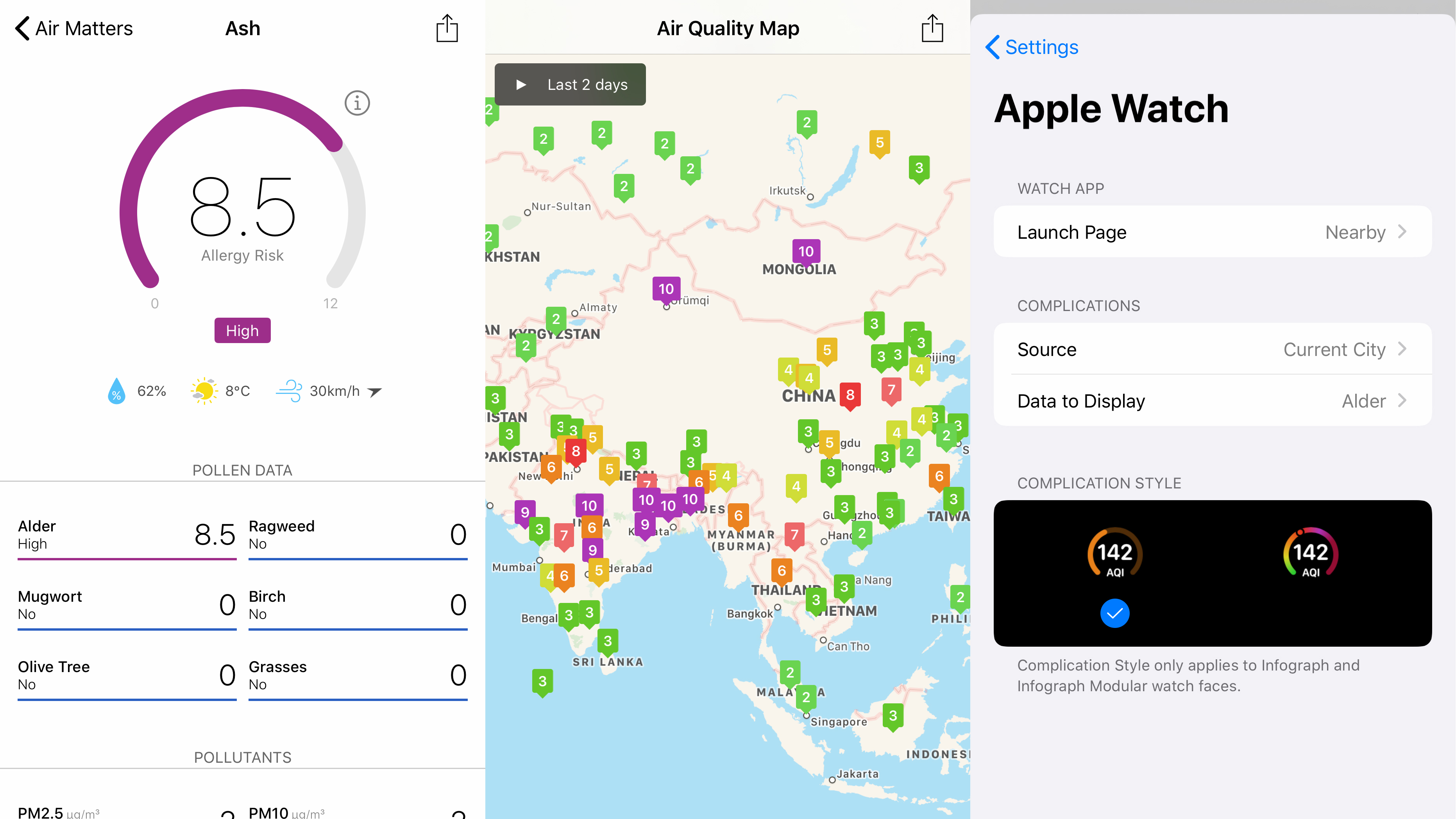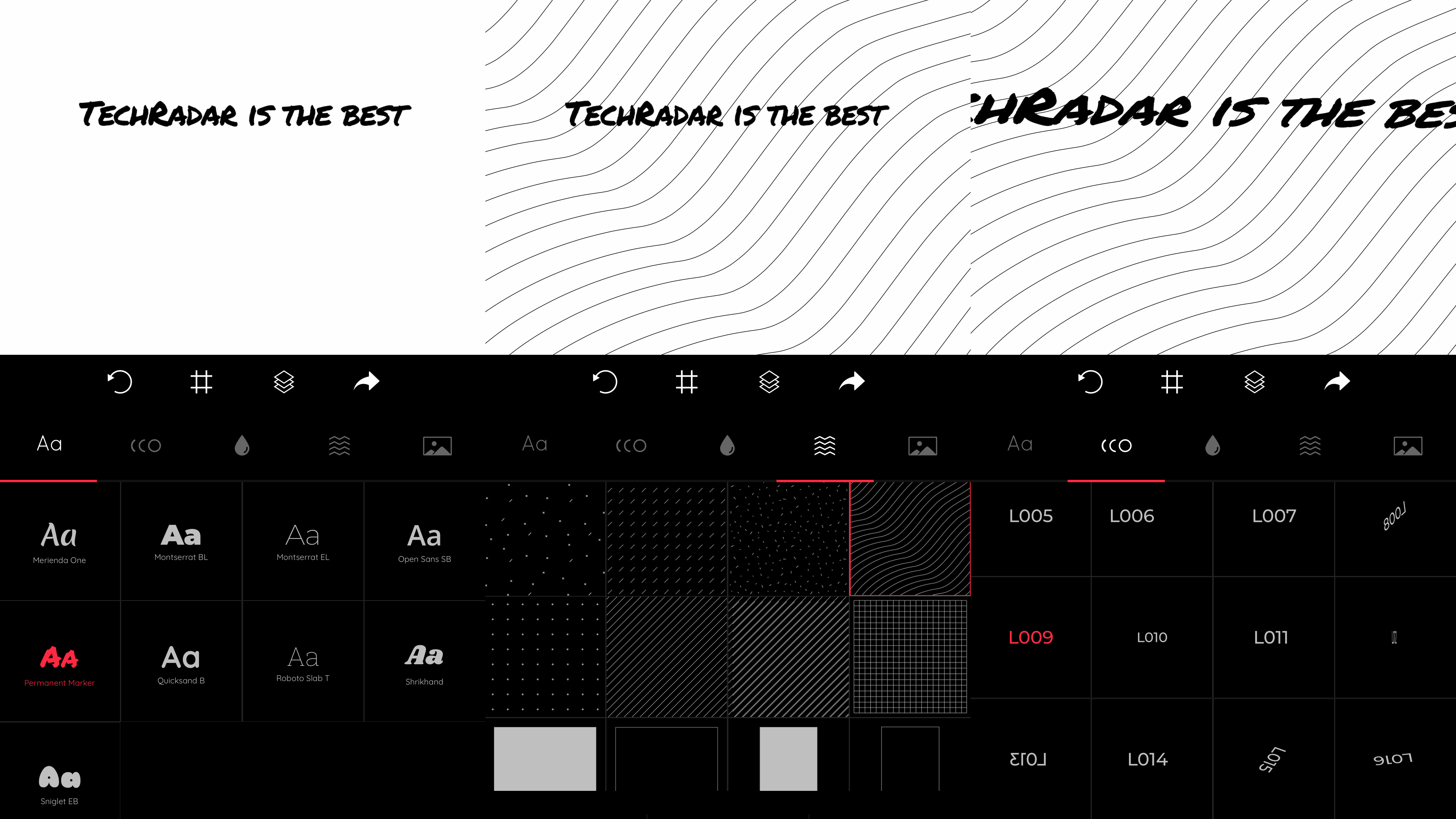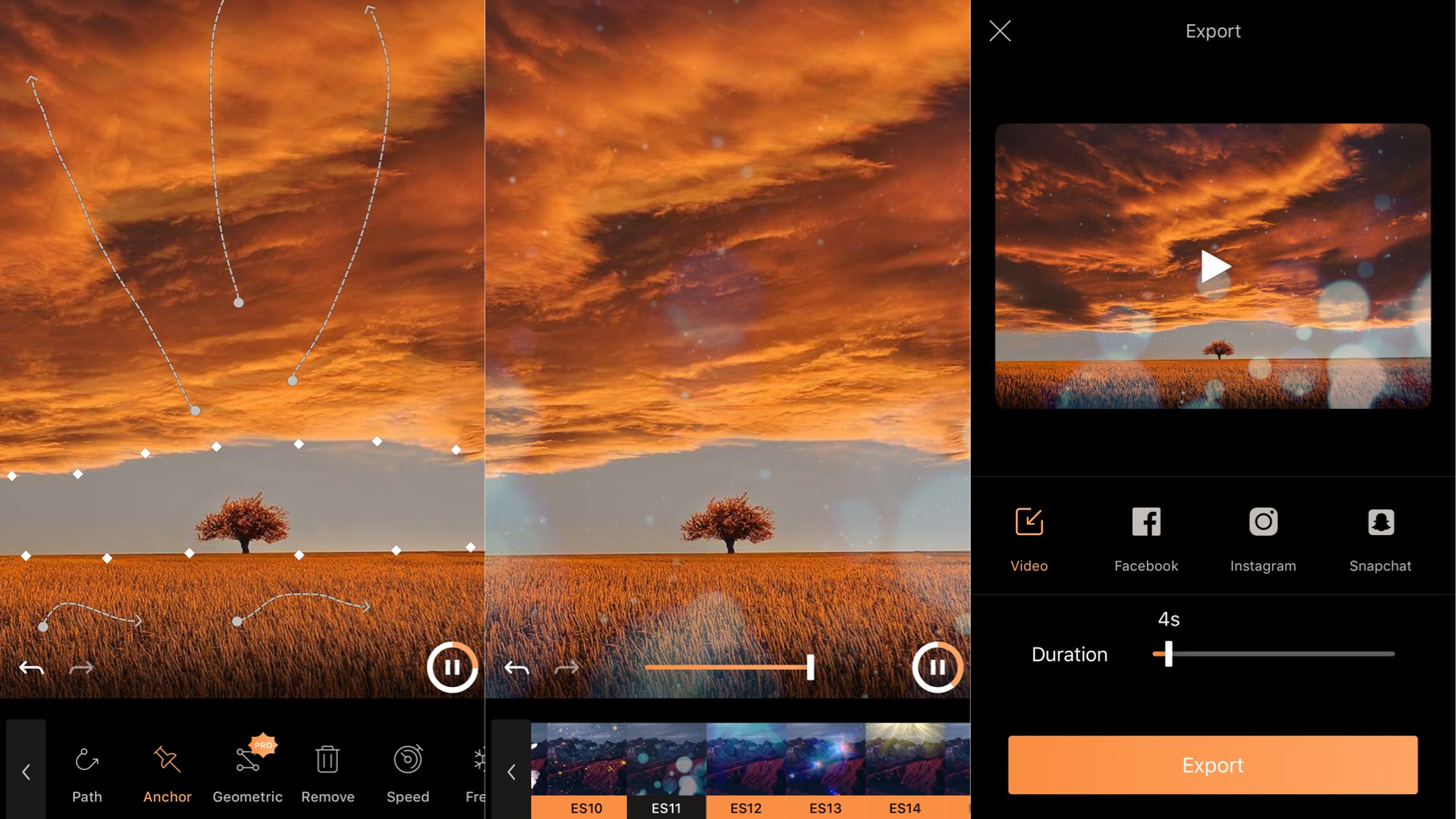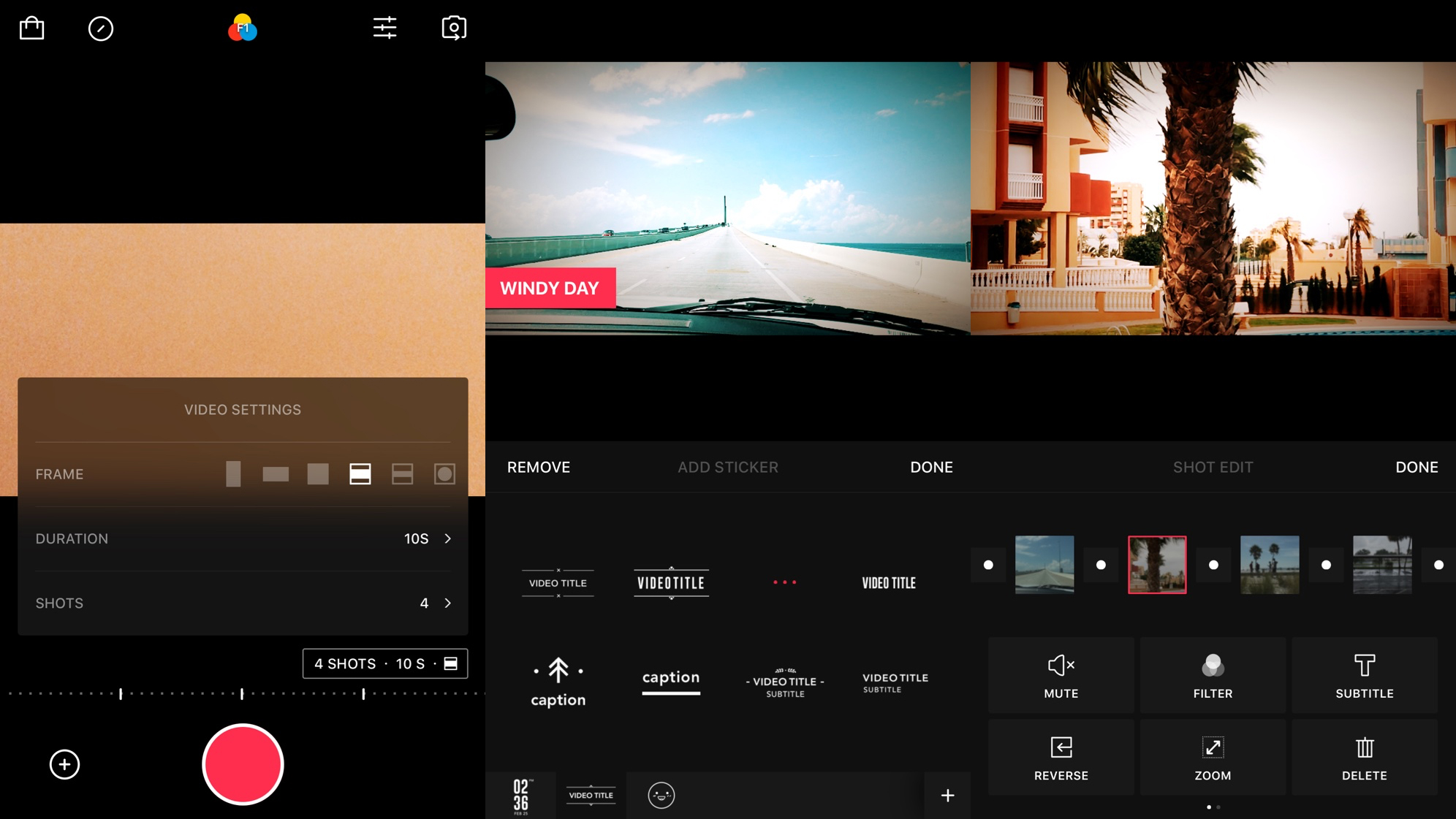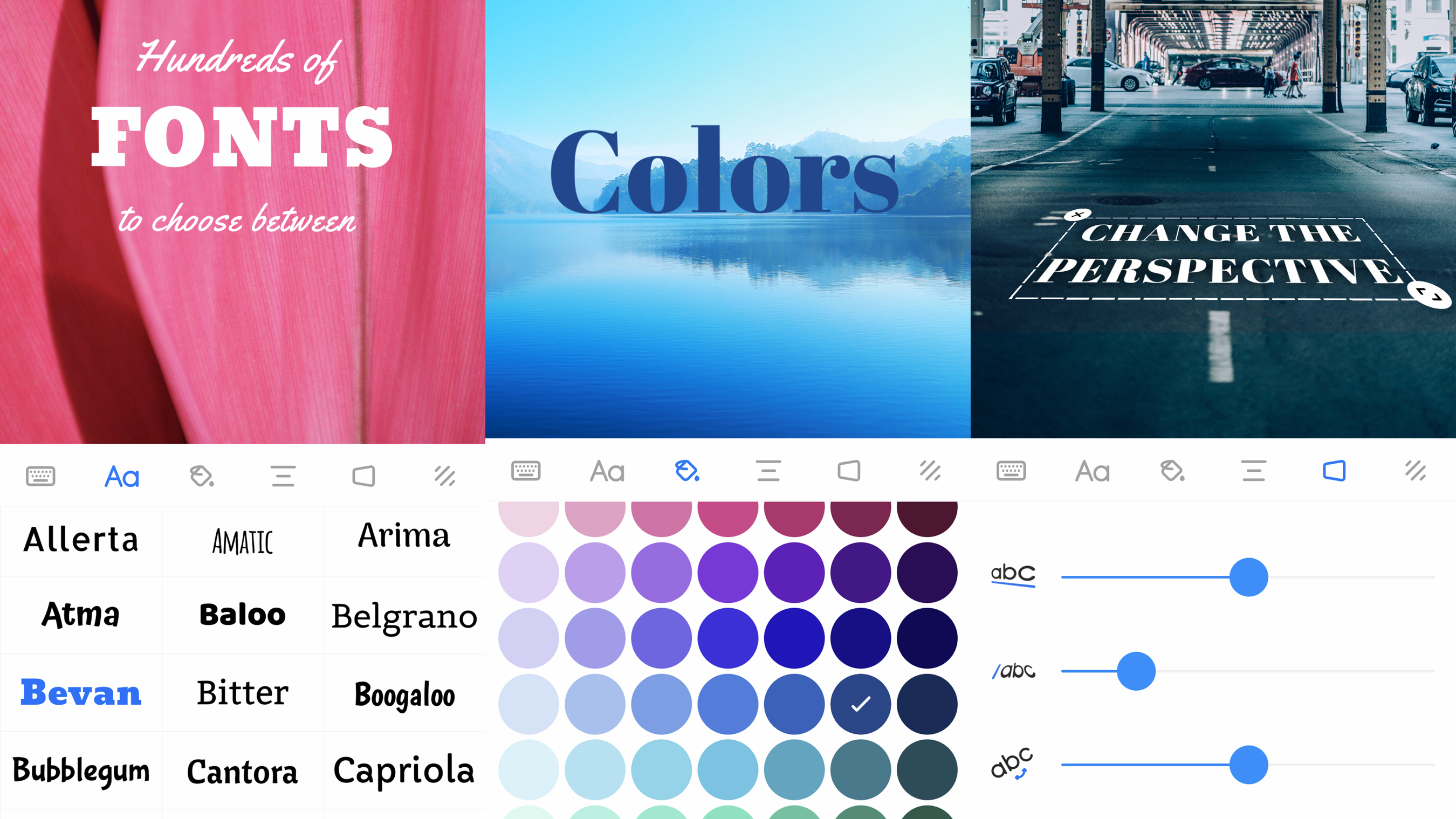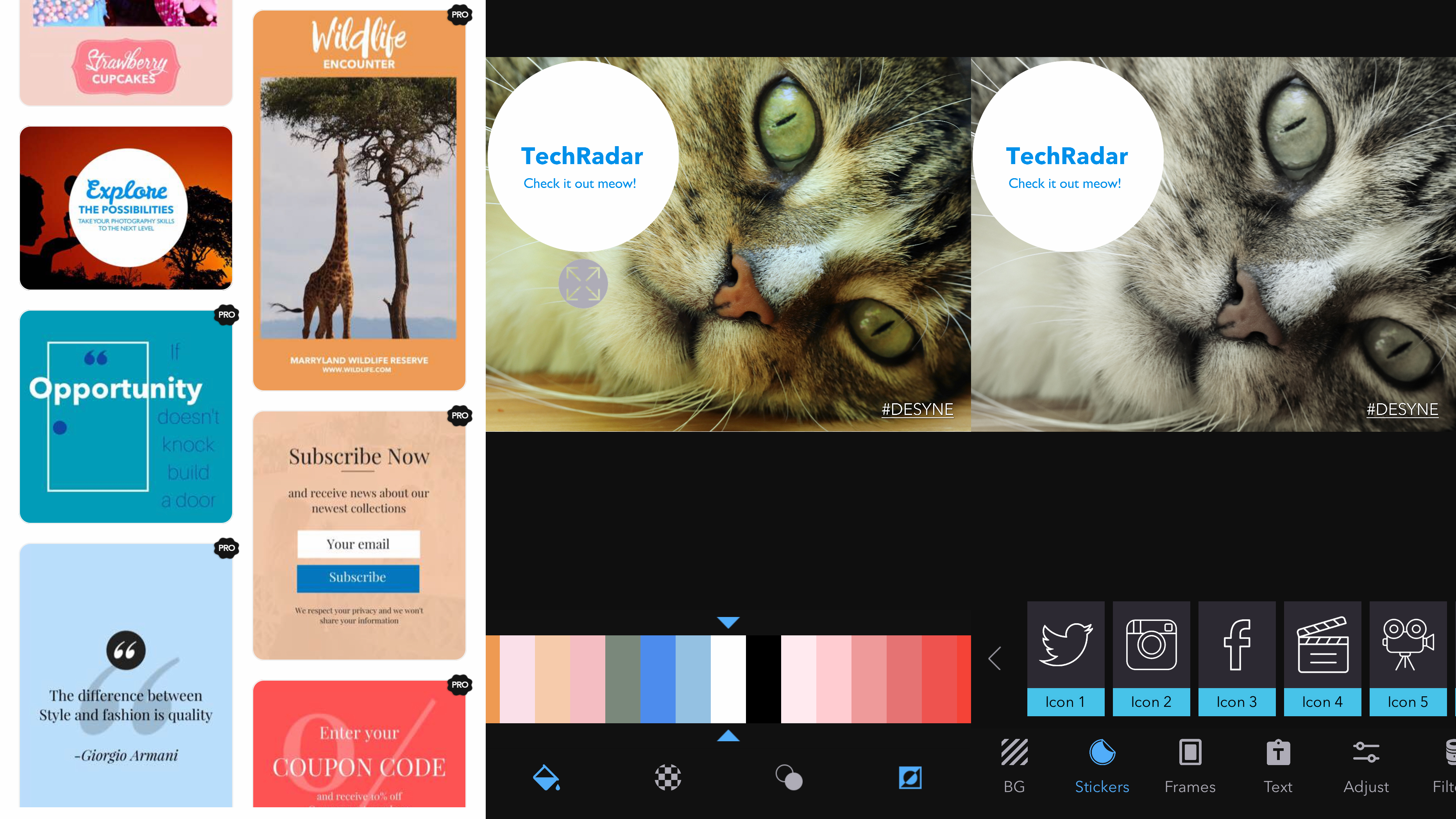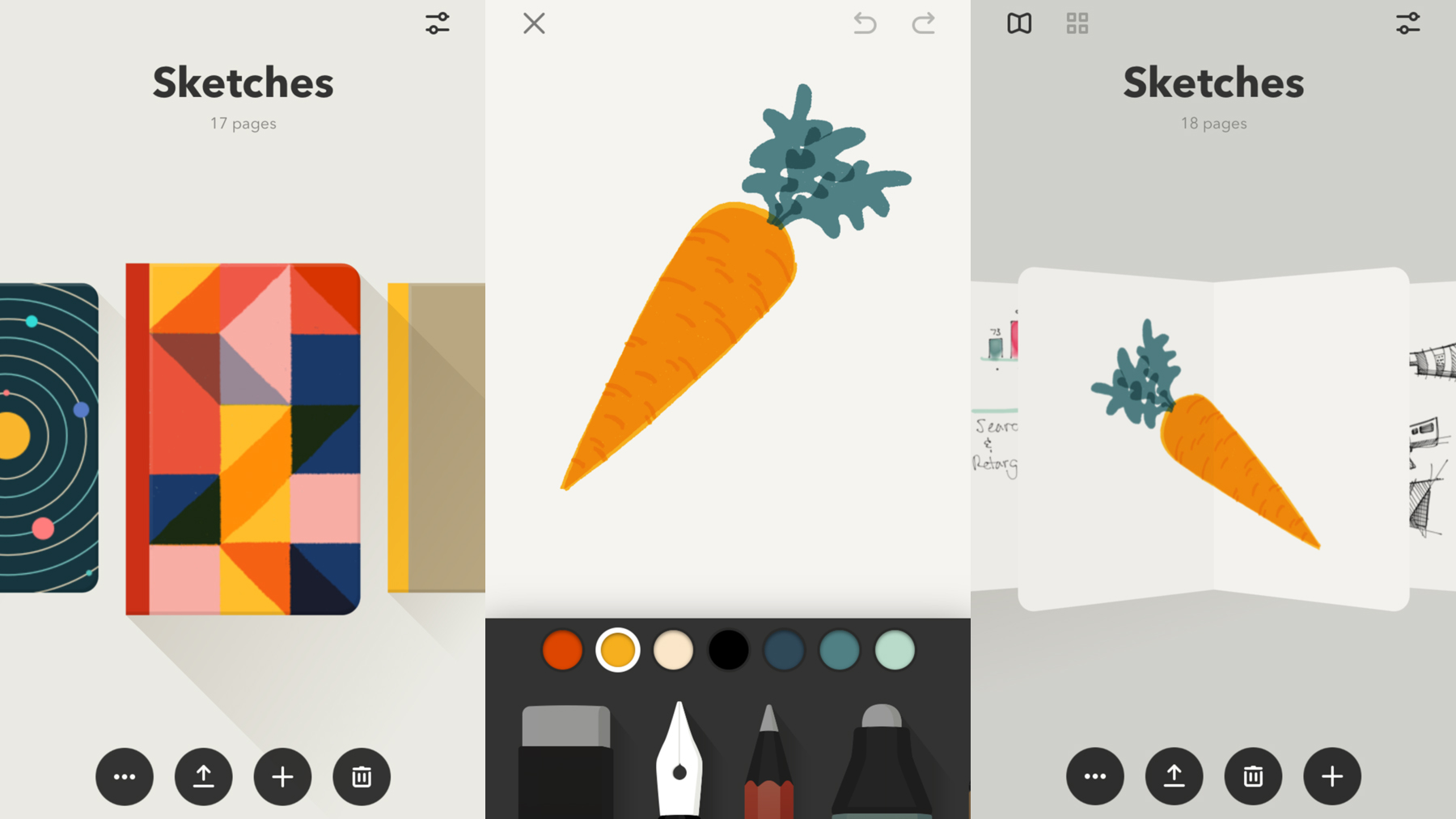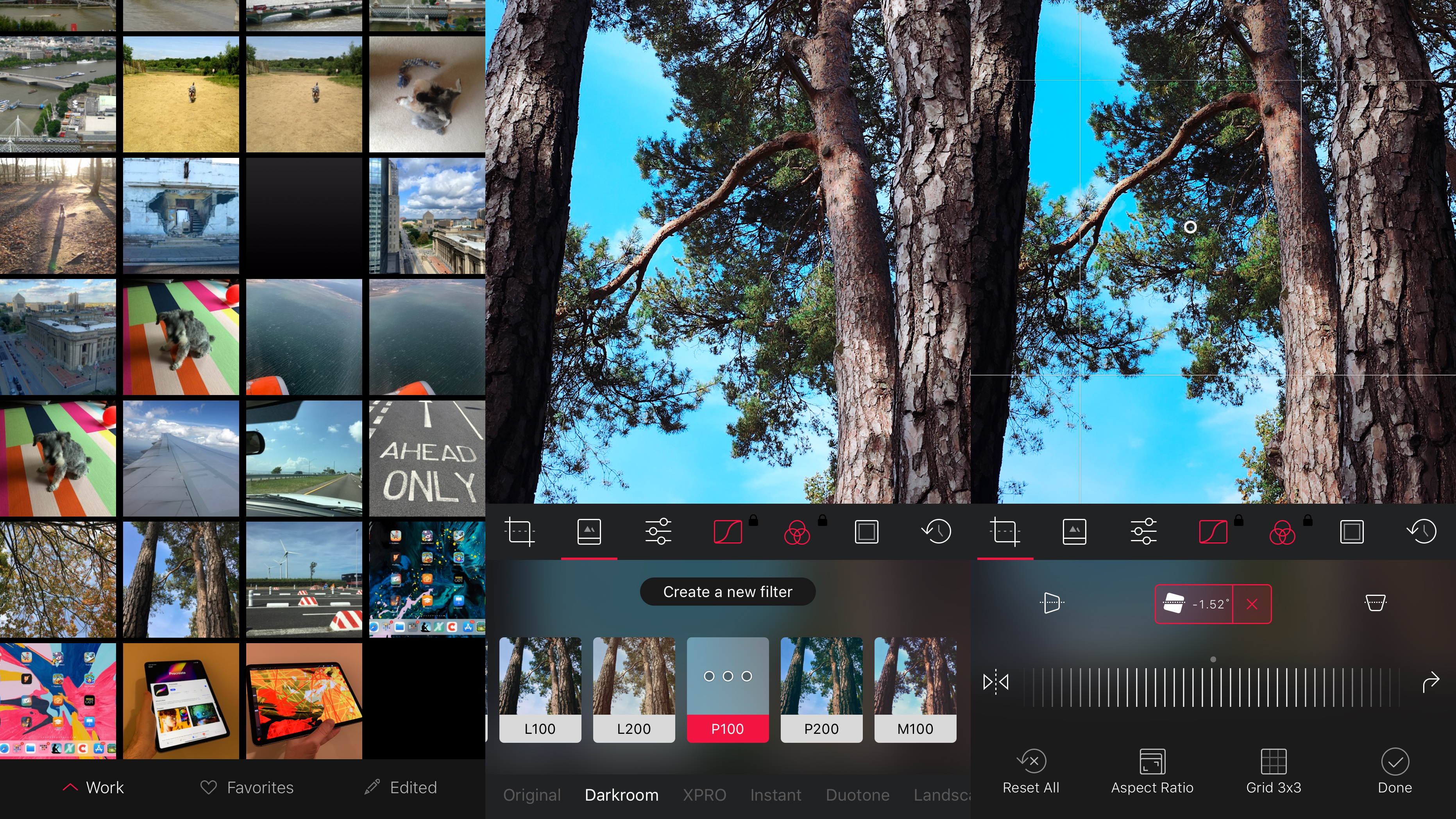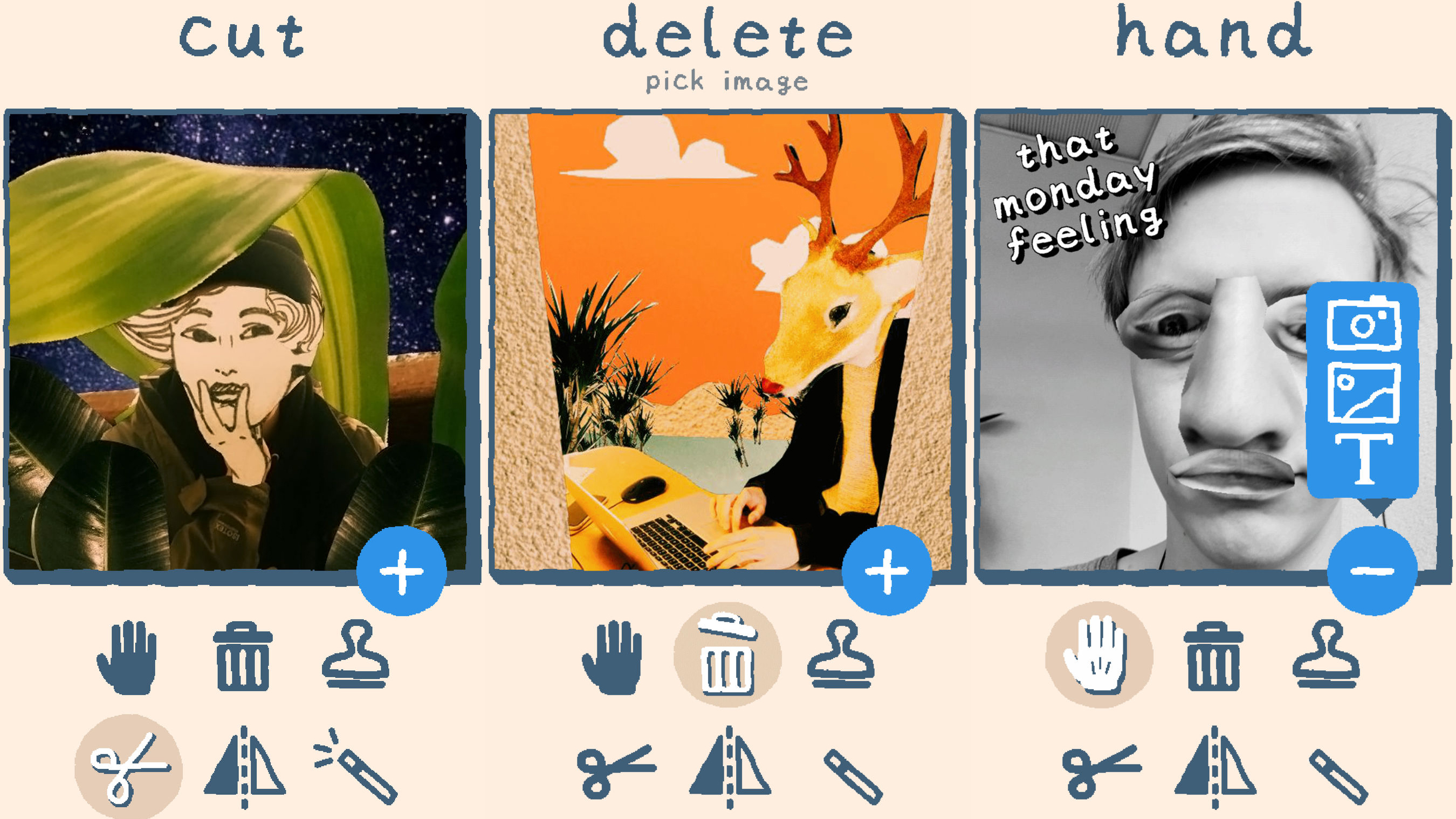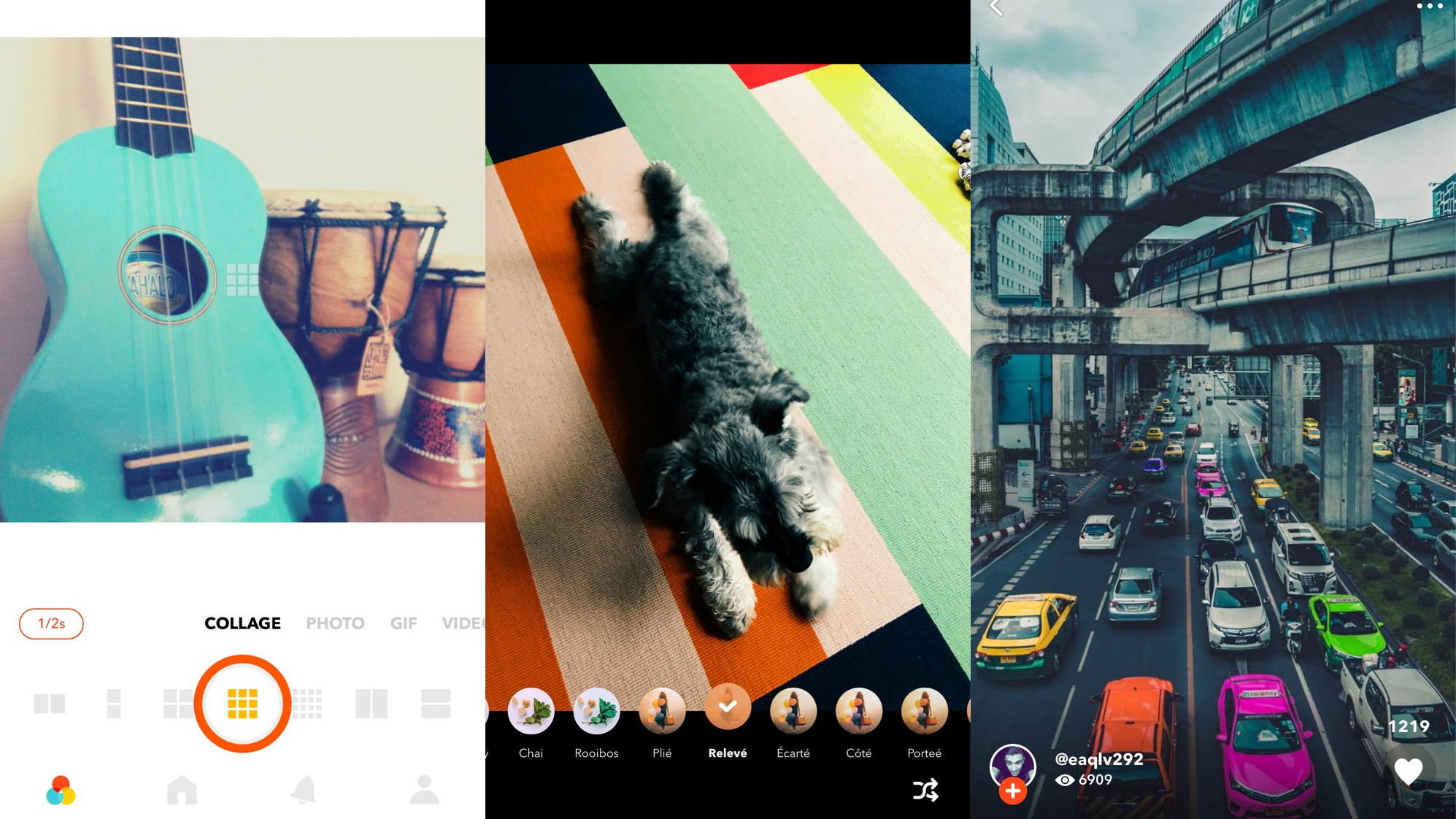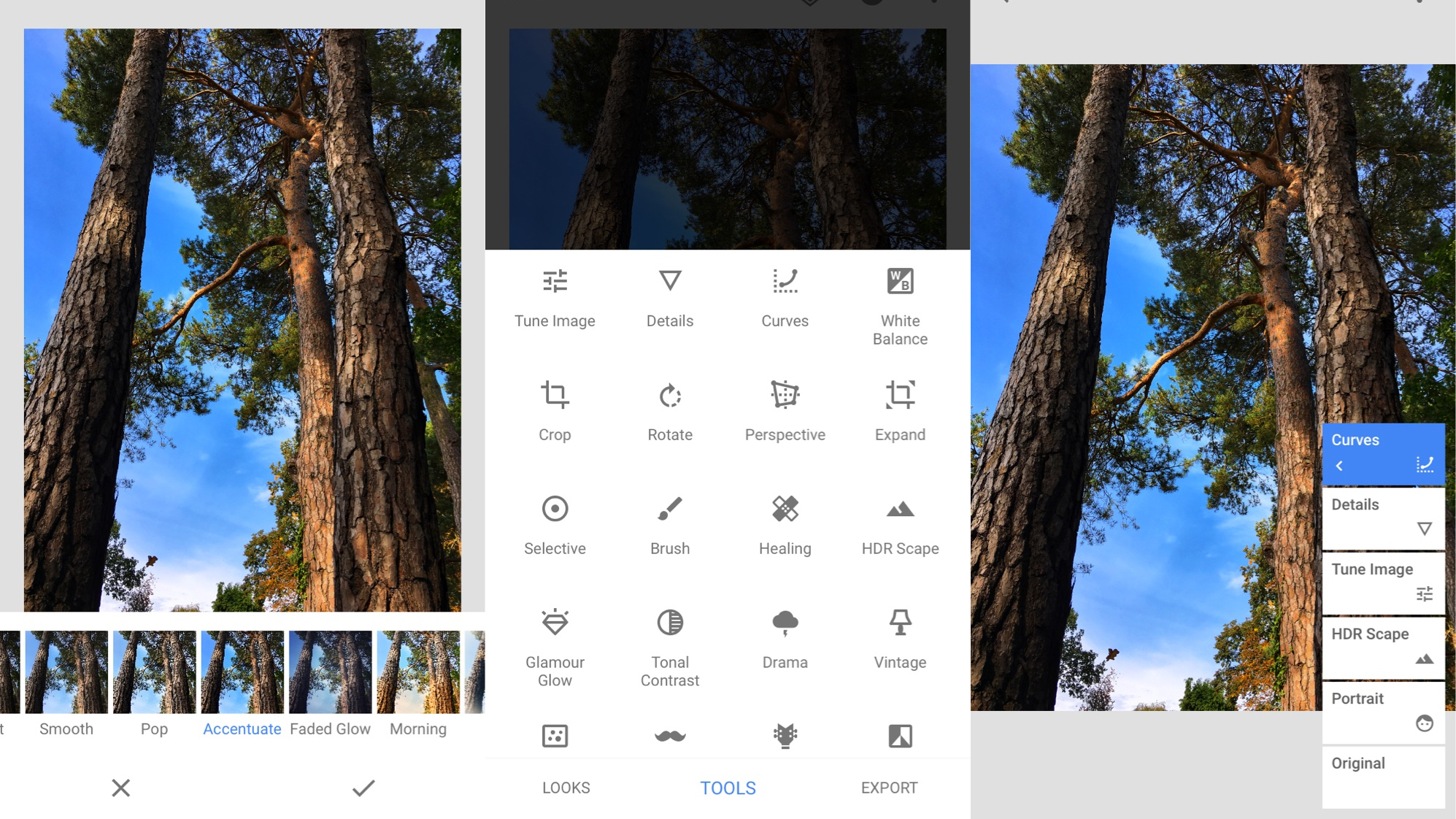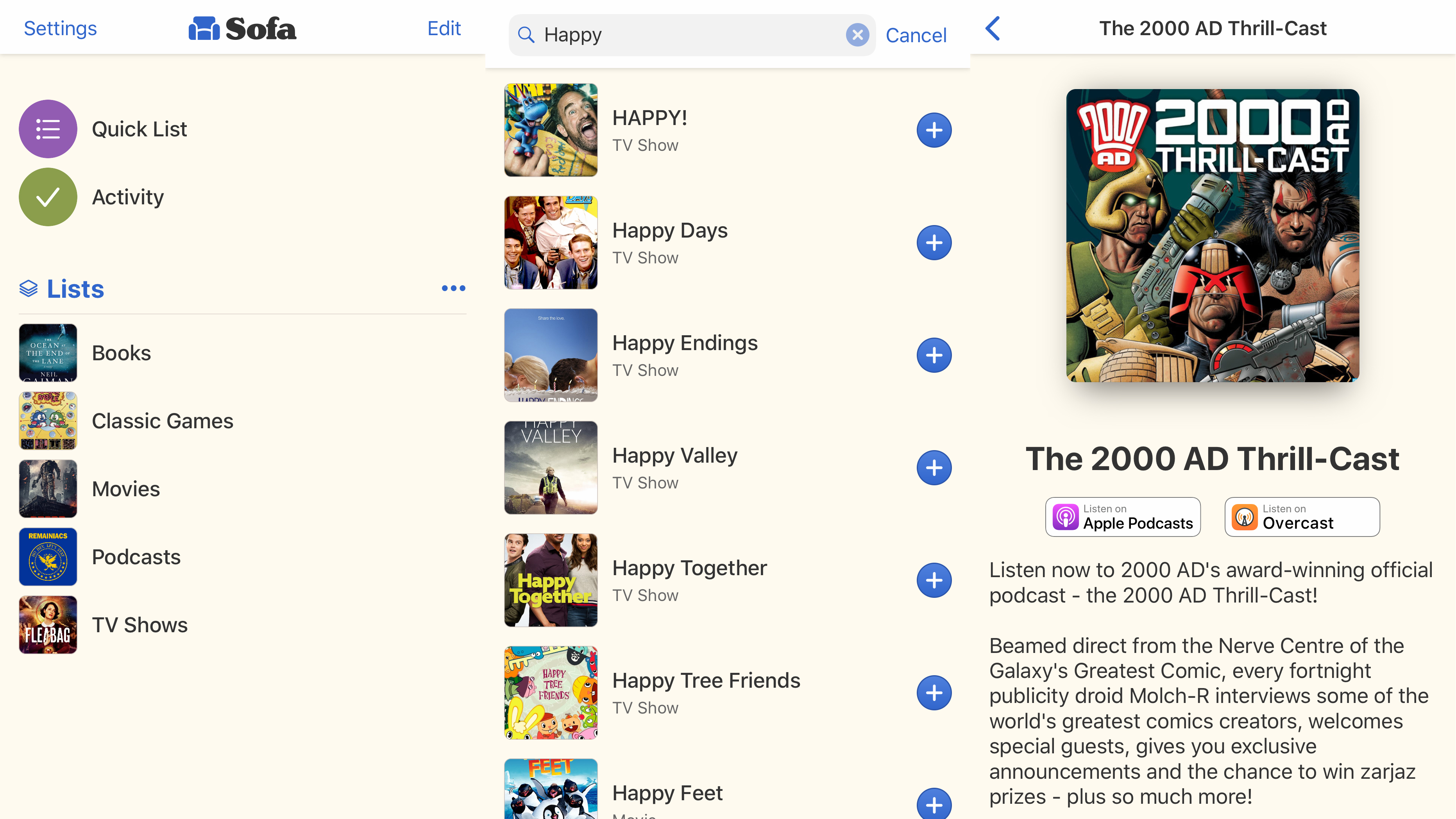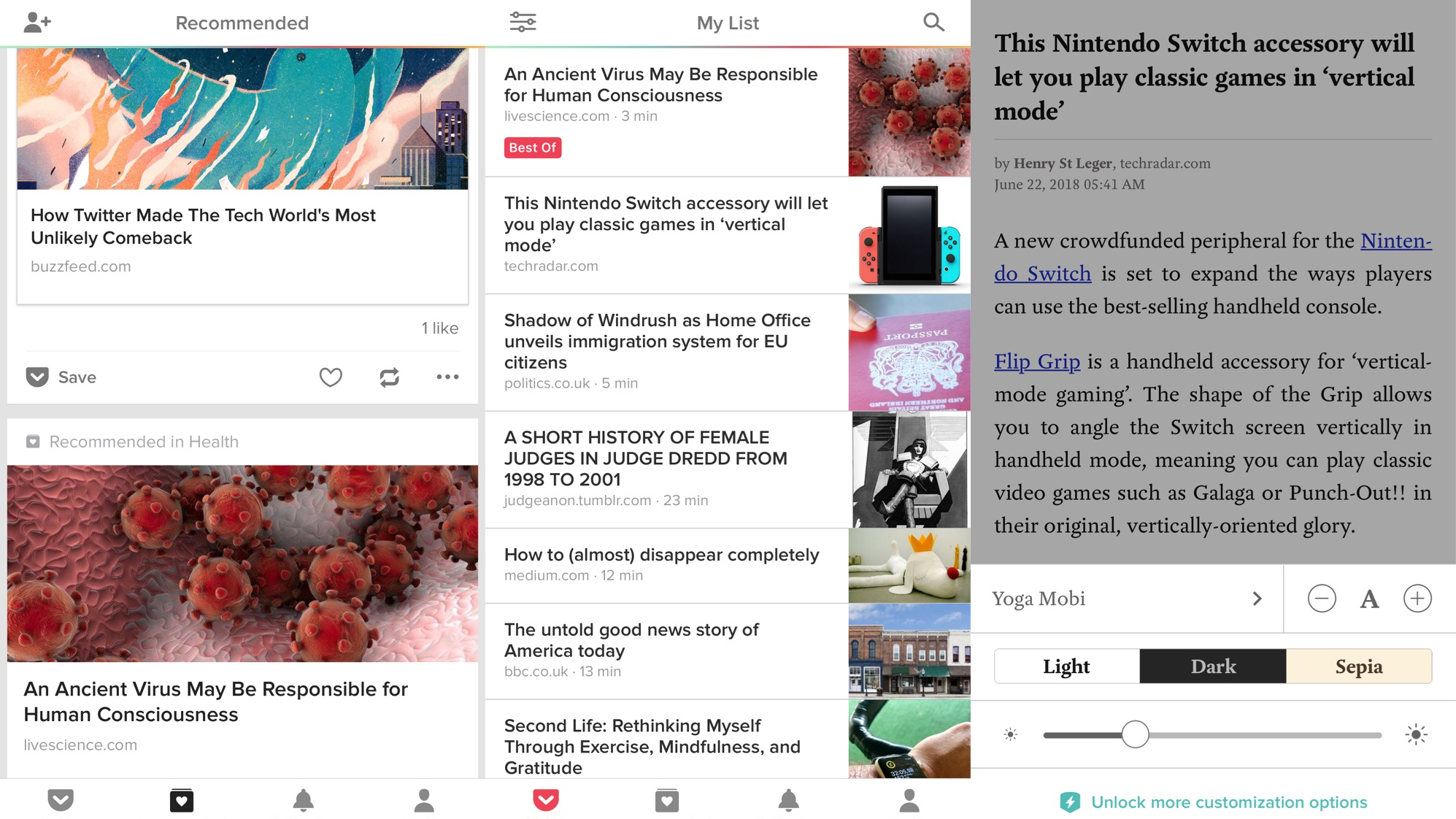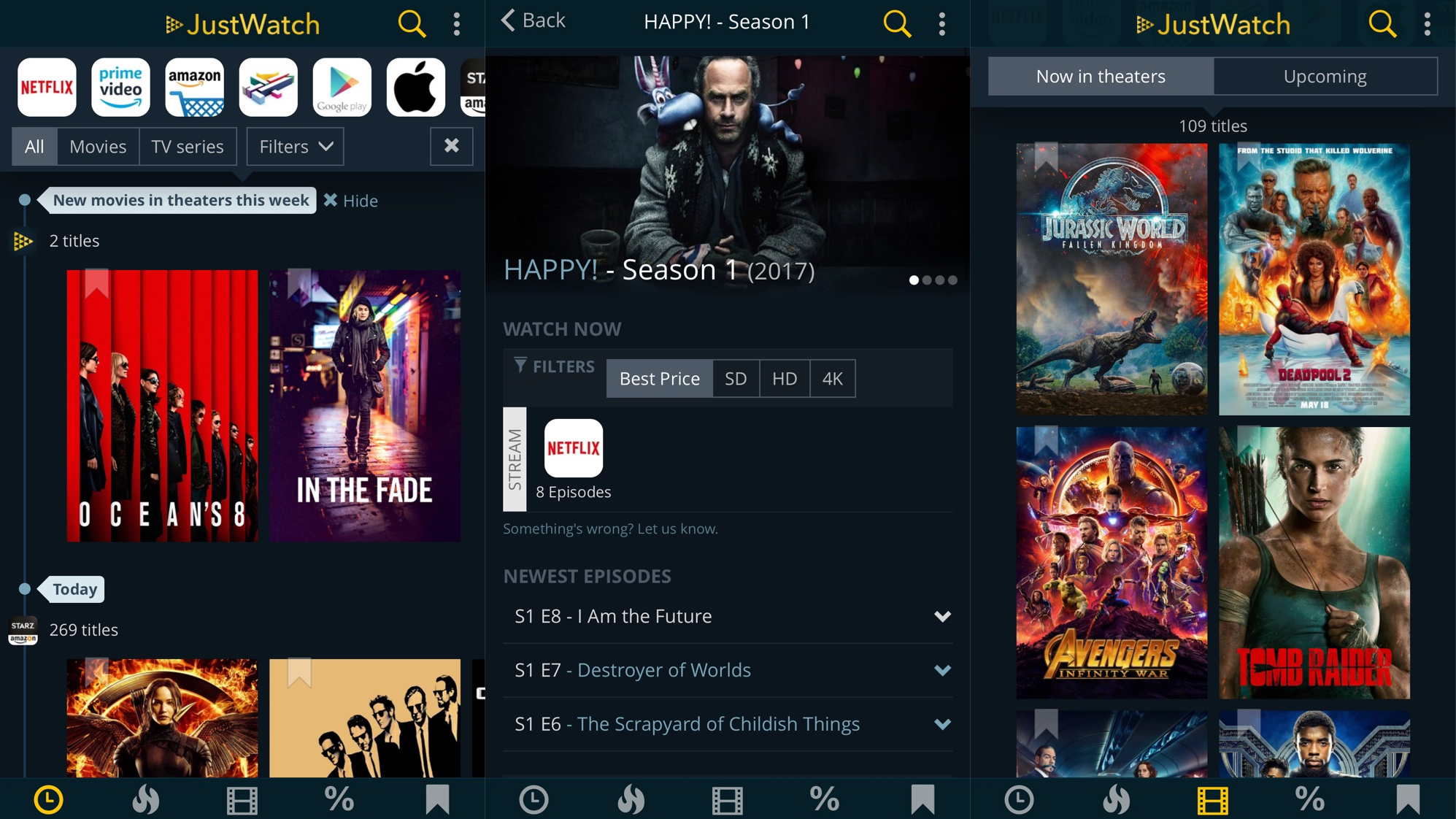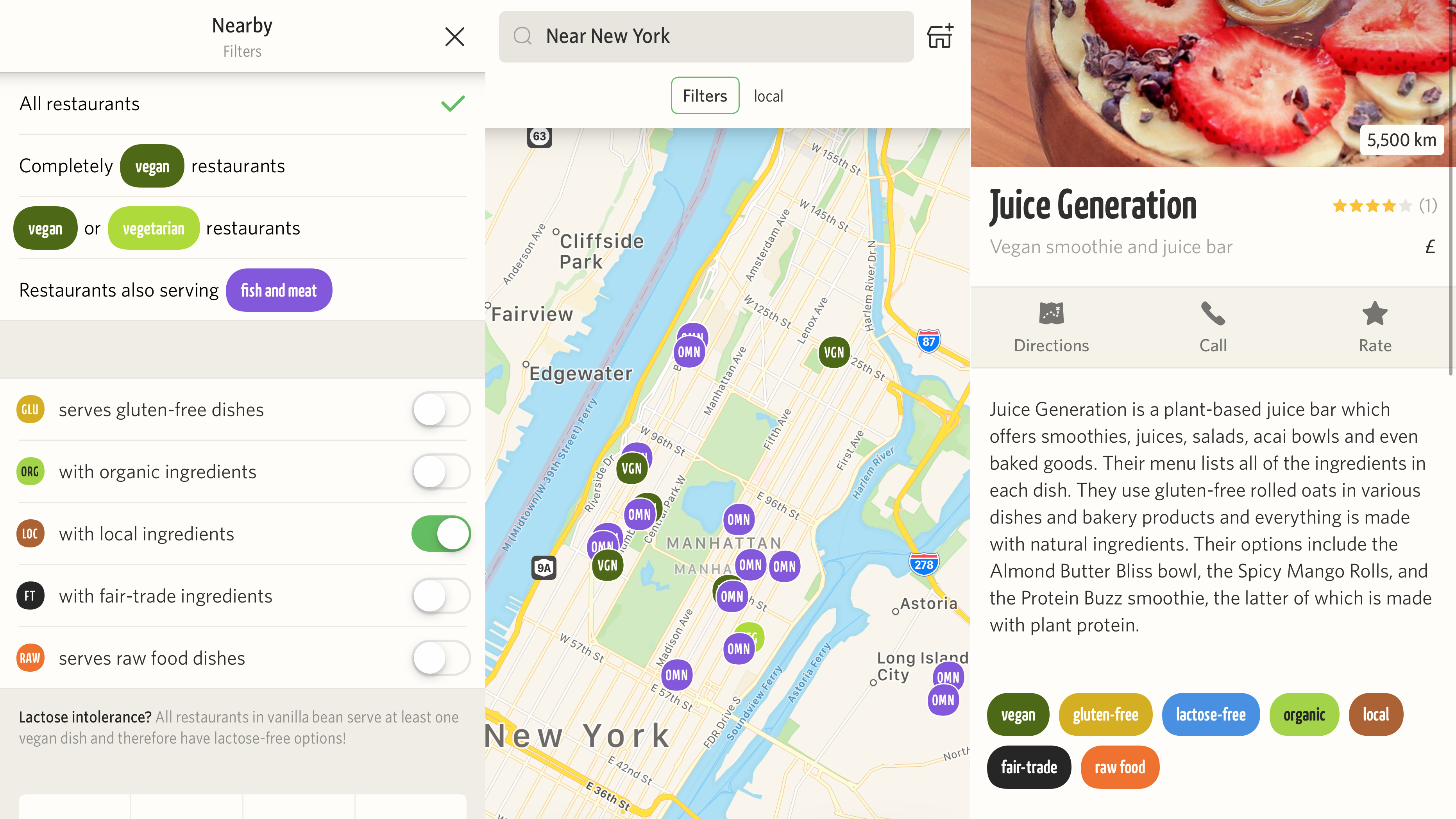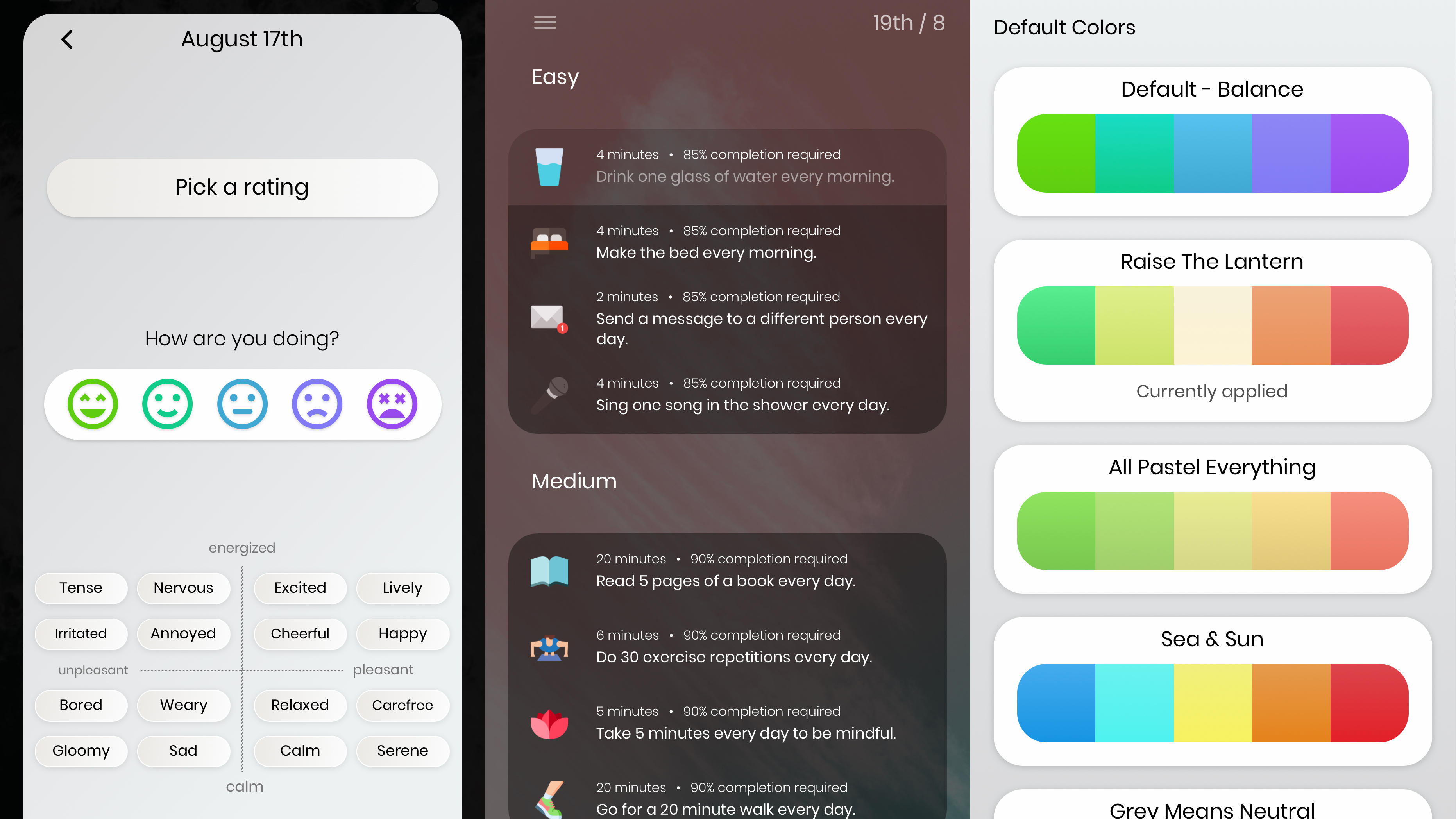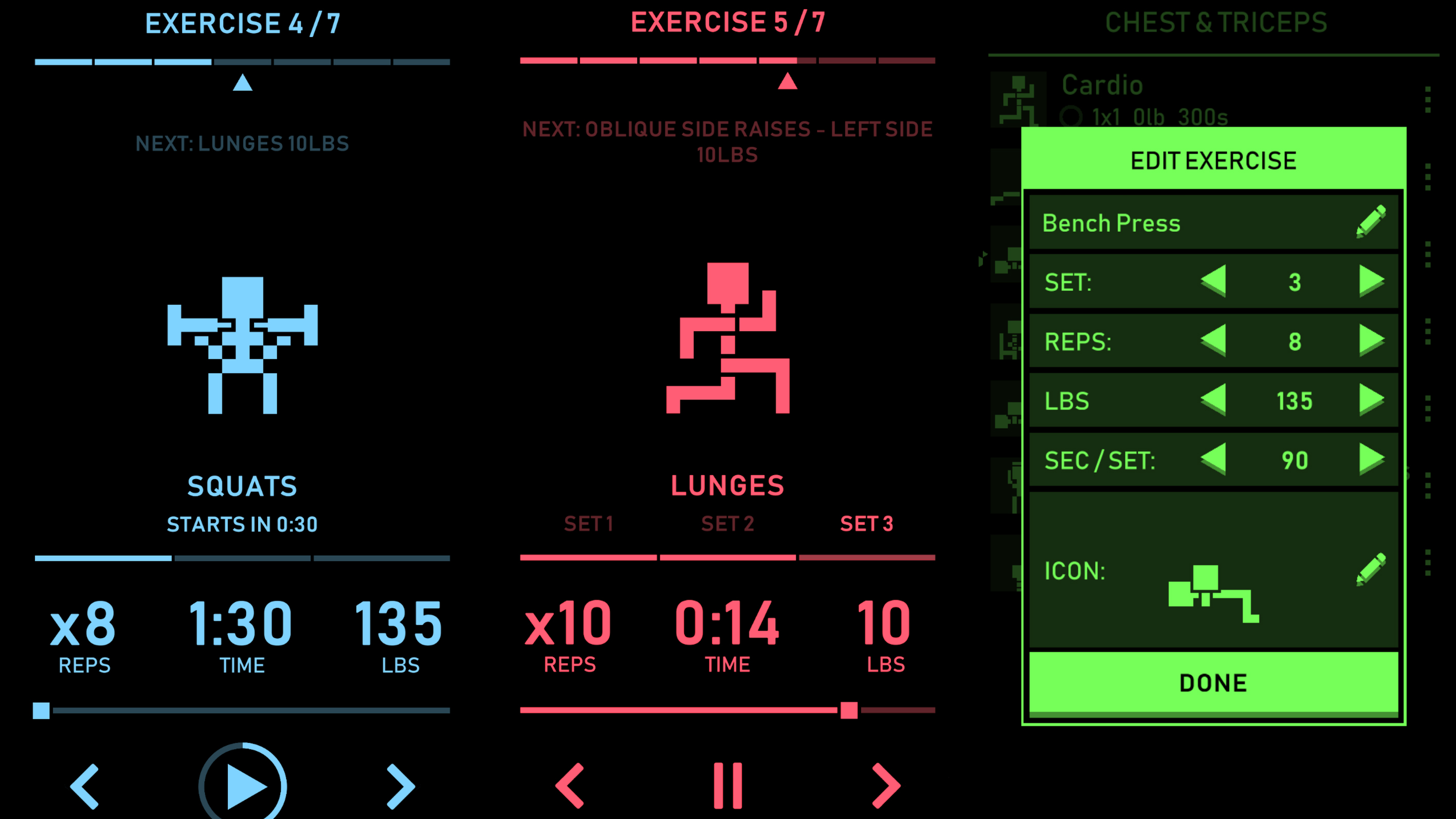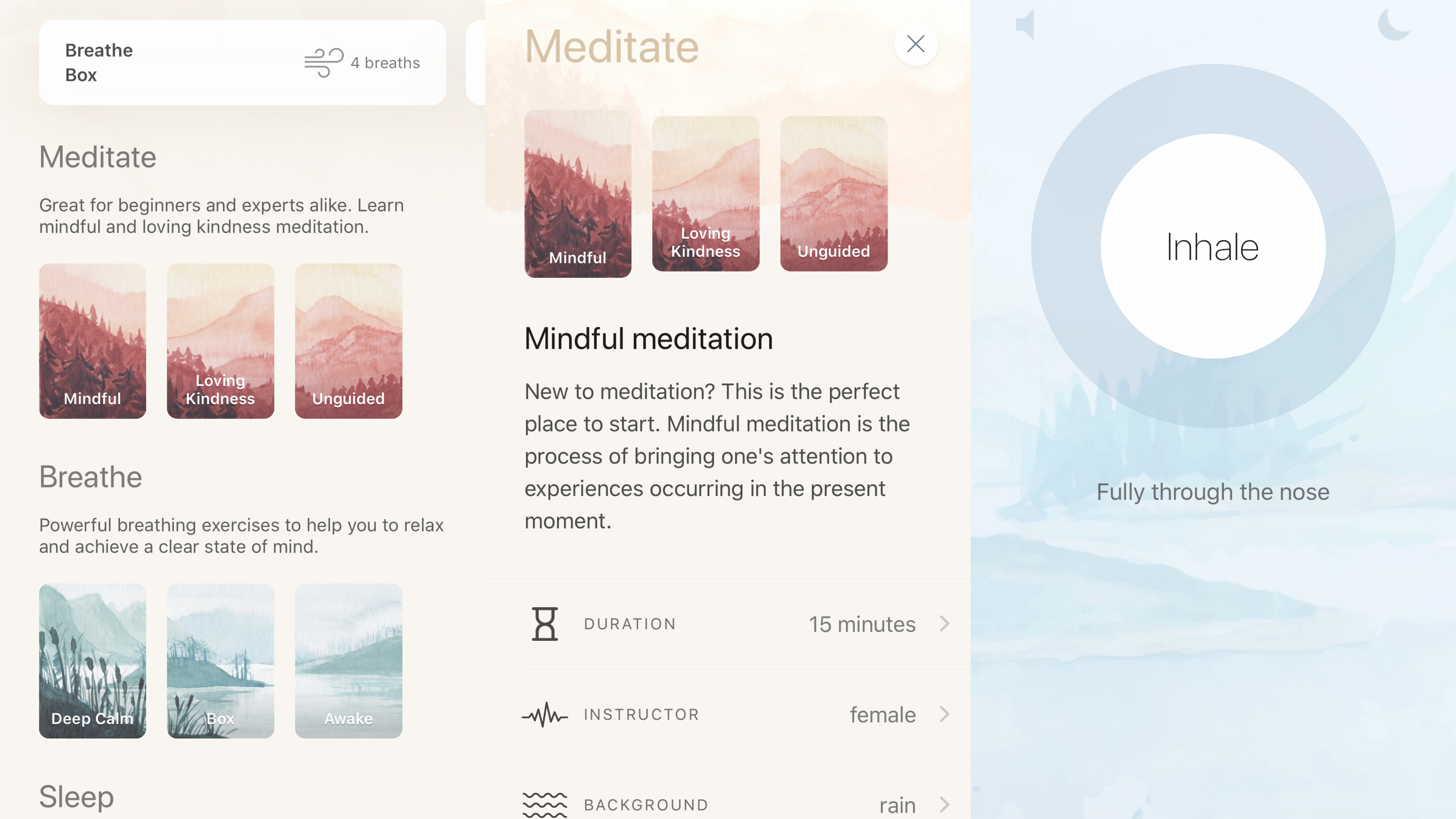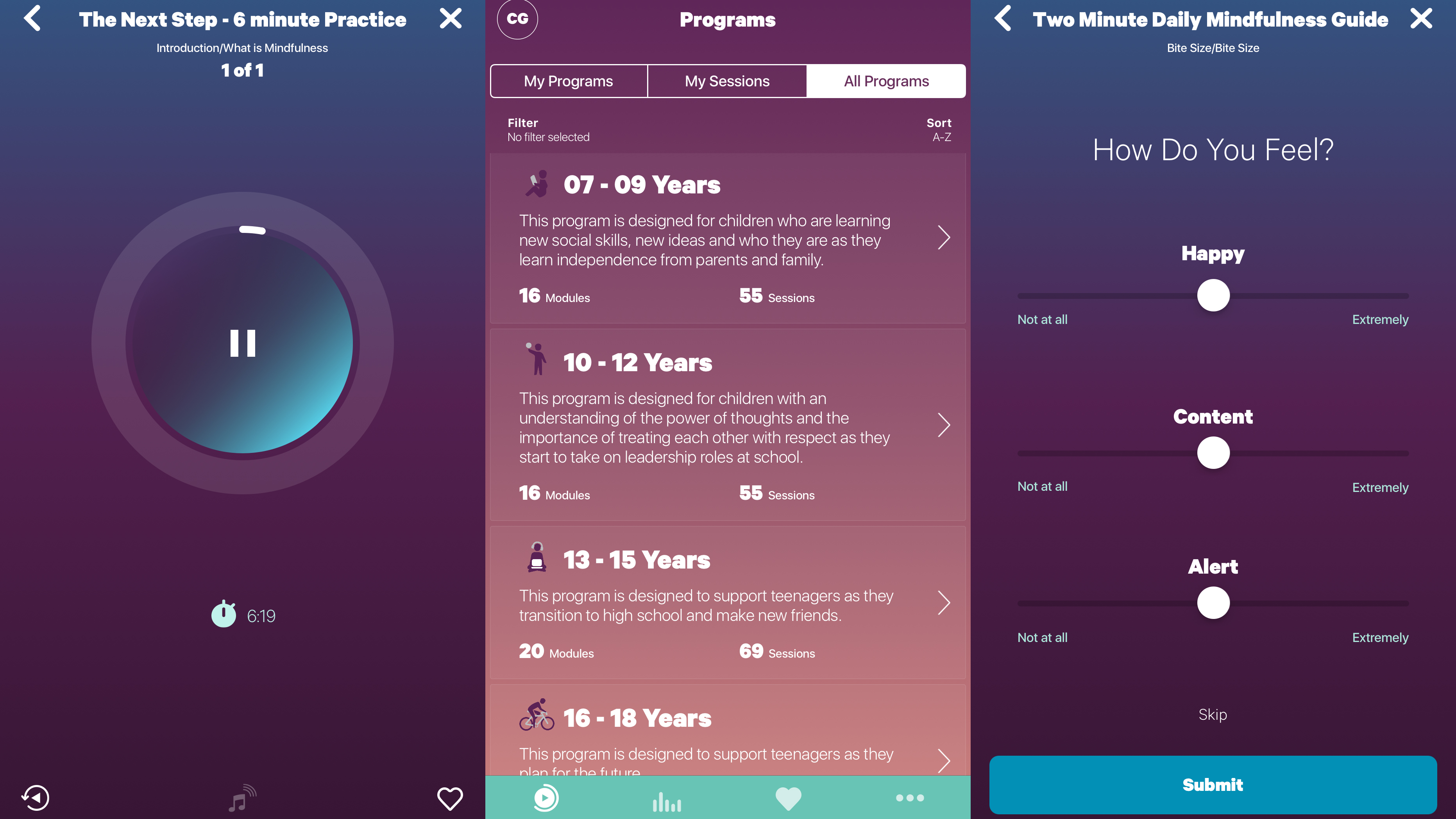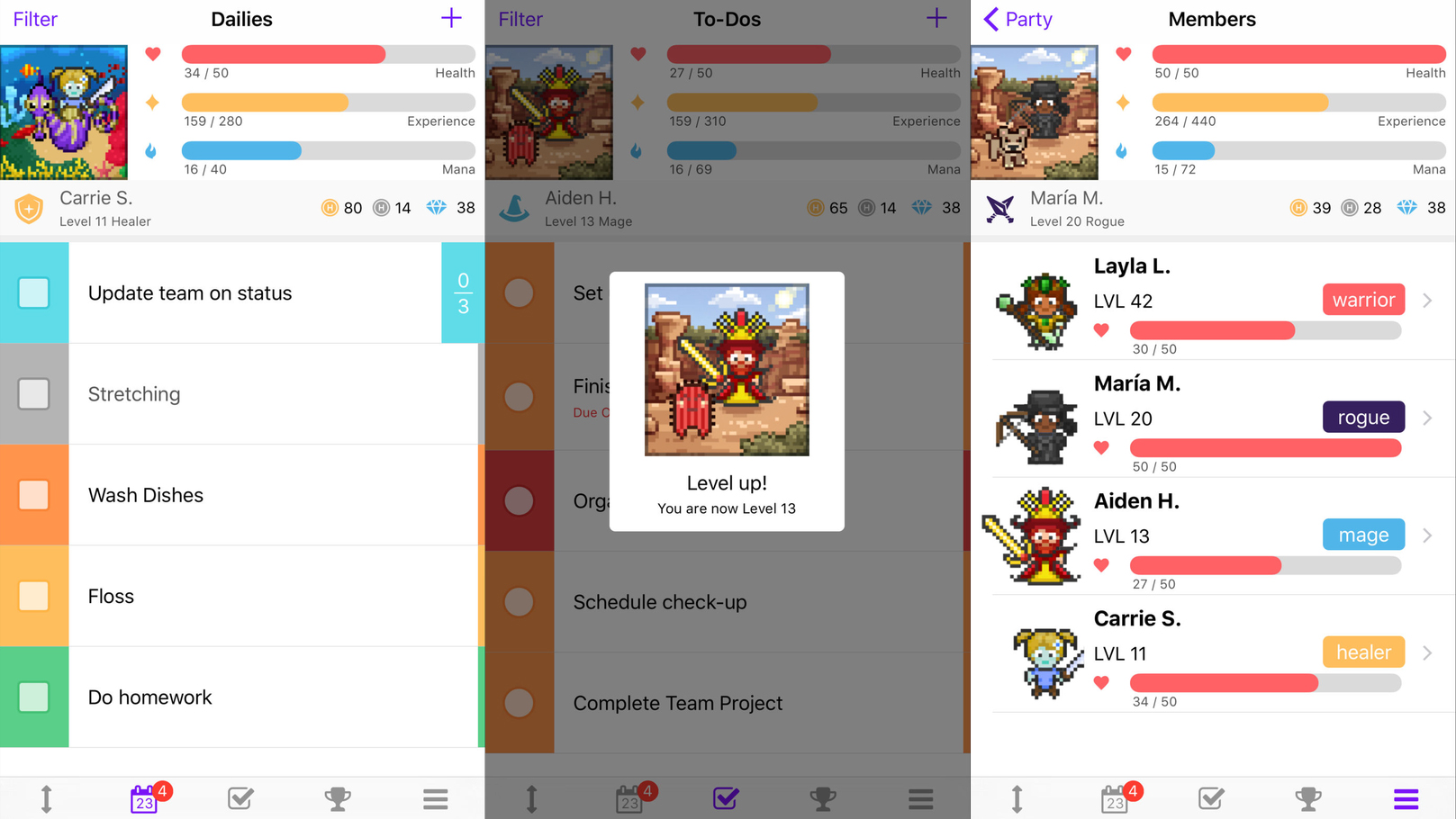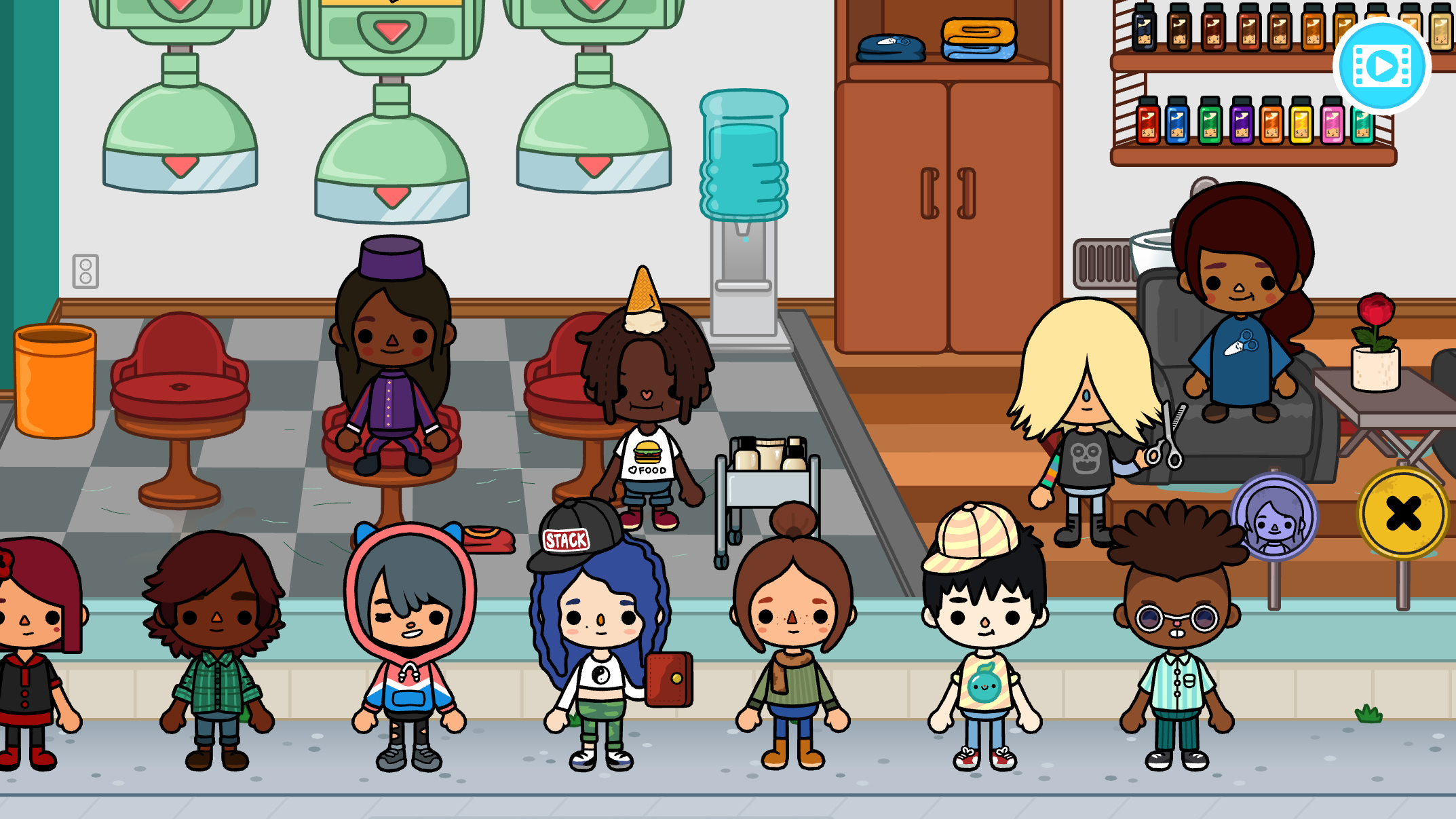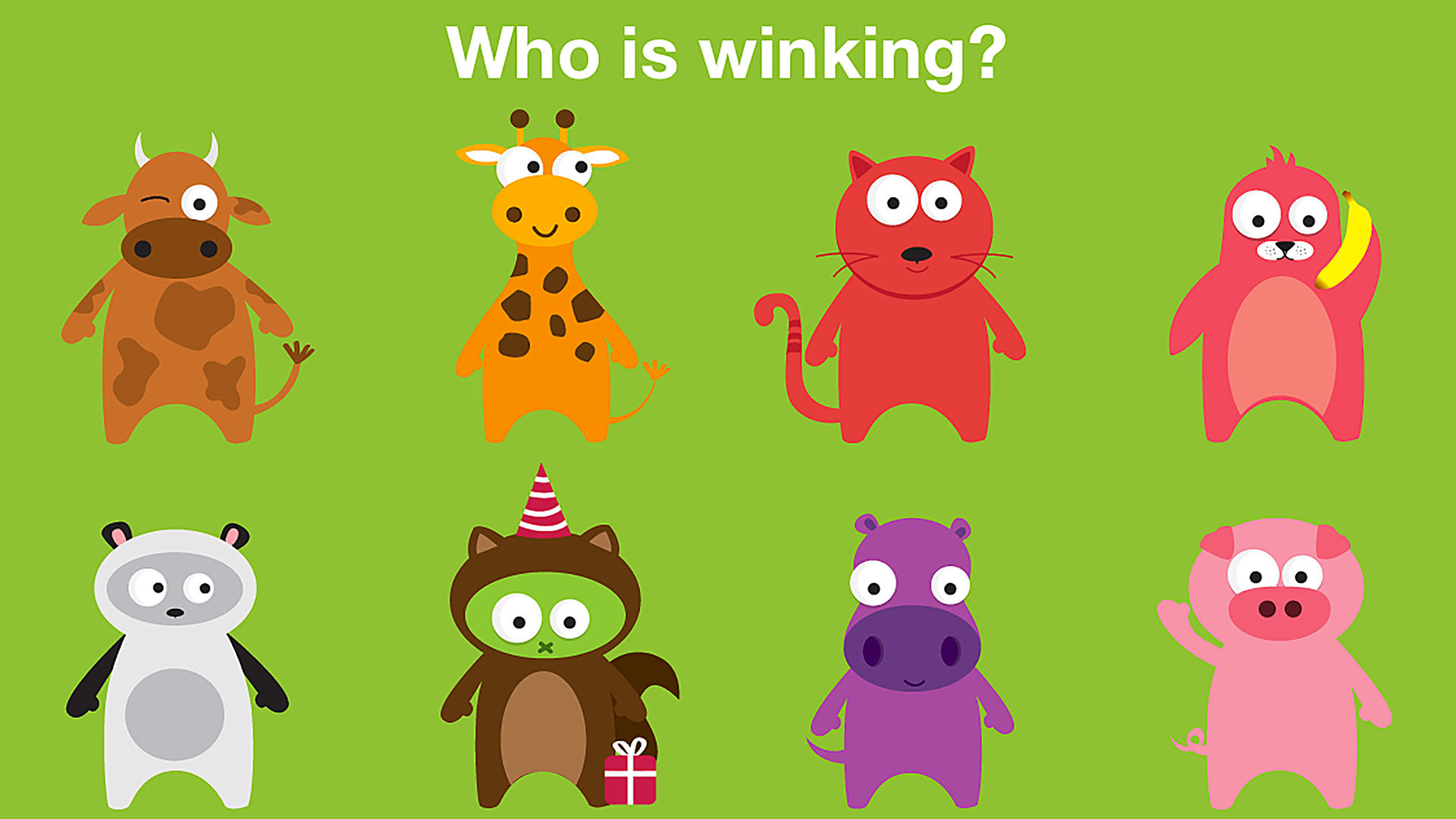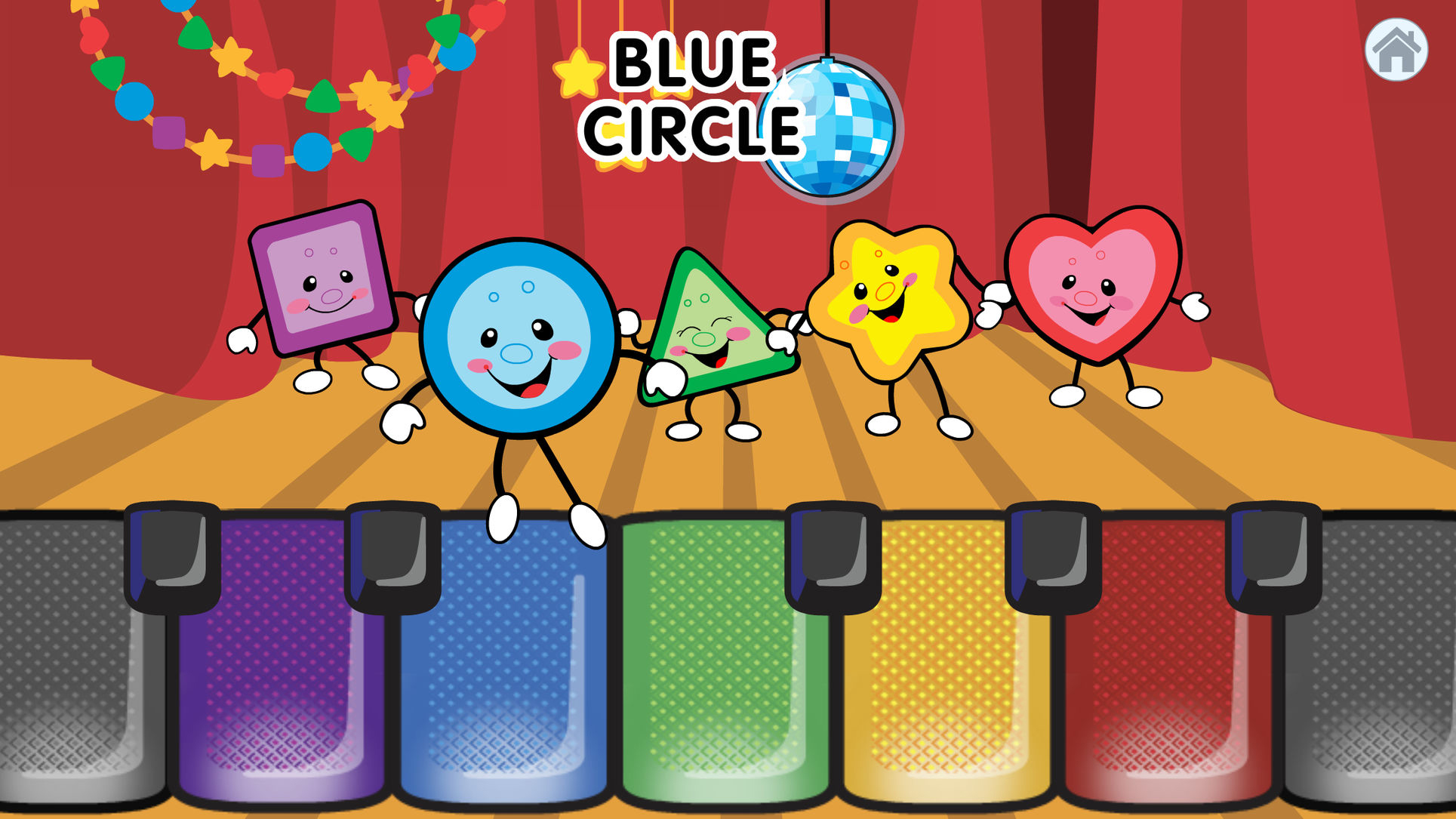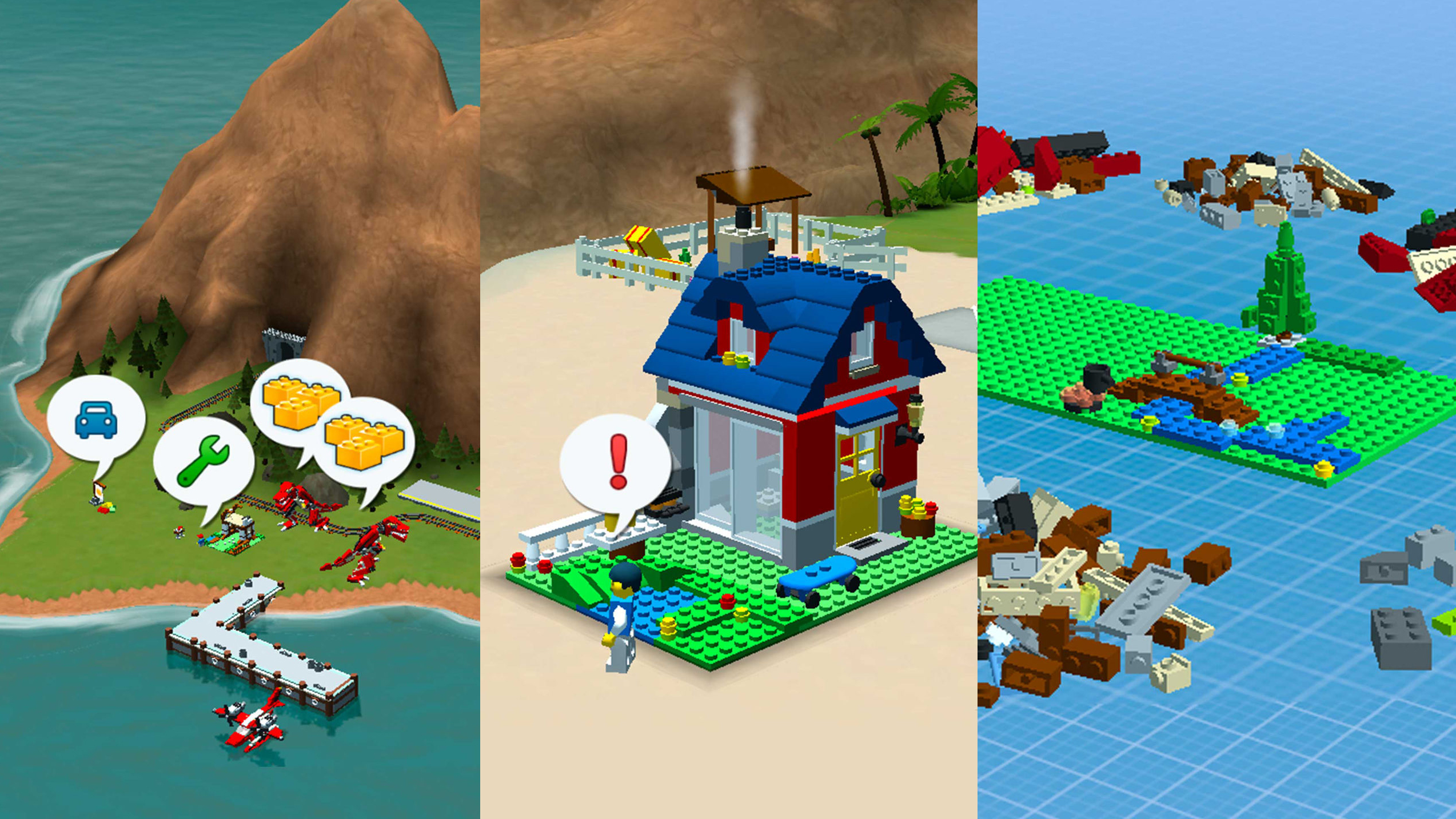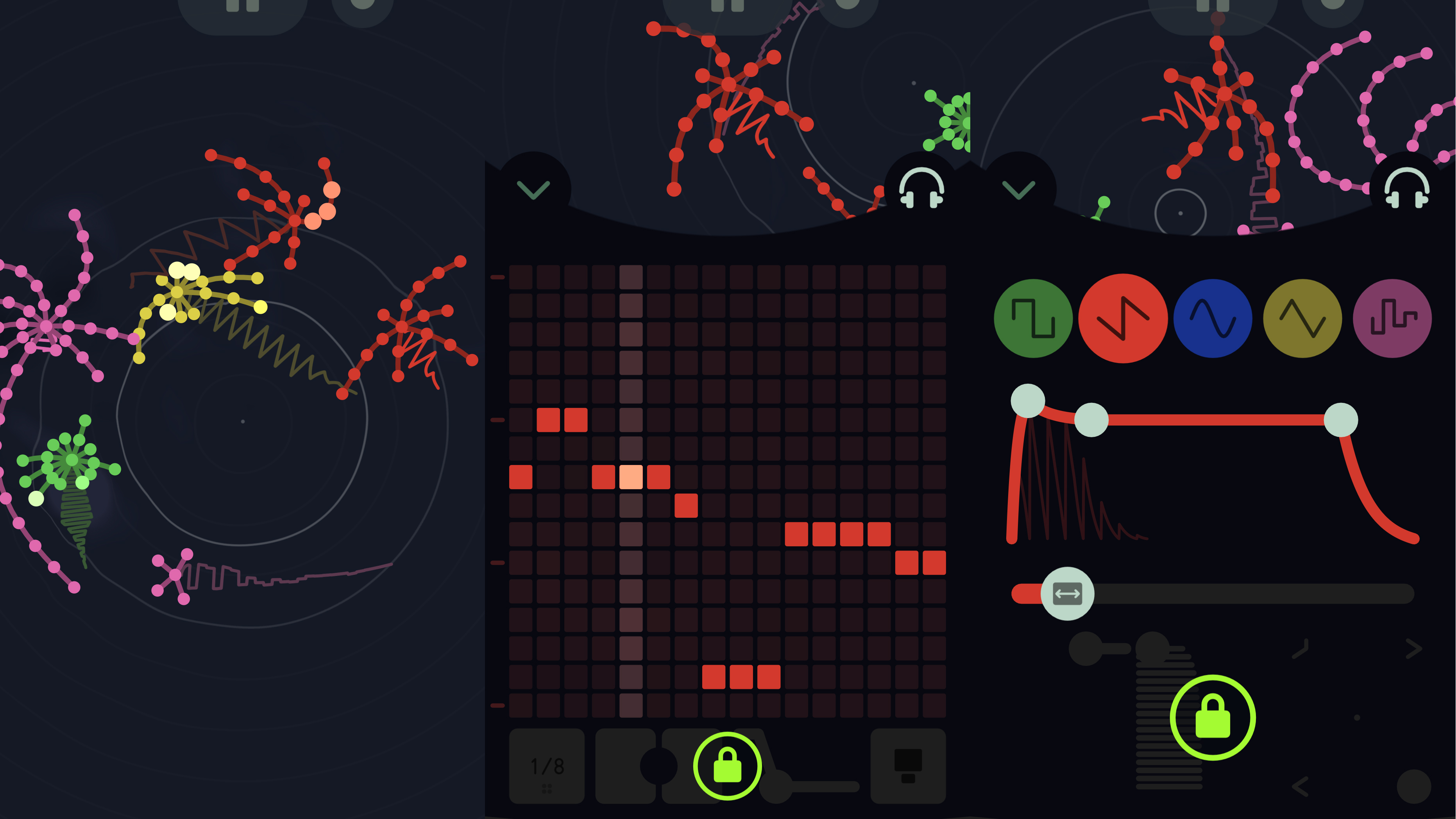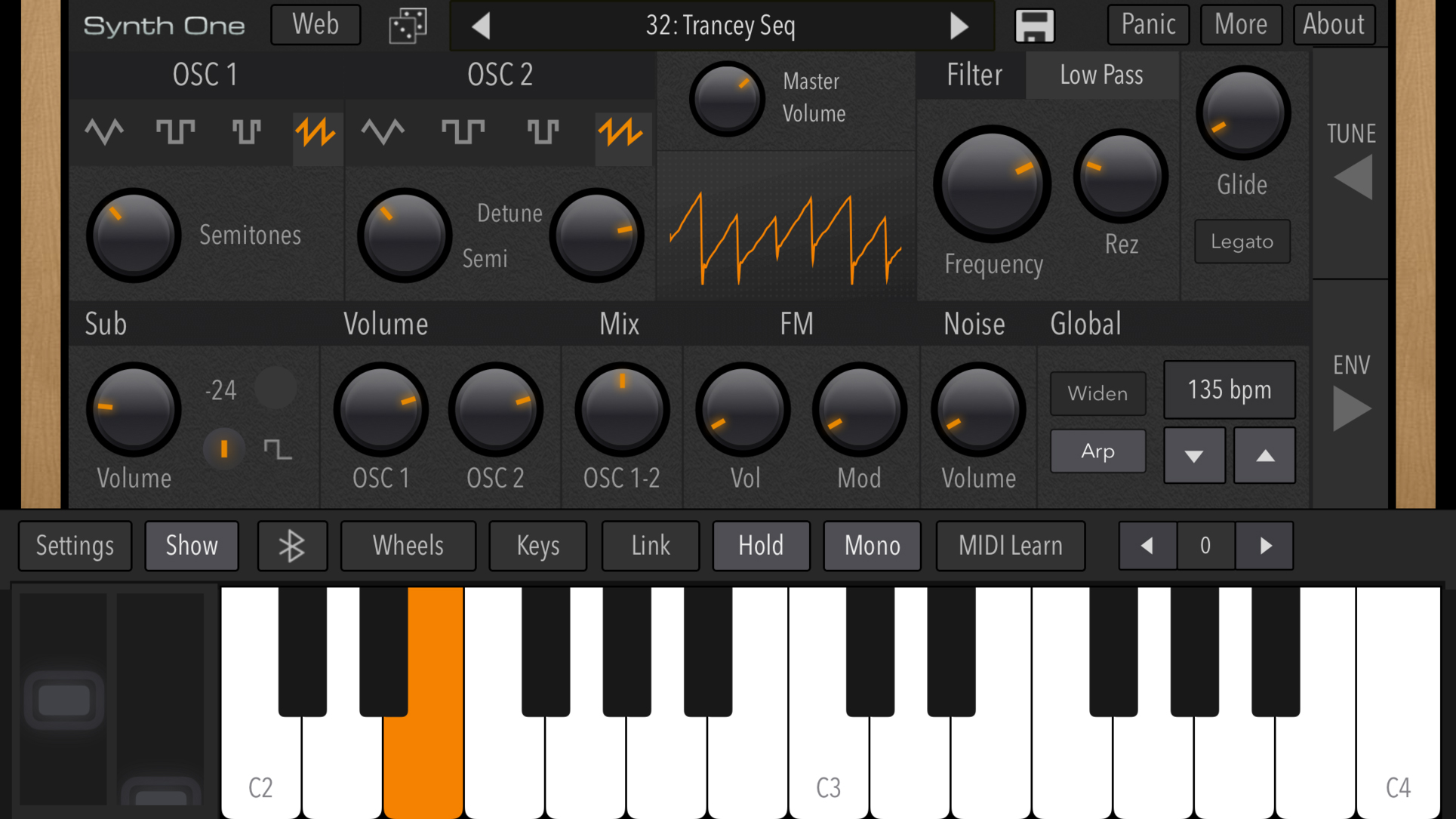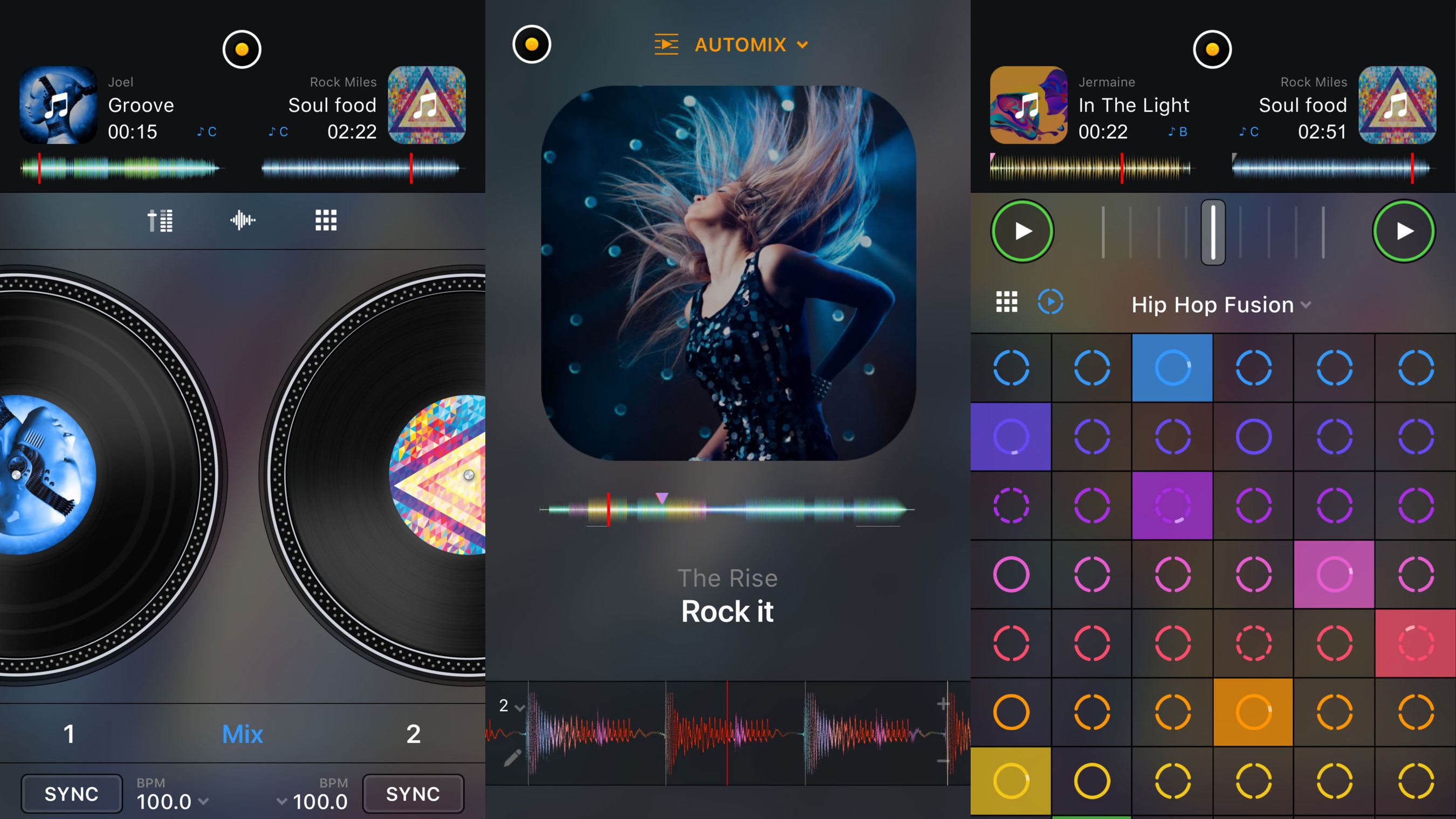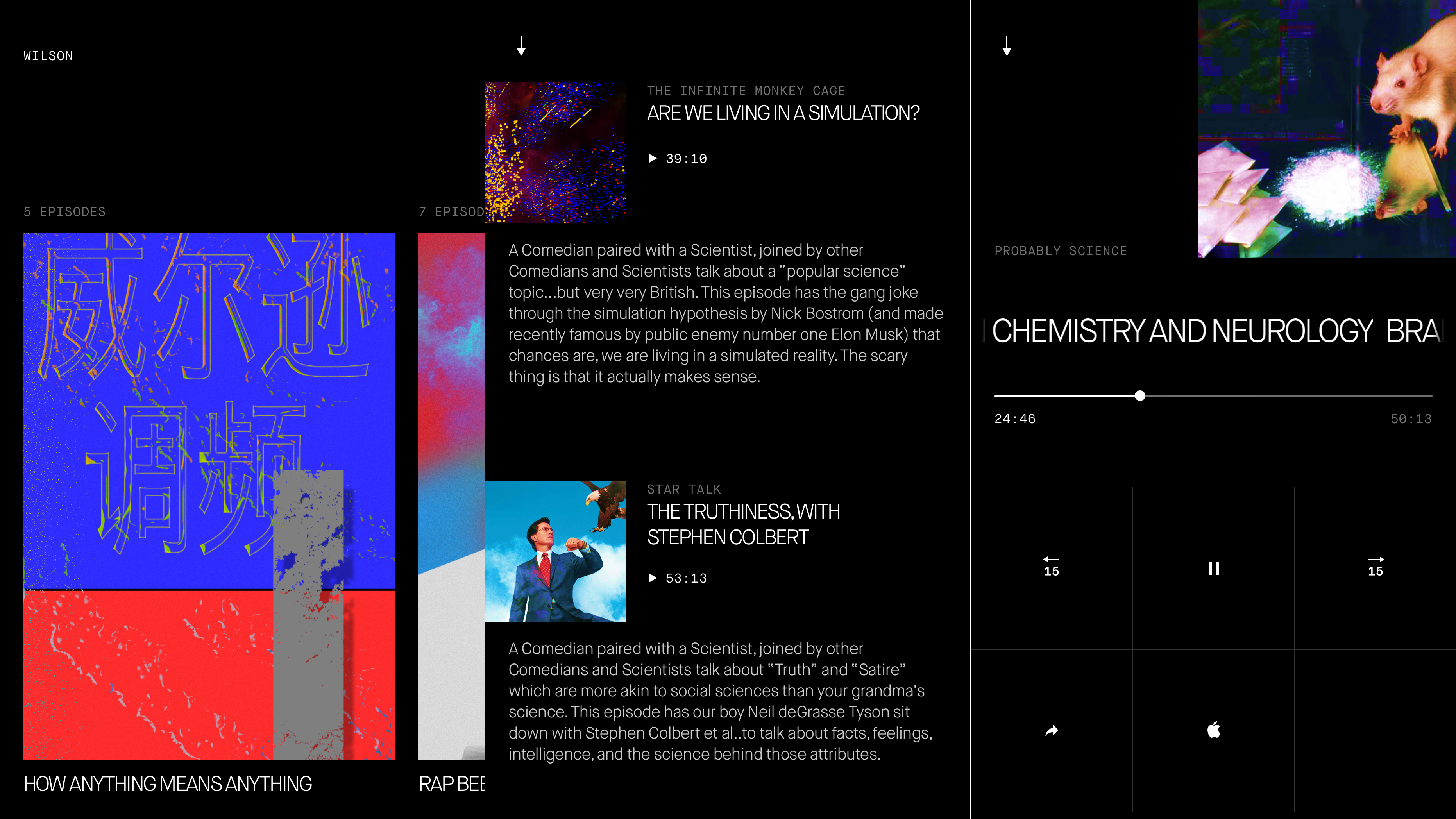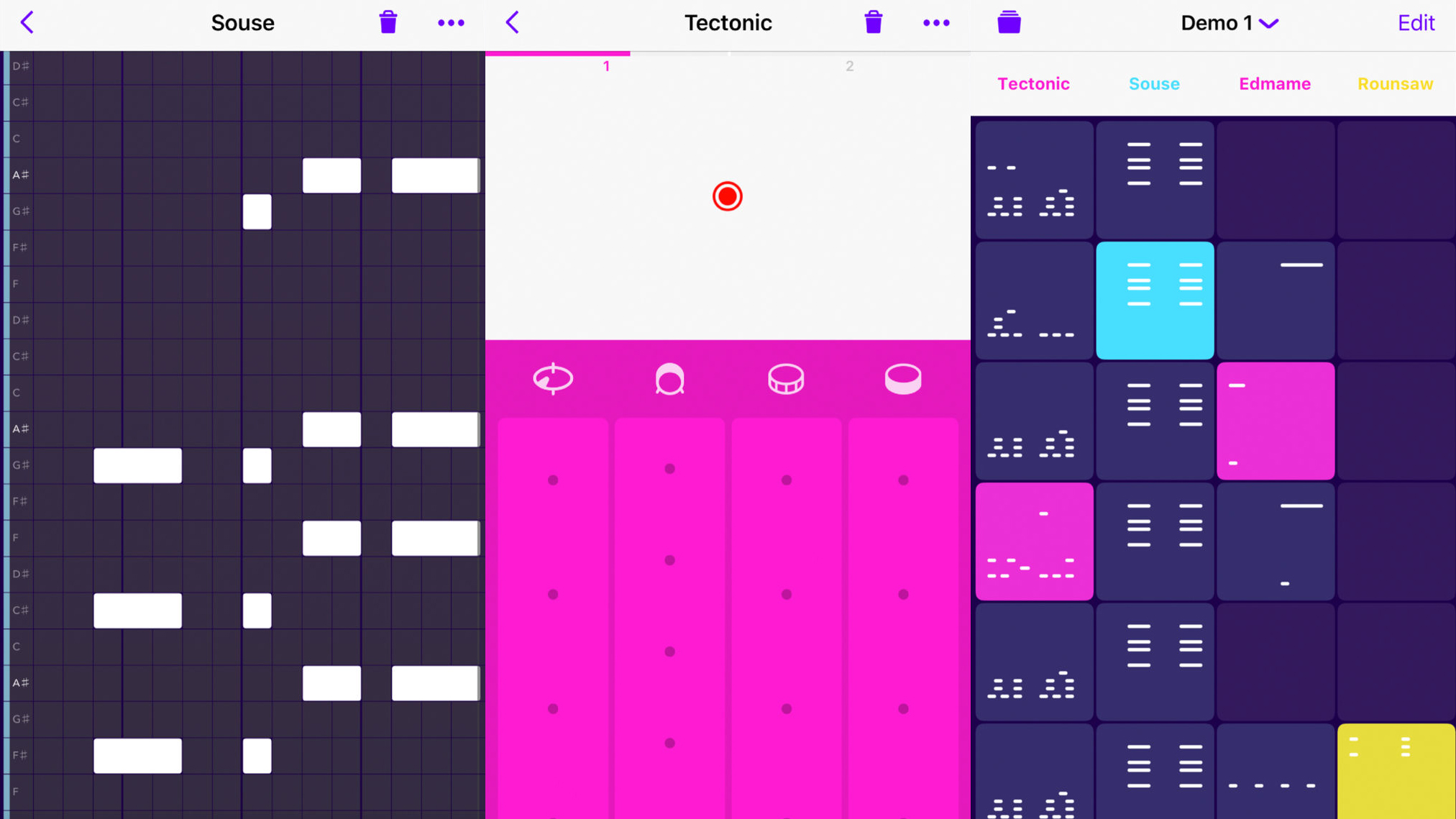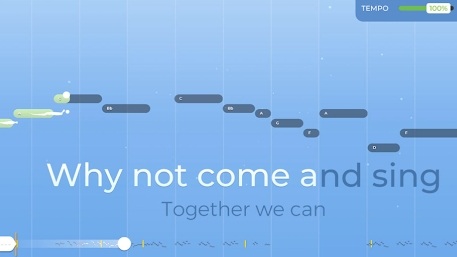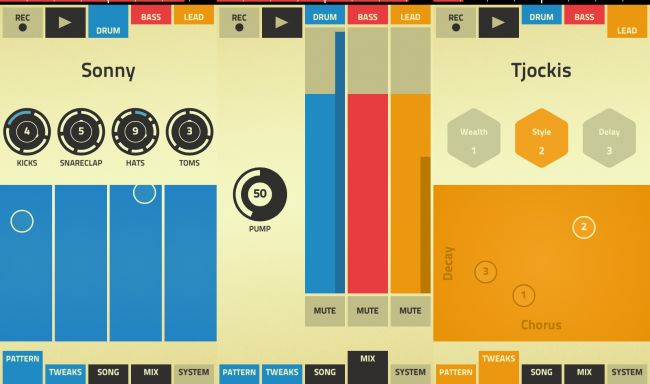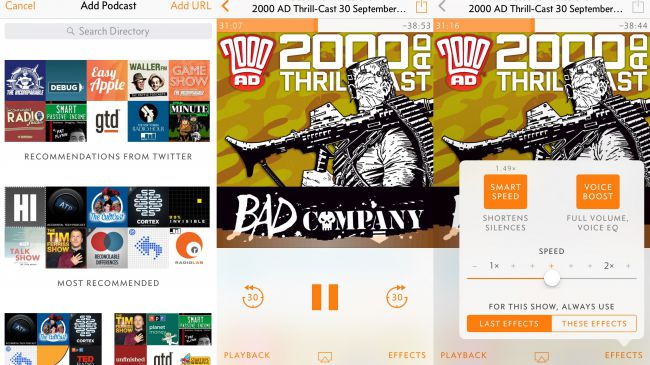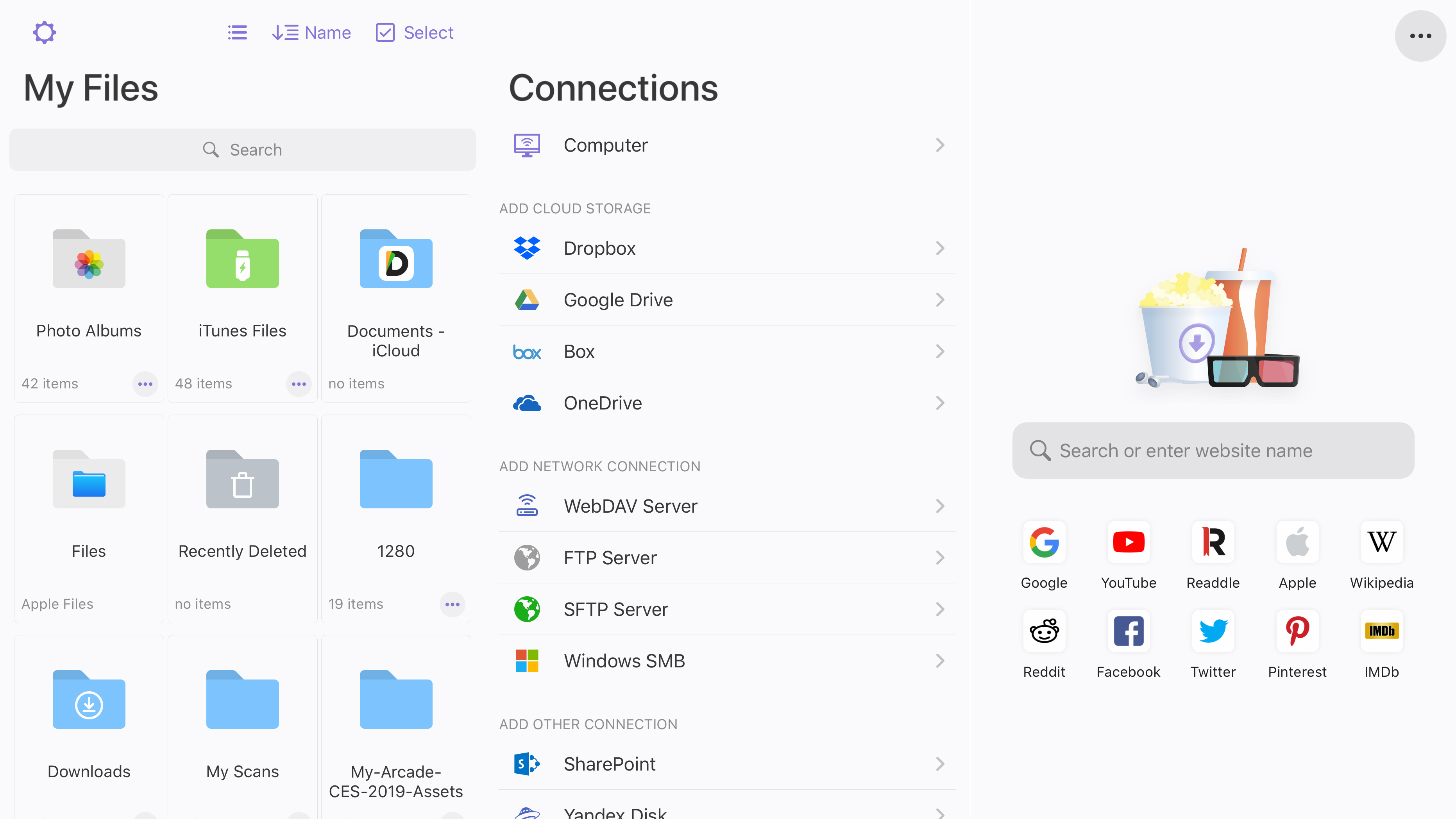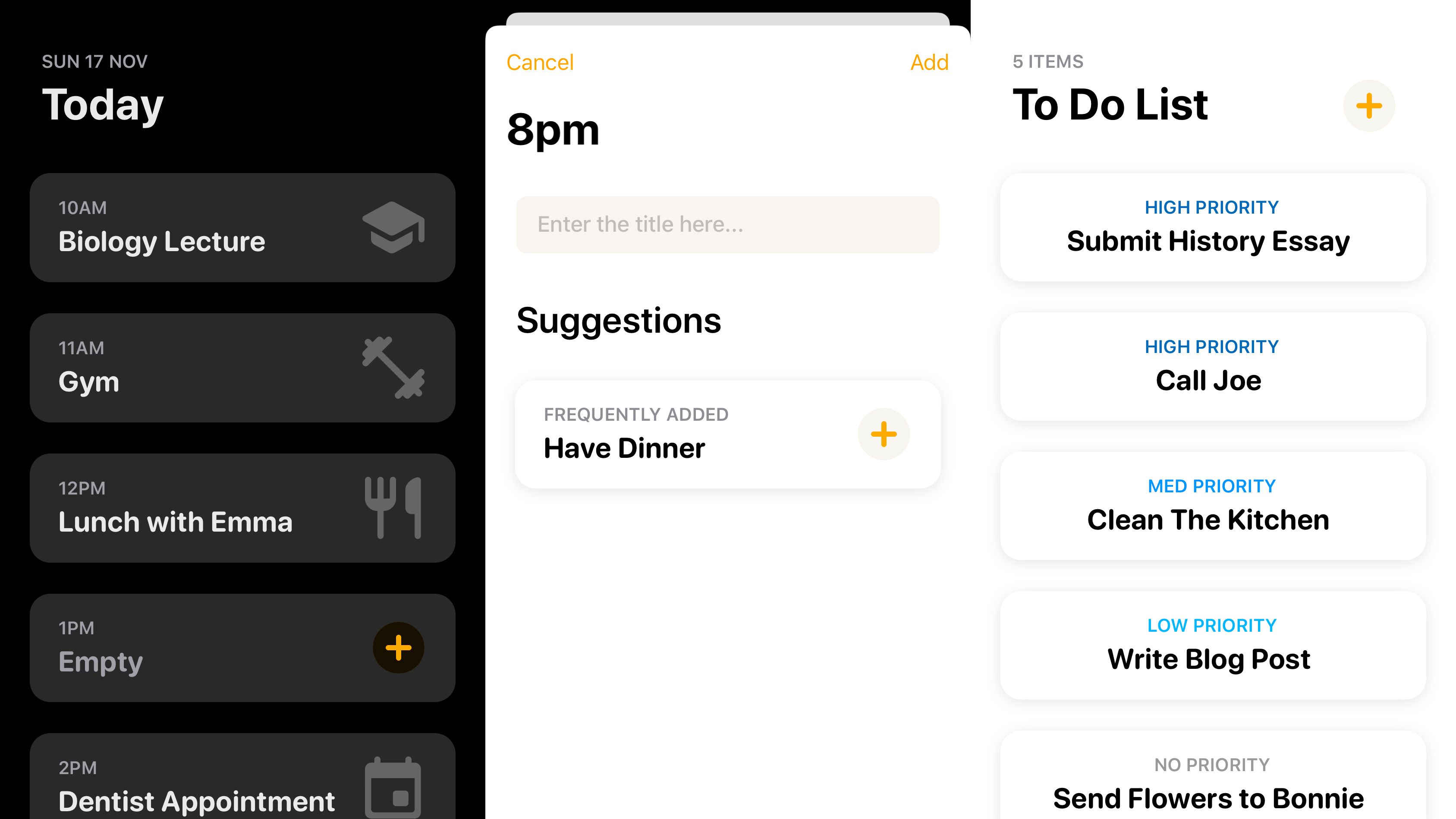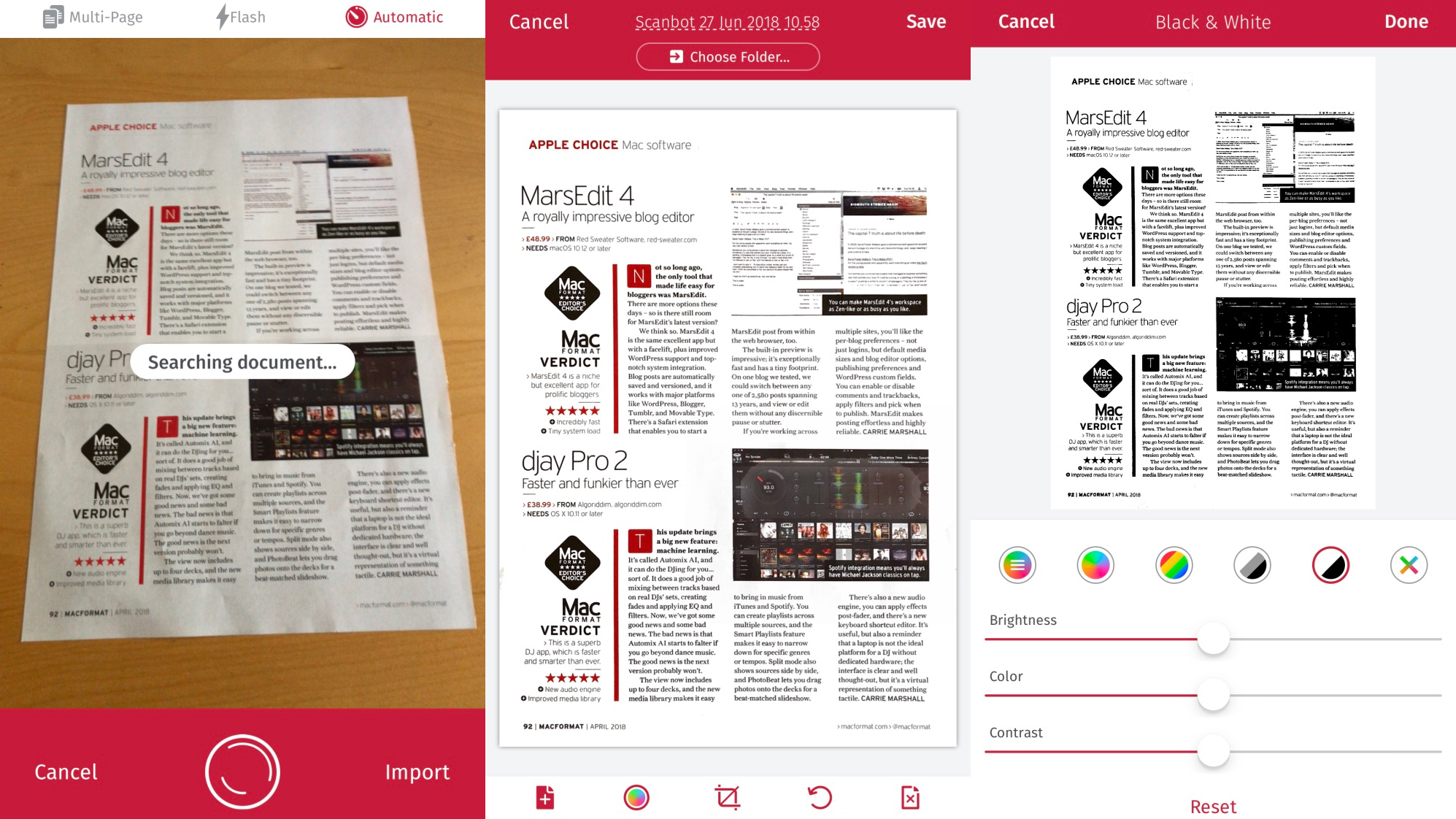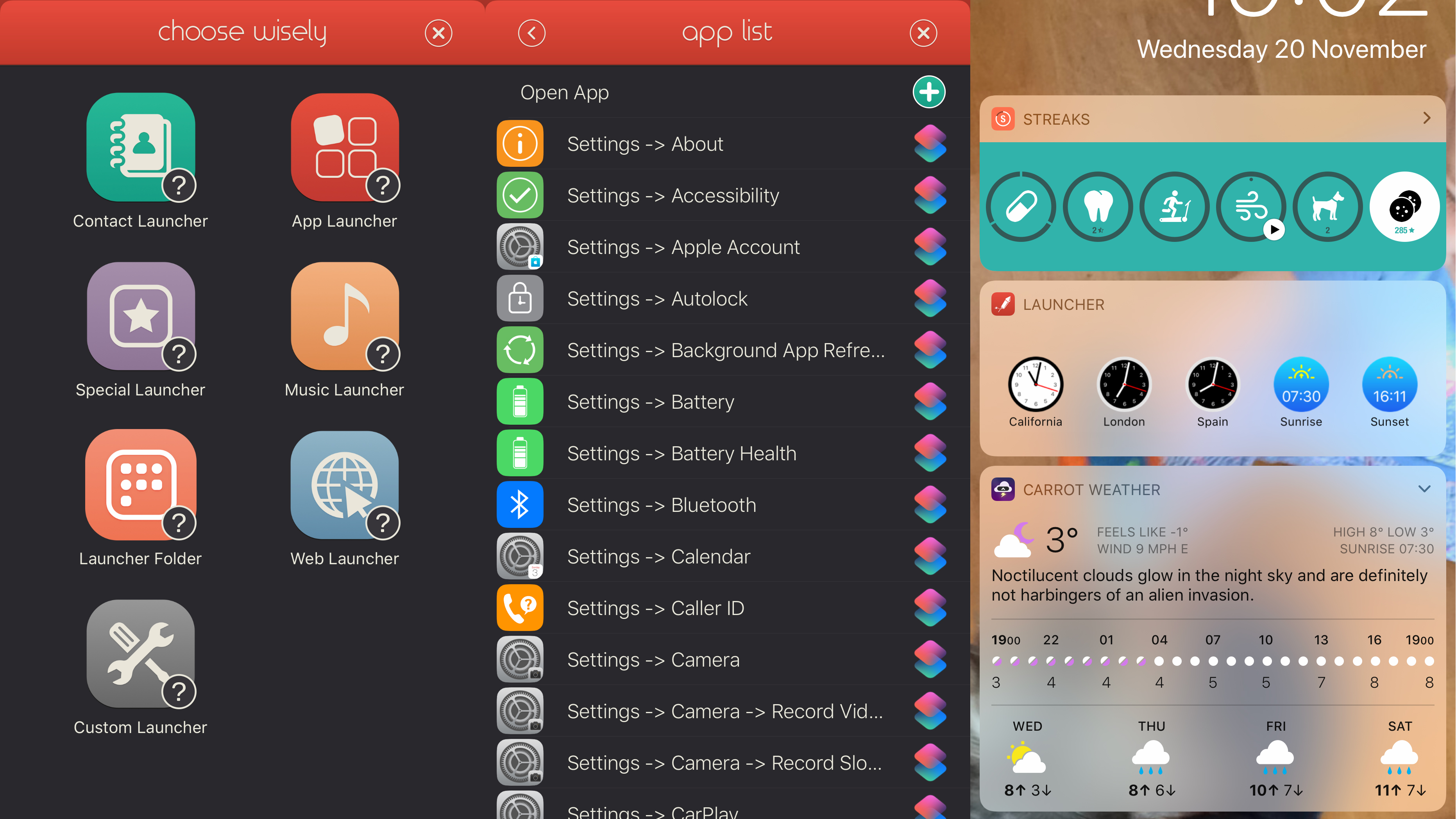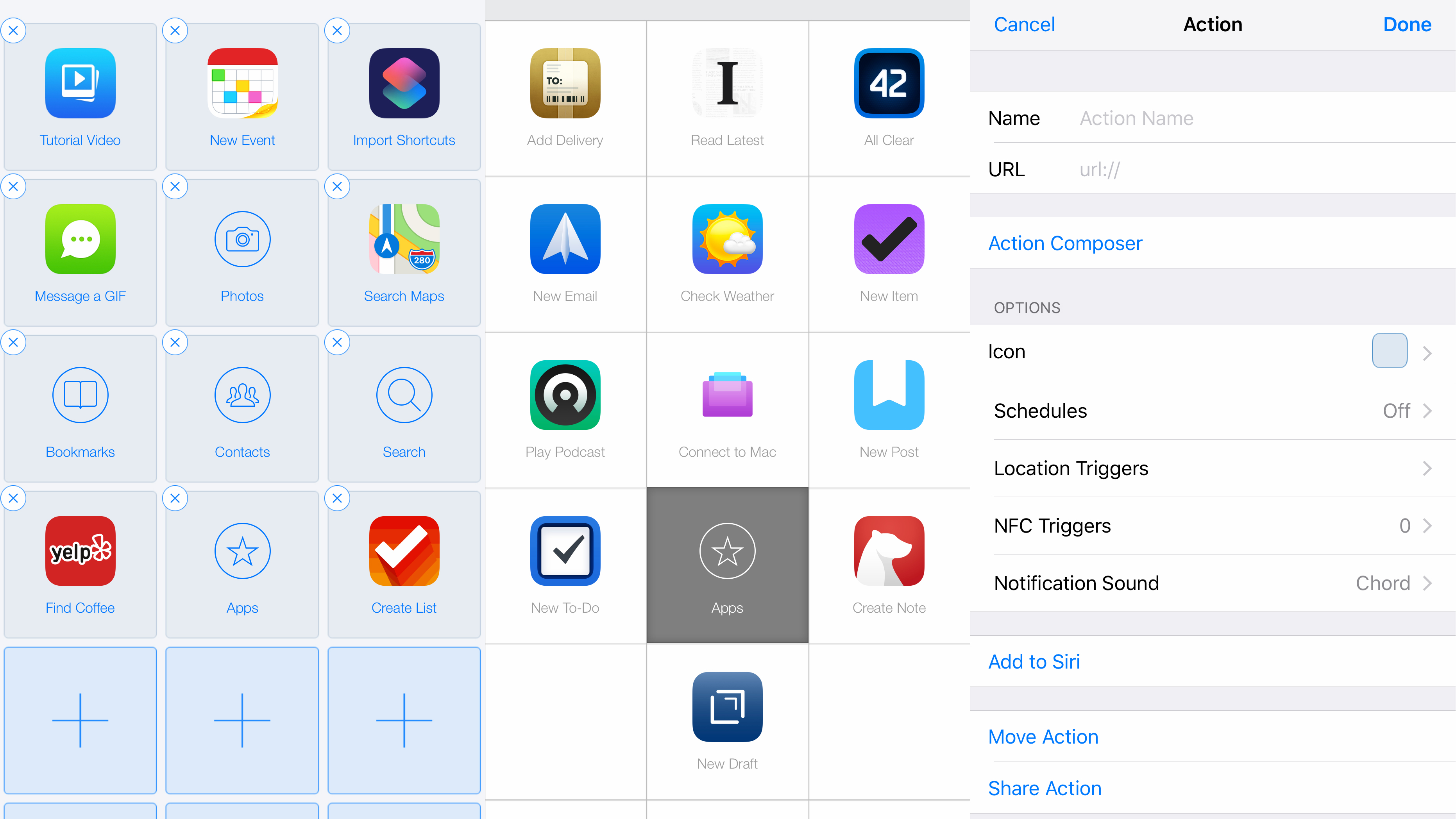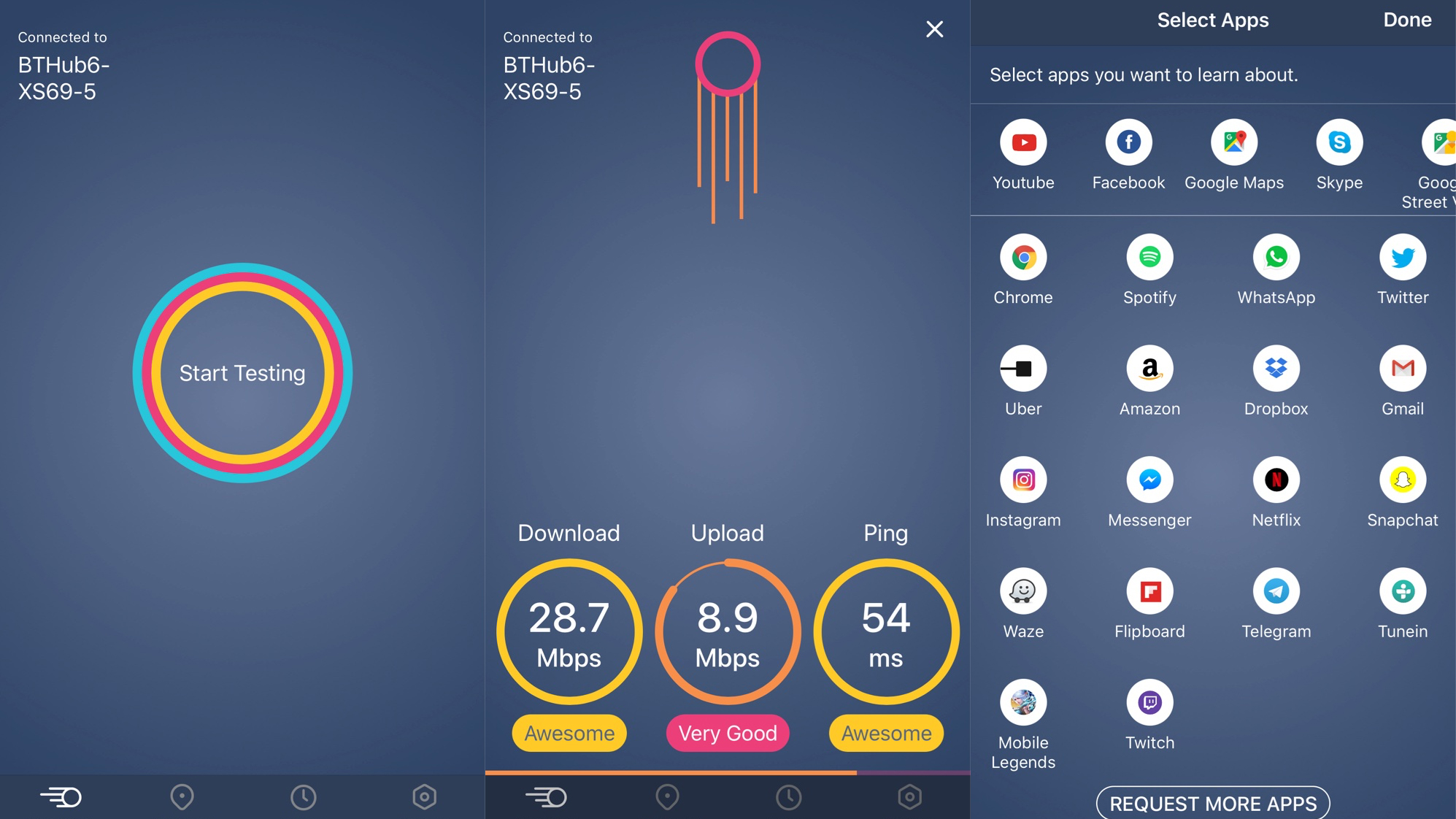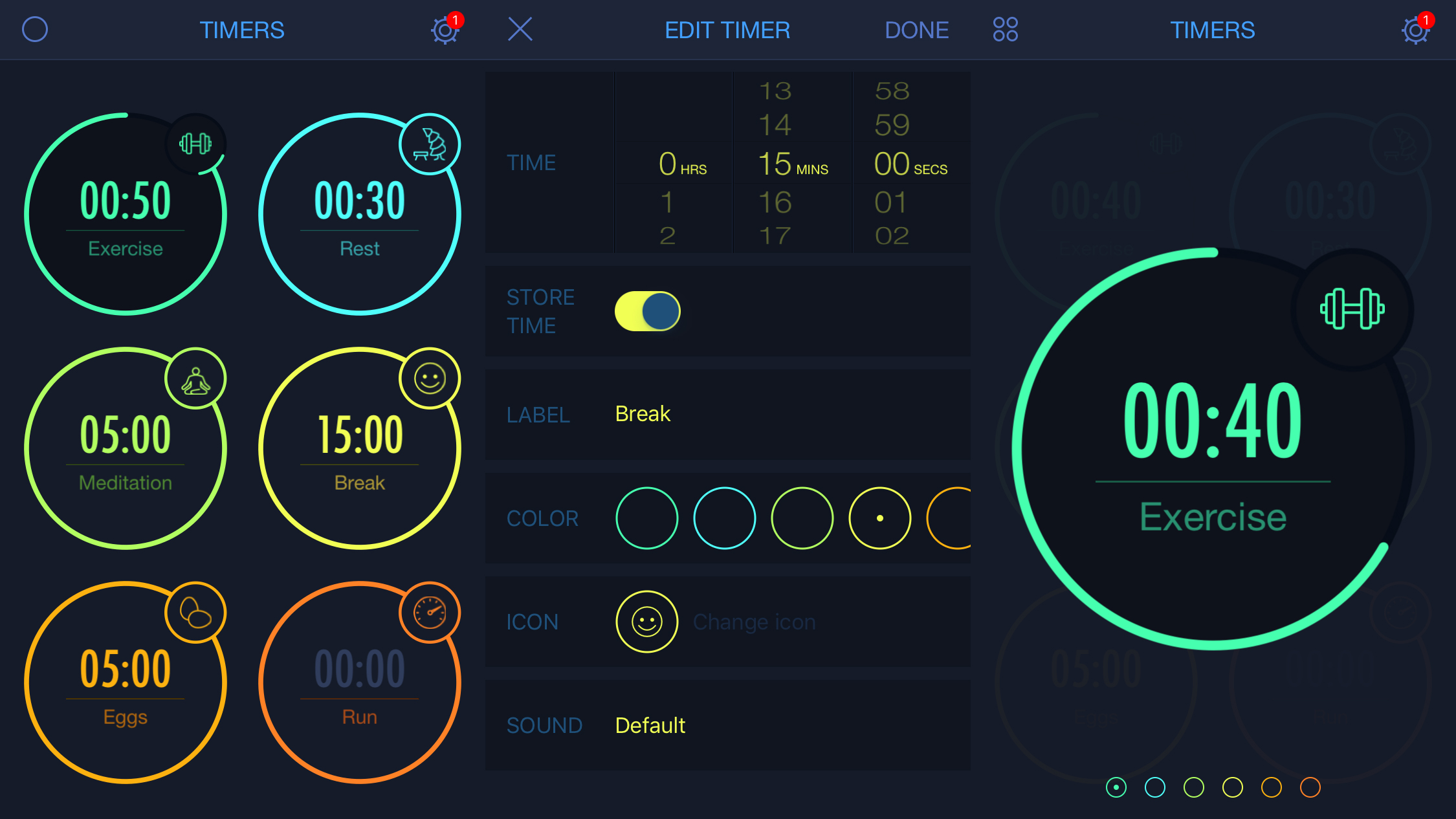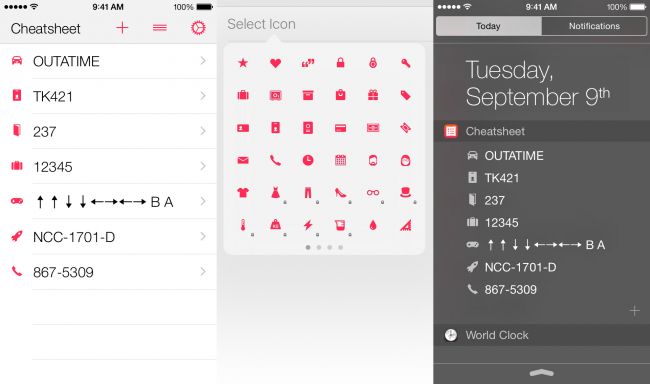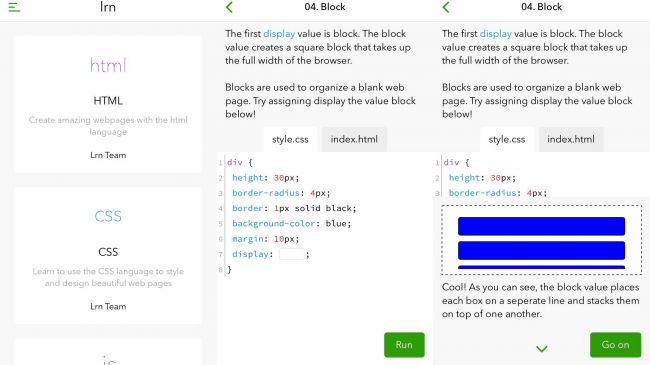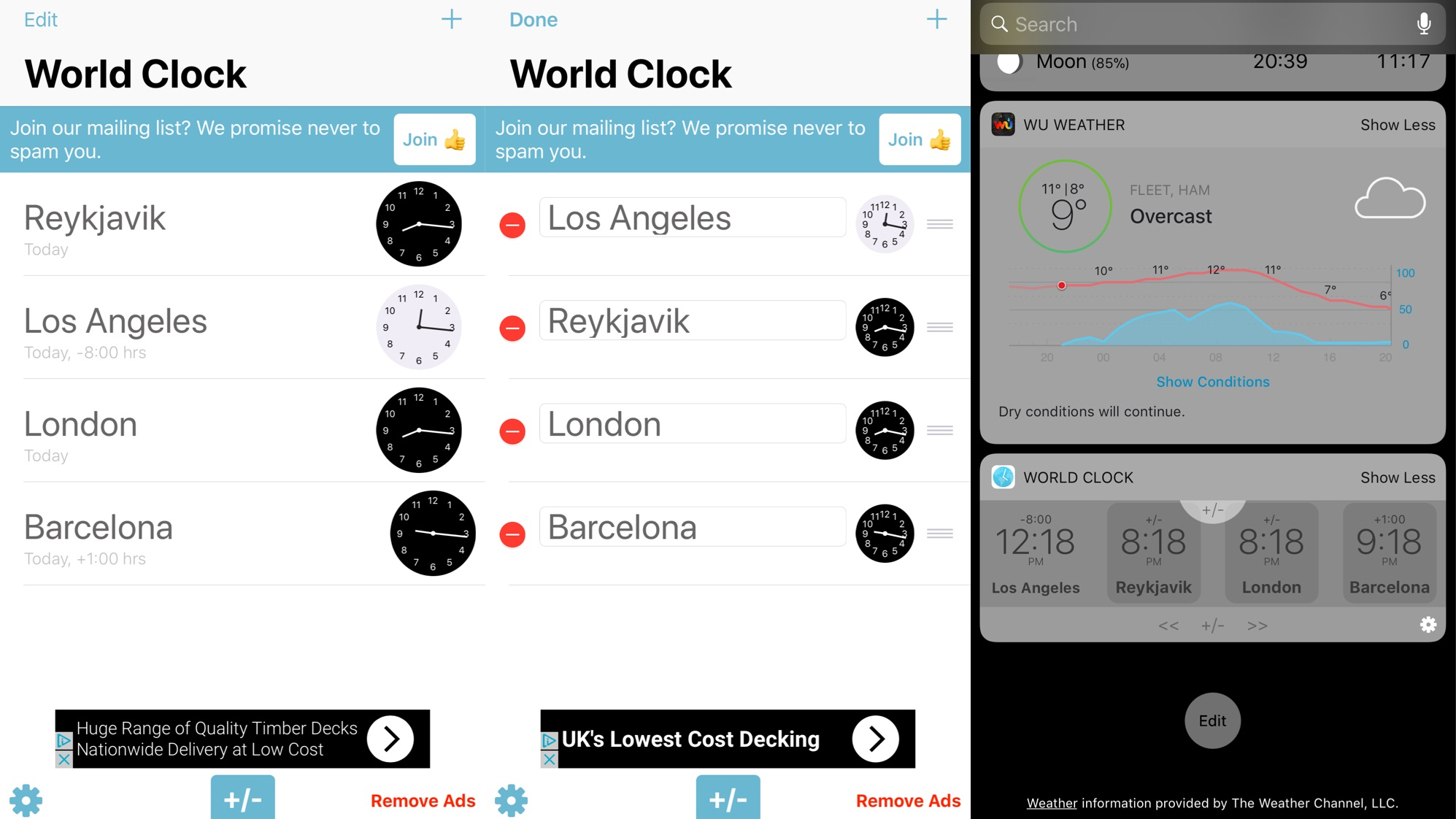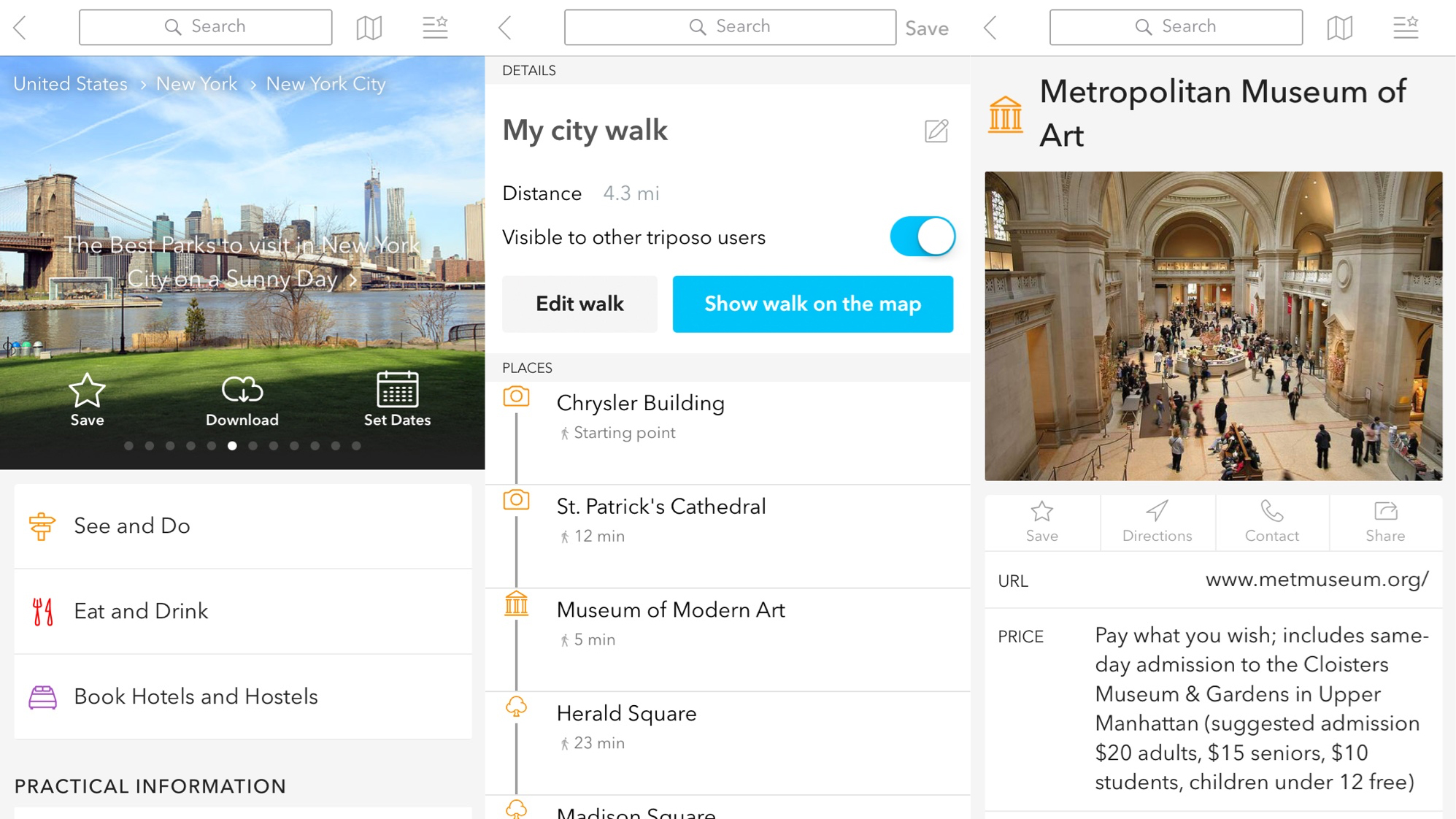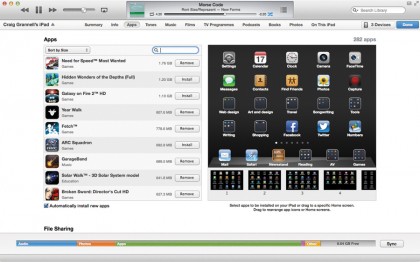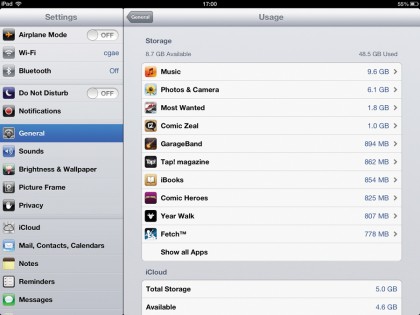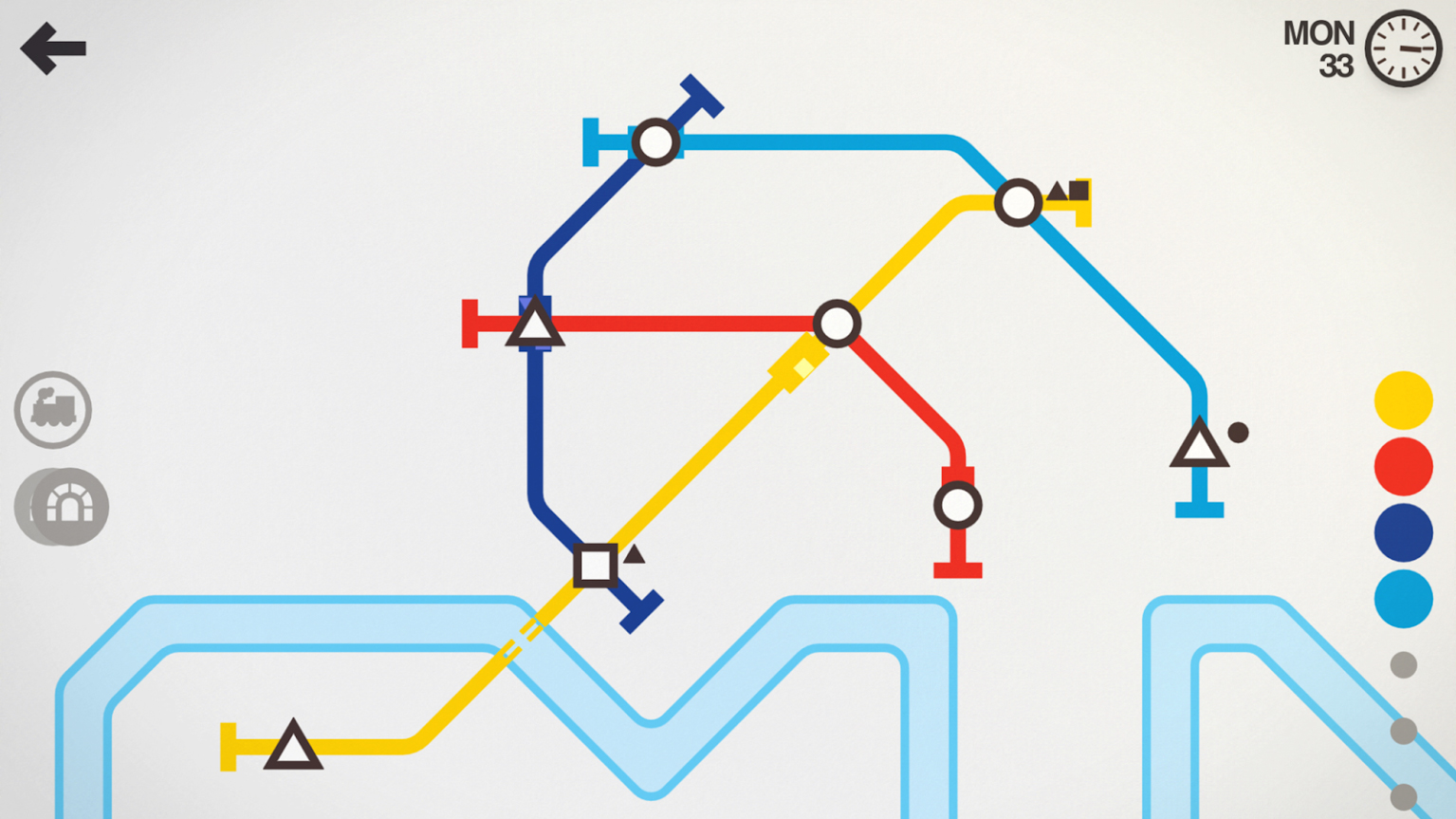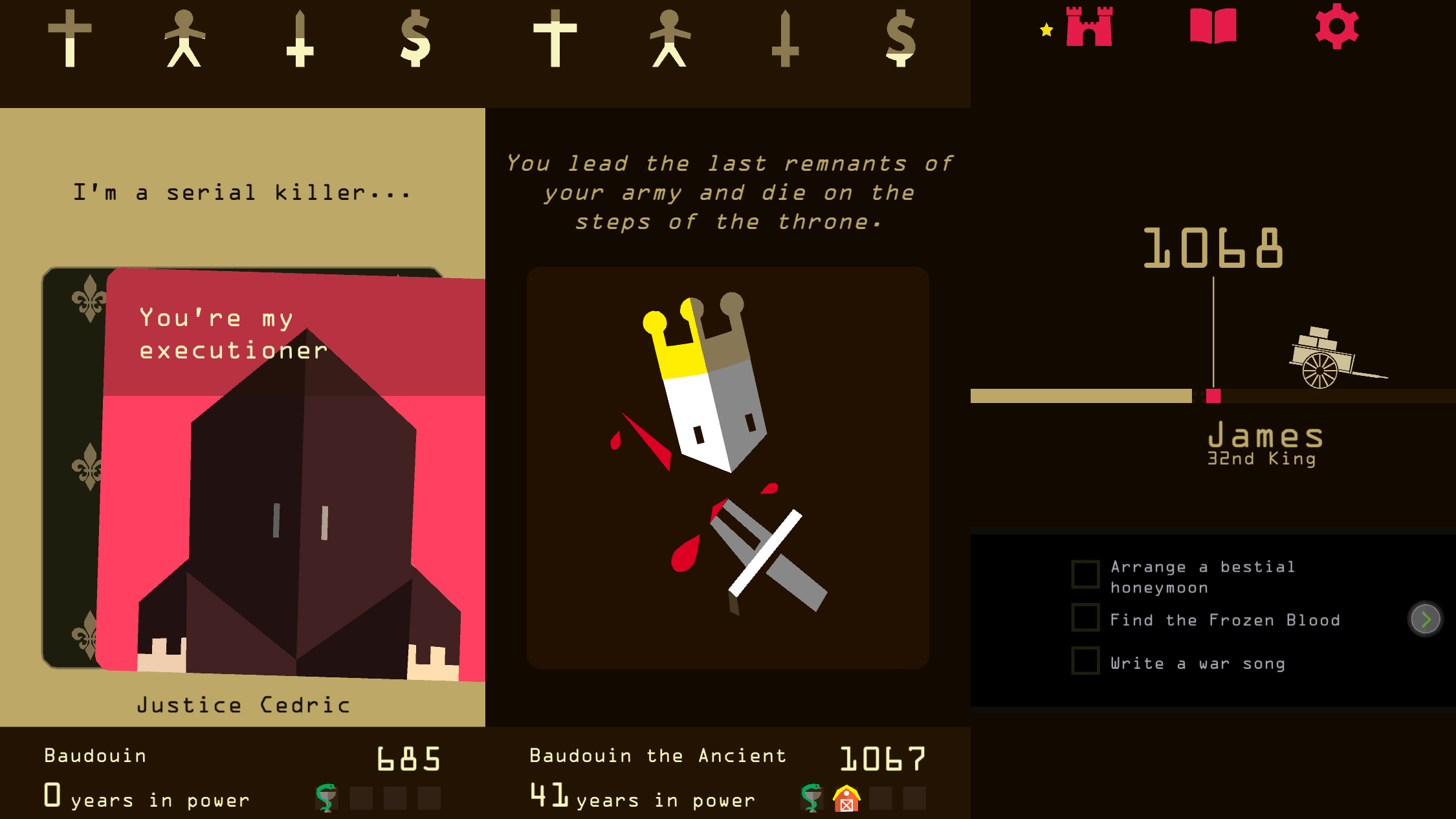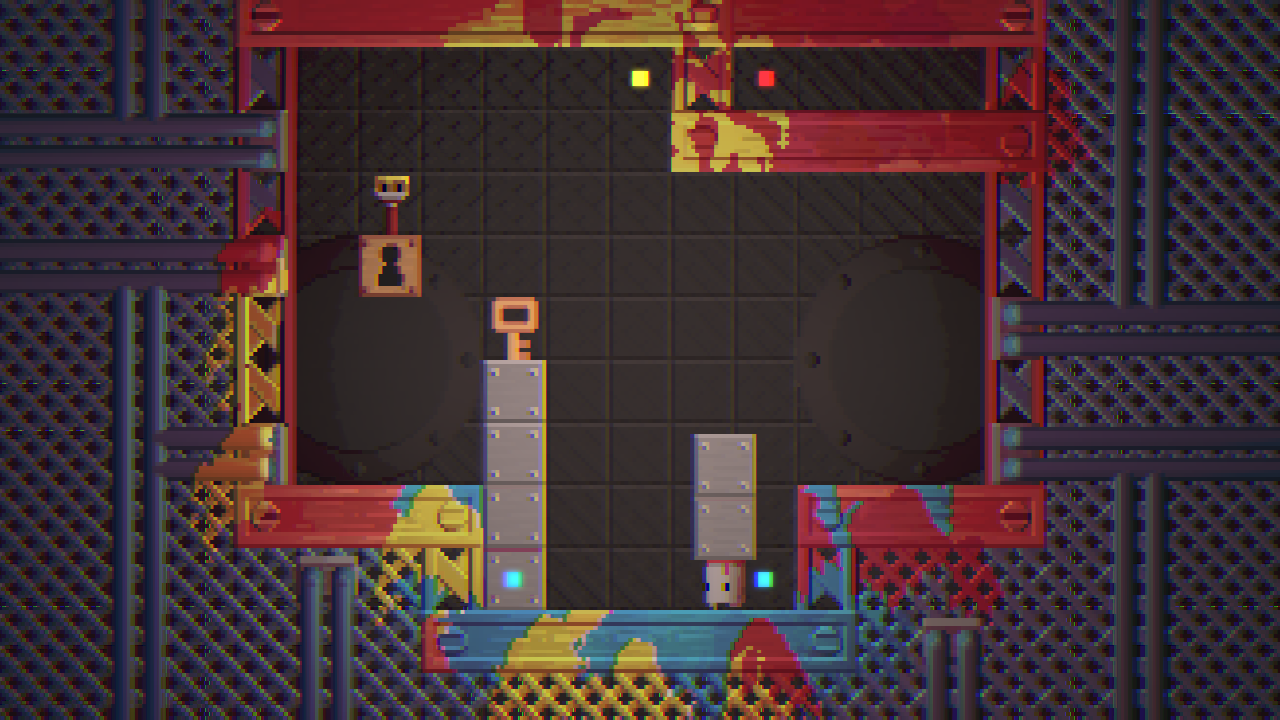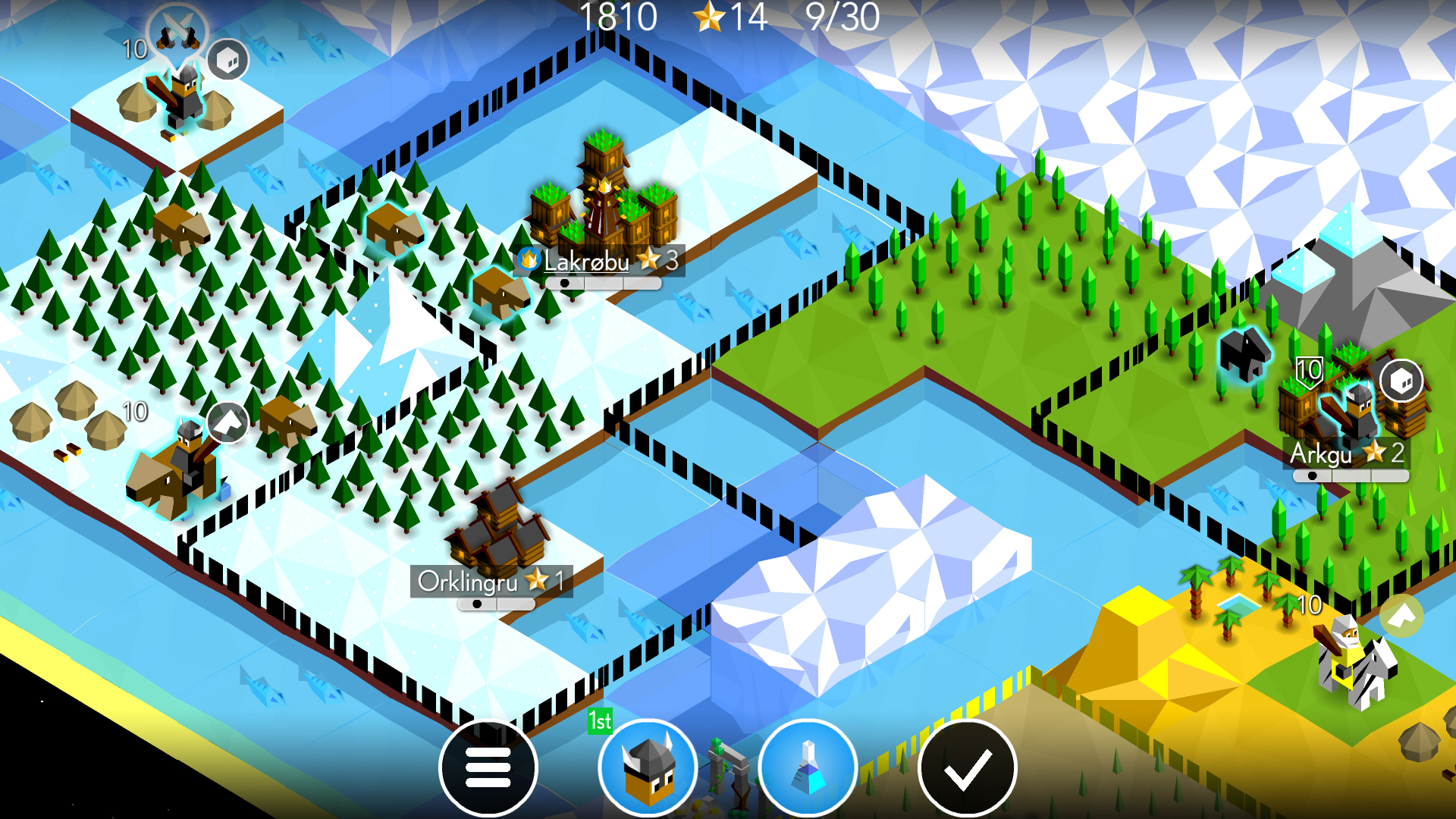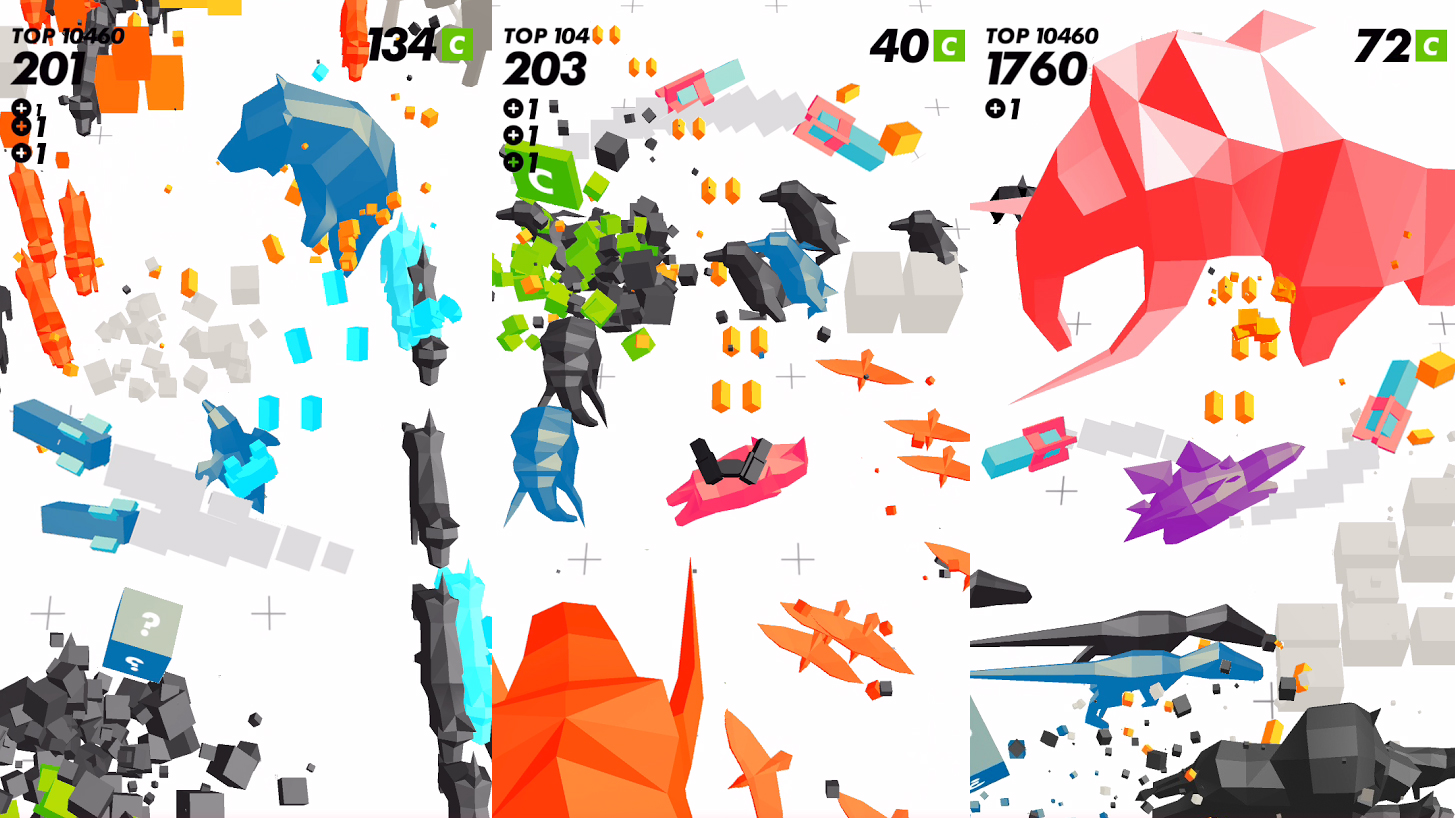The iPhone revolutionized gaming through multitouch, but the iPad provided a larger canvas and power for fully immersive and expansive experiences.
Apple’s tablet remains a powerful, engaging gaming device, whether you delve into innovative touchscreen games, or use a controller for a more console-style experience.
Whatever you prefer, the very best games are found in our lists. Check back every two weeks for our latest favorite.
iPad game of the week: Bomb Chicken ($4.99/£4.99/AU$7.99)
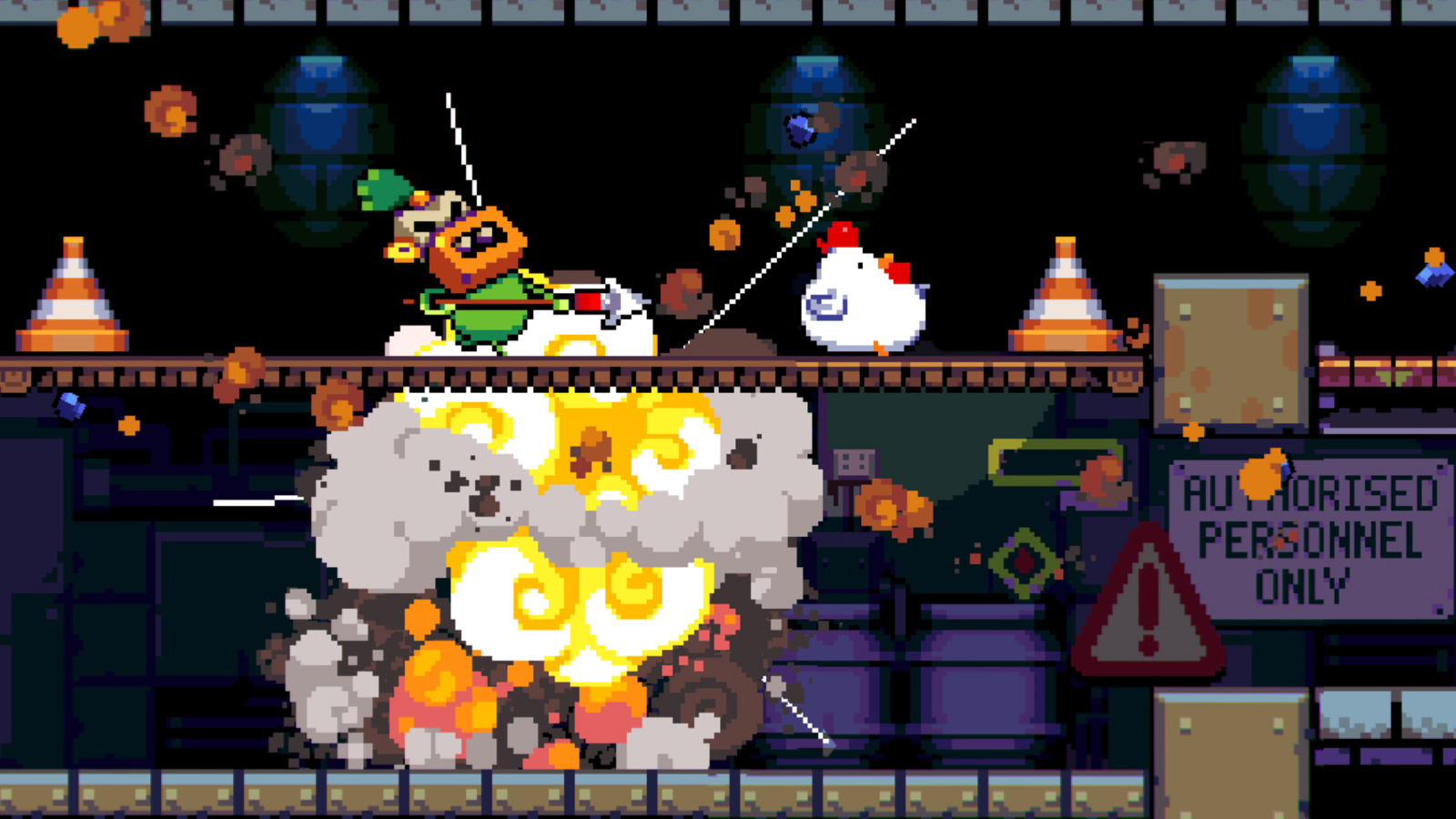
Bomb Chicken finds a once ordinary chicken able to rapidly lay an inordinate number of eggs that look and act exactly like bombs. Said chicken is annoyed, too - there’s something fishy at the heart of the facility, and he needs to find out what.
It’s your job to help this feathered hero succeed, by leaping about, avoiding being sawn in half by the suspicious number of saw-blades strewn about, and booting the odd bomb in the general direction of any enemy stupid enough to be hanging around.
On iPad, Bomb Chicken shines. The visuals are sharp and clear, the music’s great, the level design is varied and smart, and the controls work well. We’re quite sure you’ll never get a better mash-up of Bomberman, a 2D platform game, and poultry on your iPad.
Our favorite iPad immersive adventures, point-and-click games, and story-led narratives.
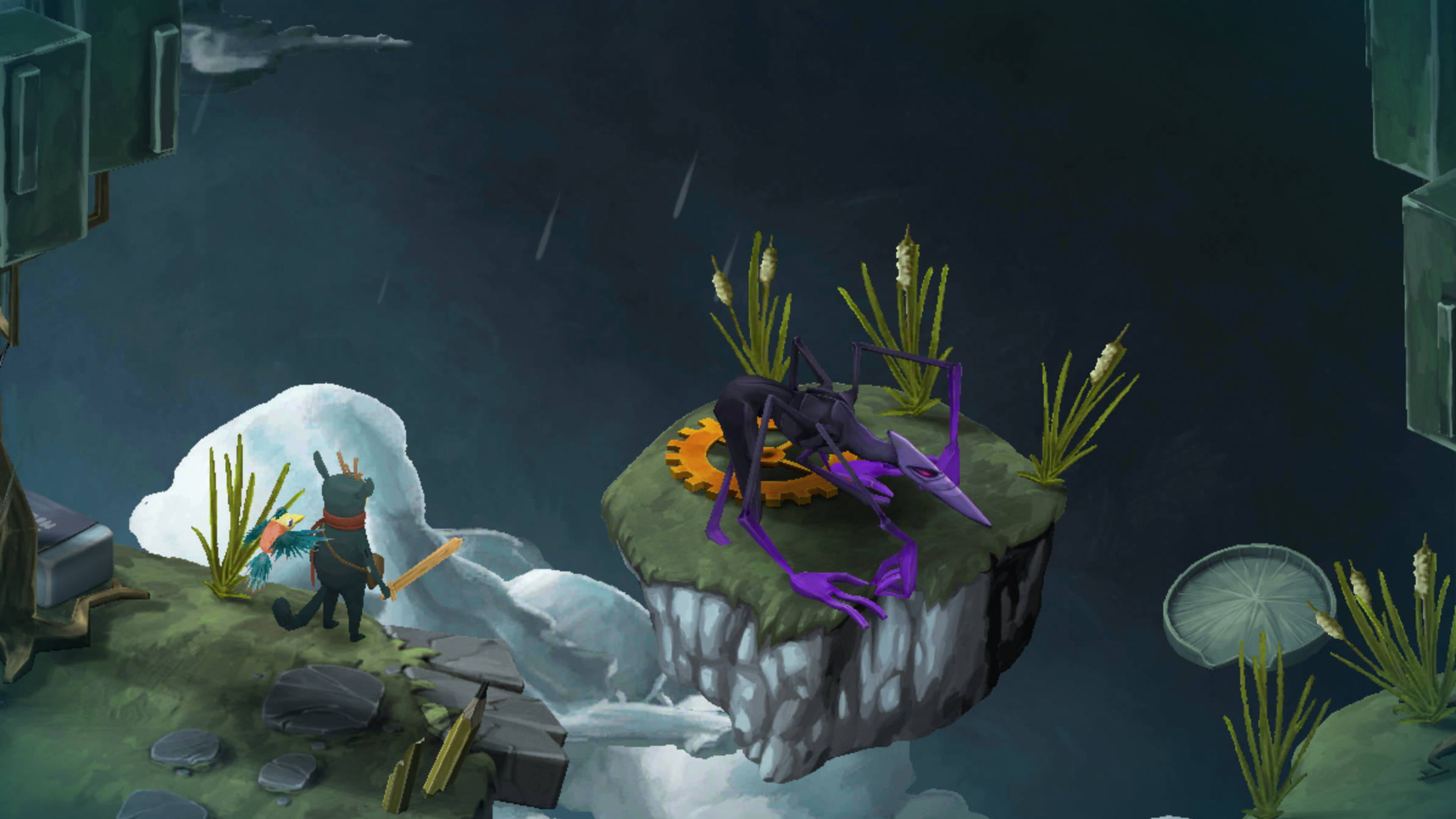
Figment: Journey Into the Mind (free + $4.99/£4.99/AU$7.99)
Figment: Journey Into the Mind is a curious beast. Its cartoonish whimsy at first puts you in mind of a children’s adventure, but the grumbling protagonist’s world, peppered with puzzles and battles, turns out to be dark and demanding.
The premise is that a mind once at peace now very much isn’t, and Dusty – a former voice of courage – has been charged with making things right. This means traipsing around a surreal, beautifully realized dreamworld, solving basic puzzles, and frequently hacking to bits various nightmarish critters.
Ultimately, there’s little new to this iPad game in gameplay terms – this is part old-school adventure mixed with action-RPG battles. But the soundtrack and animation make the world come alive, creating an experience to be savored. If you’re not quite sure, you can try the first two chapters for free; a one-off IAP unlocks the rest.

Journey ($4.99/£4.99/AU$7.99)
Journey is as much an invitation to poke around as it is an iPad game. It dumps you in a vast desert, and leaves you to it. At that point, it’s down to you to unravel the strange world’s secrets – and how to proceed. At first, it’s a blast to just explore, with your traveler surfing along dunes, and making occasional discoveries. But Journey is more than a gaming sandbox – there is a progression path in this adventure.
It seems obvious you should head to a mountain, but getting there requires understanding the world around you, singing to cloth creatures, confronting ancient guardians, and uncovering glyphs. There are moments of tension, but mostly this is an alien, otherworldly experience about the joys of freedom and discovery, working at your own pace, and staring at the beautiful visuals.

Telling Lies ($6.99/£6.99/AU$10.99)
Telling Lies is essentially an expansive, relatively big-budget follow-up to surprise scrappy hit Her Story. The basics are quite similar: you find yourself staring at an oddball database of video recordings, into which you can type search terms. Results lists are limited – the conceit being that this is due to privacy concerns, but obviously it’s to make your search harder.
But the search for what? Well, that’s really the point of Telling Lies – unwrapping its many layers, watching video footage of conversations, trying to figure out the links and the central mystery.
That you can only ever hear one half of interactions means you gradually piece things together – it feels properly investigative. There’s a digital notepad, but you’ll likely want a real one; and you’ll marvel at how creator Sam Barlow has again breathed life into the once derided genre of FMV.

Sky: Children of the Light (free + IAP)
Sky: Children of the Light is an open multiplayer adventure, set in a world of magic and delight. It features the titular children of the light, tasked with freeing fallen stars, and returning them to their constellations.
The actual gameplay involves a lot of poking around lush landscapes, looking for hidden secrets, and lighting candles that charge up your ‘winged light’. This lets you leap from clifftops and temporarily fly above the world.
It’s the feel of Sky that first draws you in – a mix of dazzling visuals and freedom that’s like nothing else on iPad. What keeps you there is the game’s clever multiplayer, where you must share with others, wordlessly working on solutions to puzzles, and occasionally having your hand grabbed before the pair of you soar majestically into the heavens.

Minit ($4.99/£4.99/AU$7.99)
Minit is a quirky adventure title with roots firmly planted in retro RPGs. The visuals look like they were cooked up on a 1980s console, and the gameplay has you scour a tile-based map to find objects, secure quests, and complete basic tasks.
However, rather than allowing you to amble about, Minit pits you against the clock. Every session lasts just 60 seconds. You’ll emit a howl on reaching a target, but then running out of time before you grab an object or flick a switch – and then resolve to shave precious seconds off your route next time.
Minit is short; given how it’s constructed, that’s perhaps inevitable. But its sense of focus – and the razor-sharp focus it forces on the player – is to be championed, not criticized.
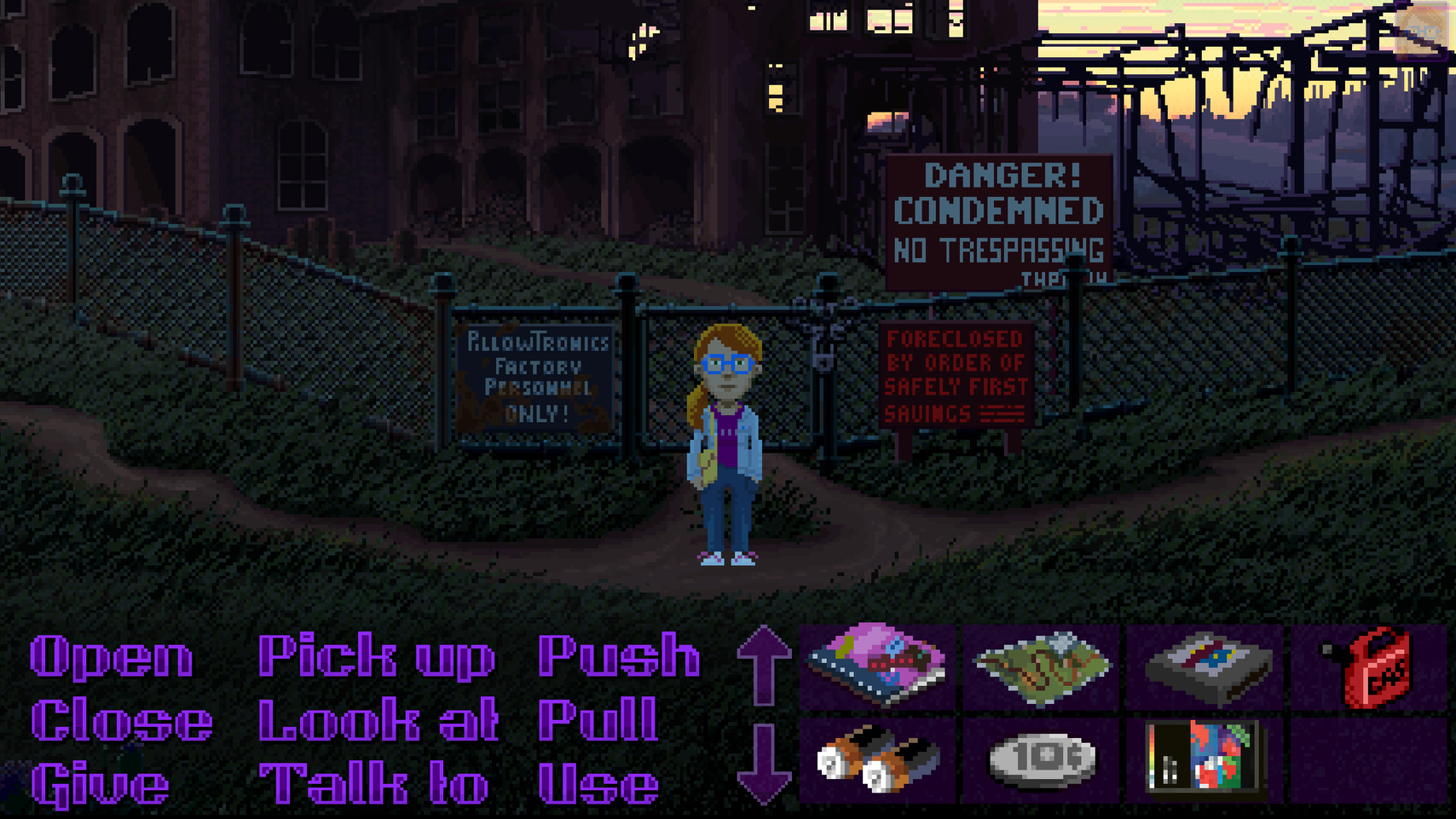
Thimbleweed Park ($9.99/£9.99/AU$14.99)
Thimbleweed Park is a love letter to classic point-and-click adventures, designed by two of the industry’s most devious minds. Ron Gilbert and Gary Winnick were the brains behind classics Maniac Mansion and Monkey Island, and Thimbleweed Park is no less tricksy as you ostensibly attempt to solve a murder mystery.
We say ‘ostensibly’ because the dead body you quickly find is the least of your problems. Over the game’s length, you end up playing several characters, including feds, an aspiring game developer and a vulgar, down-on-his-luck clown.
The interface is a bit of a 1980s throwback, as is the difficulty level. Thimbleweed Park can be absurdly obtuse, and a little awkward. But there are few iPad adventures that match this one’s humor, heart and cunning – and no others that feature plumbers who happen to be paranormal investigators who dress as pigeons.

Subsurface Circular ($4.99/£4.99/AU$7.99)
Subsurface Circular exists in a gray area between novella, short film and videogame. Set in a single carriage within an automated transit system, it features a cast of Teks – androids that have replaced humans in many of society’s roles.
You play a detective Tek, which spends its life interrogating other robots on the Subsurface Circular, and are immediately embroiled in a mystery. To say more would spoil things, so take it from us that the story entrances, twists and turns over its few hours.
Despite the single-scene setup, the game looks superb, with a cast of varied Teks and a familiar messaging-style interface that has a distinctly futuristic sheen. And if you’re concerned about the game’s brevity, be mindful you’d spend as much renting a film, and probably wouldn’t have nearly as much fun.

Flower ($4.99/£4.99/AU$7.99)
Flower is a game that revels in bombing along as a petal on the wind, scything your way through fields of lush grassland, and soaring into the air above mountains and windmills.
Each environment starts with you playing as an individual petal. As you collide with other flowers, they bloom and offer a petal of their own to join yours, which soon becomes a spinning, swooping conga of color, wheeling above Flower’s tiny, beautiful worlds.
There’s a smattering of exploration and light puzzling in Flower, primarily to unlock more parts of each level, and discover secrets. But mostly this game is about enjoying an immediate, accessible, beautiful journey that has an emotional core and an exhilarating edge.

Samorost 3 ($2.99/£2.99/AU$4.49)
From the creators of Machinarium and Botanicula, Samorost 3 is an eye-dazzlingly gorgeous old-school point-and-tap puzzler.
It follows the adventures of a gnome who sets out to search the cosmos and defeat a deranged monk who's smashed up a load of planets by attacking them with a steampunk hydra.
The wordless tale primarily involves poking about the landscape, revealing snatches of audio that transform into dreamlike animations hinting at what you should do next.
Although occasionally opaque, the puzzles are frequently clever, and the game revels in the joy of exploration and play. It's also full of heart – a rare enchanting title that gives your soul a little lift.
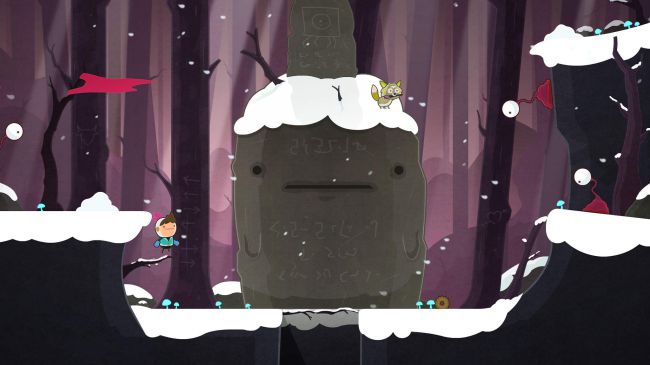
Love You to Bits ($3.99/£3.99/AU$5.99)
Love You to Bits has a heart as big as a thousand iPads. It's a tap-based adventure that finds a little space explorer trying to retrieve pieces of his android girlfriend that have been scattered across the galaxy.
The mechanics are right out of classic point-and-click gaming, essentially having you amble about 2D locations, unearth items and then drop them in the right spot.
But the game is so relentlessly creative and inventive with its environments — full of dazzling visuals, references to movies and other games, and increasingly clever mechanics and ideas — that you can't help but love it to bits yourself.
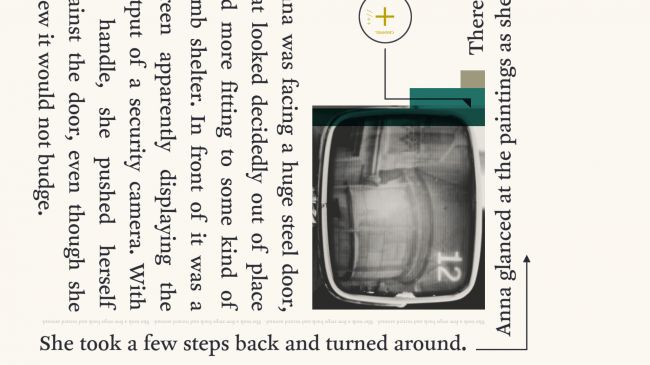
Device 6 ($3.99/£3.99/AU$5.99)
Device 6 is first and foremost a story — a mystery into which protagonist Anna finds herself propelled. She awakes on an island, but where is she? How did she get there? Why can't she remember anything? The game fuses literature with adventuring, the very words forming corridors you travel along, integrated puzzles being dotted about for you to investigate.
It's a truly inspiring experience, an imaginative, ambitious and brilliantly realised creation that showcases how iOS can be the home for something unique and wonderful. It's also extremely tough at times. Our advice: pay attention, jot down notes, and mull away from the screen if you get stuck.
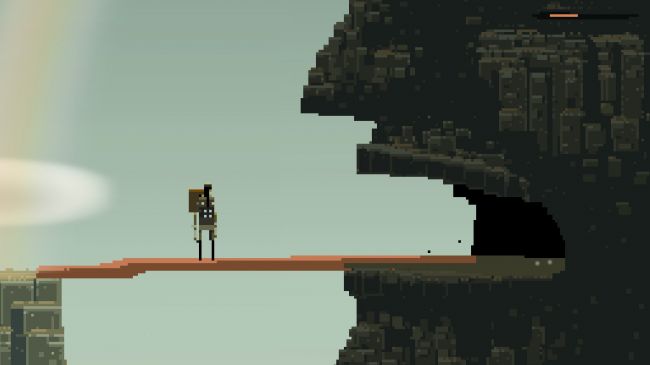
Superbrothers: Sword and Sworcery EP ($3.99/£3.99/AU$5.99)
Superbrothers: Sword and Sworcery EP has in its DNA the essence of point-and-click classics, and is infused with a substantial sense of adventure. It’s a game that very much wants you to explore and interact with its mysterious and atmospheric world. It also happens to be a concept album.
That might sound weird, but you soon find your time within this game’s world is anything but usual. The delicate pixel art has many surprises and strangeness buried within, and the evocative soundtrack is a high point on the platform.
The storytelling is sparse and smart (if sometimes too knowing), and combat is rhythmic (if a touch clunky). In all, the mixture of music, occasional swordplay, and exploration is not to be missed.
Our favorite iPad arcade titles, including retro games, pinball, slice ’em ups, multiplayer party games, and innovative touchscreen creations.

Vectronom ($3.99/£3.99/AU$5.99)
Vectronom is a psychedelic world of dancing geometric shapes. Your particular shape – a beat-nodding cube – is charged with getting from one point to another, across a constantly shifting obstacle course packed full of spikes and holes.
The key to this iPad game is to recognize the choreography before you, and swipe to partake in something that’s part rhythm action, part slalom, and part dancing. You often swipe into empty space, safe in the knowledge a platform will appear on the beat – assuming you get things right.
Each of the game’s zones has a distinct personality, from Autobahn’s sea of marching squares to the psychotic Spike Jump. All the while, Vectronom’s soundtrack shifts from thumping electronic ear-smashing to relatively gentle waltz numbers. Aside from a few overly frustrating moments (again, Spike Jump), it’s a hypnotic, tantalizing experience.

Witcheye ($2.99/£2.99/AU$4.99)
Witcheye is a platform game without the platforming. The platforms themselves still exist – and the usual enemies roam back and forth, occasionally chucking things in your general direction. But rather than hop about, you take the form of a floating eye. (This is apparently what happens these days when a witch wants to get her belongings back from a kleptomaniac knight).
The controls are simple: swipe to move and tap to stop. What really makes Witcheye, though, is the level design. Sometimes, you can dart to the end, but if you want to grab all the collectables, you’ll need to carefully maneuver yourself to smash your foes. This is even more apparent in the frequent, entertaining boss battles.
On the iPad, Witcheye works especially well. There’s plenty of space for your swiping digit, and the old-school pixel artwork looks superb.

Pulse: Volume One ($3.99/£3.99/AU$5.99)
Pulse: Volume One is a rhythm action game that comes across like a futuristic piano. The instrument – such that it is – comprises a neon pulse that expands across concentric circles.
Notes travel along those circles, like planets orbiting a star, and you must tap them at the exact moment the pulse reaches them. Miss and there’s a sickening crunch.
That likely all seems pretty simple – and it is at first. The early songs offer a kind of mindless noodly entertainment. But the compositions quickly ramp up in complexity, testing your dexterity and sense of rhythm.
This is the kind of game that can only really work on the iPad’s acres. It’s an engaging and tactile title that offers a unique spin on rhythm games.

Jumpgrid ($2.99/£2.99/AU$4.49)
Jumpgrid is a twitch arcade game that pits you against a psychopathic abstract obstacle course dedicated to making you fail. Your only means of escape is to leap to another spot on a claustrophobic three-by-three grid, munch all of the spinning cubes, and then make for the teleporter that will take you to the next – tougher – test.
It feels a lot like a minimal Frogger/Pac-Man crossover smashed into Super Hexagon with a hammer - and then that hammer mashes your ego as any sense of smugness you may have enjoyed regarding your gaming prowess quickly becomes a sticky pulp.
But this white-knuckle ride is one to stick with. Commit the clockwork patterns to memory and you can start to string together speed runs that will make you feel like a gaming genius. And when you crack all 100 levels, there’s a furiously addictive endless mode to try your hand at.
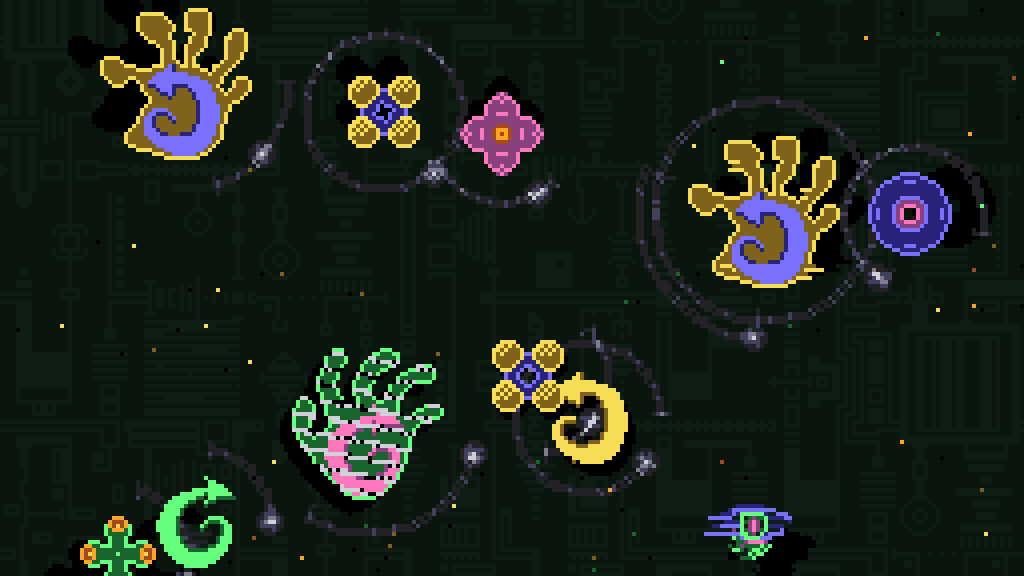
Helix ($2.99/£2.99/AU$4.49)
Helix has the appearance of a rough-and-ready 1980s arcade game. Your character, a chunky blinking eye, scoots about as adversaries rapidly appear from screen edges. The aim is survival, but fortunately you can do more than dodge (albeit less than shoot).
Move around an enemy and a line begins to encircle them. If the line is closed, the enemy explodes, giving you some breathing space. Some enemies require more orbits, or for you to encircle them in a specific direction, and that’s about it.
But Helix’s simplicity isn’t to its detriment. This is a focused, brilliantly conceived arcade blast that’s ideal fodder for iPad. The touchscreen controls are responsive, the lurid visuals are captivating, and the hard-as-nails gameplay has that one-more-go factor that will have you clamoring for more.
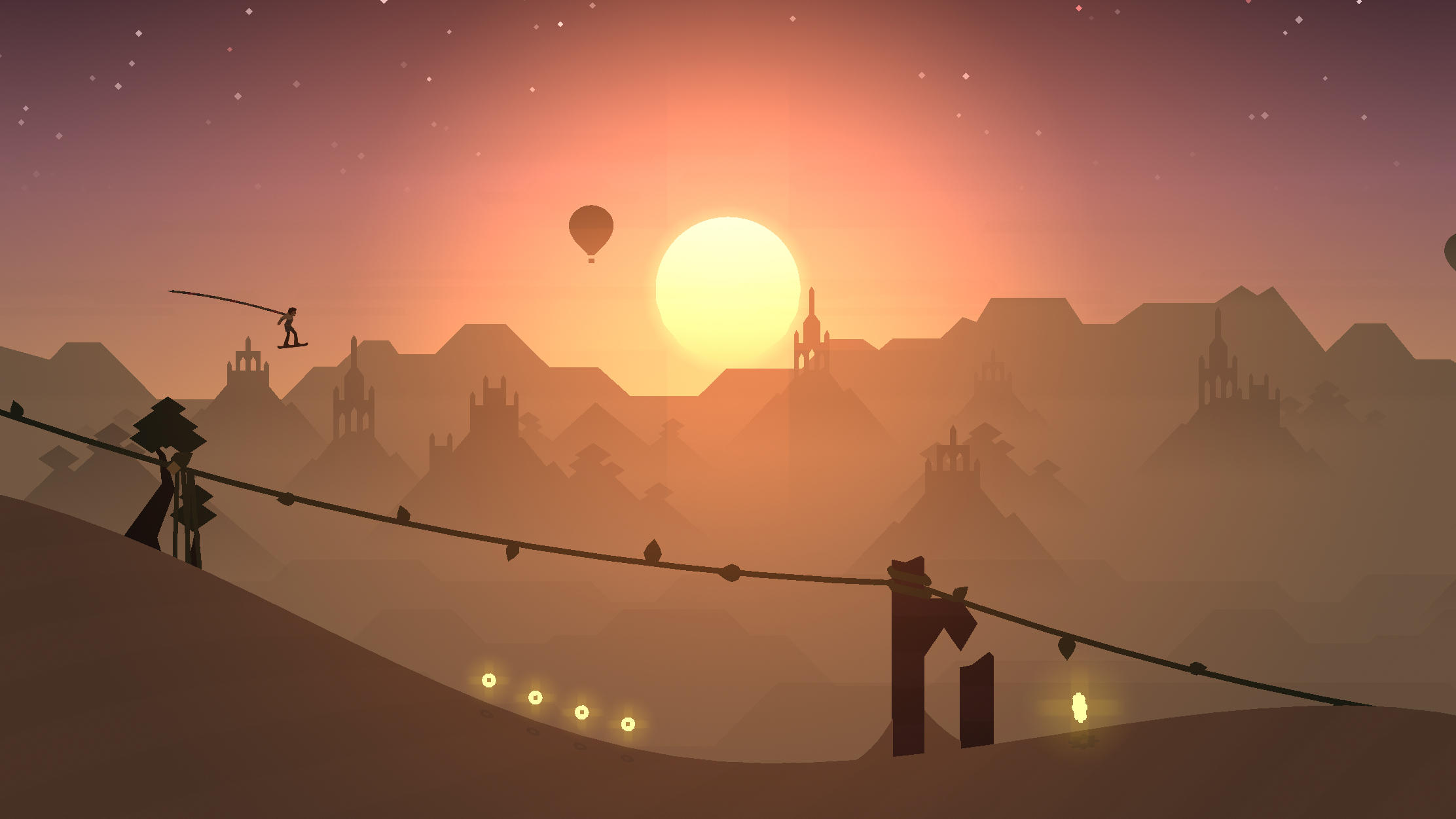
Alto’s Odyssey ($4.99/£4.99/AU$7.99)
Alto’s Odyssey is a one-thumb side-on endless survival game. It features the titular Alto, who has a thing for sandboarding on huge dunes, hurling himself into the air, performing all manner of tricks, and then trying to not land (i.e. crash) in a manner that results in a face full of sand.
This is perfect iPhone fodder, and perhaps not the kind of game you’d usually associate with iPad. But like its predecessor – the similarly impressive Alto’s Adventure – Alto’s Odyssey is a gorgeous game that’s deeper than it first appears.
Visually, it’s a treat, with arresting weather effects and day/night cycles. As you complete challenges, you slowly unlock new goals, environments, and abilities, but if at any point it all feels too much, you can switch off with the zero-risk Zen Mode, which leaves you with a serene soundtrack and endless desert.

FROST ($4.99/£4.99/AU$7.99)
FROST is a thoughtful, tactile game that feels like a living piece of art. Across dozens of scenes, sparks and barriers scythe across the screen while you direct flocking neon creatures towards orbs. Once the orbs fill, you can move on to the next challenge.
Ultimately, FROST is a path-finding puzzler. You use logic to understand the conditions before you, and how to meet your goal. But FROST feels very different from its contemporaries. The abstract visuals are exciting and fresh, but also it really wants you to play, experiment and discover.
Most of the puzzles tend to be simple, and you could probably blaze through the entire game in a few hours. But doing so would miss the point, because FROST is an iPad experience to bask in and savor.

Osmos for iPad ($4.99/$4.99/AU$7.99)
Osmos for iPad is an ‘ambient’ arcade game, and although it started life on PC, it’s a game that only really makes sense on a touchscreen.
Across eight distinct worlds, you control a tiny ‘mote’, propelled by ejecting pieces of itself, its direction of travel determined by your taps. Collide with a smaller mote and it’s absorbed. Your aim is to ‘become the biggest’.
When other motes are stationary, victory’s relatively easy – although very crowded levels require careful taps and judicious use of a time-warp slow-down feature.
But when levels feature ferocious motes intent on your demise, or the game shifts from microscopic warfare to motes speeding around a central giant – like celestial bodies orbiting a sun – brains and fingers alike will suddenly find Osmos a much sterner test.
At every point in the journey, Osmos is magnificent. Convince a friend to buy the game and engaging multiplayer arenas await too.
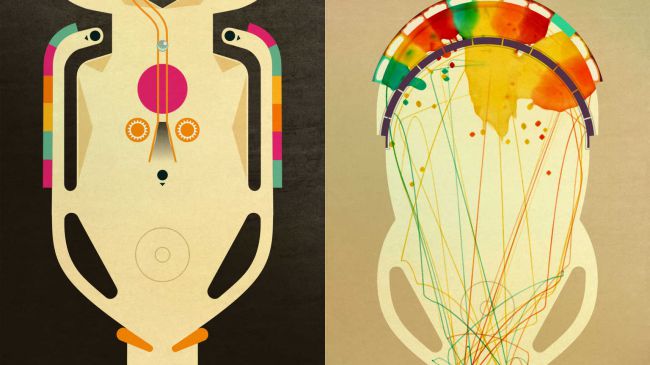
INKS. ($2.99/£2.99/AU$4.49)
Pinball games tend to either ape real-world tables or go full-on videogame, with highly animated content that would be impossible on a real table. INKS. tries something different, boasting a modern 'flat design' aesthetic, and having coloured targets on each table that emit an ink explosion when hit with the ball.
Each of the dozens of tables therefore becomes a mix of canvas and puzzle as you try to hit targets while simultaneously creating a work of art. Neatly, as the ball rolls through ink splats, it creates paths across the table, which is visually appealing and also shows when your aim is off.
Because each level is short — usually possible to complete in a minute or so — INKS. manages to be both approachable enough for newcomers and different enough for experts to get some enjoyment out of.

Badland 2 ($0.99/99p/AU$1.49)
The first Badland combined the simplicity of one-thumb 'copter'/flappy games with the repeating hell of Limbo. It was a stunning, compelling title, pitting a little winged protagonist against all kinds of crazy ordeals in a forest that had clearly gone very wrong.
In Badland 2, the wrongness has been amplified considerably. Now, levels scroll in all directions, traps are deadlier, puzzles are tougher, and the cruelty meted out on the little winged beast is beyond compare. Still, all is not lost - the hero can now flap left and right. We're sure that comes as a huge consolation when it's sawn in half for the hundredth time.

ALONE... ($1.99/£1.99/AU$2.99)
Because of the nature of touchscreen controls, there's a tendency to slow things down on iOS. ALONE… throws such caution to the wind, flinging you along at Retina-searing speed as you try in vain to save a little ship hurtling through rocky caverns of doom.
This is a game that's properly exciting, and where every narrow escape feels like a victory; that all you're doing is dragging a finger up and down, trying in vain to avoid the many projectiles sent your way, is testament to you not needing a gamepad and complex controls to create a game that genuinely thrills.

Power Hover ($3.99/£3.99/AU$5.99)
It turns out the future will involve hoverboards, only it'll be robots piloting them. In Power Hover, all the humans are gone, but so too are the batteries that power your robot village. So you hop on your flying board and pursue a thief through 30 varied and visually stunning levels.
Whether scything curved paths across a gorgeous sun-drenched sea or picking your way through a grey and dead human city, Power Hover will have you glued to the screen until you reach the end of the journey. And although it's initially tricky to get to grips with, you'll soon discover the board's floaty physics and controls are perfectly balanced.
Our favorite iPad games where you find objects cleverly hidden on-screen and use them to escape from virtual prisons.
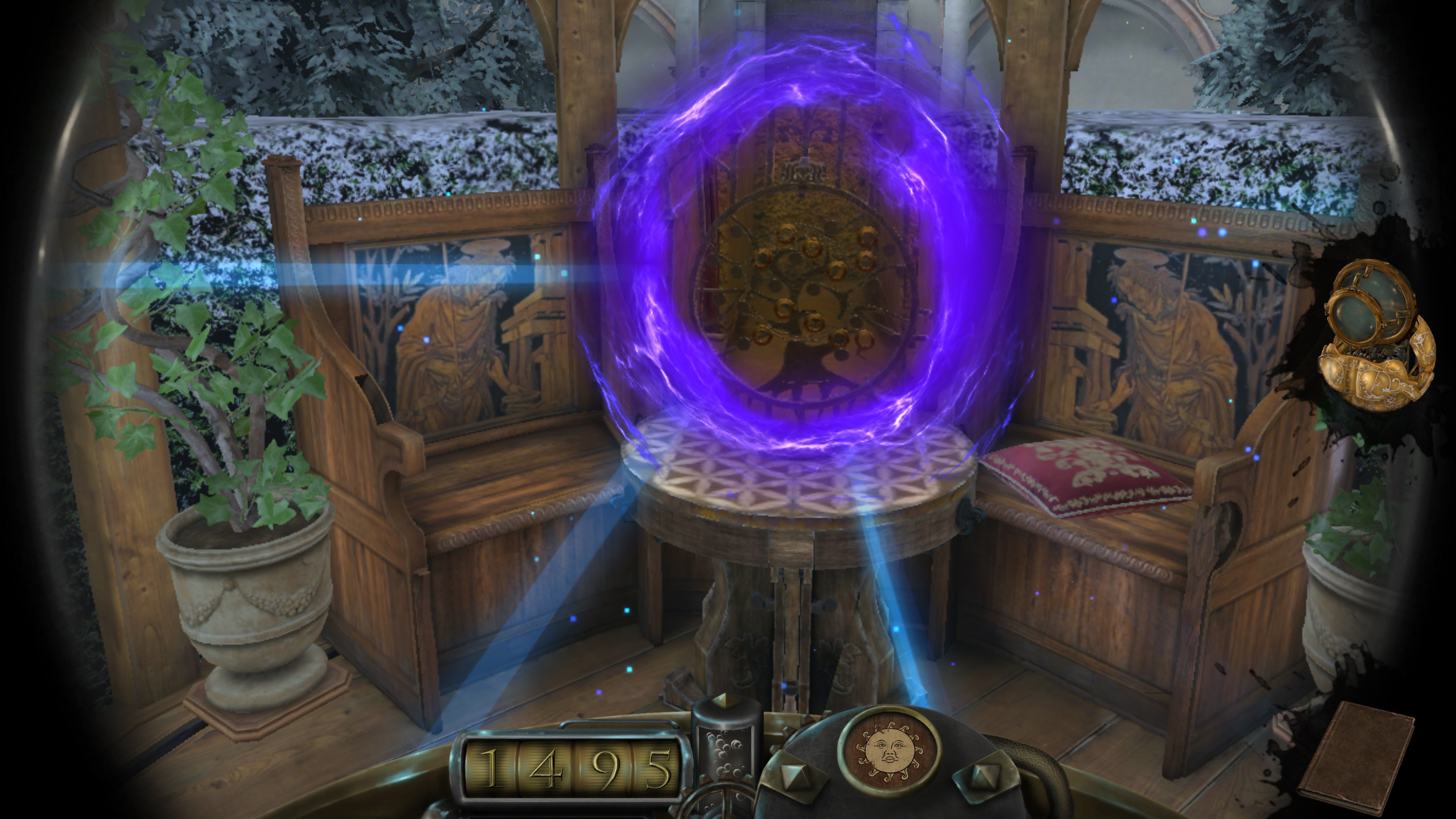
The House of Da Vinci 2 ($4.99/£4.99/AU$7.99)
The House of Da Vinci 2 is a hidden object game very much in the vein of The Room. In fact, the initial moments of your quest might have you wonder if it’s part of the same series (it isn’t), such is the game’s similarity. You start off in a dungeon (hello, The Room Three!), figure out how to escape, and are then charged with becoming da Vinci’s apprentice – while in the employ of a mysterious benefactor.
Aside from the backstory, The House of Da Vinci 2 really starts becoming its own thing when you encounter time travel. A gadget you collect early on in the game lets you travel back in time at key moments to make adjustments to your locale, which impact on the future so you can solve problems. It adds another dimension to the game – while gleefully punching your brains in.
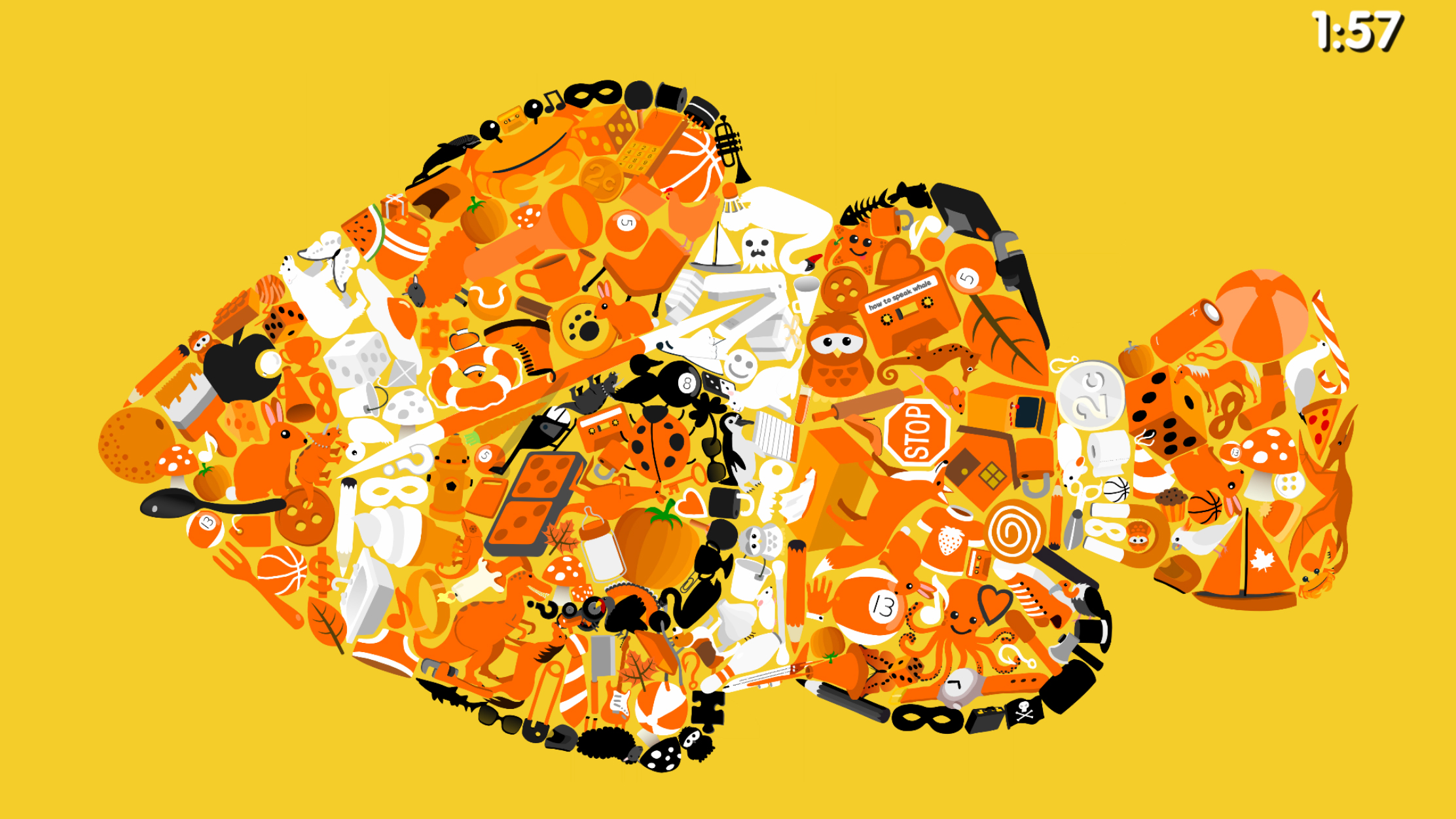
Little Things Forever ($0.99/49p/AU$0.99)
Little Things Forever is the purest example of a hidden object game you’re likely to find on the App Store. There’s no overarching quest – no desire to be a sort-of adventure. Instead, you’re presented with a jumble of objects (that, when you squint, form cartoonish artwork), and things to find.
Depending on the challenge you’re tackling, you either get a full list, and aim to get through it as quickly as possible, or a timer and one item at a time to discover. Sporadically, the game has you complete basic jigsaw puzzles, in order to unlock new levels.
On the iPad’s larger screen, the game shines. It’s full of charm, and although the timers add some incentive for those who need it, Little Things Forever is perfectly relaxed if you feel like taking 'forever' on a single puzzle.
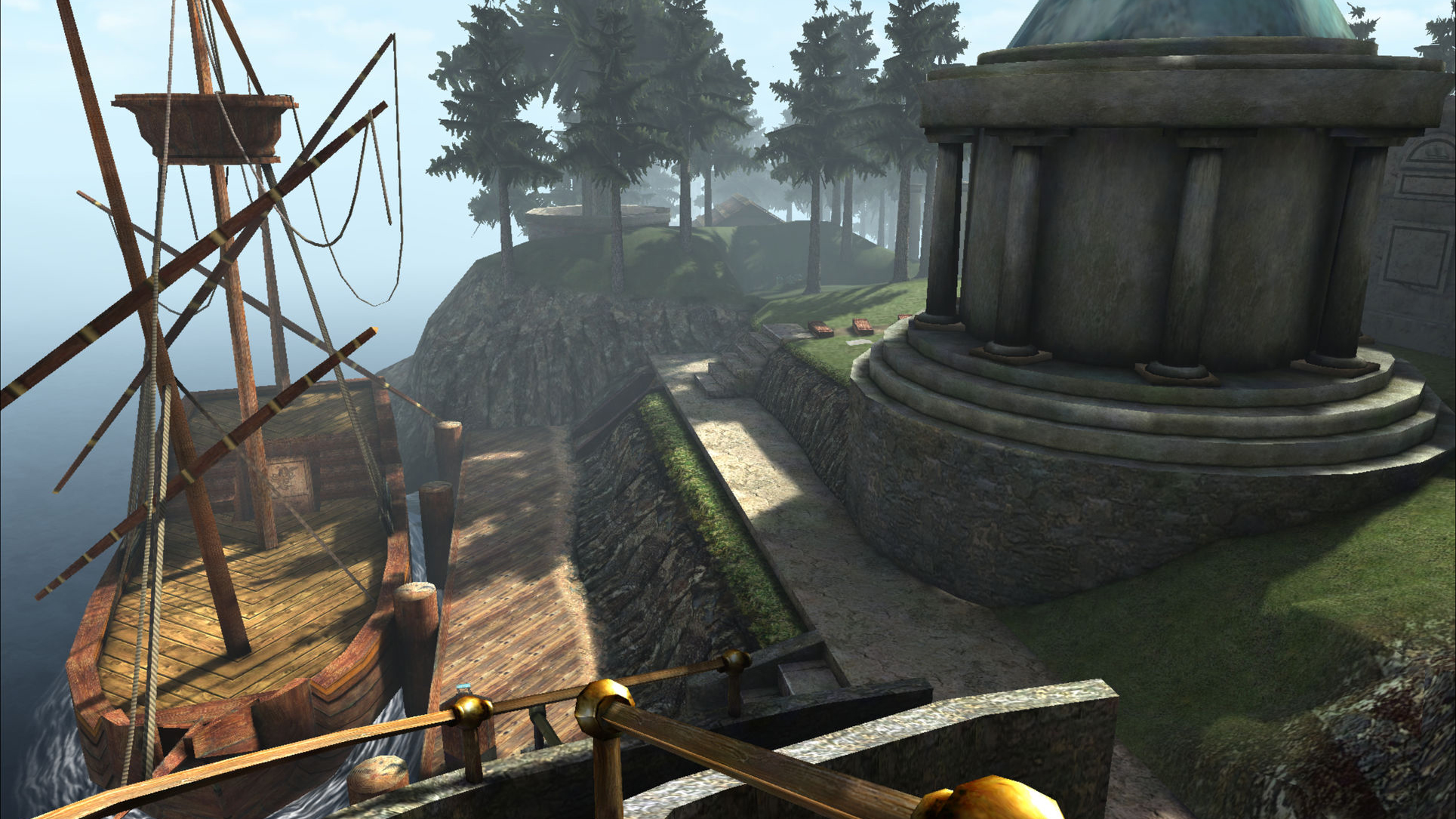
realMyst ($6.99/£6.99/AU$10.99)
realMyst is a new take on Myst, a Mac classic from the early 1990s. It dumps you on a strange island, giving you no clear ideas what to do next. The idea is to explore, check out every nook of the island, find clues, solve puzzles, and find new places in which to poke around.
To say realMyst is obscure is putting it mildly. Its puzzles can be baffling and cryptic, and smart players will arm themselves with a notepad – and a huge amount of patience.
However, this iPad version is a fantastic way to experience a gaming classic, with a more free-form approach to movement, beautiful revamped graphics, and the simple fact you can play it anywhere.
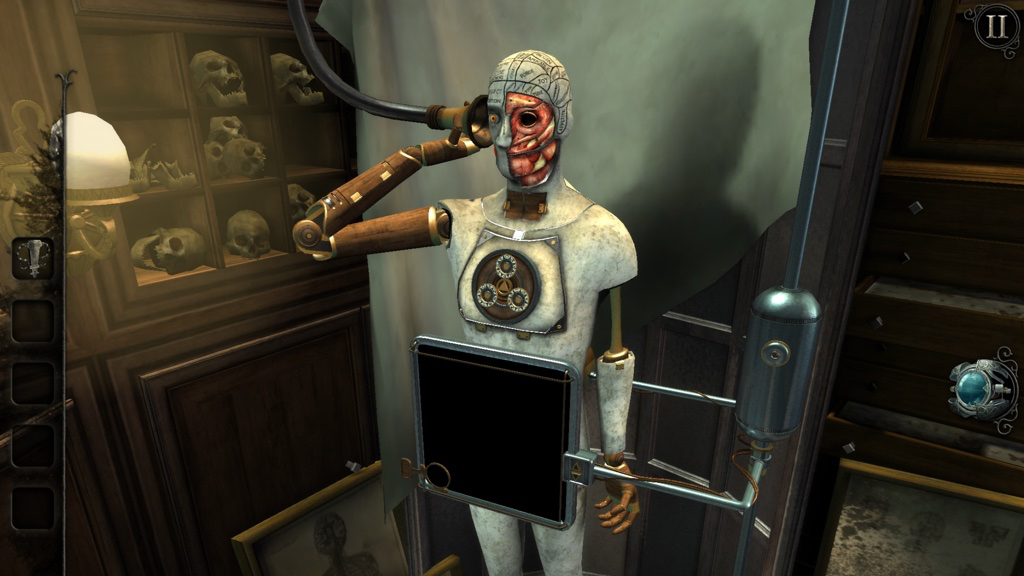
The Room: Old Sins ($4.99/£4.99/AU$7.99)
The Room: Old Sins pits you against devious puzzle boxes. Like previous games in the series, Old Sins is obsessed with the impossible. This time, you’re investigating the disappearance of an engineer and his wife. You spot what appears to be a corpse in a gloomy attic and are abruptly swept inside a doll house.
At this point, it’s all tap, swipe and drag, manipulating objects using your very best logical deduction until things happen. At one point you’ll discover a seemingly unending number of hidden compartments in a tiny model train. Elsewhere, something horrific and otherworldly will scream before forcibly ejecting you from a room.
If you’re a newcomer and puzzle fan, Old Sins is a no-brainer – a superb, coherent title with multiple-location challenges and none of the tedious walking around found in the likes of Myst. As for existing fans, you’ve probably already bought and finished the game anyway. If not, what are you waiting for?
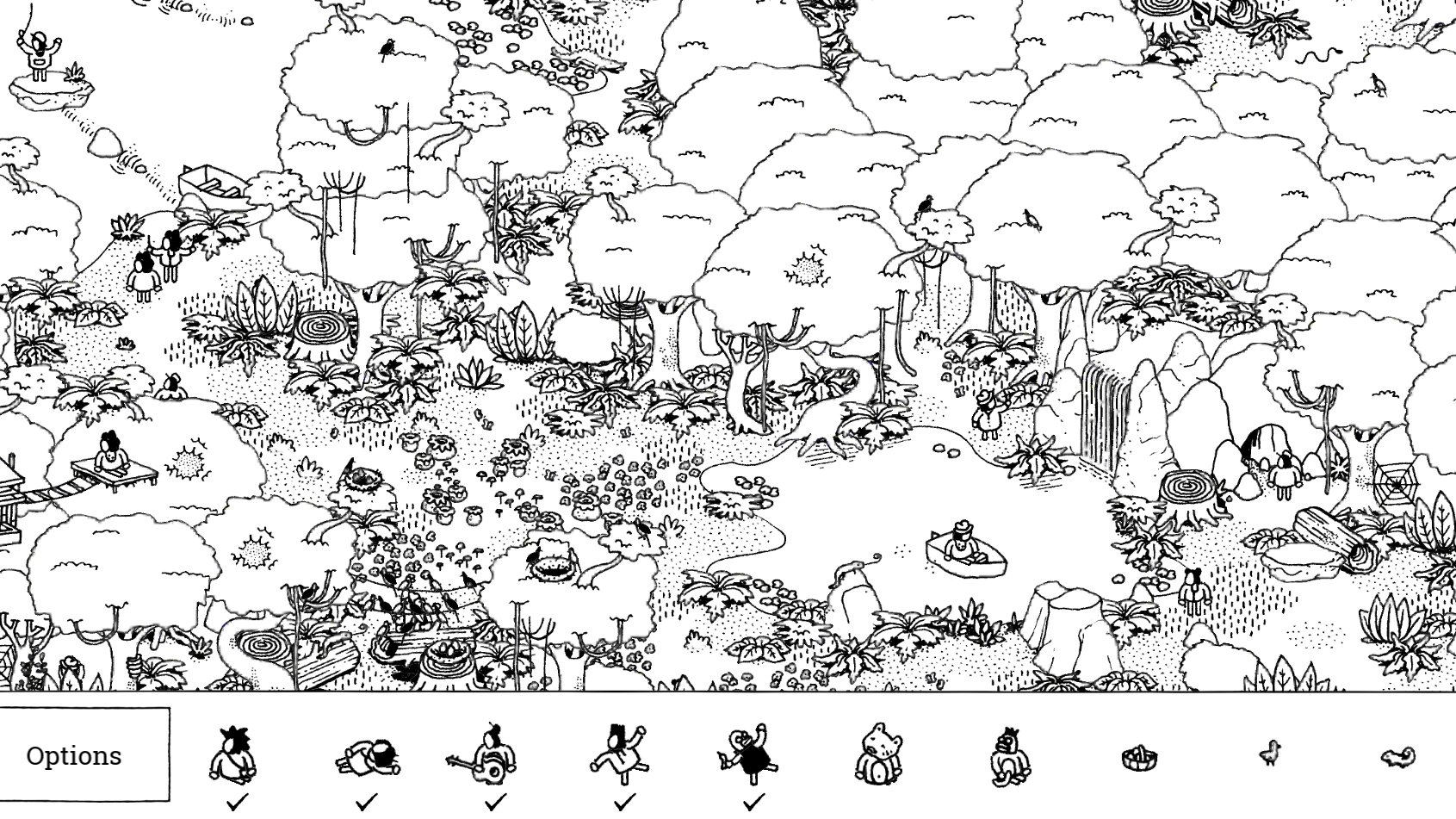
Hidden Folks ($3.99/£3.99/AU$5.99)
Hidden object games are often dull and can be heavy on the pocket, demanding you spend lots of money on IAP. Hidden Folks isn’t either of those things, and has the added bonus of being hugely charming.
You’re presented with hand-drawn scenes, each of which has a strip across the bottom, depicting objects to find. You can tap any of them for a clue, but the scene can also be interacted with, for example to rustle bushes to find someone lurking behind them.
Cute mouth-originated sound effects pepper proceedings, and the pace is varied with differing map sizes, and the odd playable scene, such as helping someone to a destination by adjusting the landscape.
Thus, with its wit and smarts, Hidden Folks very much stands out from the crowd – unlike some of the tiny critters it tasks you with locating.

The Lost City ($1.99/£1.99/AU$2.99)
The Lost City broadly echoes Myst, in that it places you in a fantastical location, and challenges you to explore. In this case, you’ve discovered the titular city recounted to you by an elderly relative that no-one else believed.
As ever, the game involves examining locations, finding useful-looking objects to stash in your inventory, and using them to unlock pathways to further your adventures. But The Lost City has an intriguing hook: you can change the seasons. So if you can’t get past a river, perhaps you might be able to at a different time of year…
With lush (if static) visions, and a journal that handily automatically tracks symbols and clues, The Lost City proves to be a compelling and atmospheric experience.

All That Remains ($1.99/£1.99/AU$2.99)
All That Remains starts off in a harrowing manner, with you waking up in your father’s bunker. An old two-way radio crackles into life, and your distressed sister explains that the world has gone to hell, and that you’ve been locked up for your own safety. You resolve to rescue her from the chaos.
Unfortunately, your father turns out to be part sociopath, part crazy inventor. Rather than furnish you with a serviceable door handle with which to escape, you must figure out the convoluted path to an exit. Cue: lots of poking around, finding clues, figuring out the meaning behind symbols, and piecing everything together. At its best, this is tense, challenging stuff – ideal if you find your existing hidden object games something of a pushover.
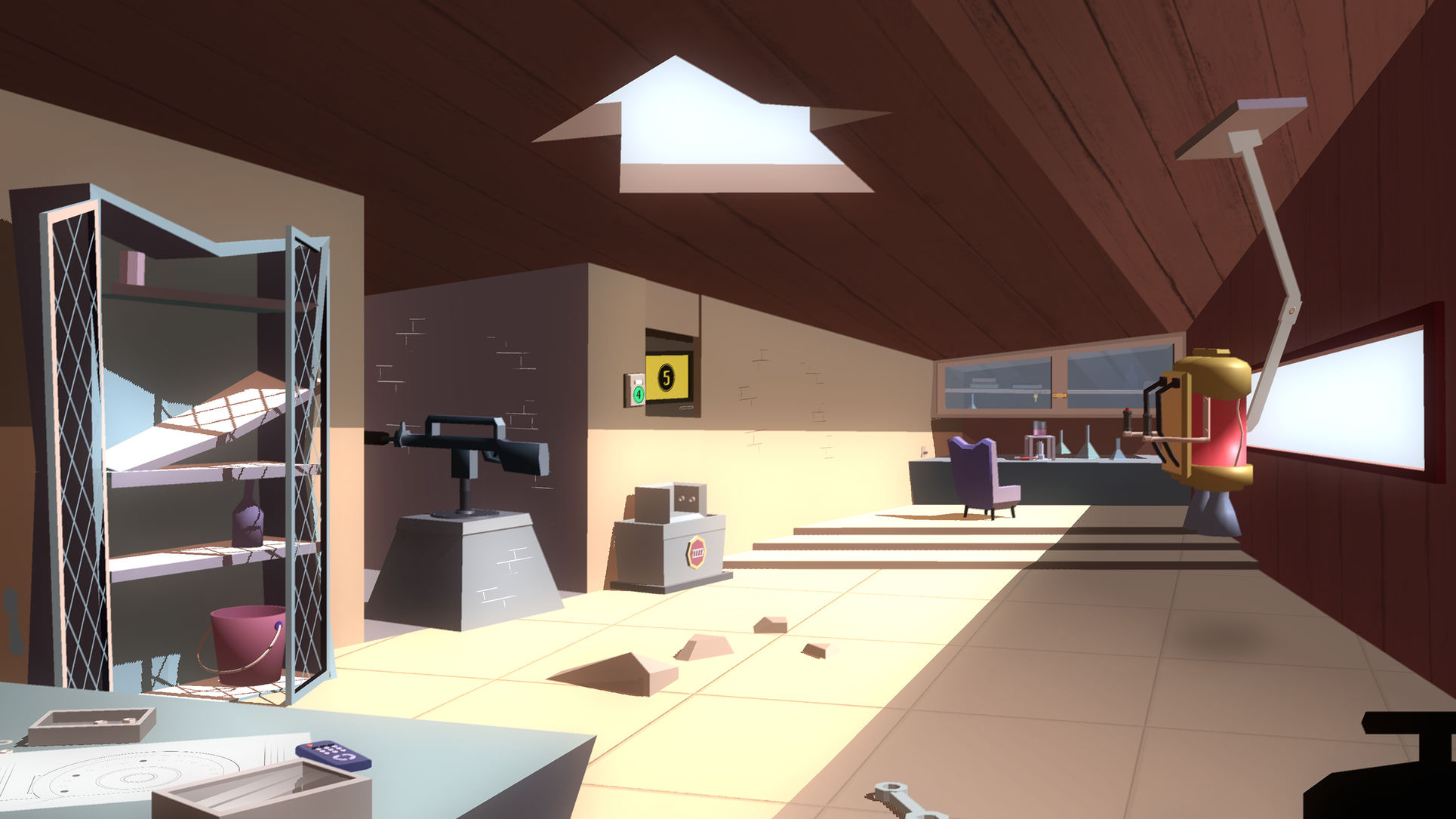
Agent A ($4.99/£4.99/AU$7.99)
Agent A combines an escape game with the swagger of a spy movie. It starts with you following Ruby La Rouge, who obliterates a boat – and your boss. Deciding that’s rather out of order, you break into Ruby’s house – and she locks you in. Presumably the glass is very tough, because you can’t smash through it. Instead, you must figure out an absurdly convoluted path to make your escape.
This game has a pleasingly spiky, angular art style, and breezy responses when you interact with objects. The actual puzzles are perhaps a bit pedestrian, but the game frequently neatly ties together details and clues across multiple locations. Also, rather generously, Agent A has expanded from its initial sole chapter to a five-part episodic tale, offering plenty of espionage bang for your bucks.

Forever Lost ($11.99/£11.99/AU$17.99)
The Forever Lost series (three games, available separately if you don’t want the bundle) begins with you waking up in an unfamiliar room. Freaky as though that is, getting out is simple; the scary bit is it’s clear others have been here before you.
Also, when you do escape your confines, you merely find yourself in the bigger prison of an abandoned asylum. The game then follows a familiar pattern of scanning rooms for objects and clues, using them to move your quest onward.
Although visually bleak and drab, Forever Lost’s atmosphere and weirdness keeps you gripped. And you can’t help but love a game with its own in-game camera, to snap objects for later reference, so you don’t have to manually make notes elsewhere.
Our favorite iPad platform games, including free-roaming adventures, retro-infused titles, and modern console-style classics.

GRIS ($4.99/£4.99/AU$7.99)
GRIS is – in terms of mechanics – a side-on platformer. You run left or right, leap about, and try to find items that unlock more areas in which you can explore. In this sense, the game is quite traditional – perhaps a little too much so when you hit areas that require pixel-perfect precision.
But along with these conventions, GRIS infuses the heart of an artist deep into the game. The wordless story follows the titular Gris, a woman who’s lost her voice. You can perhaps infer the desolate world in which she finds herself – and the obstacles she faces – are her trying to find herself again.
Throughout, the game is an aesthetic delight, with a stunning soundtrack and gorgeous hand-drawn art, with many moments of pure joy to be found in the details.

Death Hall ($2.99/£2.99/AU$4.99)
Death Hall is a platform game where protagonist and player alike find themselves in a kind of hell. The hero’s surroundings are decidedly unfun – all manner of deadly spikes, nightmarish bitey horrors, and axes swinging from the ceiling. Health and safety should have a word. But this is hell for the player, too, given that Death Hall is tough.
In fact, ‘merciless’ would perhaps be a better description for a game that seems determined to kill you often and repeatedly. Death Hall may look gorgeous on the iPad, and give you plenty of opportunity to spot what’s coming, but avoiding death is hard.
Still, keep trying, and you’ll gradually master the nuances in the controls. You’ll complete one level, and eventually another. The way forward is not easy – but it is deeply rewarding.

Bubbles the Cat ($3.99/£3.99/AU$5.99)
Bubbles the Cat is a platformer that initially comes across as a mite too familiar. Cute animal protagonist? Check. Retro visuals? Yep. Auto-running to remove the need for problematic virtual controls? Sure. Short levels with multiple targets to encourage repeat play? That’s there, too. So why are we recommending this one? In short, it’s all about the bubbles.
In Bubbles the Cat, you don’t just double-jump – you can jump until your bubbles run out. That gives you up to six airborne leaps – and those bubbles are replenished on landing. Later levels unlock other bubble types, including wall-creators, wrecking balls, and dimension hoppers.
The result is a game that’s surprisingly fresh, and that opens things up for some seriously interesting level design and route-finding. Top stuff.
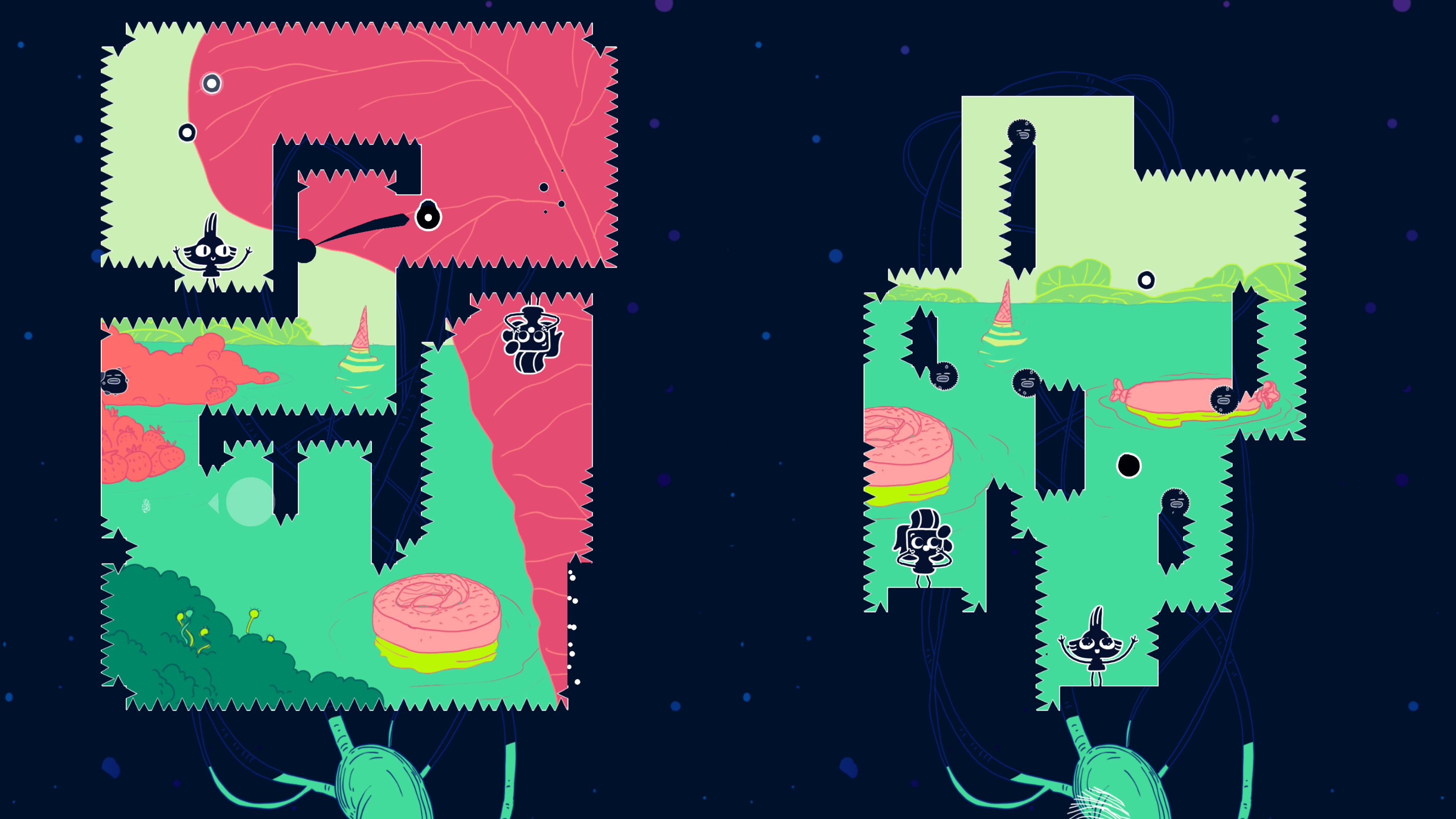
Spitkiss ($1.99/£1.99/AU$2.99)
Spitkiss is unique in the App Store, what with it featuring tiny creatures that communicate by lobbing bodily fluids at each other. But how you get spittle and the like from one to the other plays like Angry Birds became a single-screen platformer, and then had Matrix-style slo-mo welded to it.
To get started, you aim and fling some spittle, and then direct it from surface to surface until the blob reaches its goal. Hold the screen and time slows, allowing you to prepare your next shot – essential given the claustrophobic and hazard-strewn screens you face.
This all works particularly well on iPad. You’ve plenty of space to move your finger, and can be far more accurate on the larger screen. The vibrant visuals are arresting, too, even if you might feel squeamish about flinging spit.
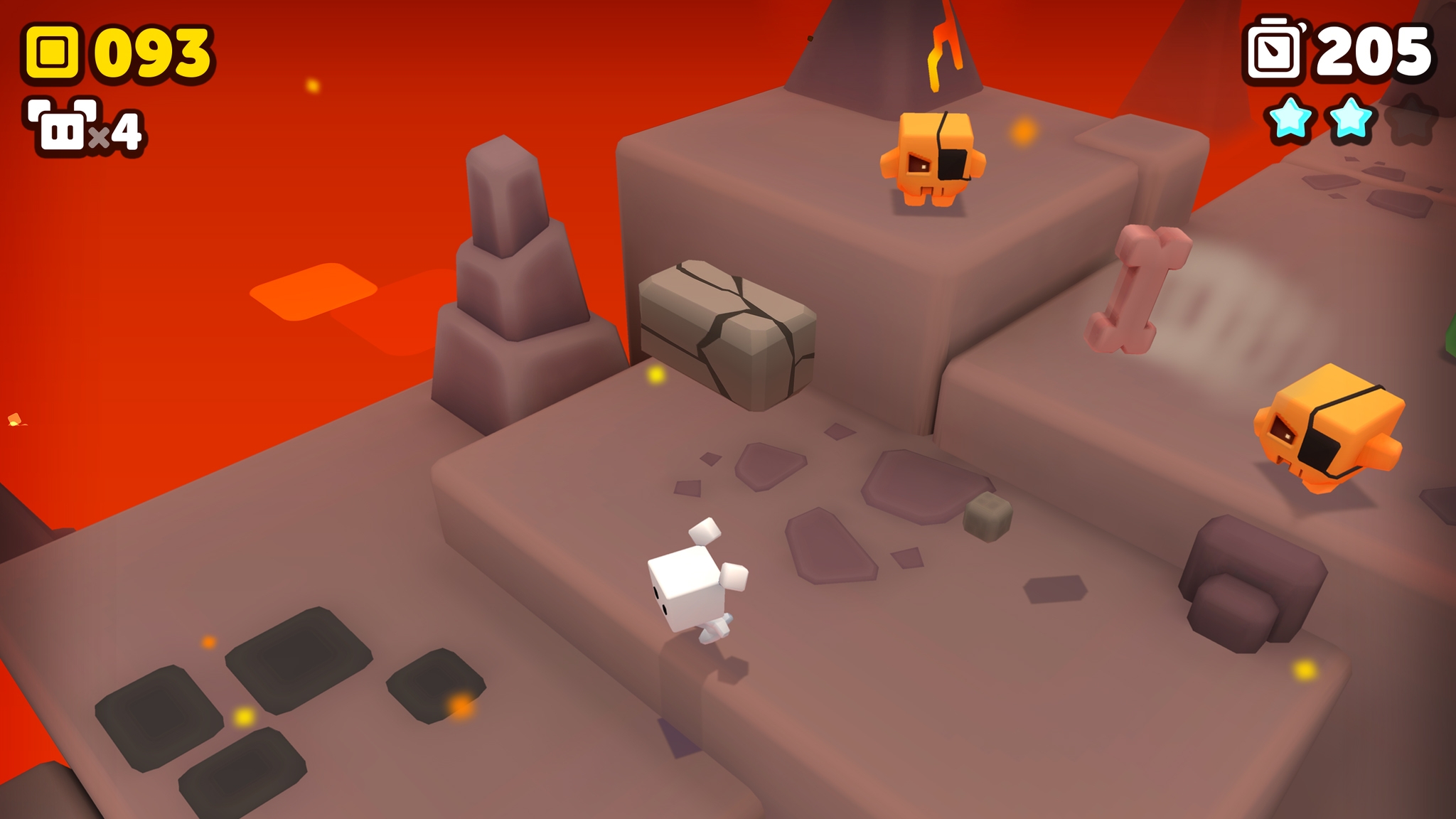
Suzy Cube ($3.99/£3.99/AU$5.99)
Suzy Cube is a platform game set in a world with a thing for straight edges. Assuming you’ve played a platformer before, you know the drill: explore; grab gold; unsportingly jump on the heads of enemies to obliterate them.
But Suzy Cube goes beyond the stripped-back 2D fare we often see on iOS for something akin to Super Mario 3D Land. This means you may find yourself quickly swapping between skidding down icy mountains in 3D, following Suzy Cube as she runs side-on around a tower, and then delicately leaping between floating platforms, as seen from above.
Bar some duff boss battles, it’s ambitious, entertaining fare, with tight touchscreen controls, and a great sense of pace and variety as you delve into the world and discover its many hidden secrets.

Oddmar ($4.99/£4.99/AU$7.99)
Oddmar is a Viking who’s not good at being a Viking, but he’s forced into action when his village vanishes and an evil takes over the land. Cue: swiftly munching a magic mushroom to get some special powers, followed by quite a lot of platforming action.
And what platforming action! Oddmar looks and feels like nothing else on iPad. Although the gameplay mechanics are familiar (leap about, explore, collect bling, hack up enemies, don’t get killed), the production values here are something else. Oddmar’s world feels alive, and each level has been painstakingly constructed, imbuing the game with smarts and pace.
Peppered with set pieces, survival-oriented ‘dream’ levels, and varied challenges, and blessed with pitch-perfect touchscreen controls, Oddmar is only to be missed if you can’t stand this kind of game. And even then, we suggest taking a look anyway – just in case.
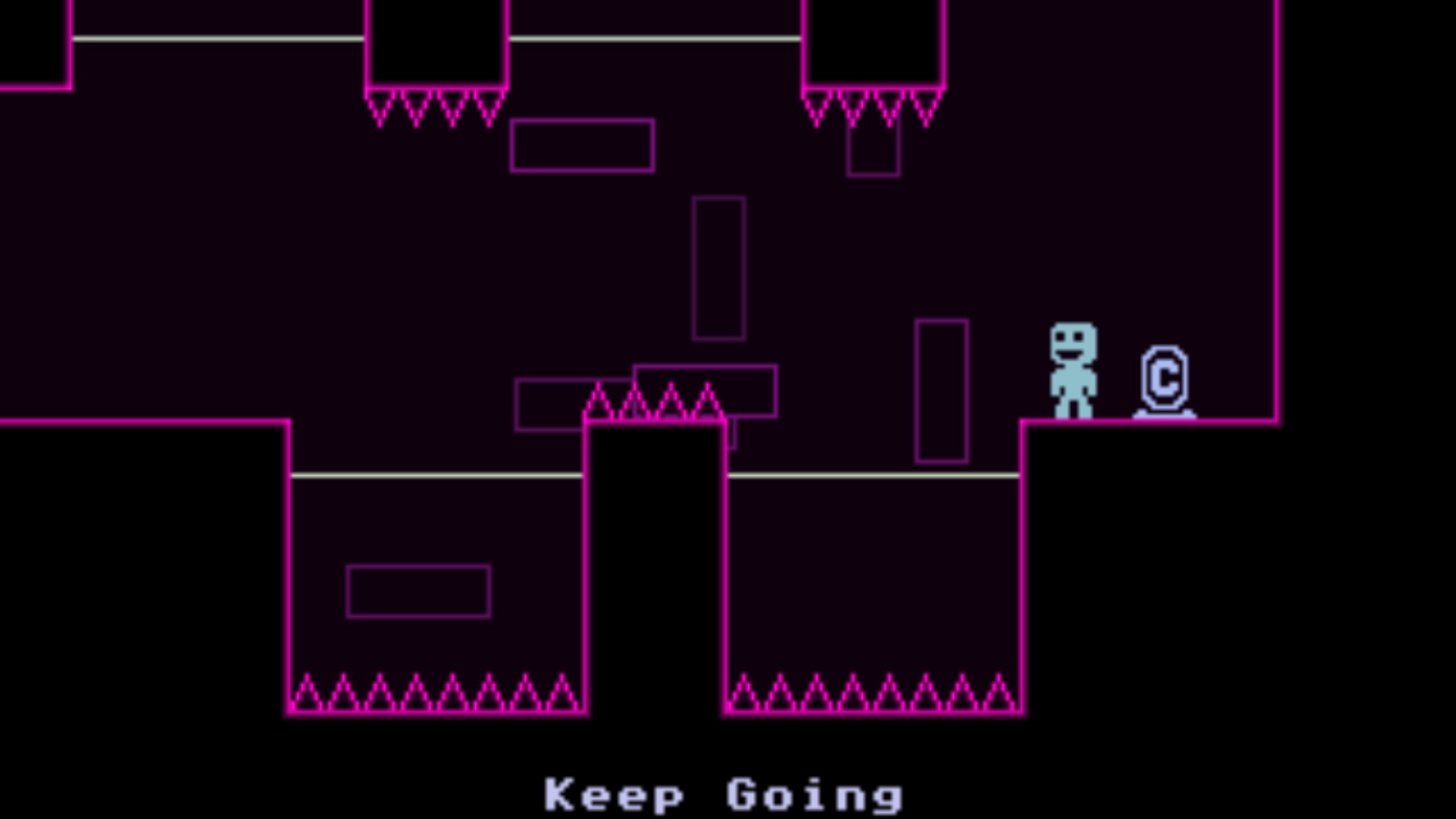
VVVVVV ($2.99/£2.99/AU$4.49)
VVVVVV is an old-school twitch platformer. It strings a bunch of single-screen challenges together, gives them silly names, peppers restart points about, and then sits back with an evil grin as you blunder into traps time and time again.
The main twist is VVVVVV’s use of gravity. Instead of jumping, your running man can switch between ceiling and floor. Most rooms within the game cleverly play with this gravity mechanic. There are bounce pads, roaming enemies, and columns of screens where you weave your way down through columns of spikes, and then head back, all because some nutcase didn’t think to install a small bridge.
Visually, the game is odd – 1980s-style graphics, which also look blurry on iPad. The virtual controls are occasionally slippy too. Mostly, though, it’s a joy (albeit sometimes a head-bangingly frustrating one), with smart writing and clever puzzle-infused level design.
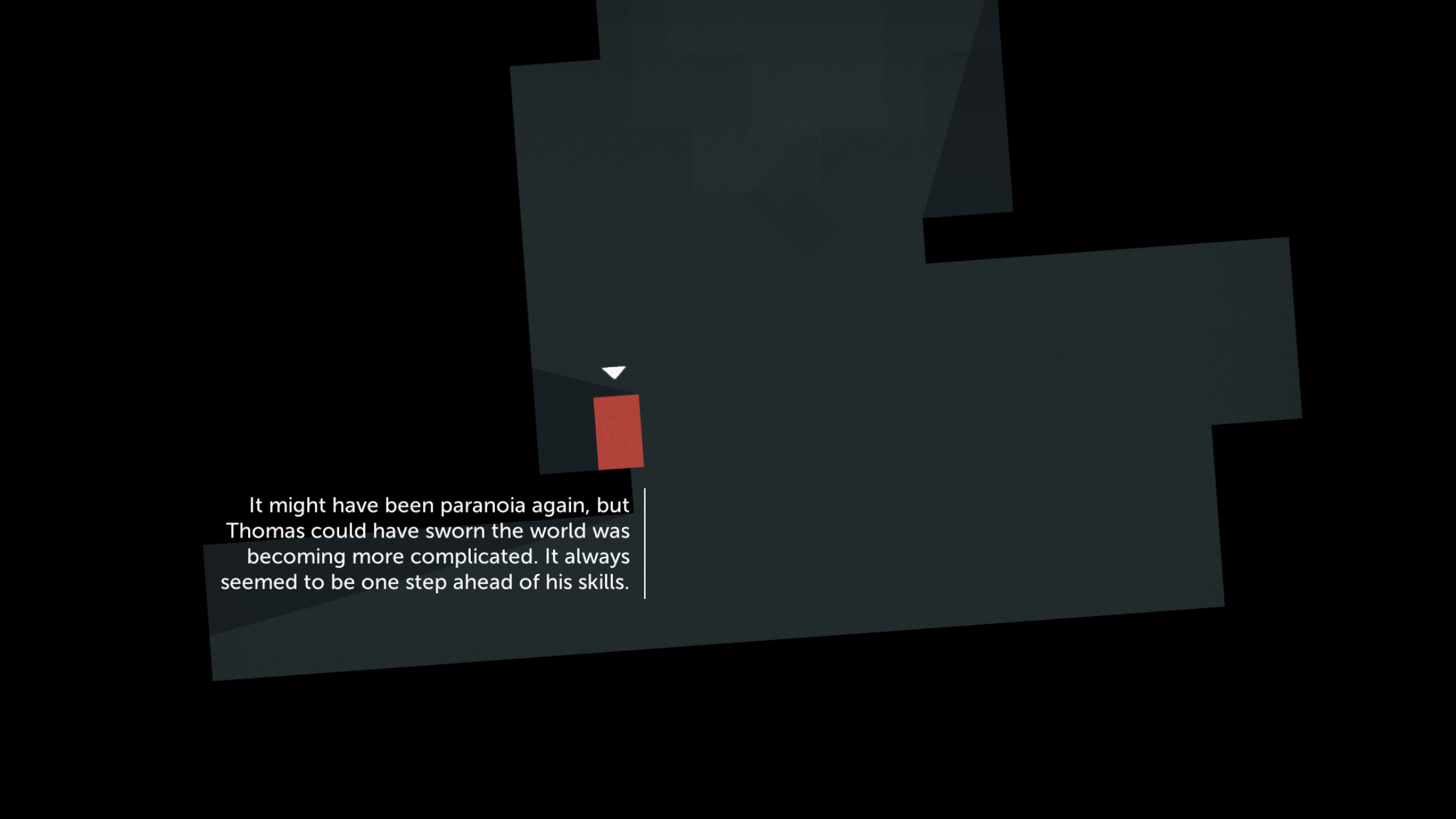
Thomas Was Alone ($4.99/£4.99/AU$7.99)
Thomas Was Alone is a platform adventure that tells the tale of a self-aware artificial intelligence. Said AI is represented as a little red rectangle, charged with leaping about blocky environments, and reaching the exit. Along the way, other AIs appear, each with its own distinct abilities, which you must make best use of to get everyone to their goals.
What sets Thomas Was Alone apart is its storytelling. The little rectangles are imbued with big personalities, and a voiceover gives you a window into their thoughts, which is often meta and frequently entertaining. After all, it’s hard not to love a game that finds the hero peering at certain doom, before the voiceover notes: “Something about the boiling, toxic, glowing water intimidated Thomas. He didn’t like it, and he certainly didn’t want to swim in it.”
Still, you’ll want to swim in this game, because it’s a beautifully realized production.
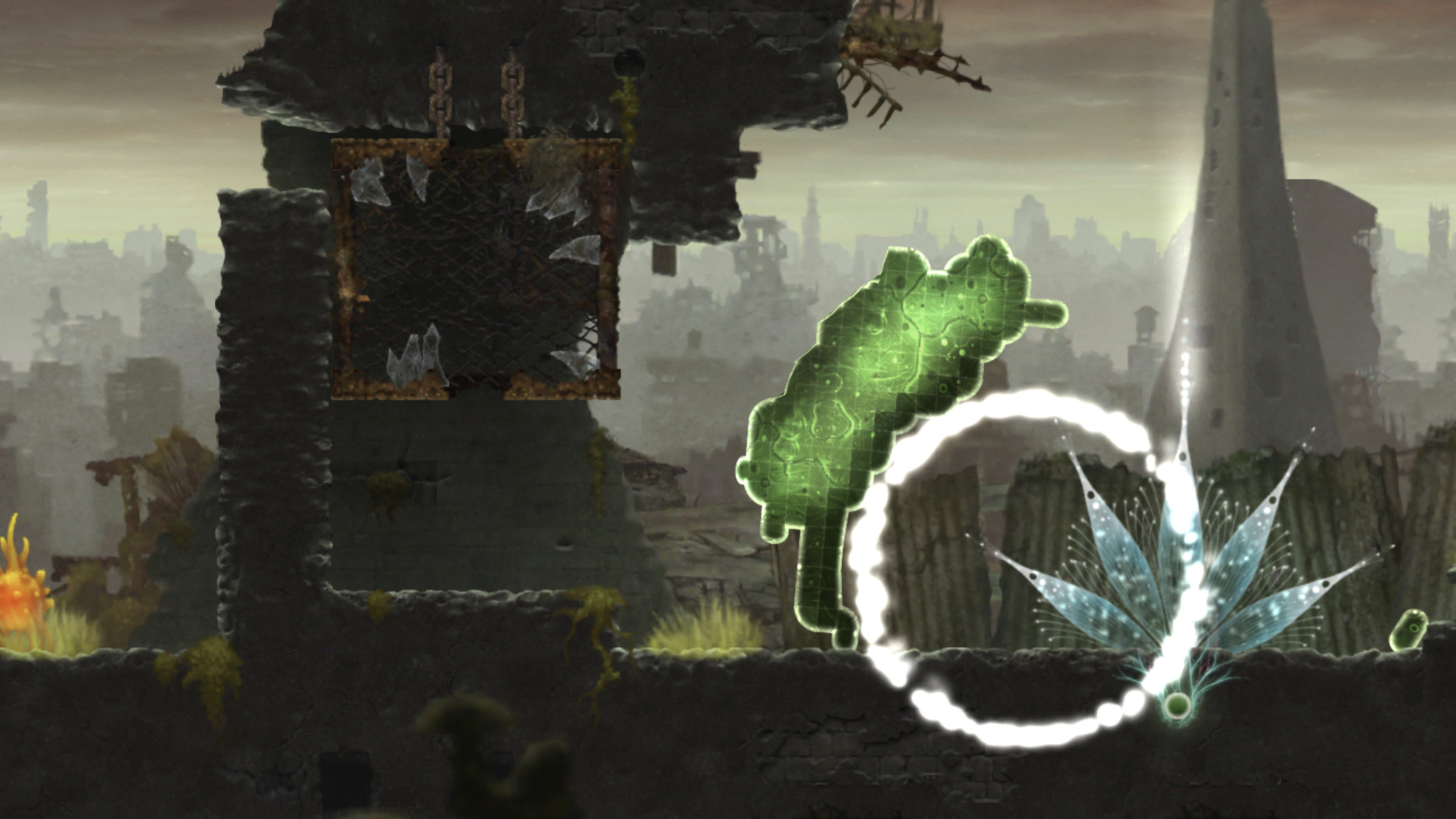
Mushroom 11 ($4.99/£4.99/AU$7.99)
Mushroom 11 finds you controlling a living pile of green gunge that gloops its way around a post-apocalyptic world. Its mission appears to be hoovering up whatever life is desperately clinging on in this harsh landscape, from tiny spiders to mutated plants that spit fire.
If you had to label it, Mushroom 11 is a fairly traditional side-on platform puzzler, but the manner in which it’s controlled proves transformative. There’s no virtual joystick here – instead, you touch to ‘erase’ bits of the green blob, which then rapidly grows back.
This mechanic is used inventively throughout the game, whether you’re figuring out how to zoom through tunnels, make the blob ‘jump’, or split it in two, so one part can trigger a switch while the rest moves onward. On iPad, the game is one of a kind and a tactile joy.

INSIDE (free + $6.99/£6.99/AU$10.99 IAP)
INSIDE is a puzzle-heavy platform game that charts a boy’s adventures in a chilling dystopia. It begins with him fleeing from armed men. You must duck behind trees and flee from ferocious dogs or end up dead, face-down in the dirt.
But death is not the end; like INSIDE’s predecessor, the equally disturbing LIMBO, the hero here seems doomed to repeat every failure until it becomes a victory.
It’s trial and error time, then. You run through a building, get horribly killed, take some mental notes, and then try again. Occasionally, this gets old; some sequences in the game are too long, and a couple have a margin of error that’s too tight.
For the most part, though, this is a game of intriguing puzzles and a mesmerizing – if extremely dark – world, packed full of surprises, horror and tiny victories.

Drop Wizard ($1.99/£1.99/AU$2.99)
Drop Wizard is a single-screen effort that initially resembles a tribute to arcade classics Bubble Bobble and Snow Bros – but it turns out Drop Wizard is a very different beast.
It's part auto-runner, which might infuriate retro-gamers, but this proves to be a brilliant limitation in practice. Your little wizard never stops running, and emits a blast of magic each time he lands. You must therefore time leaps to blast roaming foes, and then boot the dazed creatures during a second pass.
This is a vibrant, fast-paced, engaging game. And since you you only ever move left or right, it’s nicely optimized for touchscreen play.
Our favorite iPad brain-teasers, logic games, sliding puzzlers, match-three games, and path-finding titles.

Splice: Tree of Life ($3.99/£3.99/AU$5.99)
Splice: Tree of Life is an experimental puzzler set in a microbial world. In each level, you face a cluster of cells, which must be rearranged into a target structure, defined by a white outline. To achieve your goal, you have a limited amount of moves – and a specific number of actions.
The first is the splice, which splits a cell – and those hanging beneath it – in two. Later, cells can have other actions performed on them, mutating what’s before you in all kinds of ways.
Limitations in how cells can be positioned initially make the game feel quite rigid and baffling – this isn’t the sort of title you wade into without thinking. But if you want a puzzler to properly fizz your own cells (as in ‘brain’), you’ll find few iPad games better than this engaging, unique design.
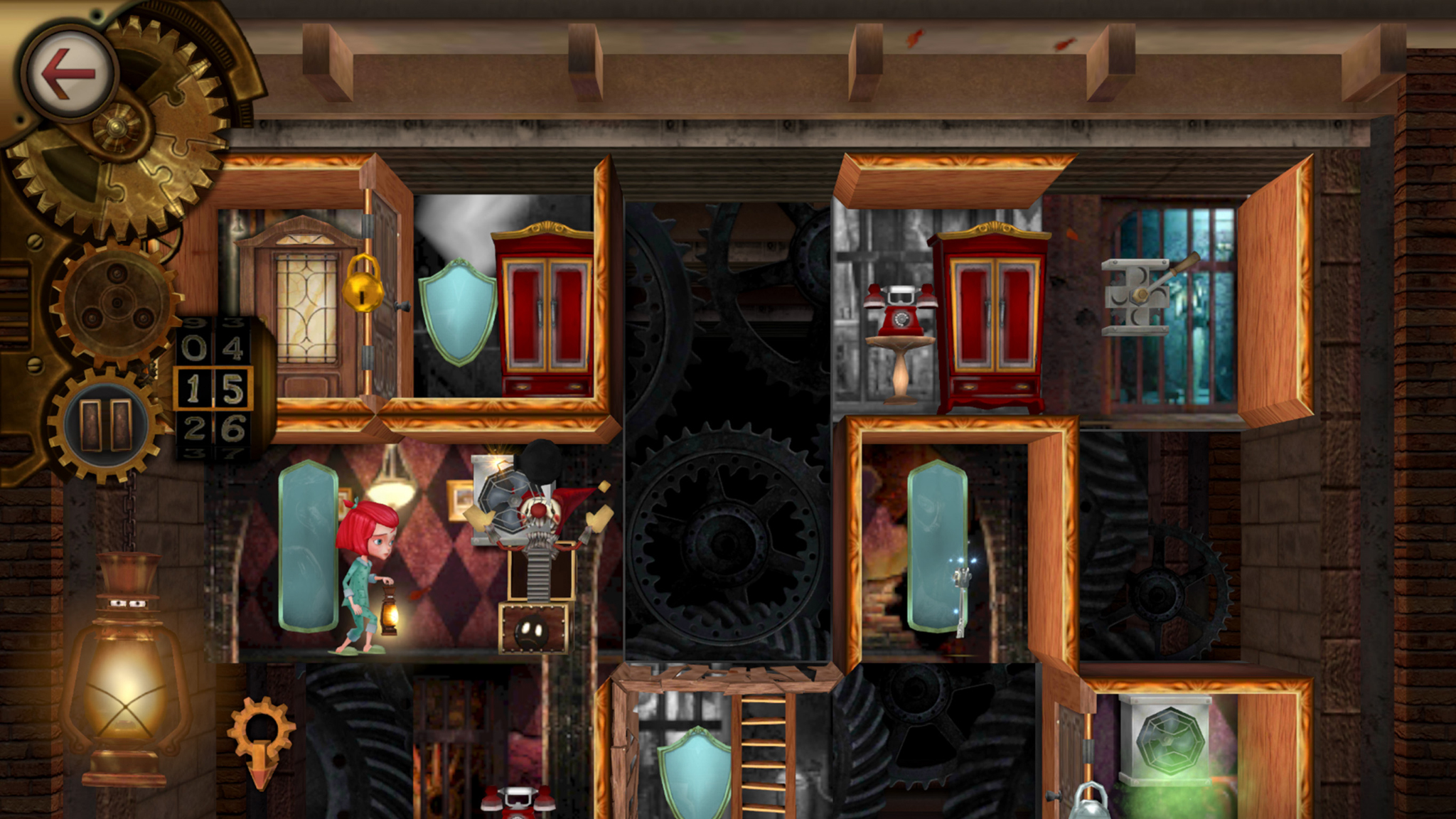
Rooms: The Toymaker’s Mansion ($4.99/£4.99/AU$7.99)
Rooms: The Toymaker’s Mansion is a creepy puzzler that once again acts as an excellent answer to the question: “Should I venture into that ominous, sinister mansion, not least given that I’m a child?”
One ill-advised bout of trespassing later, you find yourself in a weird building of clockwork rooms. The game is played side-on, and taps shift rooms about the grid, enabling you to grab a key, unlock the exit, and move ever deeper into the oddball structure.
Rooms really looks the part on iPad, and the extra screen space proves helpful to avoid errant taps. This becomes increasingly important as you discover the mansion isn’t just full of dank smells and locked doors, but also teleportation phones, bombs, and psychotic evil puppets. See: we told you not to go in there, but would you listen? Tsk.
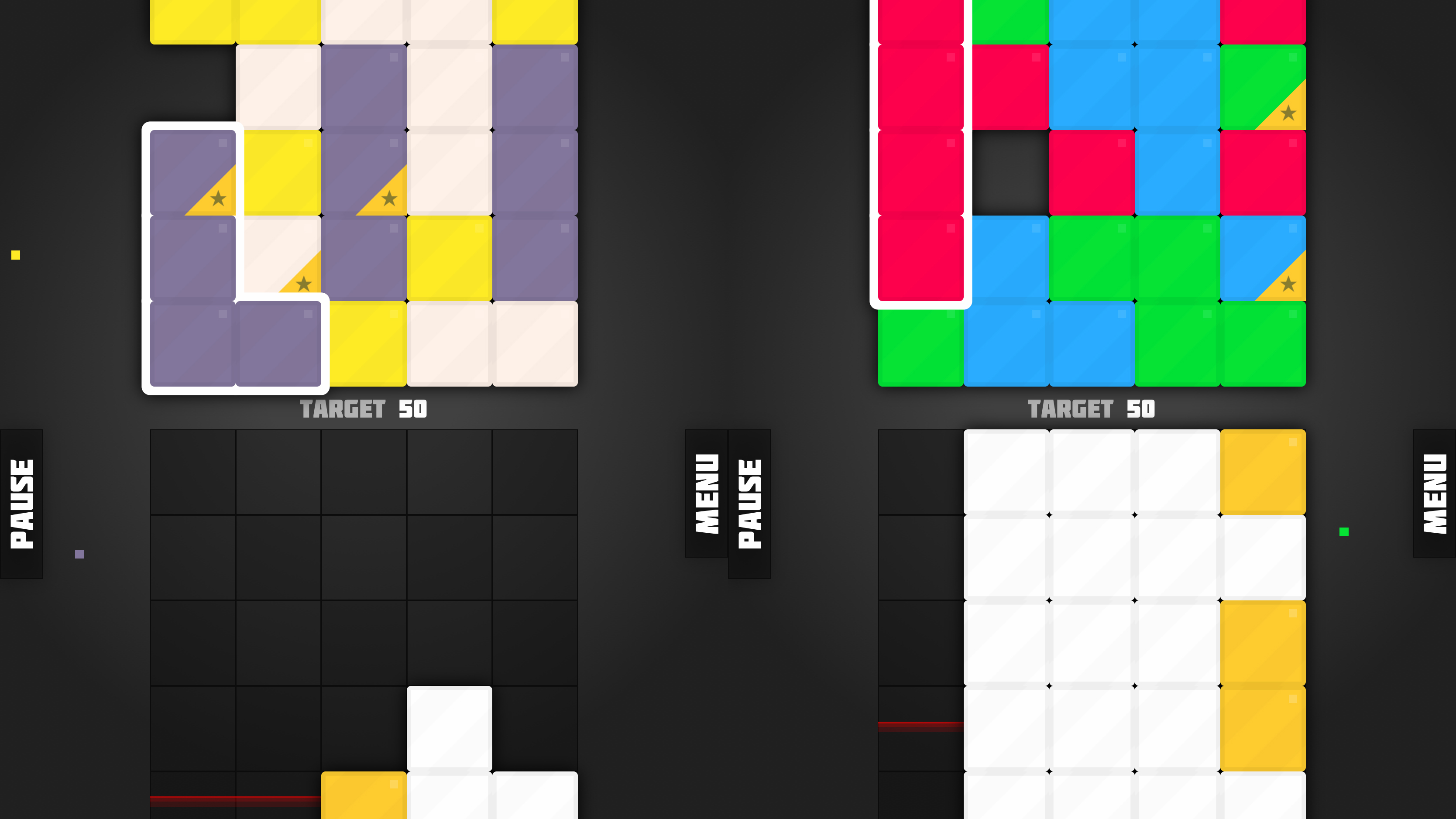
Image credit: TechRadar / Rocketship Park
Block Droppin Blitz ($2.99/£2.99/AU$4.99)
Block Droppin Blitz offers a unique spin on Tetris. Rather than shapes falling to the bottom of a well, they must be constructed using a sliding puzzle full of colored squares. Swipe across four adjacent tiles that form a line, square, T or L, and they drop to the section at the bottom.
As ever, your aim is to complete solid lines, freeing up more space for new shapes. Get enough points – more are scored when clearing multiple lines at once – and you clear the current level, and can then head to the next.
It’s a pity Block Droppin Blitz doesn’t also offer an endless mode; but what’s there should nonetheless keep happy any block-dropping fans frustrated about the lack of decent Tetris variants on iPad.
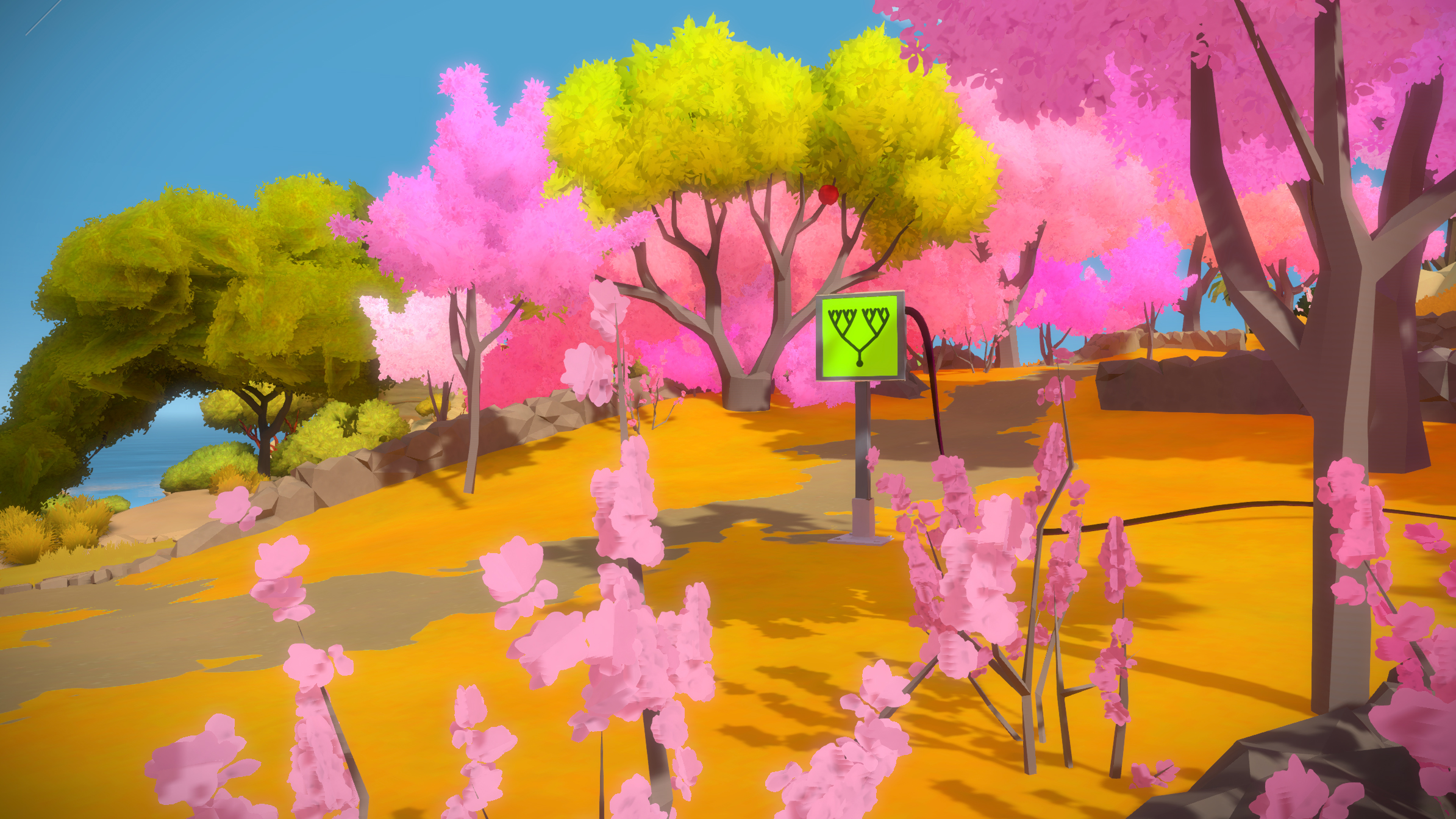
The Witness ($9.99/£9.99/AU$14.99)
The Witness is ultimately a puzzle game, but describing it as such feels reductive. Really, it feels more like a full-fledged world – a beautiful, deserted, abandoned island you’re stranded on, with the aim of figuring out why.
You soon discover the island is peppered with maze-like puzzles connected together by massive lengths of piping. Completing enough of these opens gates, and shoots light beams at a distant mountain. It’s all very mysterious.
A wordless game bereft of hand-holding, The Witness nonetheless cleverly – and only gradually – reveals its logic to you in a manner similar to learning a language. Touch controls arguably better the awkward keyboard/mouse combination on PC versions, and the visuals are every bit as lush on the screen of your iPad. With dozens of hours of game time, this is a title to lose yourself in.

Photographs - Puzzle Stories ($3.99/£3.99/AU$5.99)
Photographs - Puzzle Stories is a fusion of narratives and puzzling. A story is slowly revealed in each of the five vignettes, and between scenes you’re tasked with finding an object on the screen, before completing a logic test.
Each vignette has its own type of puzzle, and these are broadly related to the narrative. For example, a story about diving is more or less a side-on shooting game, where you must crack the correct trajectory. The paths get more complex as the competition heats up.
Where Photographs really hits home, though, is in the emotional punch of its stories. These aren’t a facile veneer, but instead dig deep into decisions and consequences. Rare is it that a puzzler can leave you heartbroken, but Photographs will keep you glued to the screen through to its conclusion.
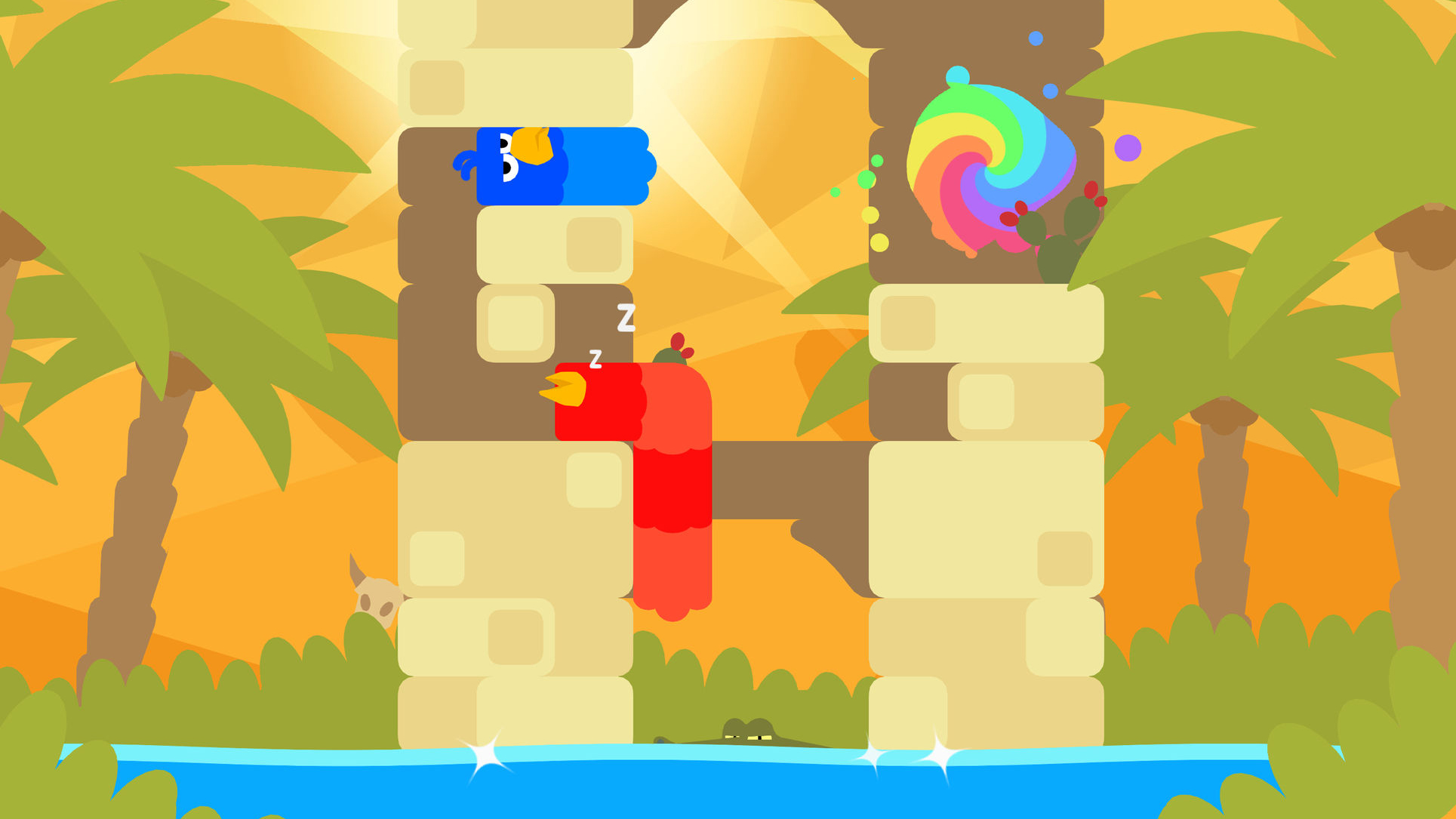
Snakebird Primer ($7.99/£7.99/AU$12.99)
Snakebird Primer features worm-like birds that live on strange levitating islands. The grumpy tube-like avians spend much of their time asleep, or making strange burping noises, but are tasked with reaching a portal. Your aim is to figure out how to get them there.
Despite each level only being a single screen in size, there’s plenty of imagination and complexity in the routes you have to take. Sometimes, you must make birds eat fruit, whereupon they grow, and can be used as bridges for other birds. Elsewhere, you need to manipulate massive Tetris-like blocks someone’s left lying around.
Veteran gamers may find the going a bit easy, but every one of Snakebird Primer’s levels is grin-inducing fun; and if on completion you hanker for a tougher test, there’s always the original – and brain-thumpingly difficult – Snakebird.

Pipe Push Paradise ($3.99/£3.99/AU$5.99)
Pipe Push Paradise is a puzzle game about pipework. You’ve arrived on a desert island that has some seriously dodgy plumbing. The aim is to get the water flowing, albeit not in the usual manner. Here, the pipes are massive and strewn about claustrophobic grid-based rooms.
The only way to get things working is to shove them into place. There’s more than a hint of box-shifting games like Sokoban here, but Pipe Push Paradise adds some twists of its own. Move pipes in a certain way and they rotate. Other times, they must be dumped into pits.
These new ideas radically shake things up, and complicate puzzles that might otherwise have been simple. Although the controls are occasionally a touch fiddly, Pipe Push Paradise proves to be a superb, sunny brain-smasher.

7 Billion Humans ($4.99/£4.99/AU$7.99)
7 Billion Humans takes place in a world run by benevolent robots who do all of the work. But, of course, the humans still aren’t happy, and so the robots give them jobs – stupid, pointless jobs. In effect, doddering folks become parts of a living computer, and you’re tasked with ‘programming’ them to pick up boxes and put them down somewhere else.
It sounds dull, but it’s actually riveting. Like predecessor Human Resource Machine, this is a game that takes real-life programming concepts and infuses them into a turn-based puzzler.
On the iPad particularly, the drag-and-drop interface for crafting coding logic works wonderfully, and the screen’s big enough that you can spot precisely what’s going on with your work. The larger display doesn’t hurt when taking in the bitingly satirical (but generally good-natured) cut-scenes either.

Evergarden ($4.99/£4.99/AU$7.99)
Evergarden is a strategy-oriented match game set in a fantastical forest of geometry and surprisingly demanding wildlife.
Every game begins as a hexagonal grid on which flowers of varying sizes are arranged. Each of your limited turns has you work through the flowers, deciding whether they should spit a seed into an adjacent space, or combine with a matching bloom. It comes across like a glossy and noodly gardening take on Threes!
But there’s more to Evergarden than these basics. Creature guide Fen makes demands that hugely ramp up your potential for high scores when achieved, and a narrative plays out alongside the puzzles.
This adds extra heart to the game, but also depth – things you find on your journey unlock new strategies, and provide added impetus for doing even better during your next go.
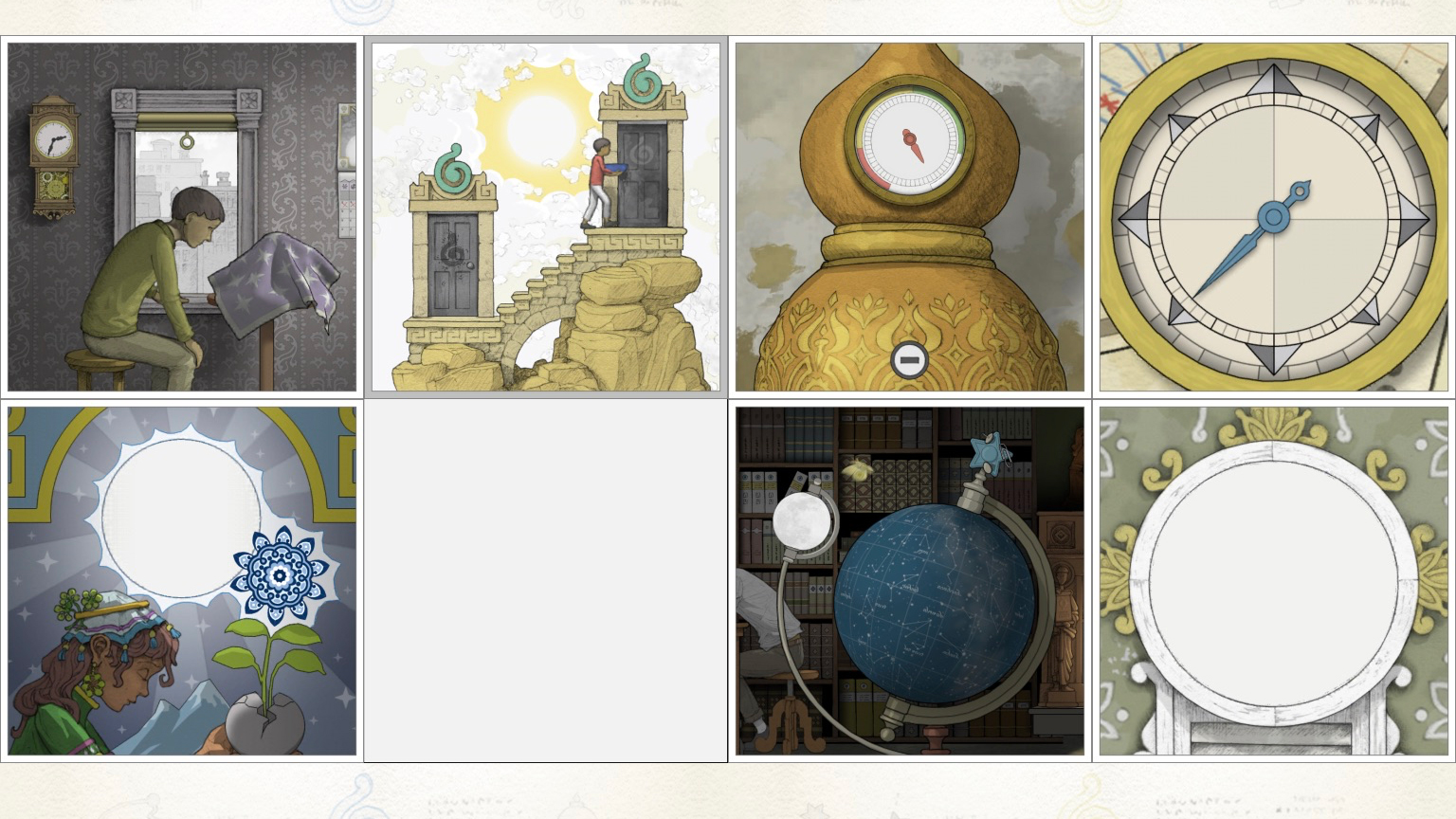
Gorogoa ($4.99/£4.99/AU$7.99)
Gorogoa is a perplexing puzzle game that plays with your perception of space, and challenges you to find links between images that aren’t remotely obvious on an initial glance.
The entire thing takes place in a two-by-two grid, within which comic-book panes can be opened up and manipulated. Often, part of an image can be separated and overlaid on another.
For example, a stairs overlay may enable the protagonist to reach a previously inaccessible space, or what appears to be a star-like decorative element might be a cog in an impromptu machine.
Occasionally, Gorogoa baffles; later on, you may hit mental dead-ends, juggling various components, locations and possibilities in your head. But as a tactile, novel, engaging puzzler, there’s little else like Gorogoa on iPad – and you’ll feel like a genius when you reach its conclusion.
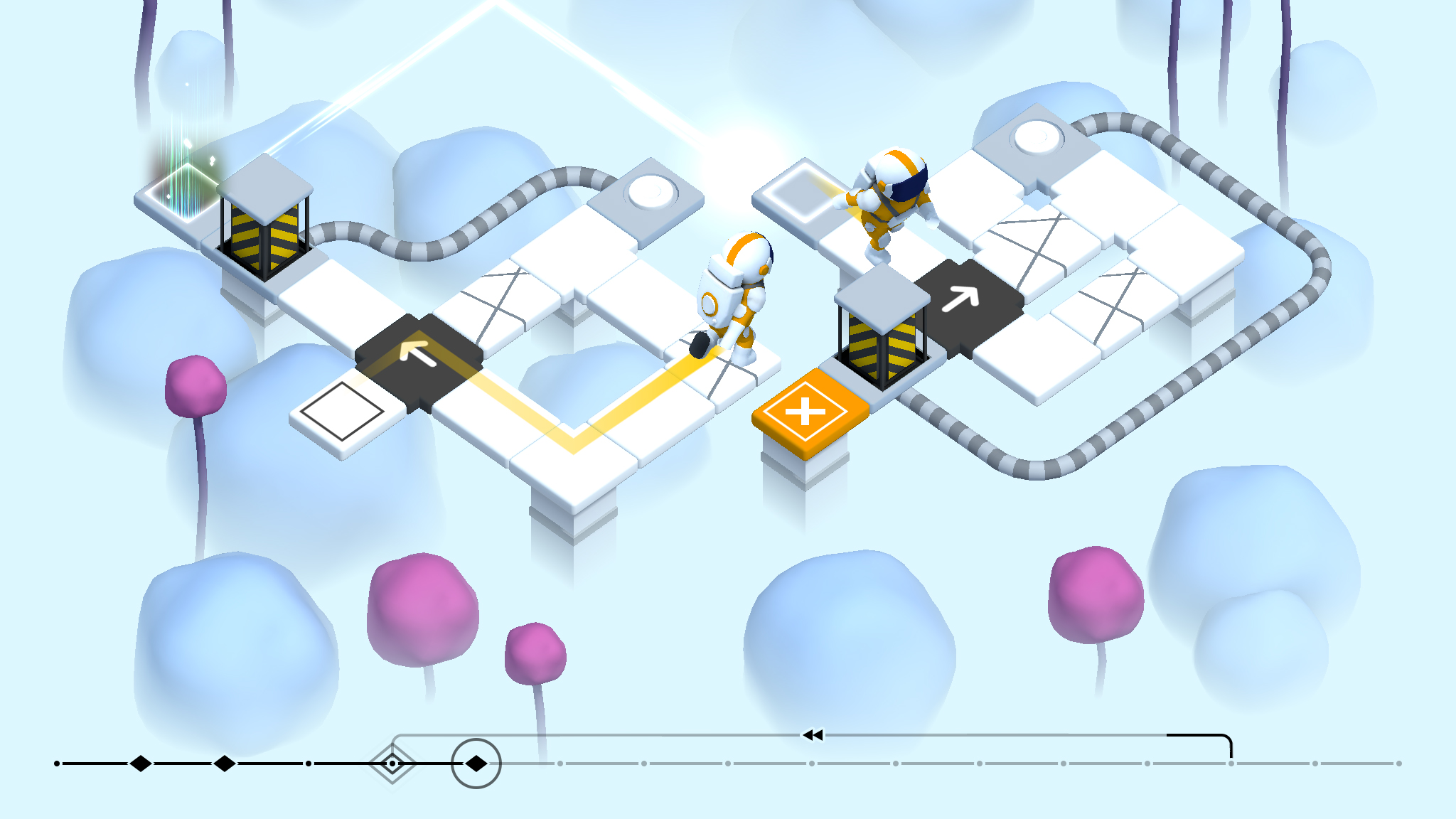
Causality ($1.99/£1.99/AU$2.99)
Many path-finding puzzlers have you use arrow tiles to direct auto-running critters to goals. (Long-time gamers may fondly remember ChuChu Rocket! as a shining example).
Causality is in similar territory, only you also get to control time itself, by dragging up and down the screen.
Early on, this primarily allows you to fix errors – going back to try again when a sprinting astronaut is eaten, or when you run out of your limited number of steps. Before long, though, you’re hurling people through time portals, so they can assist their past selves.
It’s mind-bending stuff, but also one of the finest puzzle games of modern times. It’s also perfect for iPad, due to its visually dazzling and tactile nature.

Splitter Critters ($2.99/£2.99/AU$4.49)
The basic mechanics of Splitter Critters resemble 1990s arcade puzzler Lemmings, in that you guide marching creatures to a goal. But whereas you armed lemmings with tools, Splitter Critters has you slice up the screen with a finger, so you can adjust the landscape to create new pathways.
This is clever, but Splitter Critters isn’t done. The undo button reverts your last cut, but not the position of critters. Undo therefore becomes a device vital for completing levels, rather than merely a means of reverting errors.
Throughout its length, the game keeps adding new elements, such as ocean worlds and a grim underground base full of critter-frying lasers. And although the challenge never rises above slight, the charm and tactile nature of Splitter Critters makes it a joyful journey, especially on the iPad’s larger display.
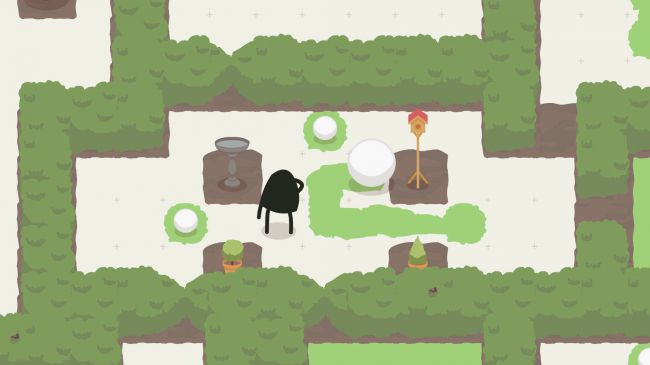
A Good Snowman Is Hard To Build ($4.99/£4.99/AU$7.99)
The little monster at the heart of A Good Snowman Is Hard To Build, wants some friends, and so sets about making them from crisp snow covering the ground. But as the game's title states, making snowman is hard — largely because of strict rules governing the monster's universe.
Snowmen must comprise precisely three balls of gradually decreasing size, and any snowball rolled in the snow quickly grows. A Good Snowman therefore becomes a series of brain-bending puzzles - part Soko-Ban, part Towers of Hanoi - as you figure out how to manipulate balls of snow to build icy friends for a monster to hug.
Our favorite iPad 3D, space, retro, top-down, and on-rails racers.
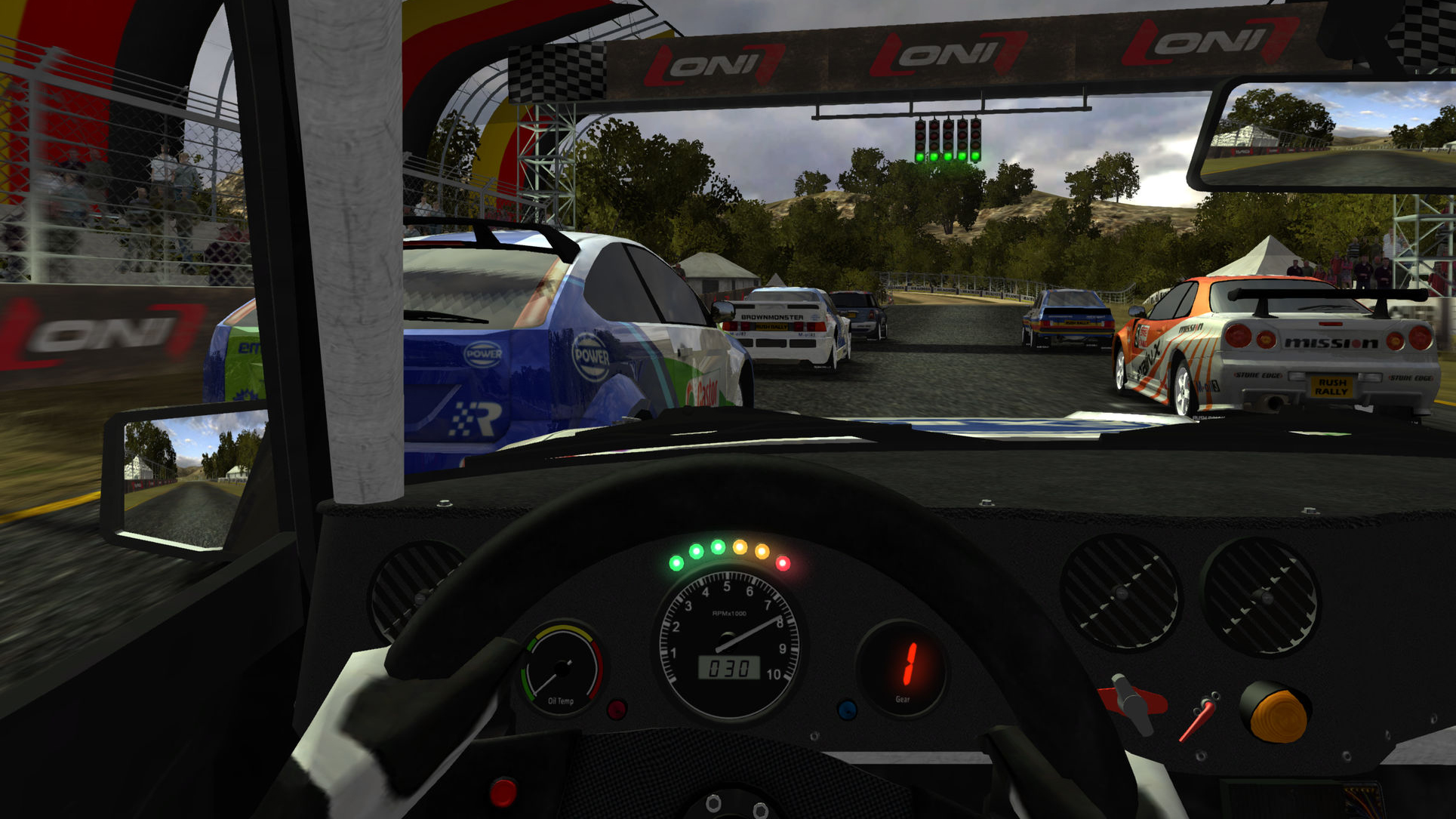
Rush Rally 3 ($3.99/£3.99/AU$5.99)
Rush Rally 3 is a rally simulation that echoes the kind of experience you’d usually only get on a ‘proper’ console under your telly.
From a visual standpoint, the game looks the part, whether you’re grinding metal with aggressive competitors on tarmac tracks, or blazing through alpine forests, with a co-driver bellowing instructions in your ears.
There’s plenty of customization on offer. You can race with your car in front of you, or try your hand at a much tougher cockpit view. The controls can also be fine-tuned, increasing or reducing manual control, depending on your skill levels.
This ensures Rush Rally 3 is a great option for old-hands and beginners alike, and means it easily ends up in the points when it comes to the best iPad racers.

Need for Speed: Hot Pursuit ($4.99/£4.99/AU$7.99)
Need for Speed: Hot Pursuit [US store] | [non-US stores] is an old-school high-octane racer that echoes pursue-and-smash classic Chase HQ. You tear along in your police car, aiming to batter nasty criminals into submission. Then, during your downtime, you and your cop chums partake in dangerous high-speed races.
Visually, Hot Pursuit is sometimes a touch crude, with background pop-up betraying the original game’s age, but the cars and roadside objects still look nice enough on a Retina iPad. Most importantly, the game feels really good – not least during moments when you fire up the nitro, drift round a bend, and smash the baddie into a roadblock. And if you don’t fancy being the fuzz? You can leap into your sports car in a parallel storyline and become mouse rather than cat.
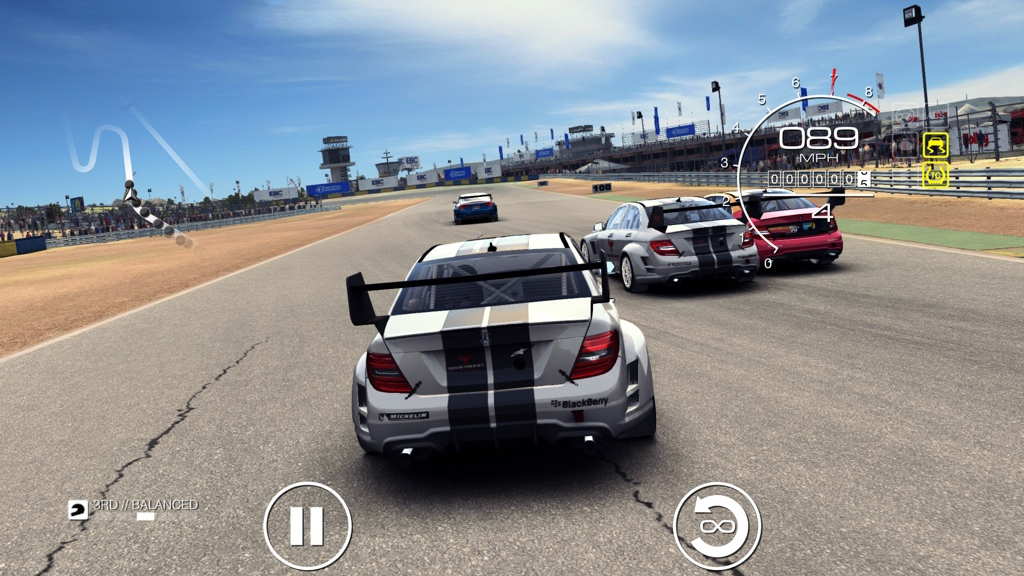
Grid Autosport ($9.99/£9.99/AU$14.99)
Grid Autosport feels like the first of a new breed of iPad games, where a claim of ‘console quality’ isn’t hyperbole. This really is a pretty much direct conversion of the hit PC and PlayStation racer, squeezed into your iPad.
There’s no messing about with grinding and currencies here – you can immediately delve into everything the app has to offer, choosing from its huge range of challenges, cars, and circuits. Everything from a quick race in an open-top to a full Touring Cars season is just a few taps away.
With a range of control options and difficulty settings, the game manages to cater to arcade fans and simulation nuts alike; and when armed with an iPad and an MFi controller, the only thing betraying the fact you’re not playing on a console is the size of the screen.

Fluid SE ($0.99/99p/AU$1.49)
Fluid SE appears to have arrived from the unholy union of Pac-Man and a brutally difficult time-trial racer set in a hostile underwater world of black fish and deadly red ghosts.
Each test has you zoom about, scooping up dots, and attempting to beat time targets. If you’re fast enough, you get the stars needed to unlock new levels; if not, you’ll need to work on shaving fractions of a second off of your best times.
The snag is levels rapidly increase in complexity, and dots you eat spawn the aforementioned ghosts, which relentlessly chase you around the screen. There are ways of dealing with them, but often that involves slowing down.
Fluid SE therefore becomes a thrilling game of risk versus reward, where everything plays out at breakneck speed – right up until you’re devoured by an angry ghost.

Reckless Racing HD ($0.99/49p/AU$0.99)
Reckless Racing HD is a top-down racer that first graced the App Store way back in 2012. It’s different from its contemporaries in having you coax battered vehicles around ramshackle tracks.
There’s no slick tarmac – bar a mall parking lot that forms part of a course. More often, you’re zooming about the likes of a wrecker’s yard, or dirt roads near an old church that rises majestically out of the screen like it’s about to poke you in the eye.
Given a 64-bit reprieve in mid-2017, Reckless Racing HD is a fantastic blast from the past. The cars have a great sense of weight – the physics when racing is just about perfect. And although it now looks a bit rough and ready, it’s decidedly more reckless (and fun) than its overly polished sequel, and includes the online multiplayer that the most recent entry in the series lacks.
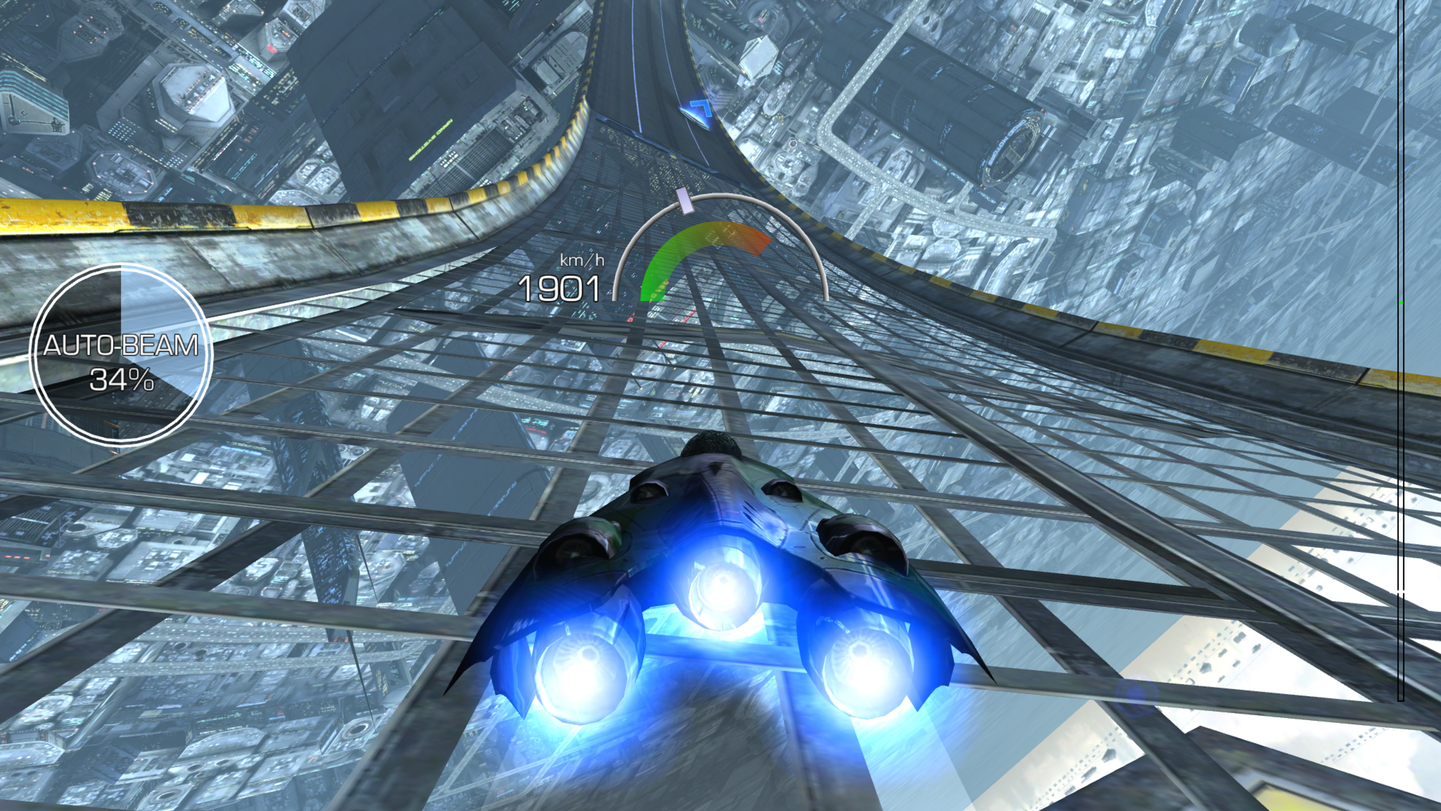
AG Drive ($2.99/£2.99/AU$4.49)
In the future, it turns out people have tired of racers zooming about circuits on the ground. In AG Drive, tracks soar into the air – akin to massive roller-coasters along which daredevil racers of the day speed, gunning for the checkered flag.
This is a pure racing game – all about learning the twists and turns of every circuit, and the thrill of breakneck speed. The only weapons you have available are strategy and skill. And this suits the kind of stripped-back controls that work best on iPad – tilting to steer, and using thumbs to accelerate, brake, and trigger a turbo.
Also, while some slightly irksome IAP lurks, there’s little need to splash out. The game’s difficulty curve is such that you can gradually improve your skills and ship, working your way through varied events until you become an out-of-this-world racing legend. (Or, if you’re a bit rubbish, an ugly stain on the side of a massive metal building.)

Riptide GP: Renegade ($2.99/£2.99/AU$4.49)
Riptide GP: Renegade is the third entry in the Riptide series, and again finds you in a souped-up jetski called a hydrojet, bombing along watery circuits flanked by futuristic metal skyscrapers.
But unlike its (equally impressive) predecessor’s official racing championship, Renegade’s splashy racing involves illegal bouts set in flooded ruins and deadly factories – playing for reputation rather than an adoring TV audience.
The racing is still superb, with its mix of insane speed and ridiculous stunts – hit a ramp and it’s expected you’ll show off by spinning your hydrojet around or performing a handstand on top of it. Despite some dodgy story bits and a slightly grindy upgrade path, Renegade is an exhilarating racer – and one that also gets away from tarmac and gleaming metal tracks.
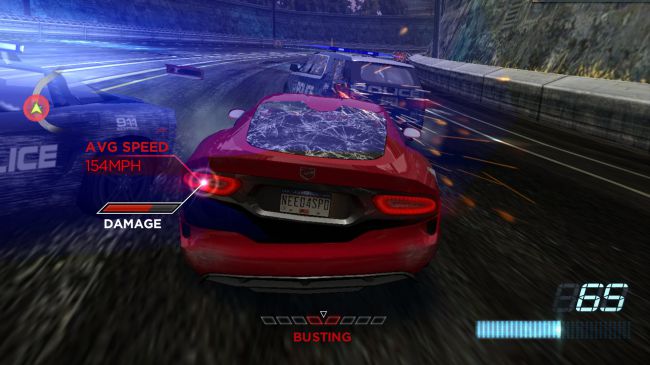
Need for Speed: Most Wanted ($4.99/£4.99/AU$7.99)
Need for Speed: Most Wanted [US store] | [non-US stores] thumbs its nose at simulation racing, but still parks itself somewhat in the real world.
Mostly, it’s all about speeding along like a maniac, with arcade-style controls reminiscent of classic console and arcade title OutRun 2. You’ll drift for miles, soar through the air in a manner cars are most definitely not designed for, and smash into other road users with merry abandon.
But being that this is a Need for Speed title, all this happens in a grim and gritty city, packed with cops. It’s a bit too drab at times – we’d love to see a bit of blue sky – but is nonetheless a tremendous iOS racer that feels great to play.
Our favorite iPad twin-stick shooters, FPS titles, precision shooting games, and scrolling shoot ’em ups.

Backfire ($2.99/£2.99/AU$4.49)
Backfire features an exorcist trying to cleanse an ancient curse; for some reason, this is achieved by piloting a neon-green ship around hellish arenas. From the viscous walls come demons, emitting guttural growls as they close in for the kill.
Naturally, the plan is to shoot them, but your ship only fires from behind. You must therefore forget everything you’ve learned about arcade blasters, and figure out how to obliterate ravenous foes while firing from your ship’s bottom.
Although hard as nails, Backfire is a delight, with smart design, and a great ship upgrade path. The controls, note, are odd – tap where you want to head – meaning on iPad you’re best off playing on a table. But that merely means your thumbs won’t obscure an enemy desperate to tear you to pieces.

ATOMIK: RunGunJumpGun ($2.99/£2.99/AU$4.49)
ATOMIK: RunGunJumpGun is a murderously difficult yet gripping auto runner/shooter. Like the mutant offspring of ALONE… and Jetpack Joyride, it has you blast your way through neon-soaked corridors packed with enemies, spikes, bullets and massive saw blades.
The tiny snag is the protagonist is a massive idiot. Rather than pick his way through the carnage, he belts along, using a gun to blast ahead (whereupon he loses altitude) or downward (in order to gain height). Juggling these minimal options while figuring out a route – and getting the timing right to stay alive – is extremely tricky.
Amusingly, levels also contain collectables – a gift for ‘self-hating completionists’. If that all sounds a bit much, there is a slightly less deranged Shield mode, which will only leave you 50% of a nervous wreck.
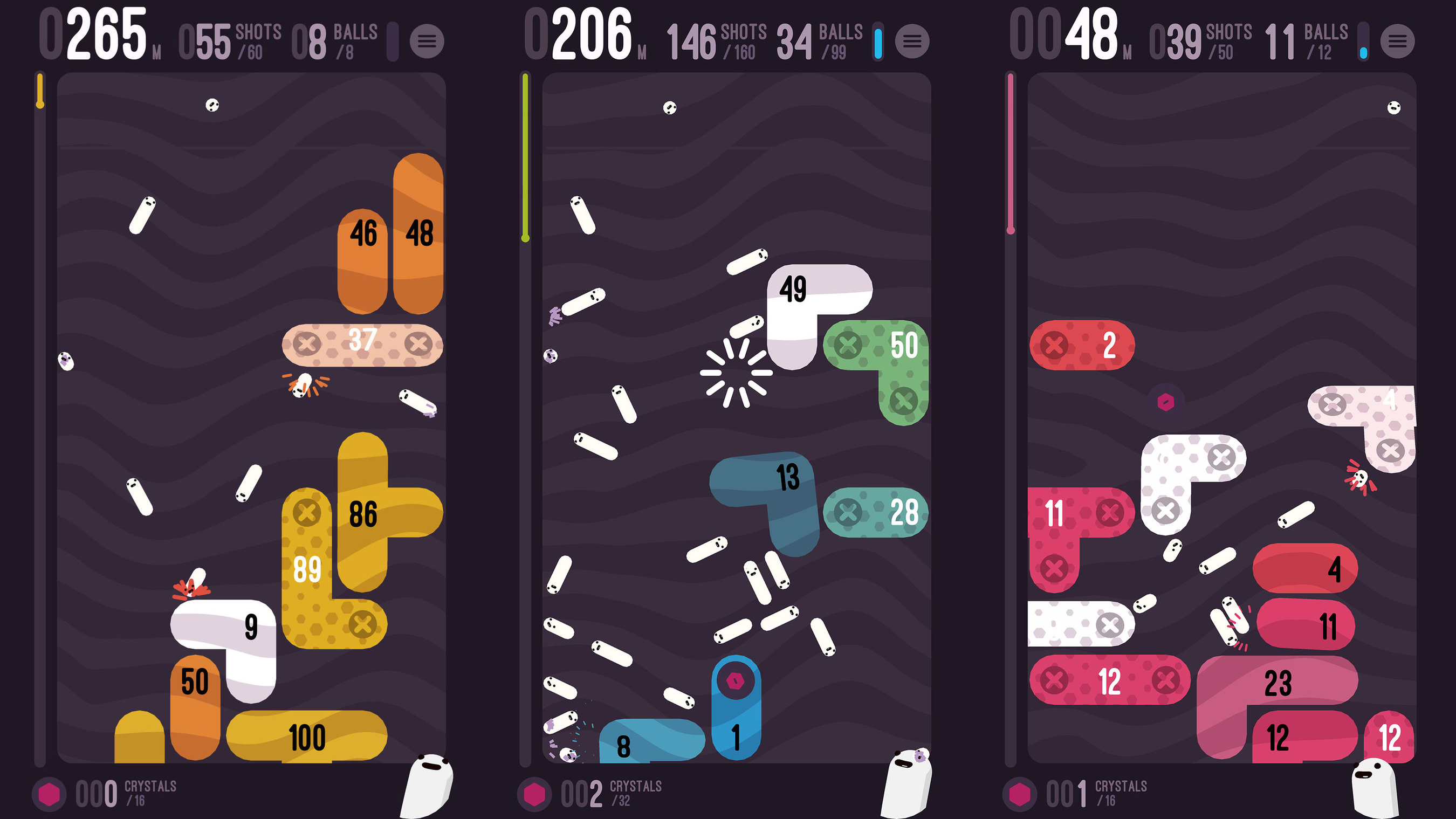
Holedown ($3.99/£3.99/AU$5.99)
Holedown has you fire strings of balls at numbered blocks to obliterate them and dig deeper toward a planet’s core. You have limited shots and a set number of balls per shot, so you must carefully aim and strategize, prioritizing ‘fixed’ bricks that won’t fall if those beneath them are destroyed.
The basic premise may be familiar – plenty of freebies are broadly similar – but whereas they ruin things with difficulty gates and IAP, Holedown is a premium, polished game. Upgrades come by way of gems found during digs, rewarding skill rather than your ability to open your wallet.
Although the game is repetitive, it’s more hypnotic than grindy, and fun when you nail a perfect shot, sending a group of balls through a tiny gap for them to bounce around like wasps trapped in a jar.
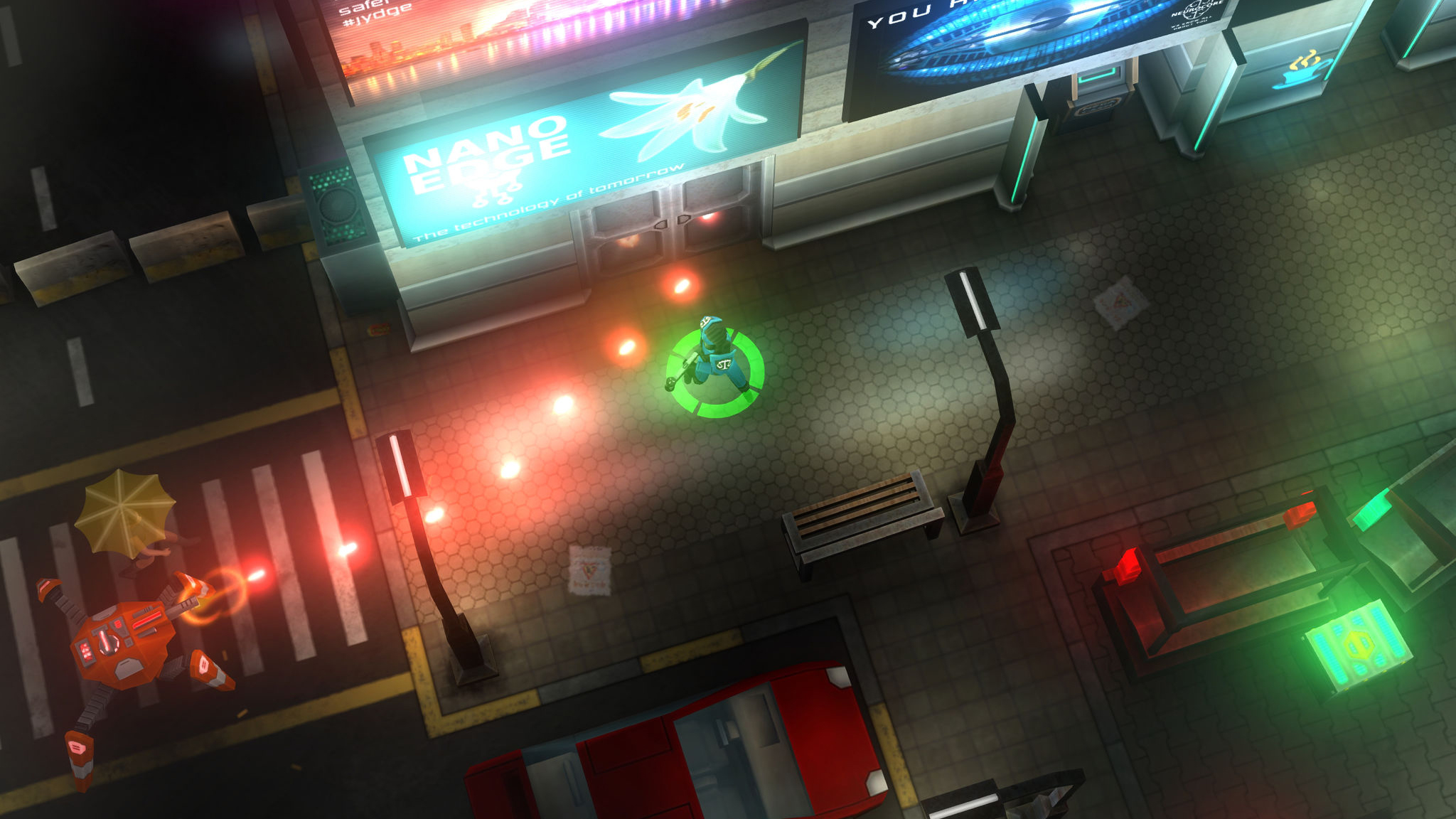
Jydge ($8.99/£8.99/AU$13.99)
Jydge plonks you in a grubby, neon-lit dystopia, with nasty ideas about law enforcement. As the titular ‘jydge’, you go on missions that largely involve shooting bad guys, ‘confiscating’ loot, and rescuing the odd hostage.
The anything-goes nature of Jydge initially wrong-foots, because the viewpoint and setup scream stealth shooter. You think you’ll be sneaking about, like a ninja with a gun. In reality, it’s often more like a brains-free twin-stick blaster.
That said, Jydge does have some tactical nous when it comes to challenges that are initially impossible. Actions can affect levels permanently, meaning with a little thought – and quite a lot of violence – you can by way of a few ‘stacked’ attempts in fact clear a tricky scene in 20 seconds, assuming your thumbs can keep up as you revel in the mayhem.

Steredenn ($3.99/£3.99/AU$5.99)
Steredenn is an endless horizontal shooter, infused with the beating heart of the best retro blasters around, topped off with a head-nodding guitar-laden soundtrack.
Unlike most games of its ilk, it works brilliantly on iPad. The responsive controls have you drag the left of the screen to move your ship, and tap the right to fire at incoming waves of enemies. A flick of your right thumb switches weapons, and if your ship darts beneath a digit, crosshairs pinpoint its position.
And you’ll need that knowledge at all times, because enemies come thick and fast in all their chunky-pixel glory. But so too do power-ups – and learning the effectiveness of weapons against specific opponents boosts your long(er)-term survival.
Well, that and sometimes bolting a massive whirling saw blade to your ship, like some kind of space lunatic. It’s superb, raucous, shooty fun.
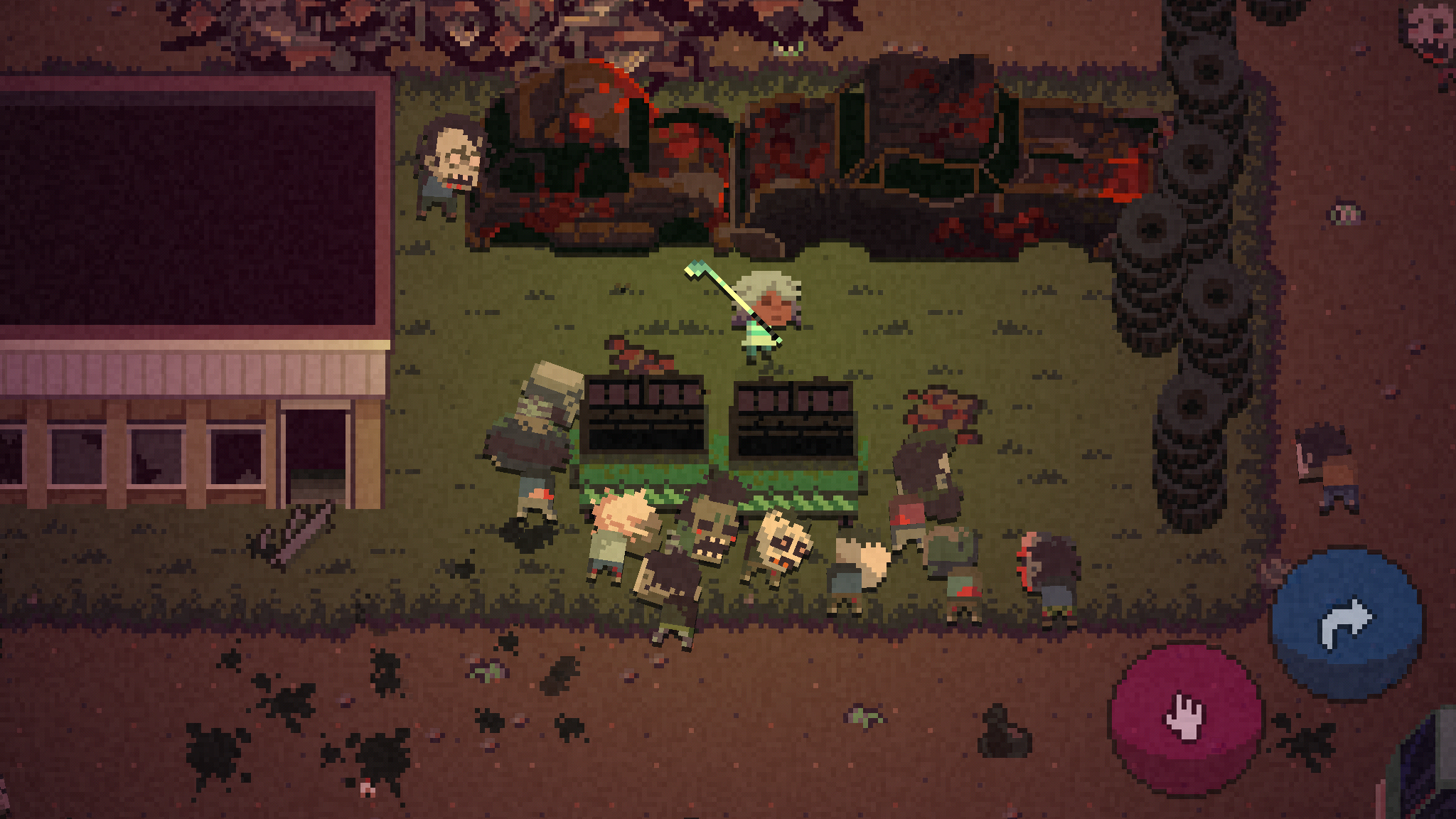
Death Road to Canada ($13.99/£13.99/AU$21.99)
Zombies have taken over the USA, and so it’s road trip time in Death Road to Canada, the aim being to flee to the safety of the land of the moose. The tiny snag: the aforementioned zombies, and the fact you start out in Florida.
The game itself is an action-oriented role-playing title, switching between top-down shooting/scavenging scenes, choose-your-own-adventure text sections, and claustrophobic and downright terrifying sieges that lock you for a set time in a confined space with hundreds of the undead.
Actually, it’s not that terrifying, given that Death Road to Canada looks like a game from the 1990s. But it is excellent fun, despite some slightly slippy virtual controls. (If you’ve an Made for iPhone controller, use that to boost your zombie-killing prowess.)
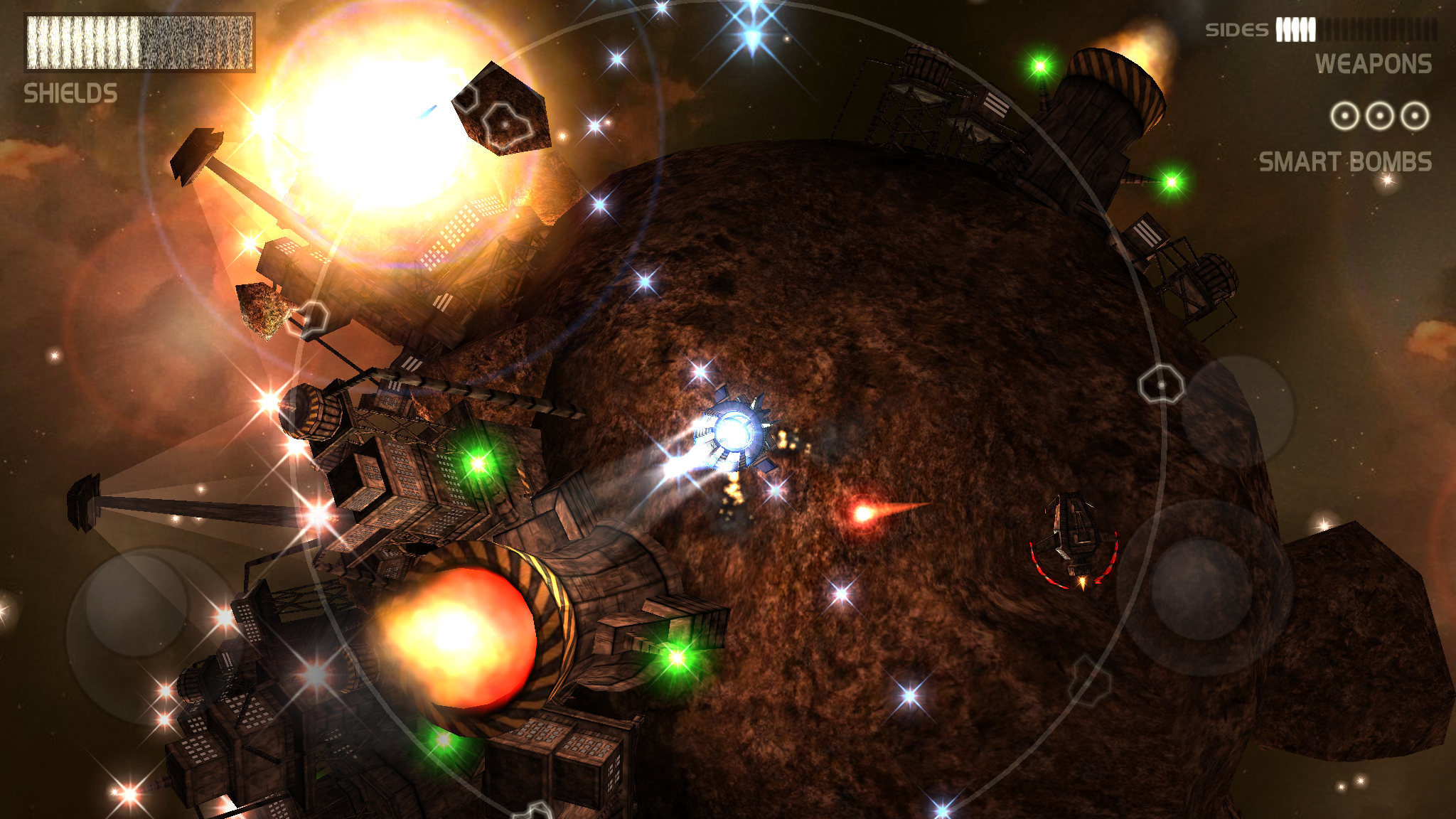
Darkside ($1.99/£1.99/AU$2.99)
In the inky blackness of space, humans have started mining massive space rocks, and it turns out aliens have a big problem with that.
Enter: the hero of Darkside, who has to blow up said aliens and, for some reason, all the rocks the humans are supposed to be mining. Videogame logic!
It all comes across like someone gleefully mashed together two classic arcade titles – Asteroids (shoot rocks until they’re tiny enough to obliterate) and Robotron (the original twin-stick shooter) – and wrapped the result around beautifully rendered planetoids.
Although there’s a free version, splash out for the paid release and you get smart bombs in the arcade mode, and two extra modes to try: one being mission-based, and the other being a tough endless mode for cocky veterans.
The end result is tons of shooty fun that’s accessible enough for newcomers, but that provides a stern test for even the swiftest of trigger fingers.

AirAttack 2 ($0.99/£0.99/AU$1.49)
You get the feeling creators of classic vertically scrolling shooters would sit in front of AirAttack 2 in a daze, dumbfounded at what's possible on modern home-computing devices.
That's not down to the gameplay, though: like its predecessor, AirAttack 2 is a straightforward shooter - you're piloting a fighter in World War II, downing enemies while optionally yelling "tally ho" at an annoyingly loud volume.
But this World War II is decidedly different from the one that occurred in our reality: Germans own limitless squadrons and building-sized tanks (versus the Allies, seemingly relying on a single nutcase in a plane to win the war).
It's the jaw-dropping visuals that really dazzle, effortlessly displaying swarms of enemies to down, colossal bosses to defeat, and a destructible environment to take out your frustrations on. For the low price (not least given that there's no IAP whatsoever), it's an insane bargain.
Our favorite iPad extreme sports, soccer, tennis, golf, and management games.

Football Manager 2020 Touch ($19.99/£19.99/AU$30.99)
Football Manager 2020 Touch puts you in charge of a soccer team and immediately makes you realize things aren’t quite as easy as you thought they might be when yelling at the TV. That’s because Football Manager is a full-on simulation – more or less the same experience you get on PC.
Along with the usual slew of stats, live matches, and blissful automation that enables you to offload some of the busywork, 2020’s incarnation of the game gives you the chance to develop the club’s culture, nurture the youth team, and coo at improved visuals.
Fans might gripe that that’s not enough to put last year’s version in for a transfer. Still, if you want the latest and greatest soccer management game for an Apple device, or are a newcomer, there’s nothing better on iPad.

Astro Golf (free + $1.99/£1.99/AU$2.99)
Astro Golf is a chill-out side-on golf game set in space. Rather than whacking a ball along fairways, you instead blast it between planets, cunningly using gravity to pull off mind-bending slingshots.
The standard zen mode echoes mobile favorite Desert Golfing, in terms of simplicity (drag and let go to aim/fire), and also in not being terribly bothered how many shots it takes you to get to the hole. Stats are recorded, but there’s no real sense of urgency.
A hard mode ramps the challenge up a notch, demanding you get a hole in one to proceed to the next hole. But even there, you get some assistance, your previous shot’s arrow lurking like a ghost for you to use as guidance for your next. In all, then, a relaxing and novel take on the genre.

Desert Golfing ($1.99/£1.99/AU$2.99)
Desert Golfing is about the most minimal take on golf imaginable. The side-on game gives you a tee and a hole to reach. You drag to aim and set power, and then take your shot. Smack your ball out of bounds and you start from scratch; make the hole with one or more shots and you can continue.
It feels never-ending, as you find yourself dozens and then hundreds of holes in, and it should get boring – but it really doesn’t. Your scorecard builds but ceases to have meaning as you relax into a hypnotic chill-out take on a sport that wasn’t exactly frenetic in the first place.
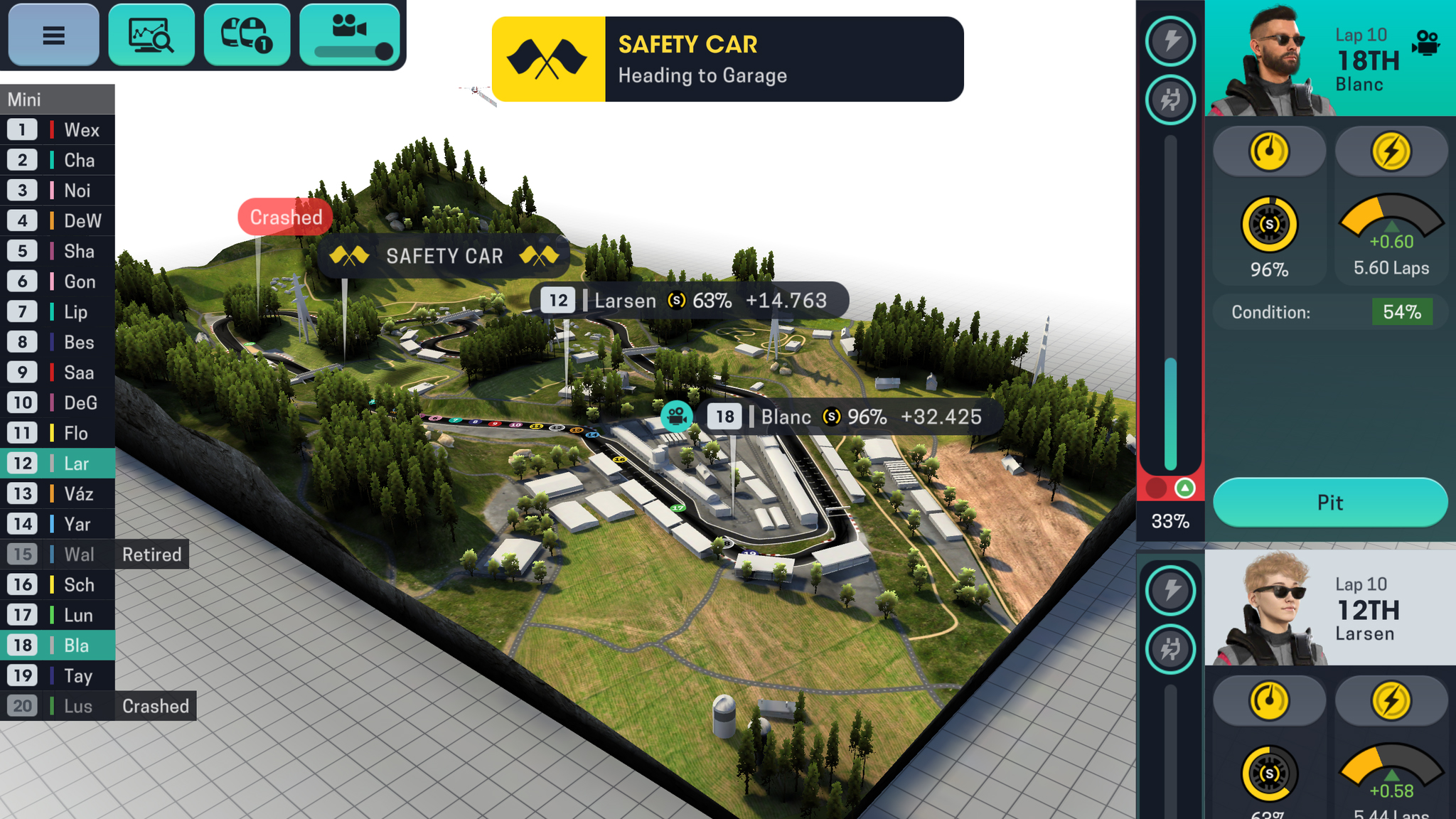
Motorsport Manager Mobile 3 ($3.99/£3.99/AU$5.99)
Motorsport Manager Mobile 3 is a racing game that has you holding the purse strings rather than the steering wheel. So instead of coaxing your car around complex turns, and blasting along straights, you manage your drivers (and their egos), plan HQ and car upgrades, and figure out when during races they should push their engines or change their tires.
The game’s sense of balance is very smart. It’s immediate and intuitive enough for newcomers, with a gentle first season, but gradually unlocks complexity, depth, and challenge to make you stick around for the long term.
And although races merely feature colored discs whizzing round diorama-like circuits, they are nonetheless tense, exciting affairs – not least when one of your drivers is vying for a podium finish.
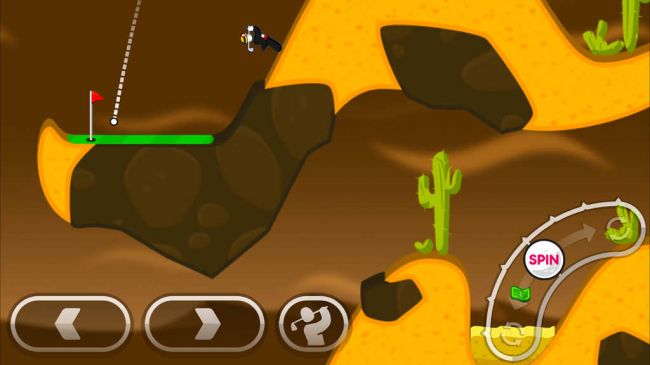
Super Stickman Golf 3 (free + IAP)
If you find golf a bit dull, Super Stickman Golf 3 offers a decidedly different take on the sport. Instead of rolling greens, a sprinkling of trees and the odd sandpit, golfers in this bizarre world pit their wits against gravity-free space-stations, floating islands, and dank caverns with glue-like surfaces.
The game's side-on charms echo Angry Birds in its artillery core, in the sense that careful aiming is the order of the day. But this is a far smarter and more polished title, with some excellent and imaginative level design.
With this third entry, you also get the chance to spin the ball, opening up the possibility of otherwise impossible shots. And once you're done with the solo mode, you can go online with asynchronous turn-based play and frenetic live races.
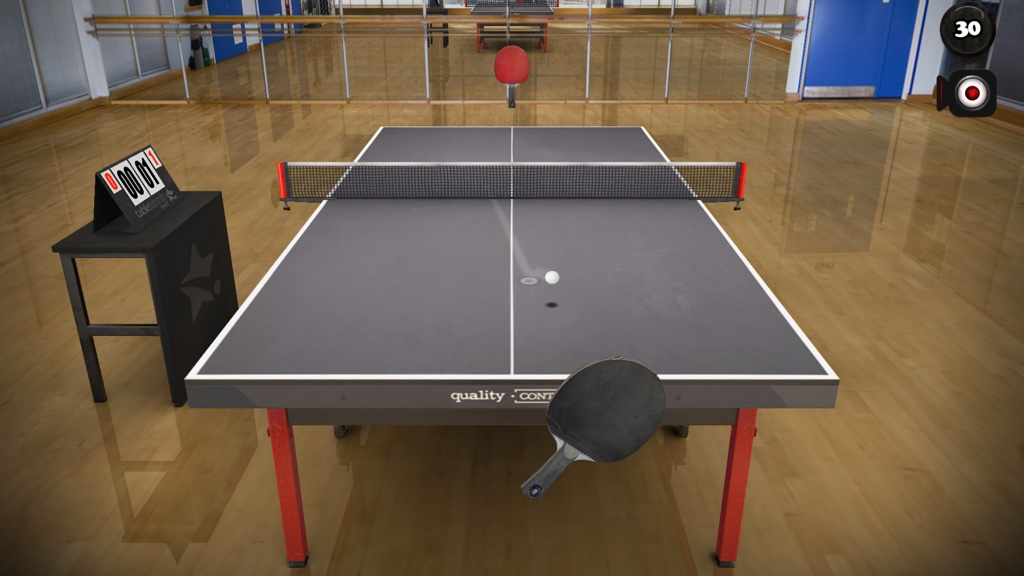
Table Tennis Touch (free + IAP)
Table Tennis Touch brings ping pong to your iPad in glorious fashion. You get a set of training mini-games, to hone your aim and power, after which point you can delve into a full career mode.
Matches involve you taking on a levitating bat rather than an actual person on the other side of the table. The places in which you play, though, are beautifully rendered, although your focus will mostly be on the tiny white ball being belted around as you smash and spin your way to the big leagues.
This aspect of the game feels the part, capturing the speed and intensity of a properly gripping ping pong rally – and all without those moments where you subsequently step on and crush the ball like an idiot.

Touchgrind Skate 2 ($6.99/£6.99/AU$10.99)
Touchgrind Skate 2 presumably had a development process that began with someone realizing fingers look like legs if you put a tiny skateboard underneath them. And that’s what you get here – a virtual board, which you control with two digits.
Although that might feel gimmicky, it’s intuitive. But don’t mistake Touchgrind Skate 2 for an arcade pushover. As you roam urban locations, tasked with performing gnarly stunts, you’ll wipe out – often.
What you must do is learn to master the board, and then slowly chain together tricks. Only then will you get enough points to unlock new parks. On iPad in particular, this works very well, the larger screen giving you space to breathe. And it’s a great example of touchscreen innovation and physical interaction — Touchgrind Skate 2 just wouldn't be the same with a gamepad.
Our favorite iPad card games, turn-based strategy titles, and digital board games.

Book of Demons: Tablet Edition ($9.99/£9.99/AU$14.99)
Book of Demons: Tablet Edition uses hack-and-slash dungeon crawlers like Diablo as a foundation, but radically reworks them for the touchscreen.
Rather than roaming about in freeform fashion, your wanderings are limited to set pathways. As foes attack, your fighter automatically responds, but you can use a finger to adjust their focus – and unleash magical fury by way of powers from collectable cards. It plays like an action-oriented RTS – and it’s great.
Over time, you upgrade your kit, figure out spell combos that obliterate entire hordes of enemies, and thereby give yourself a fighting chance of reaching the dungeon’s depths. And with the game’s many neat touches – papercraft characters; a mode that effectively pauses the game when you aren’t touching the display; game length predictions and customization – you’ll surely want to.

Maze Machina ($1.99/£1.99/AU$2.99)
Maze Machina takes a mouse, plonks him in an ever-changing maze, and has him fight it out with mechanical foes designed by the evil Automatron. His only hope: to survive 15 rounds by grabbing keys and making it to the exit.
It’s brain-pounding stuff. The arena is a four-by-four grid, and each time you swipe, all objects and characters head in that direction. Swiping also triggers object use – and the objects themselves are dictated by the icon on which each character stands.
However, the iPad’s large display gives the game room to breathe – and you a fighting chance of strategizing in a manner that will finally bring an end to the clockwork horror, rather than the heroic and smart but also easily breakable rodent.

Bad North ($4.99/£4.99/AU$7.99)
Bad North is a real-time strategy game for iPad that pulls off the trick of being accessible to genre newcomers, but is tricky enough to give old-hands a challenge. It centers around defending an idyllic island kingdom from Viking invaders. As they appear from the gloom in their boats, set on a bout of stabbing and arson, you must position defenders accordingly.
The controls are straightforward, involving taps to select and move any given group of soldiers. Fighting is automatic, based on nearby enemies. No two games are the same – islands are procedurally generated. And as you win battles, you kit out soldiers with upgrades, which heavily impacts on subsequent victories.
Each game of Bad North also has a sense of permanence, because if your commanders die, they are gone forever. Strategy is often about the choices you make between battles in this elegant, tactile title.

P1 Select ($2.99/£2.99/AU$4.99)
P1 Select is a turn-based dungeon crawler. You move within a randomized maze, duffing up monsters, grabbing bling, and making for an exit. And in a twist you probably weren’t expecting, your powers change after every move you make.
The P1 Select screen is split in two. On the left, there’s the maze. On the right, there’s a player select grid. Each ‘player’ – Midas, X-Ray, Vish; and so on – has unique powers, and its own lives count. When you swipe in the maze, the player selection moves accordingly.
Initially, this is deeply weird – even off-putting. But stick with P1 Select and its unique way of working lodges in your brain. The game’s finite nature (nine rooms) makes it great for quick-fire strategy sessions, and also honing your skills, given that the high score is an average of recent runs.

Tropico ($11.99/£11.99/AU$17.99)
Tropico is a dictator simulator masquerading as a strategy game. Well-known to PC players, Tropico finds you in control of a Caribbean island – and aiming to stay in power at all costs.
The free-form nature of the game affords you various routes to dealing with your people. Resources must be carefully balanced, so you can build the structures that will make hard cash, and keep people entertained and healthy. And if everything kicks off, you must quickly figure out the best way to deal with uprisings.
On iPad, this could all have been a complex mess, but the interface has been cleverly redesigned for touch, providing fast access to key commands through your ‘Dictator’s Desk’. It’s a great addition to a classic title – one that fully showcases the power that’s in the hands of any gamer armed with an iPad.
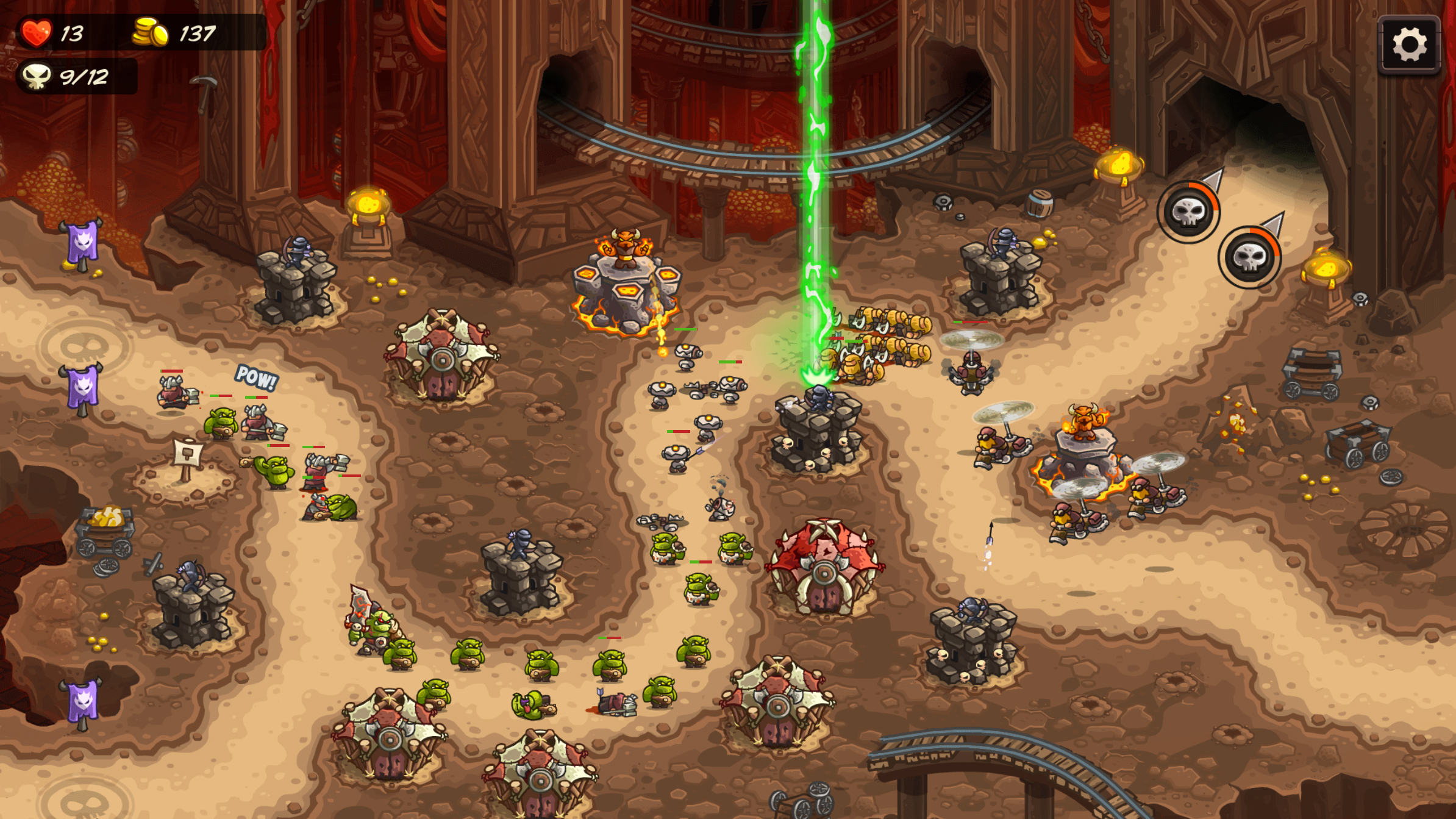
Kingdom Rush: Vengeance ($4.99/£4.99/AU$7.99)
Kingdom Rush: Vengeance is the latest iteration of the best tower-defense game on mobile. This time, you get to play bad guy Vez’nan – a wizard tired of getting repeatedly beaten, and determined to conquer the kingdom.
How conquest and tower defense align is hard to say, but it makes for a great game. As ever, you drop towers in pre-defined spots, unleash special powers, and send a mighty hero into the fray for ad hoc smashing.
Like other entries in the Kingdom Rush series, Vengeance looks great, is finely balanced, and keeps things interesting with new surprises. There is one bad surprise, though, in IAP stinking up the place a bit. However, have patience, learn from your mistakes, and avoid temptation, and you’ll find there’s no need to pay more – right through to Vez’nan’s final victory.

Euclidean Skies ($4.99/£4.99/AU$7.99)
Euclidean Skies is the follow-up to the superb Euclidean Lands, a turn-based strategy game that takes place on floating constructions akin to Rubik’s Cubes. In that title, manipulating the landscape is as important as the physical moves the protagonist makes – and that’s even more overt in this sequel.
In Euclidean Skies, each individual ‘block’ within the landscape has the potential to be spun about any axis. This provides scope for brain-bendingly complex solutions, whether battling a gigantic monster by obliterating its spine with rotating chunks of land, or gradually unraveling what was once a flat surface, creating ‘arms’ to prod switches and fashion bridges to doors.
This isn’t an easy game, but it is hugely satisfying when you crack one of its puzzles. And, like the original, it also feels unique, which alone makes it worthy of consideration.

FTL: Faster Than Light ($9.99/£9.99/AU$14.99)
FTL: Faster Than Light is a real-time strategy game that finds you hurtling through space, trying to get essential data to the safety of the federation. Unfortunately, you’re being pursued by shooty rebels, and so must keep jumping to new sectors.
Every time you do, surprises await – you might make some cash, or end up in a frantic scrap with pirates. During action scenes, you direct your crew to make repairs, and fling explosives and lasers in your enemy’s general direction. At any point, you can pause to take a breather and strategize a bit.
The game is procedurally generated, and so every mission is different. But there are some constants: pitch-perfect controls, a sense of immersion, and palpable tension when half your ship’s on fire but you know one carefully aimed shot will obliterate your foe.

Infinite West (free + $1.99/£1.99/AU$2.99 IAP)
Infinite West casts you as a cowboy in the wilderness, taking down a gang that murdered his family. That hackneyed scenario might put you in mind of a shoot ’em up, and so it’s a surprise to find Infinite West is more like chess – only with pieces shooting each other.
The turn-based play across semi-randomized levels forces you to consider every action. Your gunslinger can only move one space horizontally or vertically at a time, and each foe has unique weaponry ranges. Further complexity comes from a health counter, a ‘dash’ power and an ongoing upgrades system.
There are echoes of Square Enix’s GO games, but if anything Infinite West has more depth and brains. You’ll certainly need your wits about you when, many levels into a mission, you suddenly find yourself faced with a dozen gang members intent on your untimely demise.

Sid Meier’s Civilization VI (free + $59.99/£54.99/AU$89.99 IAP)
Sid Meier’s Civilization VI properly showcases the iPad’s potential as a gaming device. Previous takes on Civilization for iPad have been weirdly cartoonish and simplified. Not Civilization VI – this is the game you get on PC, with all its inherent depth and complexity.
This means you get one of the finest 4X (eXplore; eXpand; eXploit; eXterminate) games around. You aim to make your civilization dominant by becoming a trading giant, heading to the stars, or getting all stabby/shooty until no-one else is left standing.
The game demands time and attention, is hugely rewarding, and should keep you going for months. Just as well, given its price tag. Still, you get 60 moves for free, and ‘proper’ games cost real money.
Bar some slightly blurry visuals on iPad Pro, this is the real deal – one of the best games in existence, carefully optimized for the touchscreen.
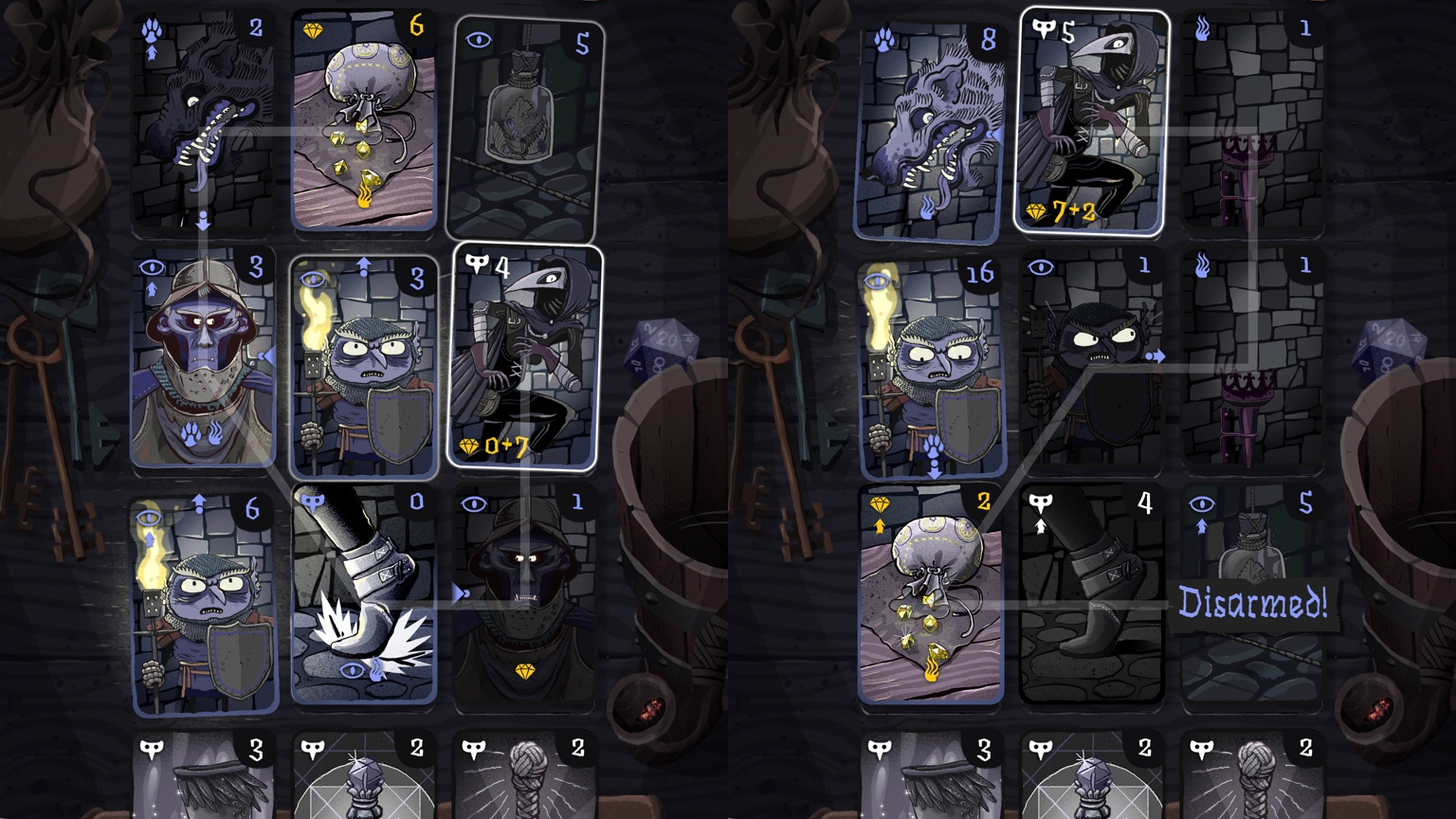
Card Thief ($2.99/£2.99/AU$4.49)
It takes quite a lot to make a solitaire game tense, but Card Thief manages, mostly by smashing dealing out cards into turn-based stealth-oriented puzzling.
As the titular villain, you map out pathways across the cards on the screen, figuring out how to grab loot without losing too many stealth points, which are depleted on battling adversaries.
Repeat play is rewarded by improving your strategies, unlocking new kit to help increase your score, and eventually finding your way to new missions with different foes.
Like any take on solitaire, Card Thief does get a bit repetitive, but this is also a game you’ll be able to happily play a round of a day for many weeks, gradually improving your ability to sneak about and become a master pickpocket.

Mini Metro ($4.99/£4.99/AU$7.99)
Traveling on underground railways can be a fairly hideous experience, which is perhaps why Mini Metro is such a pleasant surprise. The game is all about designing and managing a subway, using an interface akin to a minimal take on the schematics usually found hanging on subway walls. And it’s glorious.
Periodically, new stations appear. You drag lines between them, and position trains on them, in order to shepherd passengers to their stops. All the while, movement generates a hypnotic, ambient soundtrack.
Over time, things admittedly become more fraught than during these relaxing beginnings. The demands of an increasing number of passengers forces you to juggle trains and rearrange lines until you’re inevitably overwhelmed. But the nature of the game is such that this never frustrates – instead, you’ll want to take another journey - hugely unlike when suffering the real thing.
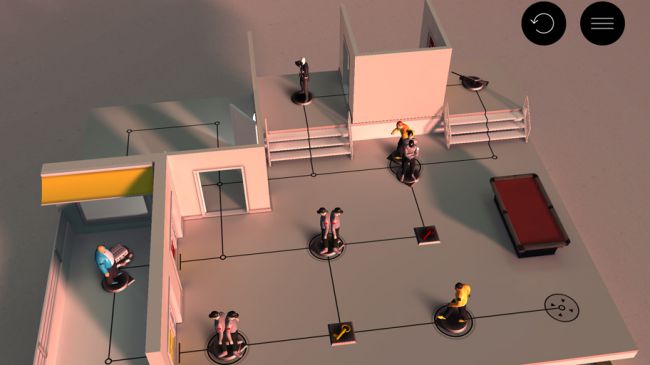
Hitman GO ($4.99/£4.99/AU$7.99)
It's great to see Square Enix do something entirely different with Hitman GO, rather than simply converting its free-roaming 3D game to touchscreens. Although still echoing the original series, this touchscreen title is presented as a board game of sorts, with turn-based actions against clockwork opposition.
You must figure out your way to the prize, without getting knocked off (the board). It's an oddly adorable take on assassination, and one of the best iOS puzzlers. There's also extra replay value in the various challenges (such as grabbing a briefcase or not killing guards), each of which requires an alternate solution to be found.
Our favorite iPad games that have you battle with crosswords, anagrams, and letters.
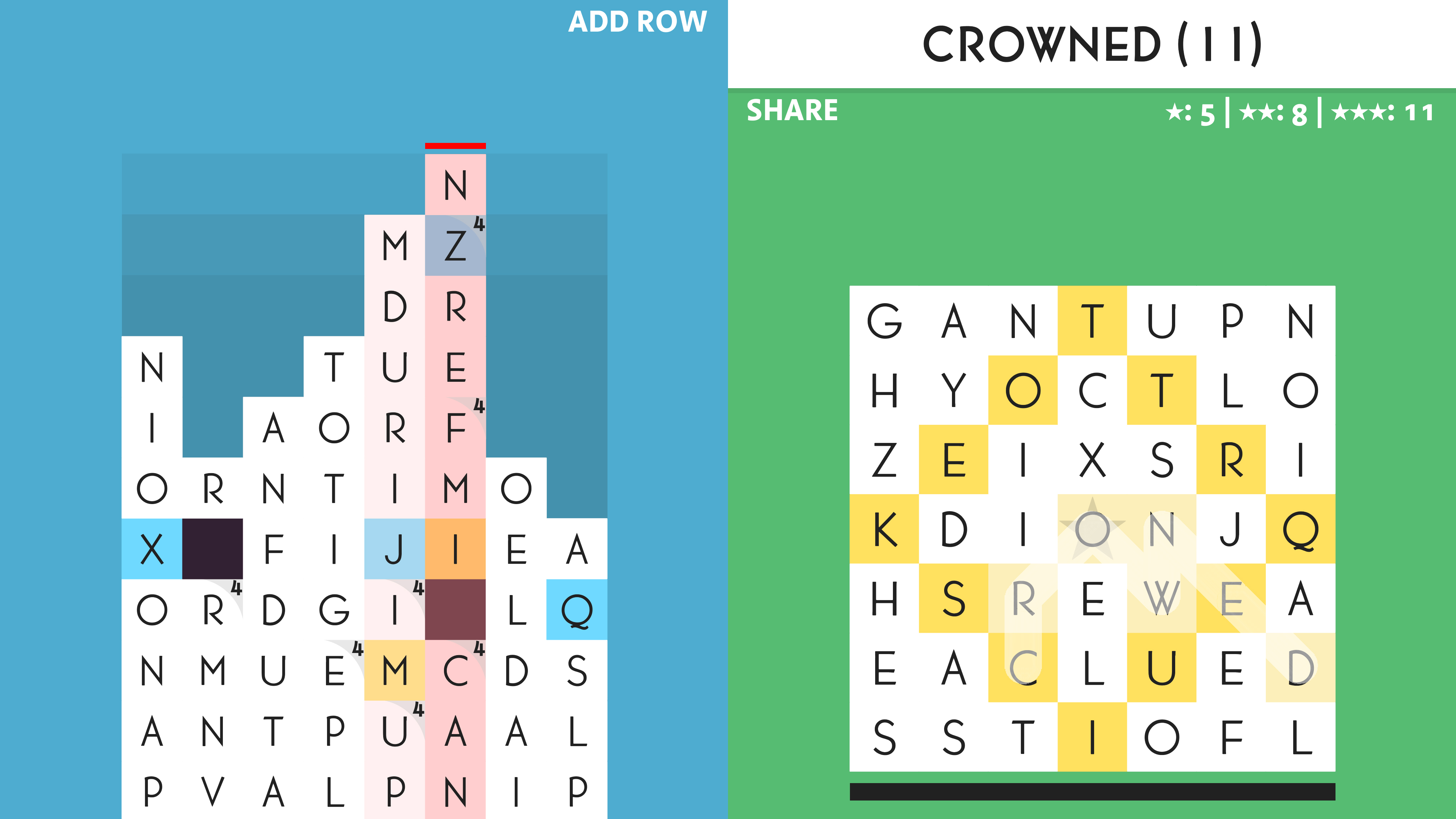
SpellTower+ (free or $4.99/£4.99/AU$7.99)
SpellTower+ updates the 2011 classic. The basics are the same: you’re faced with a jumble of letters, and must snake pathways through them to select and remove words. Gravity then makes floating tiles fall.
Varied modes force unique approaches. Tower is a finite pile of letters. Puzzle and Rush have towers that grow, adding Tetris-like arcade panic. Search offers a single shot at one word, where you must use as many double-score tiles as possible.
Although the iPad game is free to download, SpellTower is at its best when you pay the one-off IAP. Ads are removed, and you gain access to new modes, like the aforementioned Search, and meaningfully reworked arcade ones that double their speed or remove word-length restrictions for a more ‘zen’ experience. However you play, though, SpellTower+ is among the very best word games on iPad.
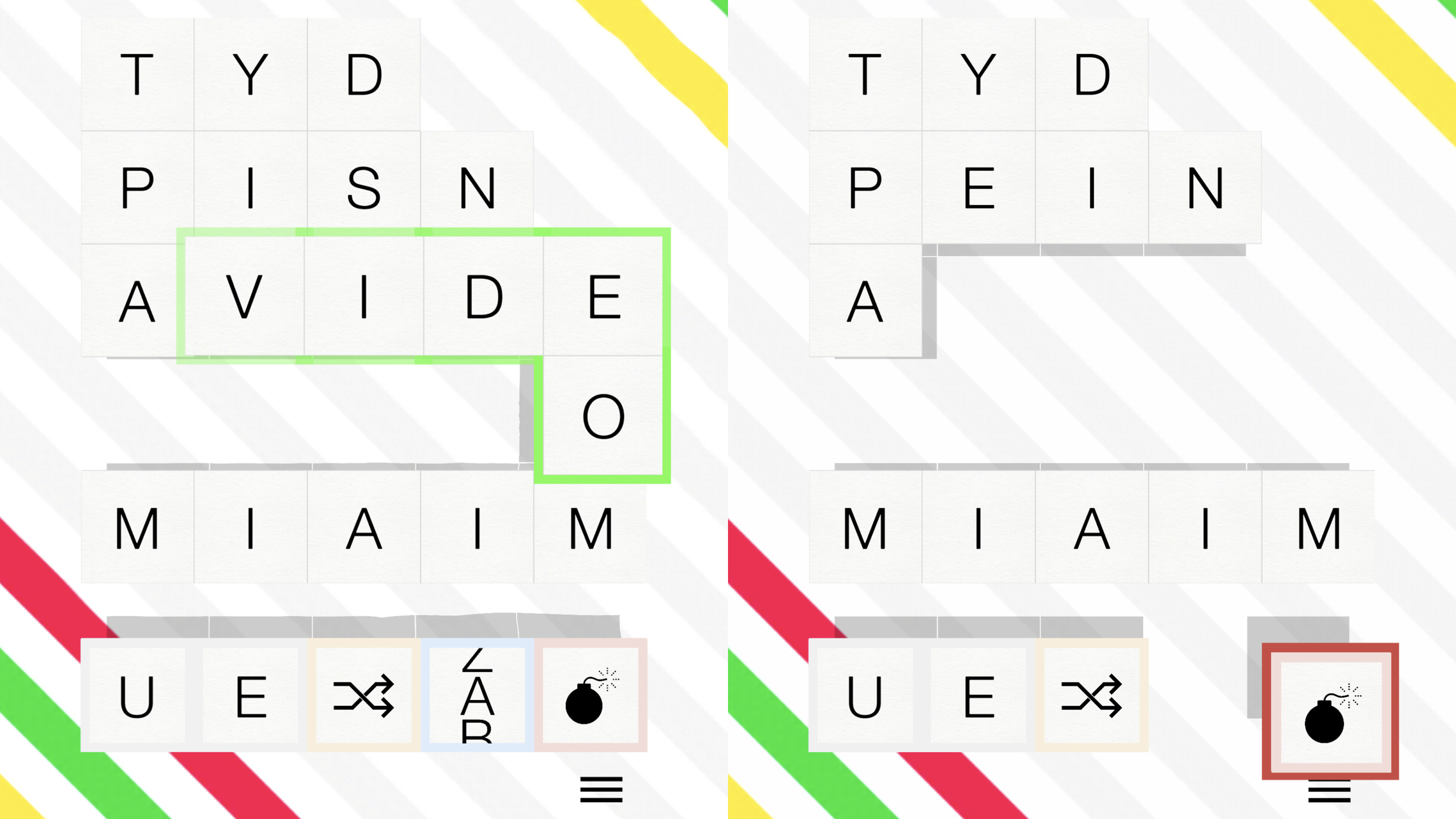
Word Forward ($2.99/£2.99/AU$4.49)
Word Forward is a strategic take on making words from a grid of letter tiles. But this game demands you remove every tile, in order to succeed – easier said than done when a level starts with a jumble of letters that don’t make for neat sets of obvious words.
Still, Word Forward provides you with weapons beyond your brain: you get tiles you can swap with those already on the board, a special tile for shuffling the grid, and a bomb to obliterate a single awkward letter.
Through demanding a kind of chess-like think-ahead strategy, rather than getting a high score primarily through finding massive words, Word Forward ends up being a bit different from its contemporaries – a more cerebral effort, and one that’s an excellent buy for solo players.

Sidewords ($2.99/£2.99/AU$4.49)
Each puzzle in Sidewords starts with an empty grid that has words along its top and left edges. You select letters from both to create new words. Each chosen letter shoots a line into the grid, and the squares where those lines meet become solid blocks, which display the words you’ve created.
The idea is to fill in every square on the grid. This is easier said than done – you might consider yourself a genius on finding a massive, extremely clever word, but later find your grid peppered with tiny gaps. Completed words can be removed with a tap at any point, Sidewords clearly wanting you to experiment and try new things on your way to a solution.
It’s a great concept – immediate, fresh, and also very challenging when you start tackling larger grids.

Supertype ($1.99/£1.99/AU$2.99)
Supertype is a strange word game, in that it’s primarily interested in the physical form of letters and how they interact in animated 2D environments. Each puzzle tasks you with using the letters to collide with dots that are littered about – you type some characters, press the tick mark, and watch as everything starts to move.
One puzzle has a dot up some stairs, and is easily dealt with by placing a lowercase l on each step, and a p to knock them all down. Elsewhere, you use letters to swing from the scenery like tiny action heroes, or roundish characters that rain down like a typographic avalanche. It’s great stuff – imaginative, original, and definitely not yet another Scrabble clone!

SpellTower ($2.99/£2.99/AU$4.49)
There’s something gleefully classic about SpellTower. It marries very old-school word games – in the sense of paper-based crosswords and word searches – with much-loved arcade puzzlers. The result is the best word game on iOS.
Tower mode has you face a stack of letters, tapping out snaking words that disappear when submitted, the tiles above then falling into the gaps. A keen sense of planning is required to balance letter stacks and ensure tiles aren’t left stranded.
Additional modes soon open up: Puzzle adds a new row of letters for every word you submit; Rush throws in a timer; and Debate pits two players against each other. iPad Pro owners also get Super Tower mode, offering a colossal 432 tiles and the potential for blockbuster scores – if you can find the right words lurking within the jumble.
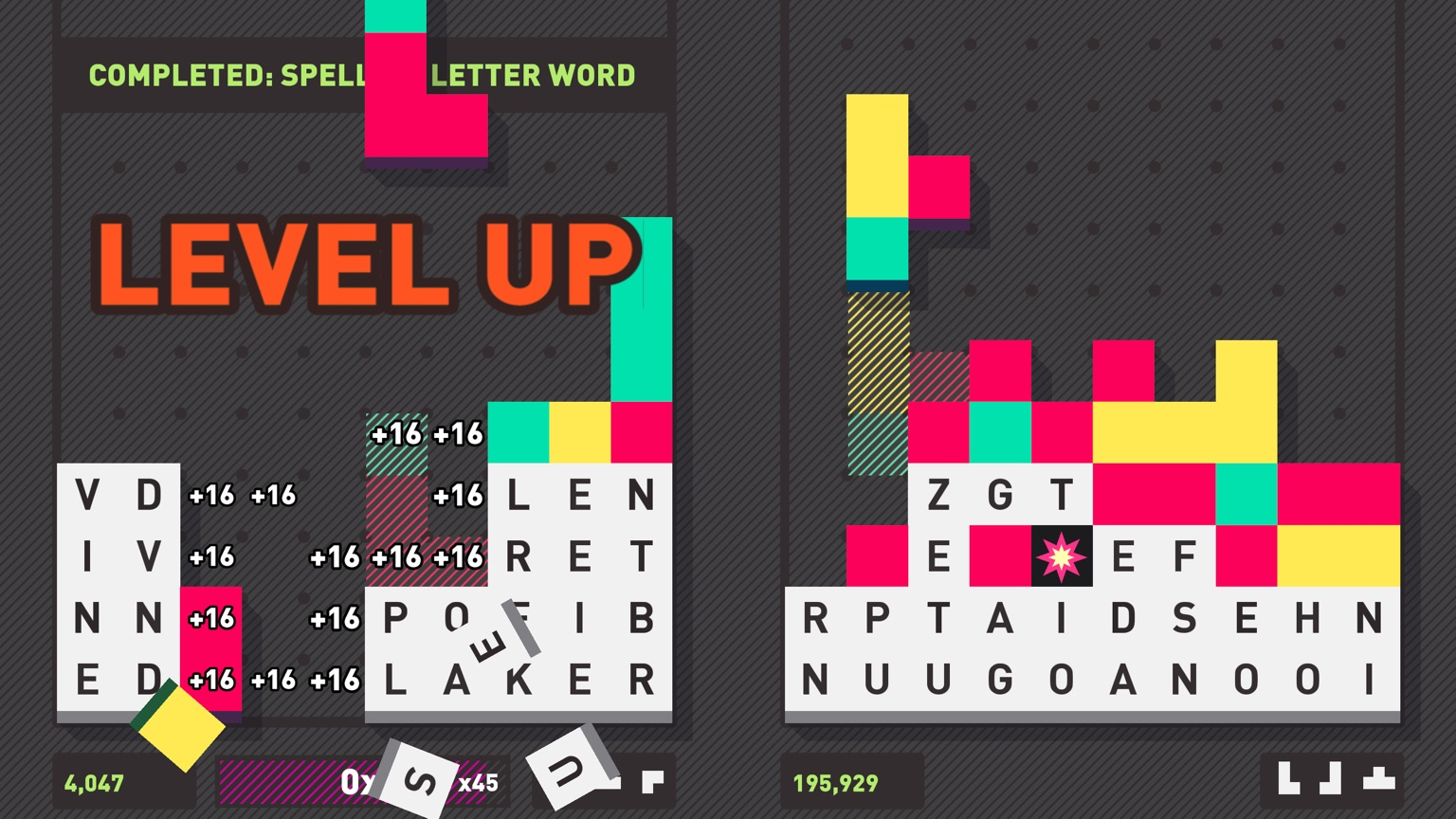
Puzzlejuice ($1.99/£1.99/AU$2.99)
Puzzlejuice shoves Tetris and SpellTower into a blender, adds a load of power-ups, and leaves you – the somewhat bewildered player – to make sense of the chaos. It’s entirely appropriate that the game states it will “punch your brain in the face”.
It starts with The Tetris bit, falling blocks being used to create lines. But complete lines don’t vanish – they turn into letters. Tapping blocks of color gets you further letter tiles. You then find words snaking through the jumble to submit, freeing up room for new shapes falling into the well.
On iPhone, it’s all a bit too fiddly to be fun; but the iPad’s extra acres transform Puzzlejuice into an entertaining and quirky genre mash-up.

Scrabble Premium ($9.99/£6.99/AU$10.99)
Scrabble Premium [US store] | [non-US stores] is the famous word game on your Apple tablet. You and your opponents use dished out letters to gradually build a crossword. Cleverly utilizing a combination of show-off big words and/or score-boosting board tiles will have you zoom ahead of opponents, who’ll hate you for repeatedly placing the Q in qi on a triple letter tile.
On the iPad, the game works nicely, displaying the complete board without scrolling, and at a finger-friendly size. It includes a dictionary, and chat for when playing human opponents. Computer players exist, too, although they do love using bafflingly obscure words – and chastising you when you fail to do the same, which isn’t very congenial (12 points).

AlphaPit ($2.99/£2.99/AU$4.49)
AlphaPit is a cleverly designed word game based around grids of letters. The aim is to remove them all. The snag is that the letters are jumbled up, and you must therefore strategically remove words, otherwise you can end up with tiny islands of characters that are impossible to use.
Fortunately, the game provides you with special powers to ease your progress: you can shuffle letters, undo an error, or merrily blow up a tile that’s getting in your way. But the smartest bit about the game is when you realize these are all hand-crafted puzzles. AlphaPit isn’t random – it’s all about you finding the best solution for any given problem.

Typeshift (free + IAP)
Typeshift at its core is a mix of traditional word games that you might find in a newspaper – crosswords; anagrams; word searches. But this is all presented on your iPad in an ultra-modern mix of minimal visuals and swish tactile gameplay.
The basic idea is to slide columns of letters up and down, to make complete words in the central row. Do this and the letter tiles change color. Change them all to complete a puzzle – unless you’re playing one that also requires you to match completed words to crossword clues.
Each puzzle is hand-crafted, and they’re sold in sets. But even if you don’t fancy splashing out too often, TypeShift gives you a new puzzle every day. Either way, it’s a must-install.
